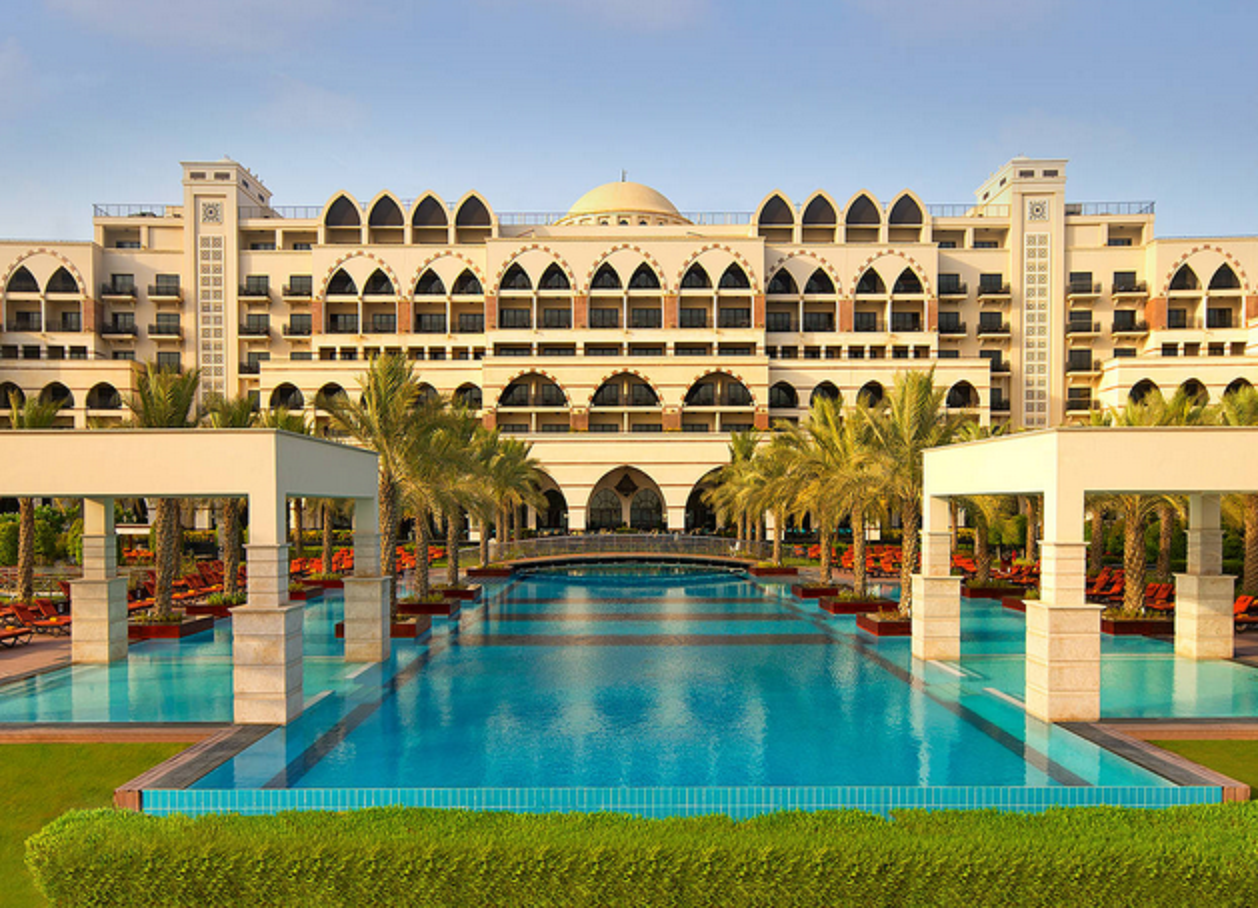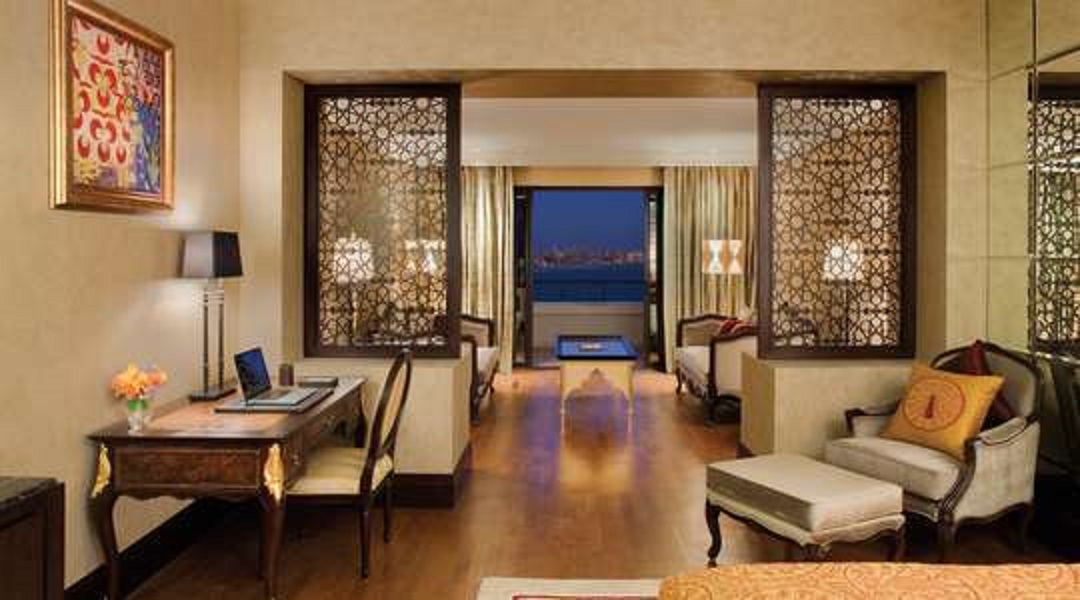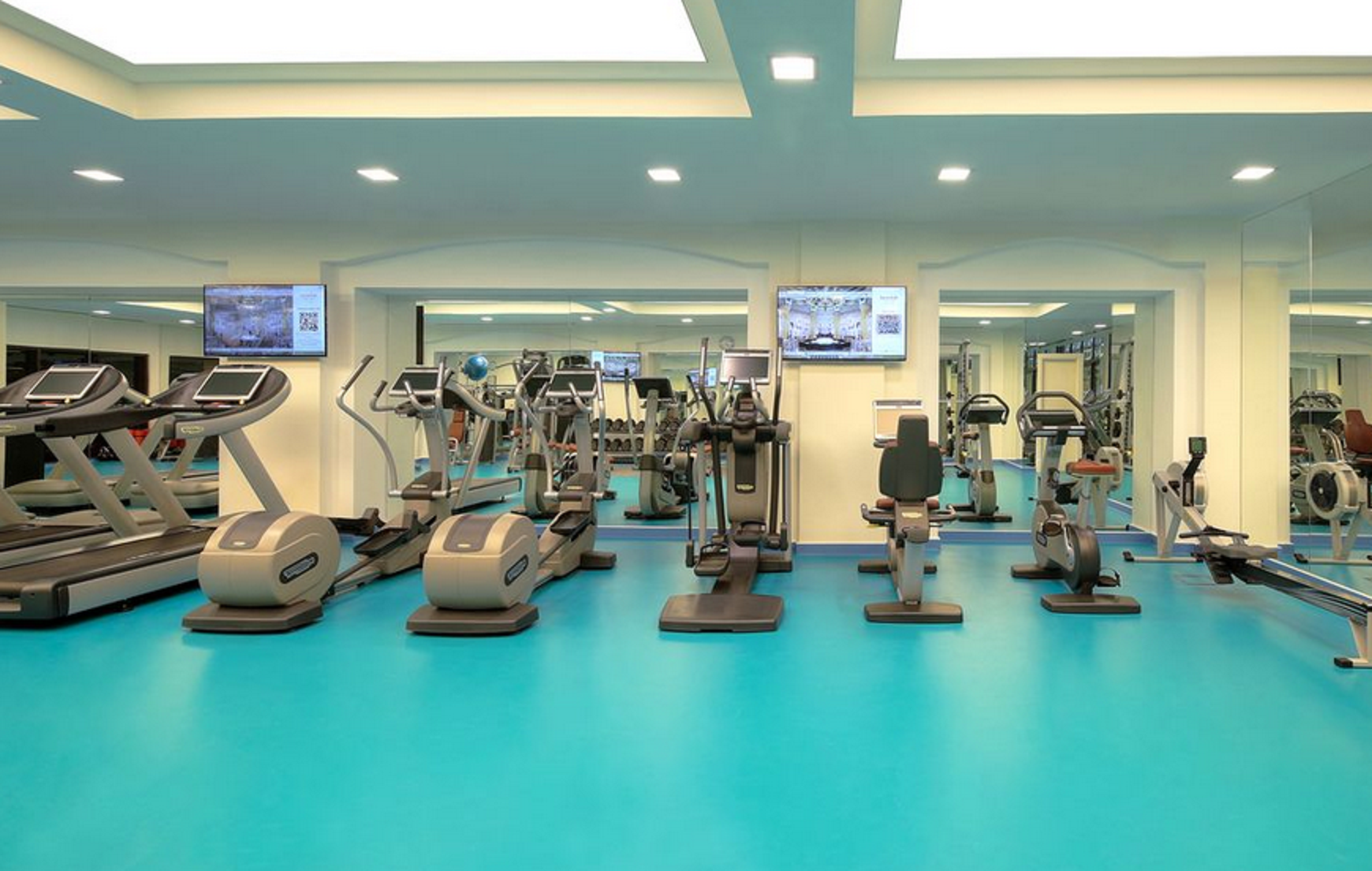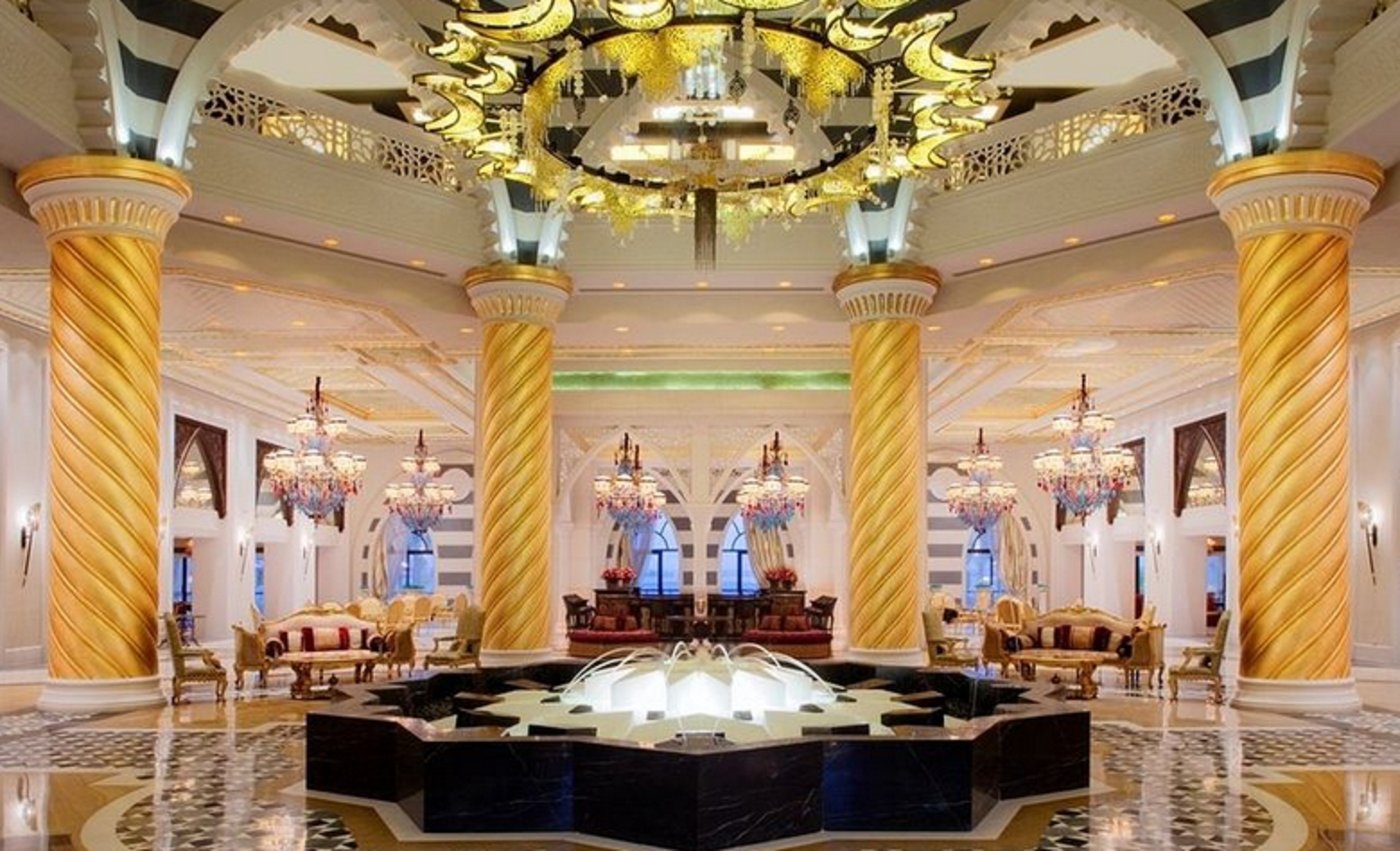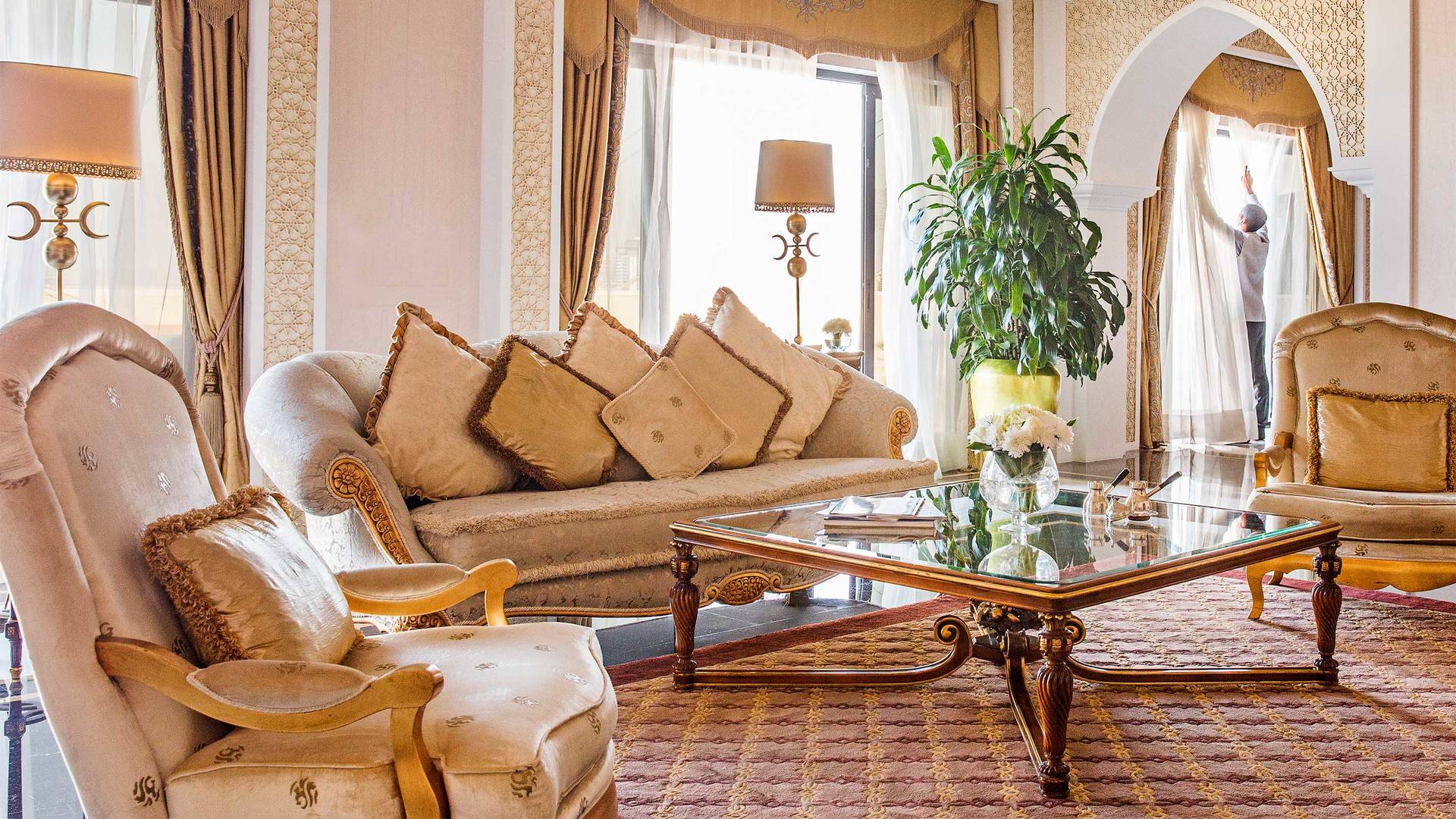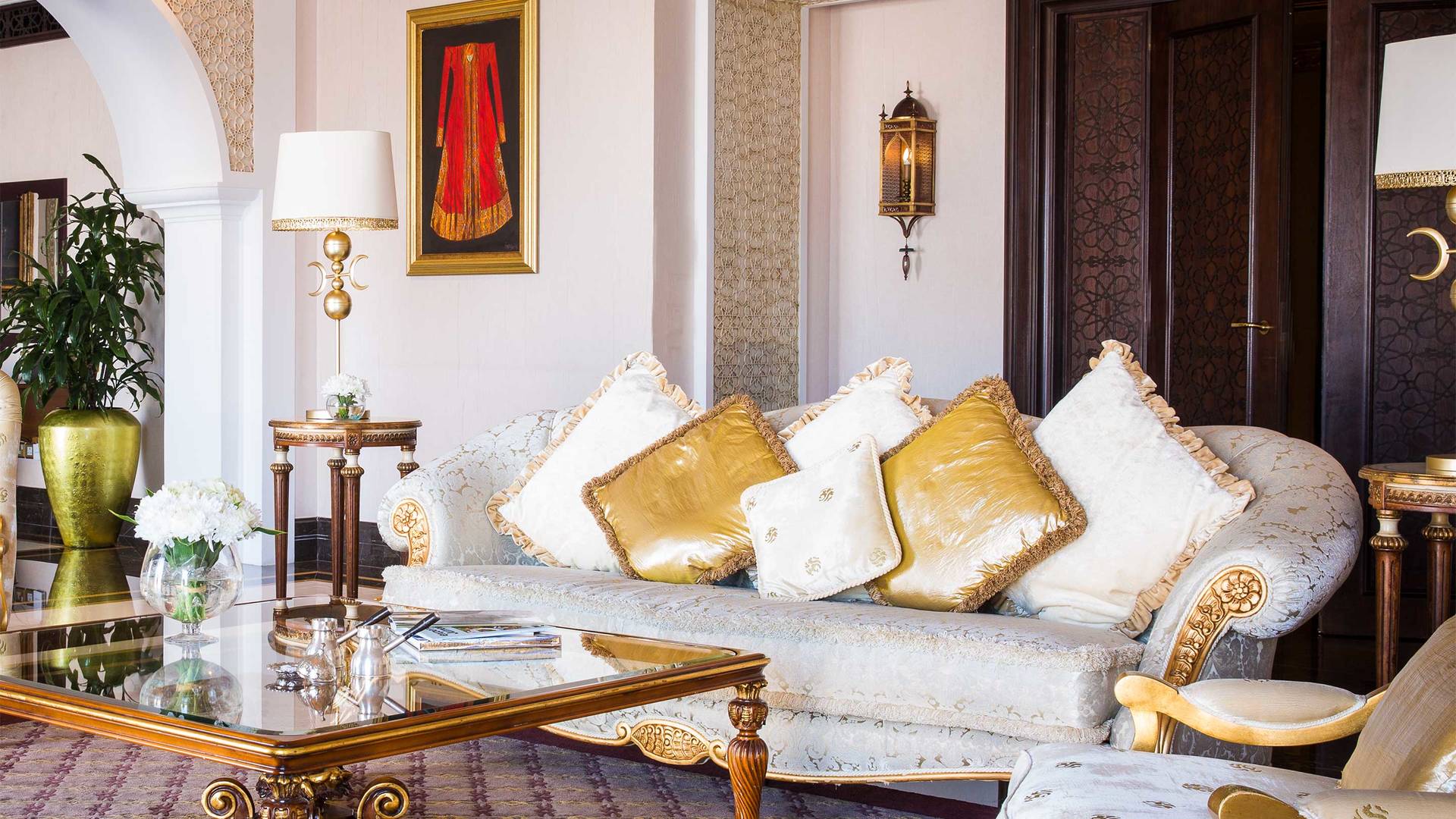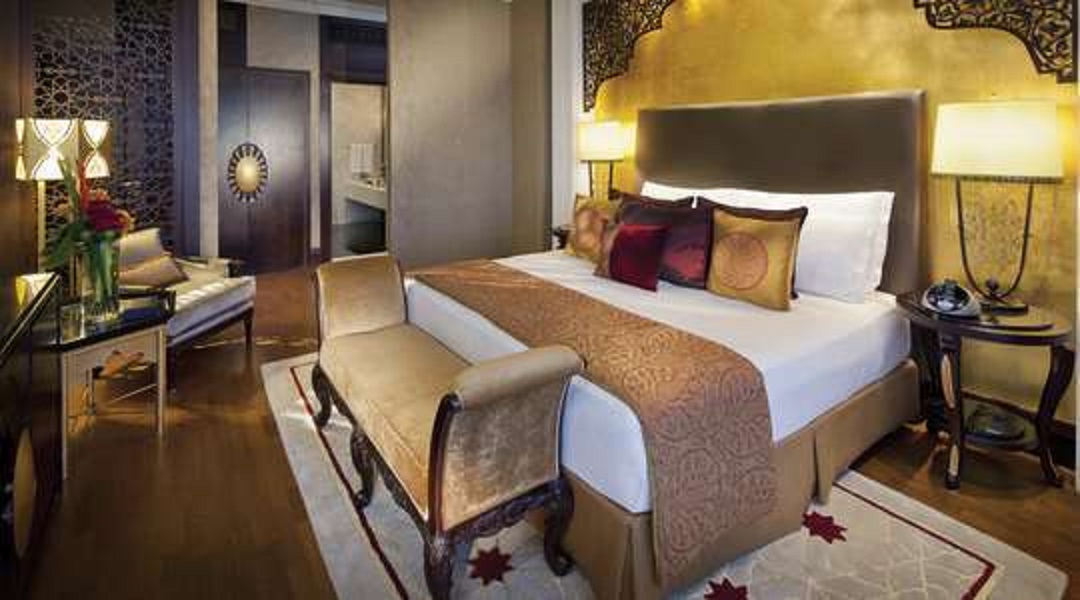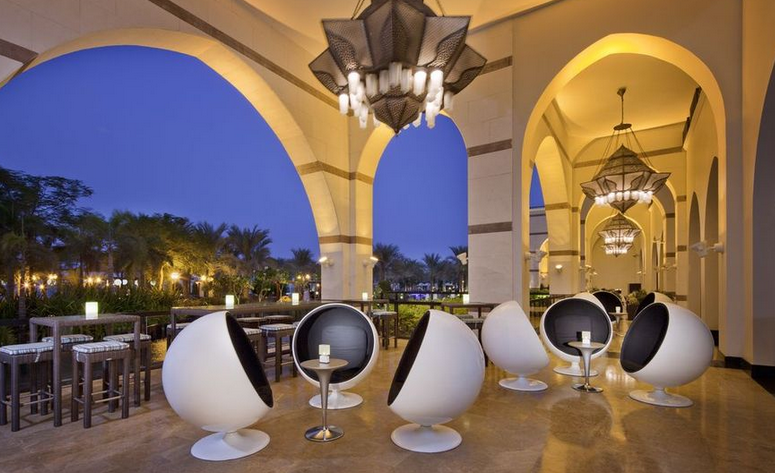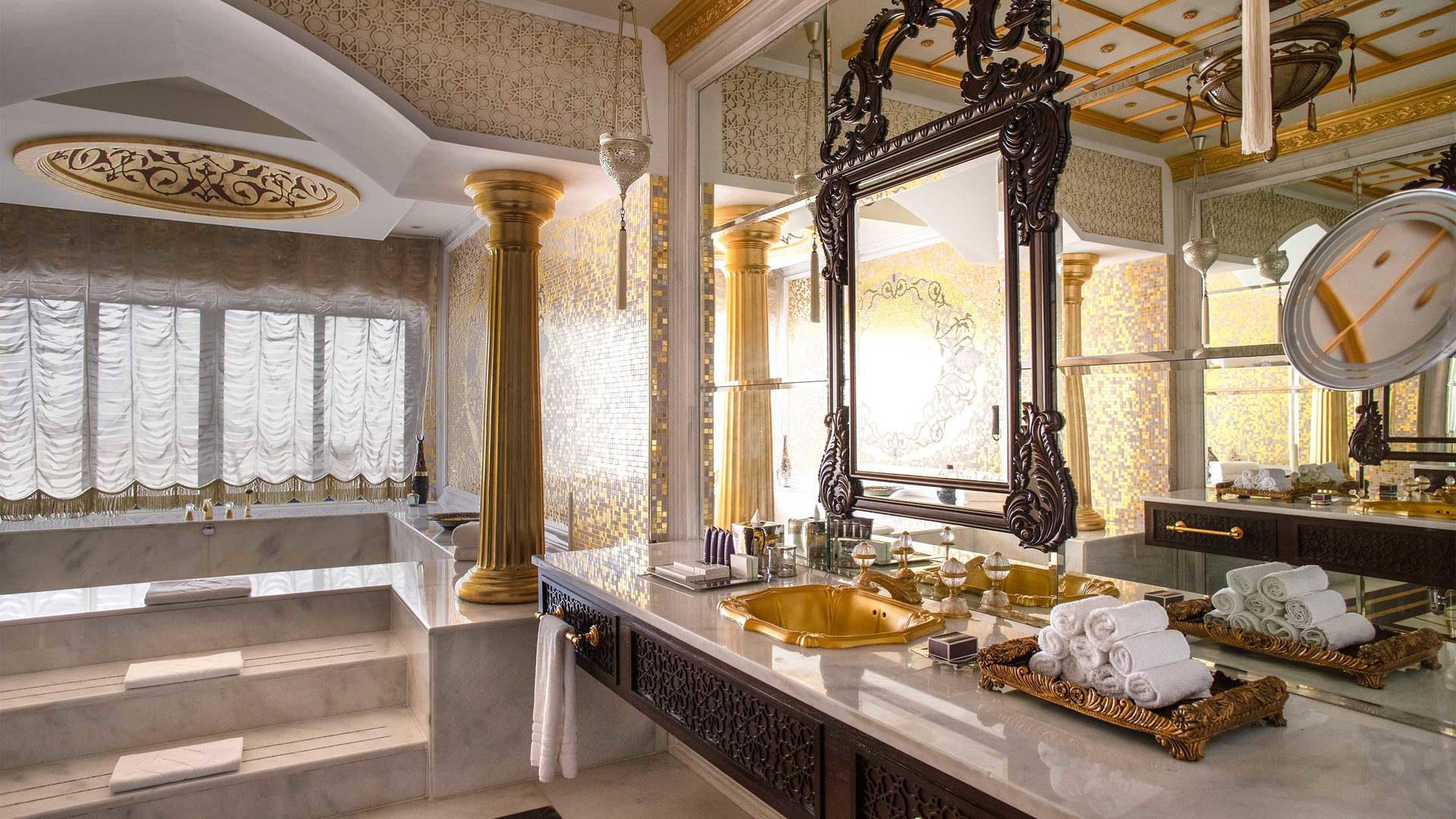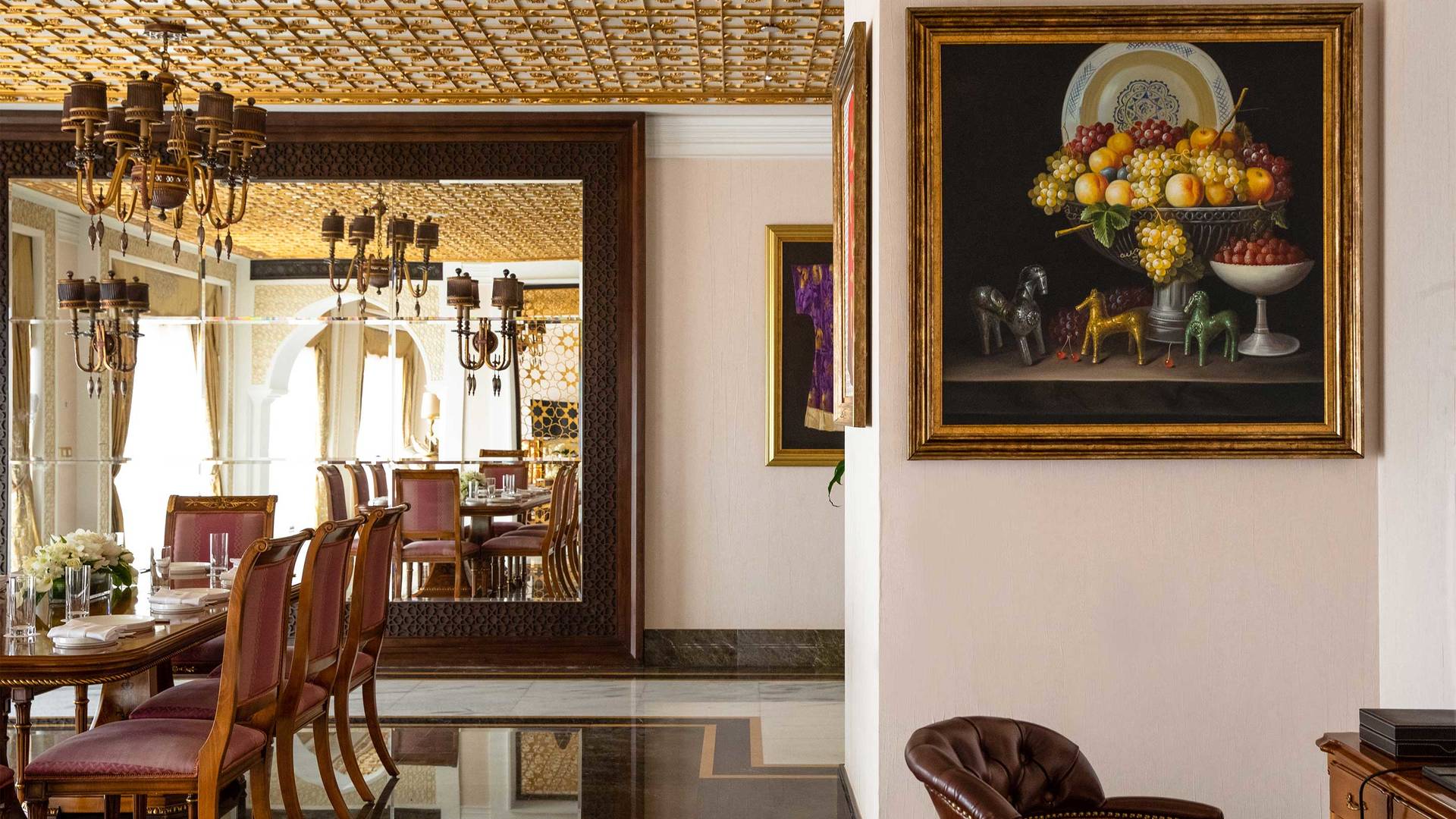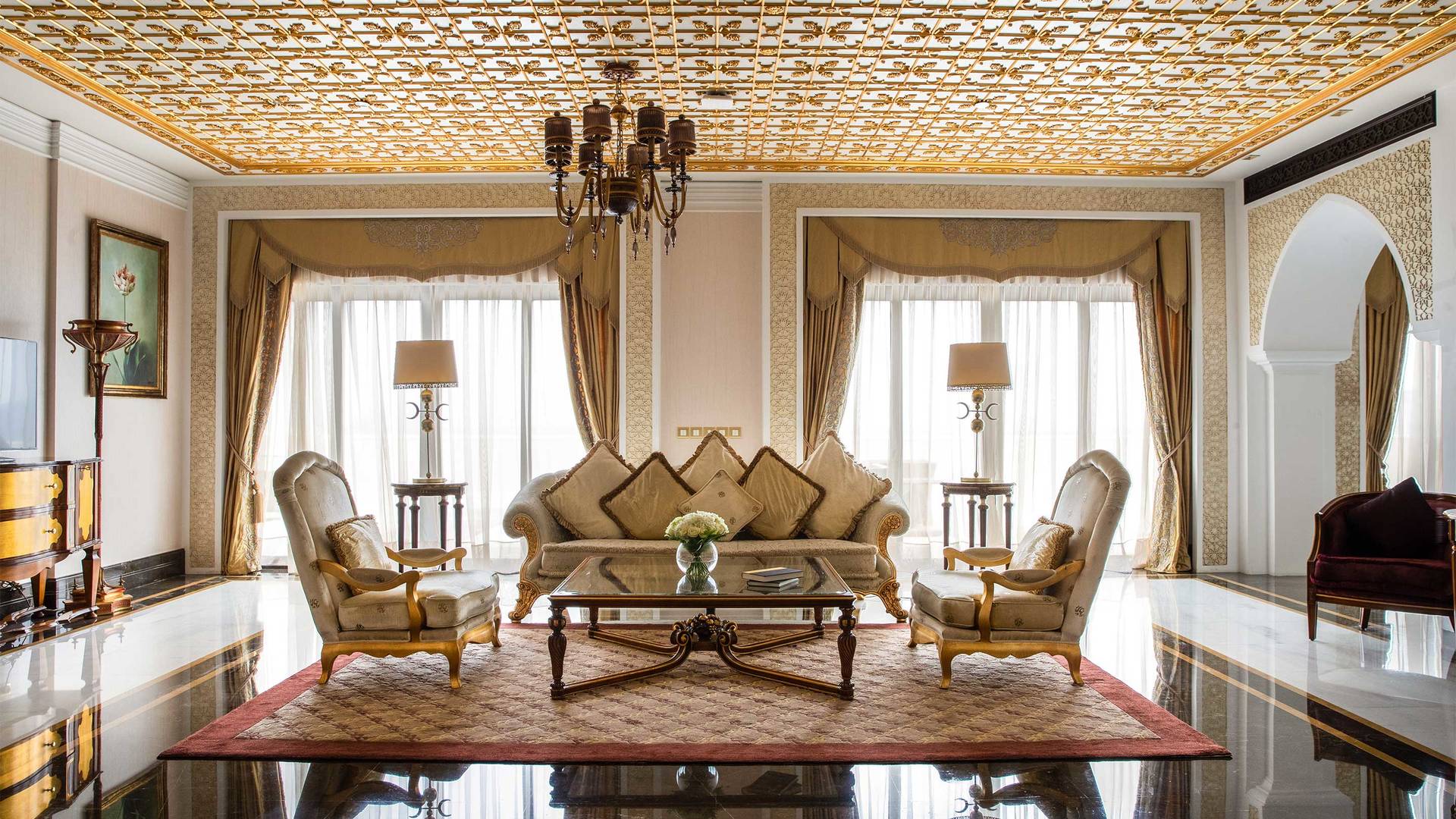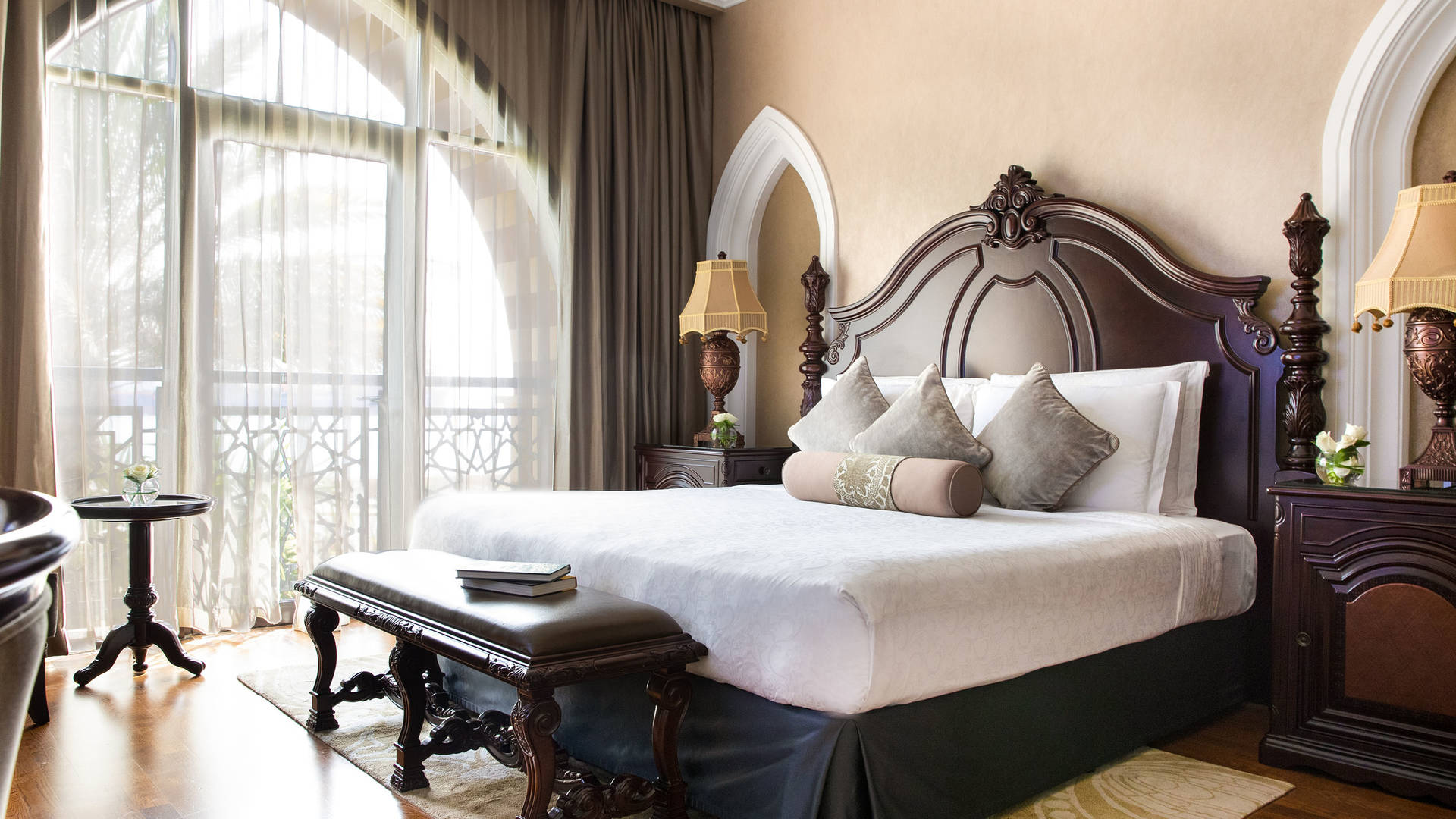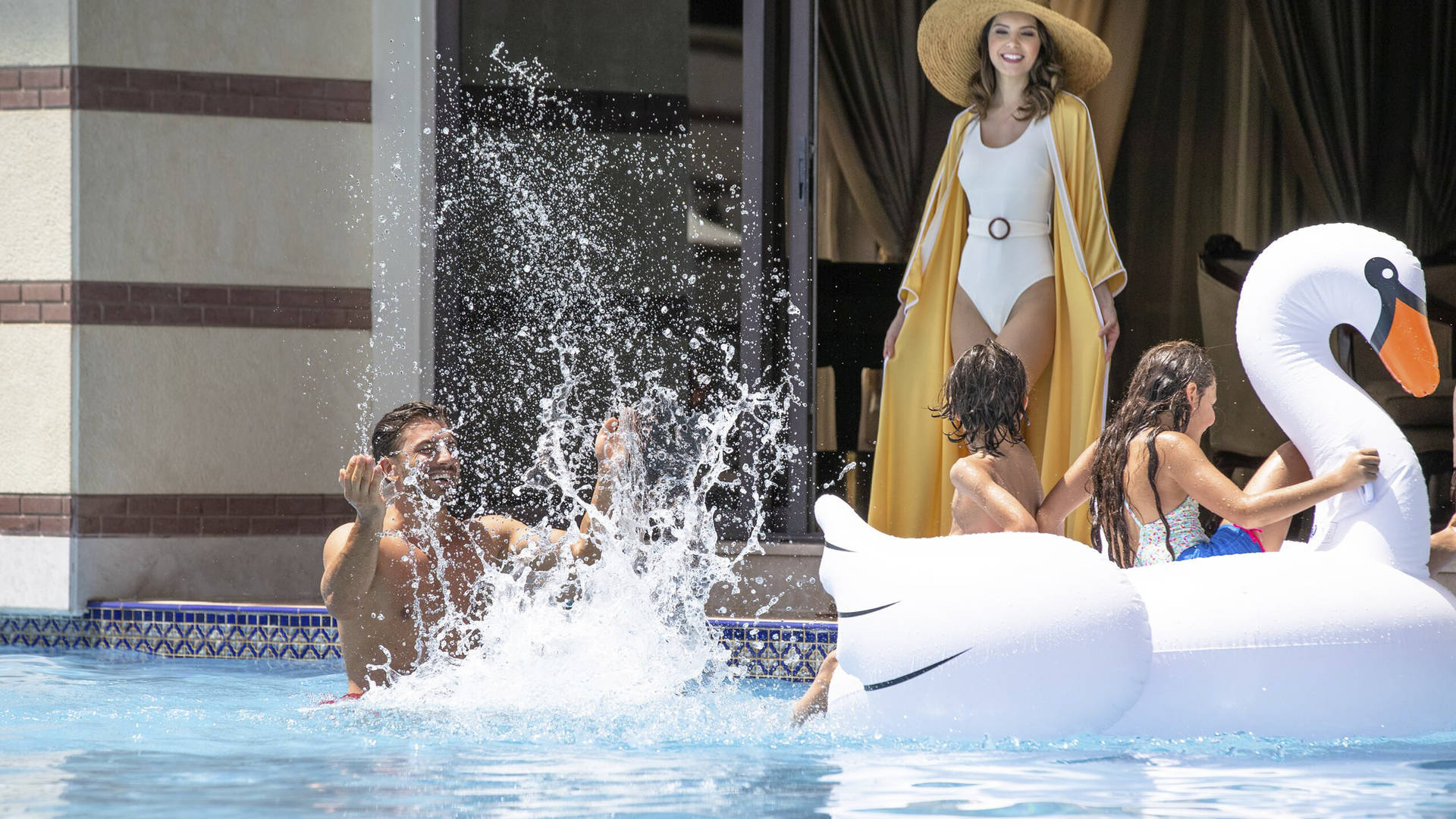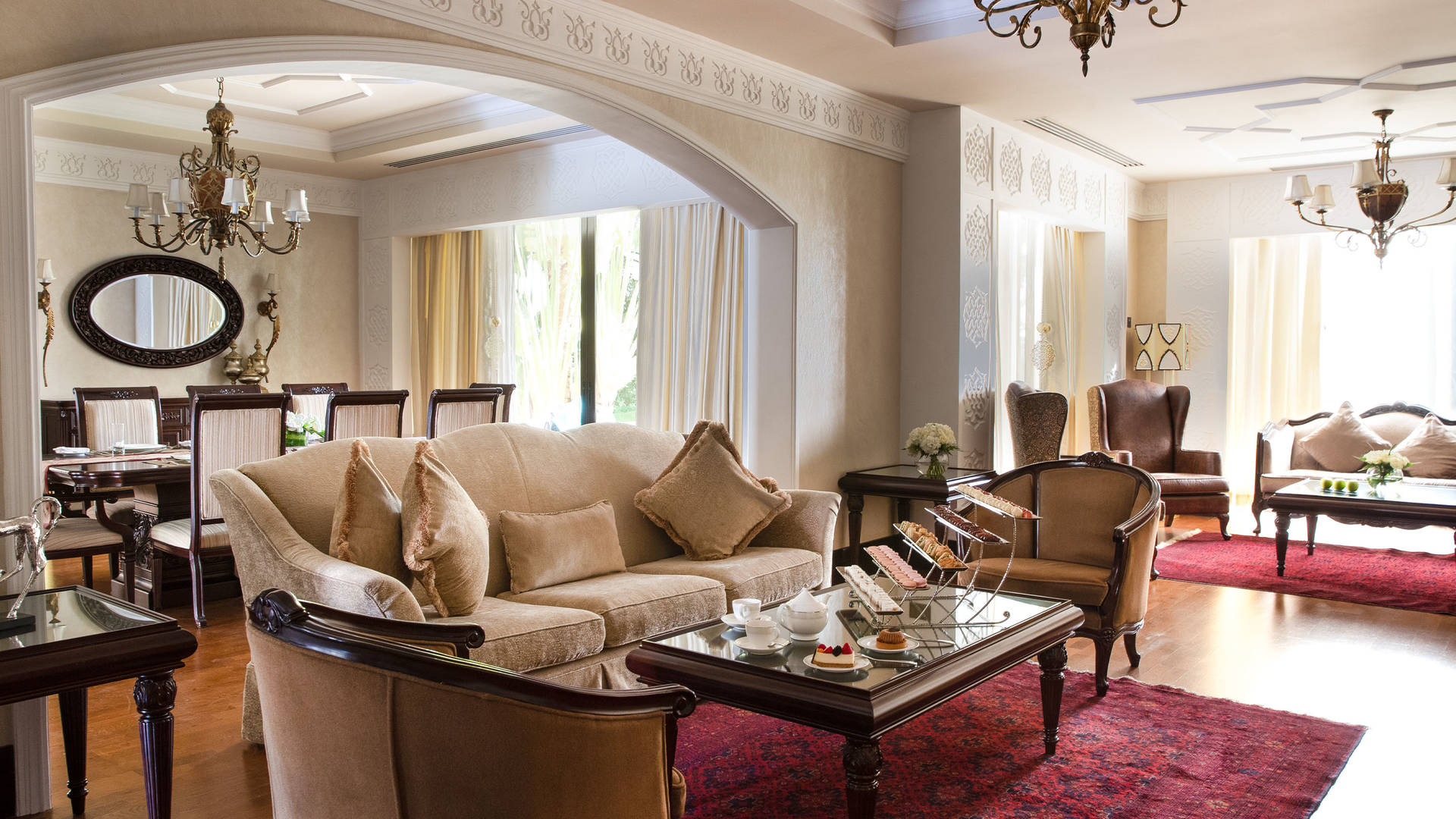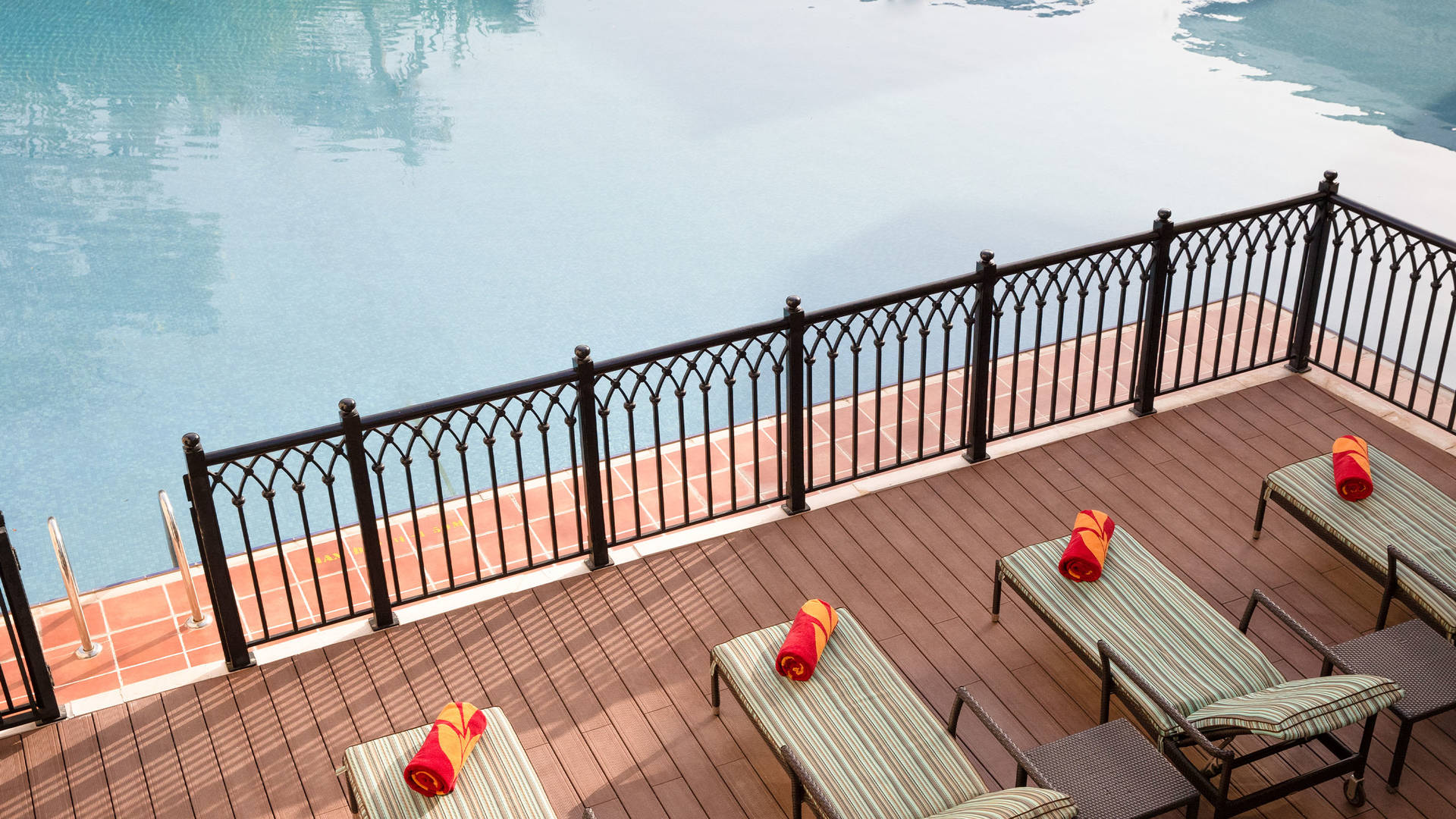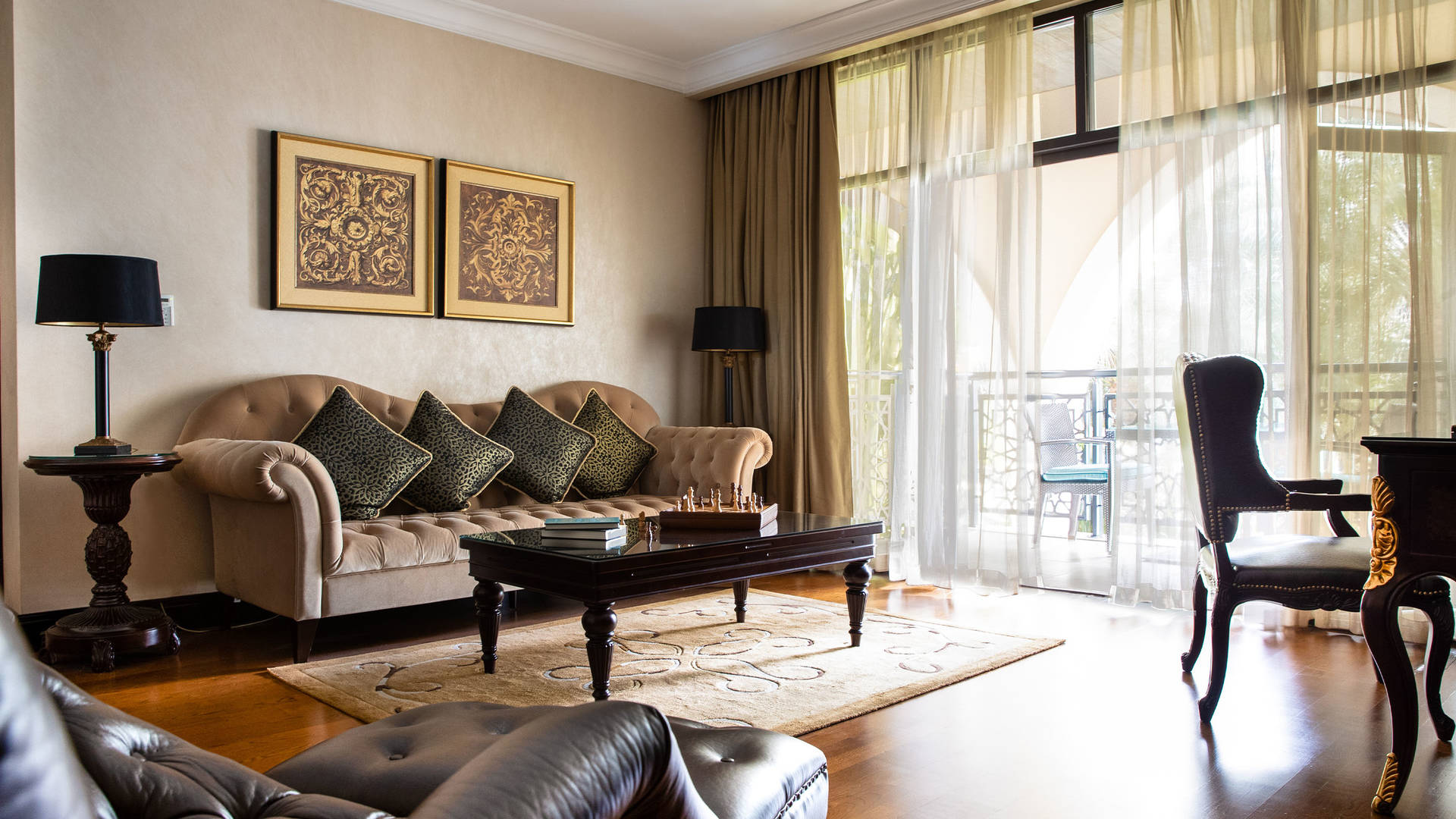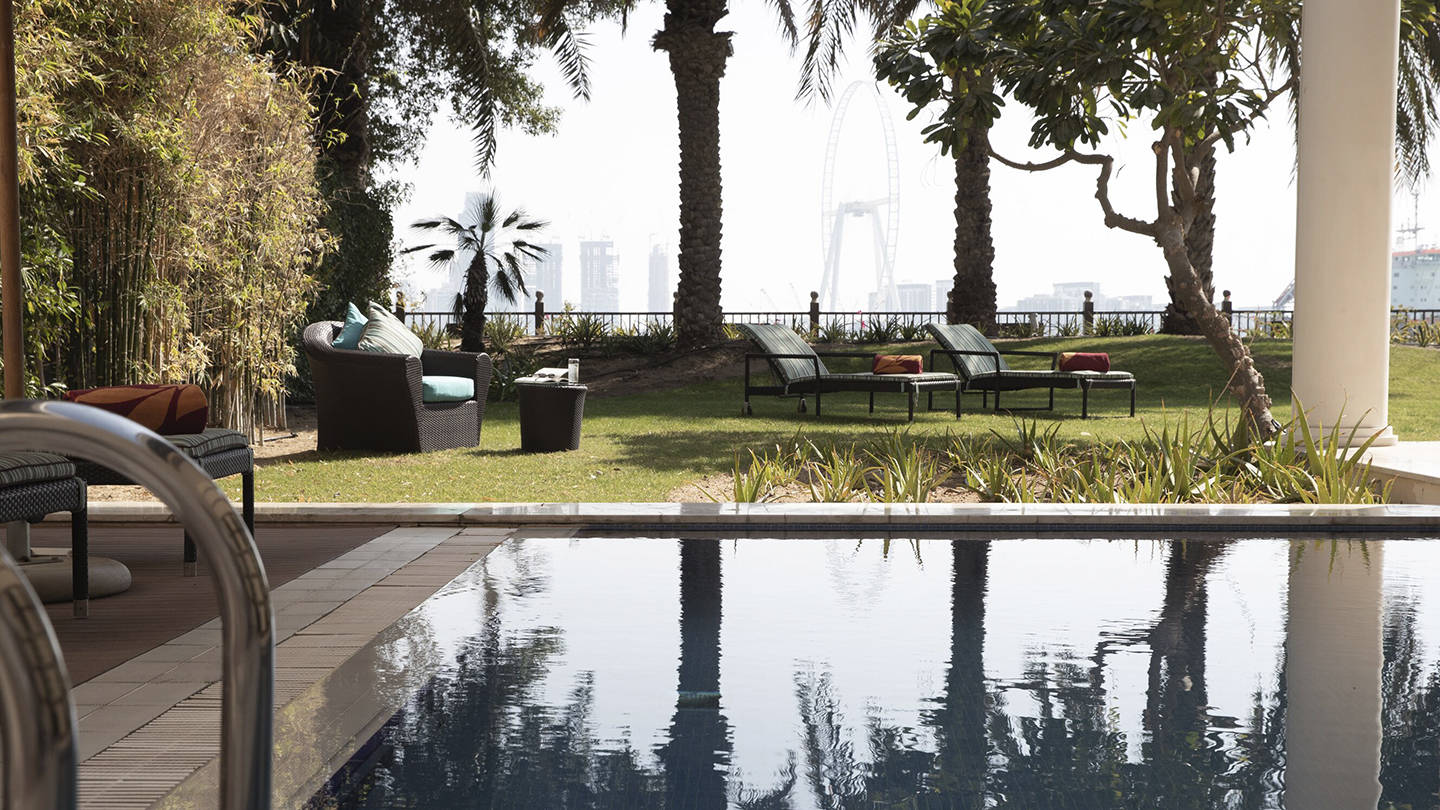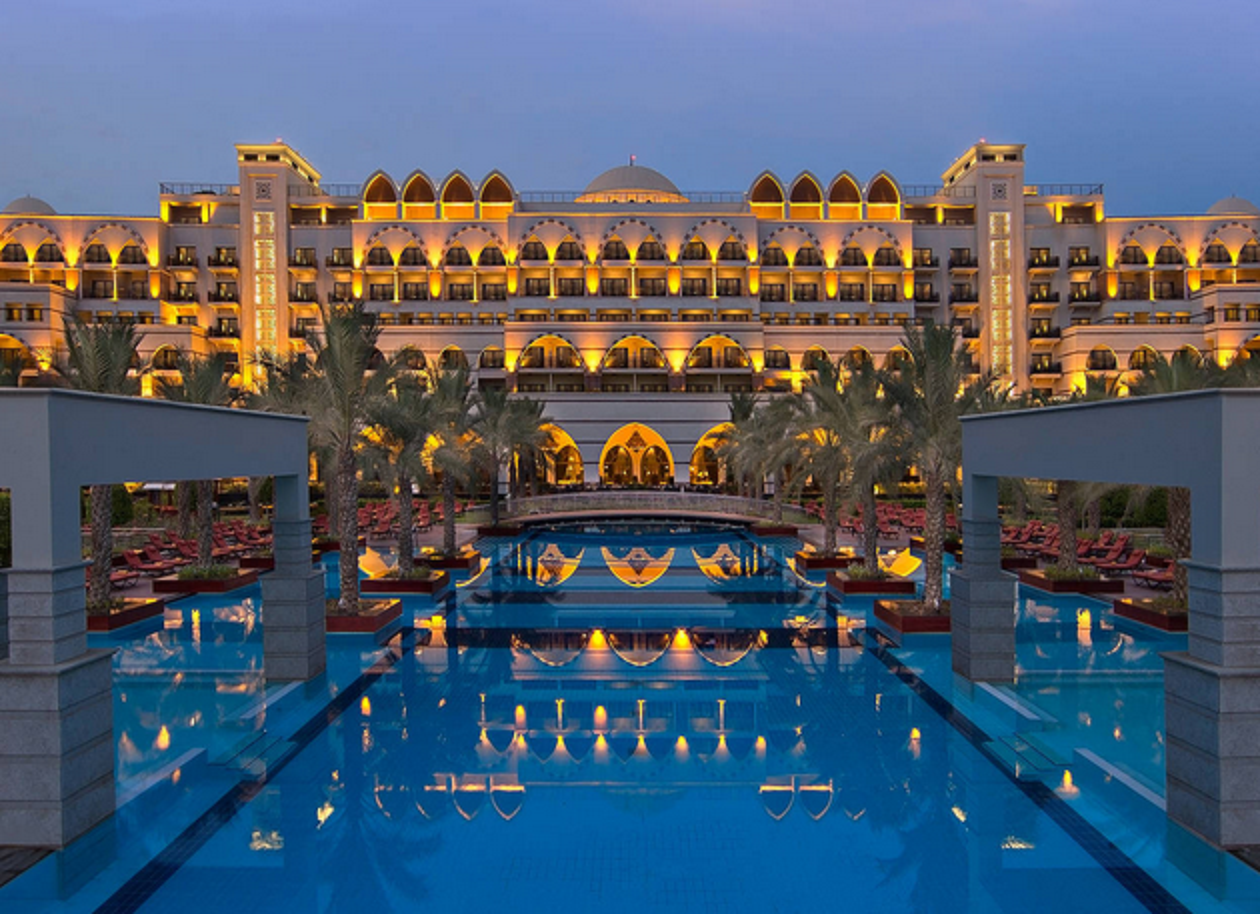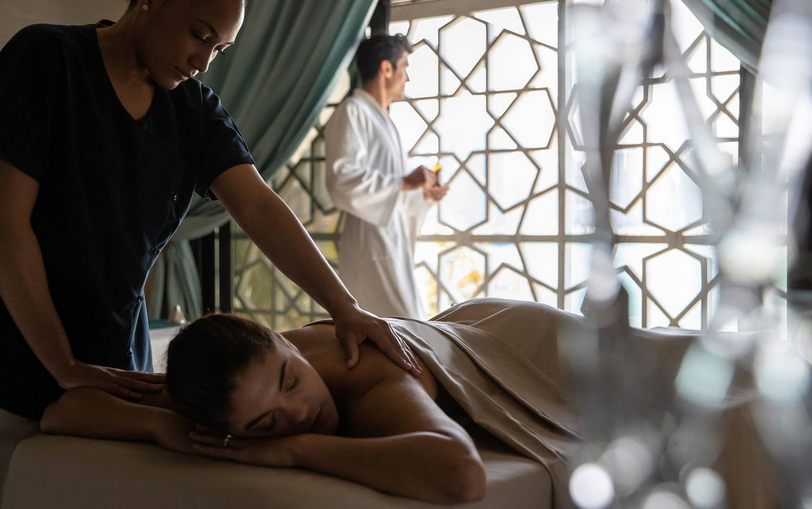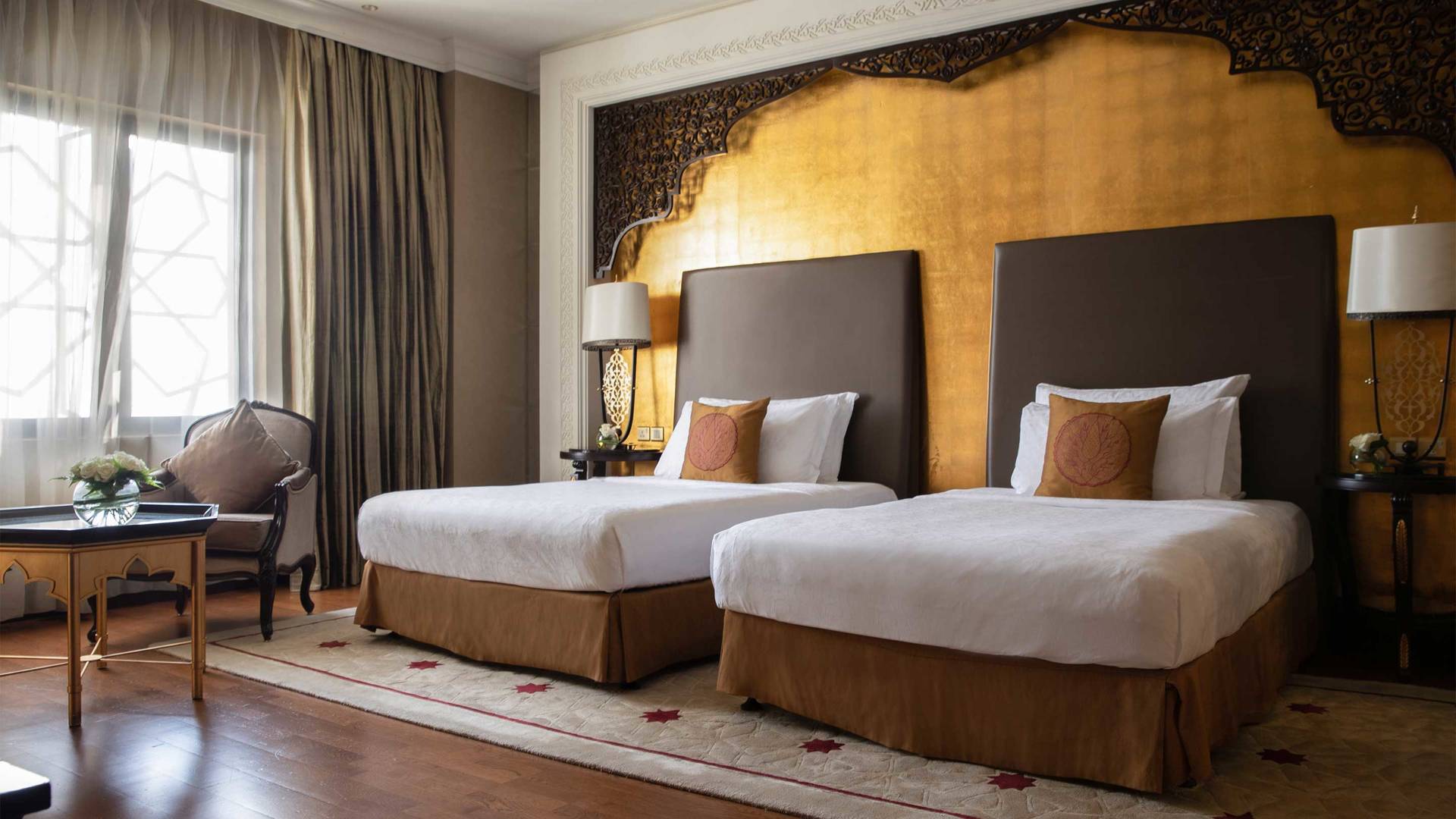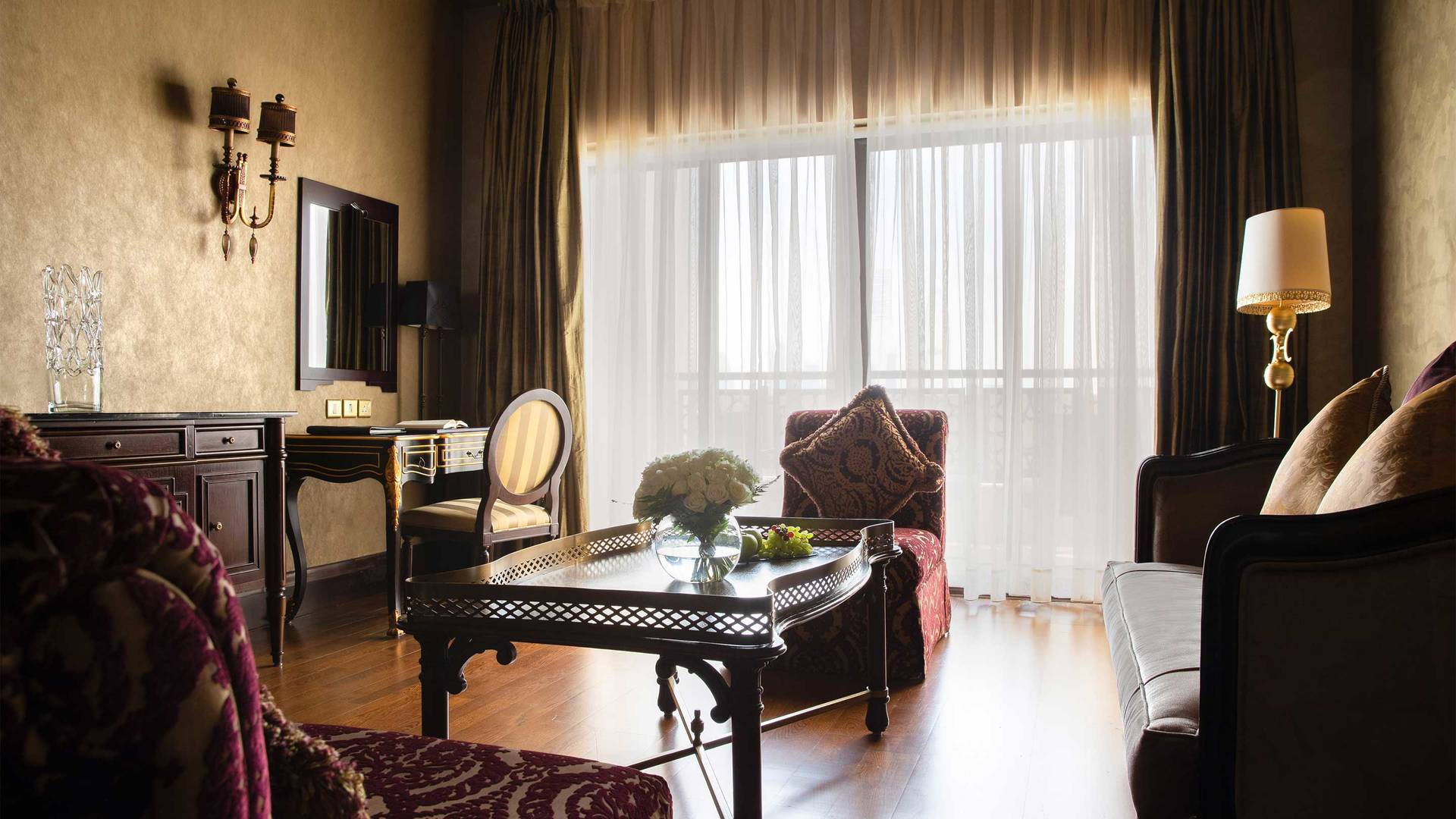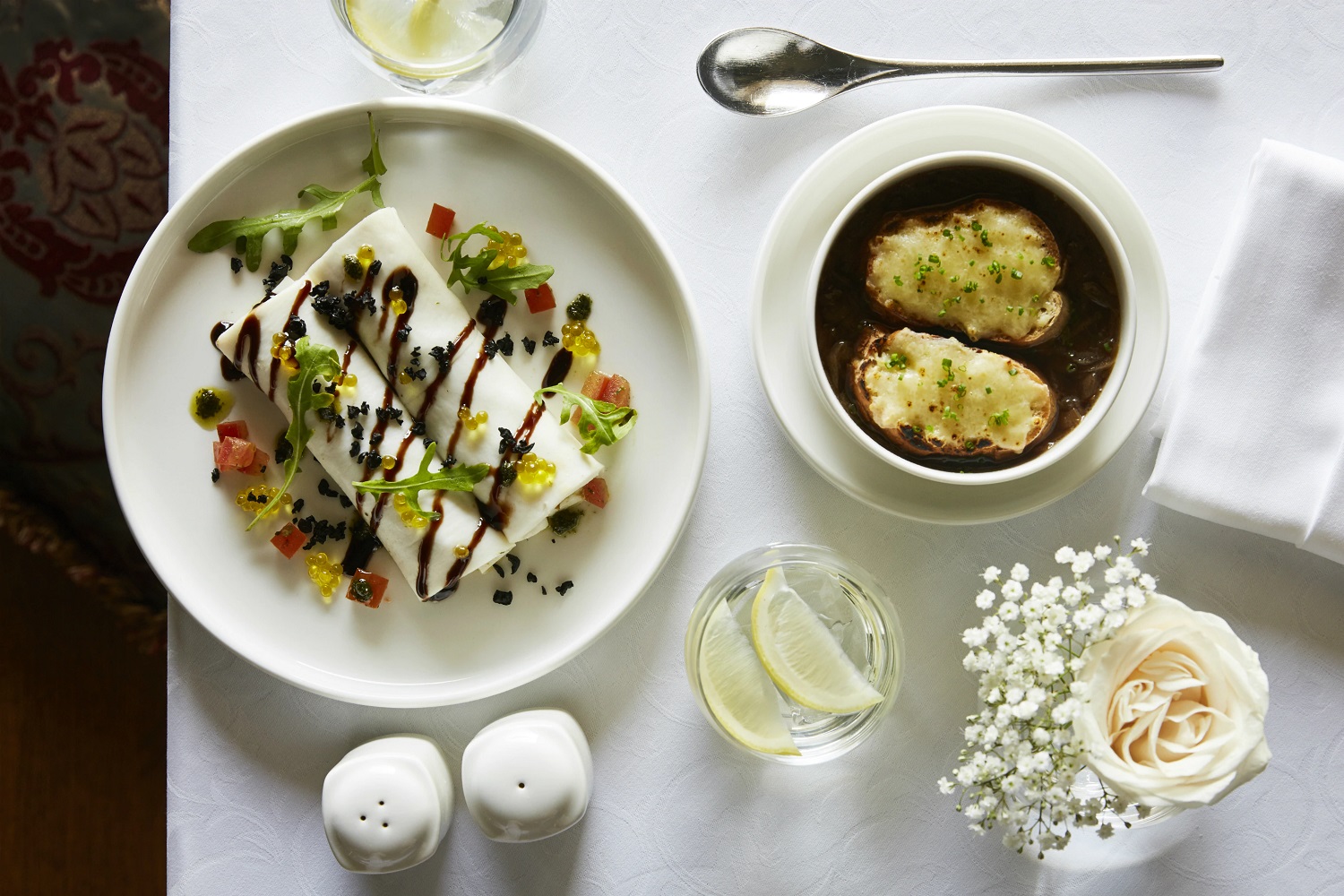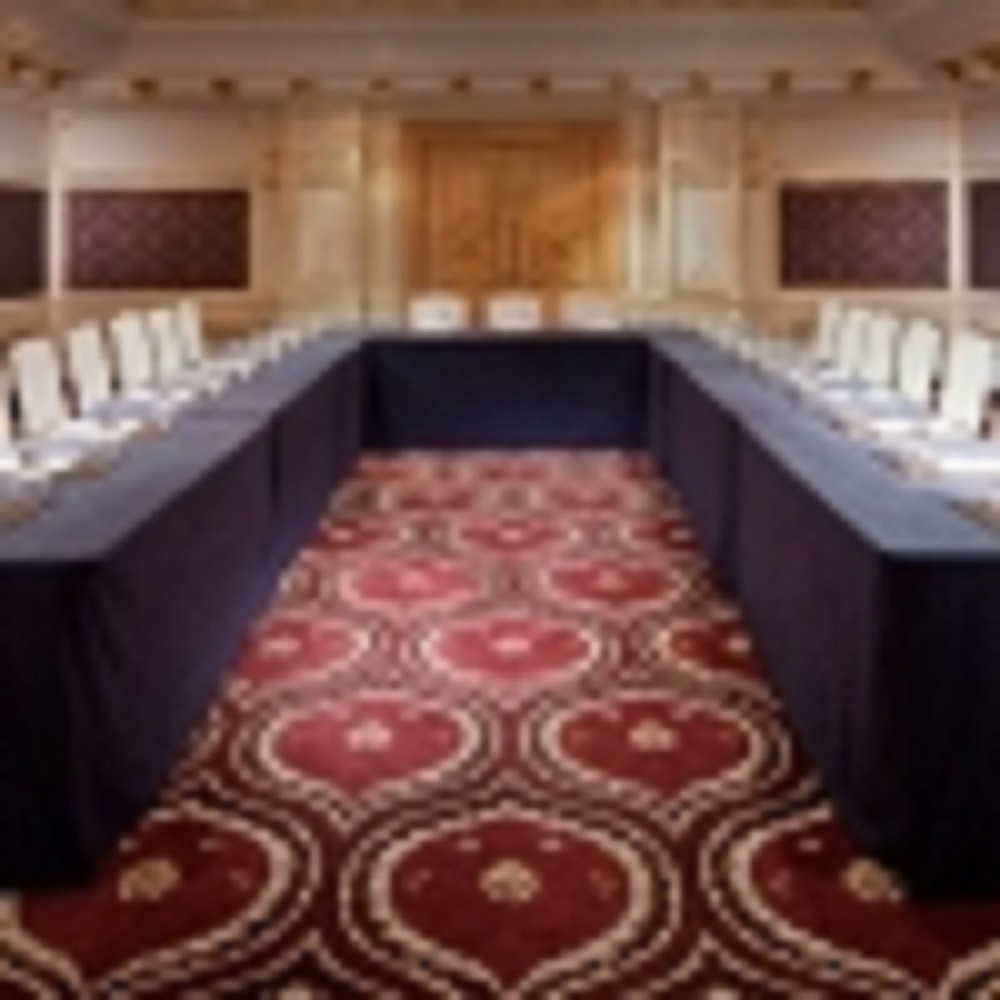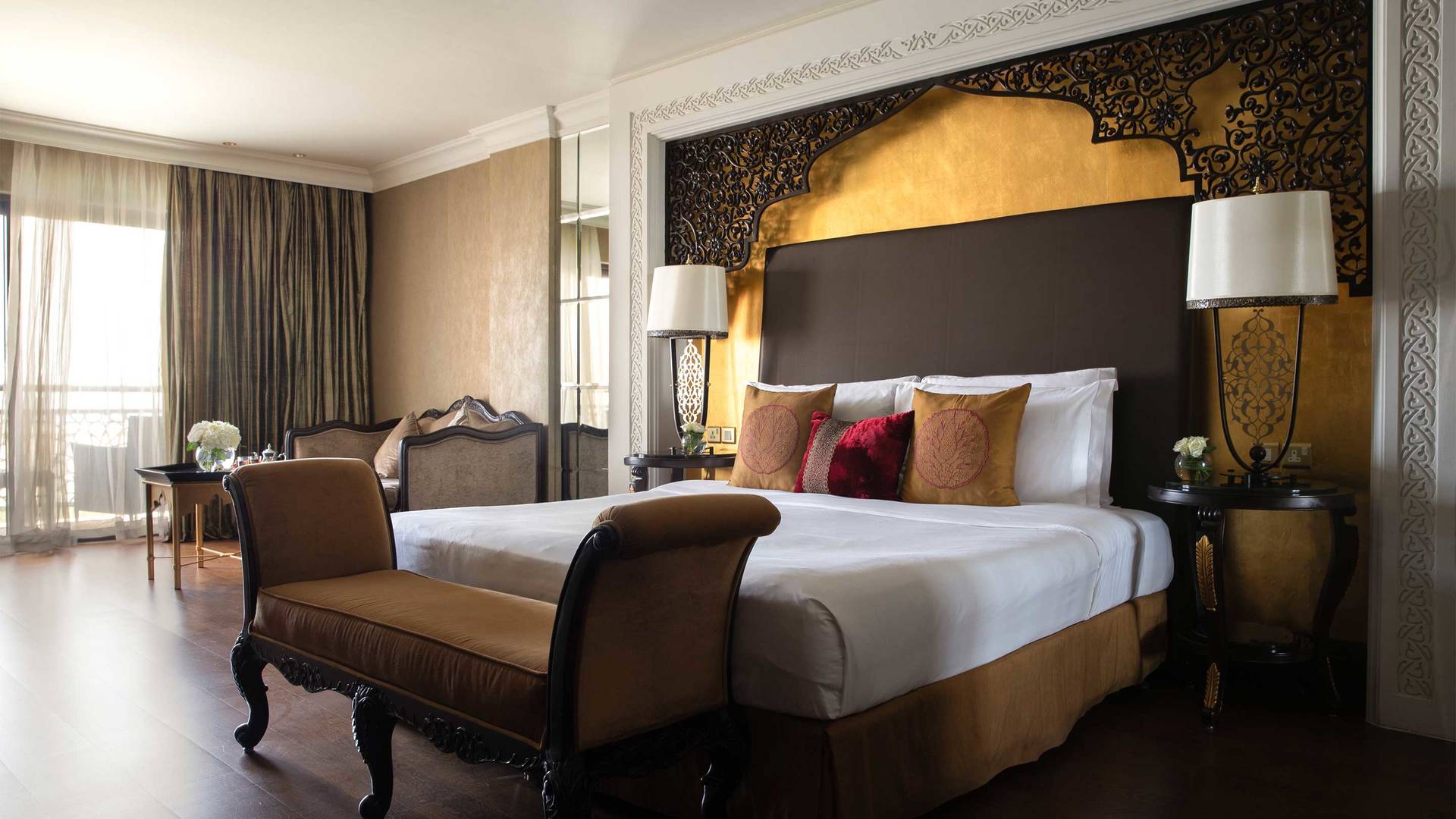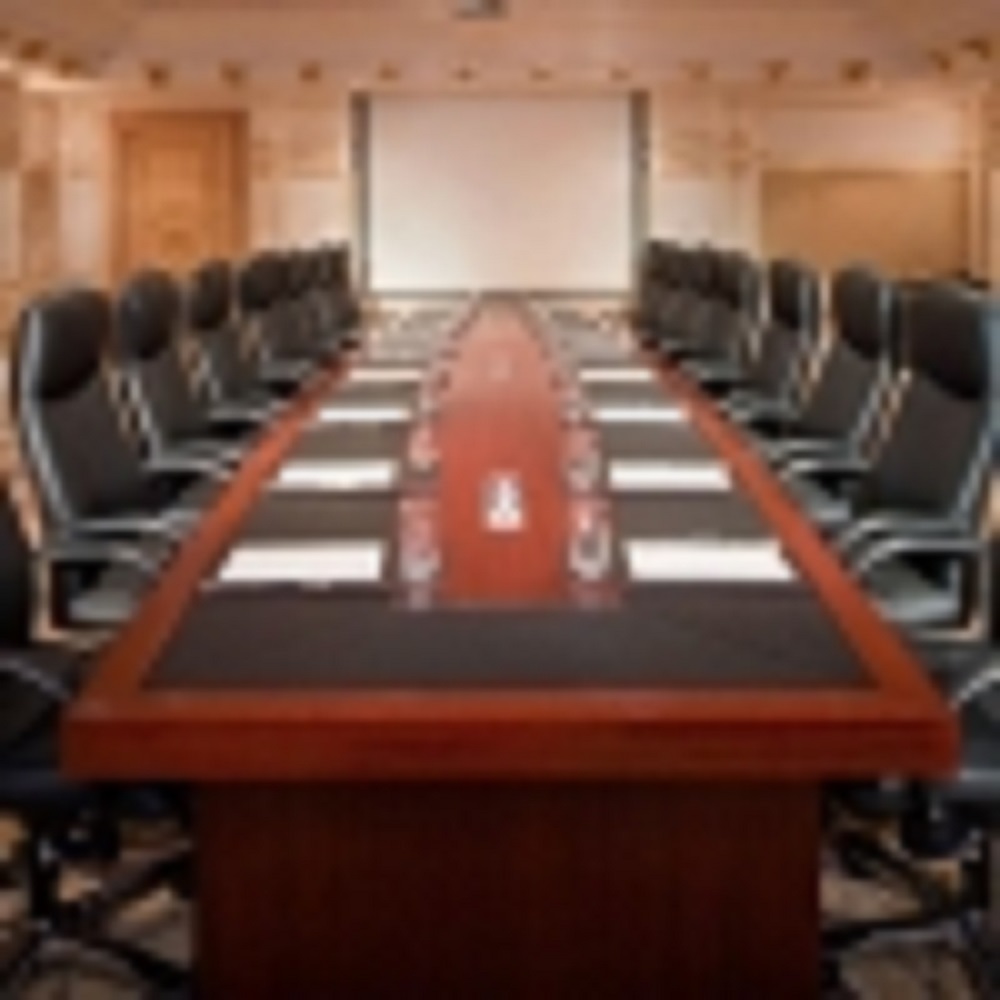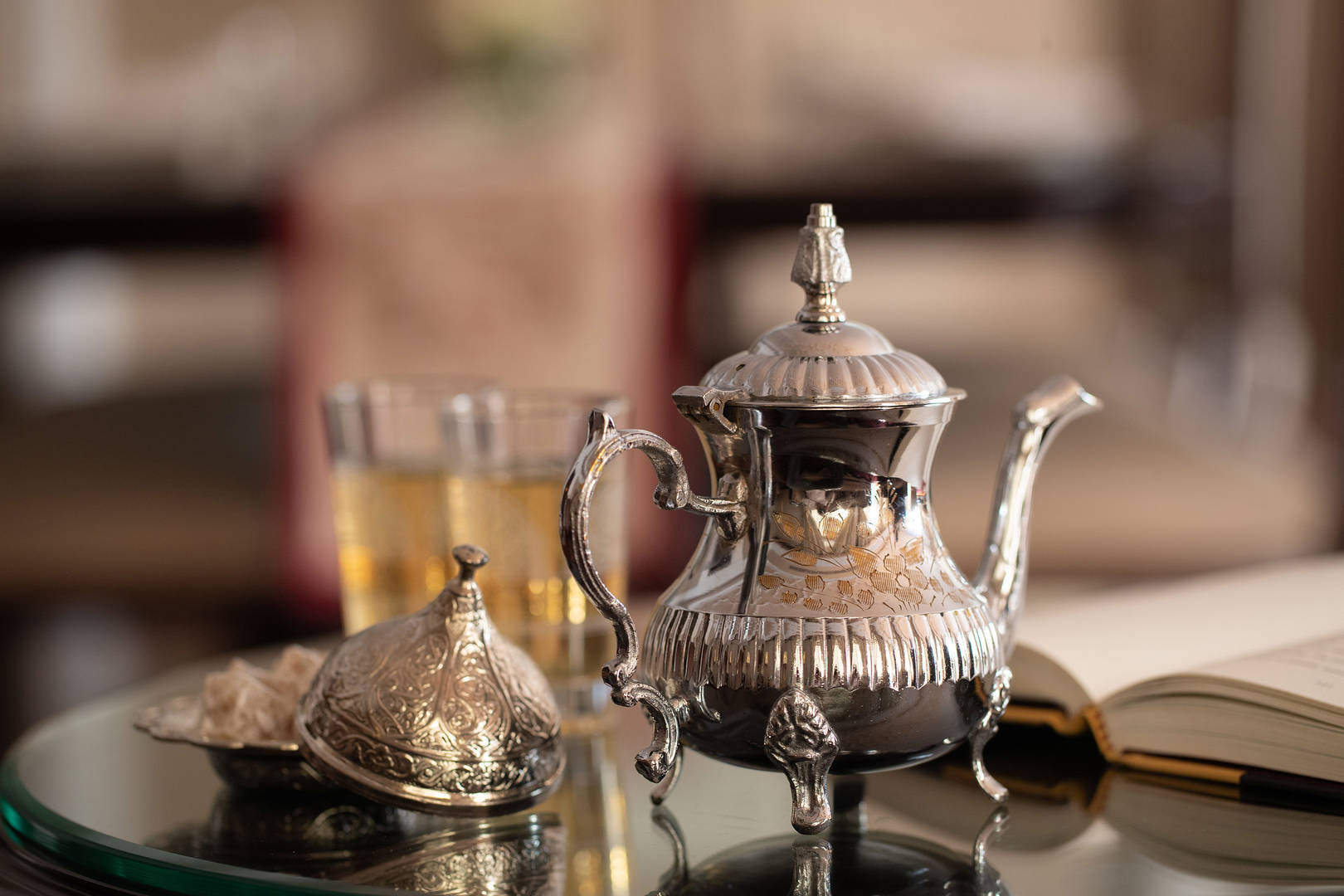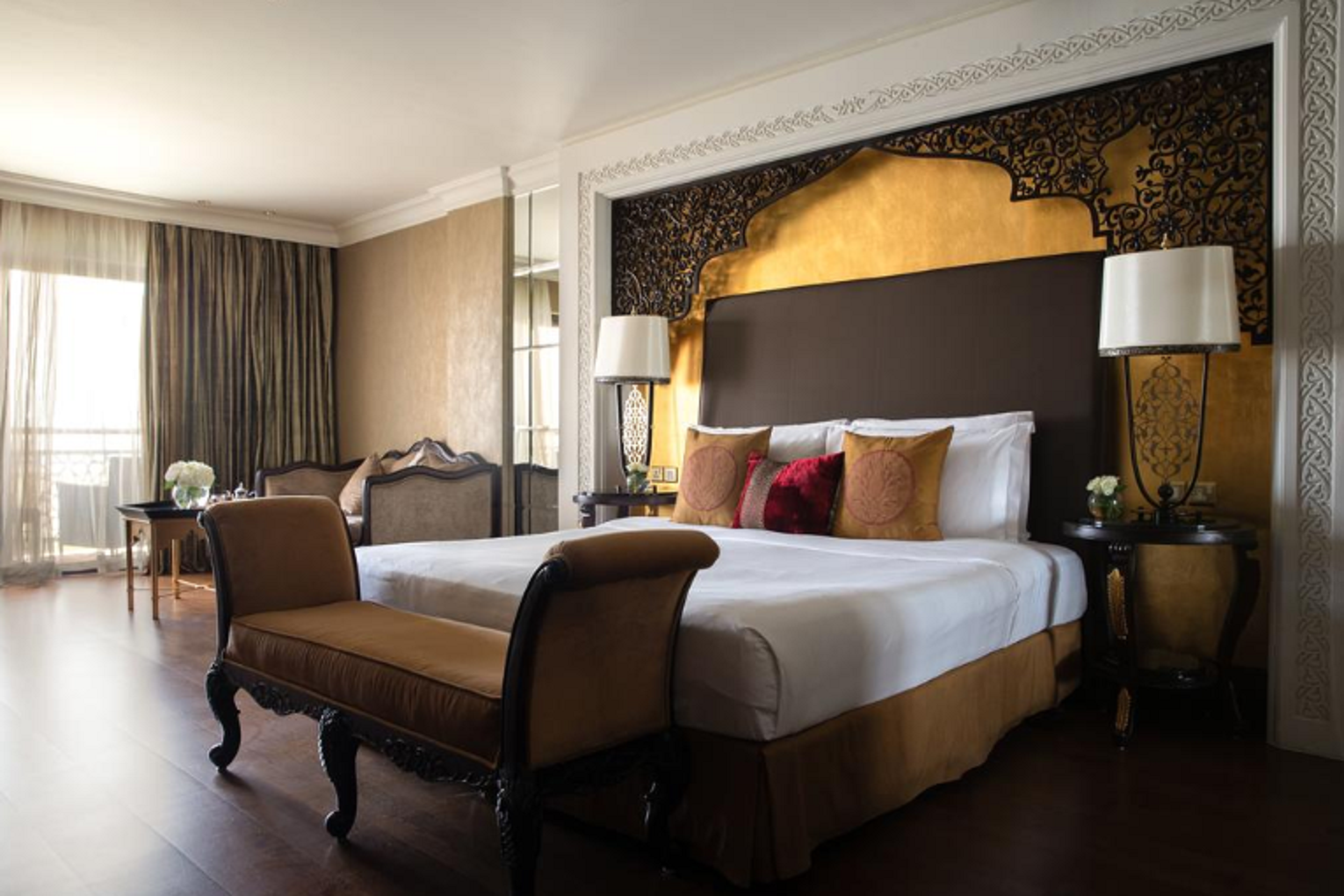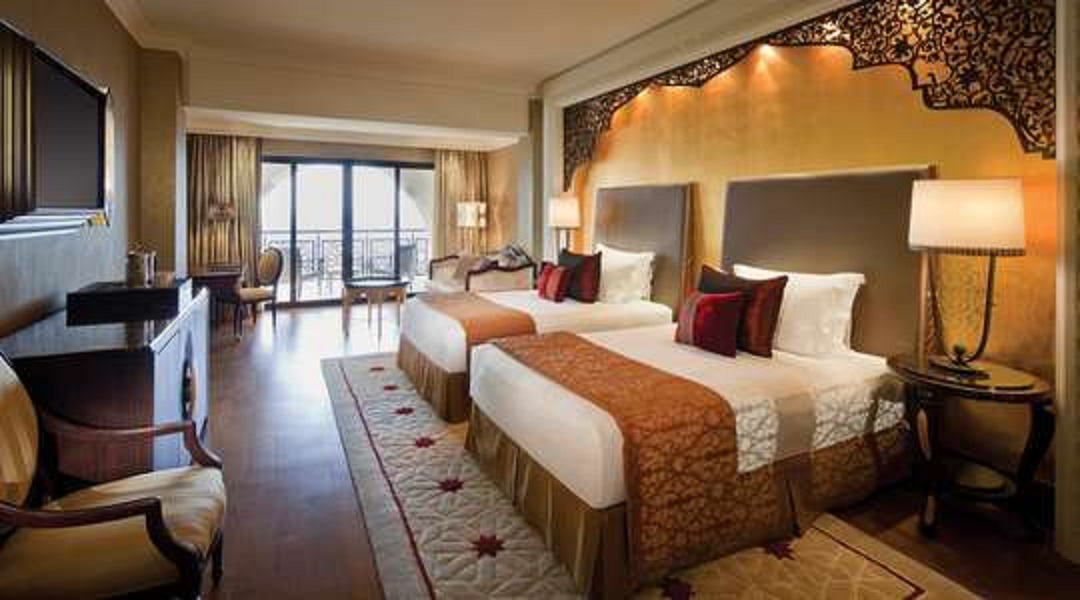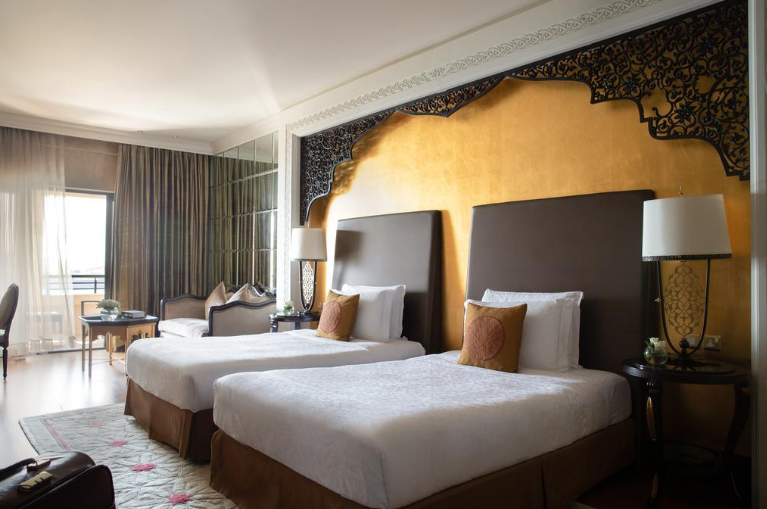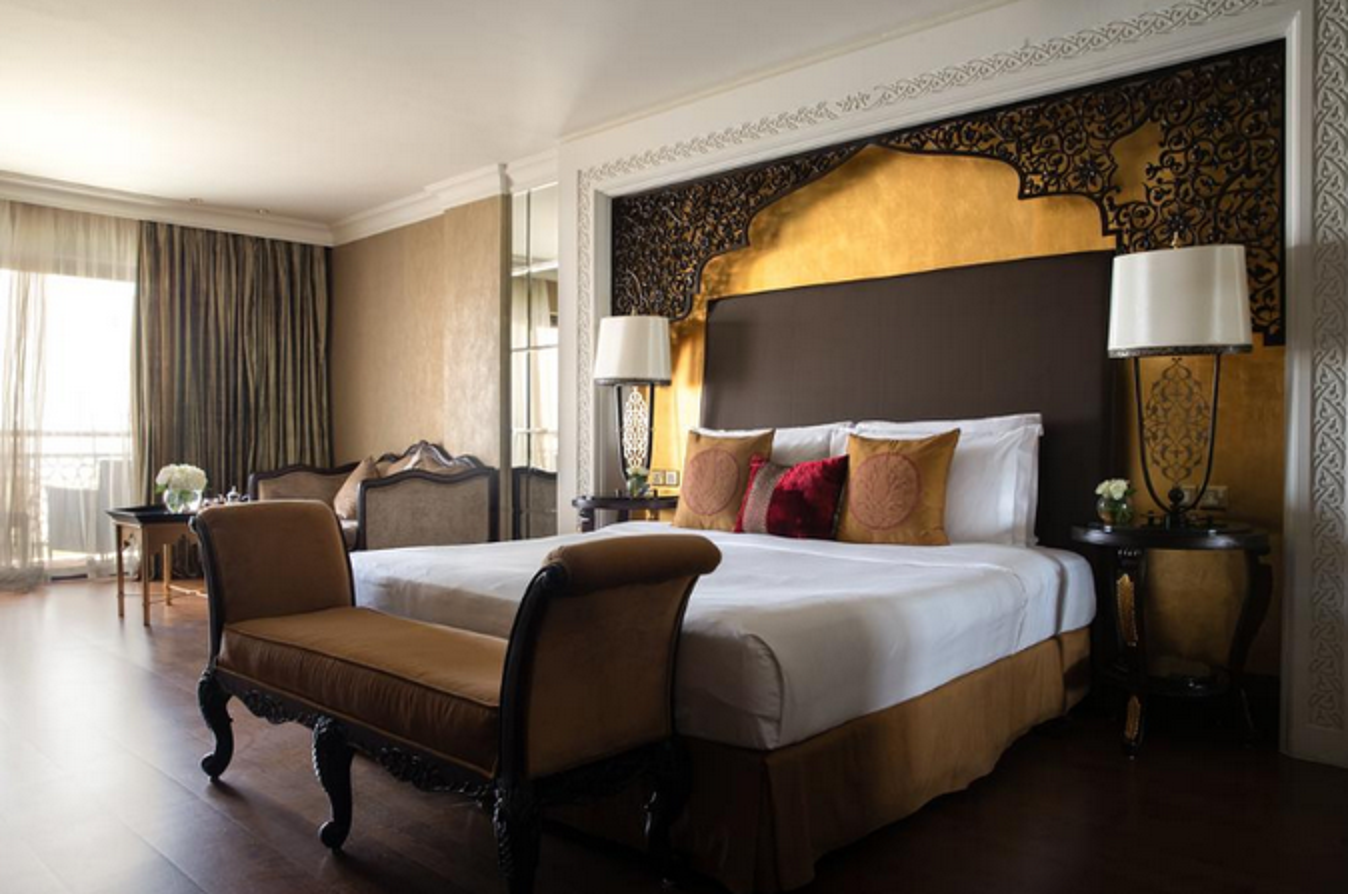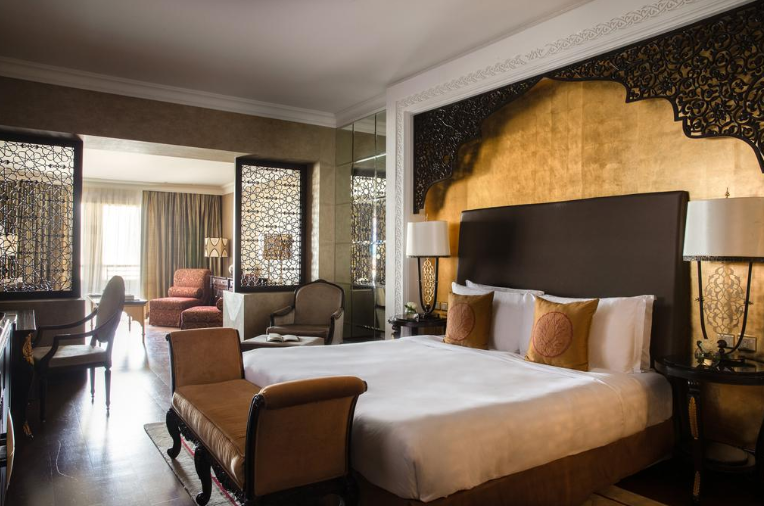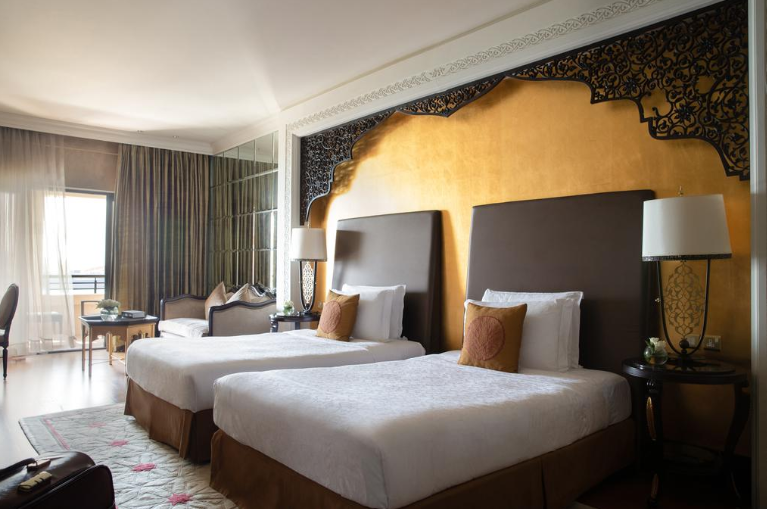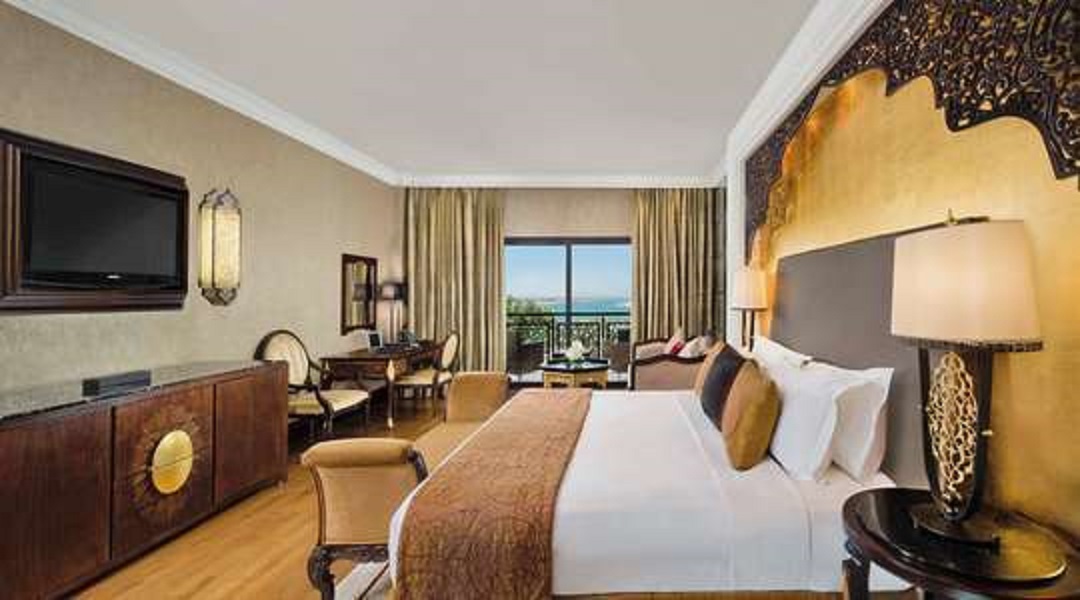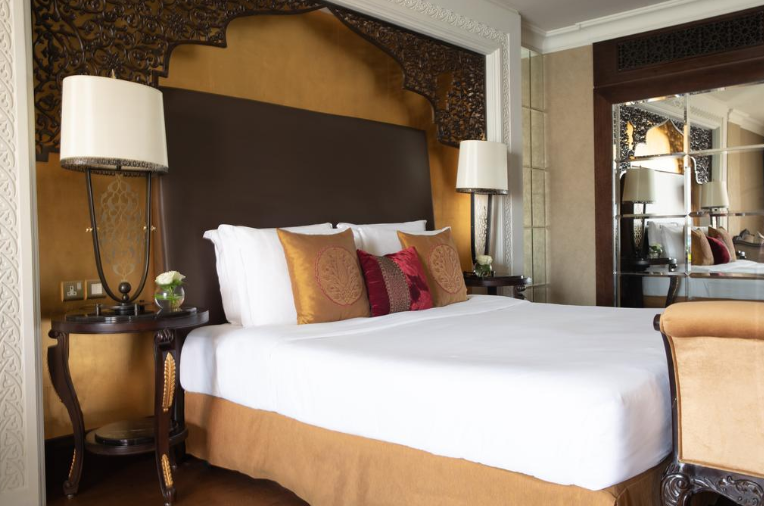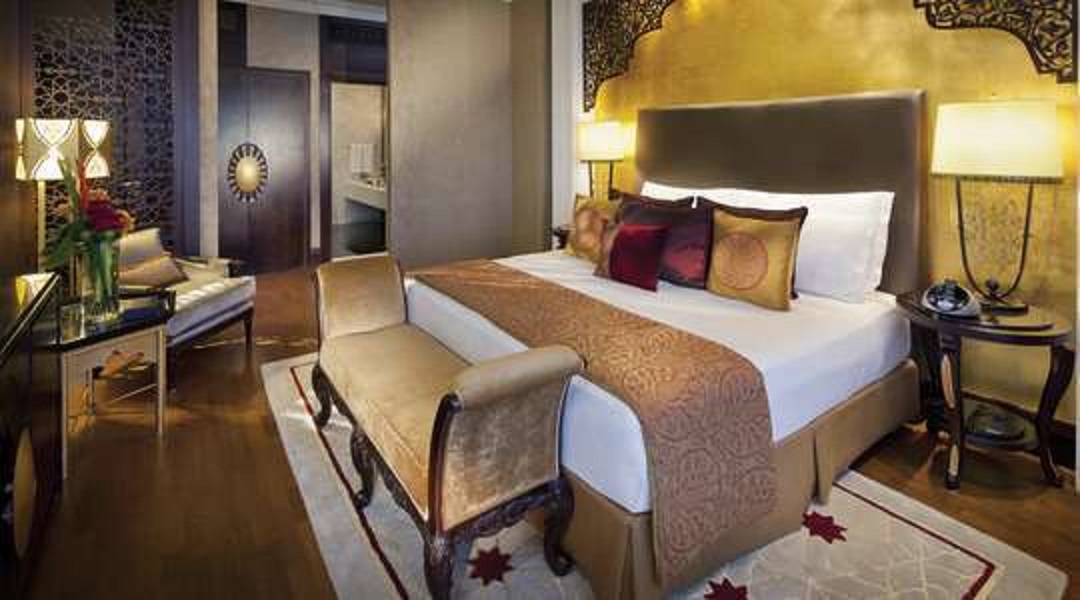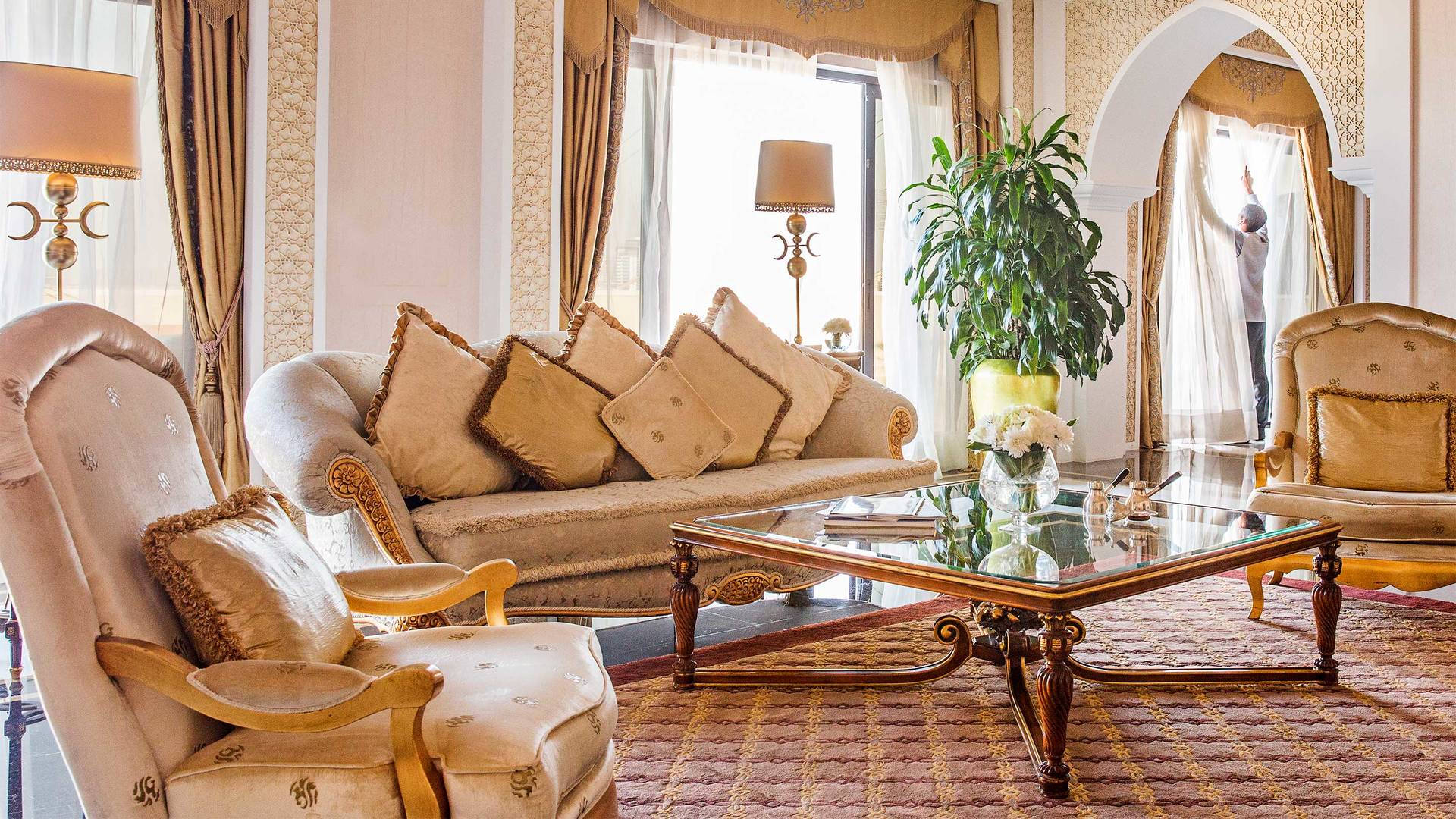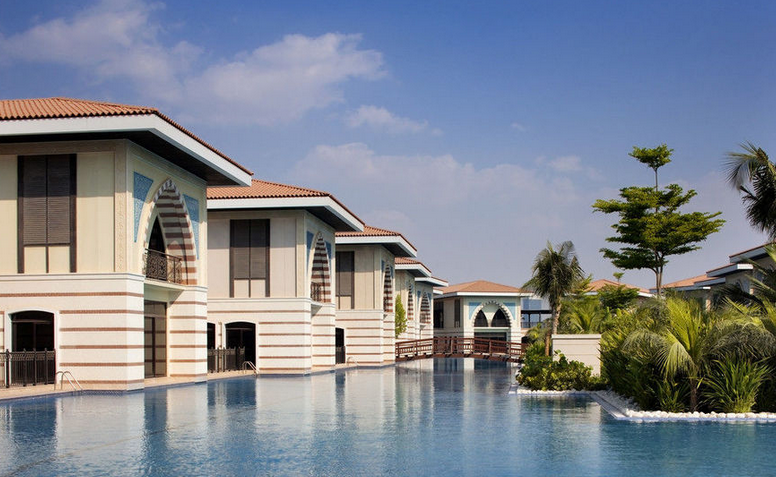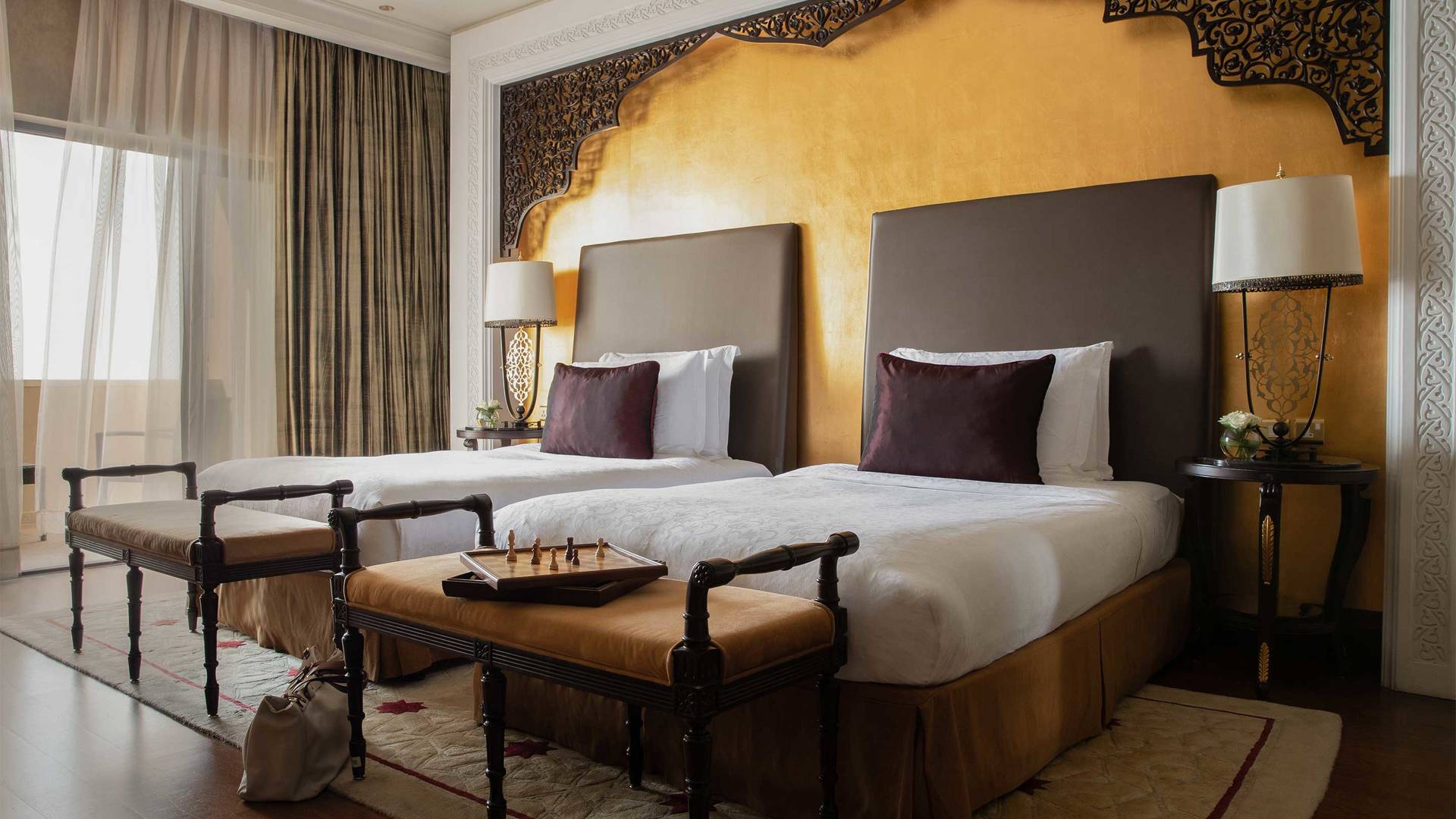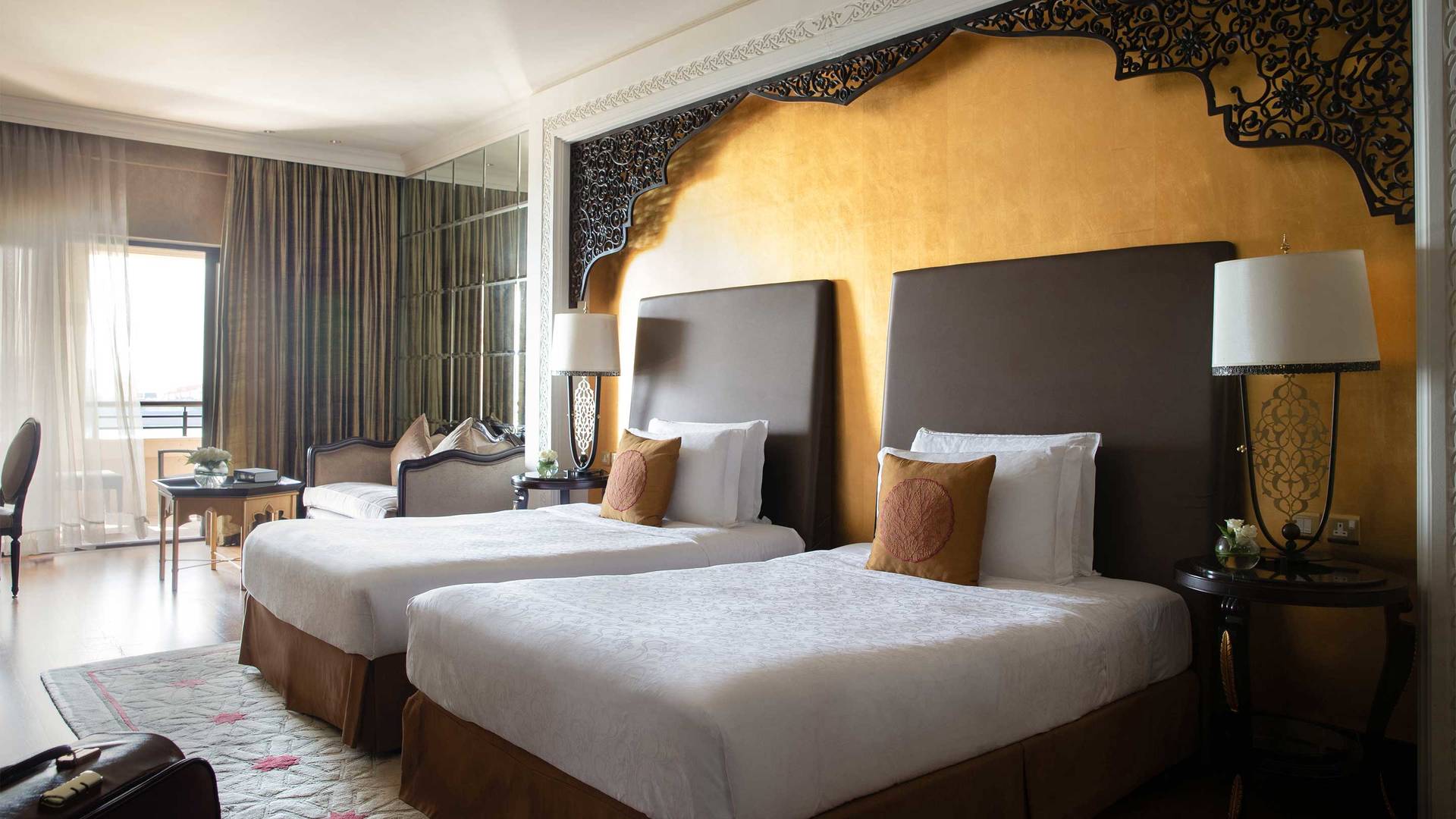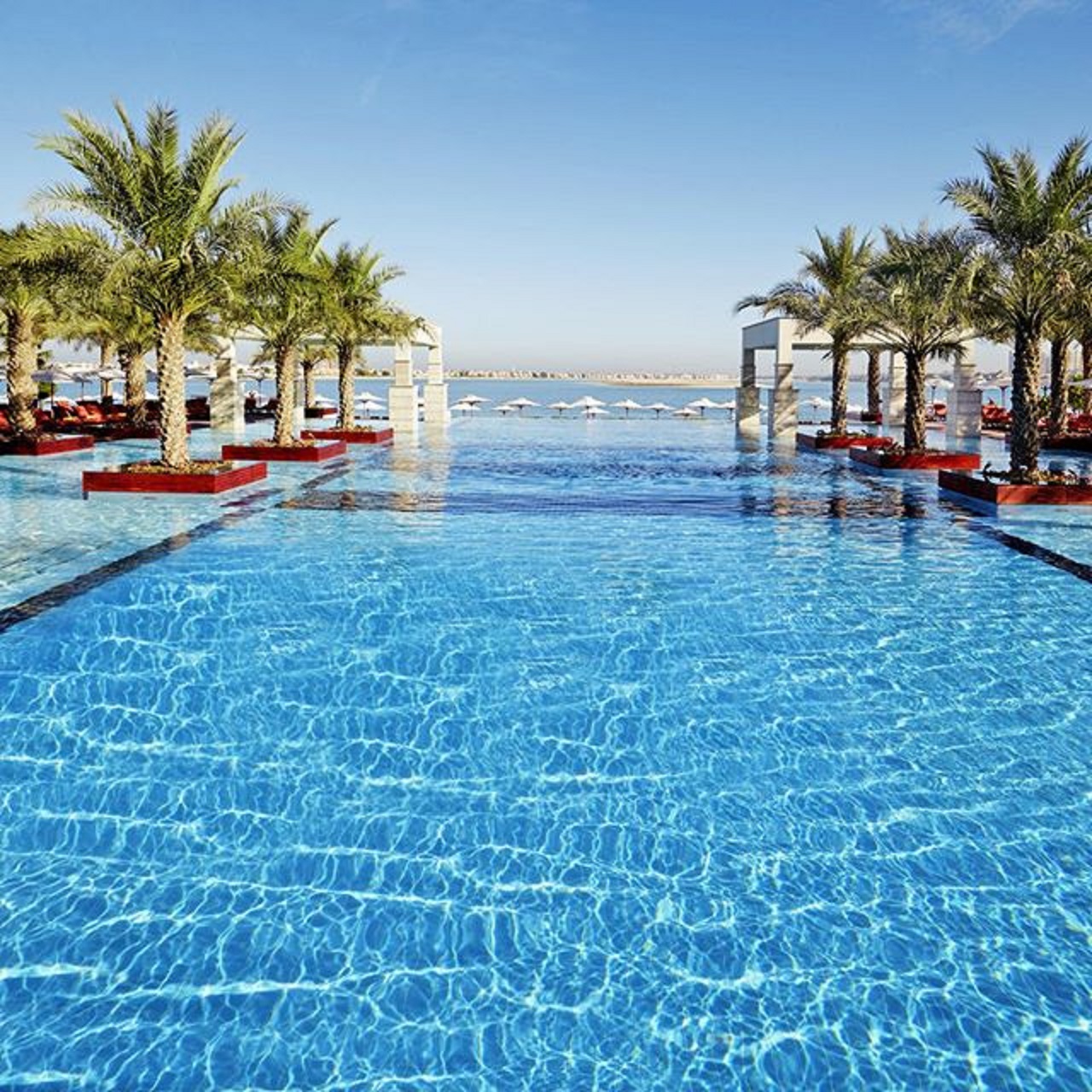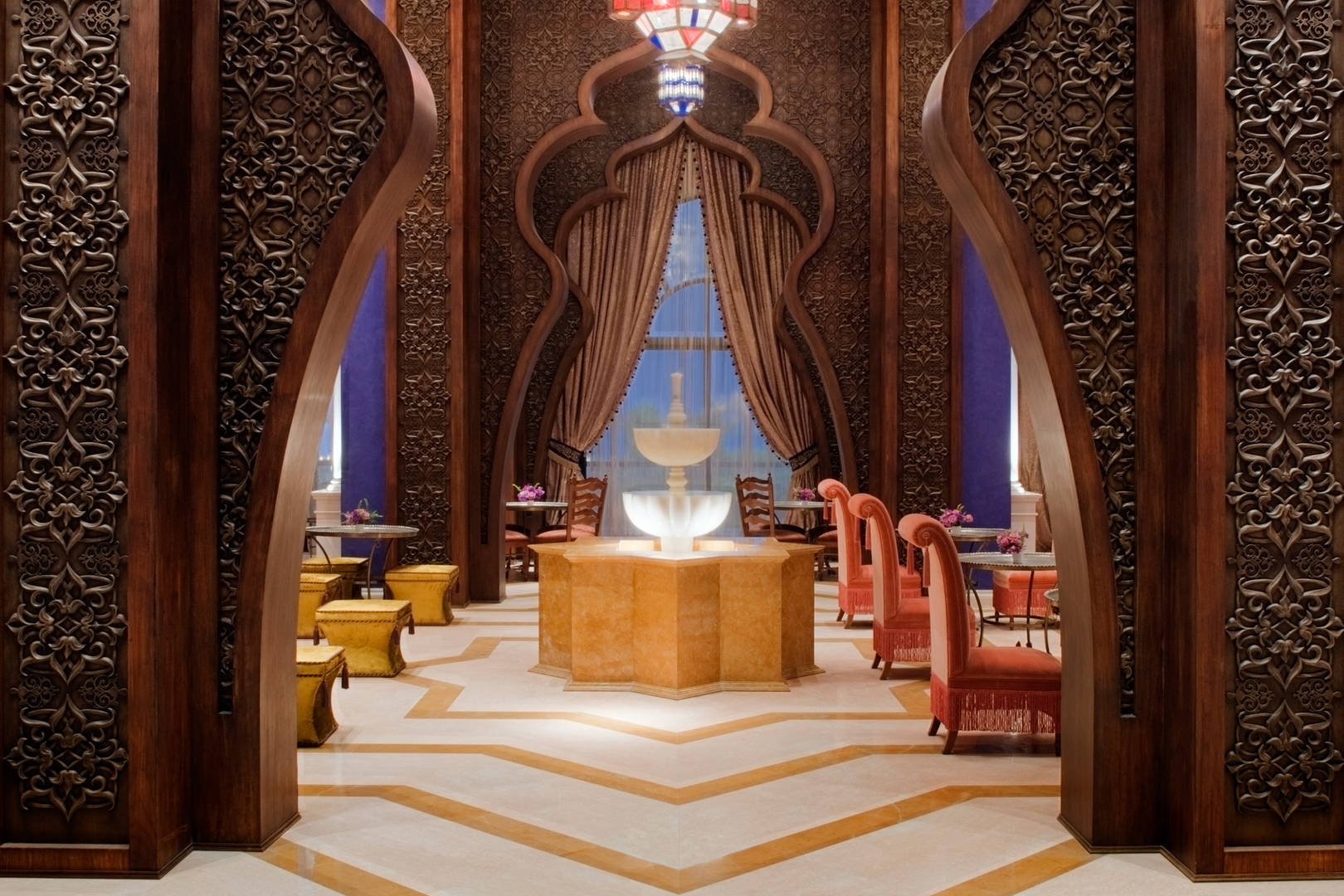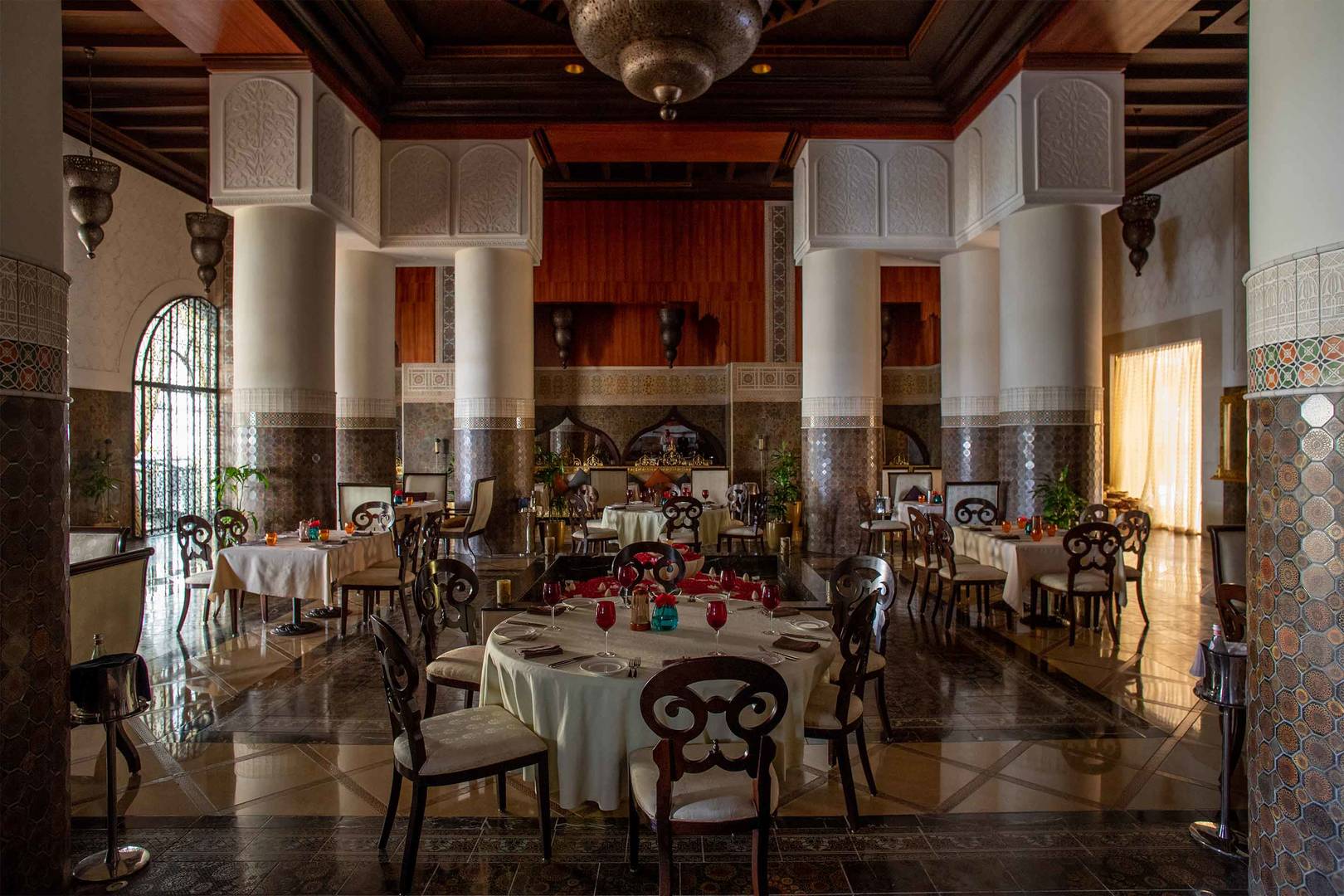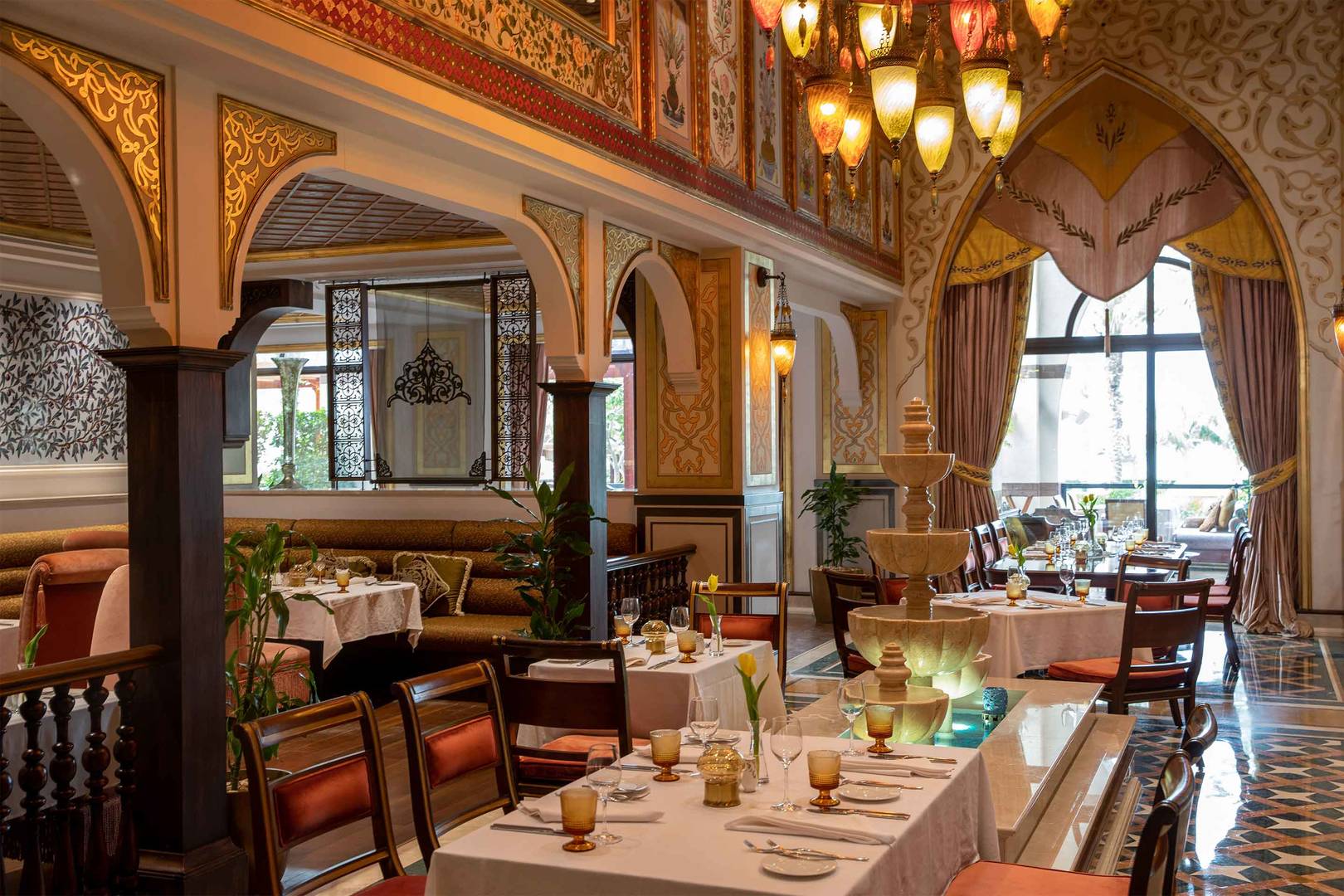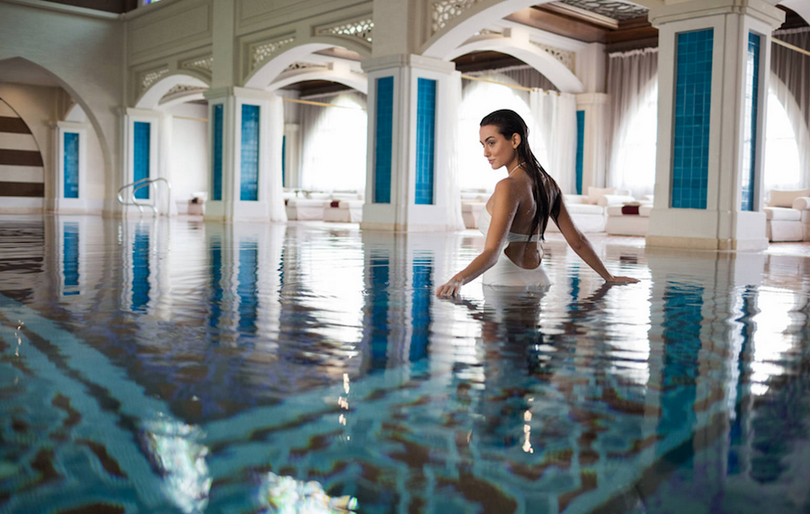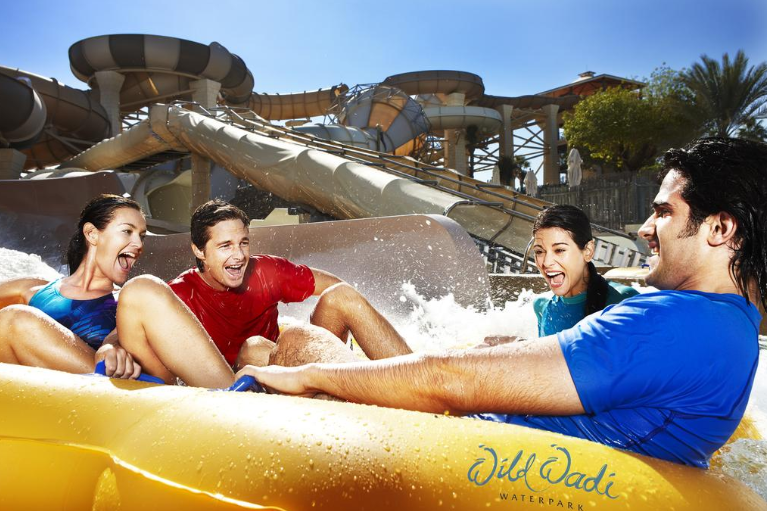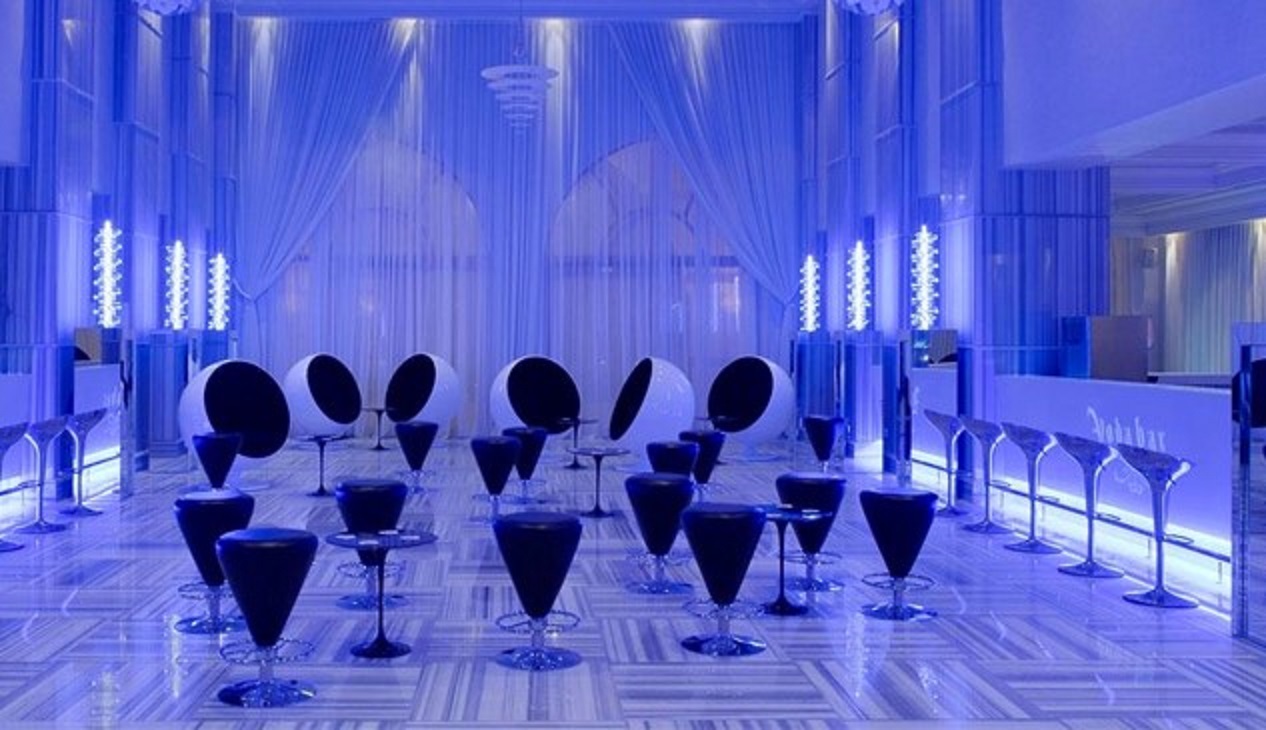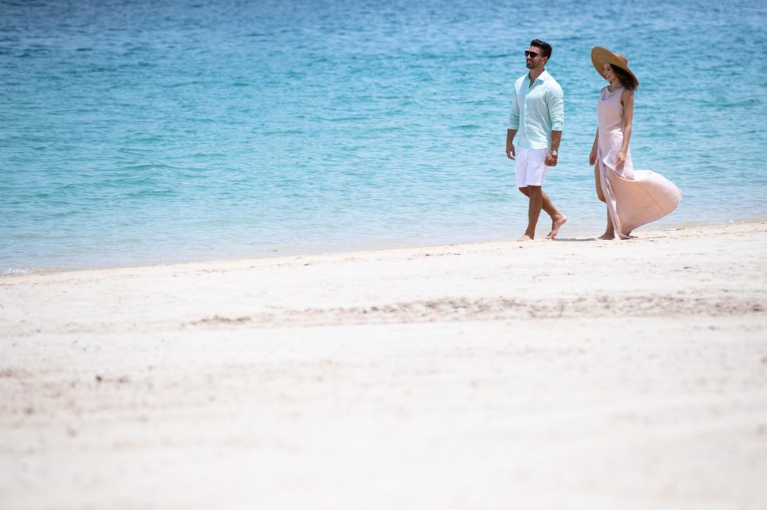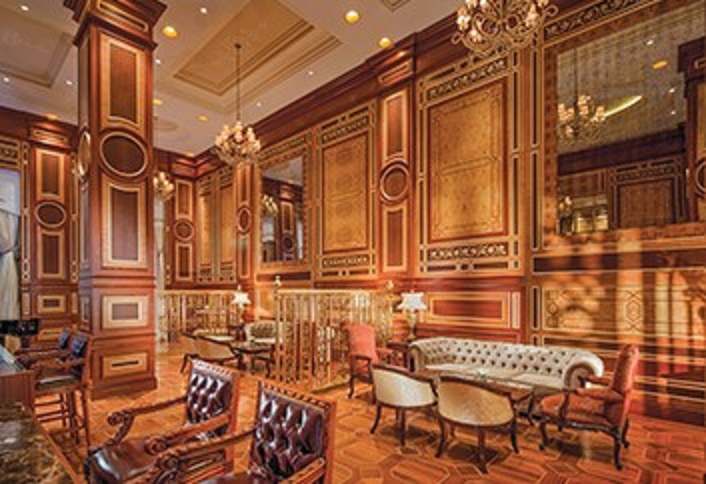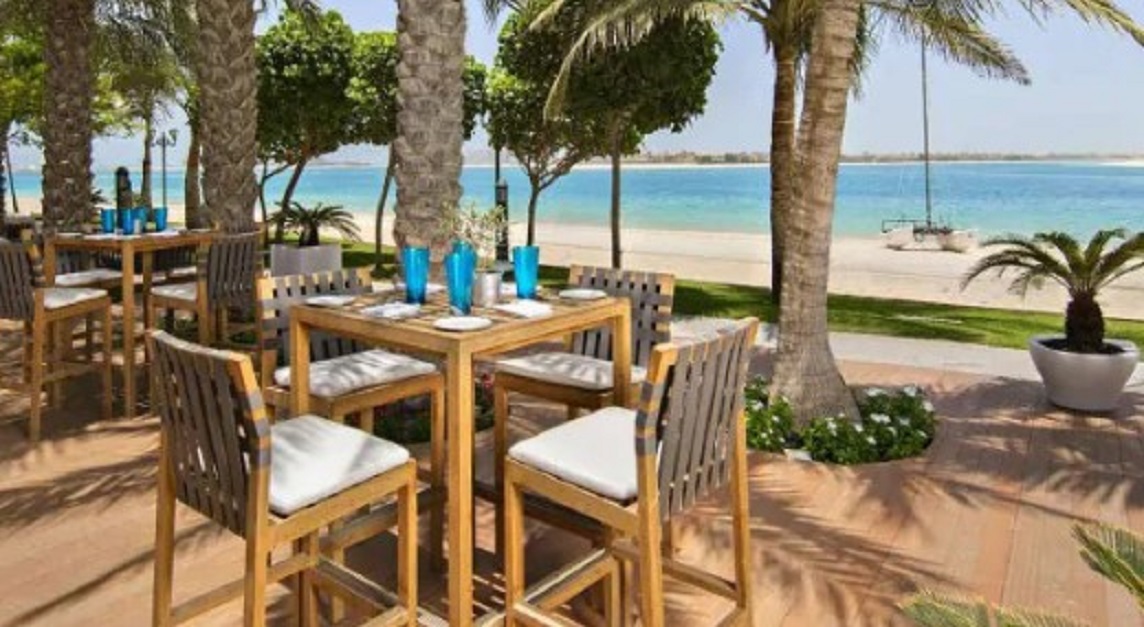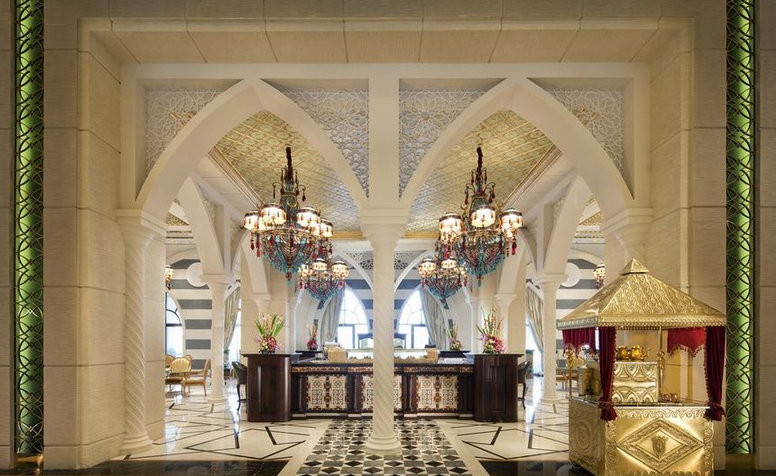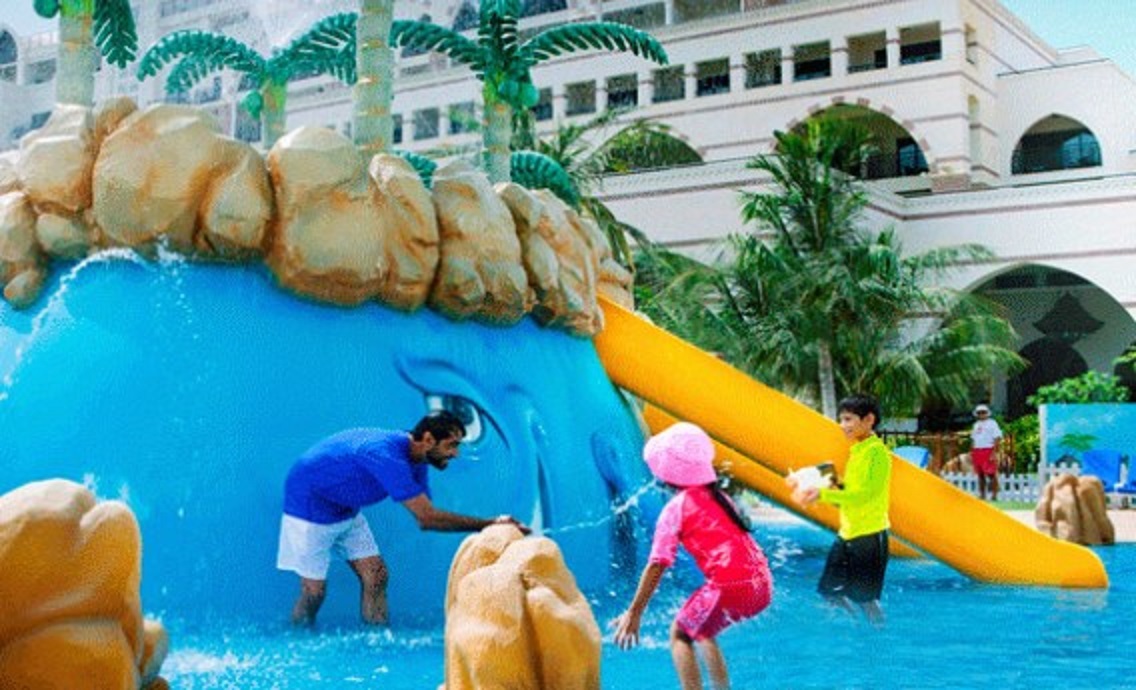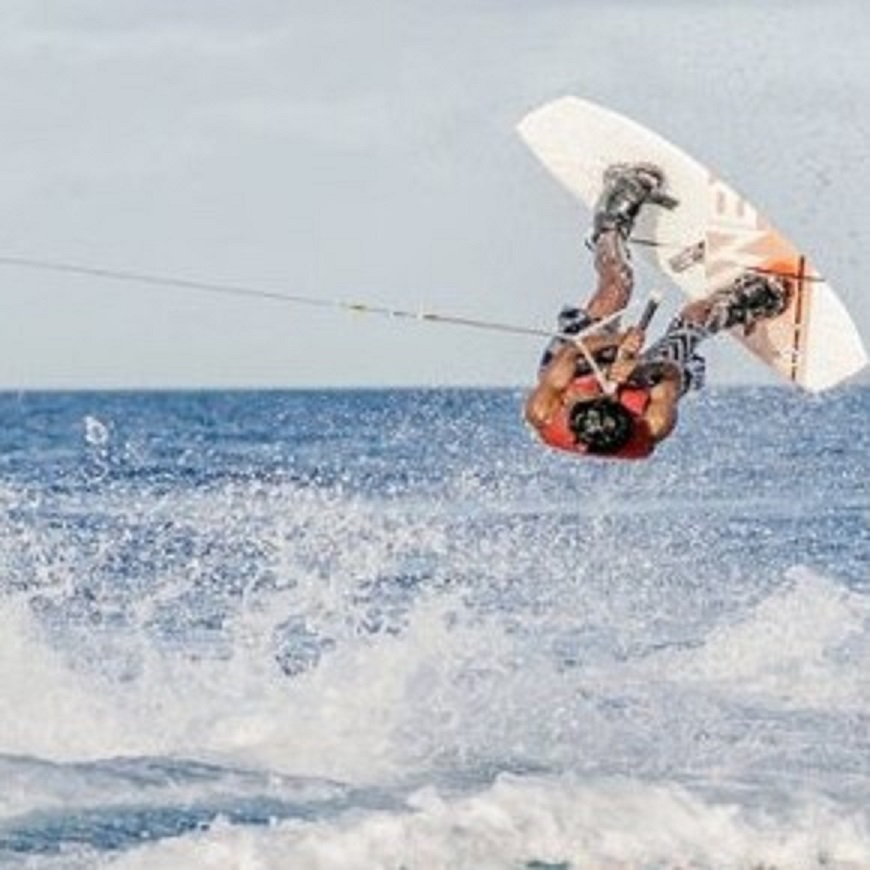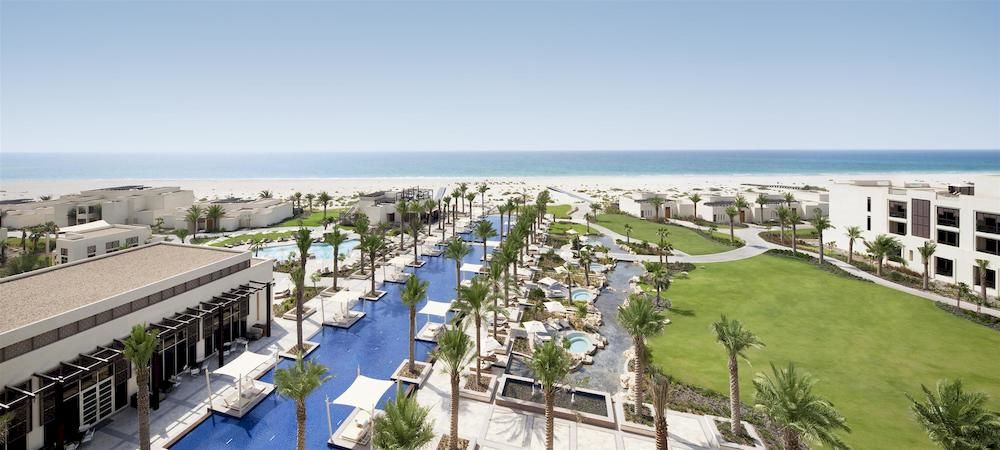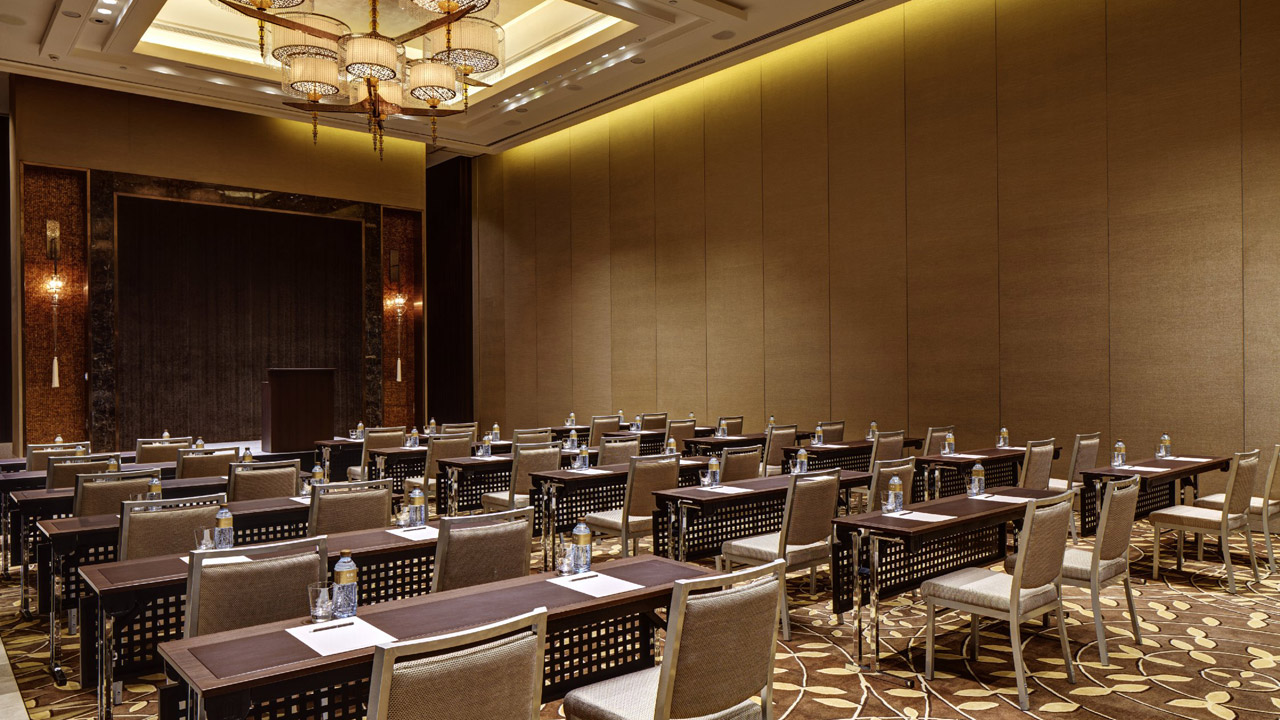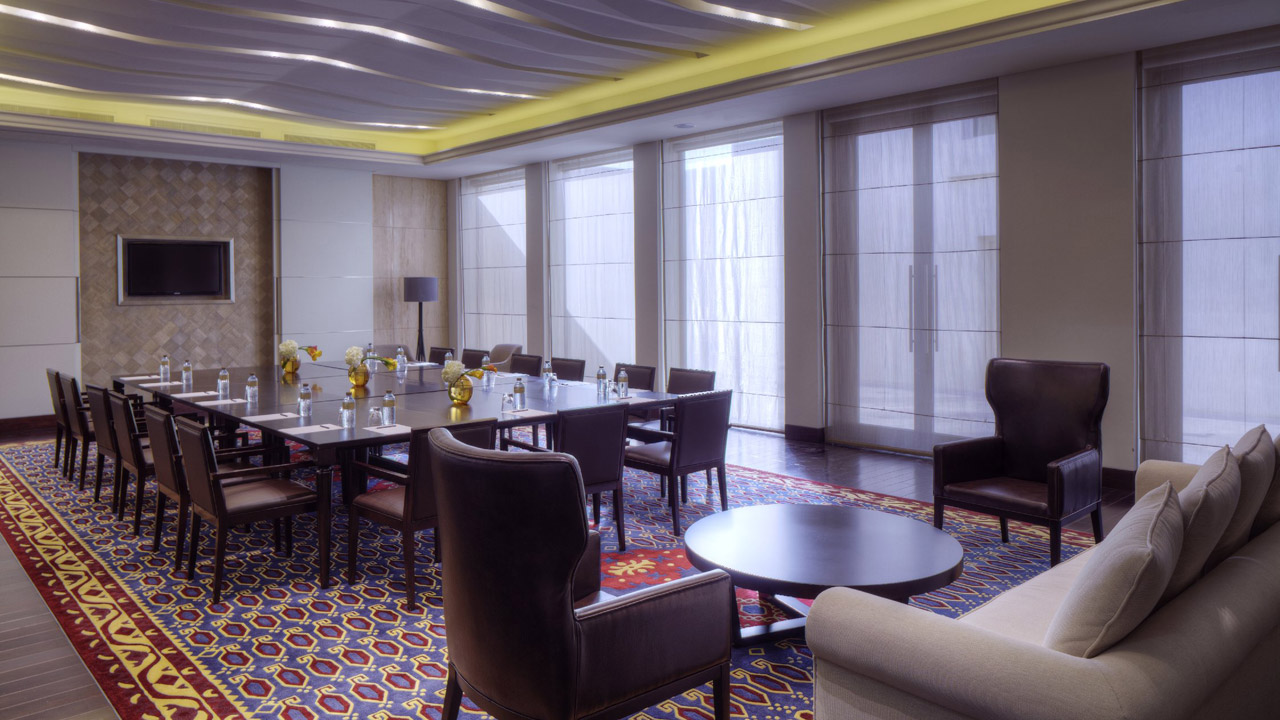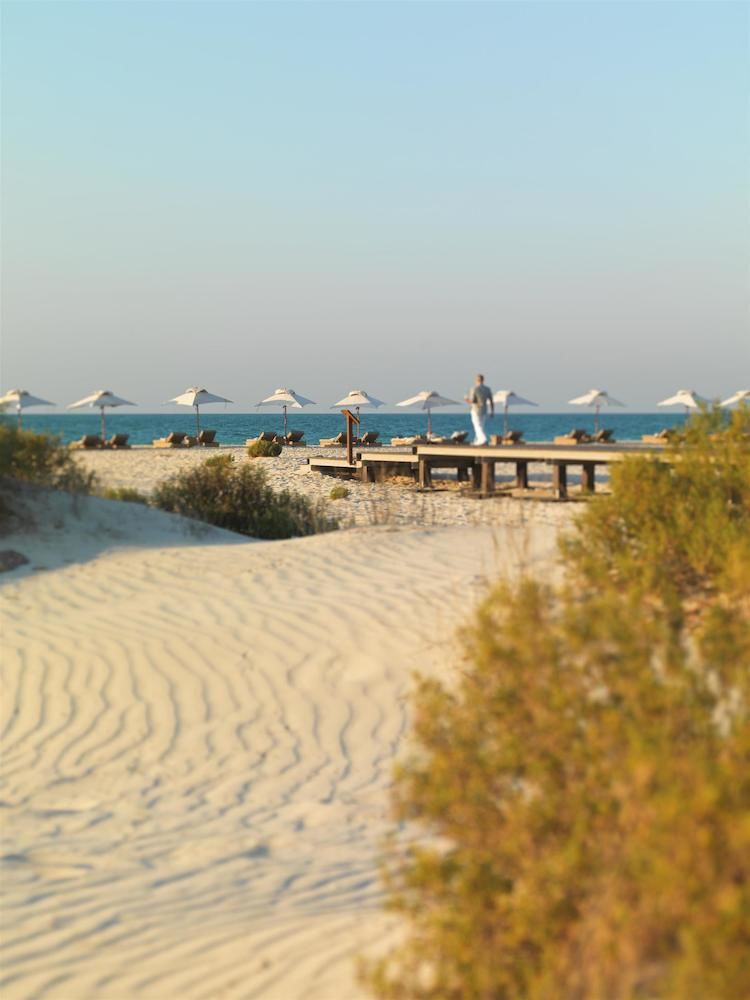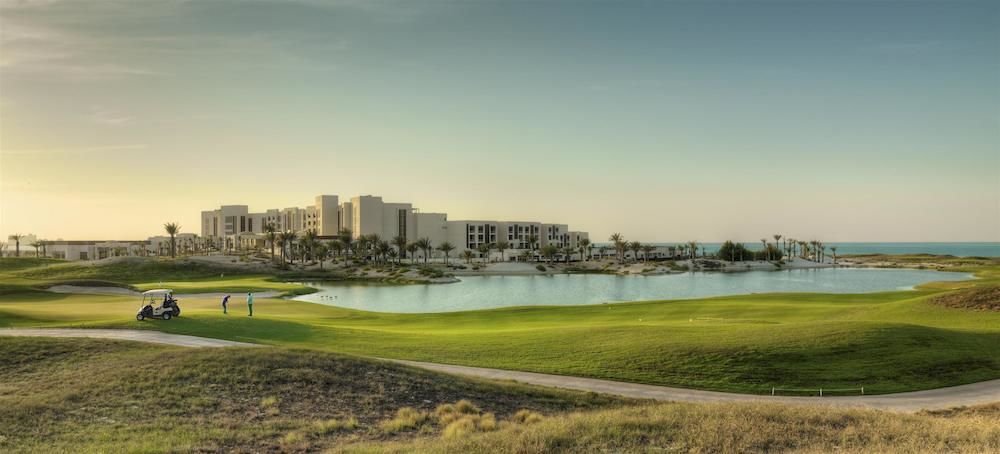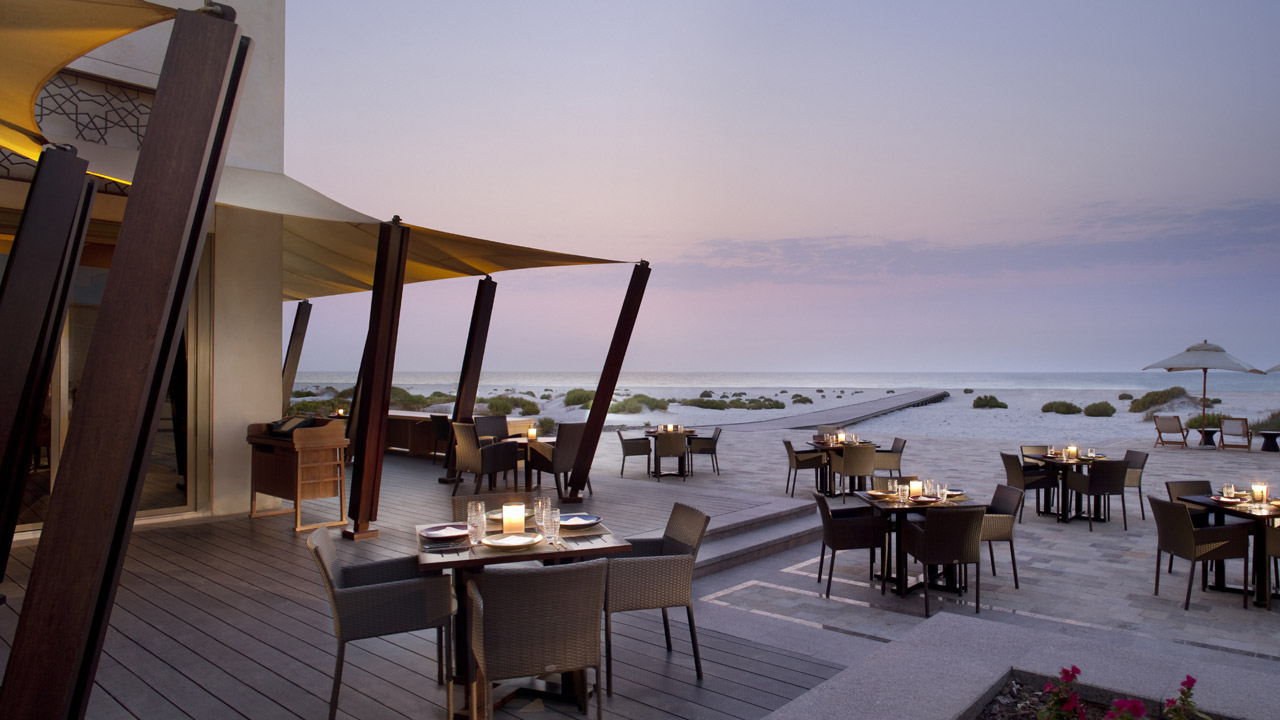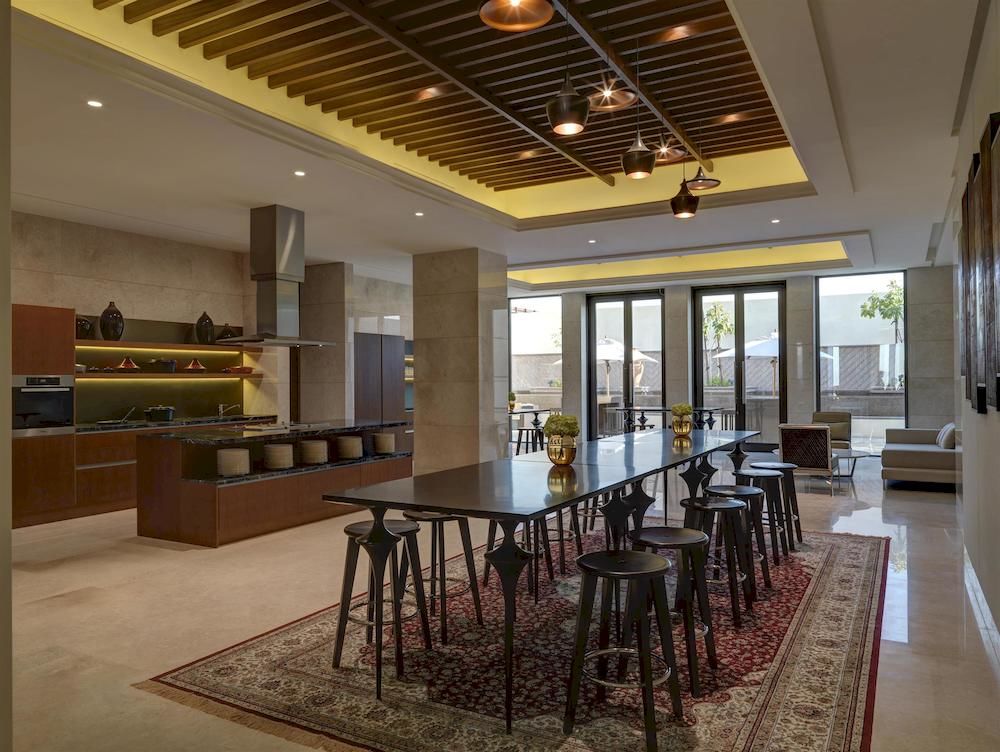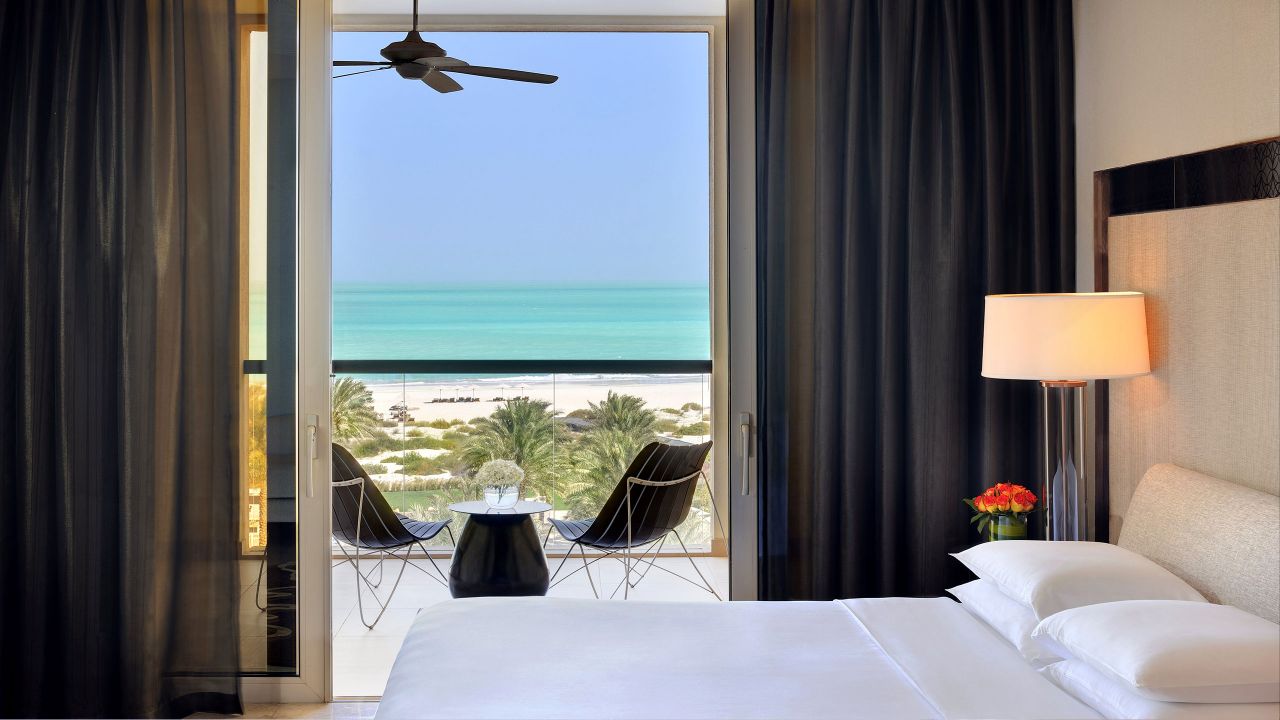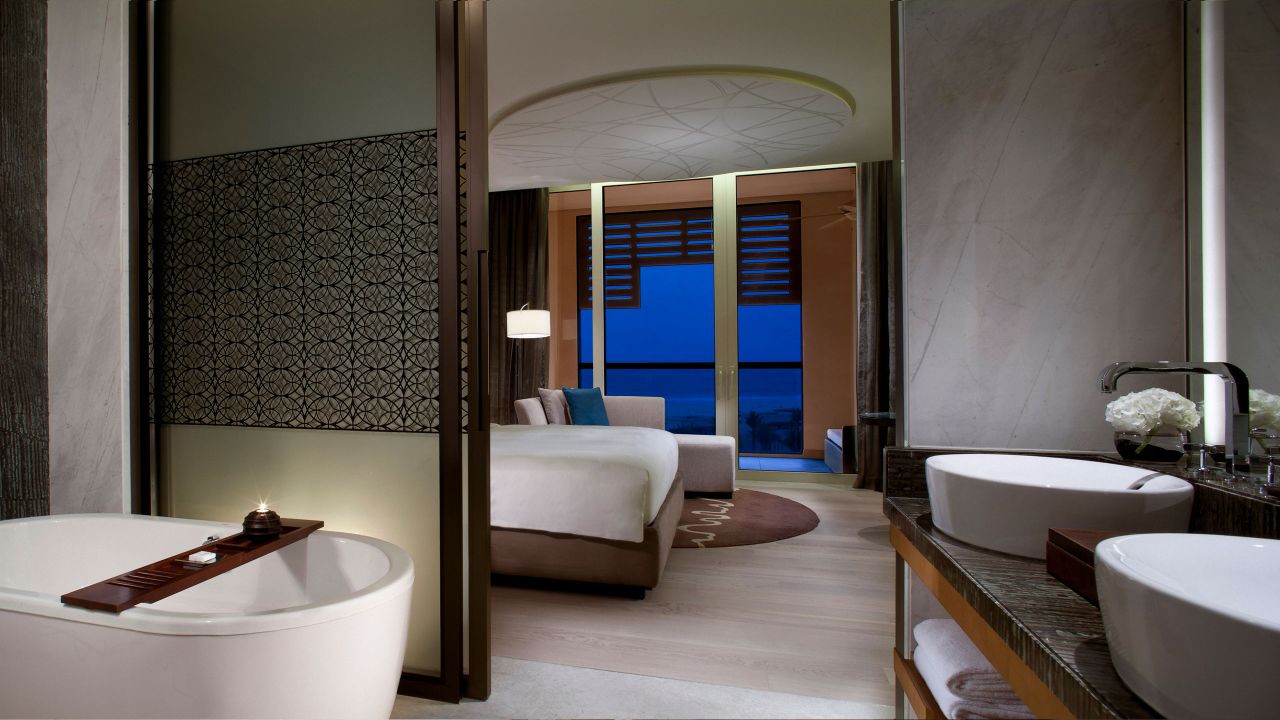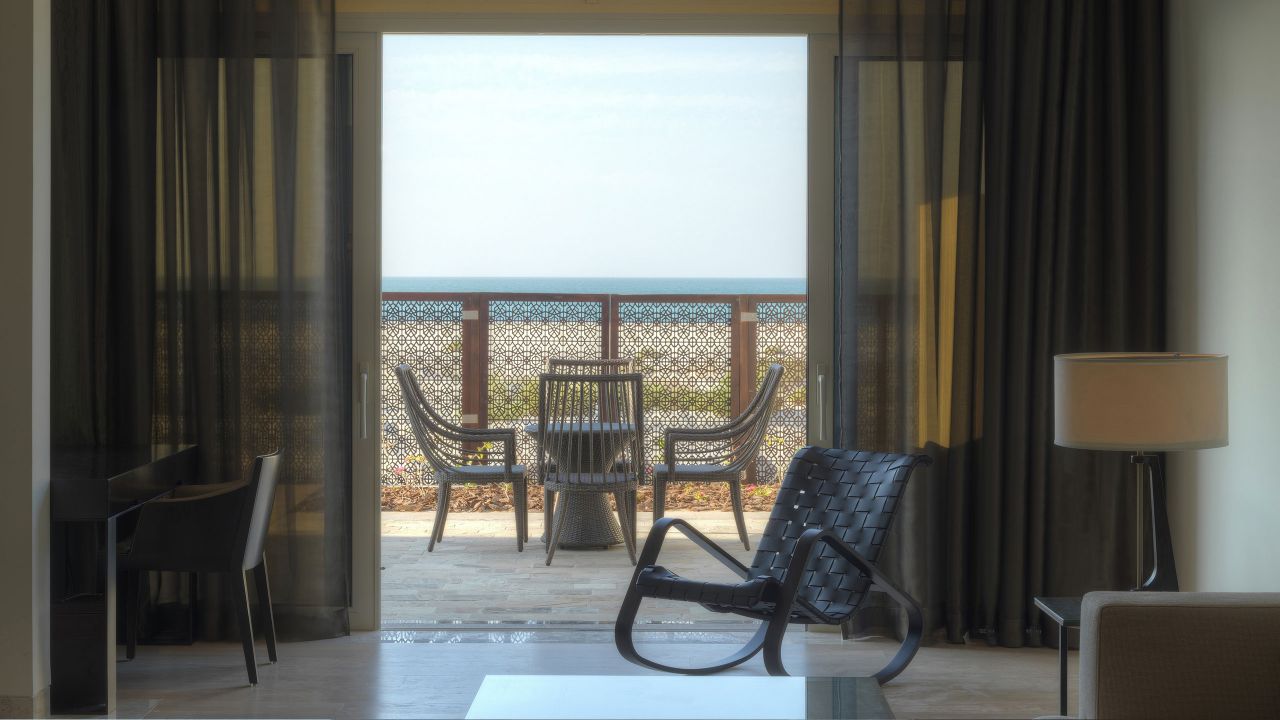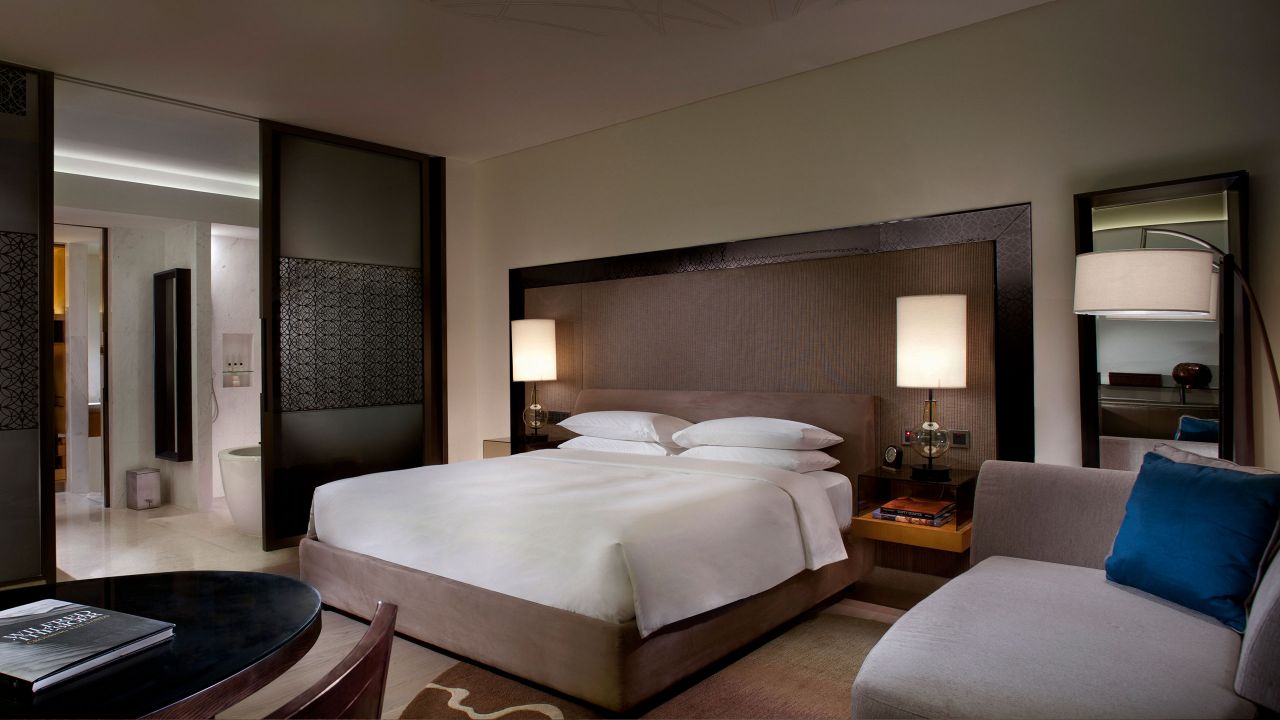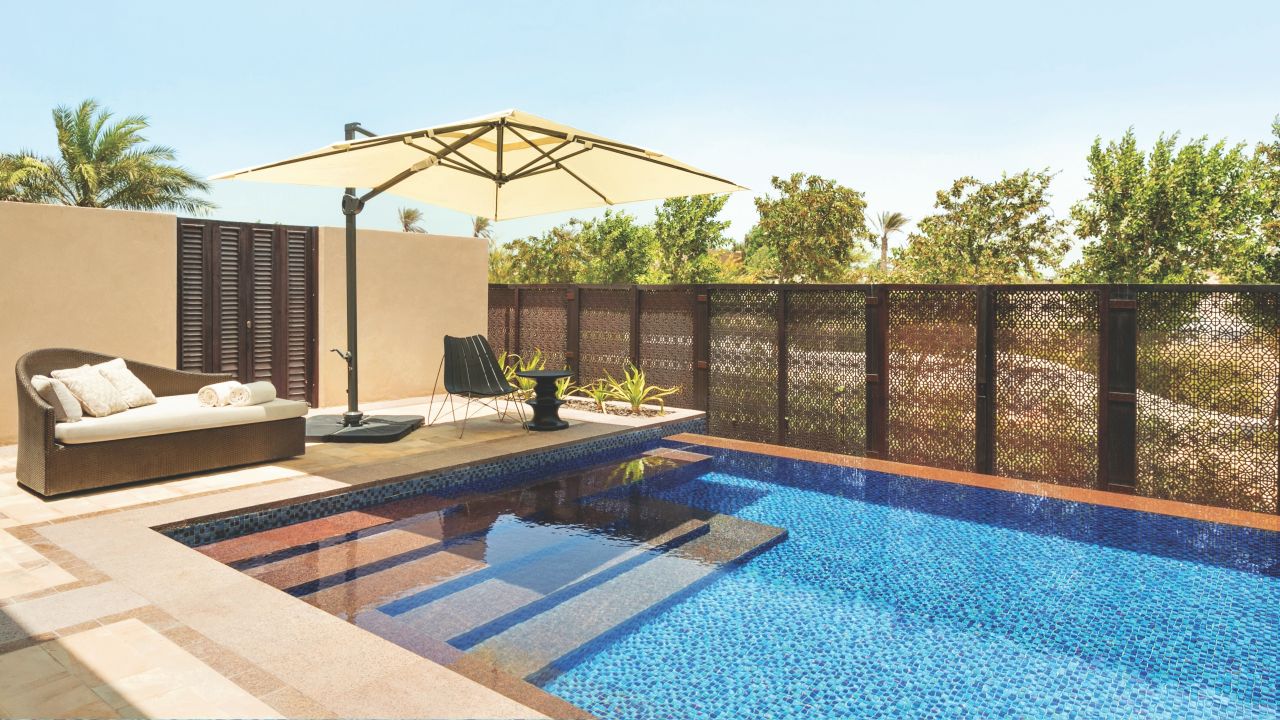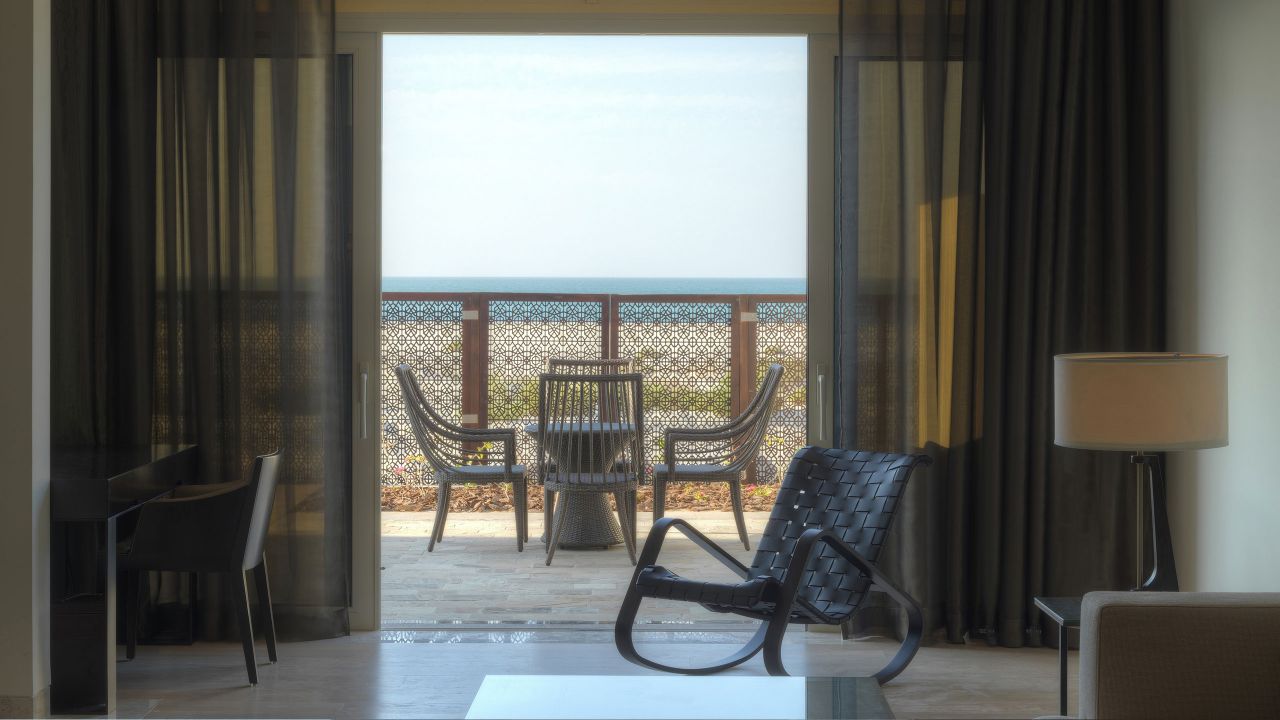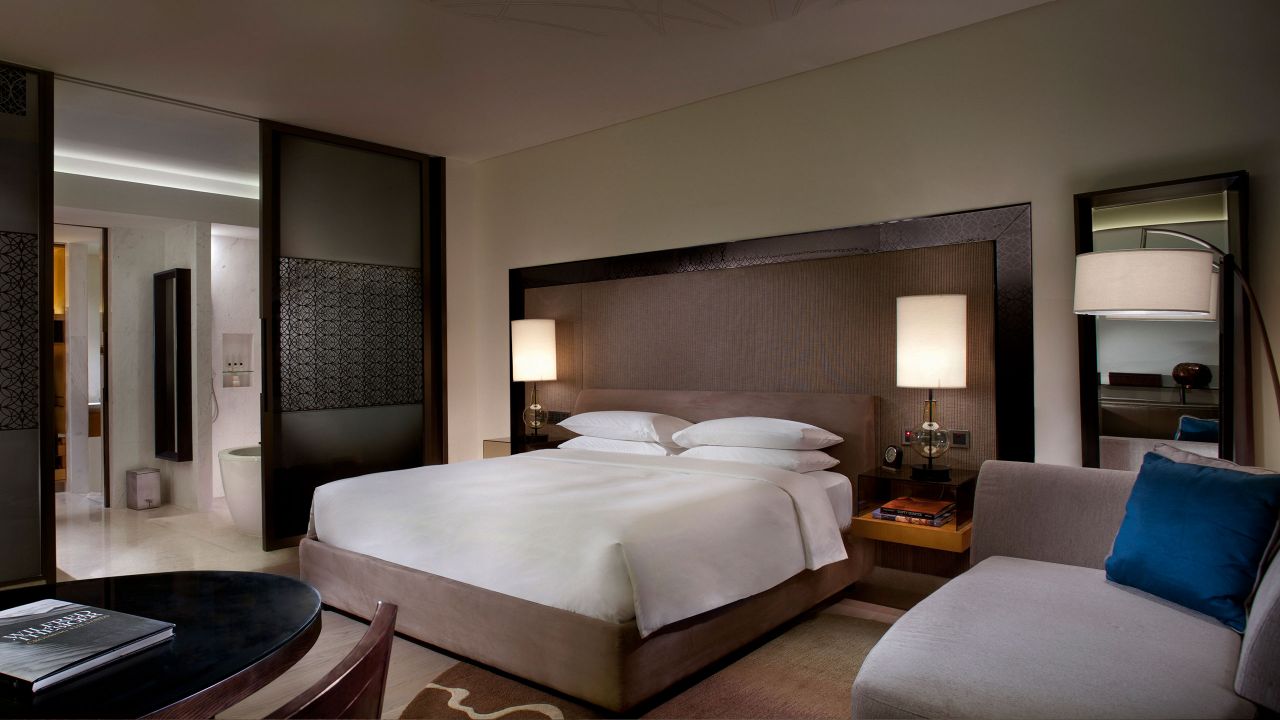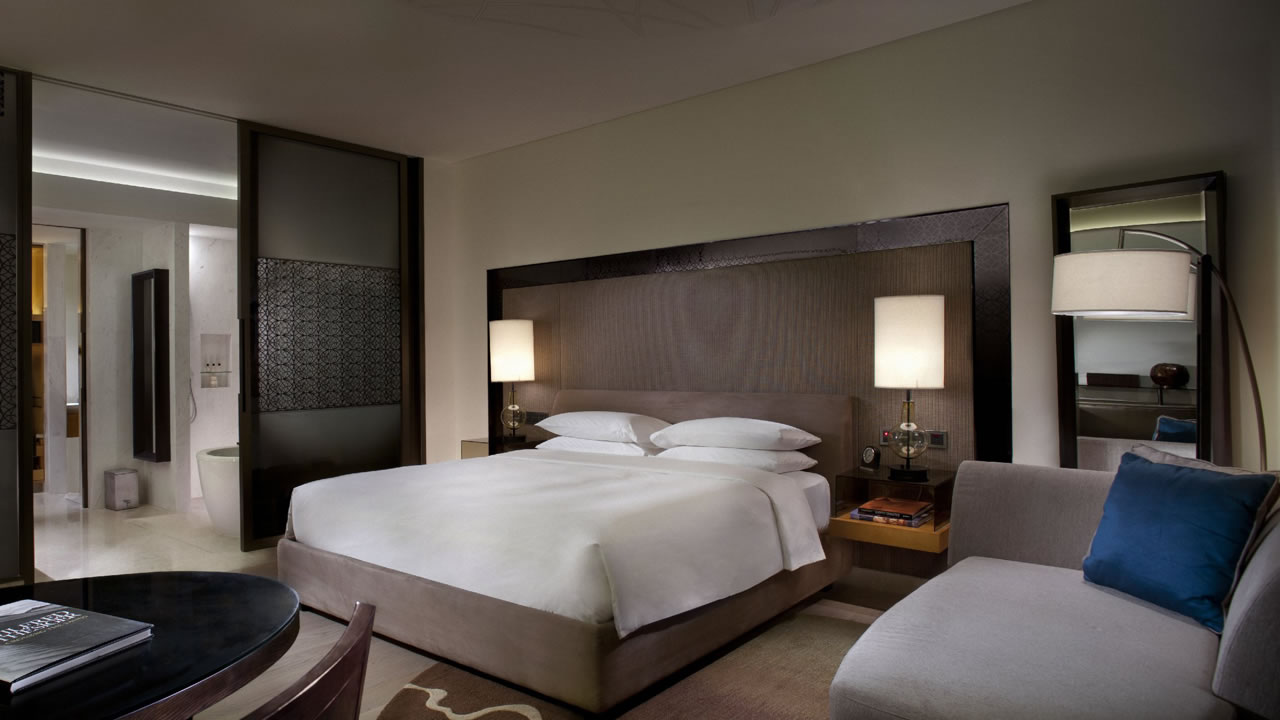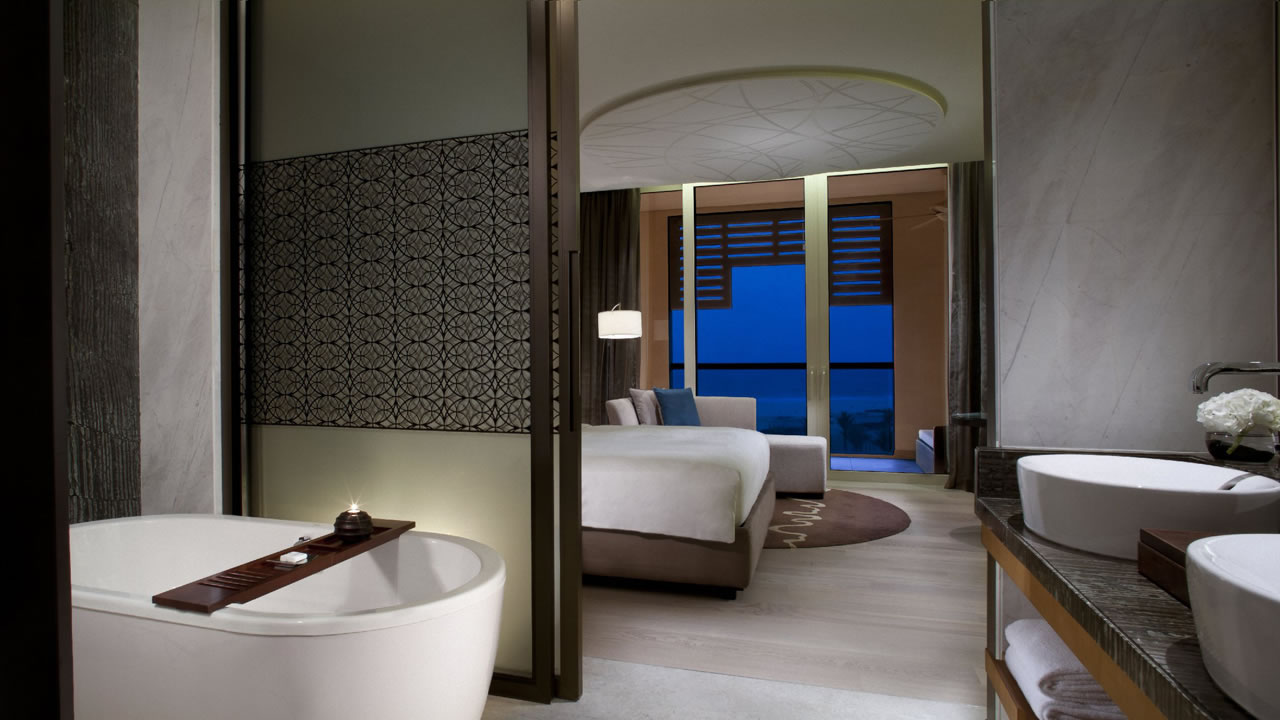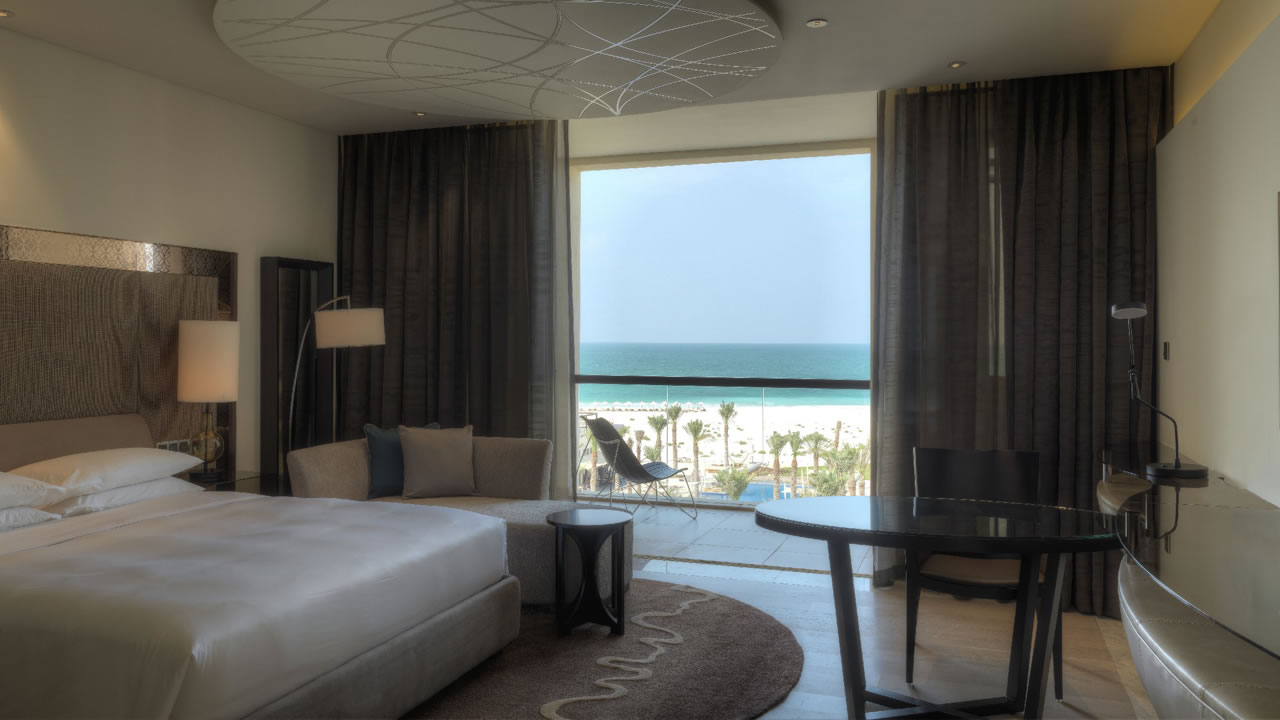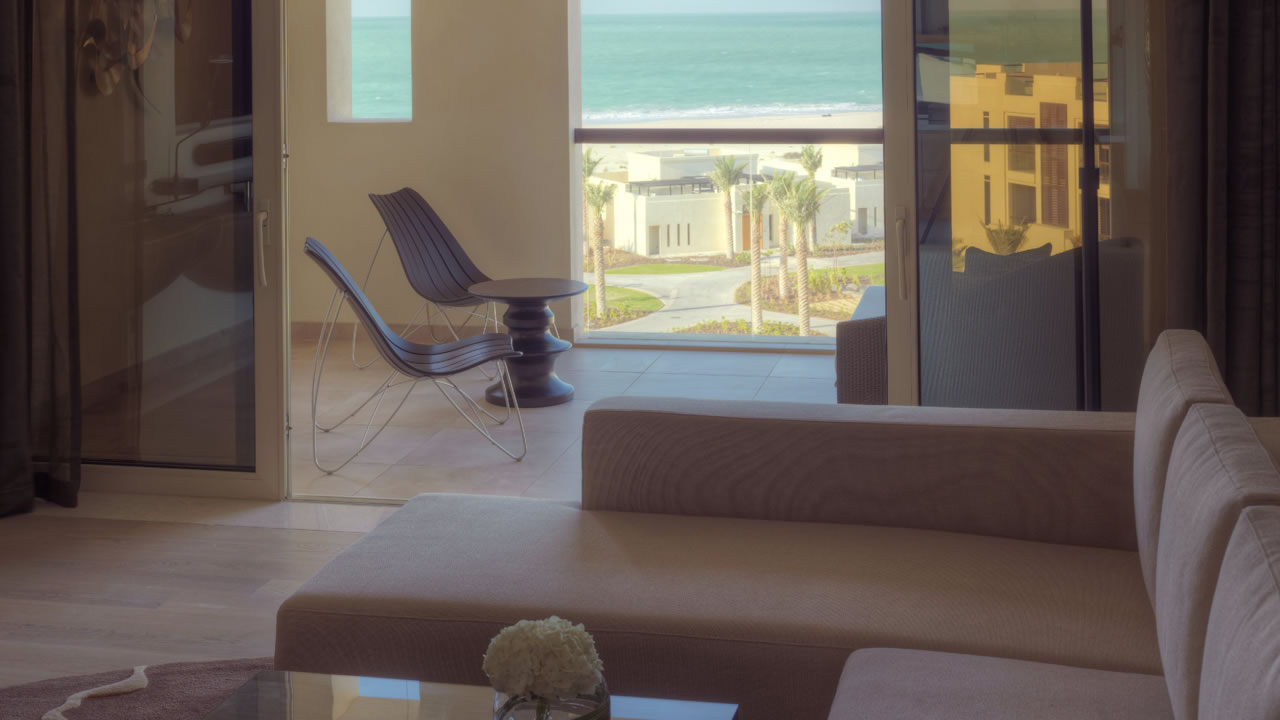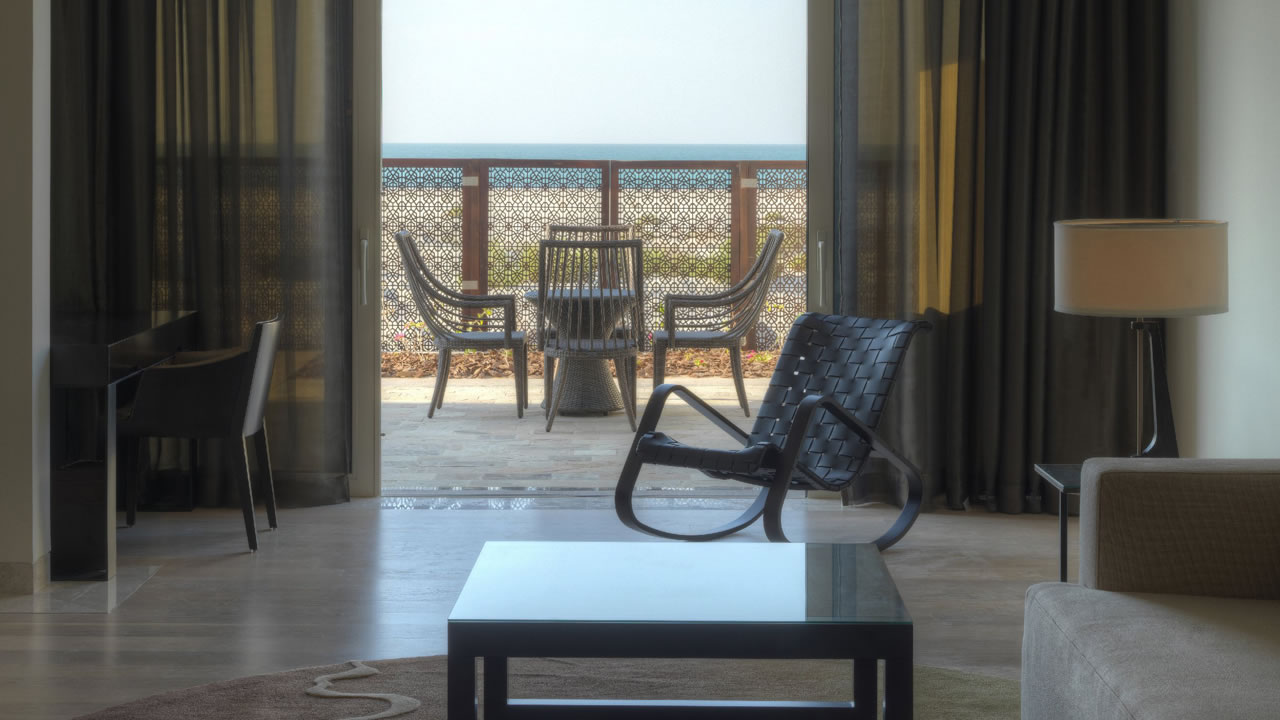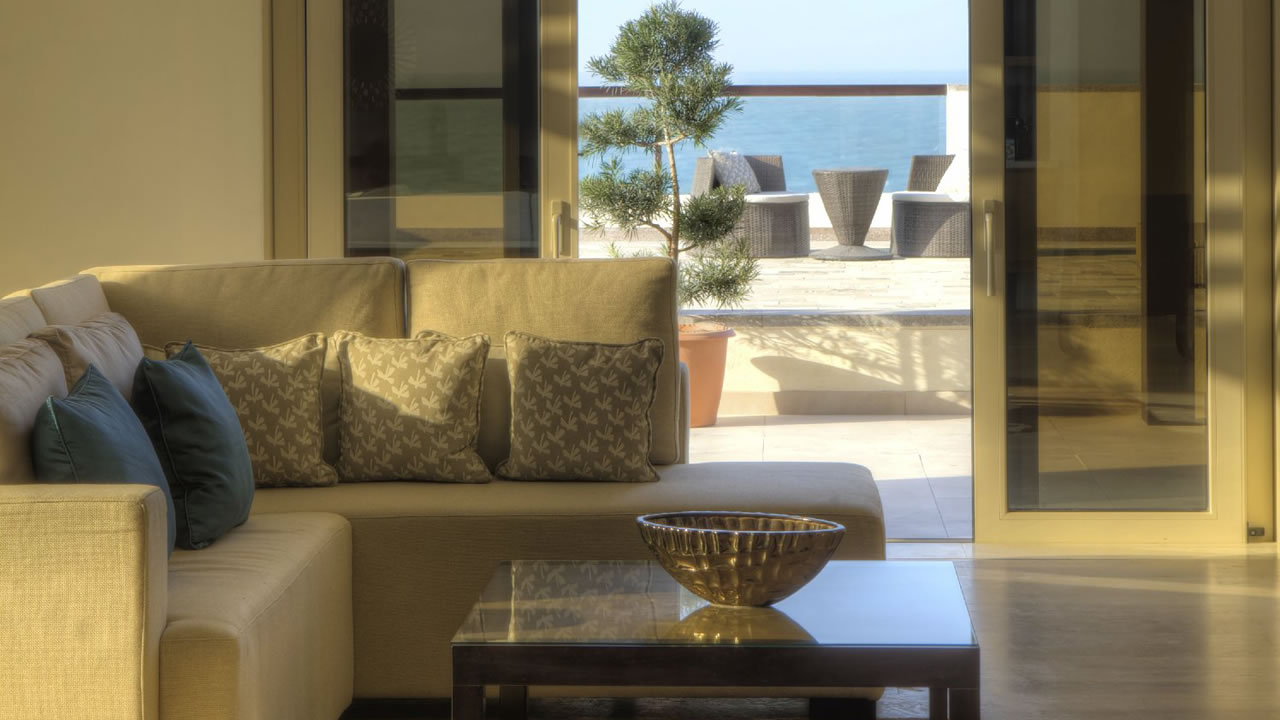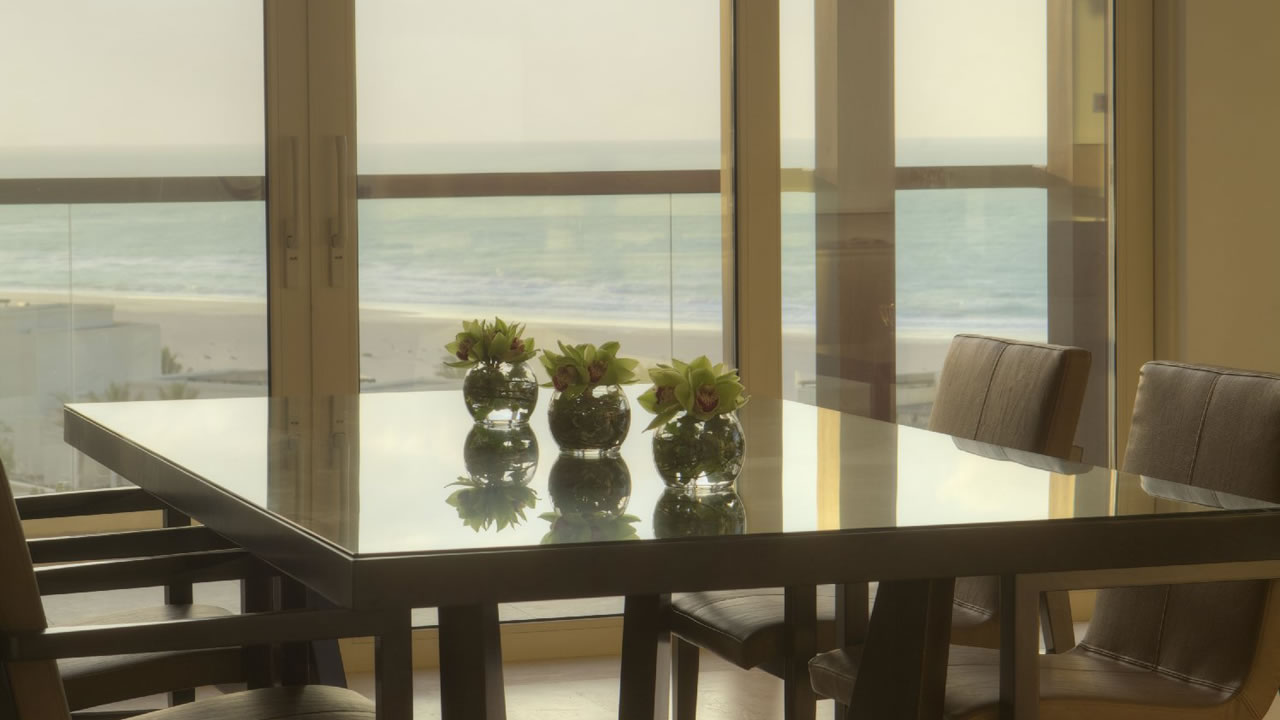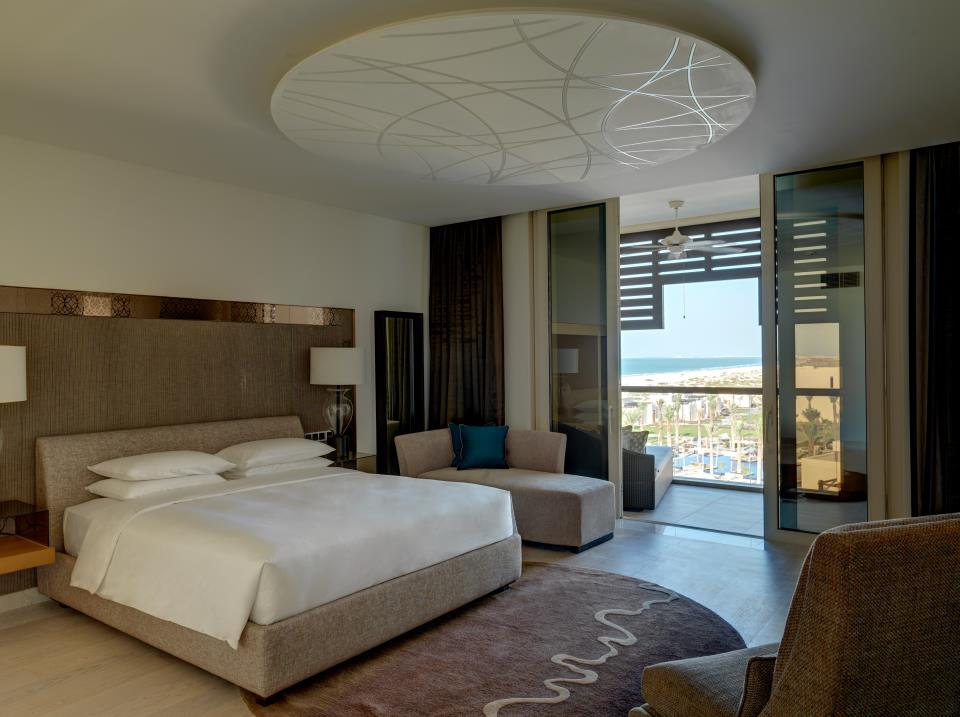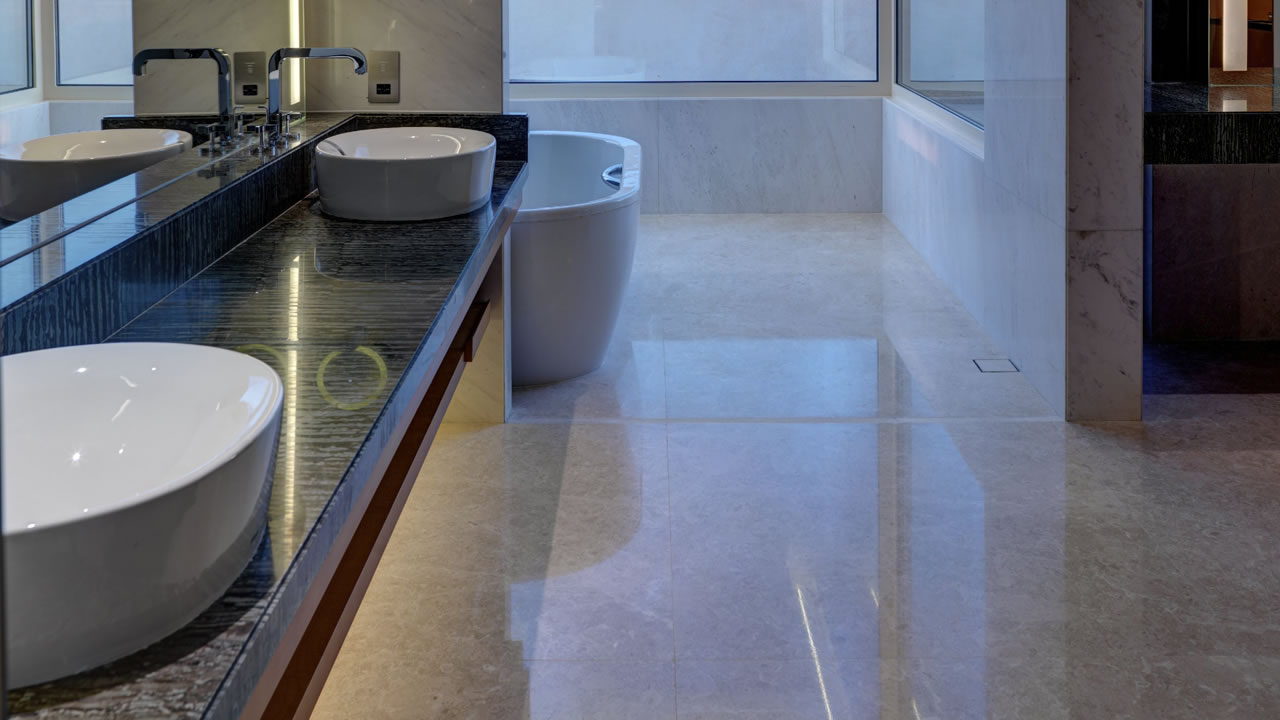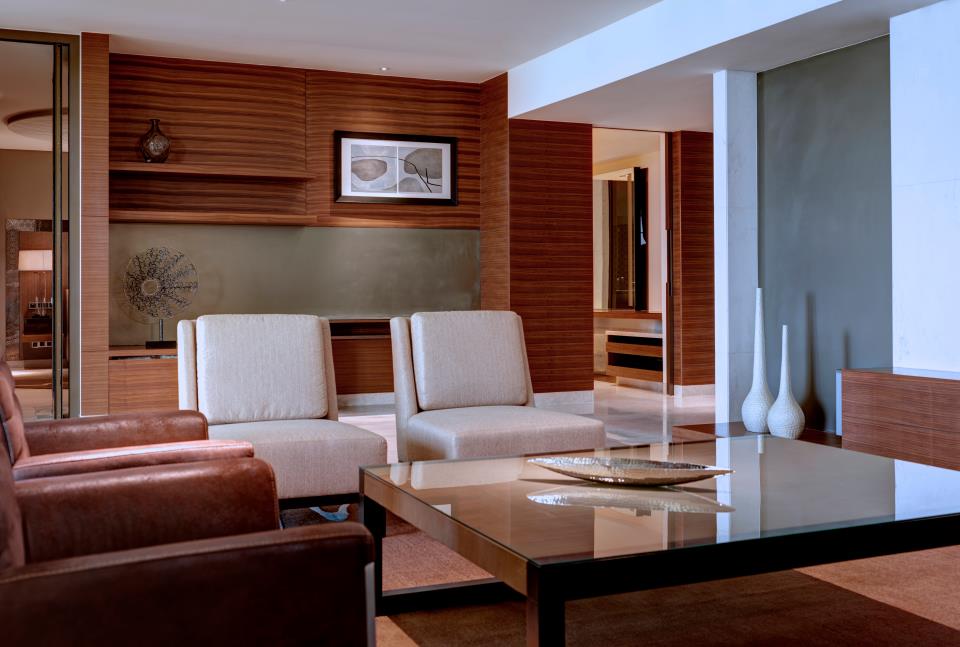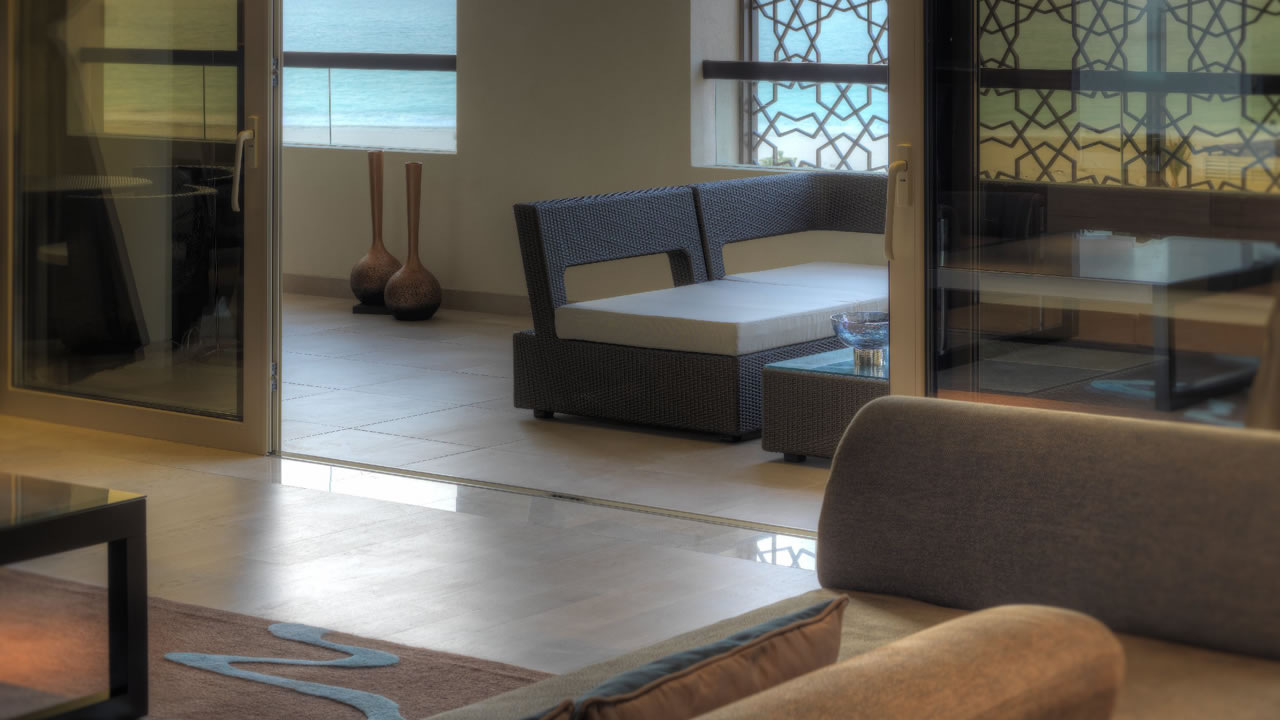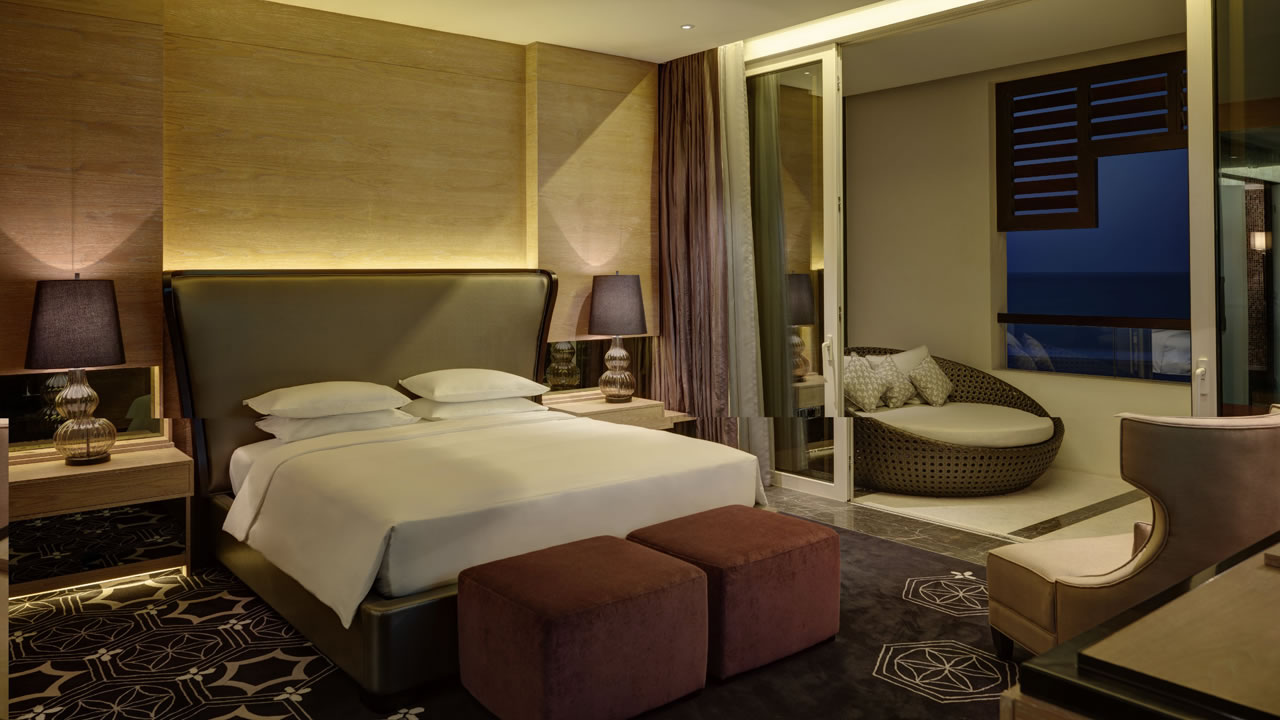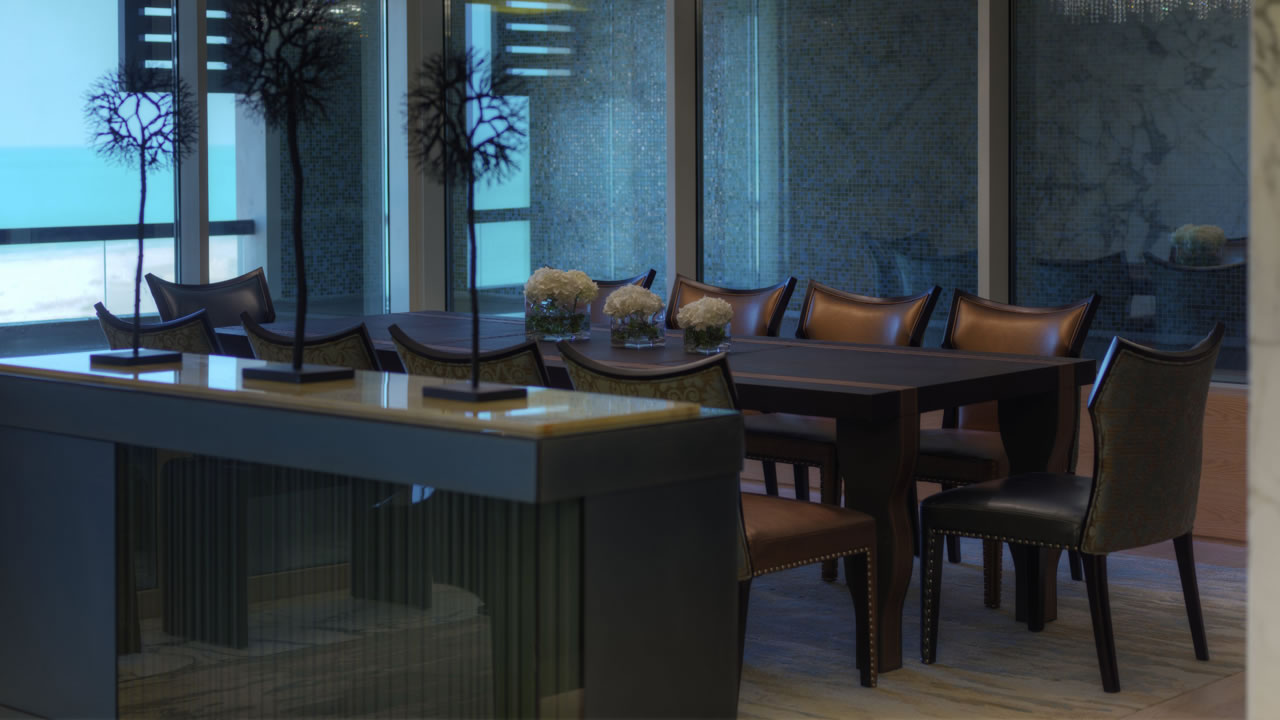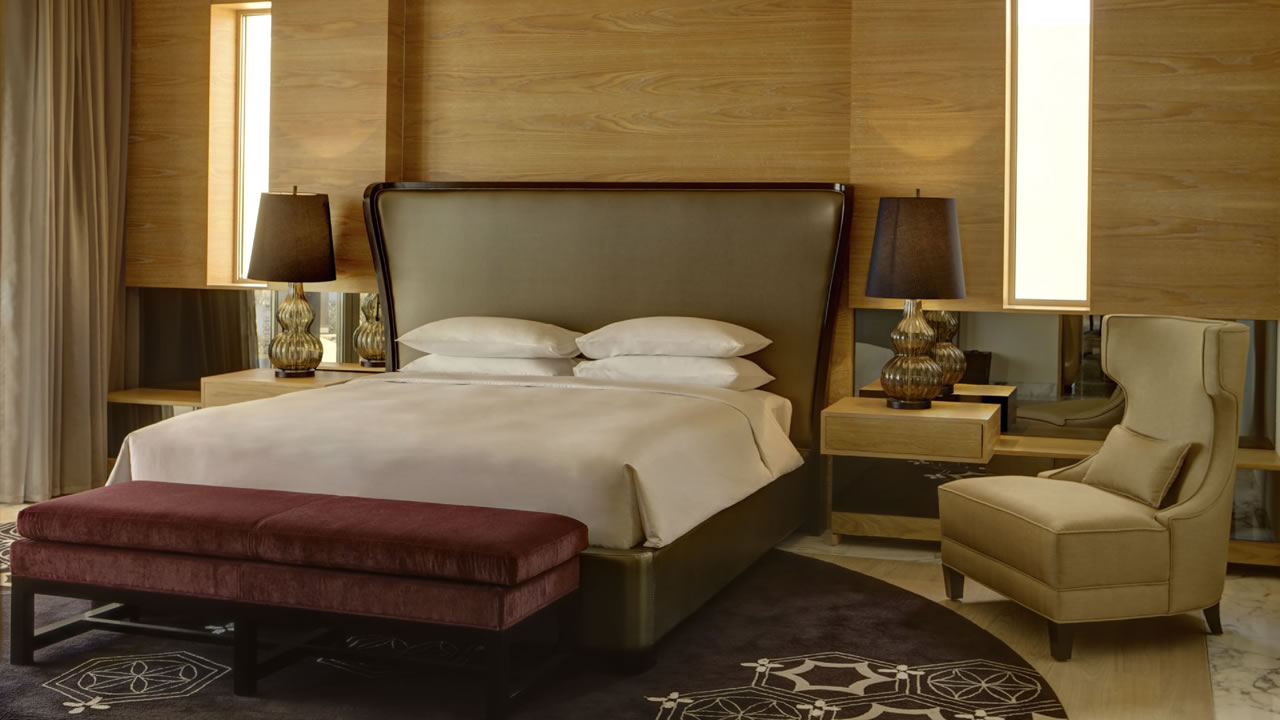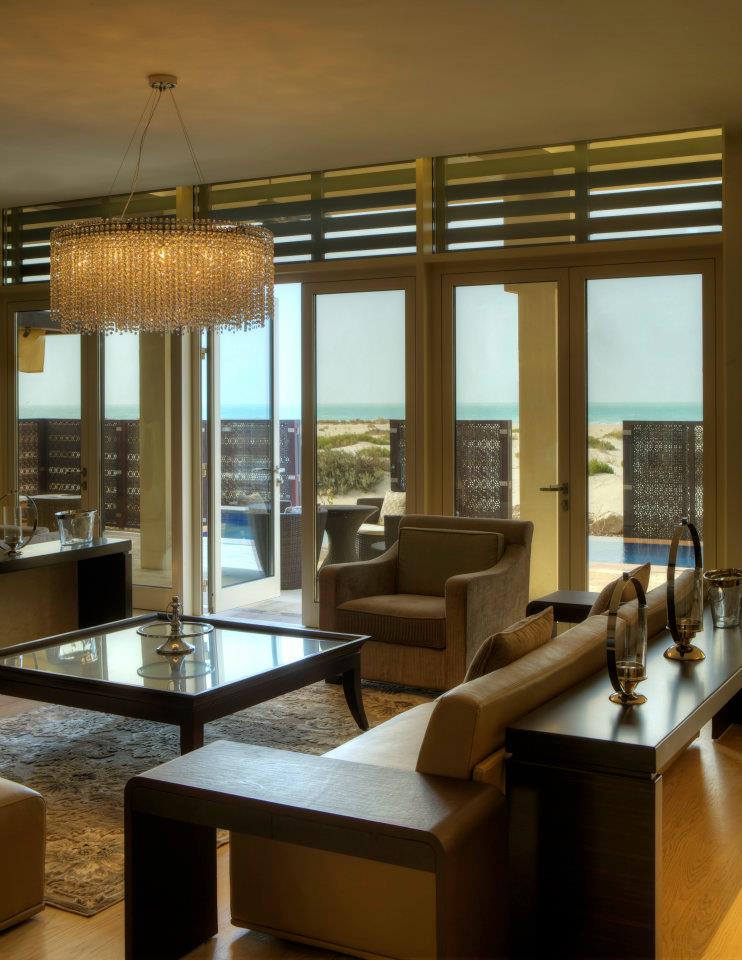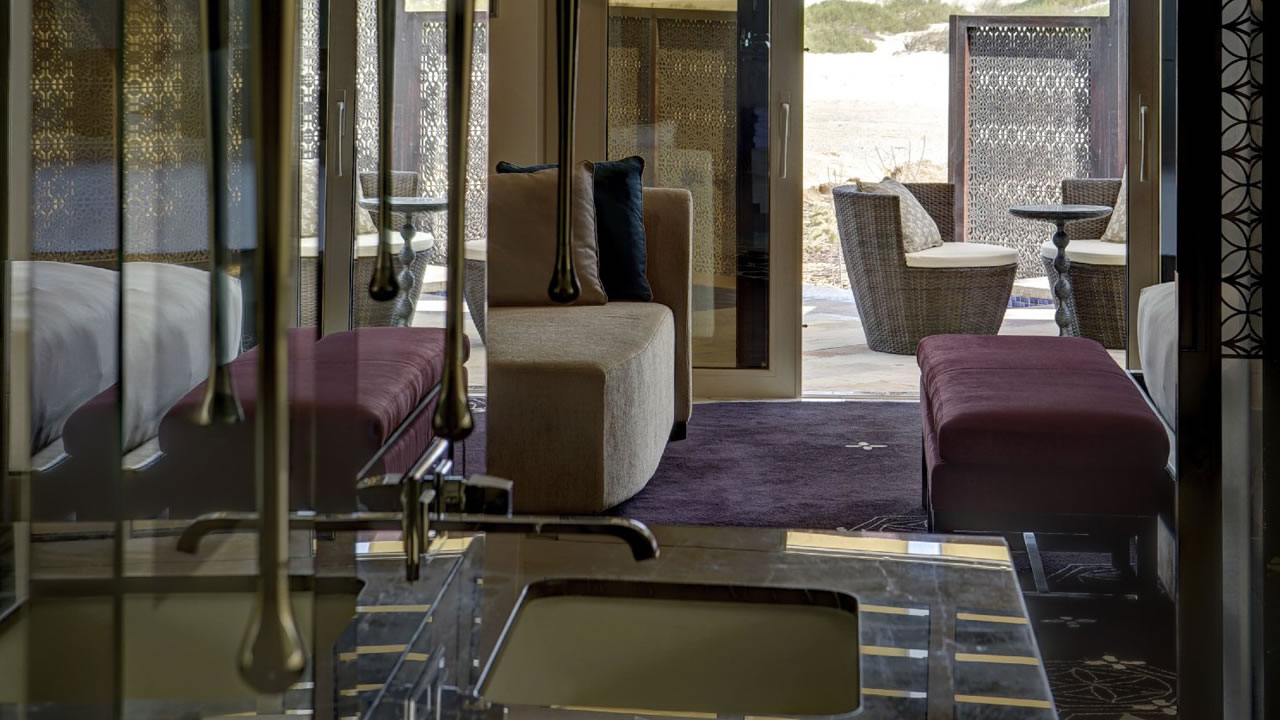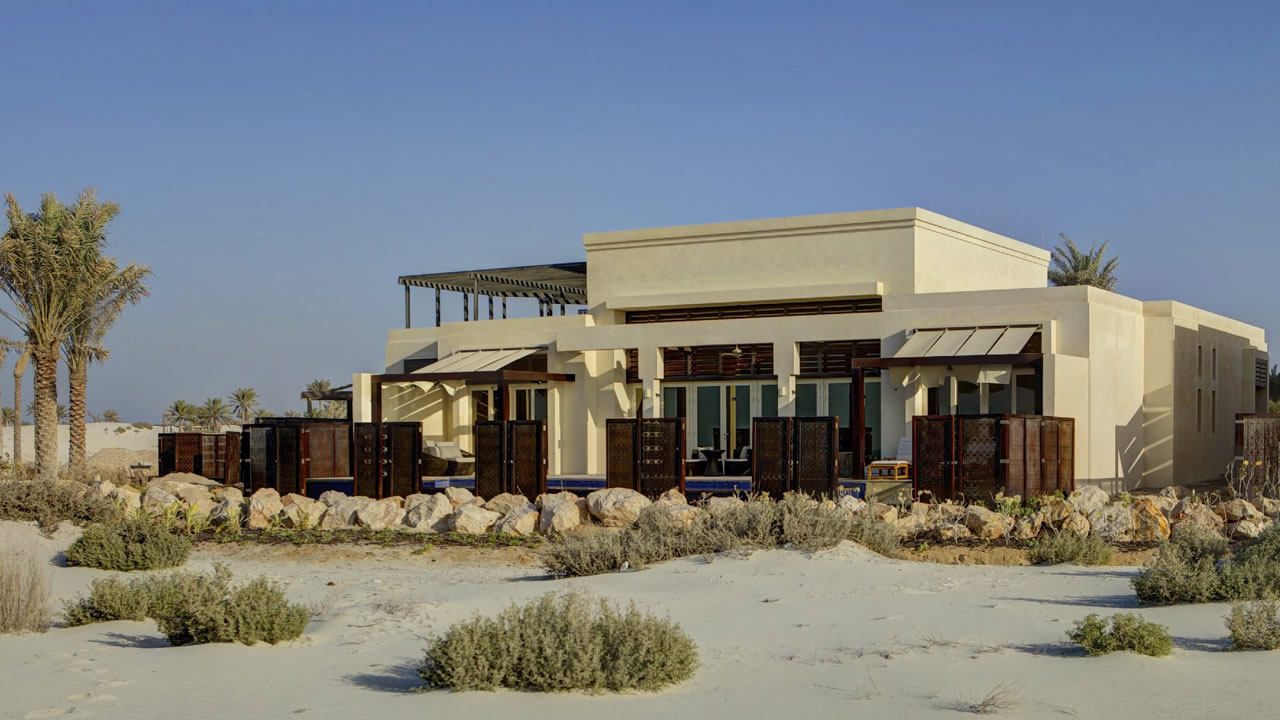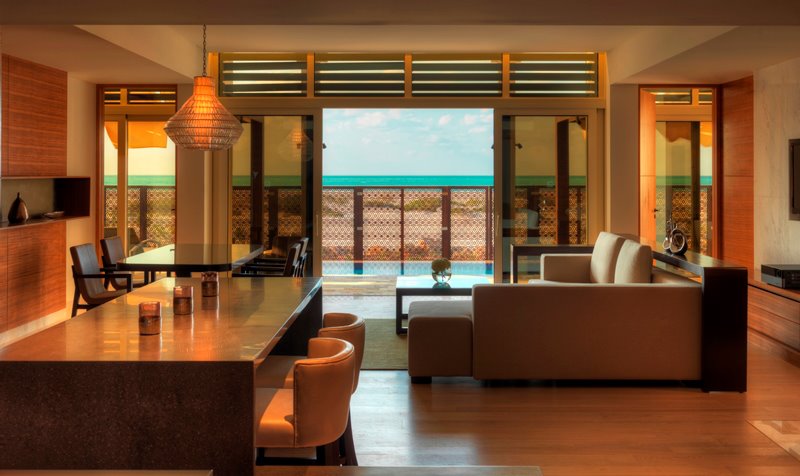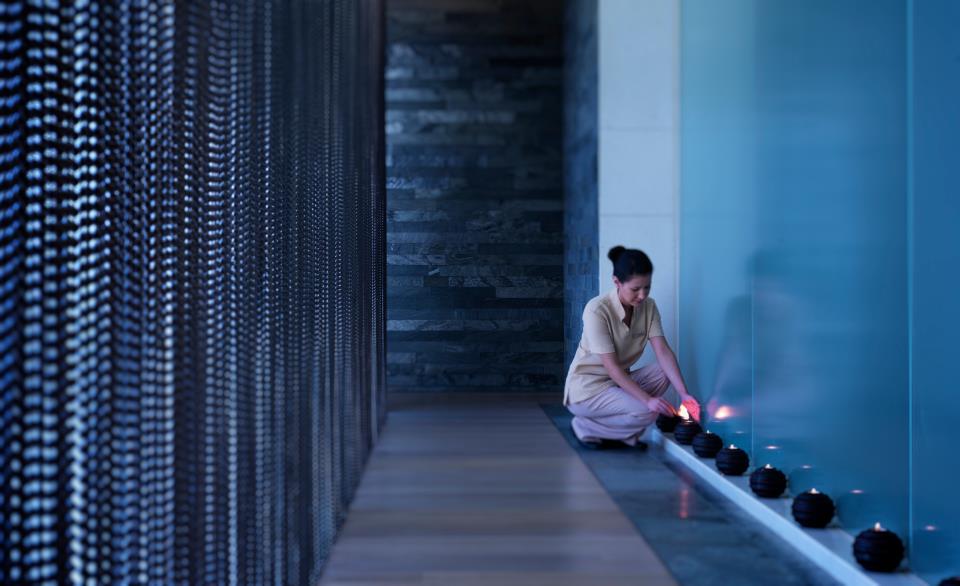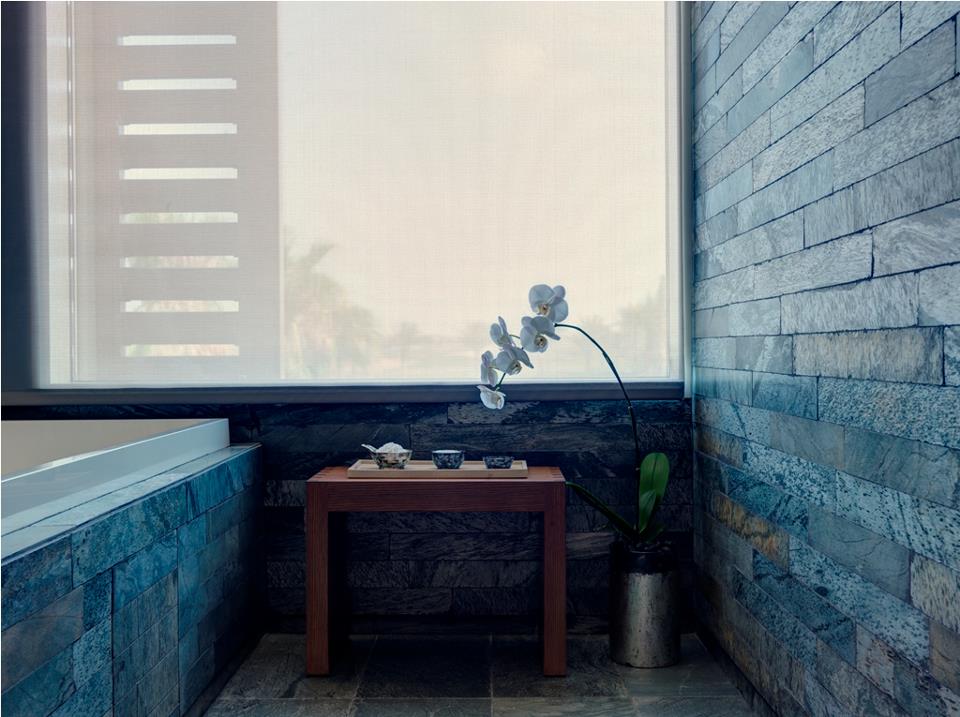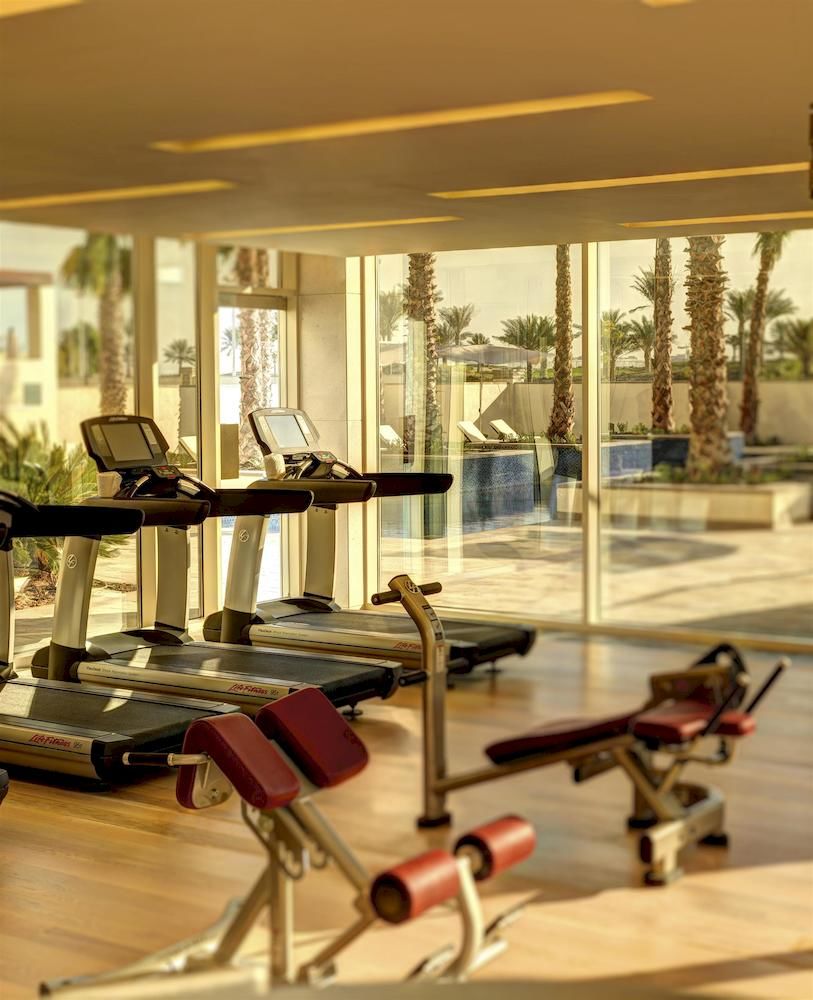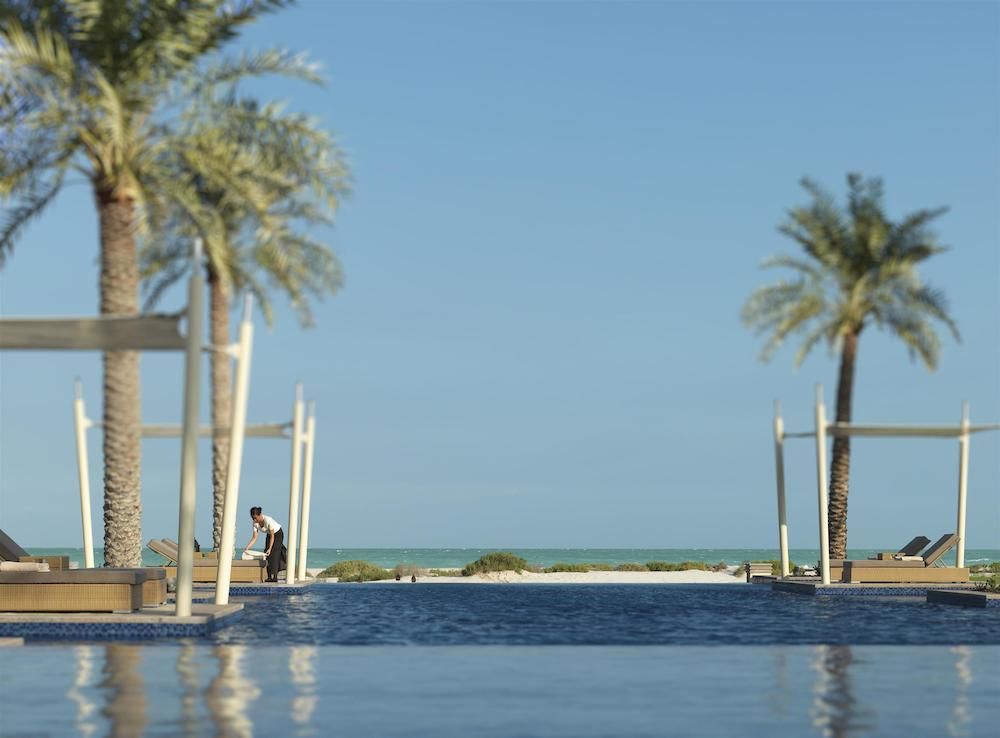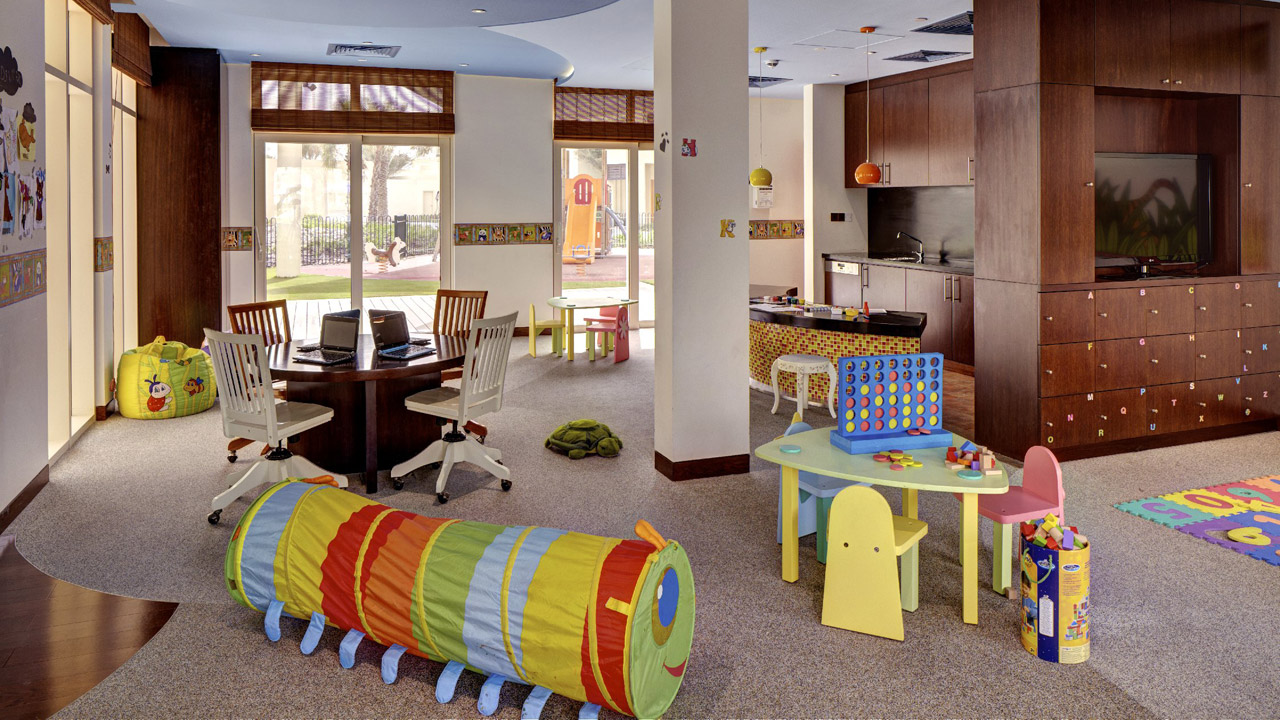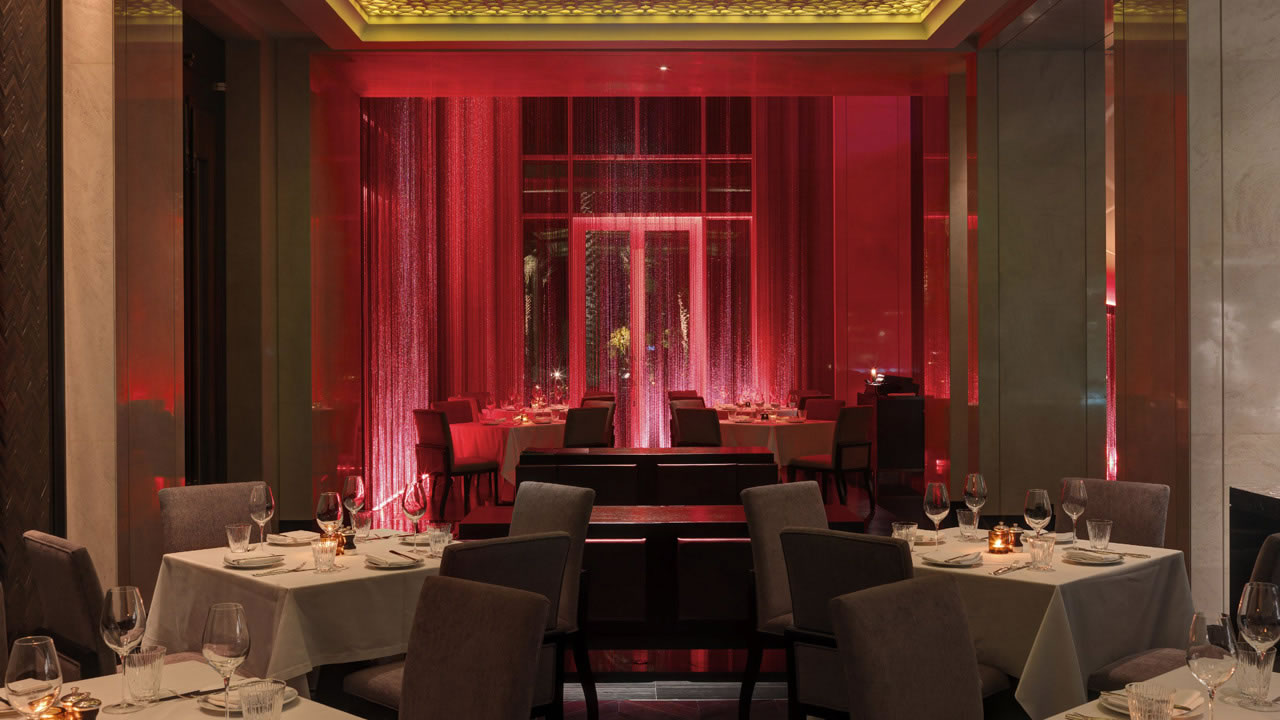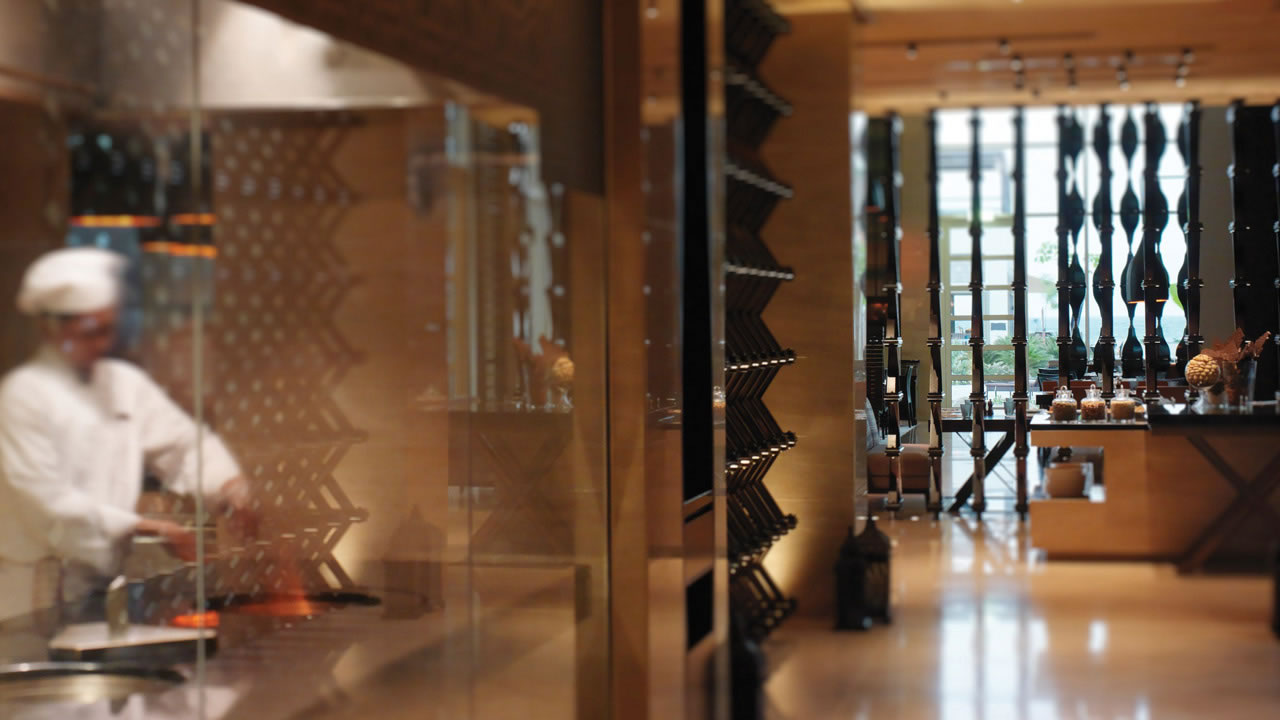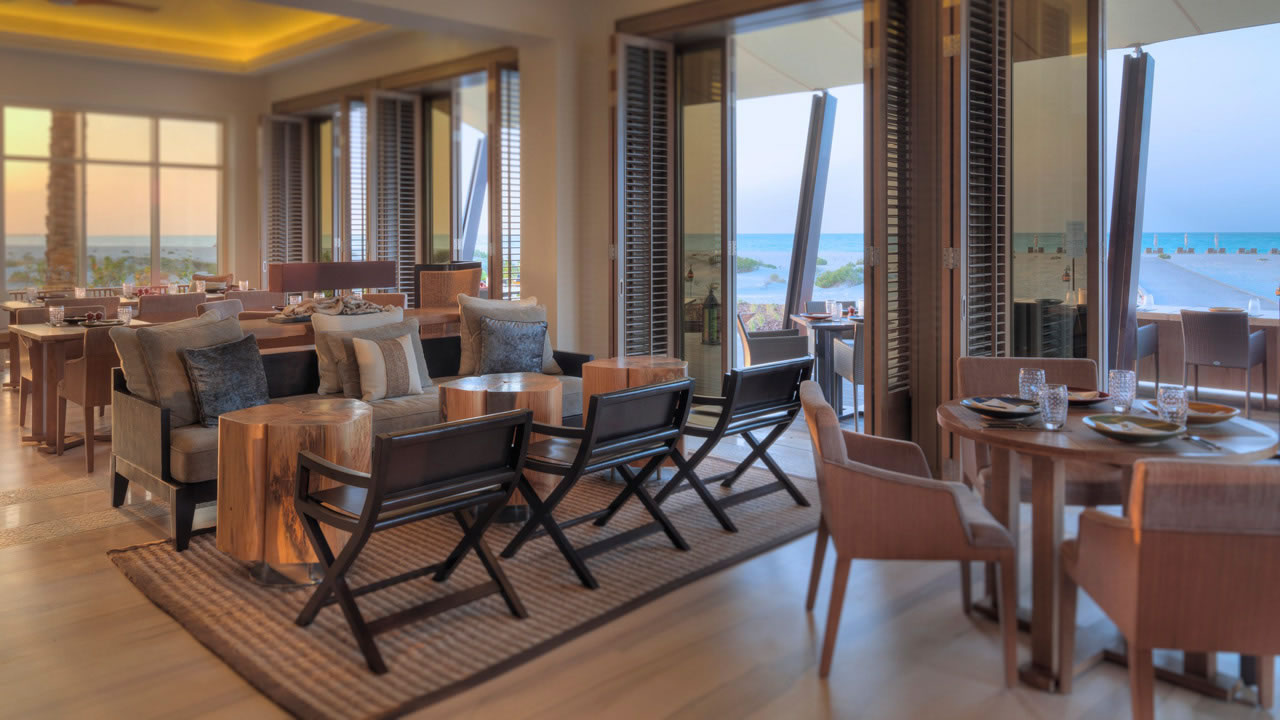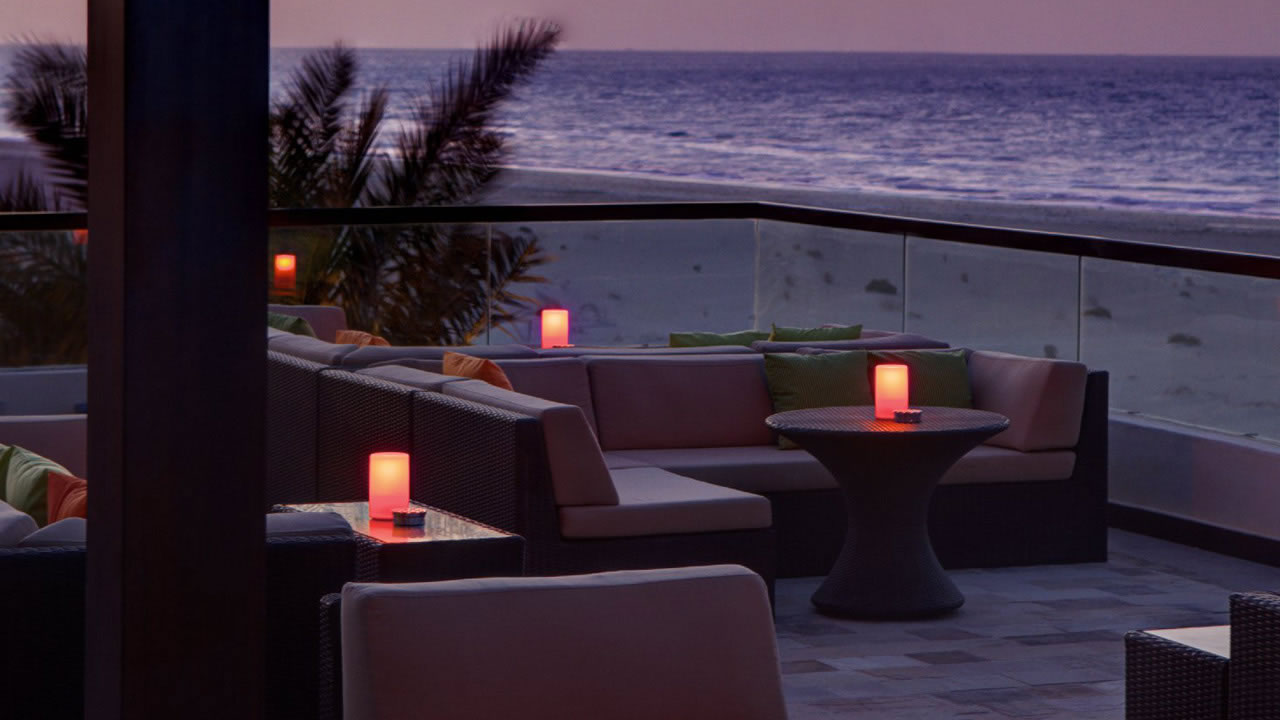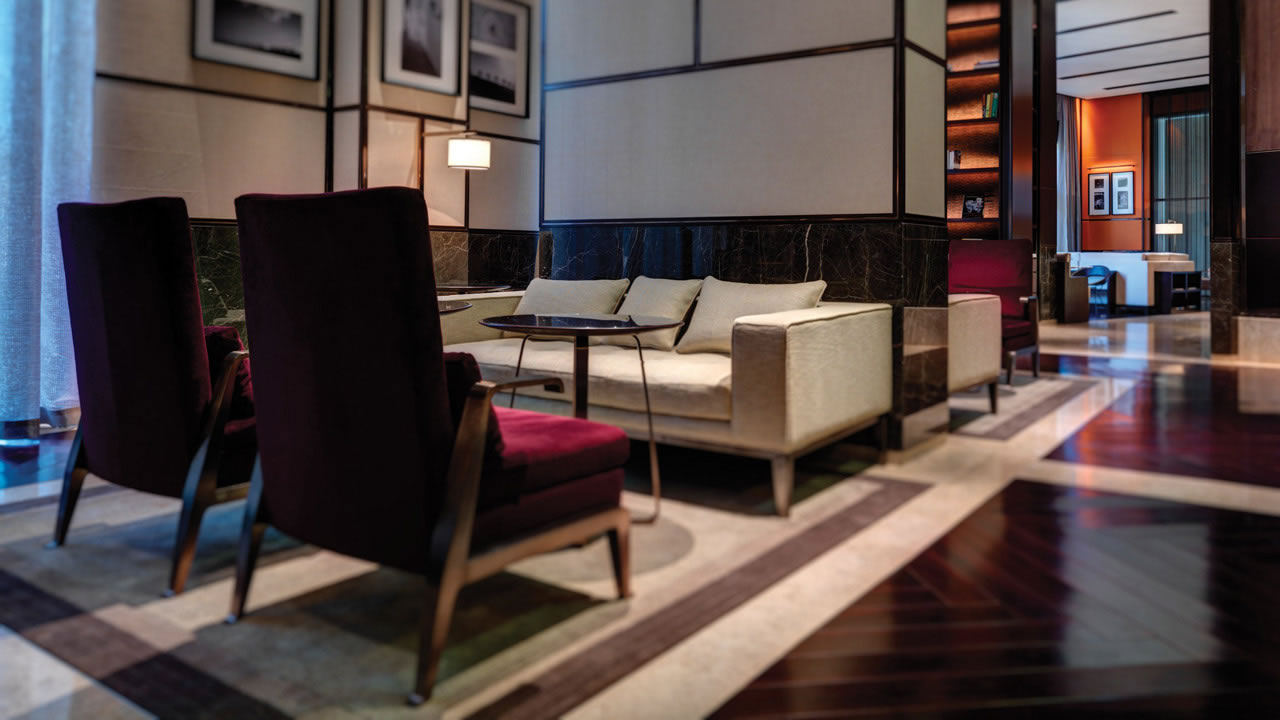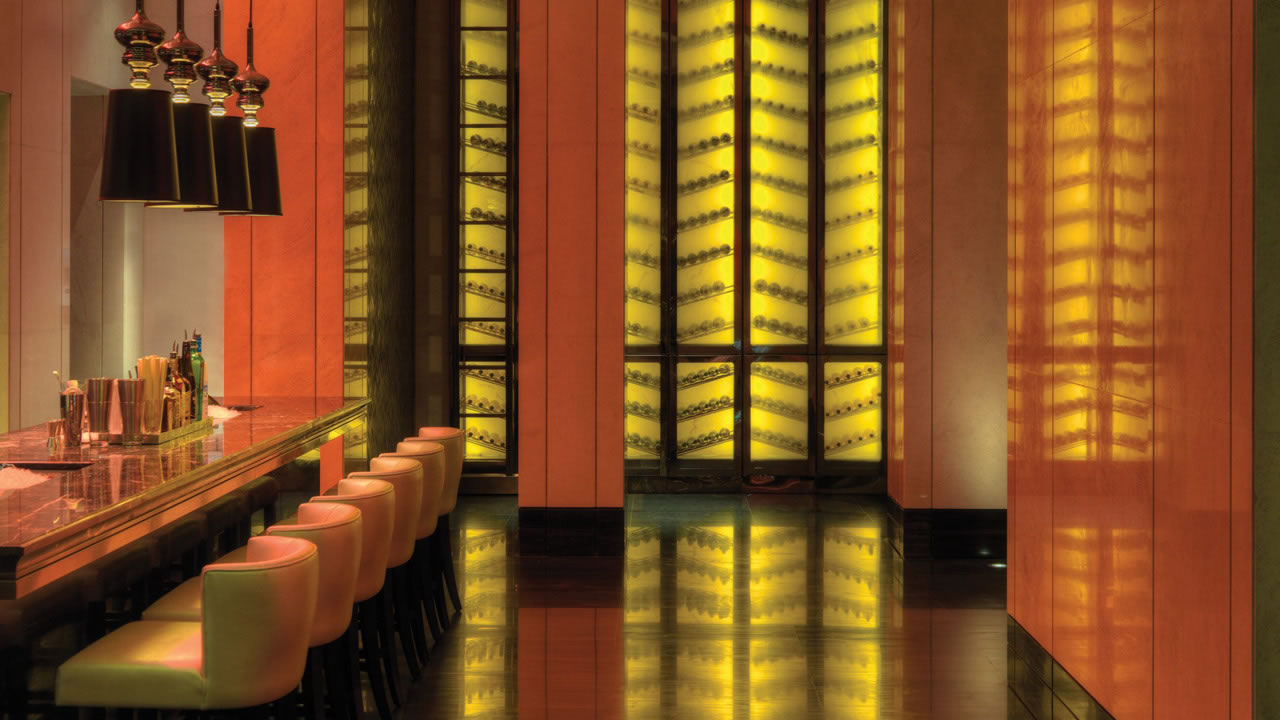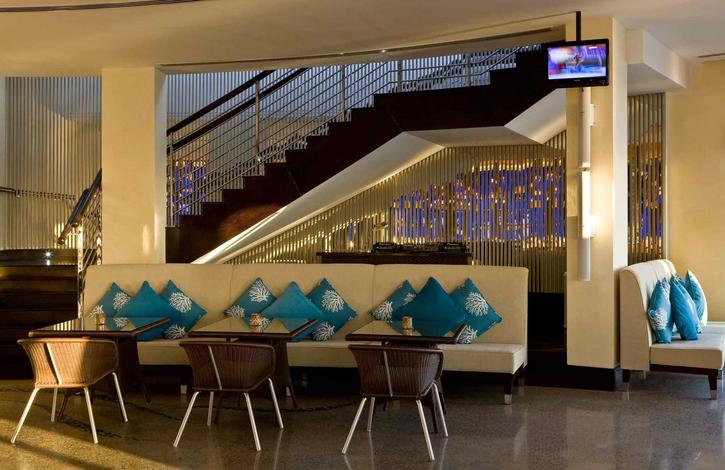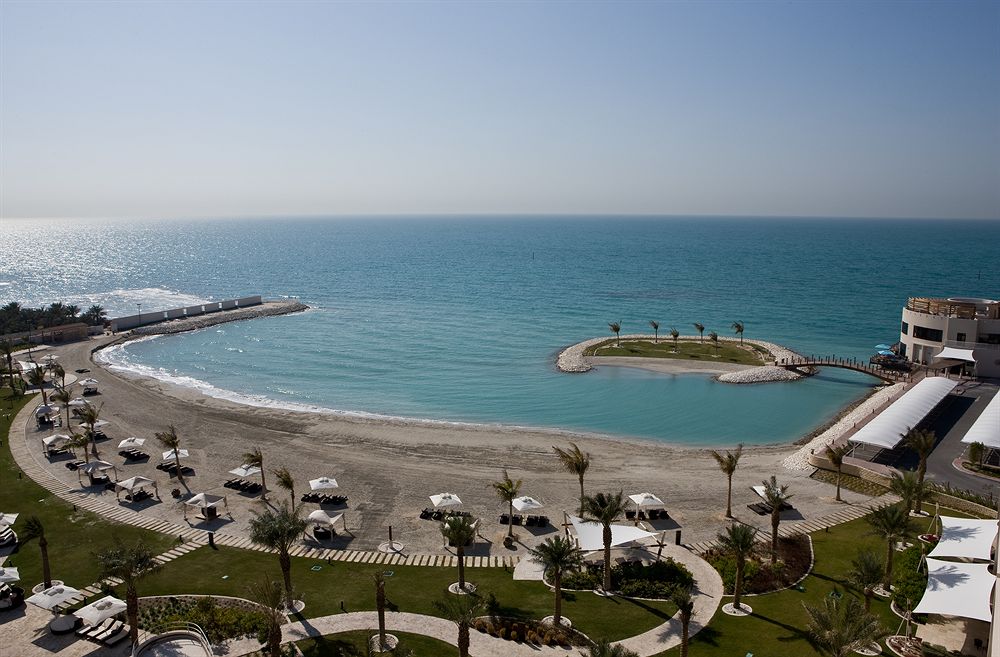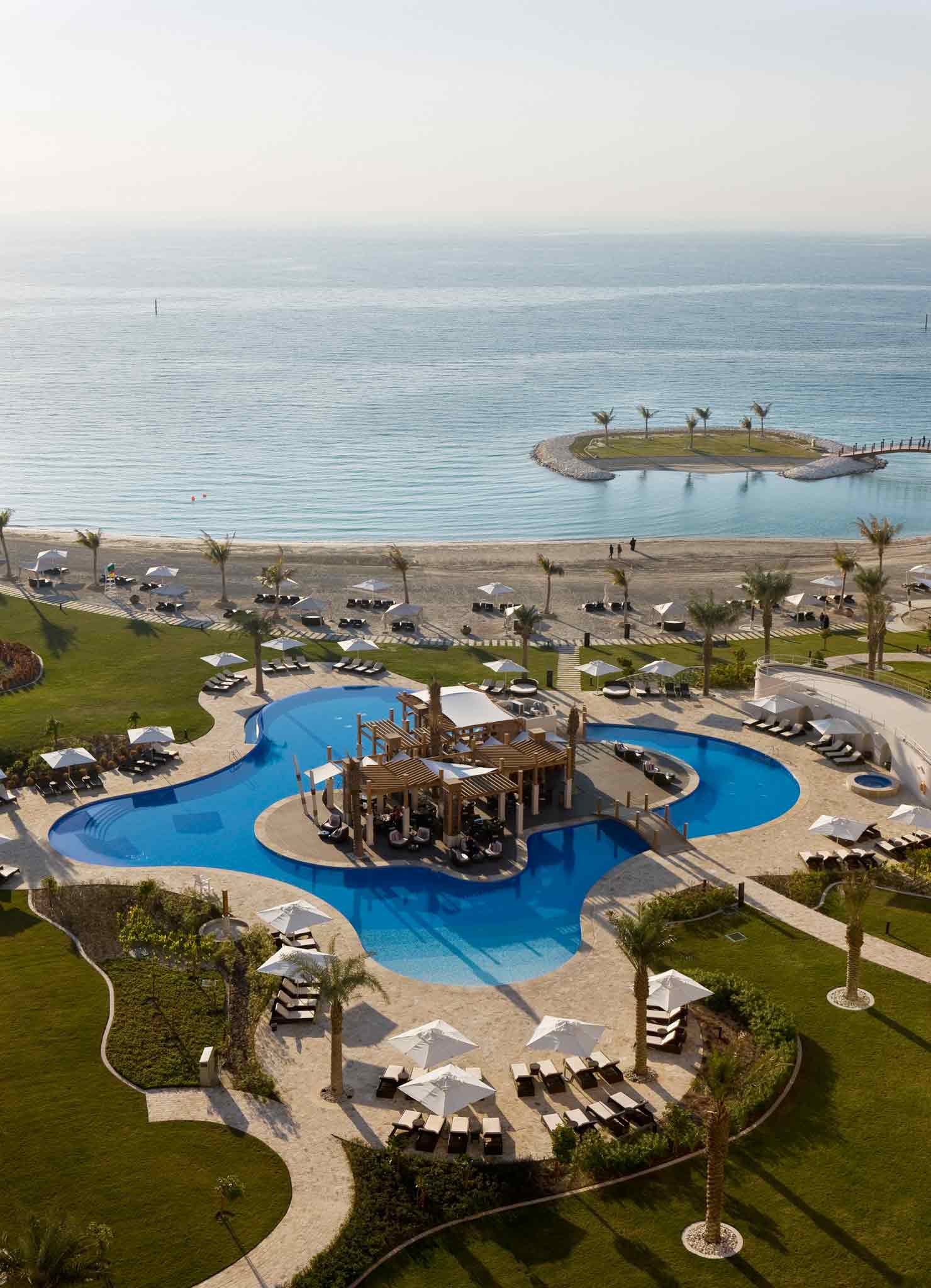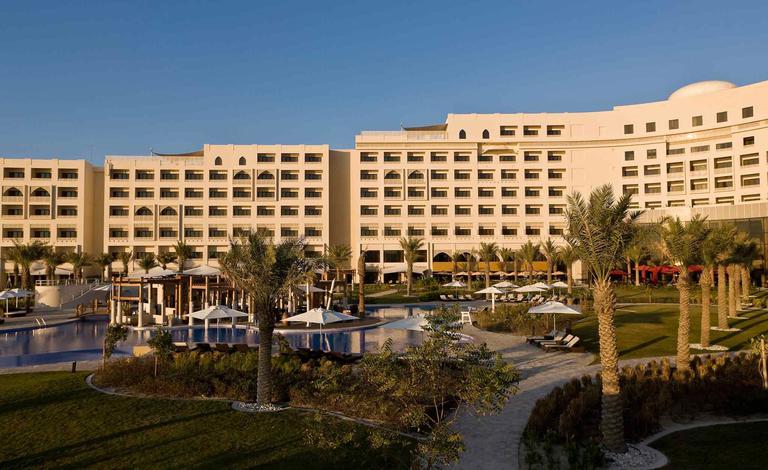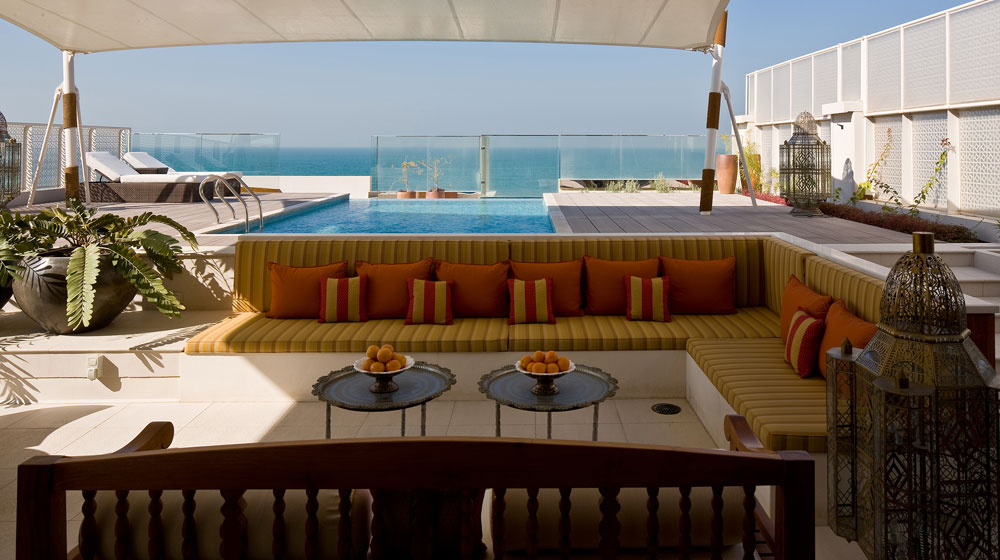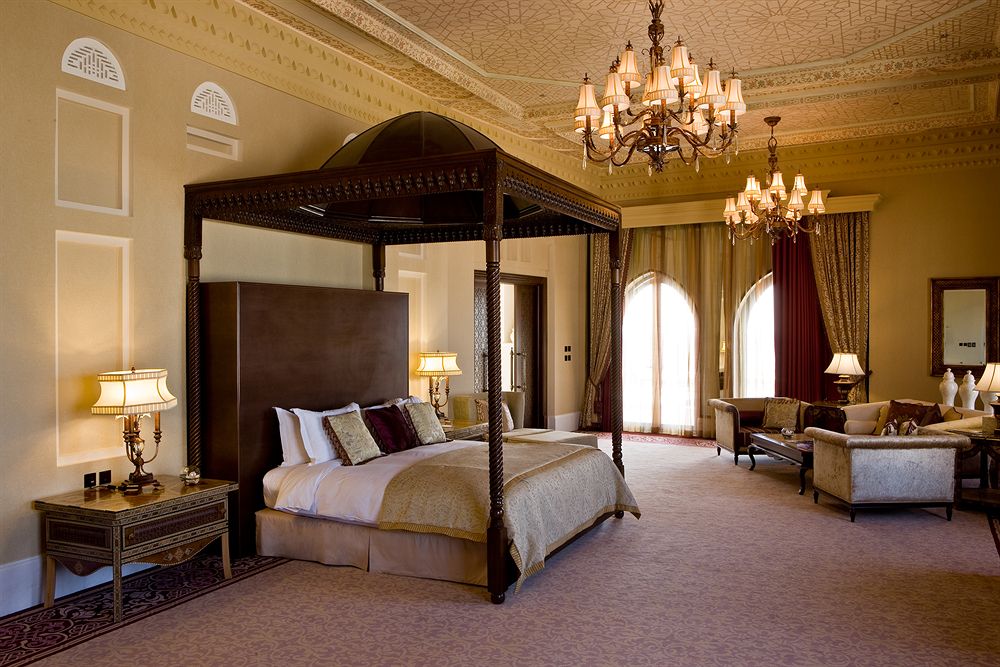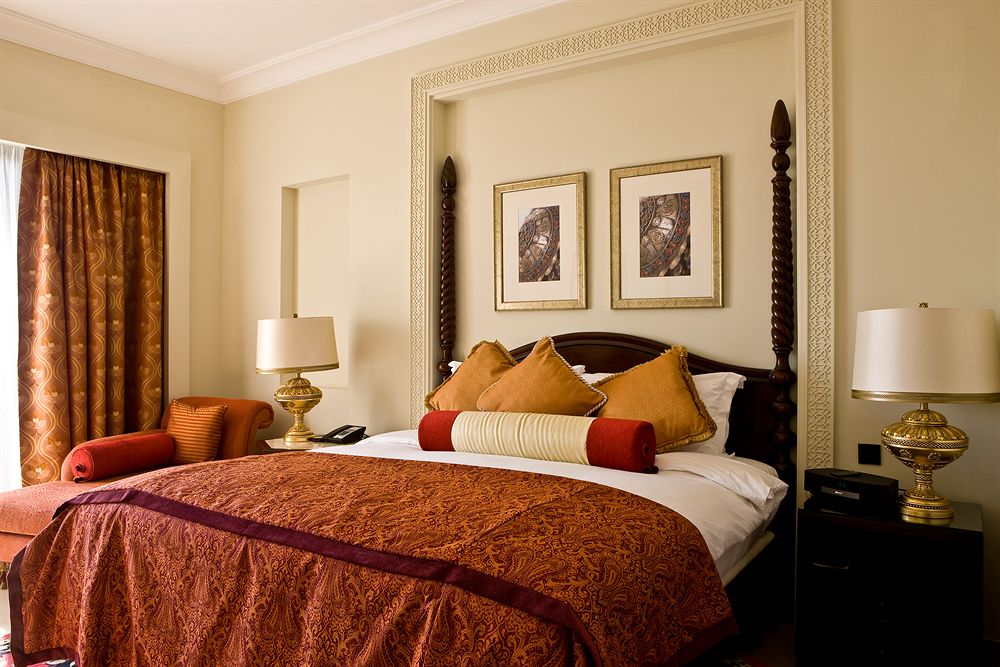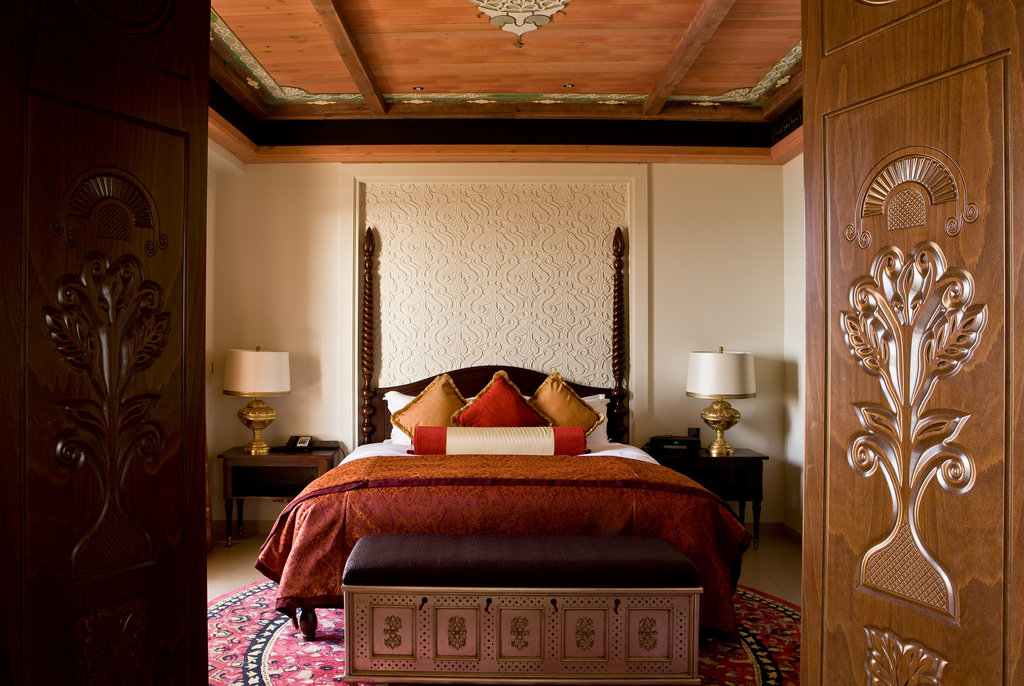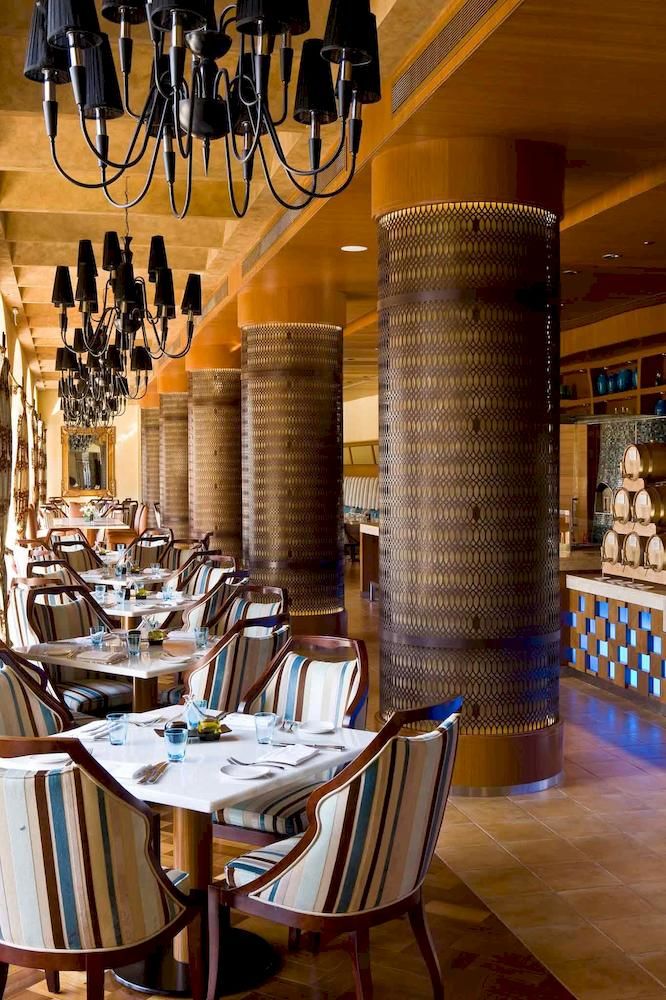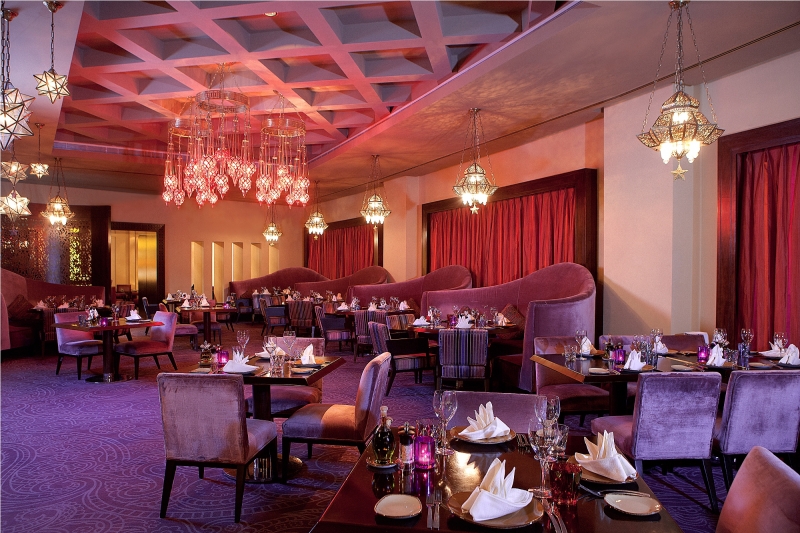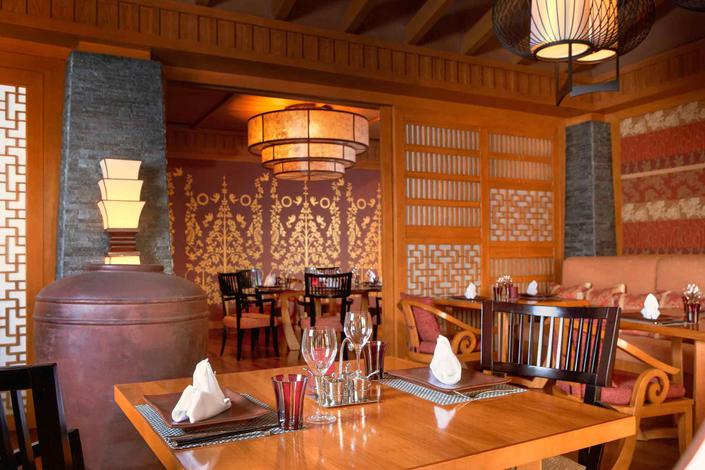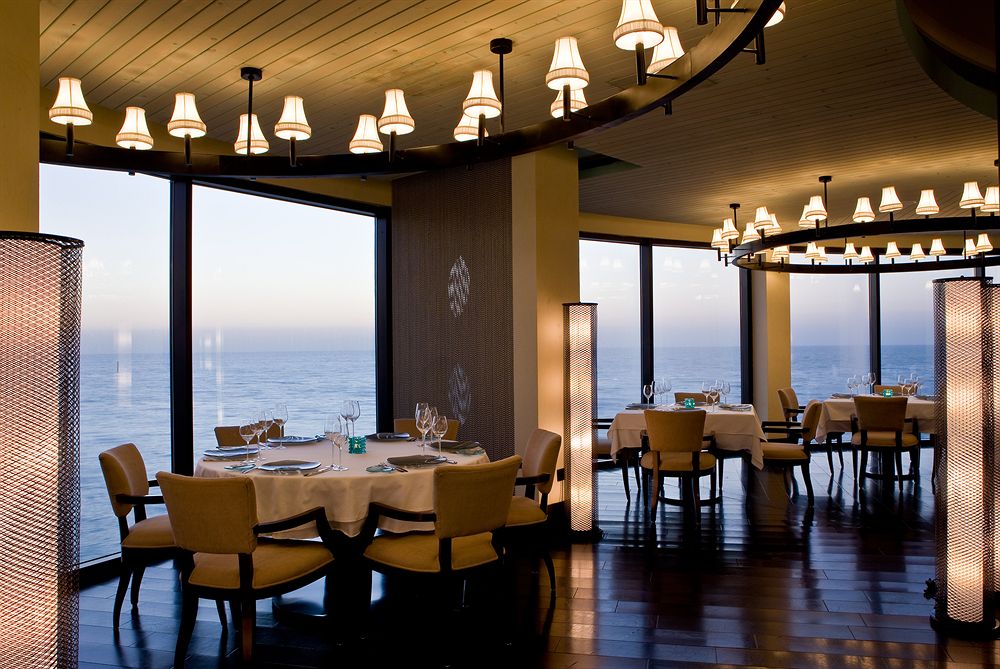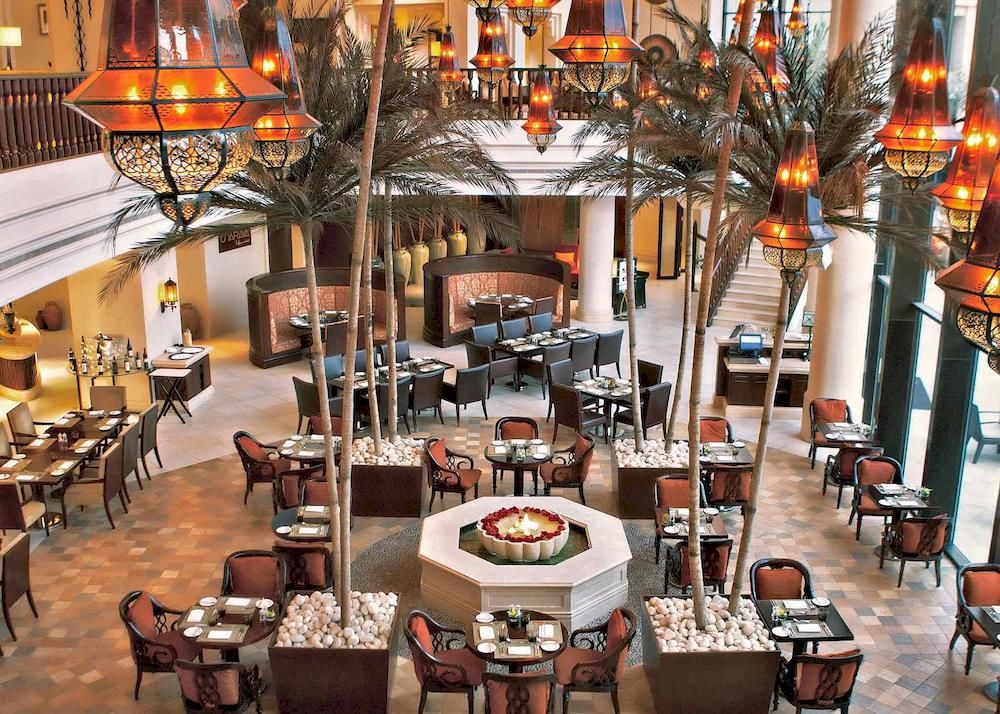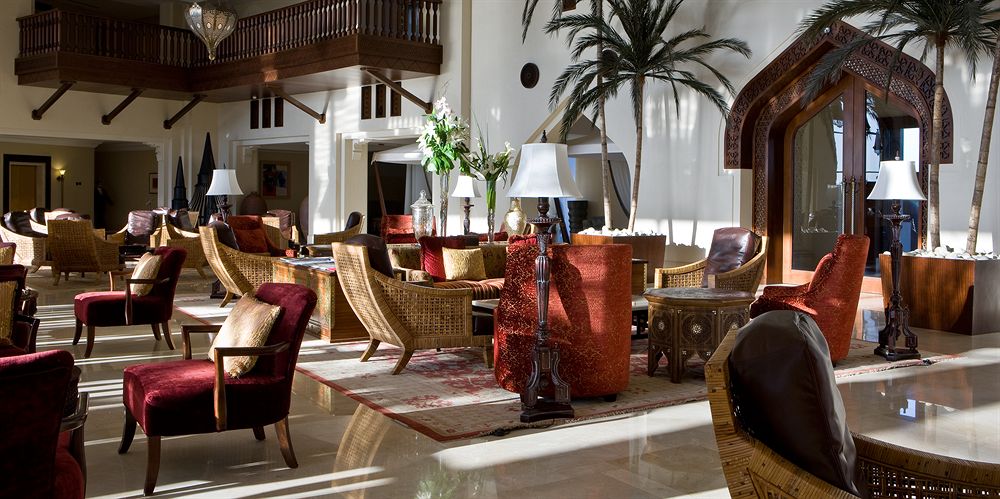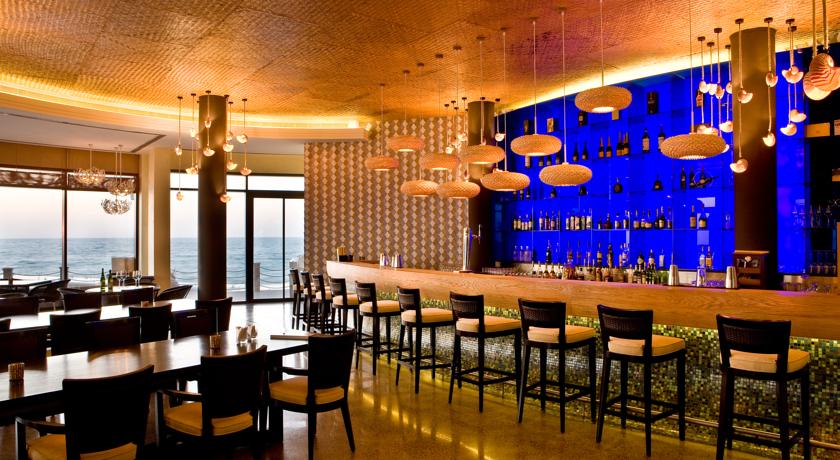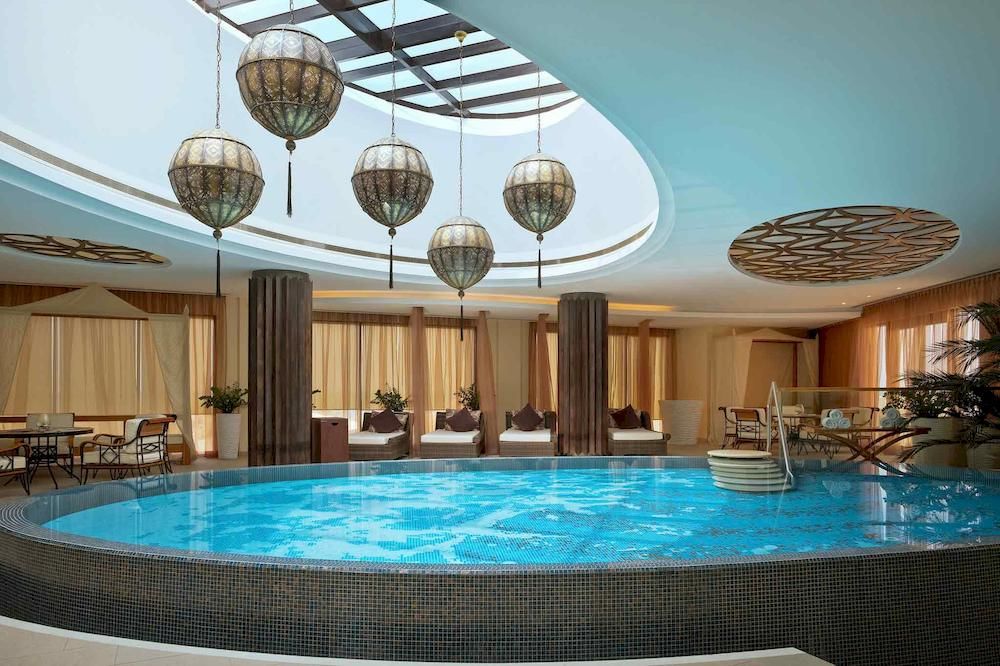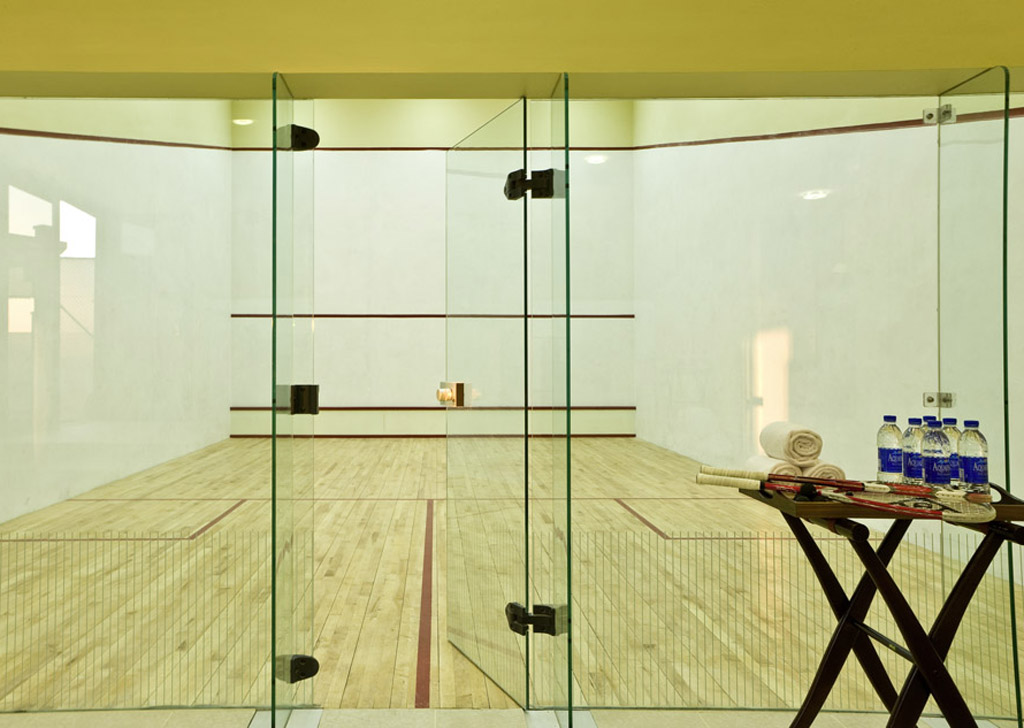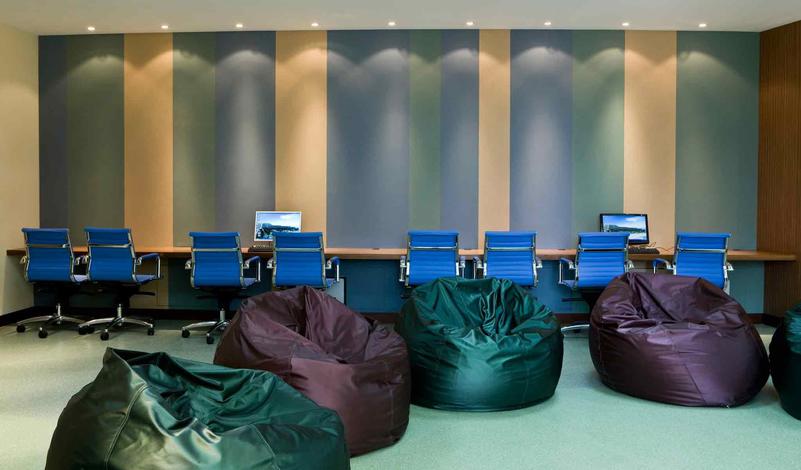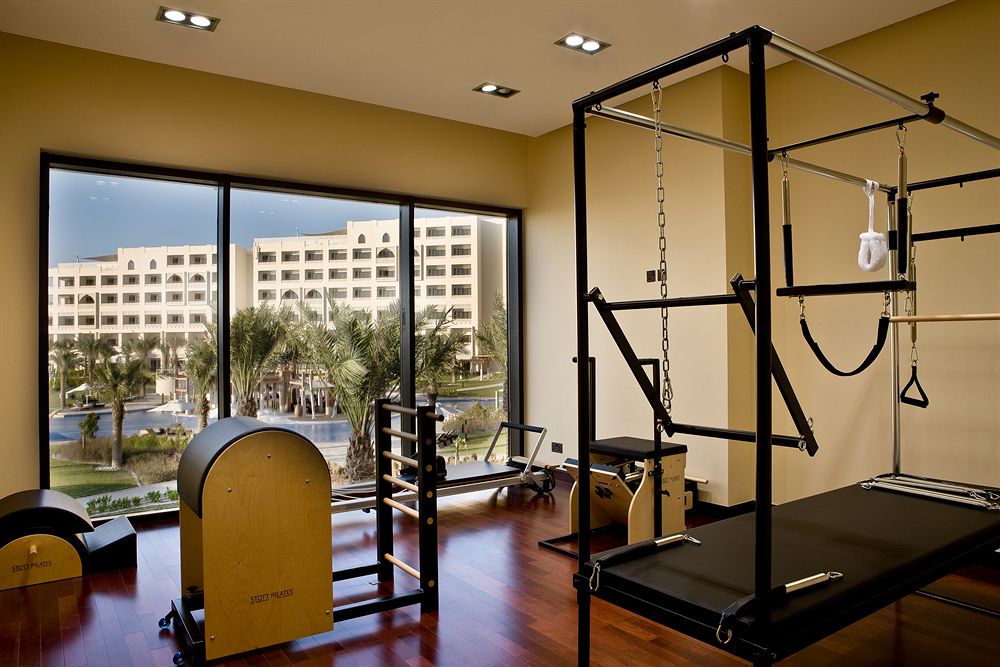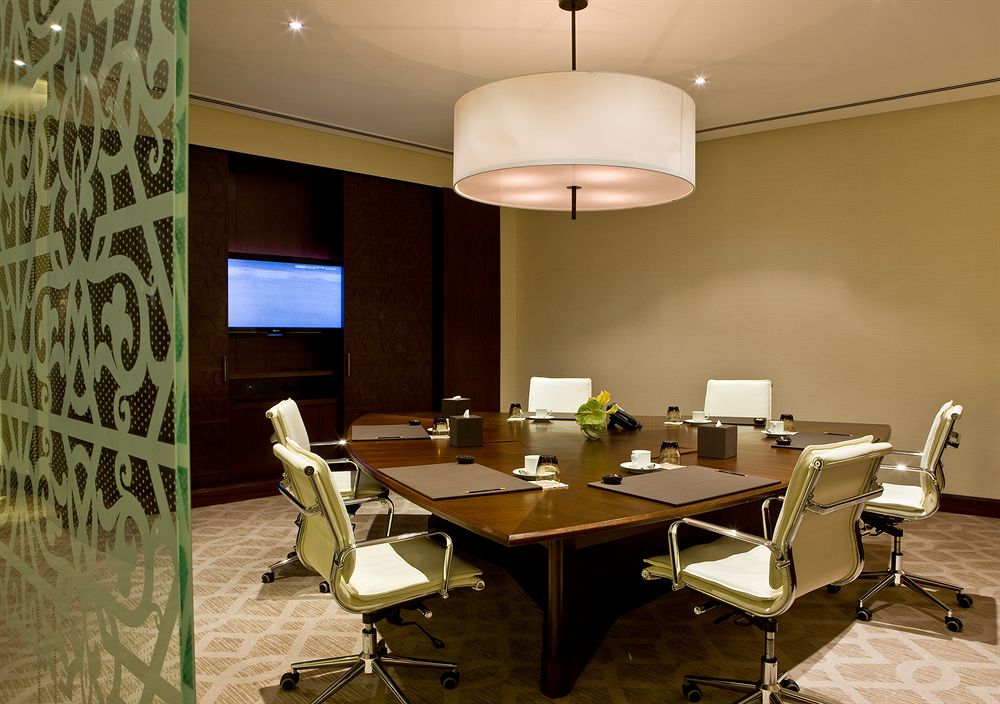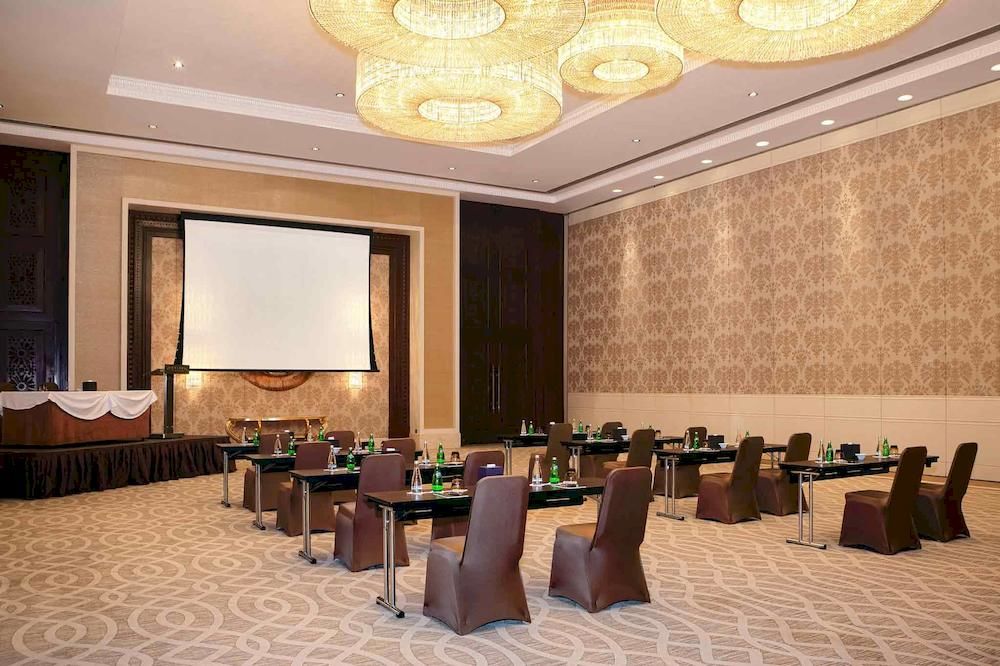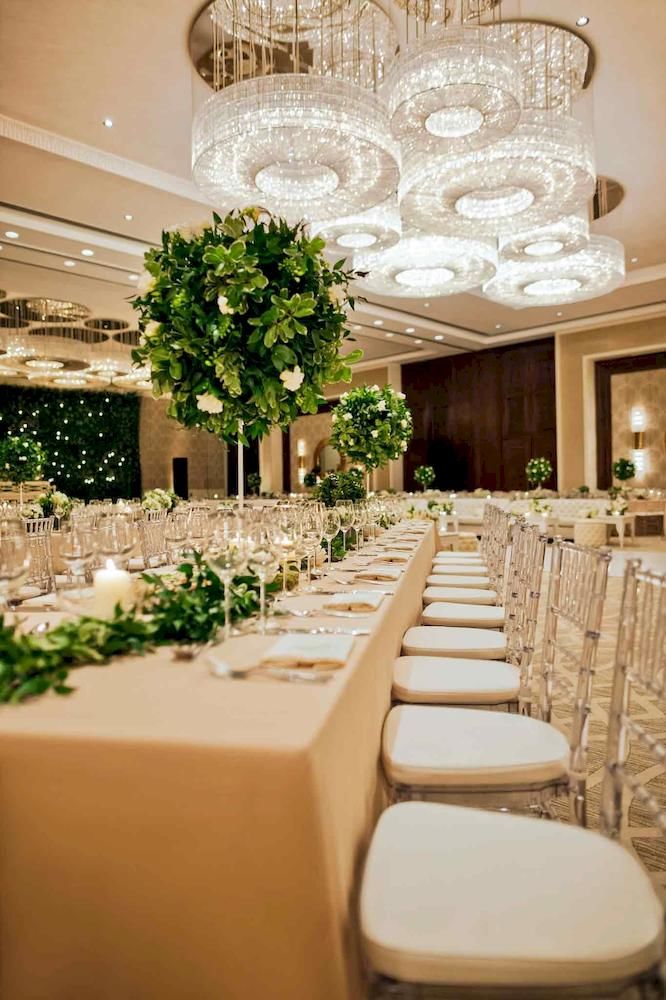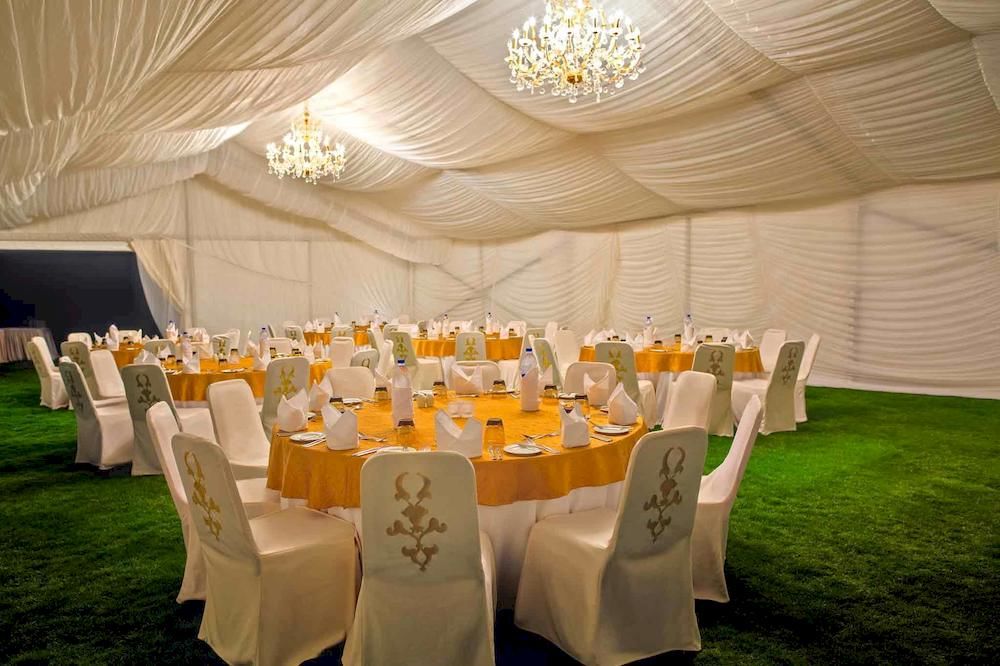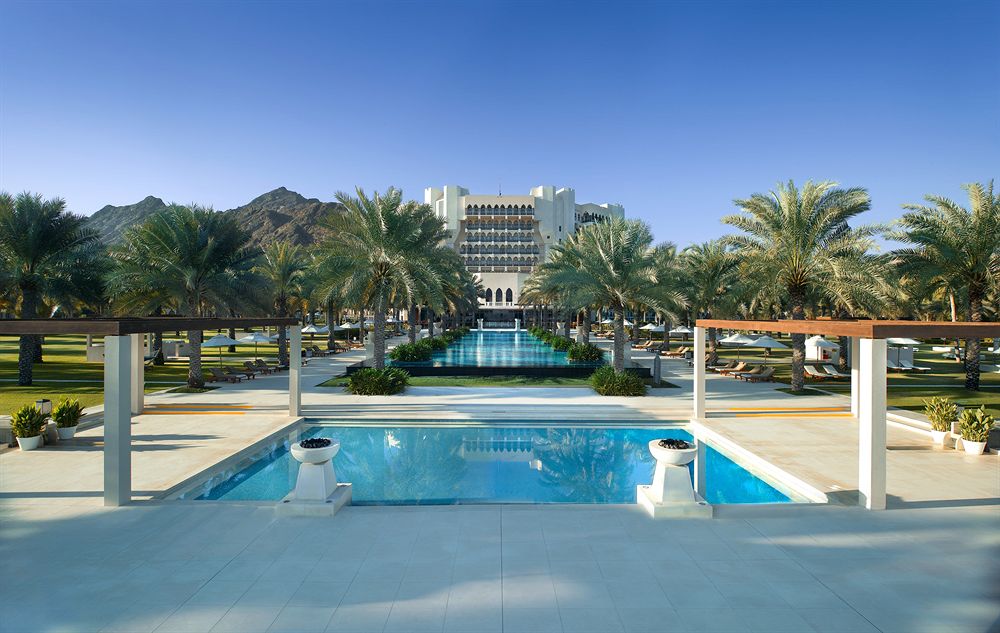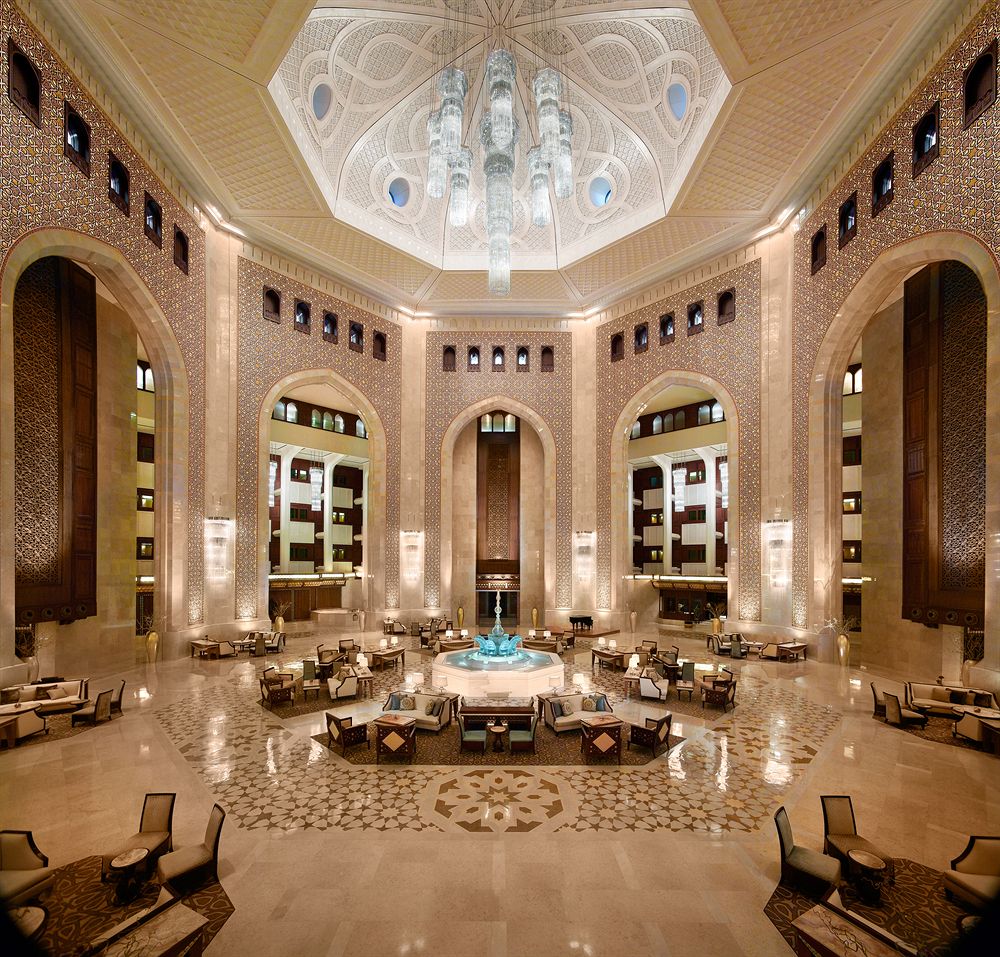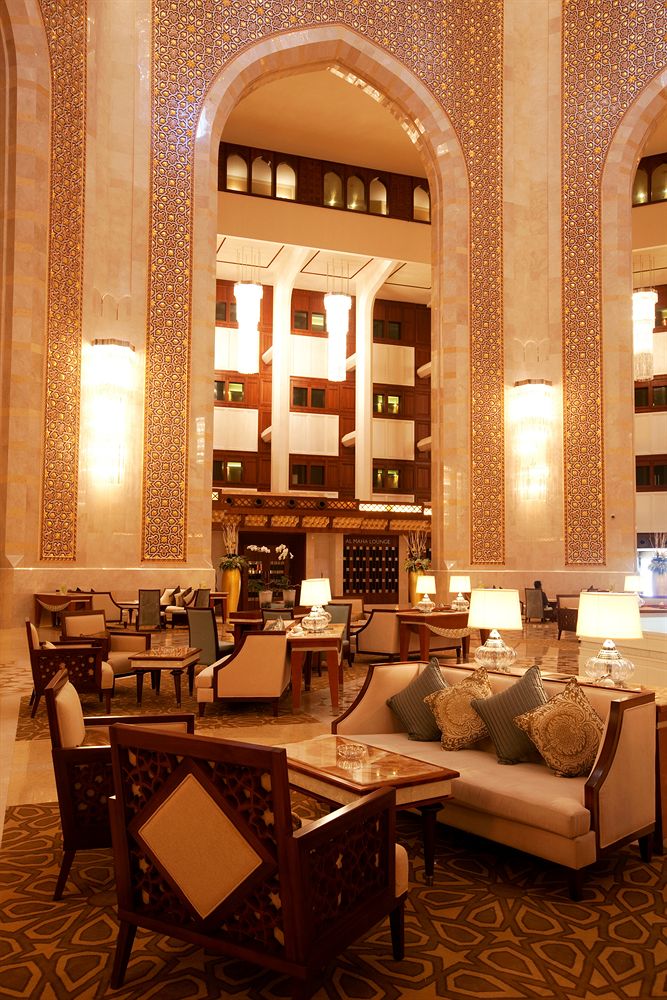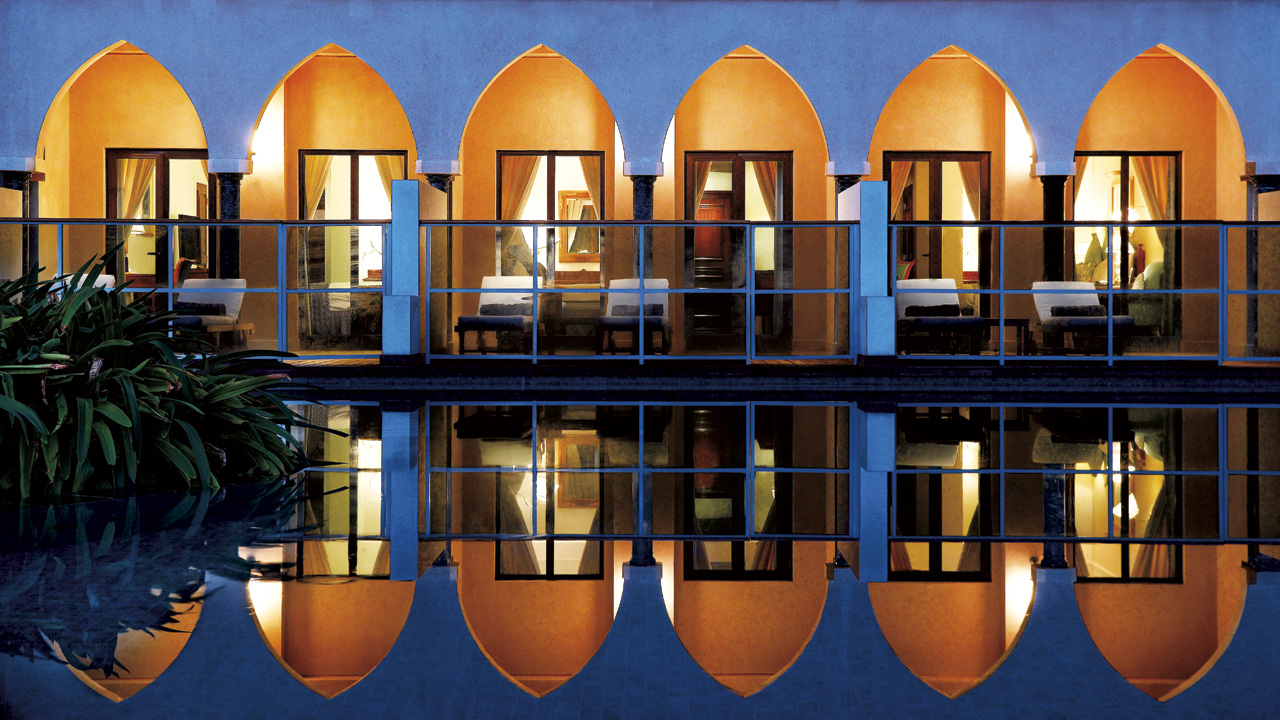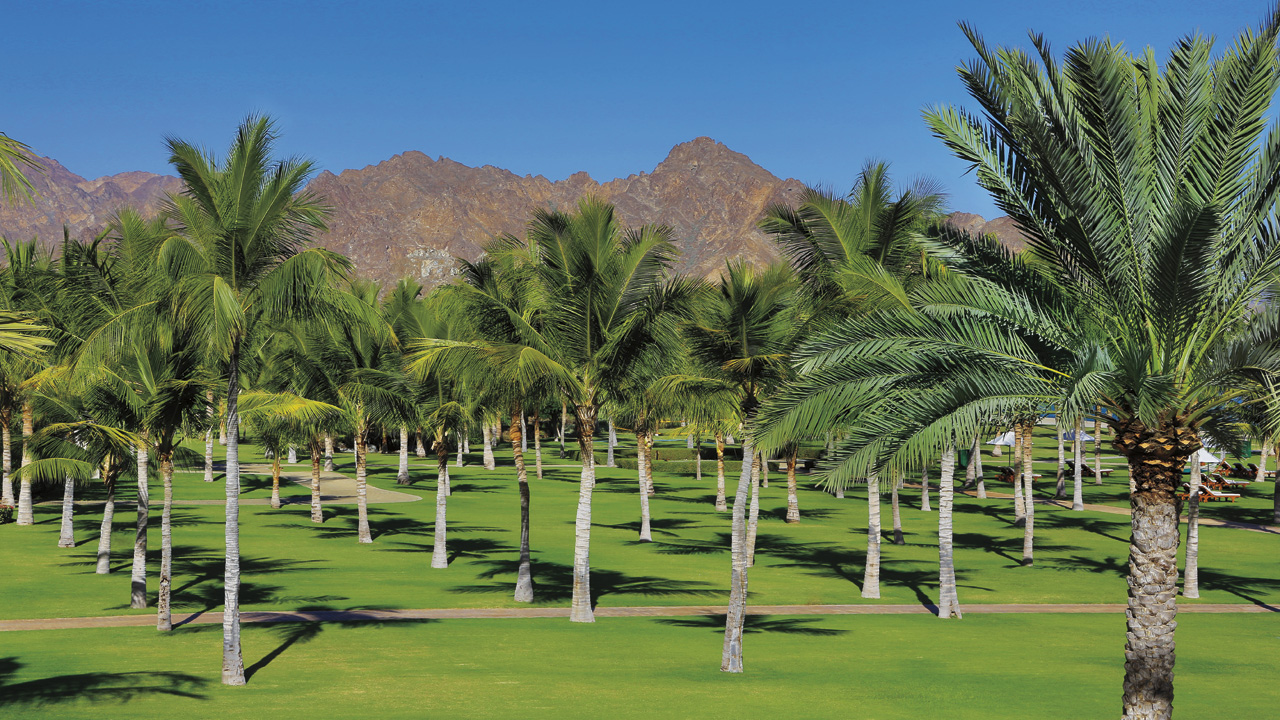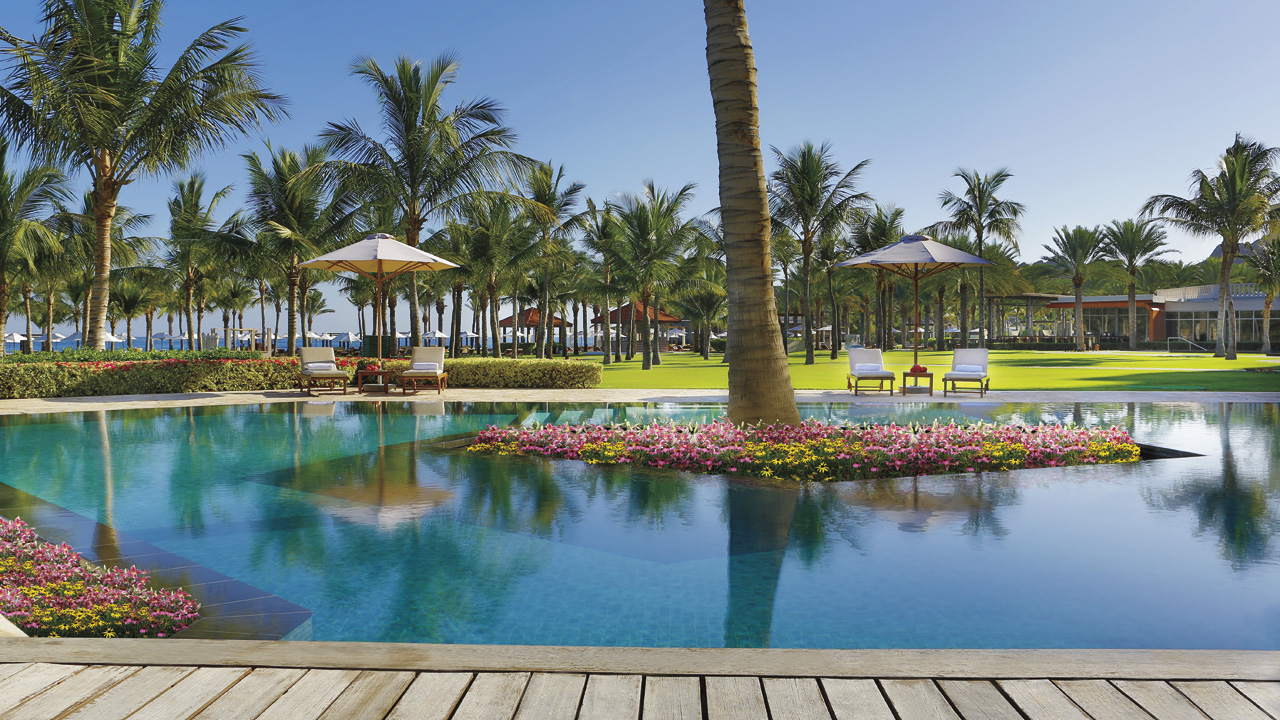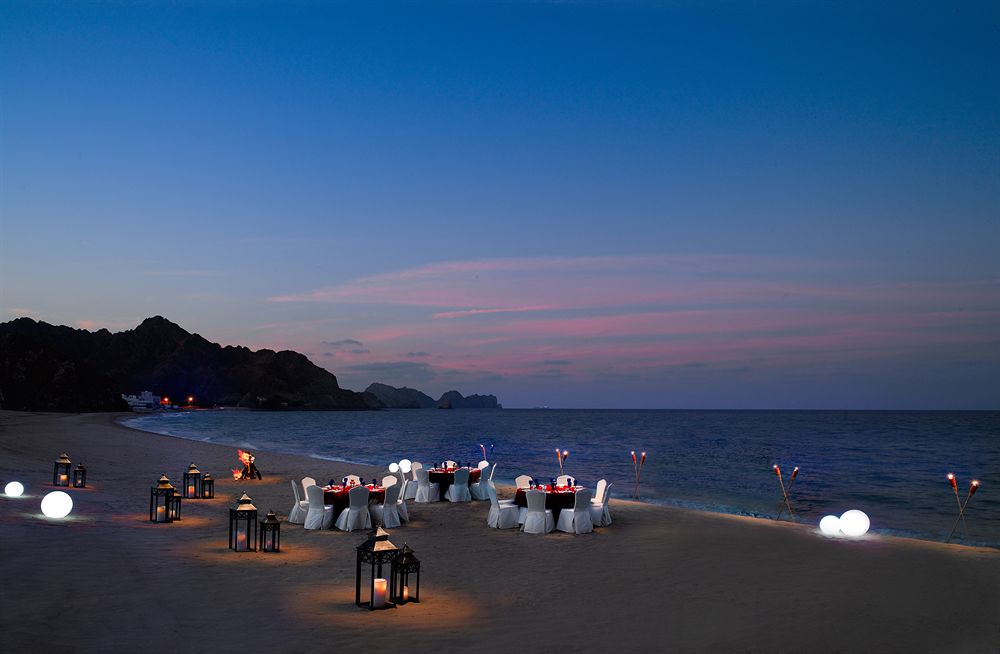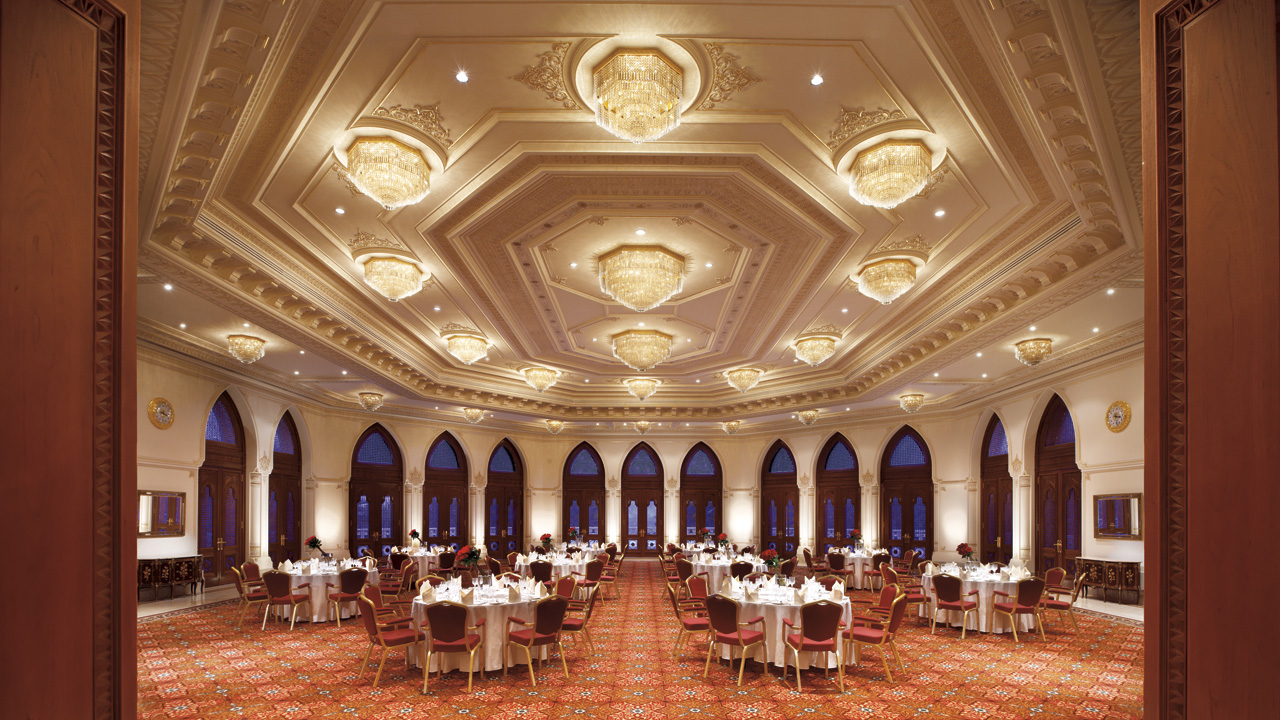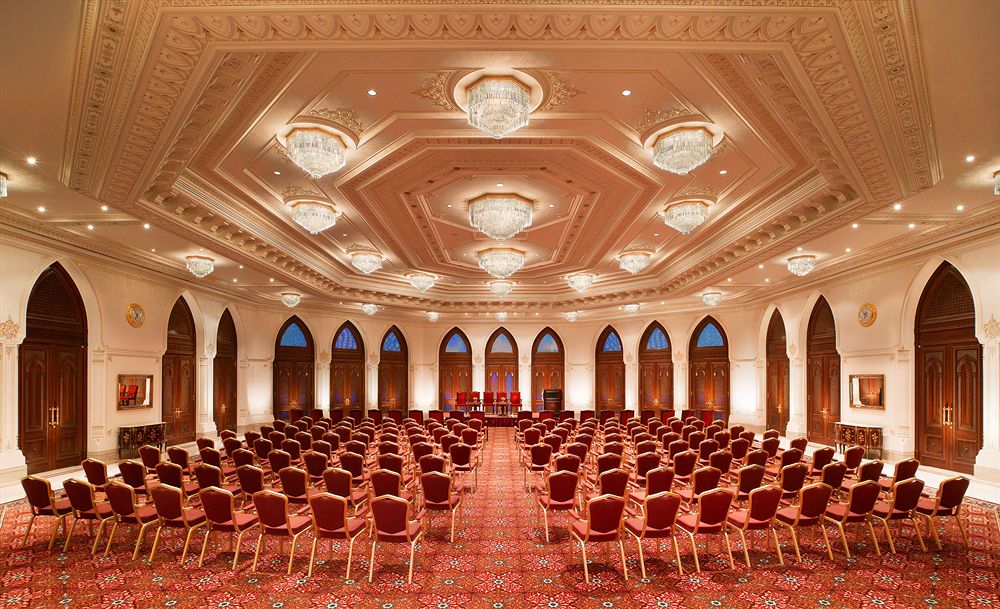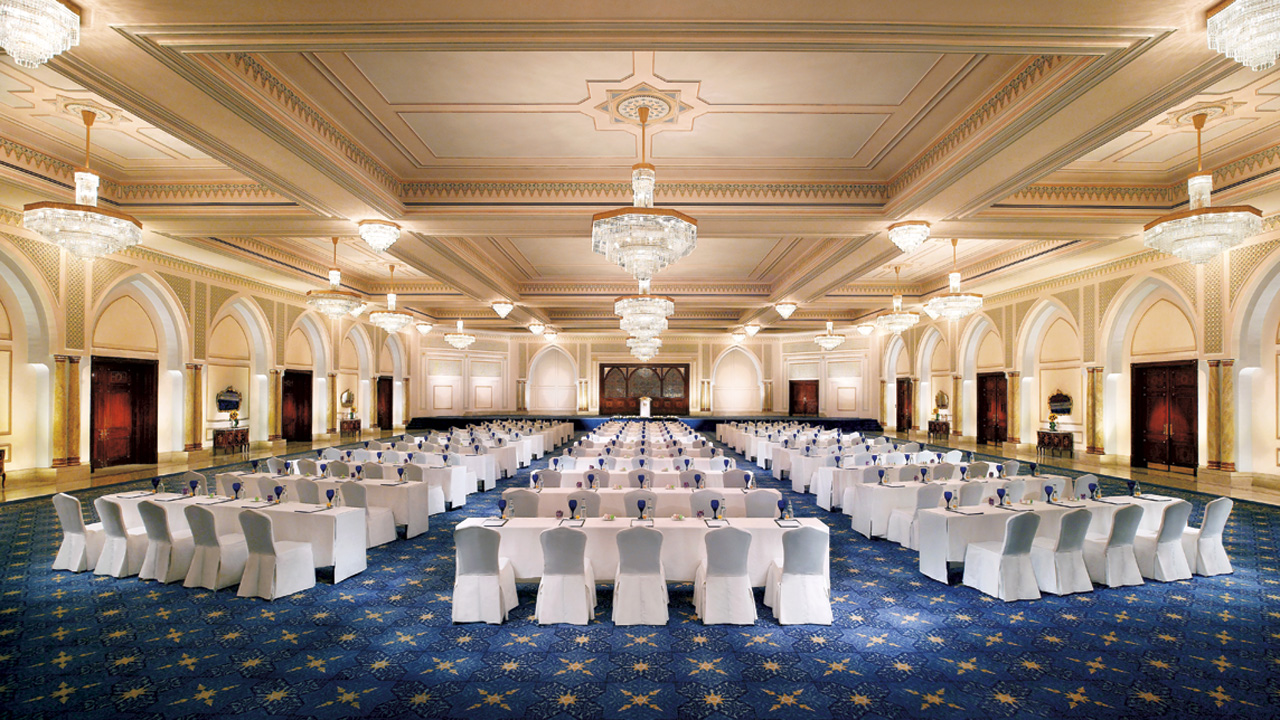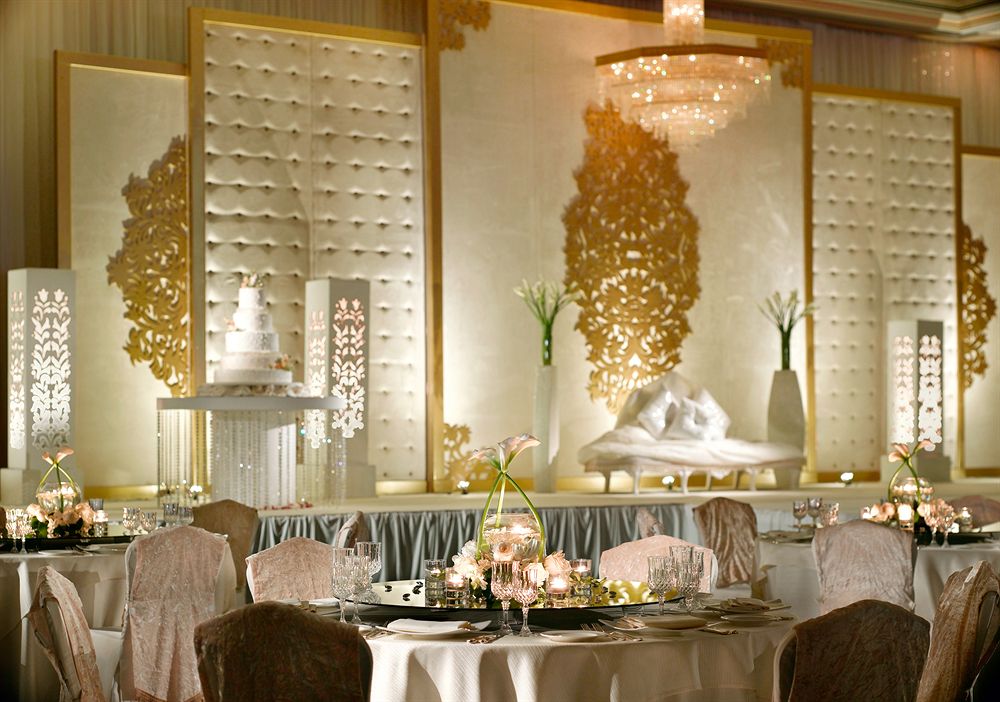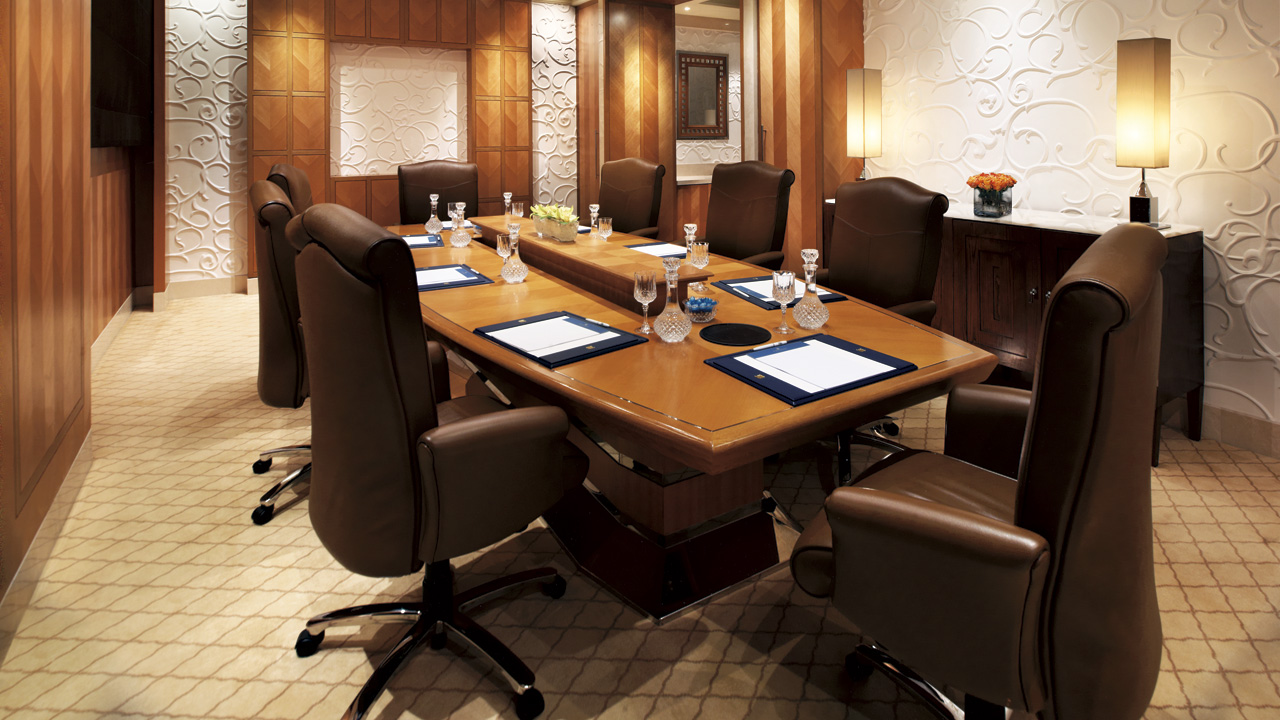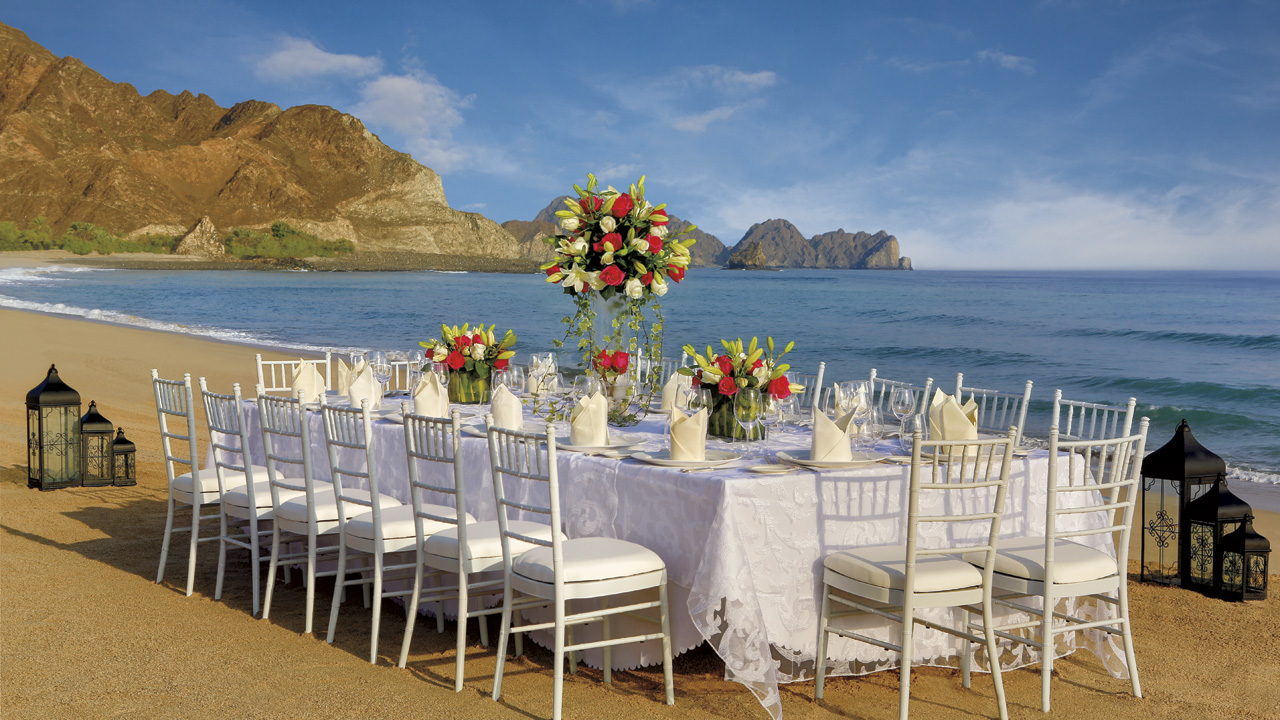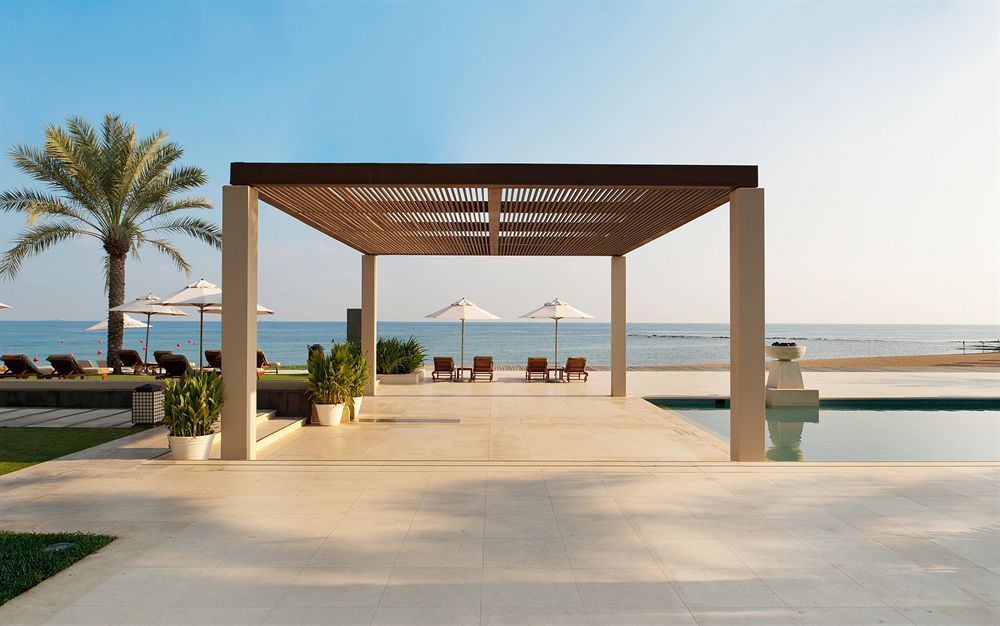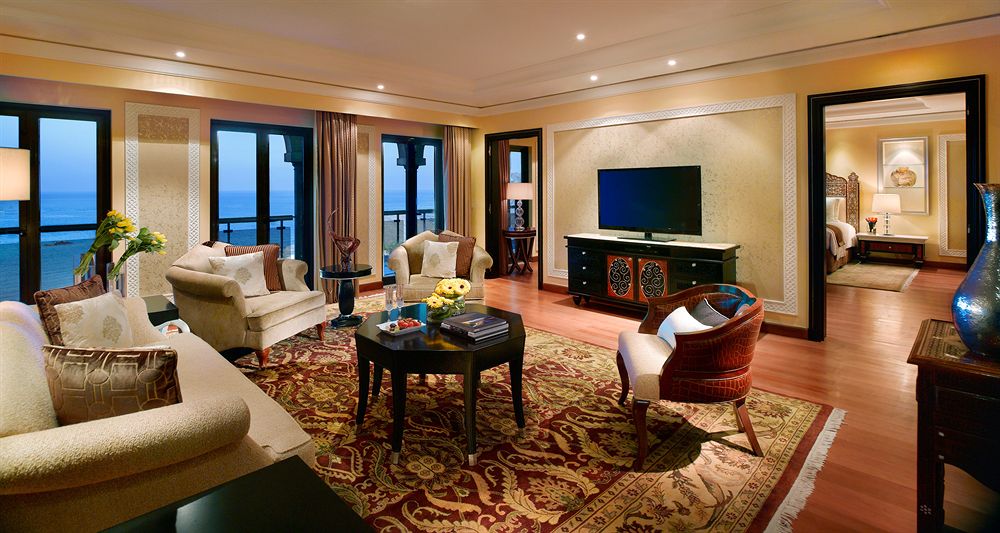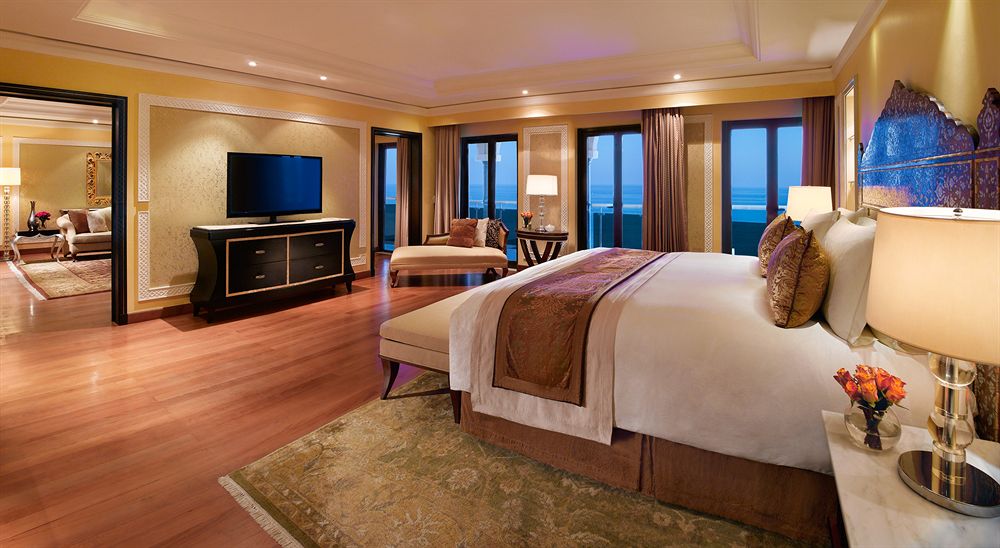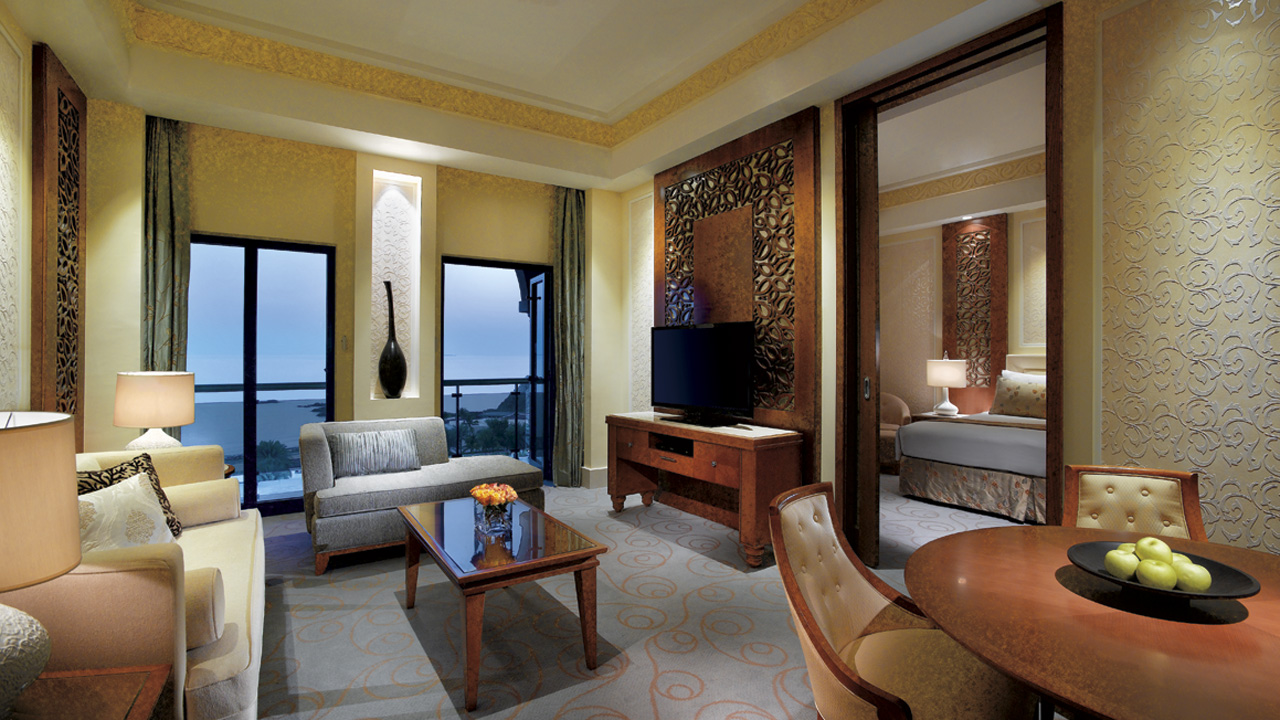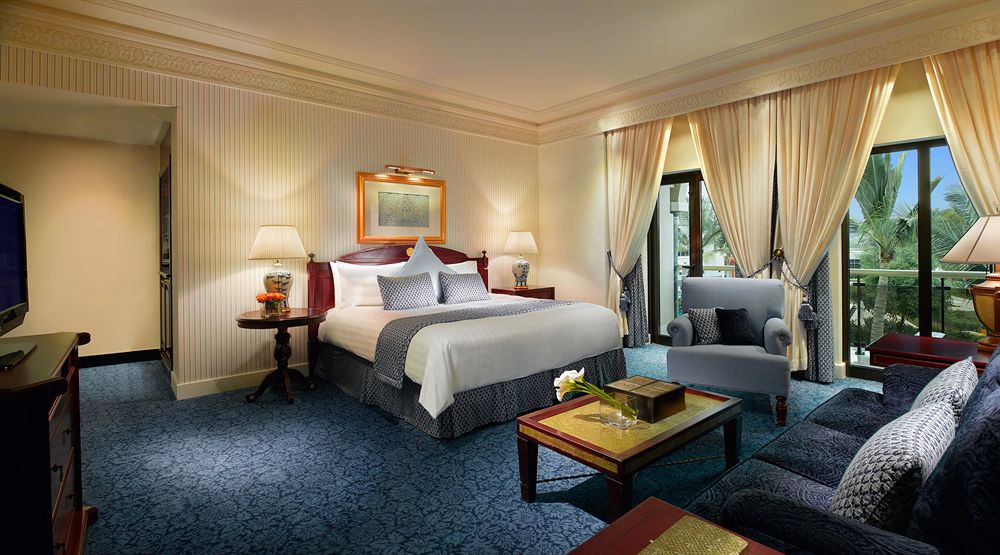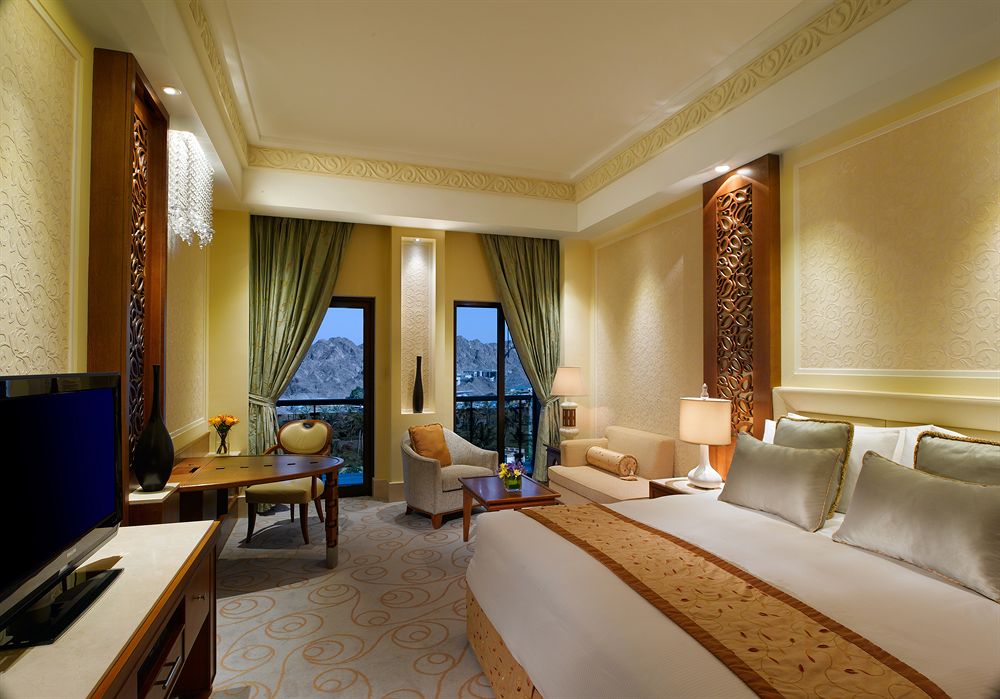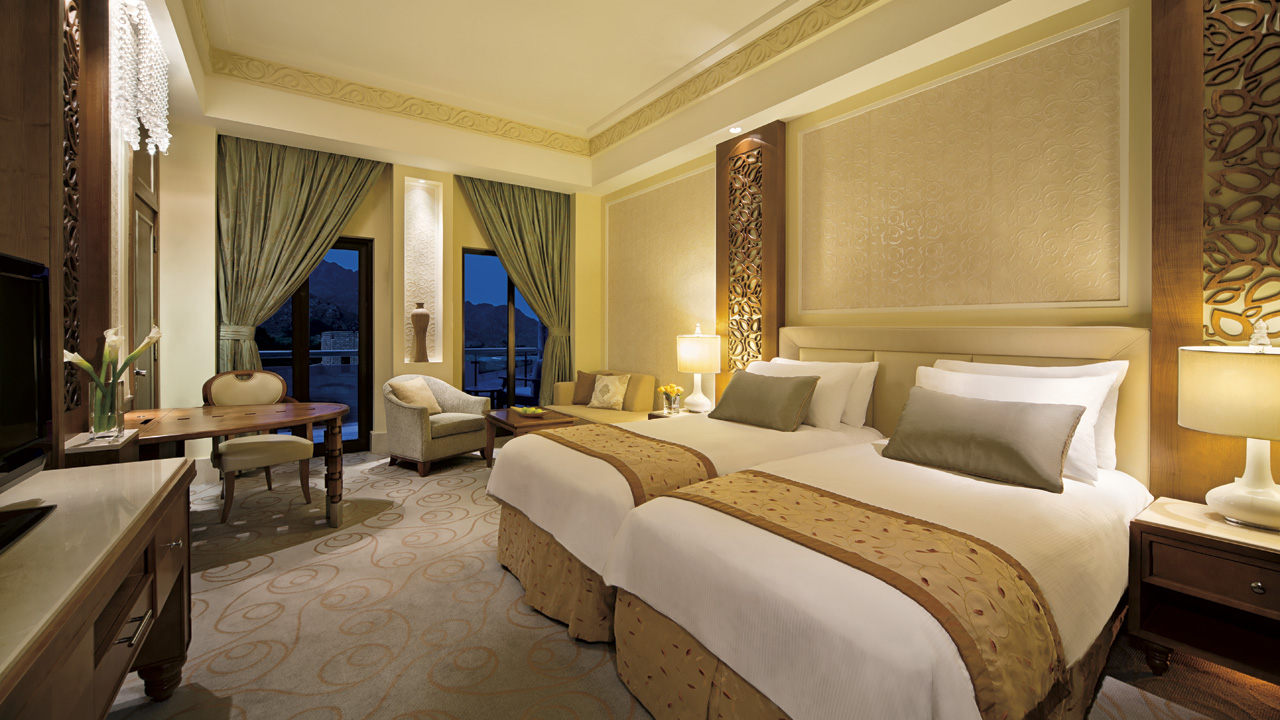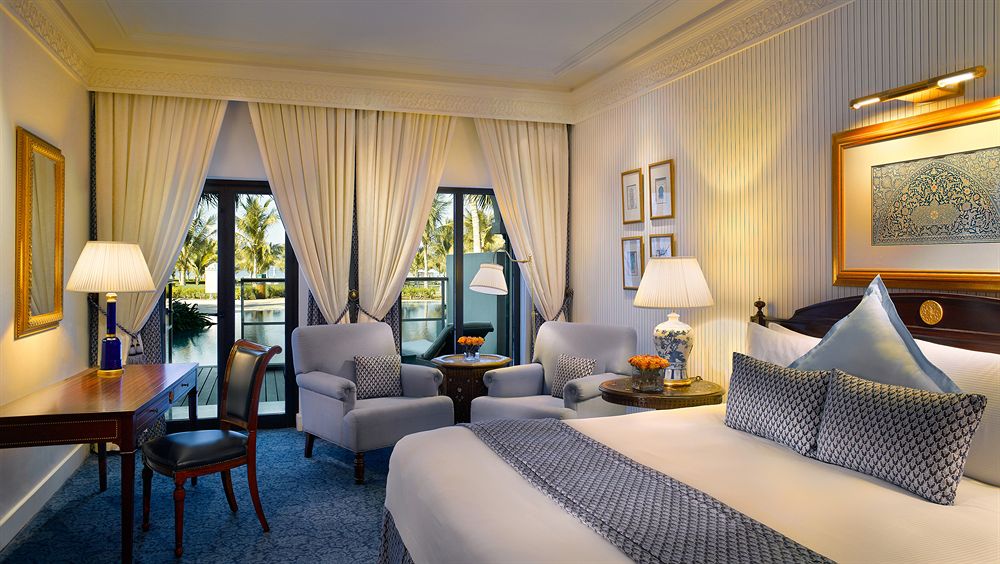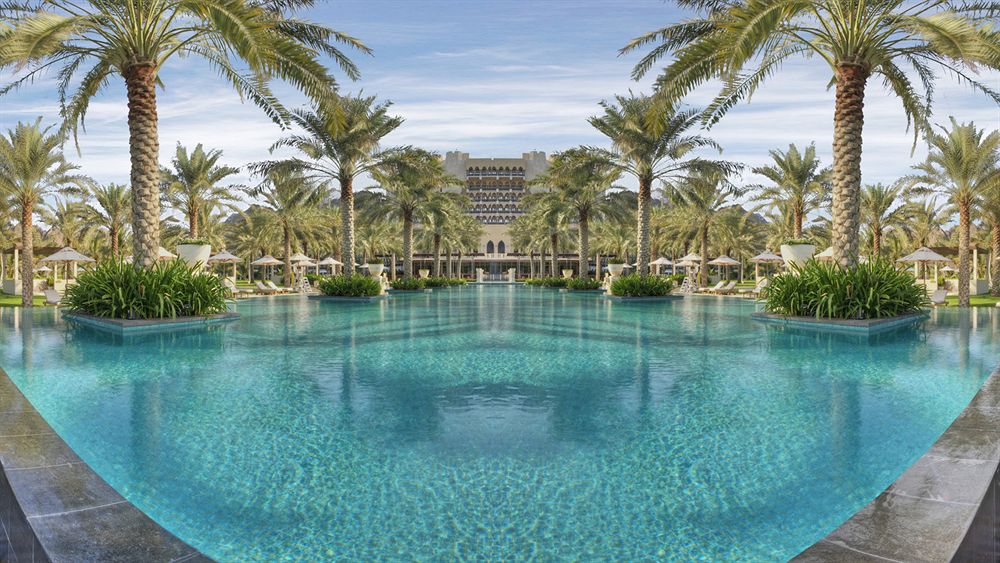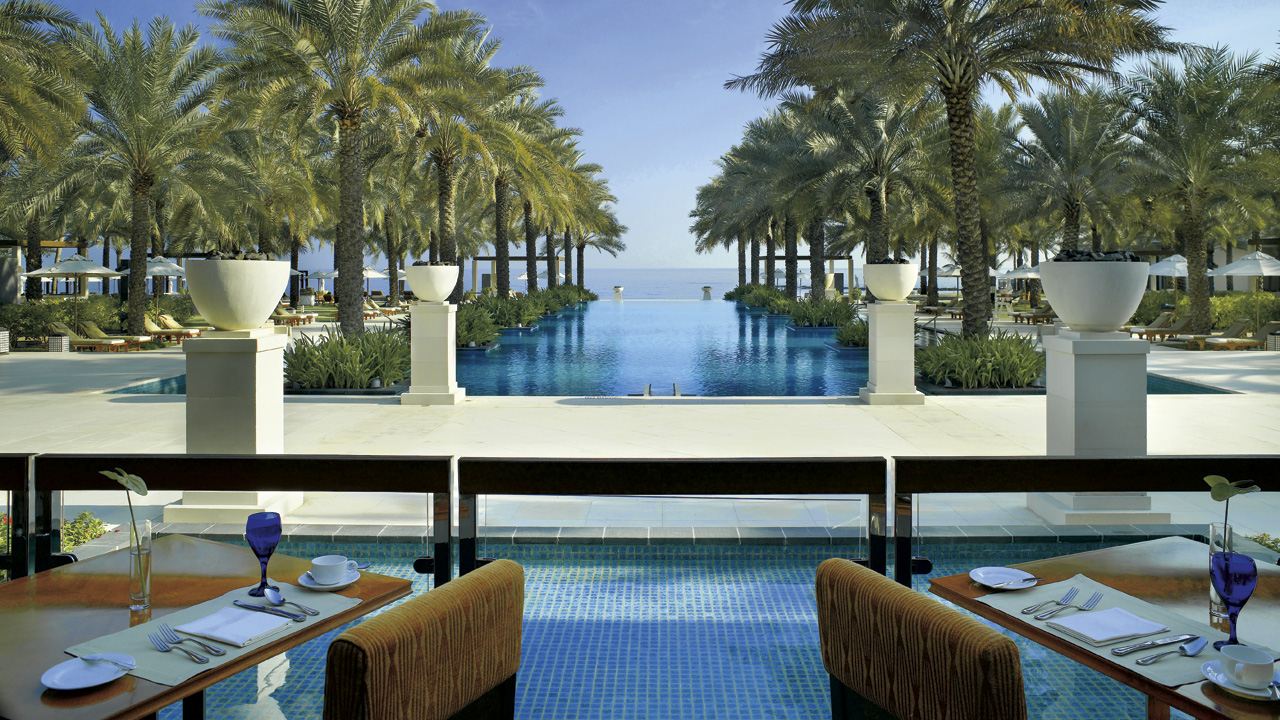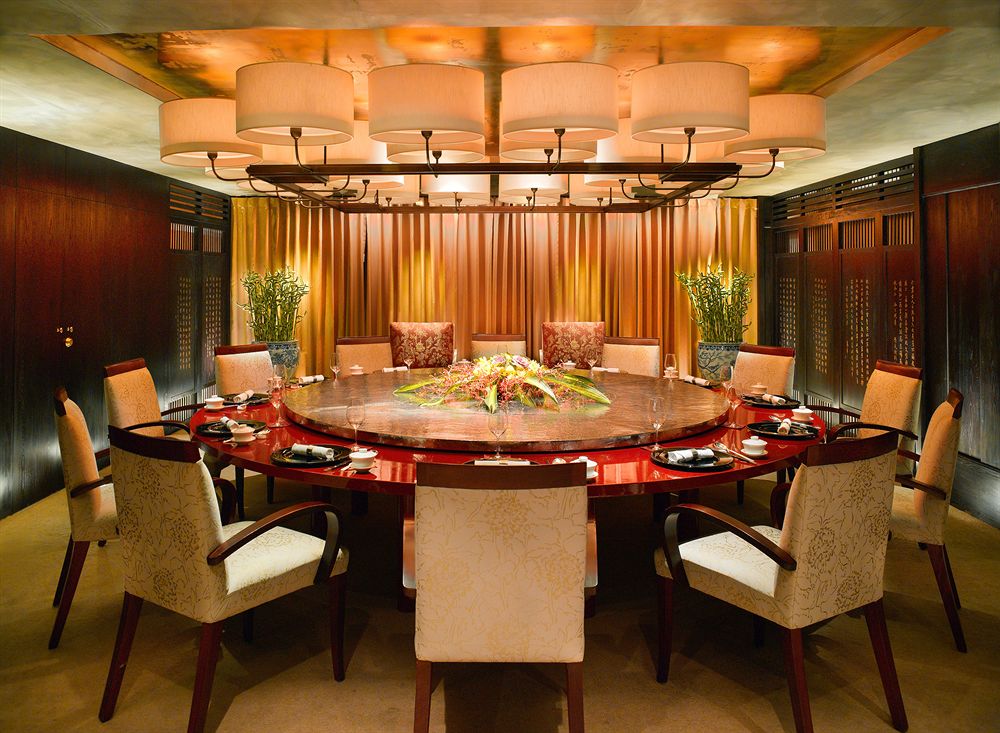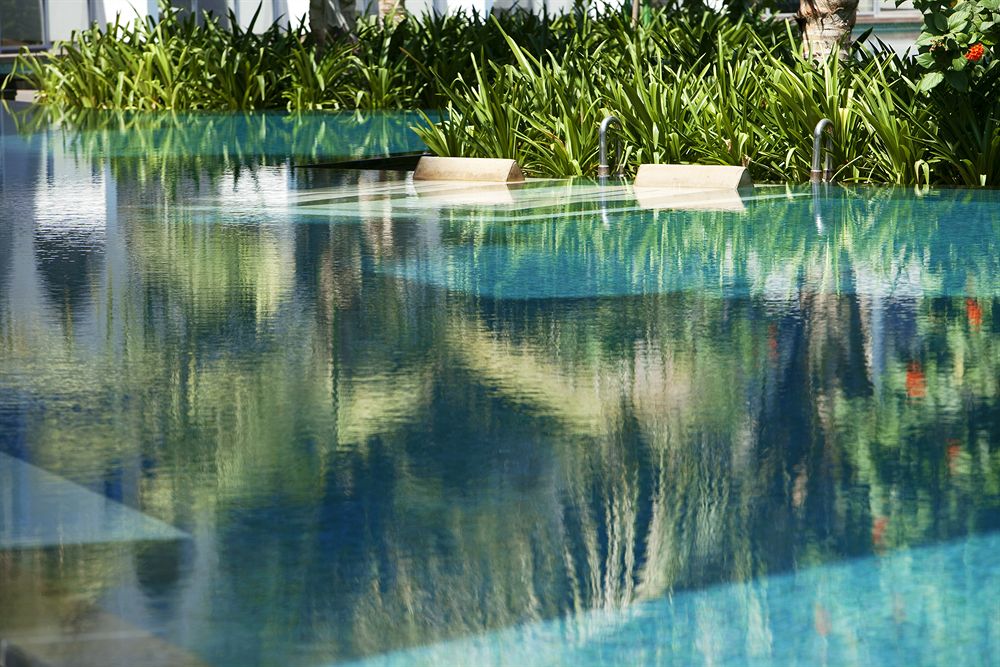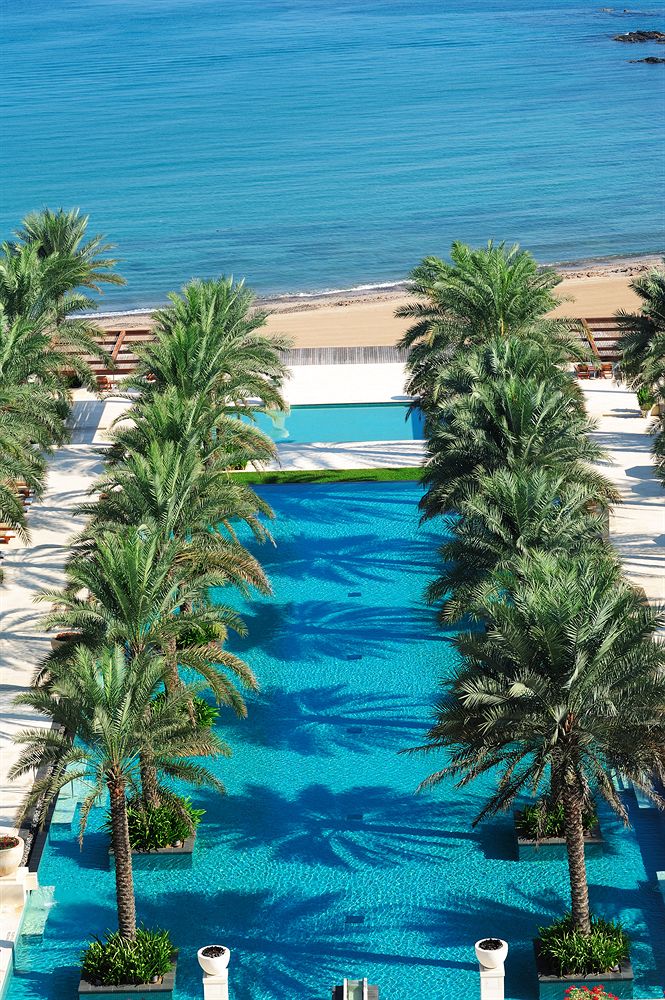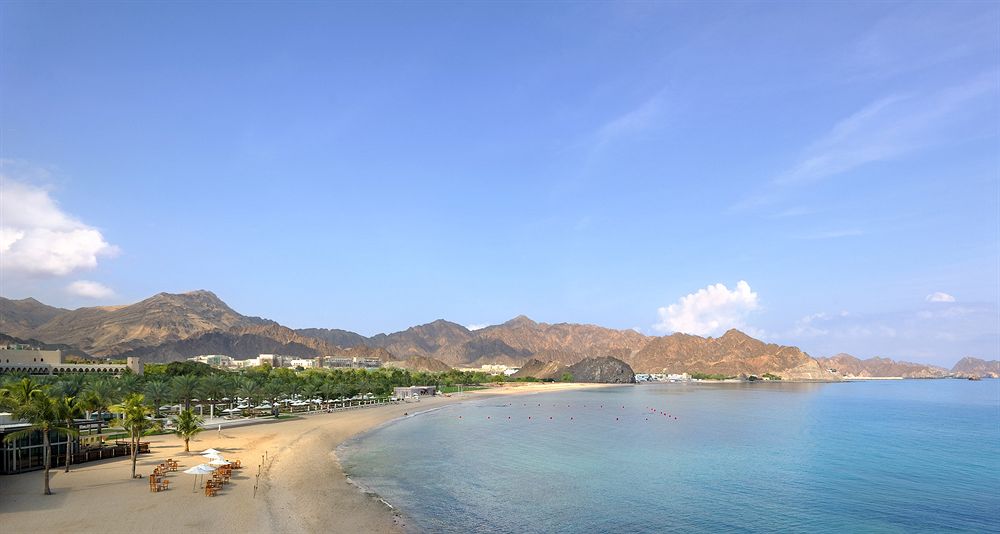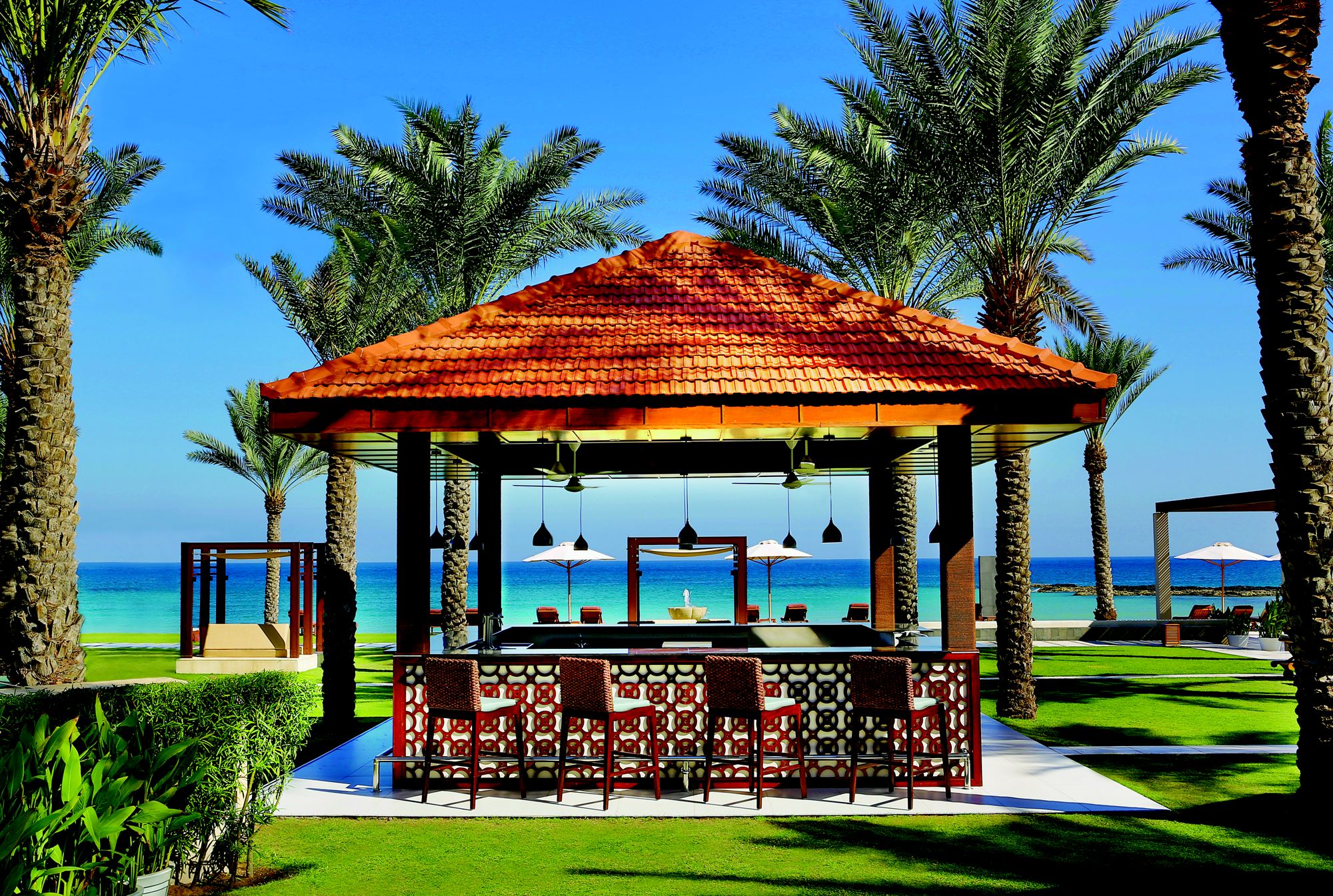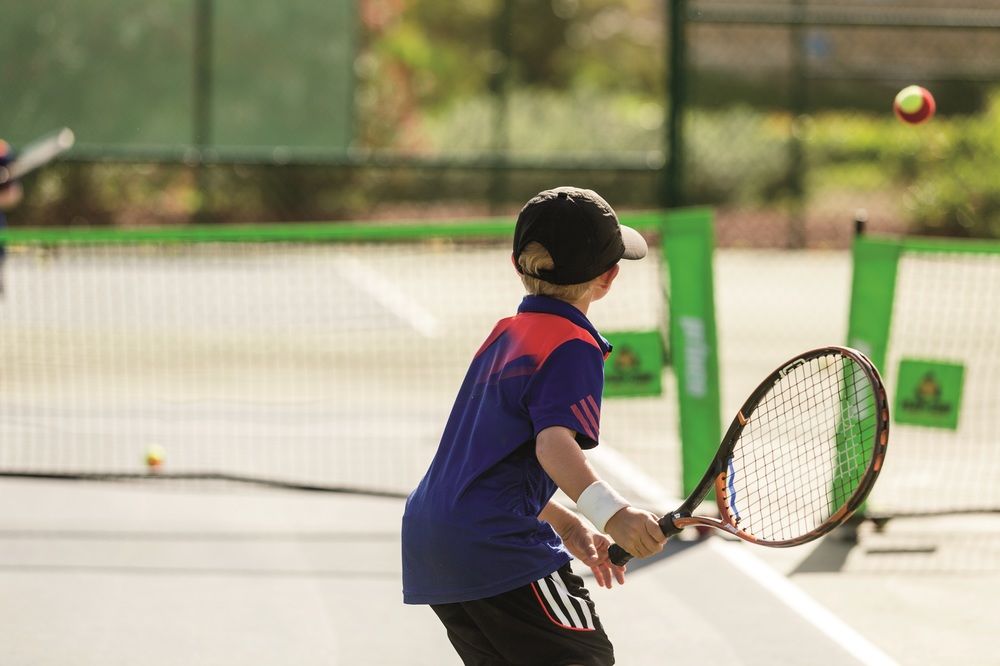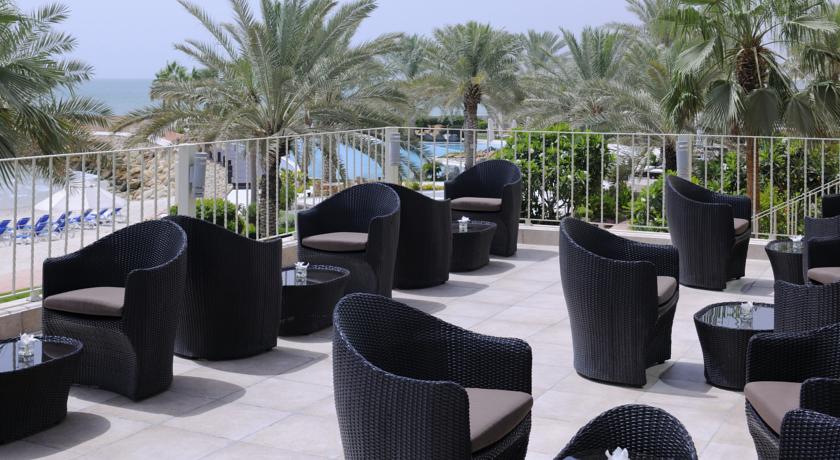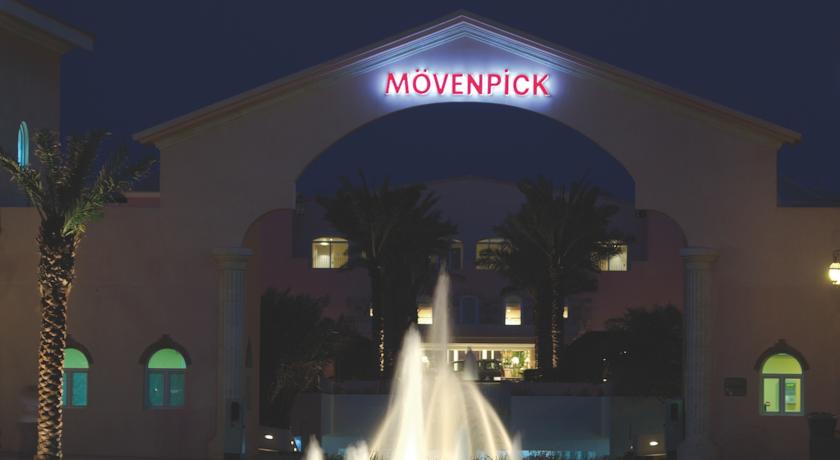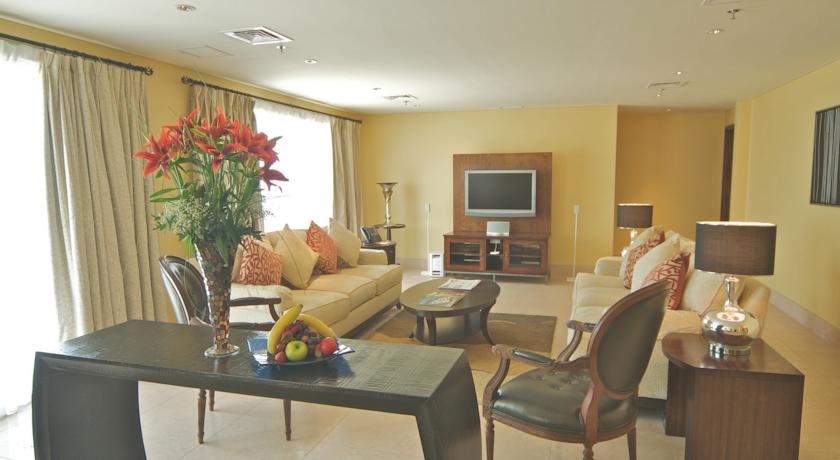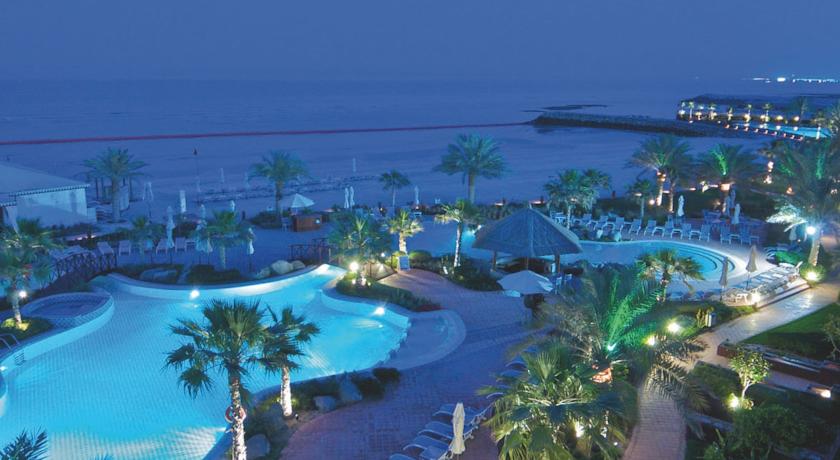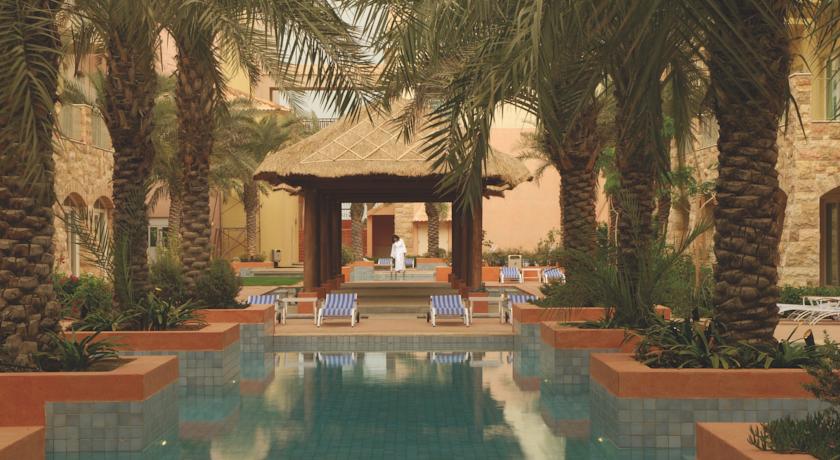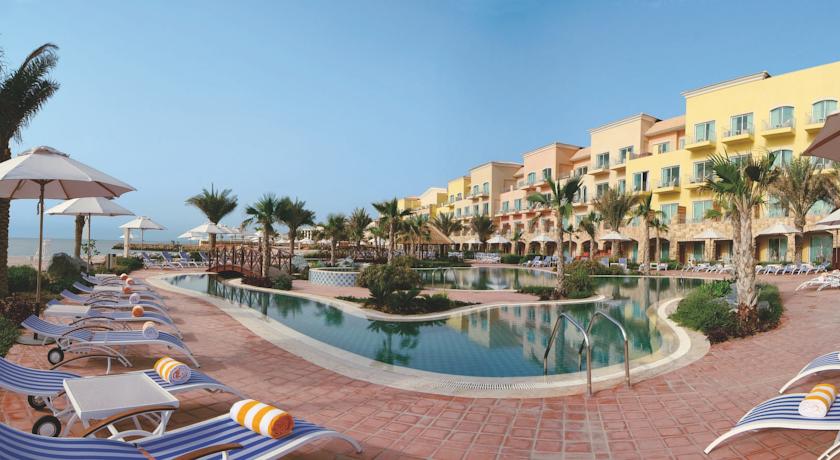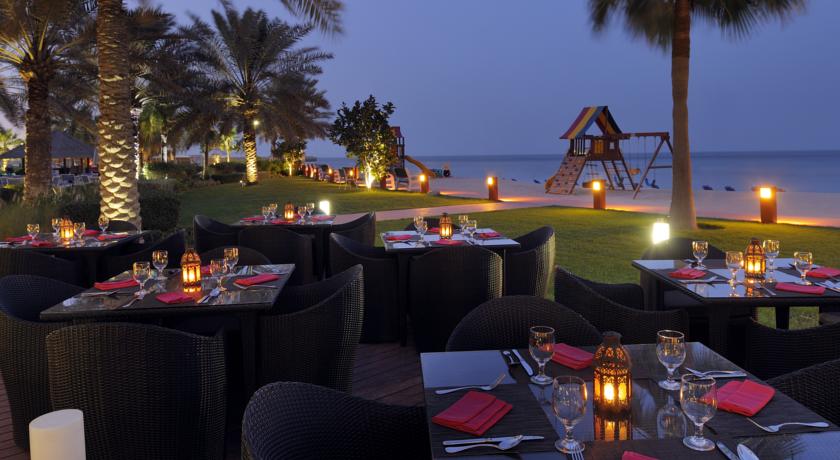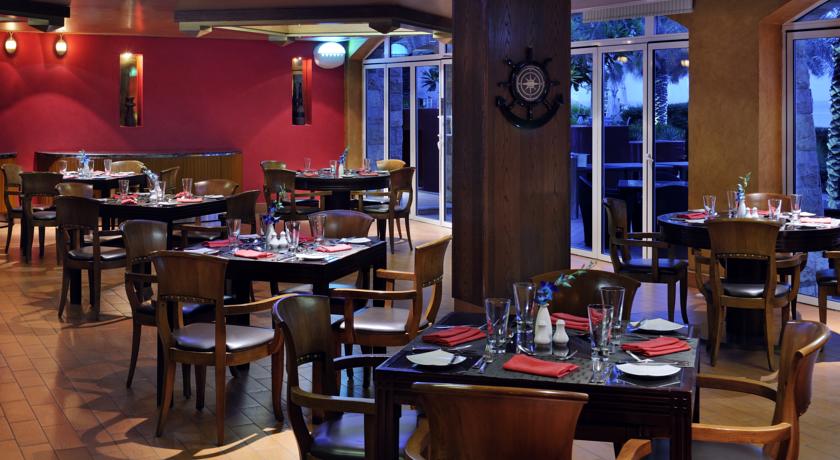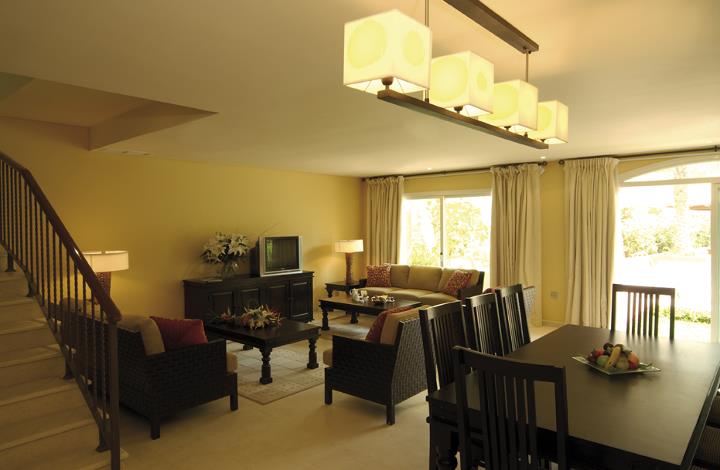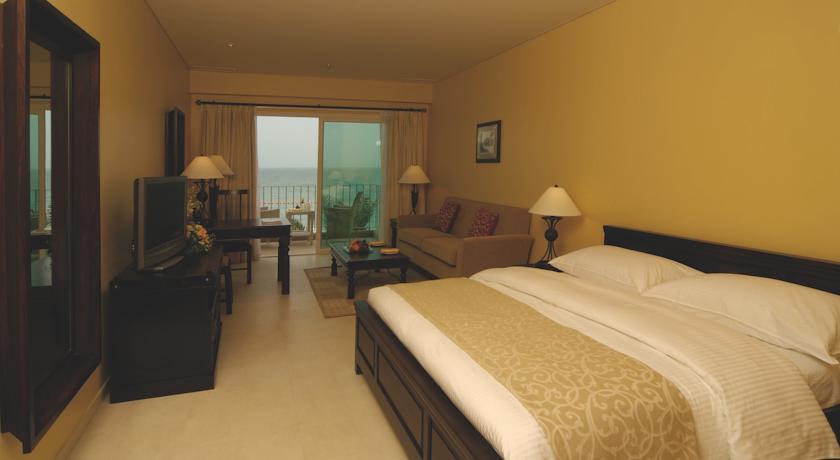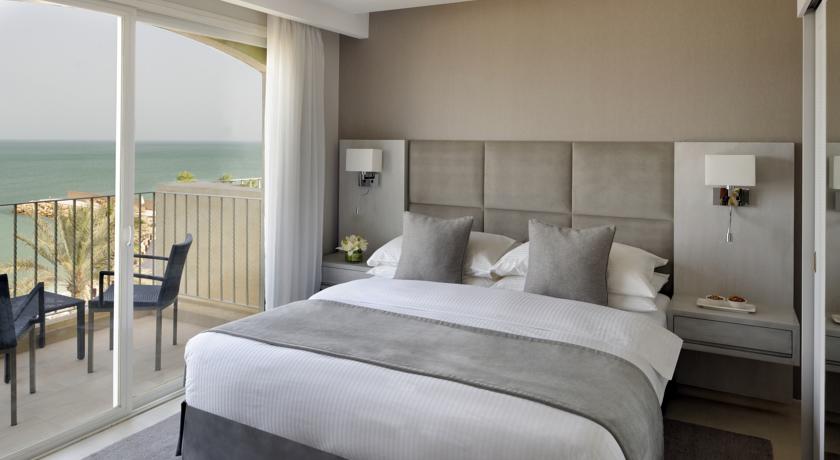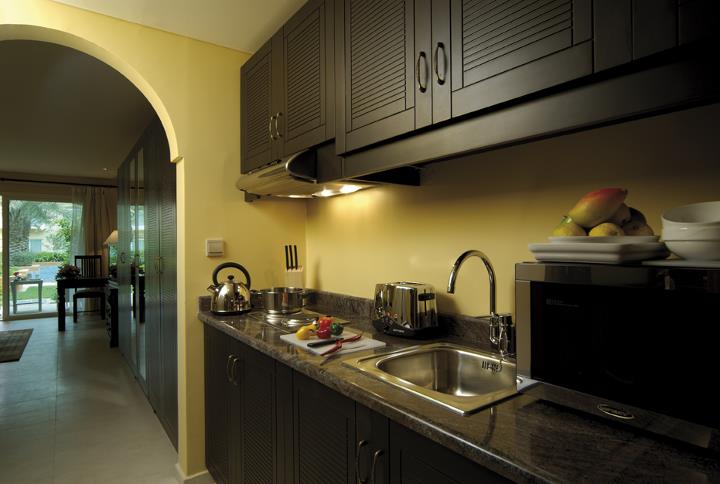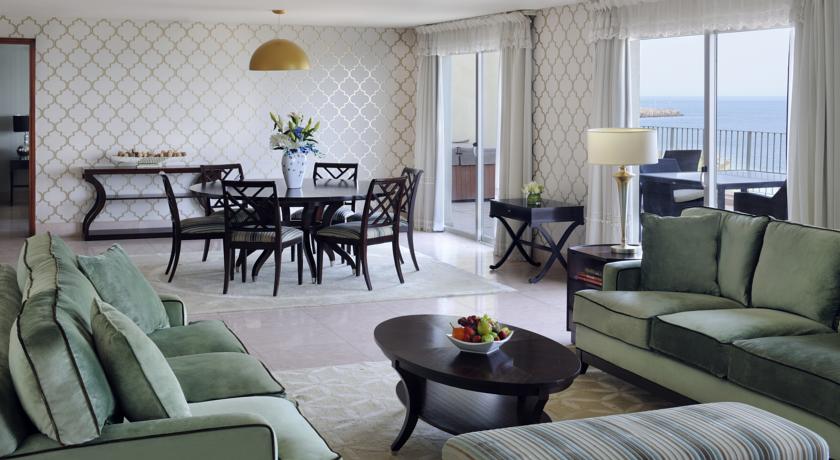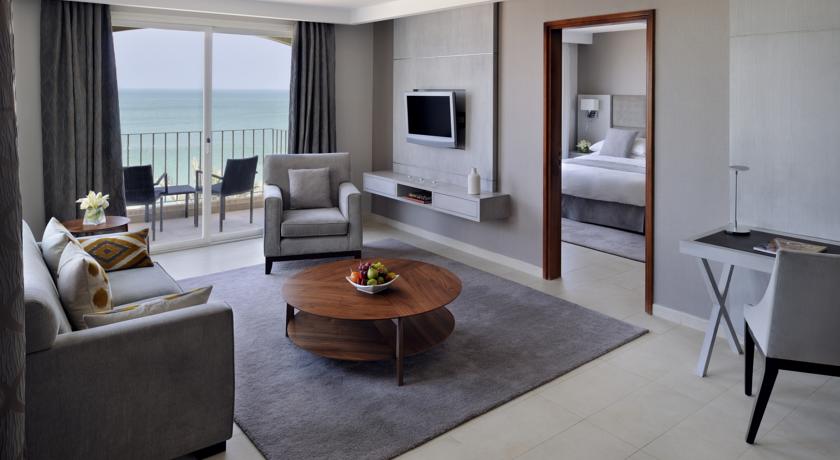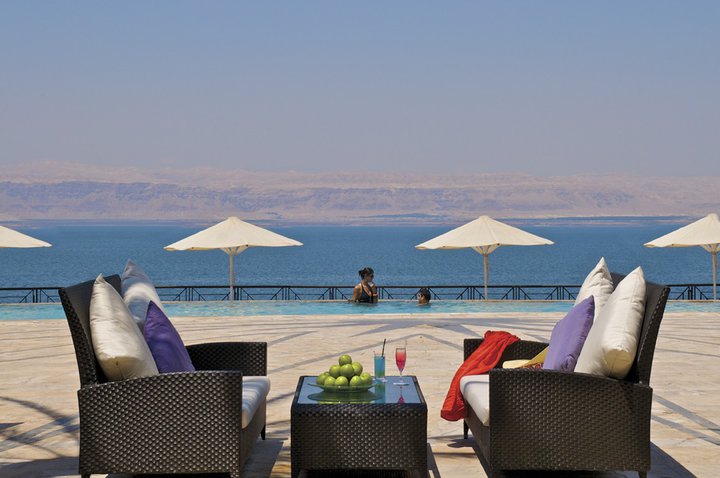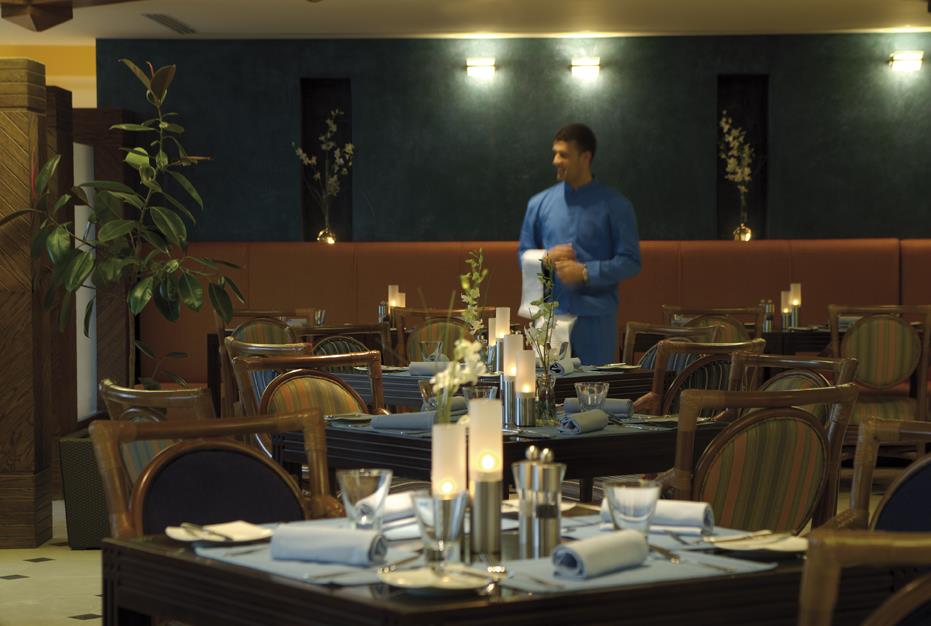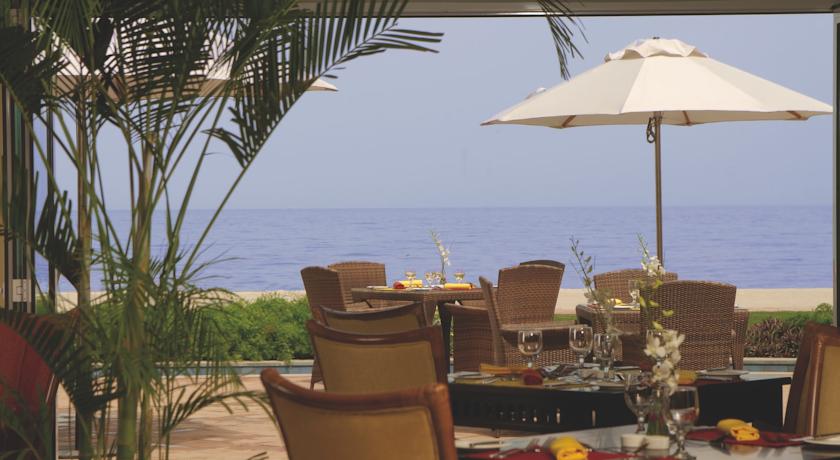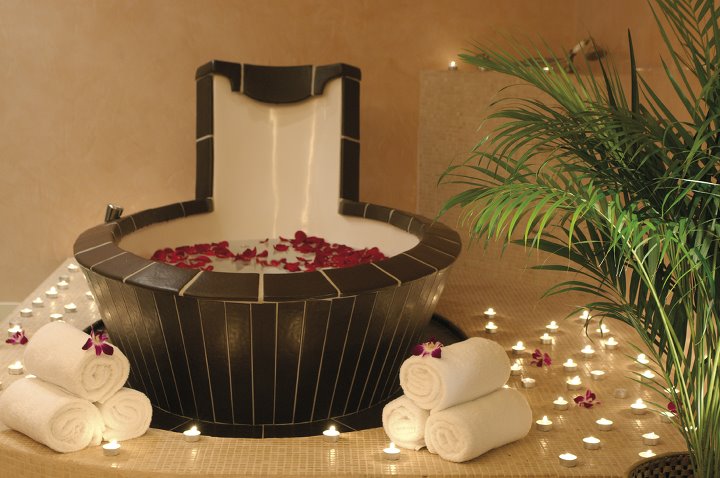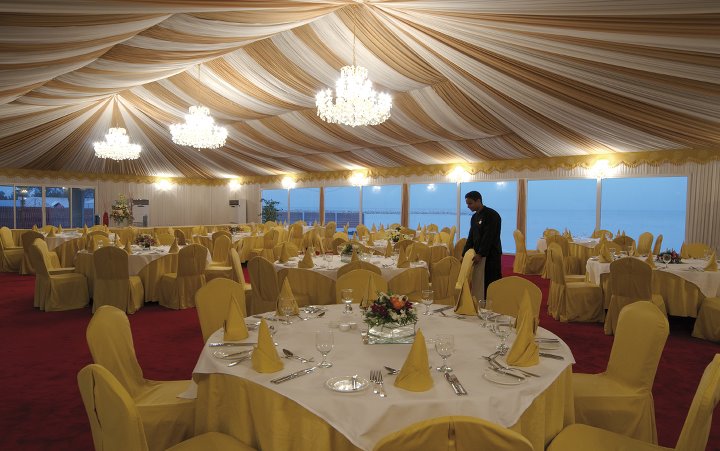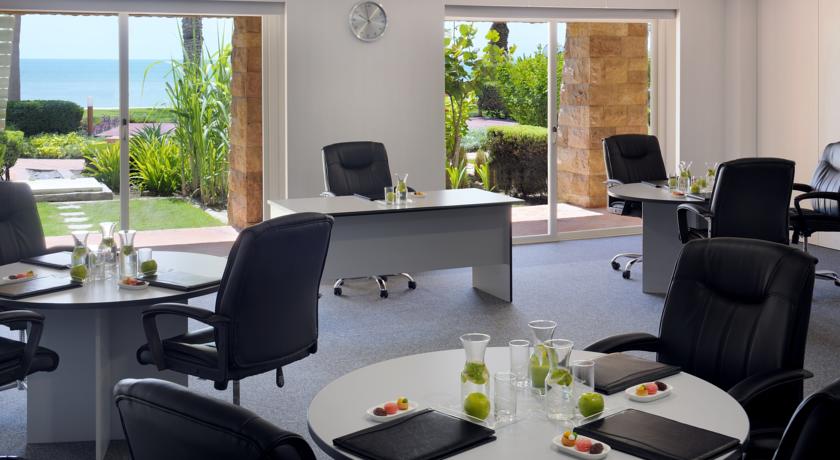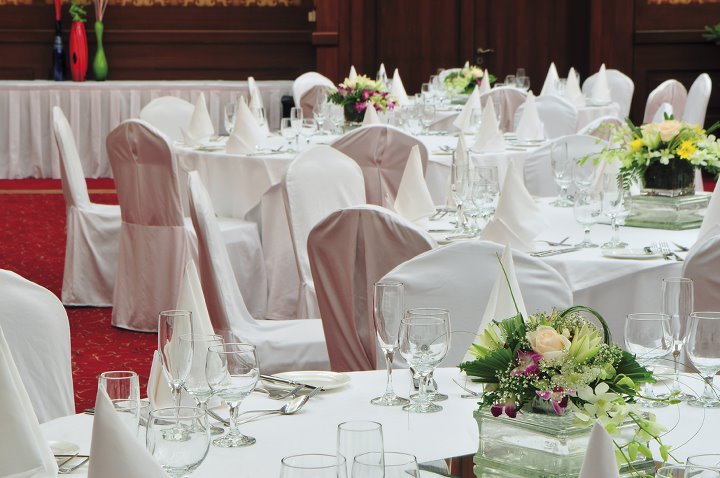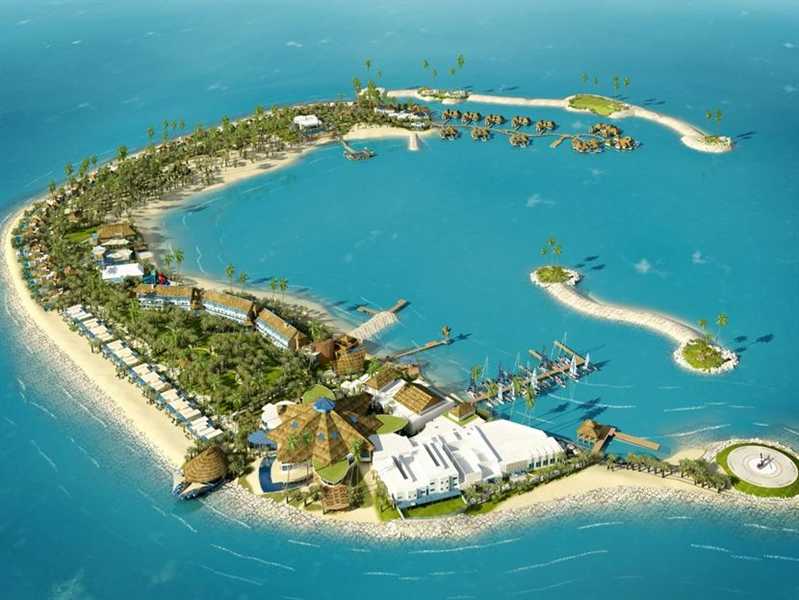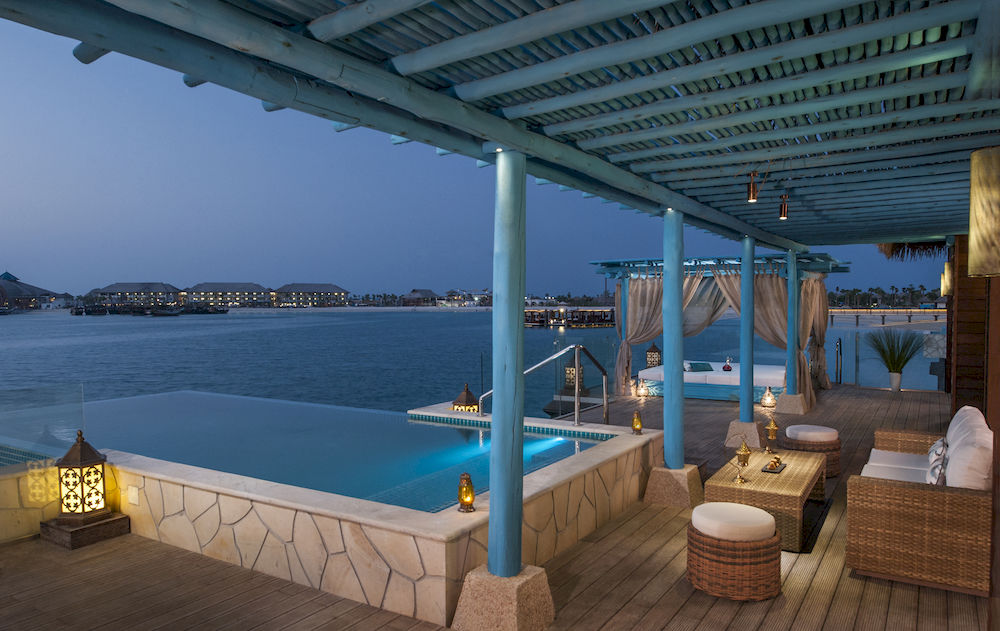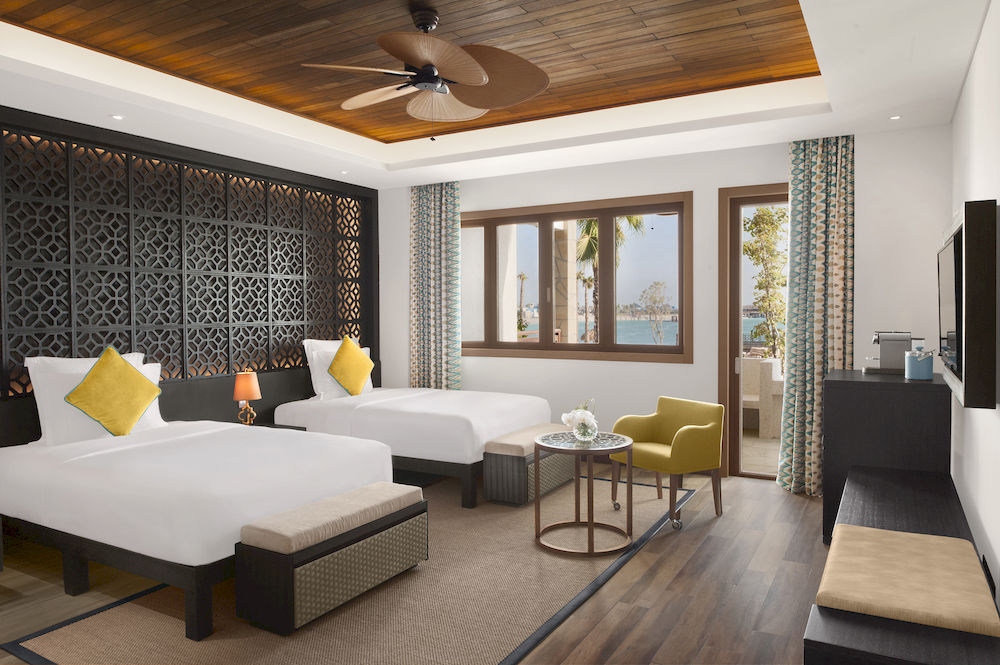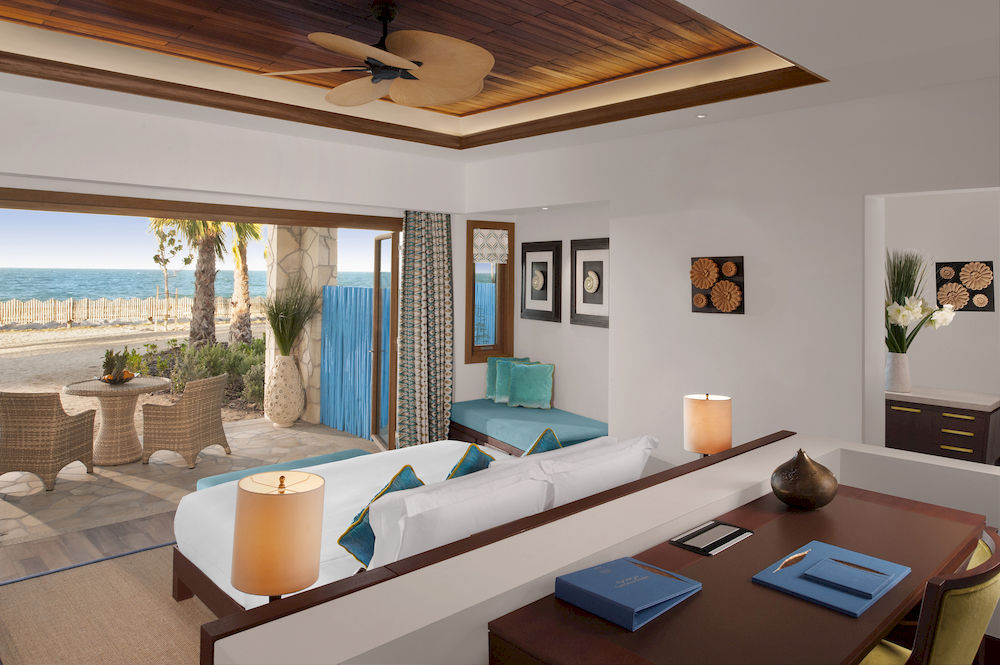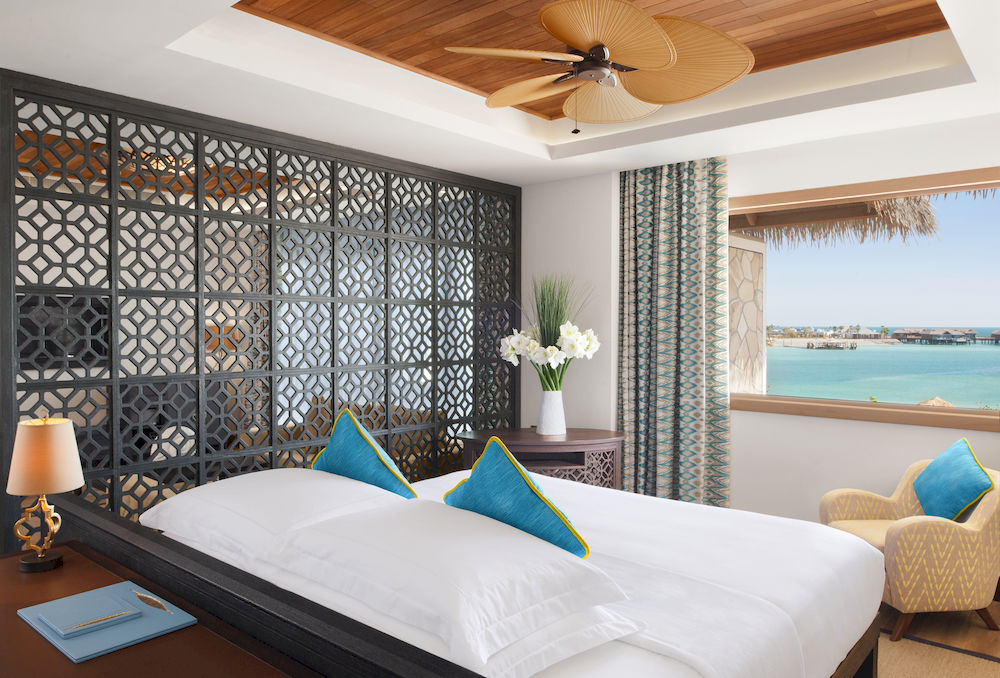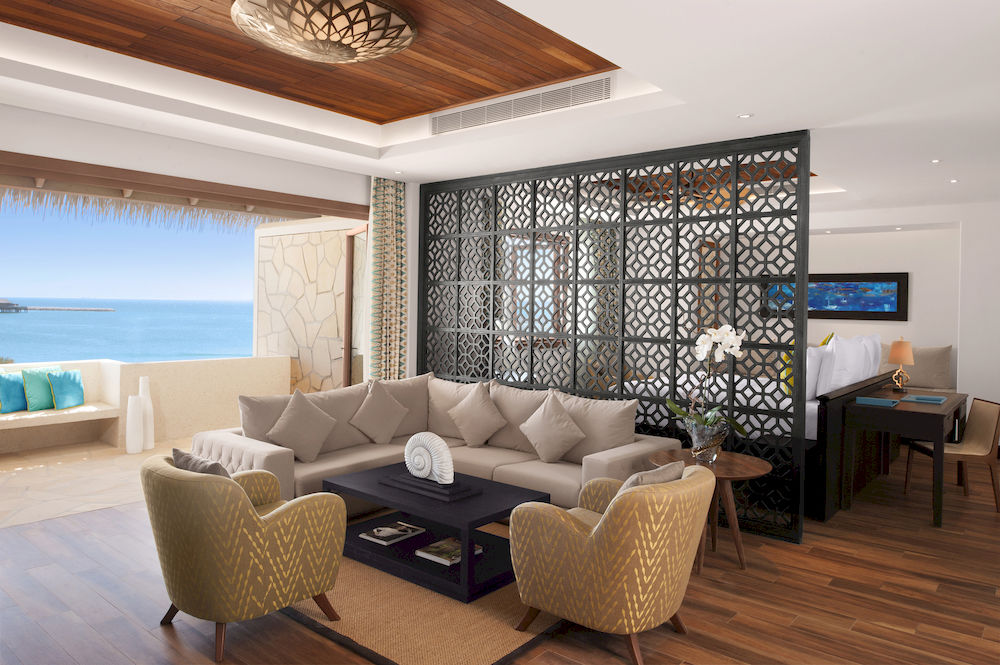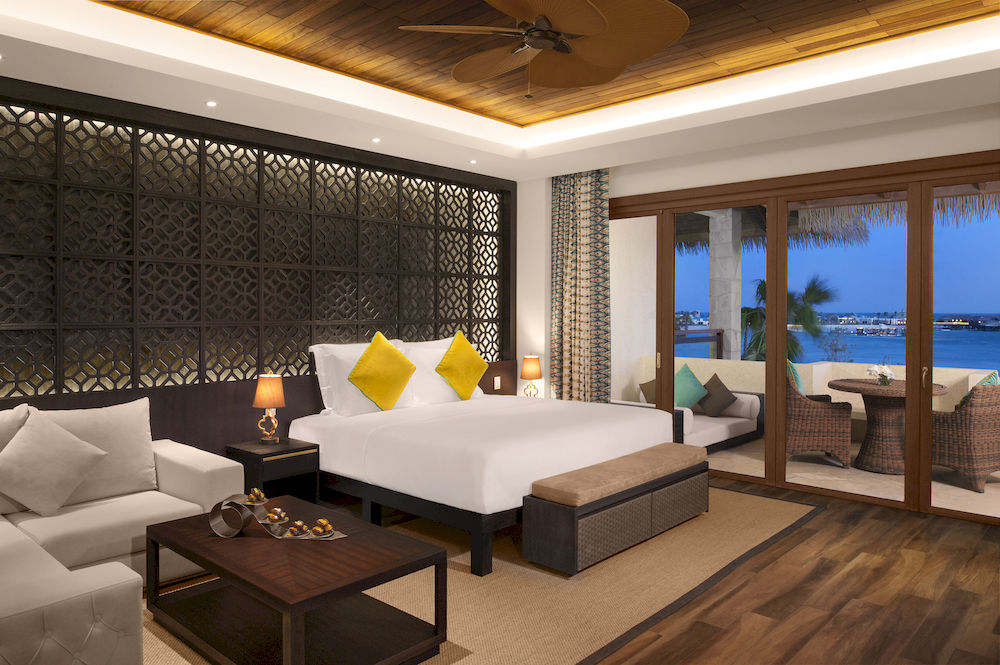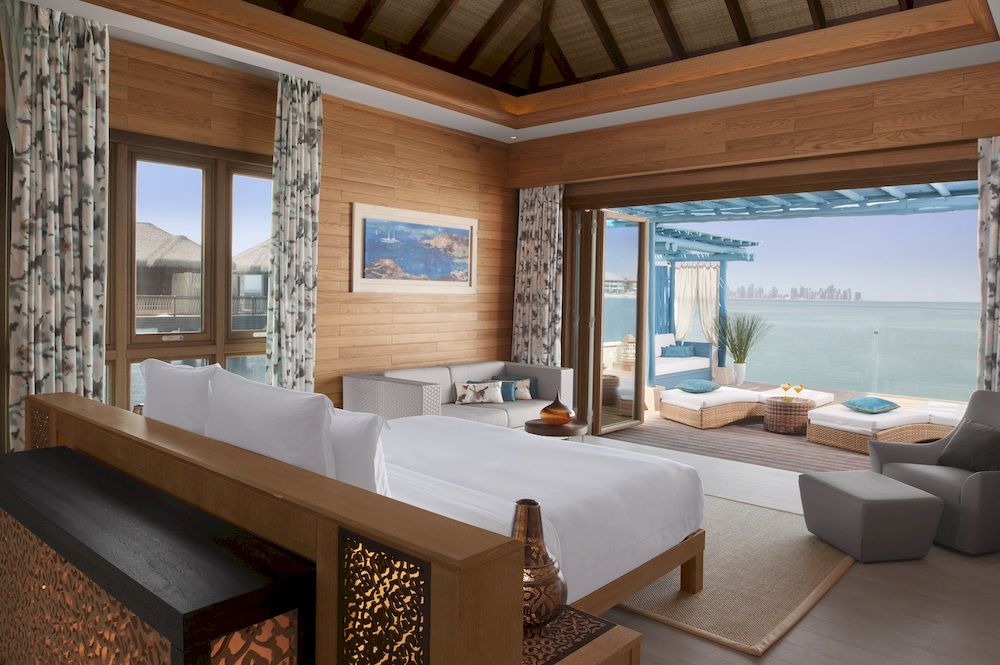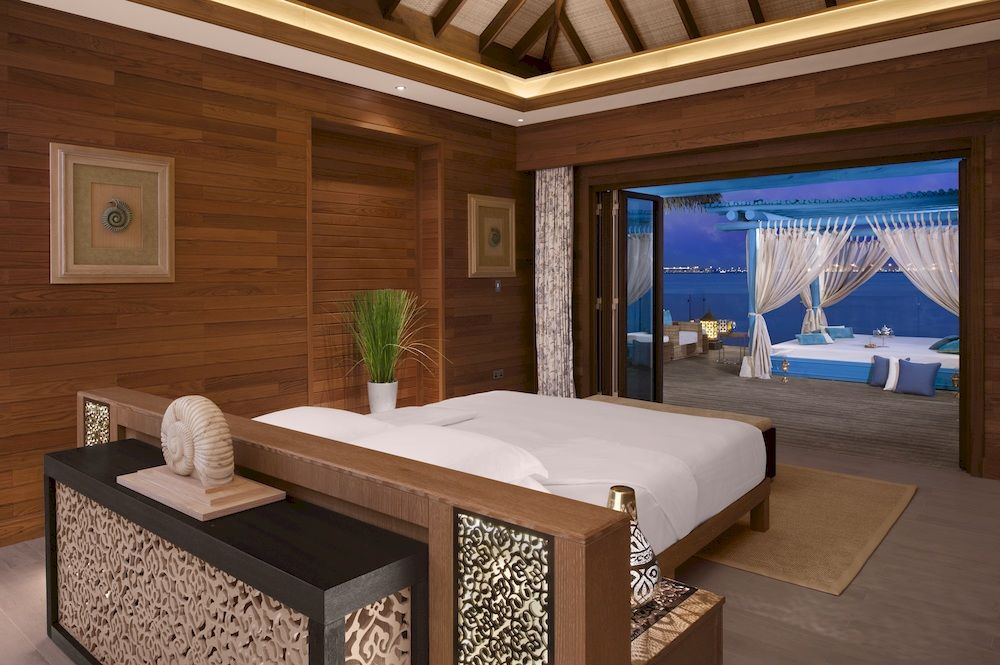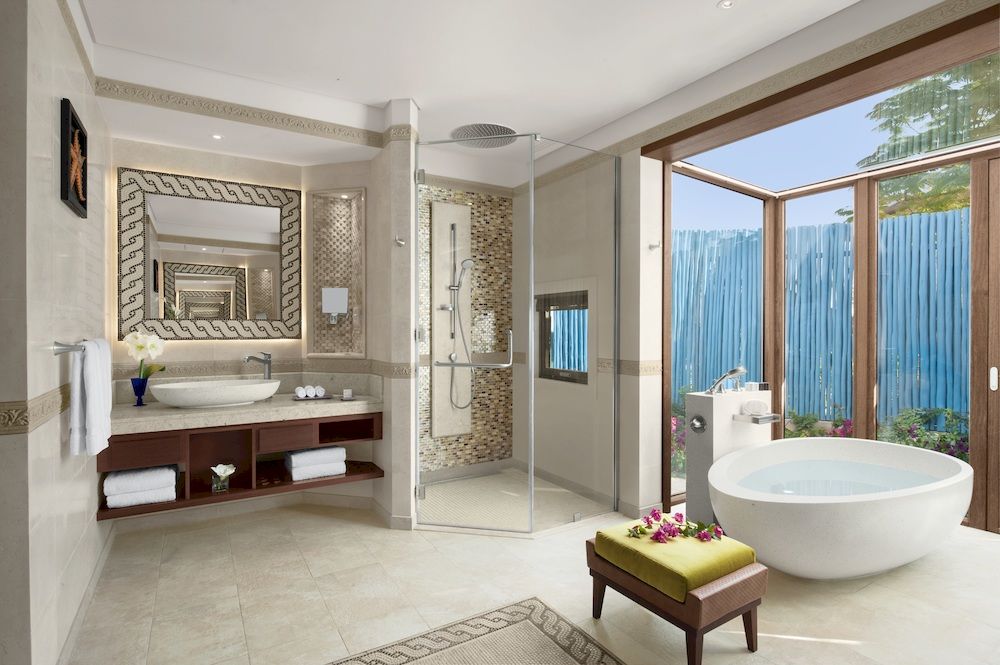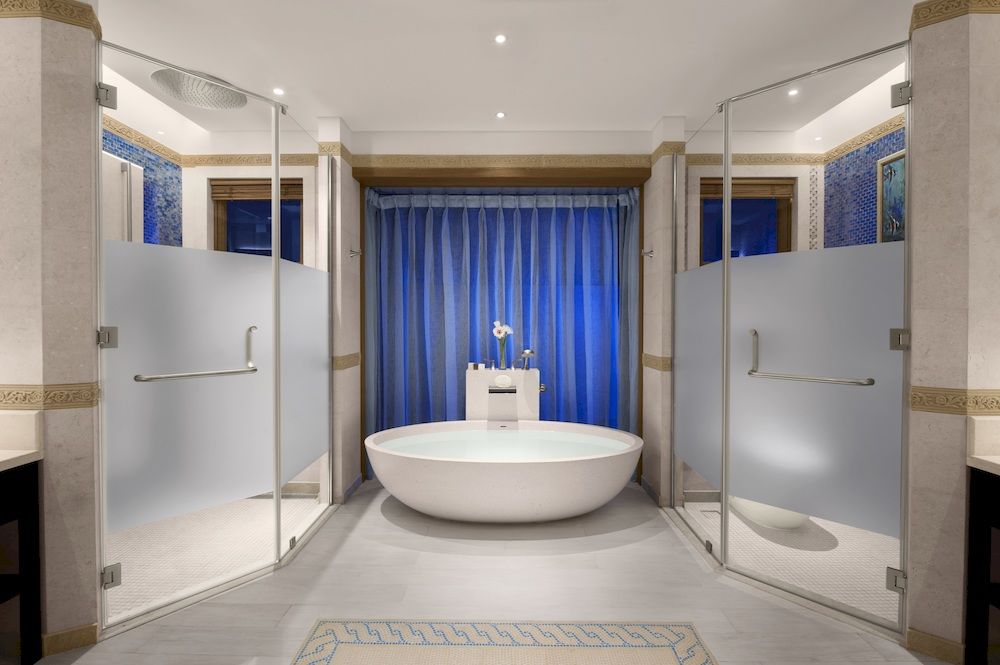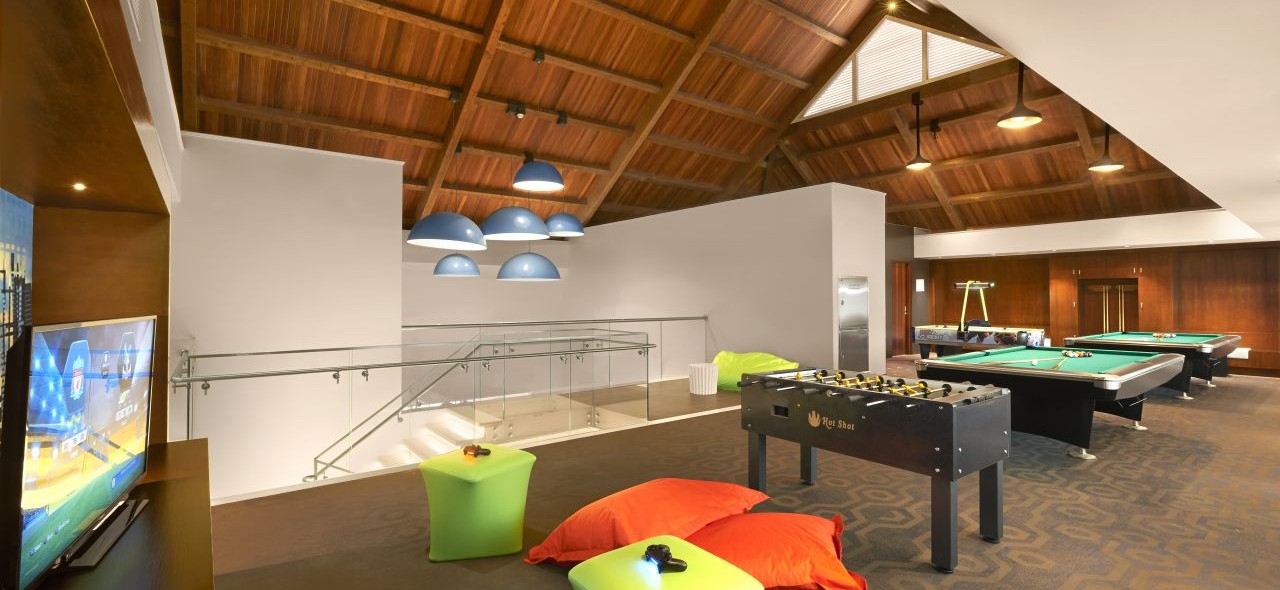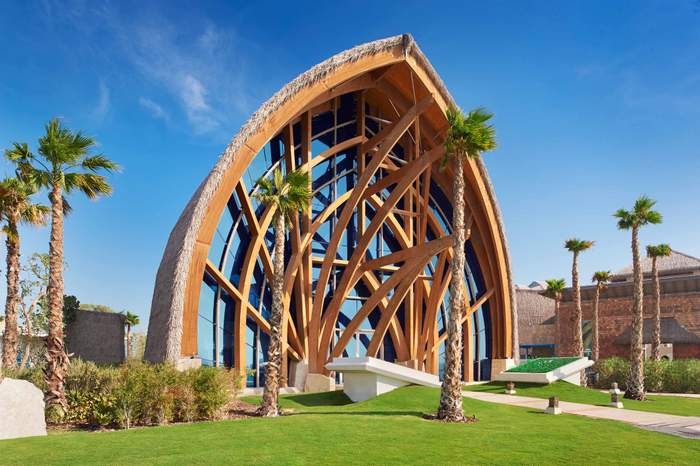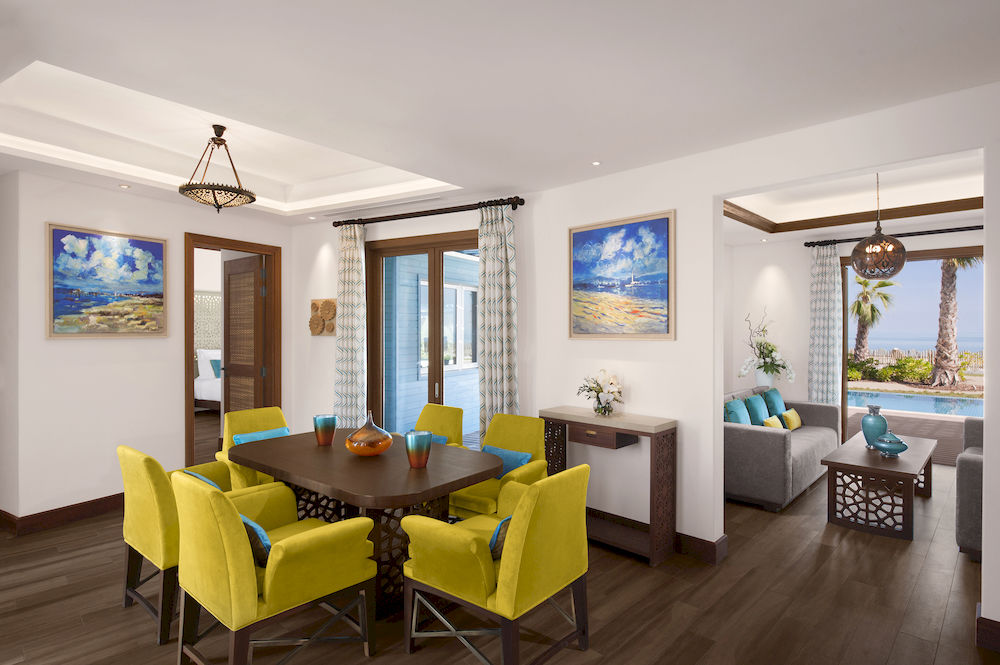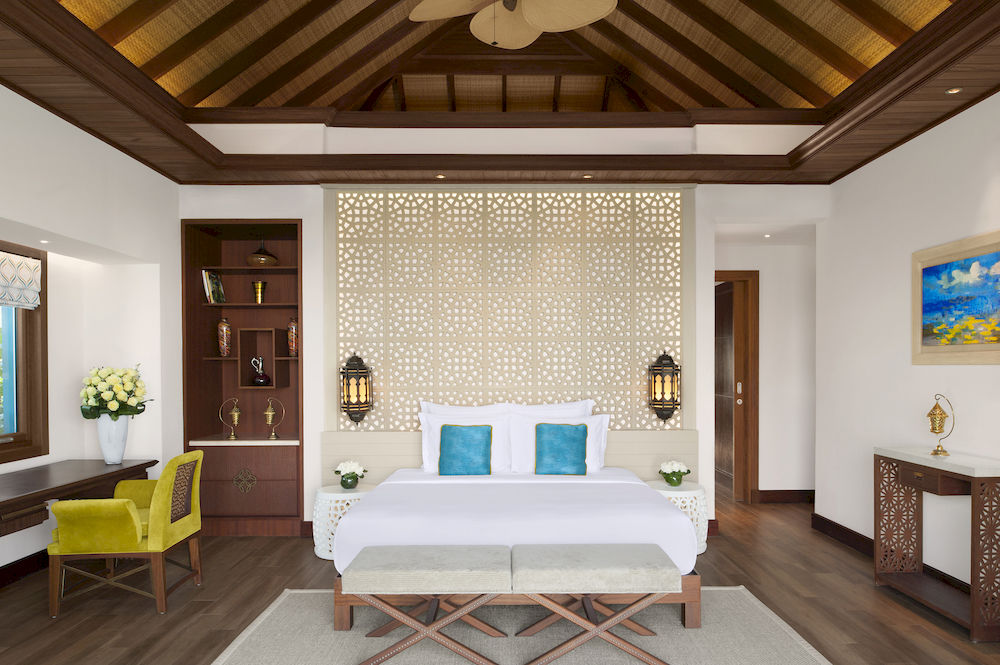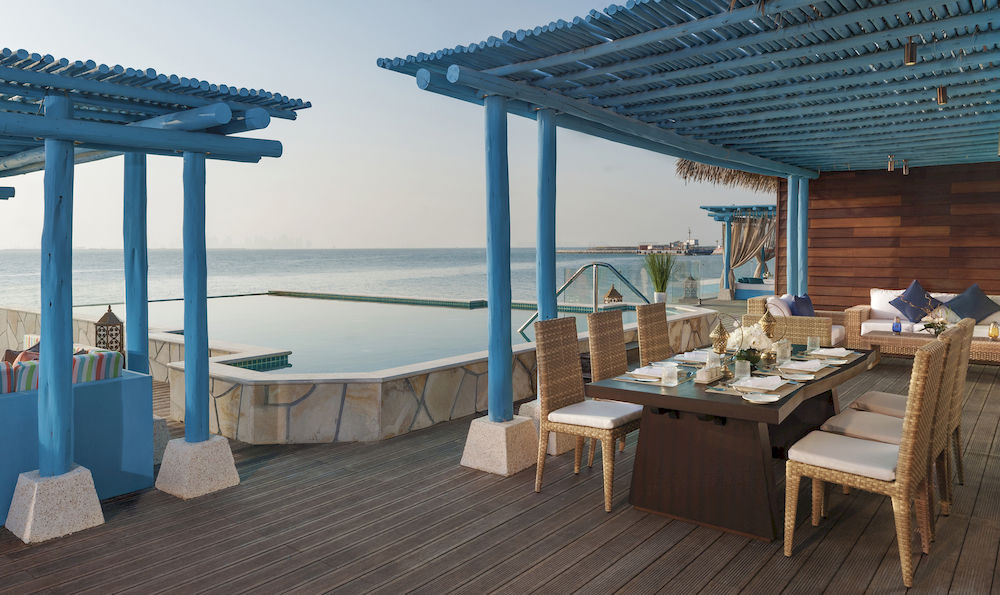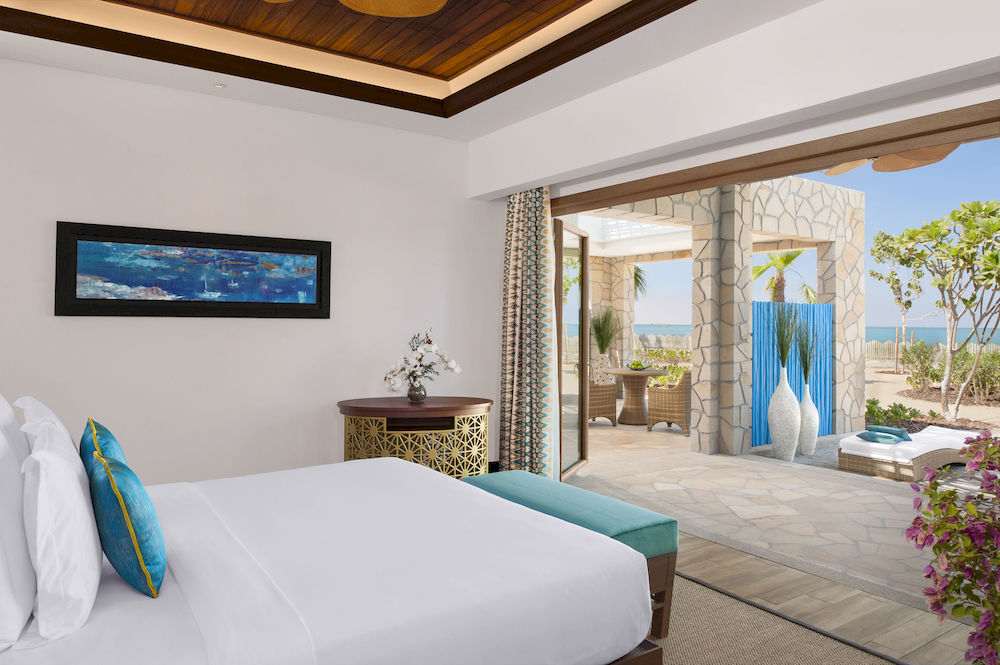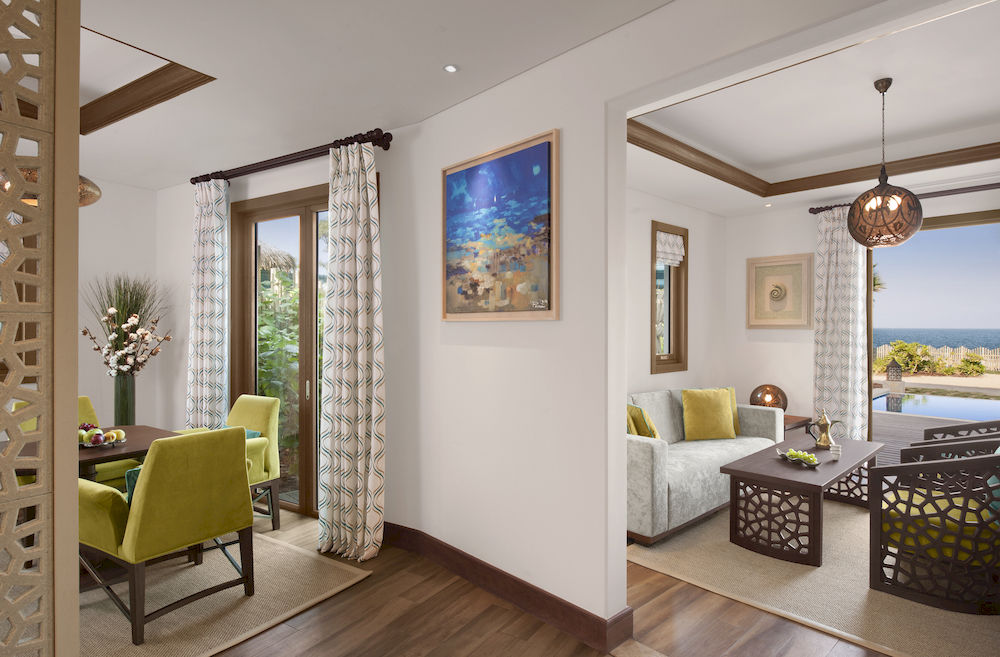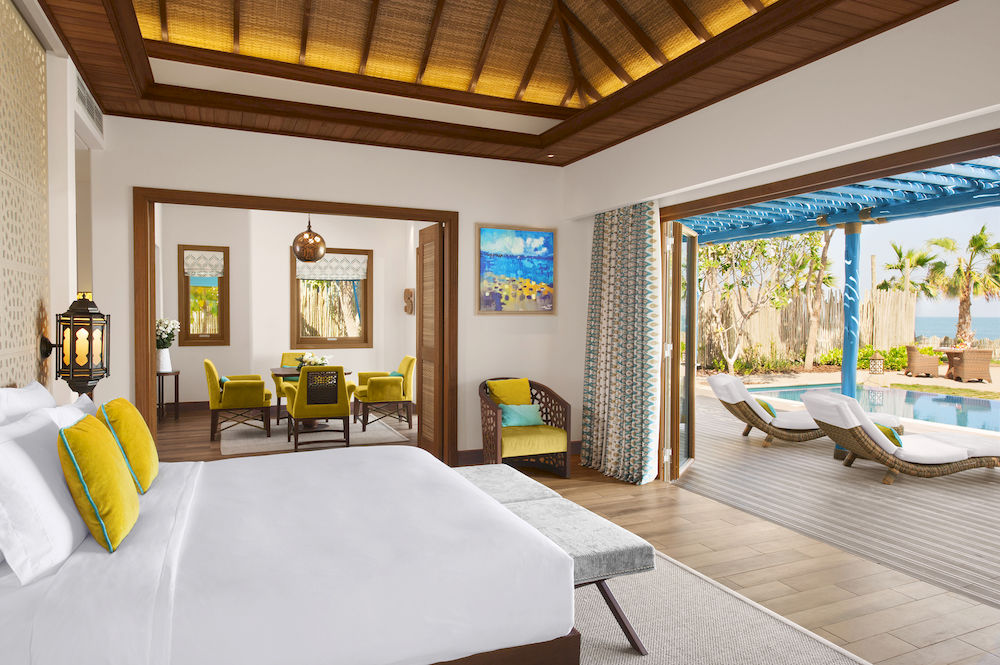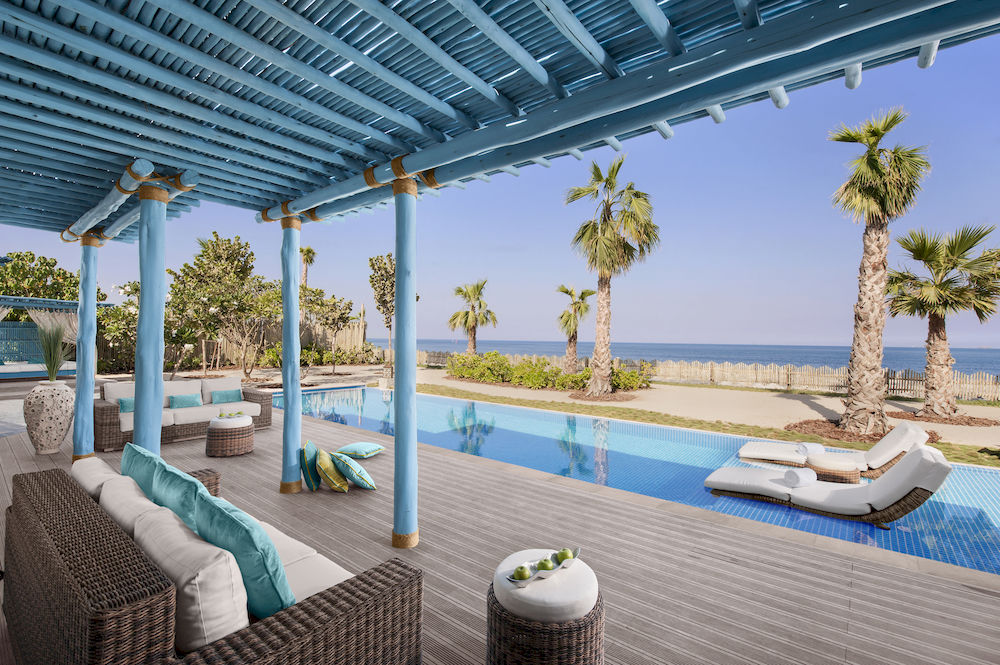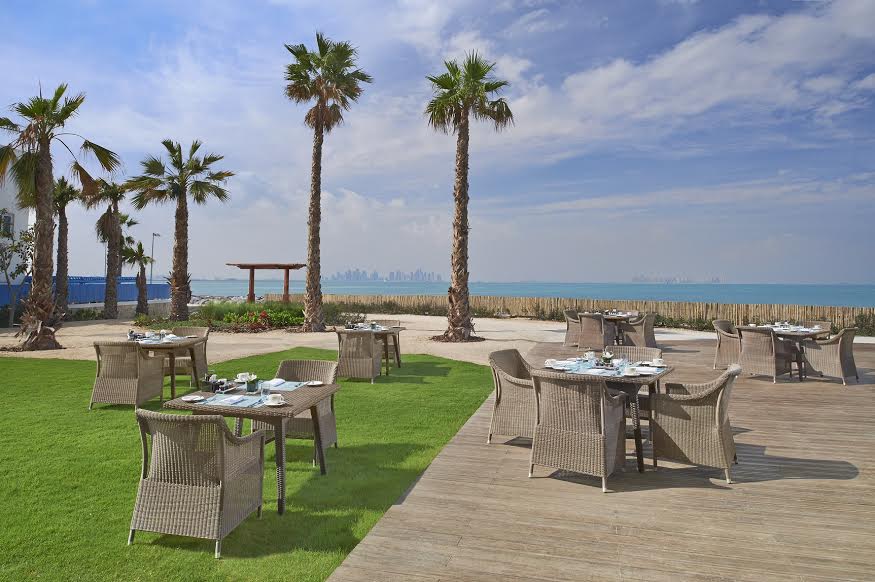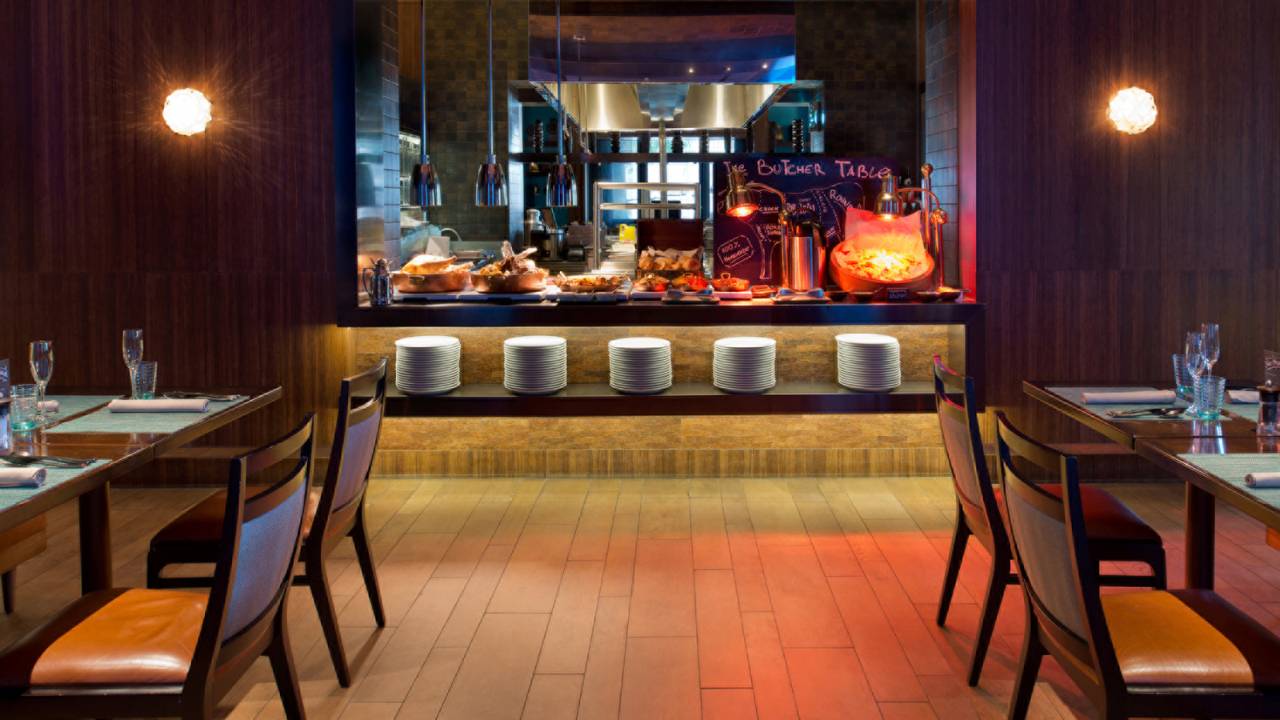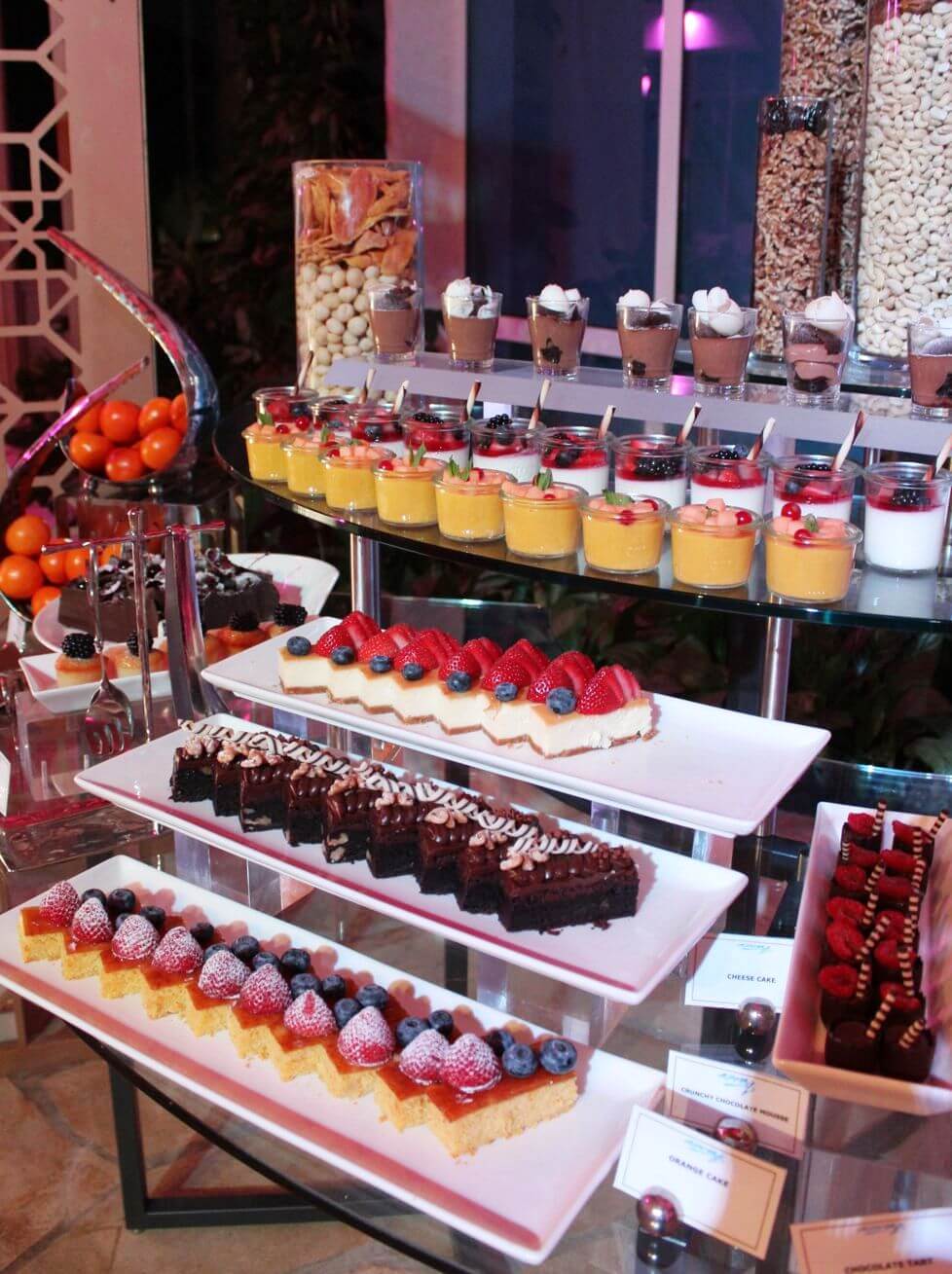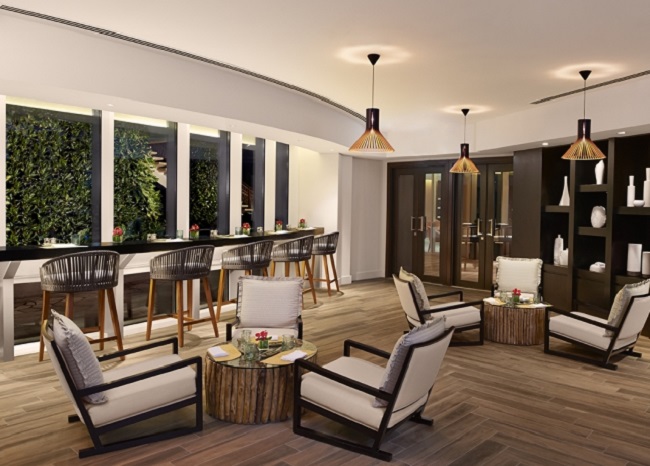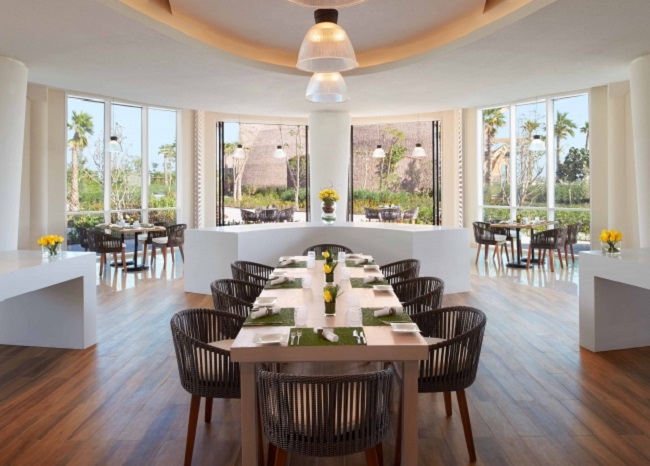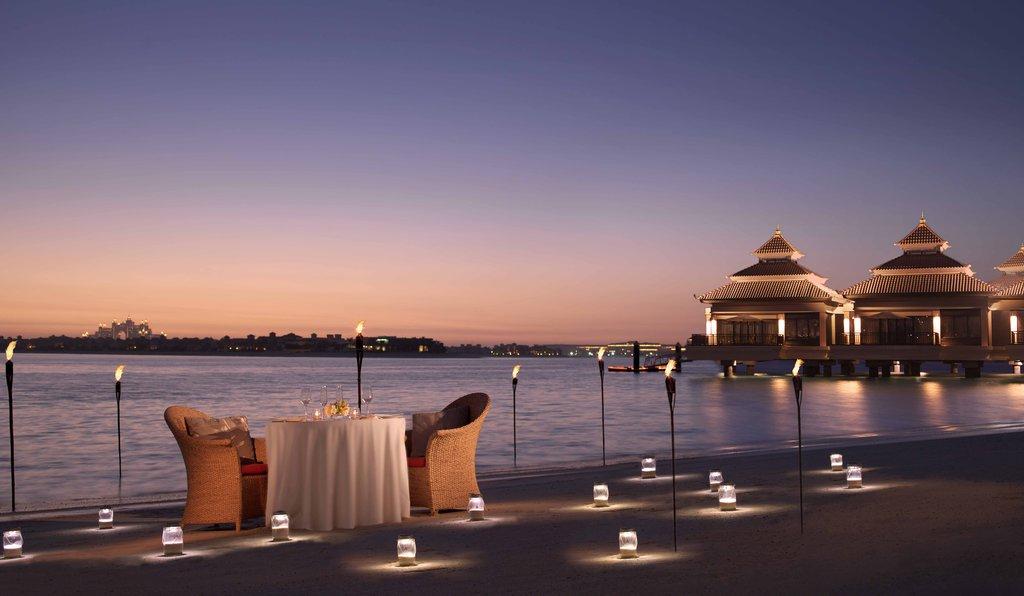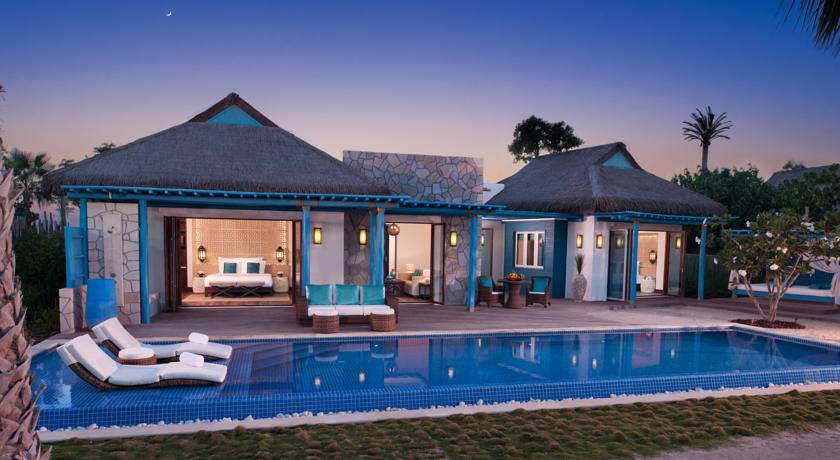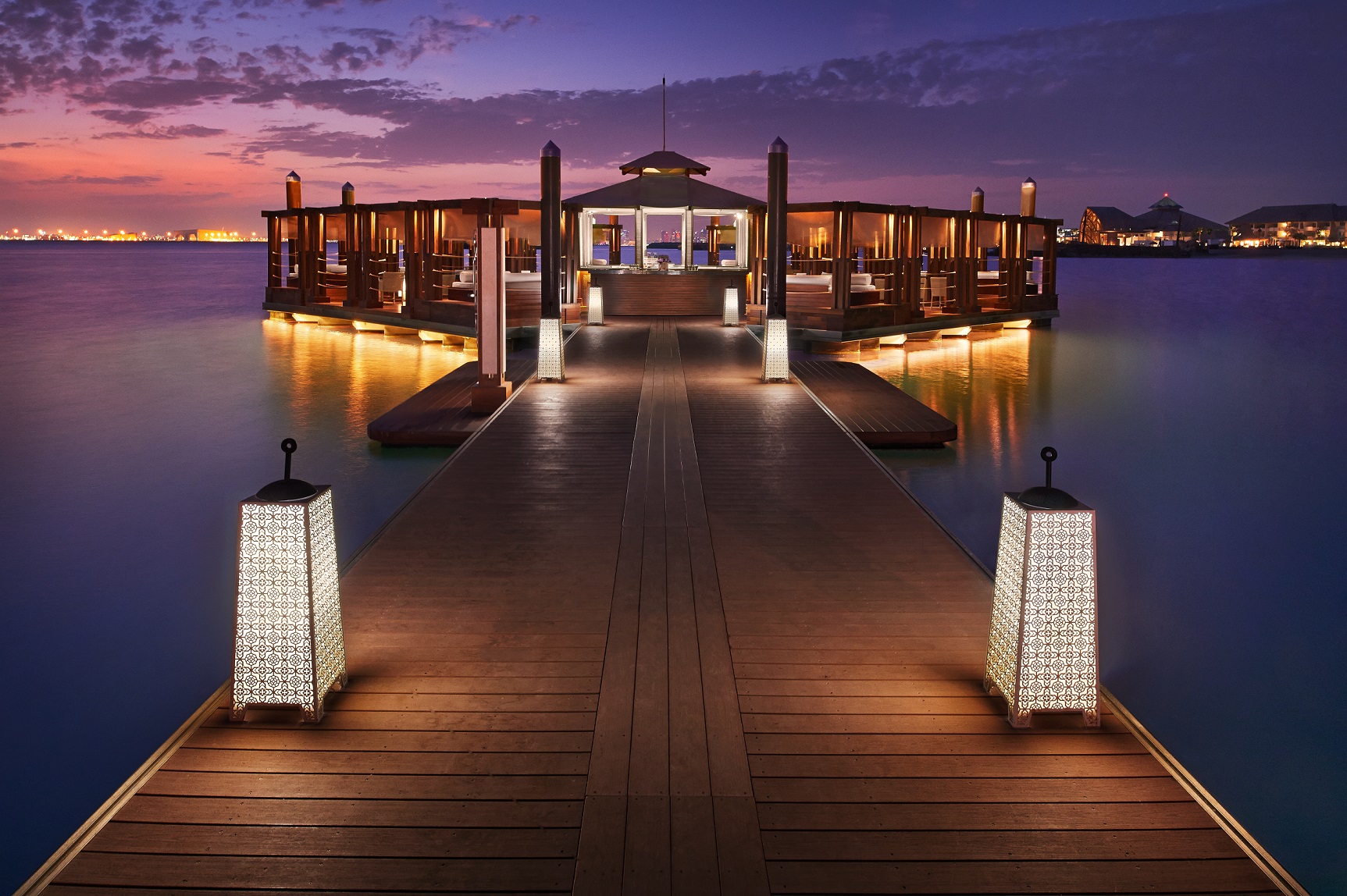Prepared for Mr. Mark Fortress (Ref: 893600)
Experience all 6 Gulf GCC countries
£5802.95
Folder no: 893600
Dear Mr Fortress
Thank you for giving me the chance to create this unique itinerary for you.
As a slightly eccentric former spy that has made the decision to start a travel business as a result of the Covid 19 pandemic, I have spent a lot of time in the Arabian Gulf. Unfortunately, I can no longer travel to the region because of a diplomatic crisis that erupted the last time I was there! If you have watched my movies, you will know that although I never look for trouble, it always seems to find me!
Nevertheless, you will throughly enjoy this weird and wonderful itinerary that will take you across all 6 of the GCC countries in under 2 weeks.
I have only booked you to stay in Kuwait for 1 night as it really is a very dull and boring country. As you have insisted on visiting the destination, I have tried to limit your time there as much as possible. Instead you get an extra night in Muscat which really is an amazing country!
Your journey from Al Khobar to Bahrain will be road over the causeway, however, if you prefer to fly, I can arrange this for you.
Please let me know if you want to make any changes or enhancements to the itinerary.
Kind regards
Jonny English
In just 16 days, you will sample the quirky differences between the people, culture and cuisine of the 6 GCC countries. To the outside world, these 6 countries may appear similar, but delve deeper and you will find many small but noticeable differences. What unites them is huge diversity in sectarian and ethnic composition. Similarities include:
- Official Language — Arabic.
- Religion — Islam.
- Politics — Each country have their Monarchies.
- Economy — Mainly from Oil and gas (Exceptionally Dubai and Bahrain are noted for tourism).
- All the countries have formed a council called Gulf Cooperation Council is a regional intergovernmental political and economic union consisting of all Arab states of the Persian Gulf, except for Iraq.
The differences are:
- The national dresses are actually different. All states wear the Thobe (long white dress) but each nation's thobe is different.
- Dialect- whilst Arabic is the spoken language, they have their own accents and colloquialisms
- Customs vary such as style of greeting (nose rubbing in the UAE and a kiss on the cheek on Saudi)
- The cuisine varies significantly with countries like the UAE being heavily influenced by Persian and Indian cuisine and Saudi Arabia having a more levantine and Yemani flavour.
- Then there is Oman which is a thing apart in almost all respects, and Bahrain which has its own peculiarities because of the large Shiia population.
- Qatar city touring
- Kuwait Towers & National Museum
- Spectacular Hajjar Mountains, Oman
- Oman's spectacular Mussandam Peninsula enclave
- Historic 'Frankincense Trail'
- Dubai's stunning modern skyline
- Oman Desert Camp experience
- Qatar city touring
- Kuwait Towers & National Museum
- Spectacular Hajjar Mountains, Oman
- Oman's spectacular Mussandam Peninsula enclave
- Historic 'Frankincense Trail'
- Dubai's stunning modern skyline
- Oman Desert Camp experience
Many people visit one of the Gulf capitals as a stopover en route to somewhere else. There are more than enough diversions and experiences on offer, however, to make it worthwhile to combine these city-states as destinations in their own right.
Spend a few days in each of the main Gulf cities, flying between each. Begin in dry, traditional Kuwait City. Learn here the sensory vocabulary of Arabia – the haggling in Souq Marbarakia, wafts of shisha from outdoor coffeehouses and strolls along the Corniche. Add to the Arabian lexicon by tracing similarities between Peninsula cultures at Tareq Rajab Museum and leave time to explore the urban landscape of high-rise towers – the quintessential symbols of Gulf modernity.
Oil is responsible for Arabia's rapid propulsion into the 21st century: see how in nearby Bahrain, home to the Oil Museum. Enjoy the glamour associated with black gold at the Formula One racing circuit. Pearls gave the Gulf its former livelihood: dive for a pearl off the Hawar Islands or buy a string at Gold City in Manama and see how the sea has retreated as land has been reclaimed.
Abu Dhabi, the cultural and political capital of United Arab Emirates, is another city reliant on reclaimed land – as becomes obvious on a walk along the beautiful Corniche. Punctuate your high-voltage city tour with an escape to Liwa Oasis, where life moves at the pace of a camel's stride.
If you miss the dynamism of the urban experience, then the best has been kept until last. Spend four days in and around Dubai, discovering what makes it the region's most internationally famous city. Cook with chefs, shop with sharks, view the city from the world's tallest tower and dine underwater in the Gulf's most can-do city.
INCLUSIONS
- Breakfast daily, most dinners.
- All transport (including local flights), accommodation, sightseeing and entrance fees for sites noted as 'visited' in the detailed itinerary.
- Gratuities for drivers, restaurant staff, porters, local guides.
- Airport transfers for land & air customers and for early arriving/late departing land & air customers who book their extra hotel nights through us.
EXCLUSIONS
- International airfare to/from the tour.
- Tour Leader gratuities, most lunches, some dinners (refer to itinerary) drinks, personal items (phone, laundry, etc), international (if applicable) and domestic air taxes, and any excursions referenced as 'optional'.
- Airport transfers for Land Only customers.
- Optional trip cancellation insurance. Our post-reservation trip notes offer further guidance on shopping, not included meals, visas, and locally-paid departure taxes.
-
Welcome
-
Introduction
-
Highlights
-
Overview
-
Additional Info
-
Pricing
-
Map
Day 1
Your journey begins at London Heathrow. Your flight departs at 20:20 and you should be at the airport no later than 3 hours before the scheduled departure time. Please ensure you regularly check the live status of the flight from 24 hours prior to departure so that you are aware of any schedule changes.
-
Departs20:20London Heathrow (LHR) via Emirates AirlineFlight EK 4 departs LHR at 01/02/2022 20:20 arrives DXB at 02/02/2022 07:20 Read less...
Flight Information
Departure
LHR ‐ London Heathrow
Arrival
DXB ‐ Dubai International Airport
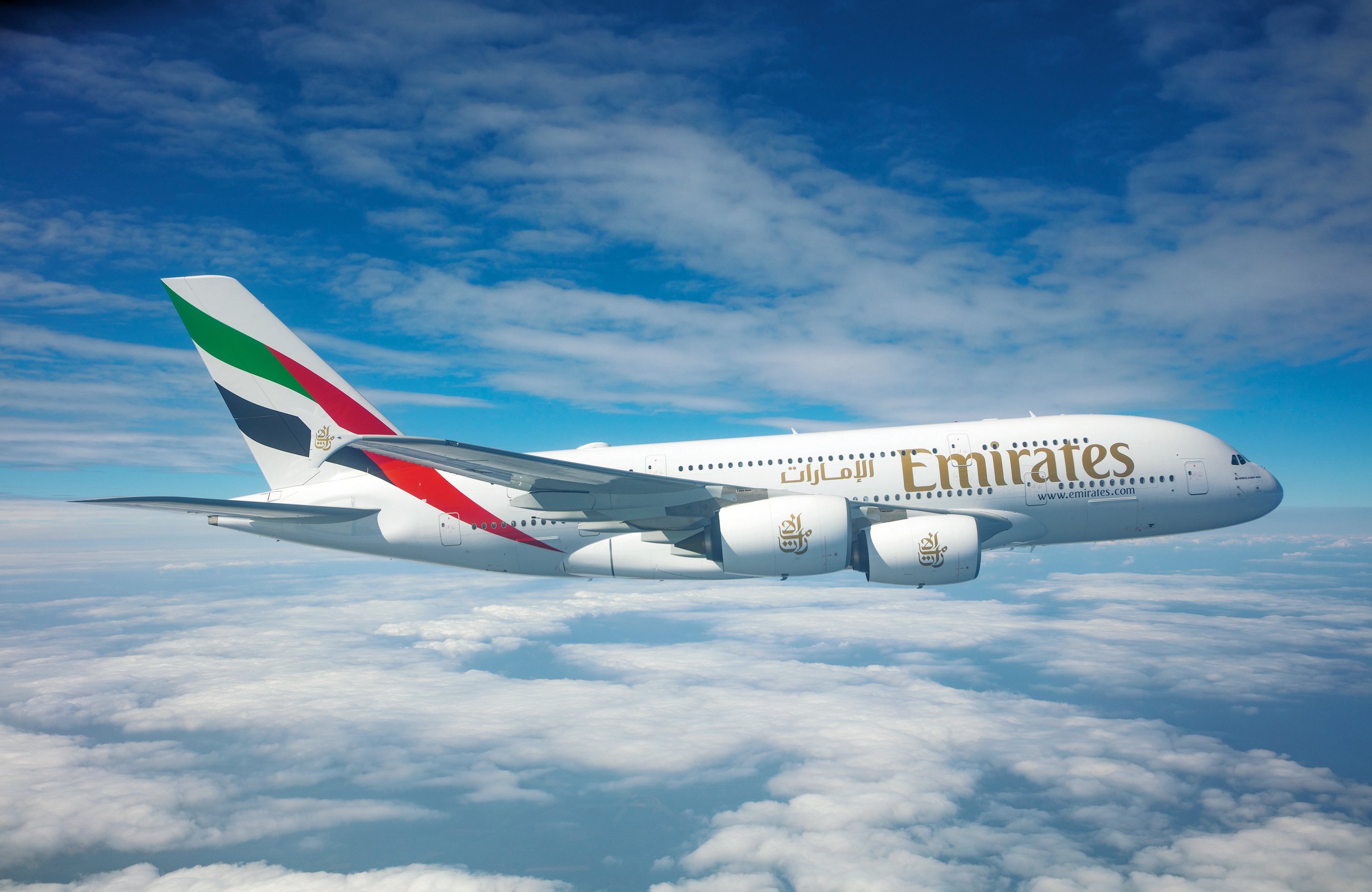
Emirates

Dubai, United Arab Emirates
Once a quite fishing village, Dubai has transformed itself into a playground for the rich and famous. Shopping is regarded as a serious hobby, from the world's largest mall to the more traditional souks and markets. If you're an adrenaline junkie then you'll love the thrill seeking offerings. Not forgetting the spectacular man-made Palm Jumeirah and gorgeous beaches, you'll struggle to find anywhere more beautiful. It's exciting, exhilarating, enticing and might just be the most must-see destination of the 21st century.
Map
Overview
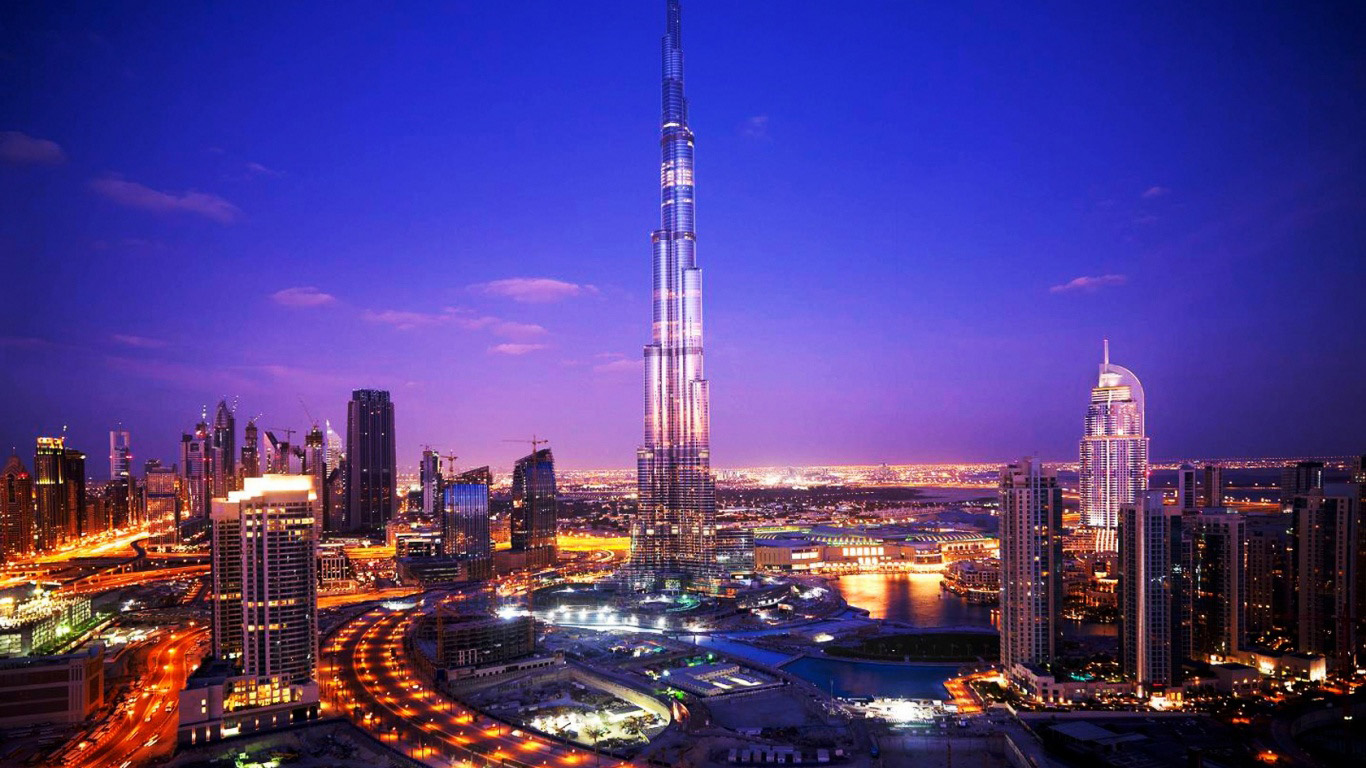
When October fog takes over Dubai's brick and mortar canopy, holiday makers enjoy the ostentatious glitz of the world's fastest growing city in a dream-like atmosphere that remains unrivalled in the urban world. The startling constructions belie Dubai's past as a sleepy fishing town.
A little of the third world has been left behind, where camel trainers, traditional wind towers and calm desert sands are found facing a mystical backdrop of first world excesses. Dubai can be defined by its contrasts, which are most evident in its position as a lush tourism hub that is at the same time home to thousands of migrant.
Destination: Dubai from Every Vantage Point
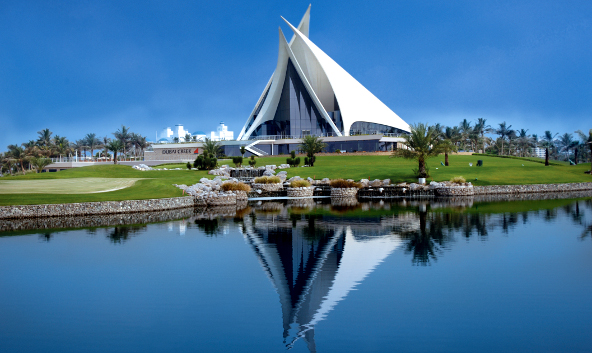
Your holiday to Dubai can be tailored towards a more profound and meaningful expedition through its cultural hotspots and ecotourism destinations. The Sheik Mohammed Centre introduces guests to the city's customs, history and religion. Dolphin Bay is considered one of Dubai's greatest assets for its premium marine habitats and interactive shows. Swim with the ocean's kindest aquatic creatures in a tropical setting as they tow you out to the lagoon's depths.
Immerse yourself in Dubai's most characteristic ecosystem featuring sand plains and desert dunes at the Desert Conservation Reserve. The spectacular Dubai fountains create a watery musical landscape with fountains that rise to the heights of a 50 storey building. Alternatively, enjoy the city's most magnetic tourist attraction, Burj Khalifa, which offers a real time telescopic view of the skyline from the top of the tallest skyscraper in the world.
Destination: Curious Masterpieces
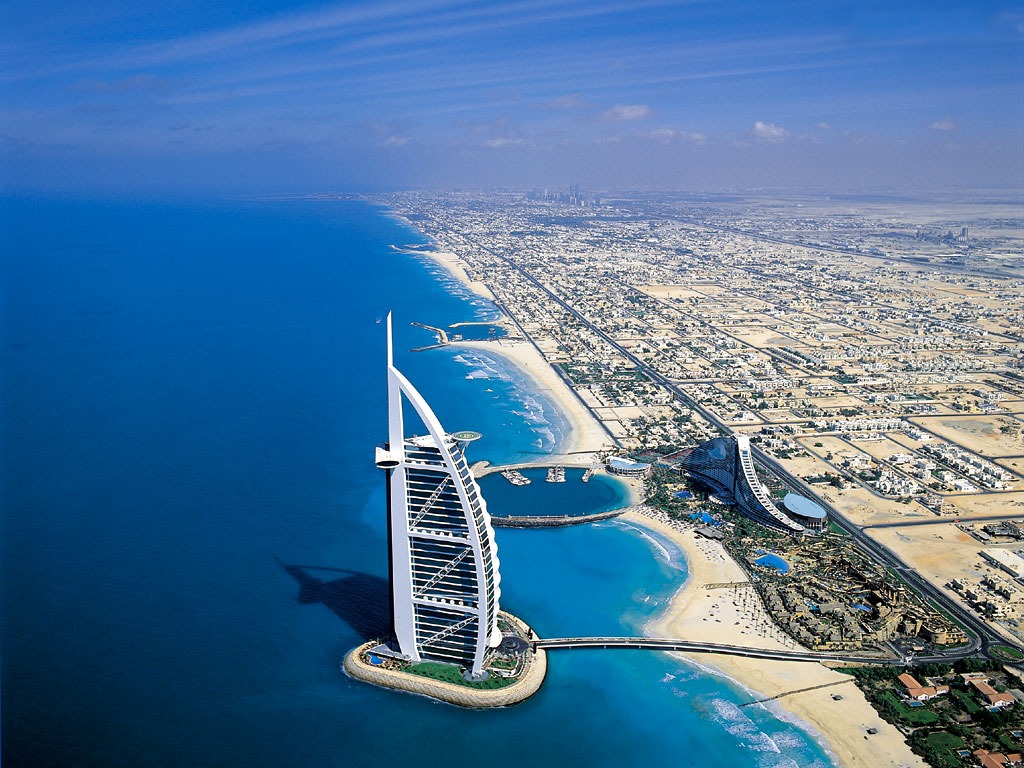
It doesn't take an expert in architecture to recognize the bold splendour of Dubai's cityscape, and the masterpiece that supersedes all is the lofty Burj Khalifa. The world's tallest building is surrounded by stellar displays of grandeur and sparkling night life. The park's design blends greenery, lighting and sculptural water features to achieve an eerie backdrop for outdoor dining, ice skating and marine life viewing at the strategically placed Dubai Mall.
Every destination on your holiday in Dubai is delivered in style. The Aquarium and underwater zoo presents diversity gargantuan enough to win rank as one of Lonely Planet's premier global destinations. Extremists can scuba dive with sharks, whilst the timid can delve beneath safer waters from within the glass tunnel. Artificial coral and three eco zones act as biomes for rare and fascinating creatures such as giant spider crabs and sea dragons. Active party fiends boogie on ice at disco evenings held at the mall's Olympic size ice rink. Whether your preferred viewing pleasure takes place above or below sea level, the downtown district has what it takes to astonish the most seasoned travellers.
Destination: The Heart of Dubai

Instead of following the path of millions of tourists who have taken before you, holidays in Dubai can be approached from a more unusual angle. For a truly Arabian experience, amble through the local mosques and markets. Practice your haggling skills at the Karama Market, where friendly shopkeepers will introduce you to their secret collections behind closed doors. Enjoy an authentic feast at Gordon Ramsay's culinary outpost at the Dubai hotel, Grosvenor House.
Extra Michelin star cuisine is enjoyed at Hilton Dubai creek. A more cultural gastronomy event can be had on Al Dhiyafah street, a local haunt with true Arabic character. Shopping is taken to new heights of absurdity by malls in which guests navigate by water, snowy slopes and aisles dotted with mechanical dinosaurs. Those who have dreams of treasure lined caskets will find their fantasies recreated at the gleaming Gold Souk, where jewels and gems are bartered for in a quality controlled environment.
When to visit Dubai
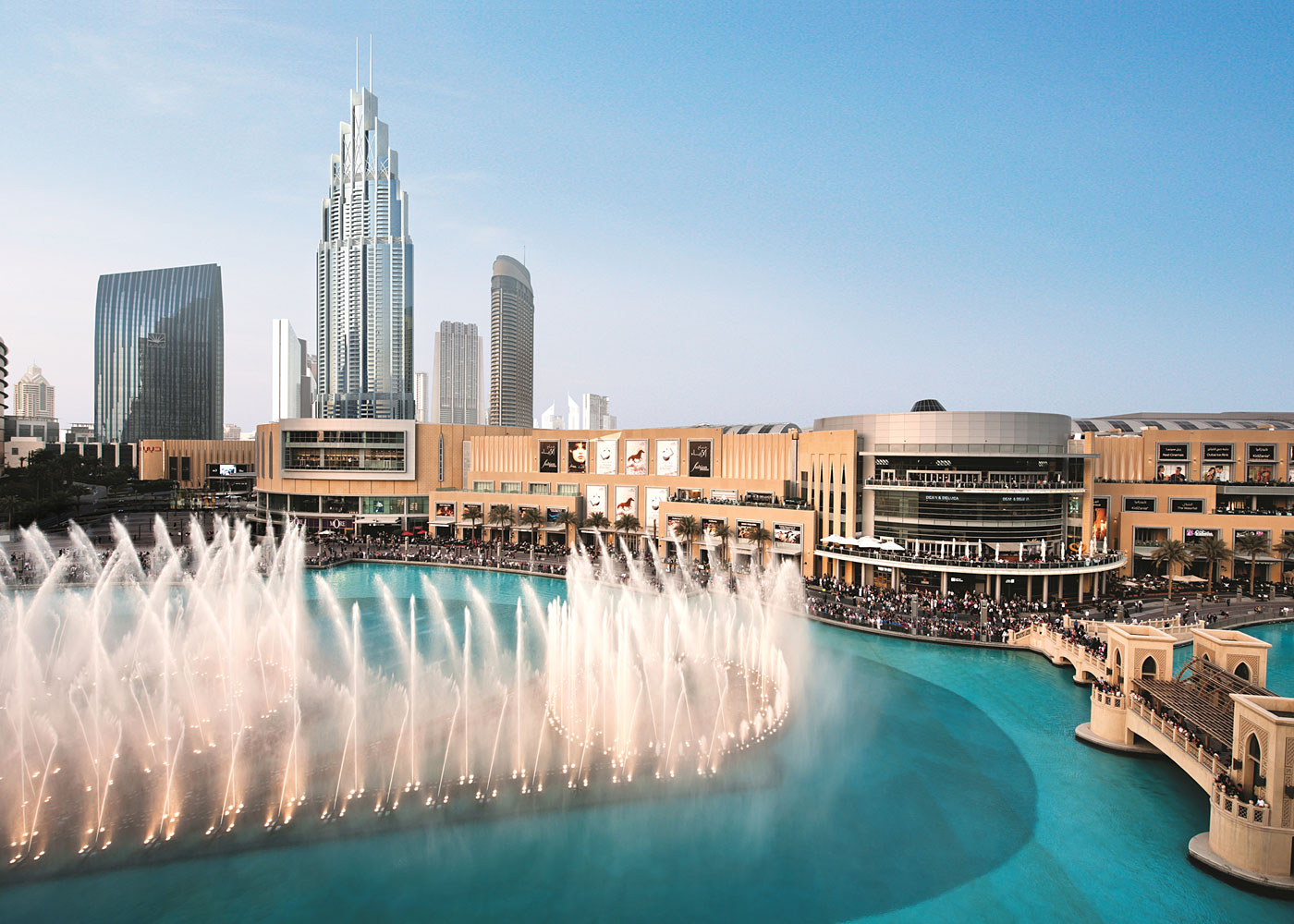
Dubai holidays take place in a desert climate with extremities resulting from the city's position on the tropic of cancer. Humidity and temperatures that reach record highs make summer vacations stifling.
Winters are comfortably warm, with coastal regions enjoying a cooler climate than the mainland. The ocean often rises to a spa-like 37 degrees centigrade. Between December and March, thunderstorms add an atmospheric brilliance to Dubai's dramatic landscapes. June is an arid month, whilst rainfall is largely isolated to February. Sandstorms being reduced visibility with powerful gales between April and February. Autumn and spring bring little diversity: conditions are only slightly subtler than those in summer and winter.
When to visit: Luxurious Spring Times
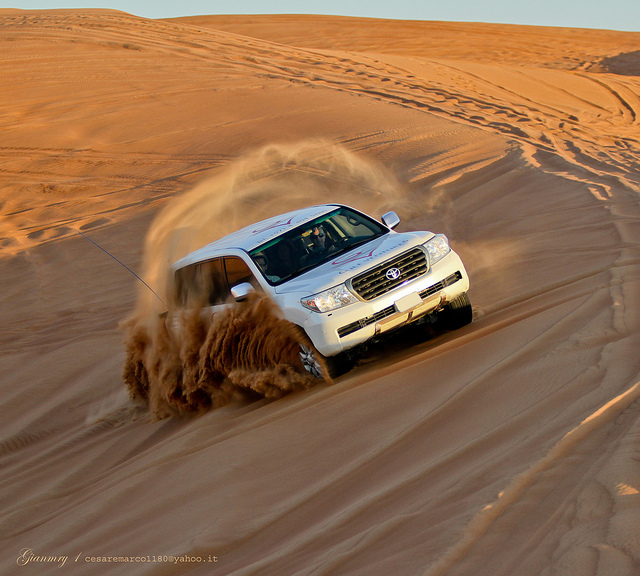
During the more extreme months of spring, air conditioned indoor amenities have extreme value, which makes the highest ranked hotel in Dubai a welcome treasure. The Burj Al Arab has seven stars to match its grandiose interior. Lobbies are splattered with gold; Rolls Royce fleets cater to every travelling whim, and VIPs are announced by fireworks displays. Mid day is ideal for shopping, but just before the sun sets the cooler weather welcomes more active encounters with the desert landscape.
Take on the dunes in a 4x4 safari guided by trained adventurers. As the sun sets, an eerie shadow is cast across the dunes, offering some incredible photographic opportunities. After the sun dips below the horizon, it's time to settle into an Arabian night featuring desert-style hospitality. Camel rides and belly dancing are accompanied by barbecued meals and local music.
When to visit: Finding the Chill in Summer

Summer's extreme heat traps residents indoors until the sun sets, but the season brings some unique travelling opportunities. Camel racing is a sport that locals take seriously, and tourists can access events at Al Ain road's track four times weekly during the year's hottest months. The sight of camels galloping at break neck speed is a spectacle that is generally reserved for mornings.
Practice sessions are open to spectators throughout the day, but early risers will be treated to the coolest weather. Dubai's beaches are popular among those staying at Dubai hotels out of season, but cooler waters are needed to make mid summer tolerable. Widi Wadi Waterpark offers Arabian adventure themed rides, extreme slides and white water rapids to amp up the adrenalin of the young and the young at heart.
When to visit: Evading the Hordes
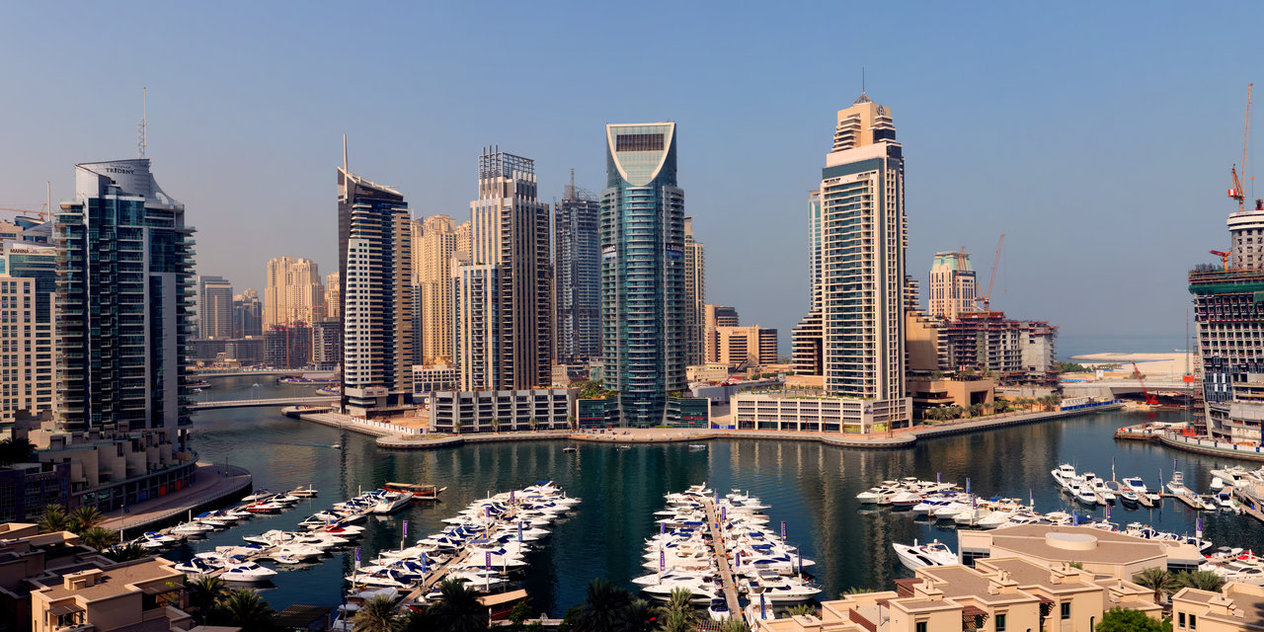
The autumn months between October and December are accompanied by weather that is primed for tourism, Plunging temperatures are a welcome change, opening the city for a host of novel experiences outdoors. To escape the glitz of the inner city, sedate Dubai holiday makers find their serenity in the skies above the desert on hot air balloon trips. At sunset, the dunes turn a startling shade of red, transforming the bland sandy palettes into fiery hued sandscapes. Participate in a tribal experience on full moon nights when guests gather at Al Awir's camp for drumming sessions. Those who wish to avoid the crowds can book into desert based hotels in Dubai
When to visit: Winter Getaways
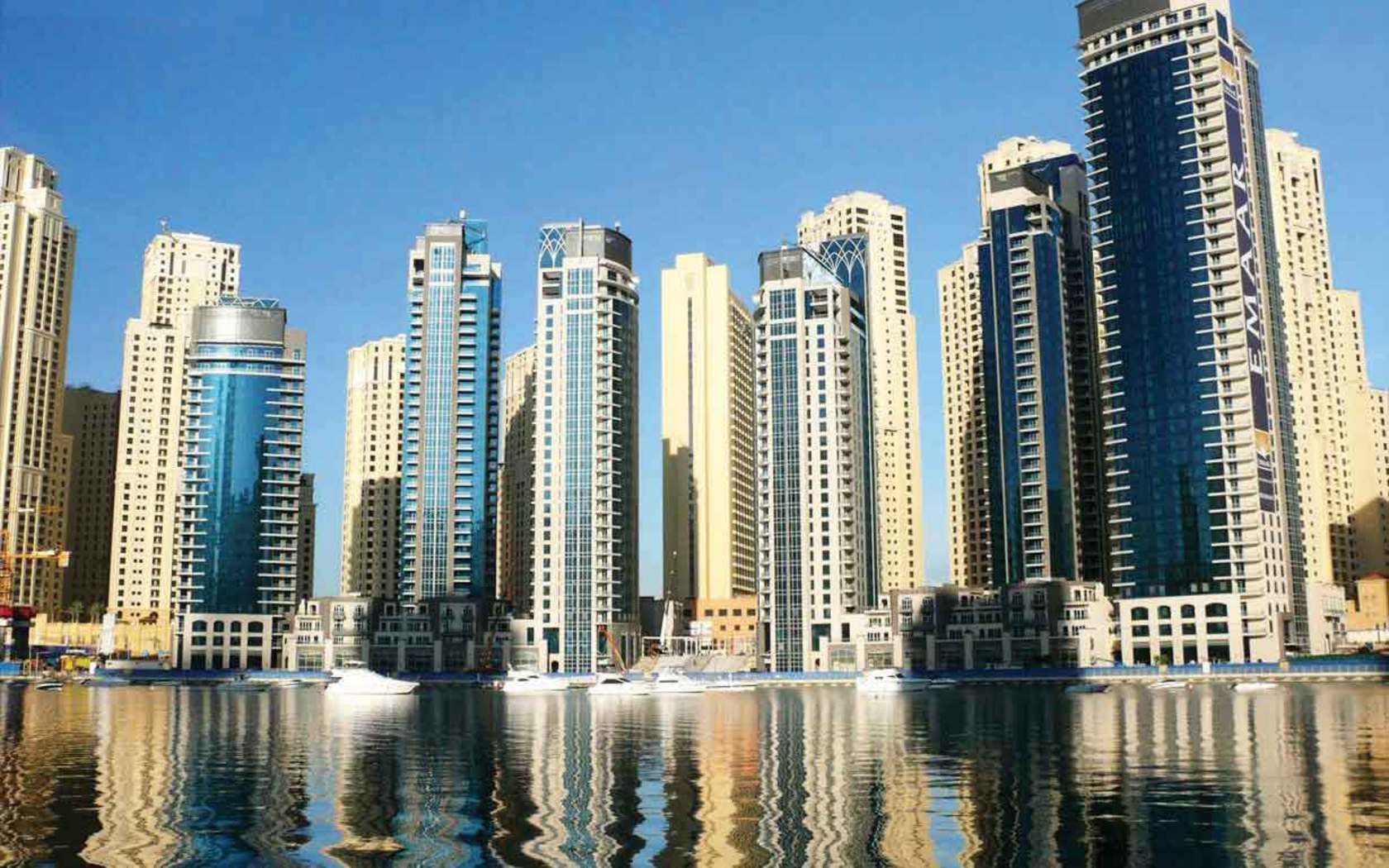
Tropical destinations are at their best during the winter months, particularly when rainfall is negligible. The ocean dips to comfier temperatures, making this the ideal season for Dubai's coastal regions. Swim up bars and poolside loungers take guests from chlorinated waters that lead to the sea. JBR is the most conveniently placed option. Avid scuba fans prefer the wreck dives in Dubai because of the diverse array of tropical fish they attract. Shark rays are the biggest draw card for guests of the Gulf of Oman. January and February are the most festive months of the year, as locals and visitors gather for the annual Shopping Festival. The Global Village brings guests a vast array of rides, circuses and cultural performances from across the globe.
Location
Dubai is located on the Persian Gulf, in the northeast of the United Arab Emirates. Dubai is the second largest emirate with an urban area of 3885 sq km and the city is roughly 35 sq km. However it will expand to twice that size with the addition of the man-made islands; the Waterfront, the three Palms, the World, the Universe, Dubailand, as well as the construction in the desert.
One of the most fascinating geographical aspects of Dubai, is its Creek, which divides the city into two regions. Dubai Creek is made up of a natural 9.5 mile inlet in the Persian Gulf, around which the city’s trade developed. North of the Creek is called Deira, and Bur Dubai refers to the south where it joins the tourist and residential developments of Jumeirah along the coast.Dubai also has the highest population, sharing its borders with Abu Dhabi in the south, Sharjah in the northeast and the Sultanate of Oman in the southeast.Due to the city’s unique geographical location it enjoys a strategic position which allows it to connect to all local Gulf States, as well as to East Africa and South Asia.
Cuisine
Eating in Dubai is a multicultural experience, with a virtual UN of cuisines to choose from. Middle Eastern and Indian fare are most prevalent, but basically you can feast on anything from Afghan kebabs to fish and chips in the city's myriad eateries. These run the gamut from simple street kitchens and fast-food franchises to family restaurants and deluxe dining temples.
Climate & Weather
The line of the Tropic of Cancer crosses through the UAE, causing the weather in Dubai to be warm and sunny. In the winter it has an average daytime temperature of 25°C , nearer the coast 12-15°C , in the desert or mountains 5°C. With the nights being relatively cool. Near coastal areas humidity can average between 50% and 60%.In the summer, the weather in Dubai is very hot and humid, with temperatures reaching mid 40’s. Even the sea temperature can reach 37°C , with humidity averaging over 90%.Rainfall in Dubai is infrequent and does not last for a long period. It mostly rains during the winter period in the form of short gushes and an occasional thunderstorm. On average, rain falls only five days a year.
Clothing & Dress
Dubai and UAE have varying degrees of tolerance to clothing styles from across the world. Nevertheless, dress code in Dubai is quite liberal, in comparison to several other states in the Middle East. There are legal guidelines about what is acceptable, but, in general people are mostly allowed to wear what they like. However, it would be wise to tone down your dress code in other emirates of UAE (other than Dubai), especially in areas where there is greater proportion of nationals or Emiratis.
For women
Women do not have to cover their heads, faces and hair with a scarf or something similar when in public, although Muslim women, particularly Gulf Arabs, do cover their hair, faces, heads with scarf for cultural and religious reasons. But, when visiting a Mosque, women have to cover their hair, bodies and legs, although covering the face is not a must.To be respectful of the UAE culture, it is best to remain covered from shoulder at least to the knees. For instance, although t-shirts (preferably with sleeves covering at least upper arm) are fine, spaghetti tops for women may not be appreciated in public areas. Also, very tight and/or low-cut t-shirts are also considered offensive. Females wearing strappy tops may be in for a warning at Dubai shopping malls, or shopping centres.It is best to not to keep the skirt length above the knee level. As skirts get shorter in length, there is higher risk of male attention, police arrest and fine. In more traditional areas such as villages and souks, markets and such other areas, short skirts are not considered appropriate for women, and long-skirts below knee length are preferred. Western tops with deep neck lines are strictly prohibited.
For men
Men wearing shorts, although may be considered odd, are unlikely to get into trouble. However, cycling shorts that reveal certain contours or boxer shorts may result in warning from the authorities. Wearing cycling shorts when cycling should be fine.Sports clothing appropriate for the sport being played is allowed at the sports venue. However, any combinations of t-shirts and shorts are not a problem, even if worn elsewhere on the way from sports location. At the beach, a swimsuit is acceptable.When visiting a Mosque, men are required to be dressed in long trousers.T-shirts with offensive slogans or pictures, gestures, or obscene language that might cause religious or cultural offence are not acceptable in Dubai.
United Arab Emirates
30 years ago, not many people in Britain had ever heard of the United Arab Emirates.This is hardly surprising, as the country was tiny, and little more that a port and a place where the oil companies went. Today, the UAE may be still be a tiny country, but in the last ten years, it has become a powerhouse of tourism, with its reputation established across the world.
Map
General Information
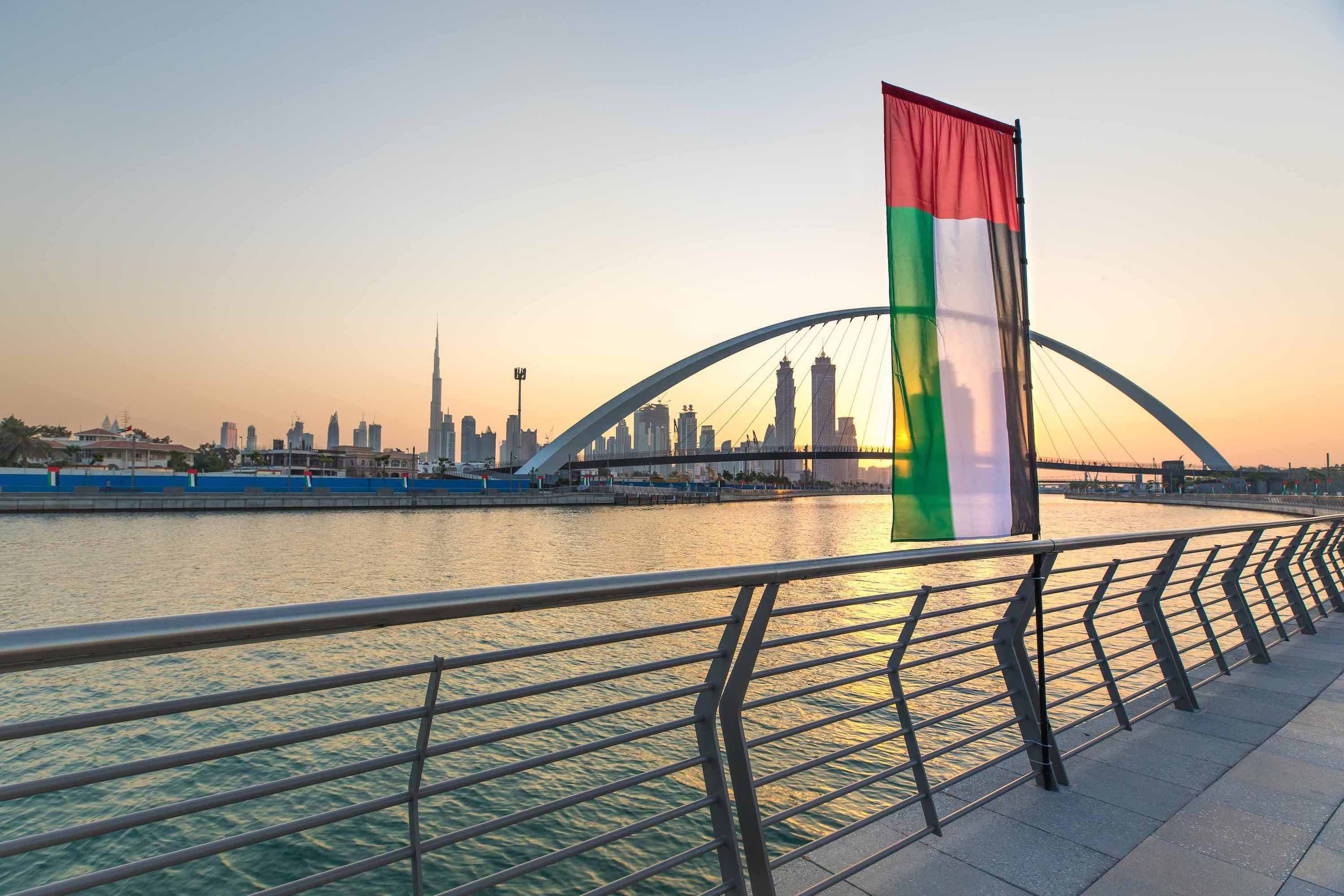
Nestled in the Middle East, between the Persian Gulf and the Gulf of Oman, the United Arab Emirates are made up of seven very different emirates. The federal capital is Abu Dhabi, but it is Dubai that has become its economic centre, thanks to tourism and luxury shopping.For travellers who like modernity and anything on a large scale, visiting these two megacities are a must.
Unique combinations of palaces, shops, mosques, souks and skyscrapers that defy the laws of gravity, these two flagship regions of the country, Abu Dhabi and Dubai, bear witness to an unprecedented development that has taken place in only a matter of years. Ajman, Sharjah, Fujairah, Ras al-Khaimah and Umm al-Qaiwain: each of the five other emirates offers a wide range of treasures to explore.
Fancy an adventure and some starry skies? Liwa Desert, south of Abu Dhabi, is the perfect place to enjoy some trekking, either on foot or by camel. Fine sand, dunes as far as the eye can see, and an authentic atmosphere provide a balance to the dazzling bustle of the cities. The reefs off the Green Coast are a paradise for divers and anybody interested in marine life. The country is also packed with museums, so there’s plenty to satisfy those interested in culture and history. The cities of Sharjah and Fujairah are more traditional and also a lot less crowded, boasting a rich, well-preserved heritage to delight curious minds.
The United Arab Emirates are a multifaceted destination, where tradition and modernity live side by side in perfect harmony. The desert carries on happily alongside huge cities where development and wealth flourish thanks to the region’s oil. Discover this rich and exciting destination that can be summed up as follows: secular tradition based in a young, forward-thinking country with an incredible energy.
Culture
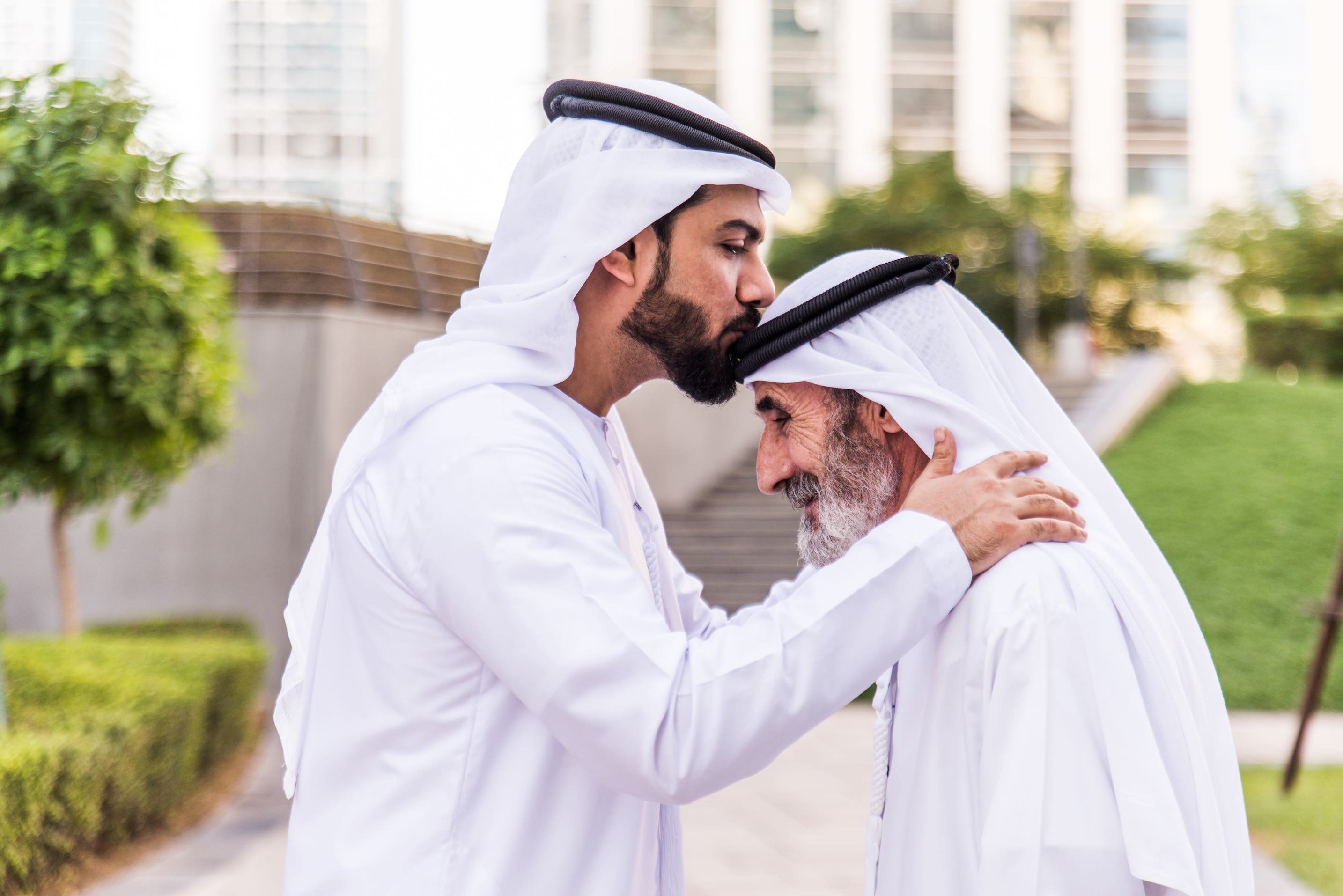
The UAE began as simple pearling villages, but has evolved into one of the most multicultural societies in the world. The population is predominantly Islamic and therefore many laws are respected. Emirati women wear a full-body abaya according to Islamic practices. Pork is not common, and in Sharjah, alcohol is prohibited. Nevertheless, in most parts of the UAE, tourists will find a liberal stance on Islamic culture. Alcohol can be purchased at licensed venues (mostly inside hotels), but outside of these, a permit must be obtained in advance. A strict dress code is also observed and wearing anything too revealing in public is frowned upon.
Currency
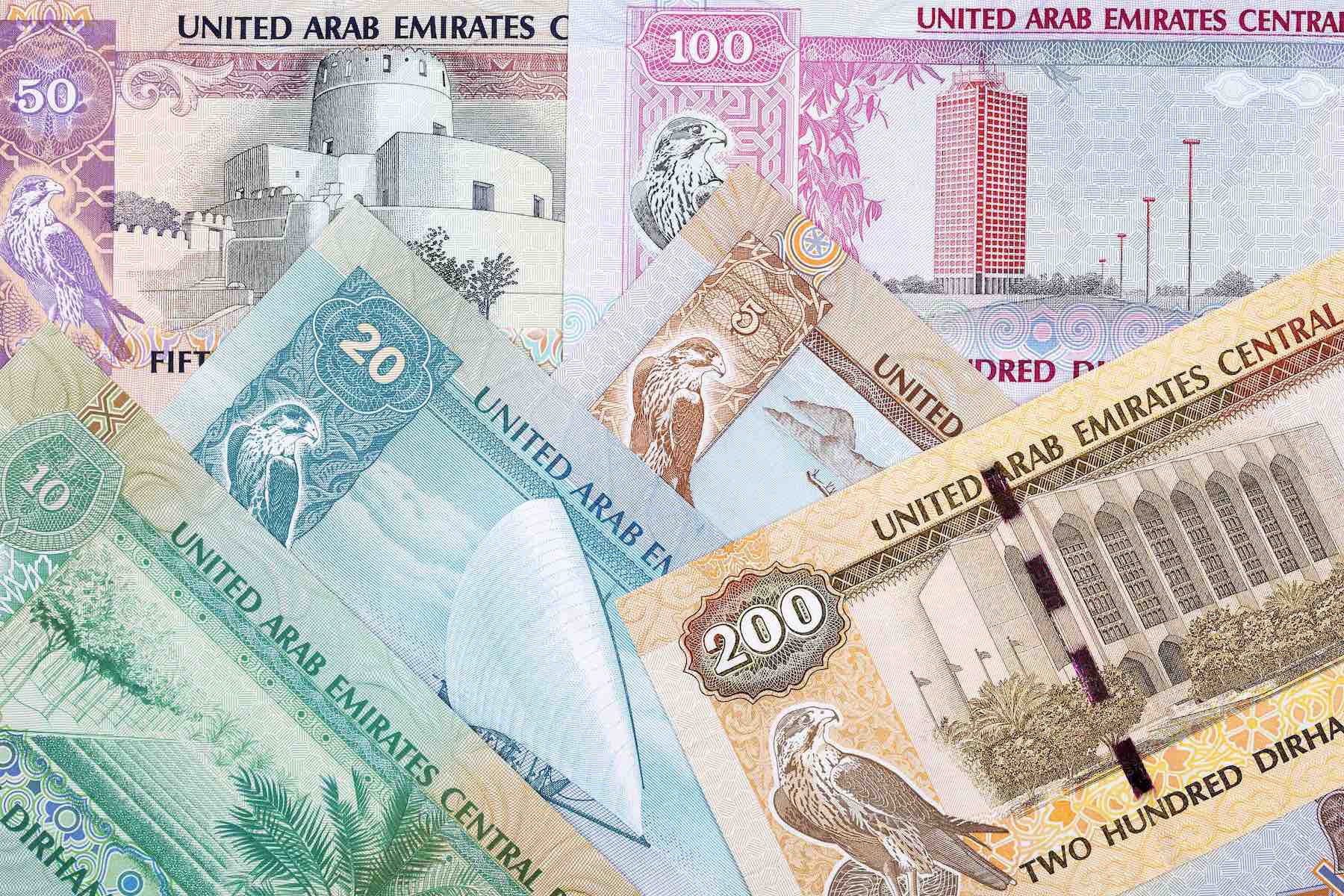
The AED (United Arab Emirates Dirham) is the currency abbreviation for the United Arab Emirates dirham, the official currency of Dubai and other Emirates. It is often presented with the symbol Dhs or DH. The United Arab Emirates Dirham has been used since 1973, when it replaced several currencies, such as the Dubai riyal and the Qatar riyal.
Basics of AED
The United Arab Emirates dirham is made up of 100 fuloos, which is plural for fils. A fils is also the sub-unit for the Kuwaiti dinars, Iraqi dinars, Bahraini dinars and the Yemeni rial. The dirham is available in denominations of 5, 10, 20, 50, 100, 200, 500 and 1,000. The 1 dirham unit exists in coin form only.
The Central Bank of the United Arab Emirates issues the country's banknotes. To combat counterfeiting, a watermark of the national emblem appears on the obverse of each note. The emblem is the Hawk of Quraish, a golden falcon with a disk surrounded by seven stars in its center and seven feathers to represent each of the Emirates.
Pegged to US Dollar
The UAE dirham is considered to be among the world’s most stable currencies in terms of exchange rate stability. It has been pegged to the United States dollar since 1973. Since 1997, it has been set at a rate of 1 U.S dollar to 3.6725 AED. For UK visitors, the exchange rate will be determined by the strength of the Pound against the Dollar.
Exchanging Money
All the Shopping Malls in the country will have multiple Foreign Exchange Bureaus. These offer much more competitive prices for exchanging cash when compared to forex bureaus in the UK. Credit cards (Visa, Mastercard and American Express) are widely accepted in shops, hotels and restaurants. There are cash machines at hotels, malls and various other on street outlets across the country. Most ATM machines are free to use, so you will only be charged the fees applicable to your account from your bank.
Language
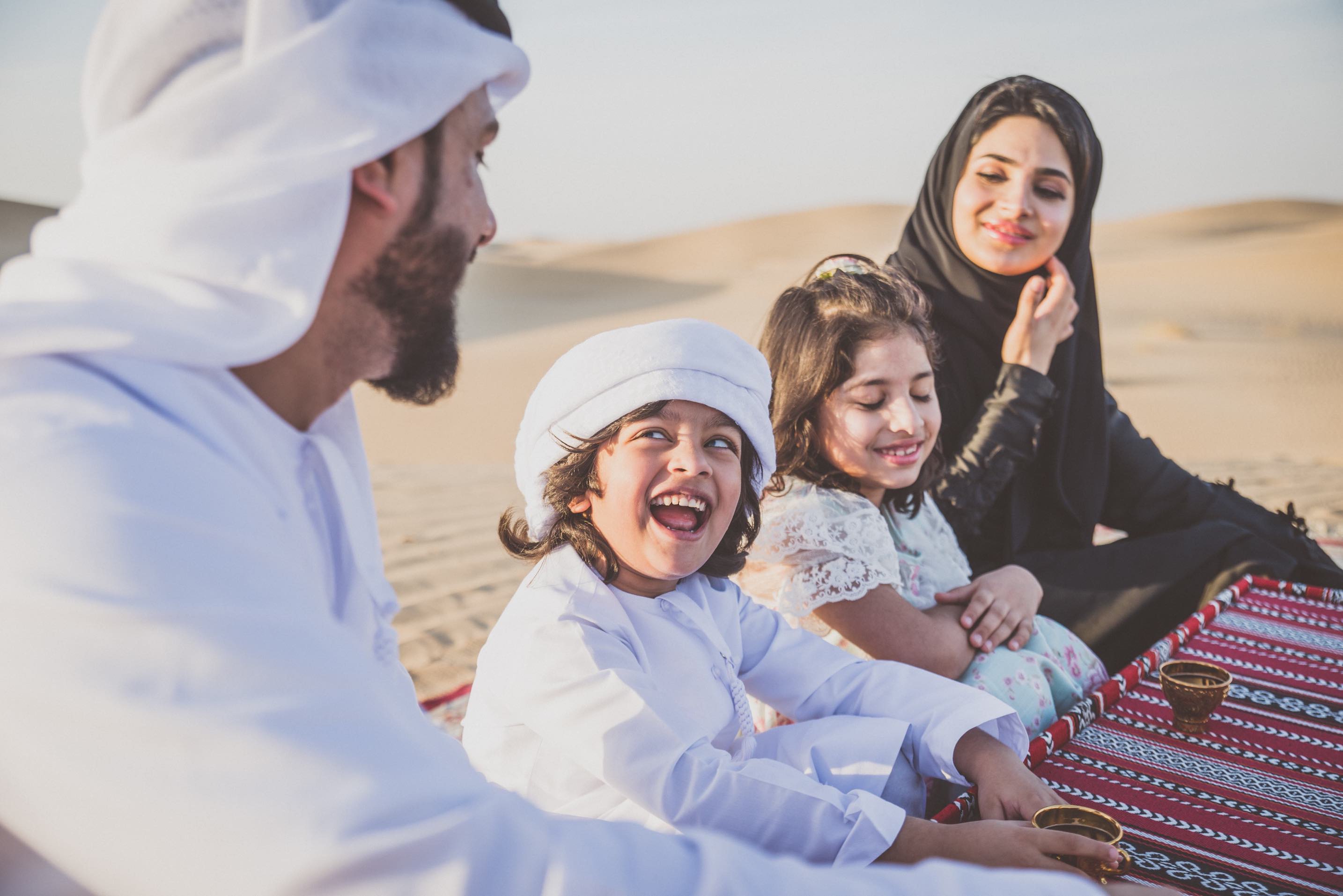
Arabic is the official language of the UAE although you will find that English is spoken by almost everyone. Hindi is also widely spoken by the locals and expatritate workers from the Indian Sub Continent.
Arabic is the official language for both written and verbal communication in the UAE. Government offices and affairs are conducted in Arabic, and rules and laws are published in Arabic. Arabic is mainly spoken by the natives of the UAE, called Emiratis. You can get by with just speaking English in the UAE.
Passport & Visa
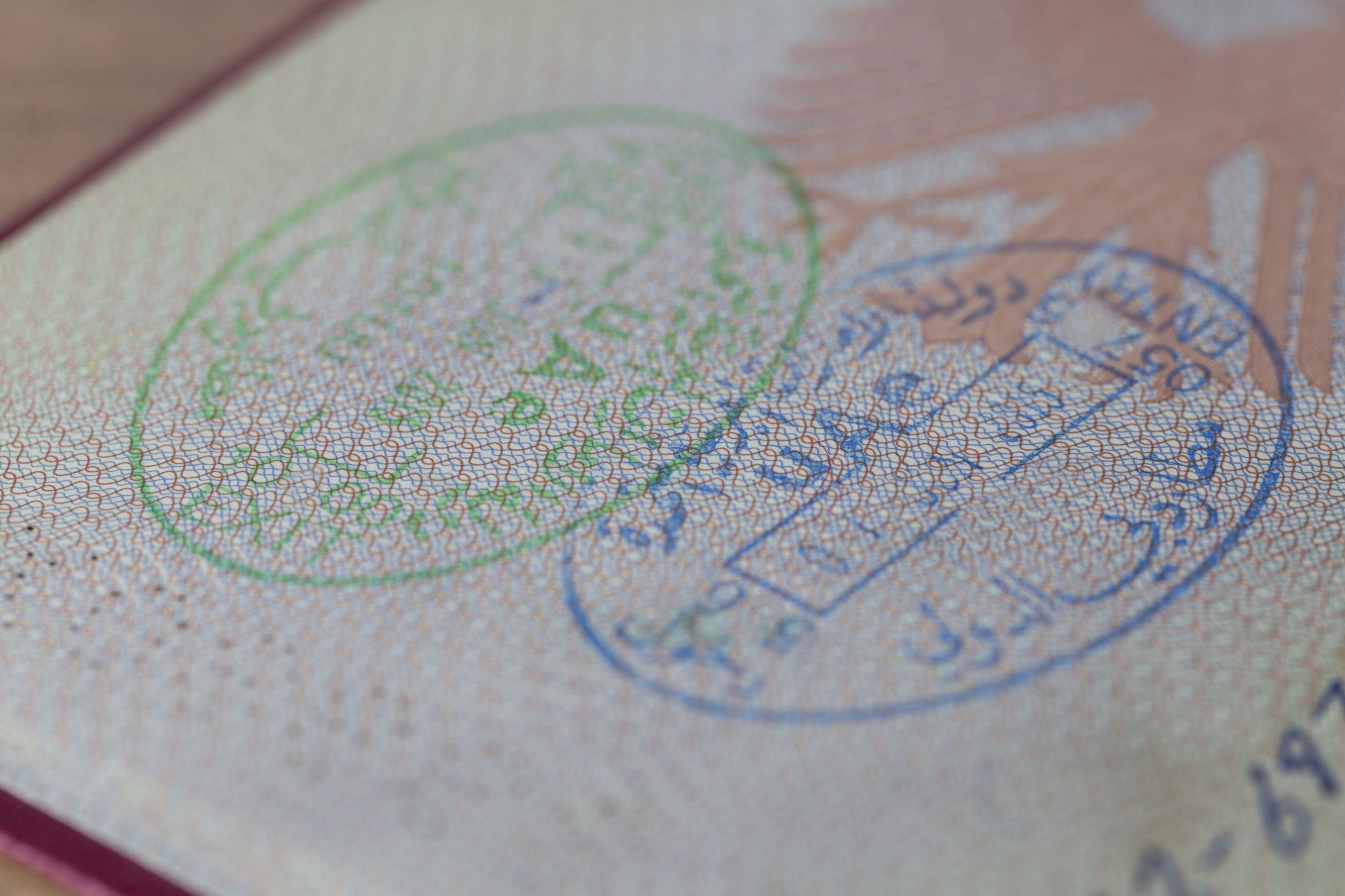
If you’re travelling on a British Citizen passport, you can get a visitor’s visa on arrival in the UAE. This visa allows visitors to stay in the UAE for up to 30 days. The visa terminates automatically on departure and a new visa is issued on arrival each time the visitor returns to the UAE.For a fee, visitors can extend their visa twice without leaving the country. Each extension is for an additional 30 days.
Your passport should be valid for a minimum period of 6 months from the date of entry into the UAE. If you hold a residence permit, your passport must be valid for at least 3 months in order to travel into the country.If you’re transiting the UAE (and not passing through Immigration) your passport only needs to have a minimum of 3 months validity from the date of transit.
Location
The United Arab Emirates is situated in Middle East, bordering the Gulf of Oman and the Persian Gulf, between Oman and Saudi Arabia; it is in a strategic location slightly south of the Strait of Hormuz, a vital transit point for world crude oil.
The UAE lies between 22°30' and 26°10' north latitude and between 51° and 56°25′ east longitude. It shares a 530-kilometre (330 mi) border with Saudi Arabia on the west, south, and southeast, and a 450-kilometre (280 mi) border with Oman on the southeast and northeast.
Cuisine
The traditional food of the Emirates has always been rice, fish and meat. The people of the United Arab Emirates have adopted most of their foods from other West and South Asian countries including Iran, Saudi Arabia, Pakistan, India and Oman. Seafood has been the mainstay of the Emirati diet for centuries. Meat and rice are other staple foods, with lamb and mutton preferred to goat and beef. Popular beverages are coffee and tea, which can be complemented with cardamom, saffron, or mint to give them a distinctive flavour.
Climate & Weather
The climate of the UAE is subtropical-arid with hot summers and warm winters. The climate is categorized as desert climate. The hottest months are July and August, when average maximum temperatures reach above 45 °C (113 °F) on the coastal plain. In the Al Hajar Mountains, temperatures are considerably lower, a result of increased elevation. Average minimum temperatures in January and February are between 10 and 14 °C (50 and 57 °F). During the late summer months, a humid southeastern wind known as Sharqi (i.e. "Easterner") makes the coastal region especially unpleasant. The average annual rainfall in the coastal area is less than 120 mm (4.7 in), but in some mountainous areas annual rainfall often reaches 350 mm (13.8 in). Rain in the coastal region falls in short, torrential bursts during the summer months, sometimes resulting in floods in ordinarily dry wadi beds. The region is prone to occasional, violent dust storms, which can severely reduce visibility.
Clothing & Dress
The UAE has a modest dress code, and is part of Dubai's criminal law. Most malls in the UAE have a dress code displayed at entrances. At Dubai's malls, women are encouraged to cover their shoulders and knees. Despite this, people are allowed to wear swimwear at pools and beaches.
People are also requested to wear modest clothing when entering mosques, such as the Sheikh Zayed Mosque in Abu Dhabi. Those mosques which are open to tourists provide modest clothing for men and women if needed.
-
Description
-
Schedule
- Flight Information
-
Destination
-
Countries
-
Map
Day 2
-
Arrives07:20Dubai International Airport (DXB) via Emirates AirlineFlight EK 4 departs LHR at 01/02/2022 20:20 arrives DXB at 02/02/2022 07:20 Read less...
-
Accommodation at Jumeirah Zabeel Saray in Superior King , 2 pax - Half Board
Read less... -
15:00to22:00Dubai Afternoon Desert Safari and BBQ Dinner,
-
Petronas TowersKuala Lumpur,
Flight Information
Departure
LHR ‐ London Heathrow
Arrival
DXB ‐ Dubai International Airport

Emirates

Jumeirah Zabeel Saray
On The Palm's western crescent this luxurious resort takes its inspiration from its cultural heritage with hand–painted frescoes‚ Turkish artwork and intricate murals. At the heart of the resort lies the Talise Ottoman Spa‚ an immense 8,000 square metres of pampering‚ relaxation and health. Fine dining awaits with a choice of 10 restaurants plus a dine-around option valid in over 50 restaurants in other Jumeirah hotels.
Dubai Afternoon Desert Safari and BBQ Dinner (Included)
Explore the Dubai desert on a 6-hour 4WD adventure and experience the golden dunes of Arabia. Take optional camel rides, get henna hand paintings, puff on an aromatic shisha pipe, enjoy a BBQ buffet dinner beneath the stars and much more!
Experience complete desert adventure by joining our desert safari performed at the golden and red colored giant sand dunes. The dune bashing safari will be done at the virgin sands for safety reasons where is less crowd. We use specially configured SUV with luxury option well fitted with world class safety standards equipment. This is the only desert safari all inclusive tour that offer 7 hours continuous of activities, such as camel farms, sunset, Arabic welcome, camel ride, lady henna designer service, Hookah, Arabic costume, sand boarding, falcon at the camp, three live shows that includes the belly dance show, the Tanura show and fire show. You will be also be served Emarati snacks followed by an aromatic BBQ buffet dinner, choice of 2 alcoholic drinks or 2 fruit punch, soft drinks, tea and coffee.
Included:
- Hotel pick up and drop off
- Professional licensed Safari Driver / Guide
- Transportation by 4WD Air-Conditioned Land Cruiser
- Dune Bashing (30-40 mins) in 4*4 Vehicle that are configured with guest protection roll bars.
- Photography at sunset (Not always Guaranteed)
- Shared Bedouin Camp in the middle of the Desert
- Sand Boarding
- A short Camel Ride (can be repeated)
- Henna Painting
- Shisha smoking (free in the shisha Area Only)
- Photography in the Arabic costumes for men and women at the campsite
- Buffet Dinner with BBQ (veg and non-veg) self service.
- Unlimited soft drinks / water / coffee / tea (inside the camp) Fruits and dessert
- Belly dance show, Tanura Dance show, Fire Show
Excluded:
- Alcoholic drinks (available to purchase)
- Gratuities Souvenir photos (available to purchase)
- Photography with Falcon (on additional Charges)
- Gift items (available to purchase)
- Shisha at the table is not included whereas the guest can enjoy it at the table on additional cost.
- Quad bike & ATV, available with extra charges (Pre-Booking is recommended)
- Experience an Arabian desert on a 4WD scenic tour
- Watch the sunset from the summit of a towering sand dune
- Enjoy optional camel rides or get a henna painting on your hands
- Try various aromatic water pipes and wear traditional Arabic costumes
- Feast on a barbecue dinner under the desert night sky
- Enjoy traditional belly dancing and tannora dance performances
Date: 2nd February 2022
Time: 03:00 PM - 10:00 PM
Petronas Towers
Petronas Twin Towers were once the tallest buildings in the world. Now the world’s tallest twin structures, the 88-storey buildings were designed by Cesar Pelli & Associates with both towers joined at the 41st and 42nd floors (175m above street level) by a 58 metre-long, double-decker Sky Bridge.
Standing 452 metres tall, the Petronas Twin Towers retained its world-title claim to fame until 2004 when Taipei's 101 was built, measuring 508 metres tall. Today, the Burj Khalifa in Dubai (opened in 2010) retains the spot as the world’s tallest building. Located in the KL city centre, the Petronas Twin Towers’ architecture is Islamic-inspired and the buildings primarily house the corporate headquarters of the Petronas Company and other offices.
When the Petronas Twin Towers were completed in 1998 they were declared the tallest buildings in the world, surpassing the 442-metre-tall Willis Tower in Chicago, U.S.A. At the base of the Petronas Twin Towers is Suria KLCC, an upmarket shopping mall that is very popular with tourists.
Tower One is fully occupied by the Malaysian state oil company Petronas, and its subsidiaries and associate companies. Tower Two is mostly taken up by multinational companies such as Accenture, Al-Jazeera, Barclays Capital, Bloomberg, Boeing, IBM, McKinsey & Co., Microsoft, Reuters and more.
Child ££enq
Schedule |
Opening |
Closing |
|---|---|---|
| Sunday | 09:00 AM | 07:00 PM |
| Monday | 09:00 AM | 07:00 PM |
| Tuesday | 09:00 AM | 07:00 PM |
| Wednesday | 09:00 AM | 07:00 PM |
| Thursday | 09:00 AM | 07:00 PM |
| Friday | 09:00 AM | 07:00 PM |
| Saturday | 09:00 AM | 07:00 PM |
Opening Hours: 09:00 – 19:00 (closed for Friday prayers 13:00 – 14:30)
Location: Near Concorde Hotel Monorail stop, in between Jalan Ampang and Jalan Raja Chulan
KLCC is located alongside lower Jalan Ampang at the business district known as the Golden Triangle. The basement car park can be accessed by several entry points around the complex.
By Road
If you are in a taxi or a chauffeured car, approach the Centre along Jalan Pinang and turn left into the Main Entrance (second turn after the Mandarin Oriental Hotel) for drop off. If you are driving, here are your parking options: Take the first left after the Mandarin Oriental Hotel from Jalan Pinang up the ramp to access the car park at the Centre’s basement. Park at the KLCC Suria car park and exit to the Concourse Level Centre Court. Make your way past Cold Storage to the Guardian Pharmacy where there is a covered walkway through to the Centre. Take the elevator to the Ground Level where you will be directed to the Registration area.
By Train
Take the Light Rail Transit (LRT), Kelana Jaya Line and disembark at the KLCC Station. Turn left after exiting the turnstiles and walk through the Suria KLCC shopping centre Concourse level to the Centre Court. Turn left and make your way past Cold Storage to the Guardian Pharmacy where there is a covered walkway through to the Centre. Take the elevator to the Ground Floor where you will be directed to the Registration area.
On Foot
From the Suria KLCC shopping centre’s Concourse Level Centre Court, make your way past Cold Storage to the Guardian Pharmacy where there is a covered walkway through to the Centre. Take the elevator to the Ground Level of the Centre where you will be directed to the Registration area. The Centre is also accessible for delegates and visitors via the air-conditioned Bukit Bintang-KLCC Link Bridge. The link bridge features entrance/exit at the Pavilion Mall (Bukit Bintang), Wisma Cosway, Jalan Perak and the Impiana KLCC Hotel with convenient exit escalators and staircases) located at the main entrance to the Centre. This air-conditioned link allows delegates and visitors to travel conveniently, comfortably and safely on foot.
Dubai, United Arab Emirates
Once a quite fishing village, Dubai has transformed itself into a playground for the rich and famous. Shopping is regarded as a serious hobby, from the world's largest mall to the more traditional souks and markets. If you're an adrenaline junkie then you'll love the thrill seeking offerings. Not forgetting the spectacular man-made Palm Jumeirah and gorgeous beaches, you'll struggle to find anywhere more beautiful. It's exciting, exhilarating, enticing and might just be the most must-see destination of the 21st century.
Map
Overview

When October fog takes over Dubai's brick and mortar canopy, holiday makers enjoy the ostentatious glitz of the world's fastest growing city in a dream-like atmosphere that remains unrivalled in the urban world. The startling constructions belie Dubai's past as a sleepy fishing town.
A little of the third world has been left behind, where camel trainers, traditional wind towers and calm desert sands are found facing a mystical backdrop of first world excesses. Dubai can be defined by its contrasts, which are most evident in its position as a lush tourism hub that is at the same time home to thousands of migrant.
Destination: Dubai from Every Vantage Point

Your holiday to Dubai can be tailored towards a more profound and meaningful expedition through its cultural hotspots and ecotourism destinations. The Sheik Mohammed Centre introduces guests to the city's customs, history and religion. Dolphin Bay is considered one of Dubai's greatest assets for its premium marine habitats and interactive shows. Swim with the ocean's kindest aquatic creatures in a tropical setting as they tow you out to the lagoon's depths.
Immerse yourself in Dubai's most characteristic ecosystem featuring sand plains and desert dunes at the Desert Conservation Reserve. The spectacular Dubai fountains create a watery musical landscape with fountains that rise to the heights of a 50 storey building. Alternatively, enjoy the city's most magnetic tourist attraction, Burj Khalifa, which offers a real time telescopic view of the skyline from the top of the tallest skyscraper in the world.
Destination: Curious Masterpieces

It doesn't take an expert in architecture to recognize the bold splendour of Dubai's cityscape, and the masterpiece that supersedes all is the lofty Burj Khalifa. The world's tallest building is surrounded by stellar displays of grandeur and sparkling night life. The park's design blends greenery, lighting and sculptural water features to achieve an eerie backdrop for outdoor dining, ice skating and marine life viewing at the strategically placed Dubai Mall.
Every destination on your holiday in Dubai is delivered in style. The Aquarium and underwater zoo presents diversity gargantuan enough to win rank as one of Lonely Planet's premier global destinations. Extremists can scuba dive with sharks, whilst the timid can delve beneath safer waters from within the glass tunnel. Artificial coral and three eco zones act as biomes for rare and fascinating creatures such as giant spider crabs and sea dragons. Active party fiends boogie on ice at disco evenings held at the mall's Olympic size ice rink. Whether your preferred viewing pleasure takes place above or below sea level, the downtown district has what it takes to astonish the most seasoned travellers.
Destination: The Heart of Dubai

Instead of following the path of millions of tourists who have taken before you, holidays in Dubai can be approached from a more unusual angle. For a truly Arabian experience, amble through the local mosques and markets. Practice your haggling skills at the Karama Market, where friendly shopkeepers will introduce you to their secret collections behind closed doors. Enjoy an authentic feast at Gordon Ramsay's culinary outpost at the Dubai hotel, Grosvenor House.
Extra Michelin star cuisine is enjoyed at Hilton Dubai creek. A more cultural gastronomy event can be had on Al Dhiyafah street, a local haunt with true Arabic character. Shopping is taken to new heights of absurdity by malls in which guests navigate by water, snowy slopes and aisles dotted with mechanical dinosaurs. Those who have dreams of treasure lined caskets will find their fantasies recreated at the gleaming Gold Souk, where jewels and gems are bartered for in a quality controlled environment.
When to visit Dubai

Dubai holidays take place in a desert climate with extremities resulting from the city's position on the tropic of cancer. Humidity and temperatures that reach record highs make summer vacations stifling.
Winters are comfortably warm, with coastal regions enjoying a cooler climate than the mainland. The ocean often rises to a spa-like 37 degrees centigrade. Between December and March, thunderstorms add an atmospheric brilliance to Dubai's dramatic landscapes. June is an arid month, whilst rainfall is largely isolated to February. Sandstorms being reduced visibility with powerful gales between April and February. Autumn and spring bring little diversity: conditions are only slightly subtler than those in summer and winter.
When to visit: Luxurious Spring Times

During the more extreme months of spring, air conditioned indoor amenities have extreme value, which makes the highest ranked hotel in Dubai a welcome treasure. The Burj Al Arab has seven stars to match its grandiose interior. Lobbies are splattered with gold; Rolls Royce fleets cater to every travelling whim, and VIPs are announced by fireworks displays. Mid day is ideal for shopping, but just before the sun sets the cooler weather welcomes more active encounters with the desert landscape.
Take on the dunes in a 4x4 safari guided by trained adventurers. As the sun sets, an eerie shadow is cast across the dunes, offering some incredible photographic opportunities. After the sun dips below the horizon, it's time to settle into an Arabian night featuring desert-style hospitality. Camel rides and belly dancing are accompanied by barbecued meals and local music.
When to visit: Finding the Chill in Summer

Summer's extreme heat traps residents indoors until the sun sets, but the season brings some unique travelling opportunities. Camel racing is a sport that locals take seriously, and tourists can access events at Al Ain road's track four times weekly during the year's hottest months. The sight of camels galloping at break neck speed is a spectacle that is generally reserved for mornings.
Practice sessions are open to spectators throughout the day, but early risers will be treated to the coolest weather. Dubai's beaches are popular among those staying at Dubai hotels out of season, but cooler waters are needed to make mid summer tolerable. Widi Wadi Waterpark offers Arabian adventure themed rides, extreme slides and white water rapids to amp up the adrenalin of the young and the young at heart.
When to visit: Evading the Hordes

The autumn months between October and December are accompanied by weather that is primed for tourism, Plunging temperatures are a welcome change, opening the city for a host of novel experiences outdoors. To escape the glitz of the inner city, sedate Dubai holiday makers find their serenity in the skies above the desert on hot air balloon trips. At sunset, the dunes turn a startling shade of red, transforming the bland sandy palettes into fiery hued sandscapes. Participate in a tribal experience on full moon nights when guests gather at Al Awir's camp for drumming sessions. Those who wish to avoid the crowds can book into desert based hotels in Dubai
When to visit: Winter Getaways

Tropical destinations are at their best during the winter months, particularly when rainfall is negligible. The ocean dips to comfier temperatures, making this the ideal season for Dubai's coastal regions. Swim up bars and poolside loungers take guests from chlorinated waters that lead to the sea. JBR is the most conveniently placed option. Avid scuba fans prefer the wreck dives in Dubai because of the diverse array of tropical fish they attract. Shark rays are the biggest draw card for guests of the Gulf of Oman. January and February are the most festive months of the year, as locals and visitors gather for the annual Shopping Festival. The Global Village brings guests a vast array of rides, circuses and cultural performances from across the globe.
Location
Dubai is located on the Persian Gulf, in the northeast of the United Arab Emirates. Dubai is the second largest emirate with an urban area of 3885 sq km and the city is roughly 35 sq km. However it will expand to twice that size with the addition of the man-made islands; the Waterfront, the three Palms, the World, the Universe, Dubailand, as well as the construction in the desert.
One of the most fascinating geographical aspects of Dubai, is its Creek, which divides the city into two regions. Dubai Creek is made up of a natural 9.5 mile inlet in the Persian Gulf, around which the city’s trade developed. North of the Creek is called Deira, and Bur Dubai refers to the south where it joins the tourist and residential developments of Jumeirah along the coast.Dubai also has the highest population, sharing its borders with Abu Dhabi in the south, Sharjah in the northeast and the Sultanate of Oman in the southeast.Due to the city’s unique geographical location it enjoys a strategic position which allows it to connect to all local Gulf States, as well as to East Africa and South Asia.
Cuisine
Eating in Dubai is a multicultural experience, with a virtual UN of cuisines to choose from. Middle Eastern and Indian fare are most prevalent, but basically you can feast on anything from Afghan kebabs to fish and chips in the city's myriad eateries. These run the gamut from simple street kitchens and fast-food franchises to family restaurants and deluxe dining temples.
Climate & Weather
The line of the Tropic of Cancer crosses through the UAE, causing the weather in Dubai to be warm and sunny. In the winter it has an average daytime temperature of 25°C , nearer the coast 12-15°C , in the desert or mountains 5°C. With the nights being relatively cool. Near coastal areas humidity can average between 50% and 60%.In the summer, the weather in Dubai is very hot and humid, with temperatures reaching mid 40’s. Even the sea temperature can reach 37°C , with humidity averaging over 90%.Rainfall in Dubai is infrequent and does not last for a long period. It mostly rains during the winter period in the form of short gushes and an occasional thunderstorm. On average, rain falls only five days a year.
Clothing & Dress
Dubai and UAE have varying degrees of tolerance to clothing styles from across the world. Nevertheless, dress code in Dubai is quite liberal, in comparison to several other states in the Middle East. There are legal guidelines about what is acceptable, but, in general people are mostly allowed to wear what they like. However, it would be wise to tone down your dress code in other emirates of UAE (other than Dubai), especially in areas where there is greater proportion of nationals or Emiratis.
For women
Women do not have to cover their heads, faces and hair with a scarf or something similar when in public, although Muslim women, particularly Gulf Arabs, do cover their hair, faces, heads with scarf for cultural and religious reasons. But, when visiting a Mosque, women have to cover their hair, bodies and legs, although covering the face is not a must.To be respectful of the UAE culture, it is best to remain covered from shoulder at least to the knees. For instance, although t-shirts (preferably with sleeves covering at least upper arm) are fine, spaghetti tops for women may not be appreciated in public areas. Also, very tight and/or low-cut t-shirts are also considered offensive. Females wearing strappy tops may be in for a warning at Dubai shopping malls, or shopping centres.It is best to not to keep the skirt length above the knee level. As skirts get shorter in length, there is higher risk of male attention, police arrest and fine. In more traditional areas such as villages and souks, markets and such other areas, short skirts are not considered appropriate for women, and long-skirts below knee length are preferred. Western tops with deep neck lines are strictly prohibited.
For men
Men wearing shorts, although may be considered odd, are unlikely to get into trouble. However, cycling shorts that reveal certain contours or boxer shorts may result in warning from the authorities. Wearing cycling shorts when cycling should be fine.Sports clothing appropriate for the sport being played is allowed at the sports venue. However, any combinations of t-shirts and shorts are not a problem, even if worn elsewhere on the way from sports location. At the beach, a swimsuit is acceptable.When visiting a Mosque, men are required to be dressed in long trousers.T-shirts with offensive slogans or pictures, gestures, or obscene language that might cause religious or cultural offence are not acceptable in Dubai.
United Arab Emirates
30 years ago, not many people in Britain had ever heard of the United Arab Emirates.This is hardly surprising, as the country was tiny, and little more that a port and a place where the oil companies went. Today, the UAE may be still be a tiny country, but in the last ten years, it has become a powerhouse of tourism, with its reputation established across the world.
Map
General Information

Nestled in the Middle East, between the Persian Gulf and the Gulf of Oman, the United Arab Emirates are made up of seven very different emirates. The federal capital is Abu Dhabi, but it is Dubai that has become its economic centre, thanks to tourism and luxury shopping.For travellers who like modernity and anything on a large scale, visiting these two megacities are a must.
Unique combinations of palaces, shops, mosques, souks and skyscrapers that defy the laws of gravity, these two flagship regions of the country, Abu Dhabi and Dubai, bear witness to an unprecedented development that has taken place in only a matter of years. Ajman, Sharjah, Fujairah, Ras al-Khaimah and Umm al-Qaiwain: each of the five other emirates offers a wide range of treasures to explore.
Fancy an adventure and some starry skies? Liwa Desert, south of Abu Dhabi, is the perfect place to enjoy some trekking, either on foot or by camel. Fine sand, dunes as far as the eye can see, and an authentic atmosphere provide a balance to the dazzling bustle of the cities. The reefs off the Green Coast are a paradise for divers and anybody interested in marine life. The country is also packed with museums, so there’s plenty to satisfy those interested in culture and history. The cities of Sharjah and Fujairah are more traditional and also a lot less crowded, boasting a rich, well-preserved heritage to delight curious minds.
The United Arab Emirates are a multifaceted destination, where tradition and modernity live side by side in perfect harmony. The desert carries on happily alongside huge cities where development and wealth flourish thanks to the region’s oil. Discover this rich and exciting destination that can be summed up as follows: secular tradition based in a young, forward-thinking country with an incredible energy.
Culture

The UAE began as simple pearling villages, but has evolved into one of the most multicultural societies in the world. The population is predominantly Islamic and therefore many laws are respected. Emirati women wear a full-body abaya according to Islamic practices. Pork is not common, and in Sharjah, alcohol is prohibited. Nevertheless, in most parts of the UAE, tourists will find a liberal stance on Islamic culture. Alcohol can be purchased at licensed venues (mostly inside hotels), but outside of these, a permit must be obtained in advance. A strict dress code is also observed and wearing anything too revealing in public is frowned upon.
Currency

The AED (United Arab Emirates Dirham) is the currency abbreviation for the United Arab Emirates dirham, the official currency of Dubai and other Emirates. It is often presented with the symbol Dhs or DH. The United Arab Emirates Dirham has been used since 1973, when it replaced several currencies, such as the Dubai riyal and the Qatar riyal.
Basics of AED
The United Arab Emirates dirham is made up of 100 fuloos, which is plural for fils. A fils is also the sub-unit for the Kuwaiti dinars, Iraqi dinars, Bahraini dinars and the Yemeni rial. The dirham is available in denominations of 5, 10, 20, 50, 100, 200, 500 and 1,000. The 1 dirham unit exists in coin form only.
The Central Bank of the United Arab Emirates issues the country's banknotes. To combat counterfeiting, a watermark of the national emblem appears on the obverse of each note. The emblem is the Hawk of Quraish, a golden falcon with a disk surrounded by seven stars in its center and seven feathers to represent each of the Emirates.
Pegged to US Dollar
The UAE dirham is considered to be among the world’s most stable currencies in terms of exchange rate stability. It has been pegged to the United States dollar since 1973. Since 1997, it has been set at a rate of 1 U.S dollar to 3.6725 AED. For UK visitors, the exchange rate will be determined by the strength of the Pound against the Dollar.
Exchanging Money
All the Shopping Malls in the country will have multiple Foreign Exchange Bureaus. These offer much more competitive prices for exchanging cash when compared to forex bureaus in the UK. Credit cards (Visa, Mastercard and American Express) are widely accepted in shops, hotels and restaurants. There are cash machines at hotels, malls and various other on street outlets across the country. Most ATM machines are free to use, so you will only be charged the fees applicable to your account from your bank.
Language

Arabic is the official language of the UAE although you will find that English is spoken by almost everyone. Hindi is also widely spoken by the locals and expatritate workers from the Indian Sub Continent.
Arabic is the official language for both written and verbal communication in the UAE. Government offices and affairs are conducted in Arabic, and rules and laws are published in Arabic. Arabic is mainly spoken by the natives of the UAE, called Emiratis. You can get by with just speaking English in the UAE.
Passport & Visa

If you’re travelling on a British Citizen passport, you can get a visitor’s visa on arrival in the UAE. This visa allows visitors to stay in the UAE for up to 30 days. The visa terminates automatically on departure and a new visa is issued on arrival each time the visitor returns to the UAE.For a fee, visitors can extend their visa twice without leaving the country. Each extension is for an additional 30 days.
Your passport should be valid for a minimum period of 6 months from the date of entry into the UAE. If you hold a residence permit, your passport must be valid for at least 3 months in order to travel into the country.If you’re transiting the UAE (and not passing through Immigration) your passport only needs to have a minimum of 3 months validity from the date of transit.
Location
The United Arab Emirates is situated in Middle East, bordering the Gulf of Oman and the Persian Gulf, between Oman and Saudi Arabia; it is in a strategic location slightly south of the Strait of Hormuz, a vital transit point for world crude oil.
The UAE lies between 22°30' and 26°10' north latitude and between 51° and 56°25′ east longitude. It shares a 530-kilometre (330 mi) border with Saudi Arabia on the west, south, and southeast, and a 450-kilometre (280 mi) border with Oman on the southeast and northeast.
Cuisine
The traditional food of the Emirates has always been rice, fish and meat. The people of the United Arab Emirates have adopted most of their foods from other West and South Asian countries including Iran, Saudi Arabia, Pakistan, India and Oman. Seafood has been the mainstay of the Emirati diet for centuries. Meat and rice are other staple foods, with lamb and mutton preferred to goat and beef. Popular beverages are coffee and tea, which can be complemented with cardamom, saffron, or mint to give them a distinctive flavour.
Climate & Weather
The climate of the UAE is subtropical-arid with hot summers and warm winters. The climate is categorized as desert climate. The hottest months are July and August, when average maximum temperatures reach above 45 °C (113 °F) on the coastal plain. In the Al Hajar Mountains, temperatures are considerably lower, a result of increased elevation. Average minimum temperatures in January and February are between 10 and 14 °C (50 and 57 °F). During the late summer months, a humid southeastern wind known as Sharqi (i.e. "Easterner") makes the coastal region especially unpleasant. The average annual rainfall in the coastal area is less than 120 mm (4.7 in), but in some mountainous areas annual rainfall often reaches 350 mm (13.8 in). Rain in the coastal region falls in short, torrential bursts during the summer months, sometimes resulting in floods in ordinarily dry wadi beds. The region is prone to occasional, violent dust storms, which can severely reduce visibility.
Clothing & Dress
The UAE has a modest dress code, and is part of Dubai's criminal law. Most malls in the UAE have a dress code displayed at entrances. At Dubai's malls, women are encouraged to cover their shoulders and knees. Despite this, people are allowed to wear swimwear at pools and beaches.
People are also requested to wear modest clothing when entering mosques, such as the Sheikh Zayed Mosque in Abu Dhabi. Those mosques which are open to tourists provide modest clothing for men and women if needed.
-
Schedule
- Flight Information
- Hotel
- Excursion
- Attraction
-
Destination
-
Countries
-
Map
Day 3
-
Accommodation at Jumeirah Zabeel Saray in Superior King , 2 pax - Half Board Read less...
-
14:00to15:00Burj Khalifa,
-
15:00to16:00The Dubai MallFinancial Center Street, Along Sheikh Zayed Road, Next to Burj Khalifa - Downtown Dubai - Dubai - United Arab EmiratesRead more...
Occupying an area of 13 million square feet (about the size of 50 international soccer pitches), The Dubai Mall offers an unparalleled shopping, dining, and entertainment experience. There is something within the massive complex for every member of the family to see and do, making this an ideal tourist destination. The mall was developed by Emaar Properties and opened on November 4th, 2008. It was the second-largest mall opening in history.
To help you navigate the mall, there are numerous electronic directories located throughout. Visitors can likewise download The Dubai Mall mobile app, which provides a map and other important information. The mall also offers free WiFi and mobile charging stations to keep you connected. Guest services representatives at the nine guest services desks in the mall can assist you with anything else you might need, including delivery service to your hotel.
Read less...
Jumeirah Zabeel Saray
On The Palm's western crescent this luxurious resort takes its inspiration from its cultural heritage with hand–painted frescoes‚ Turkish artwork and intricate murals. At the heart of the resort lies the Talise Ottoman Spa‚ an immense 8,000 square metres of pampering‚ relaxation and health. Fine dining awaits with a choice of 10 restaurants plus a dine-around option valid in over 50 restaurants in other Jumeirah hotels.
Burj Khalifa
Schedule |
Opening |
Closing |
|---|---|---|
| Sunday | Open 24 hours | |
| Monday | Open 24 hours | |
| Tuesday | Open 24 hours | |
| Wednesday | Open 24 hours | |
| Thursday | Open 24 hours | |
| Friday | Open 24 hours | |
| Saturday | Open 24 hours |
The Dubai Mall
Occupying an area of 13 million square feet (about the size of 50 international soccer pitches), The Dubai Mall offers an unparalleled shopping, dining, and entertainment experience. There is something within the massive complex for every member of the family to see and do, making this an ideal tourist destination. The mall was developed by Emaar Properties and opened on November 4th, 2008. It was the second-largest mall opening in history.
To help you navigate the mall, there are numerous electronic directories located throughout. Visitors can likewise download The Dubai Mall mobile app, which provides a map and other important information. The mall also offers free WiFi and mobile charging stations to keep you connected. Guest services representatives at the nine guest services desks in the mall can assist you with anything else you might need, including delivery service to your hotel.
Schedule |
Opening |
Closing |
|---|---|---|
| Sunday | 10:00 AM | 01:00 AM |
| Monday | 01:00 AM | 01:00 AM |
| Tuesday | 10:00 AM | 12:00 AM |
| Wednesday | 10:00 AM | 12:00 AM |
| Thursday | 10:00 AM | 12:00 AM |
| Friday | 10:00 AM | 01:00 AM |
| Saturday | 10:00 AM | 01:00 AM |
Dubai, United Arab Emirates
Once a quite fishing village, Dubai has transformed itself into a playground for the rich and famous. Shopping is regarded as a serious hobby, from the world's largest mall to the more traditional souks and markets. If you're an adrenaline junkie then you'll love the thrill seeking offerings. Not forgetting the spectacular man-made Palm Jumeirah and gorgeous beaches, you'll struggle to find anywhere more beautiful. It's exciting, exhilarating, enticing and might just be the most must-see destination of the 21st century.
Map
Overview

When October fog takes over Dubai's brick and mortar canopy, holiday makers enjoy the ostentatious glitz of the world's fastest growing city in a dream-like atmosphere that remains unrivalled in the urban world. The startling constructions belie Dubai's past as a sleepy fishing town.
A little of the third world has been left behind, where camel trainers, traditional wind towers and calm desert sands are found facing a mystical backdrop of first world excesses. Dubai can be defined by its contrasts, which are most evident in its position as a lush tourism hub that is at the same time home to thousands of migrant.
Destination: Dubai from Every Vantage Point

Your holiday to Dubai can be tailored towards a more profound and meaningful expedition through its cultural hotspots and ecotourism destinations. The Sheik Mohammed Centre introduces guests to the city's customs, history and religion. Dolphin Bay is considered one of Dubai's greatest assets for its premium marine habitats and interactive shows. Swim with the ocean's kindest aquatic creatures in a tropical setting as they tow you out to the lagoon's depths.
Immerse yourself in Dubai's most characteristic ecosystem featuring sand plains and desert dunes at the Desert Conservation Reserve. The spectacular Dubai fountains create a watery musical landscape with fountains that rise to the heights of a 50 storey building. Alternatively, enjoy the city's most magnetic tourist attraction, Burj Khalifa, which offers a real time telescopic view of the skyline from the top of the tallest skyscraper in the world.
Destination: Curious Masterpieces

It doesn't take an expert in architecture to recognize the bold splendour of Dubai's cityscape, and the masterpiece that supersedes all is the lofty Burj Khalifa. The world's tallest building is surrounded by stellar displays of grandeur and sparkling night life. The park's design blends greenery, lighting and sculptural water features to achieve an eerie backdrop for outdoor dining, ice skating and marine life viewing at the strategically placed Dubai Mall.
Every destination on your holiday in Dubai is delivered in style. The Aquarium and underwater zoo presents diversity gargantuan enough to win rank as one of Lonely Planet's premier global destinations. Extremists can scuba dive with sharks, whilst the timid can delve beneath safer waters from within the glass tunnel. Artificial coral and three eco zones act as biomes for rare and fascinating creatures such as giant spider crabs and sea dragons. Active party fiends boogie on ice at disco evenings held at the mall's Olympic size ice rink. Whether your preferred viewing pleasure takes place above or below sea level, the downtown district has what it takes to astonish the most seasoned travellers.
Destination: The Heart of Dubai

Instead of following the path of millions of tourists who have taken before you, holidays in Dubai can be approached from a more unusual angle. For a truly Arabian experience, amble through the local mosques and markets. Practice your haggling skills at the Karama Market, where friendly shopkeepers will introduce you to their secret collections behind closed doors. Enjoy an authentic feast at Gordon Ramsay's culinary outpost at the Dubai hotel, Grosvenor House.
Extra Michelin star cuisine is enjoyed at Hilton Dubai creek. A more cultural gastronomy event can be had on Al Dhiyafah street, a local haunt with true Arabic character. Shopping is taken to new heights of absurdity by malls in which guests navigate by water, snowy slopes and aisles dotted with mechanical dinosaurs. Those who have dreams of treasure lined caskets will find their fantasies recreated at the gleaming Gold Souk, where jewels and gems are bartered for in a quality controlled environment.
When to visit Dubai

Dubai holidays take place in a desert climate with extremities resulting from the city's position on the tropic of cancer. Humidity and temperatures that reach record highs make summer vacations stifling.
Winters are comfortably warm, with coastal regions enjoying a cooler climate than the mainland. The ocean often rises to a spa-like 37 degrees centigrade. Between December and March, thunderstorms add an atmospheric brilliance to Dubai's dramatic landscapes. June is an arid month, whilst rainfall is largely isolated to February. Sandstorms being reduced visibility with powerful gales between April and February. Autumn and spring bring little diversity: conditions are only slightly subtler than those in summer and winter.
When to visit: Luxurious Spring Times

During the more extreme months of spring, air conditioned indoor amenities have extreme value, which makes the highest ranked hotel in Dubai a welcome treasure. The Burj Al Arab has seven stars to match its grandiose interior. Lobbies are splattered with gold; Rolls Royce fleets cater to every travelling whim, and VIPs are announced by fireworks displays. Mid day is ideal for shopping, but just before the sun sets the cooler weather welcomes more active encounters with the desert landscape.
Take on the dunes in a 4x4 safari guided by trained adventurers. As the sun sets, an eerie shadow is cast across the dunes, offering some incredible photographic opportunities. After the sun dips below the horizon, it's time to settle into an Arabian night featuring desert-style hospitality. Camel rides and belly dancing are accompanied by barbecued meals and local music.
When to visit: Finding the Chill in Summer

Summer's extreme heat traps residents indoors until the sun sets, but the season brings some unique travelling opportunities. Camel racing is a sport that locals take seriously, and tourists can access events at Al Ain road's track four times weekly during the year's hottest months. The sight of camels galloping at break neck speed is a spectacle that is generally reserved for mornings.
Practice sessions are open to spectators throughout the day, but early risers will be treated to the coolest weather. Dubai's beaches are popular among those staying at Dubai hotels out of season, but cooler waters are needed to make mid summer tolerable. Widi Wadi Waterpark offers Arabian adventure themed rides, extreme slides and white water rapids to amp up the adrenalin of the young and the young at heart.
When to visit: Evading the Hordes

The autumn months between October and December are accompanied by weather that is primed for tourism, Plunging temperatures are a welcome change, opening the city for a host of novel experiences outdoors. To escape the glitz of the inner city, sedate Dubai holiday makers find their serenity in the skies above the desert on hot air balloon trips. At sunset, the dunes turn a startling shade of red, transforming the bland sandy palettes into fiery hued sandscapes. Participate in a tribal experience on full moon nights when guests gather at Al Awir's camp for drumming sessions. Those who wish to avoid the crowds can book into desert based hotels in Dubai
When to visit: Winter Getaways

Tropical destinations are at their best during the winter months, particularly when rainfall is negligible. The ocean dips to comfier temperatures, making this the ideal season for Dubai's coastal regions. Swim up bars and poolside loungers take guests from chlorinated waters that lead to the sea. JBR is the most conveniently placed option. Avid scuba fans prefer the wreck dives in Dubai because of the diverse array of tropical fish they attract. Shark rays are the biggest draw card for guests of the Gulf of Oman. January and February are the most festive months of the year, as locals and visitors gather for the annual Shopping Festival. The Global Village brings guests a vast array of rides, circuses and cultural performances from across the globe.
Location
Dubai is located on the Persian Gulf, in the northeast of the United Arab Emirates. Dubai is the second largest emirate with an urban area of 3885 sq km and the city is roughly 35 sq km. However it will expand to twice that size with the addition of the man-made islands; the Waterfront, the three Palms, the World, the Universe, Dubailand, as well as the construction in the desert.
One of the most fascinating geographical aspects of Dubai, is its Creek, which divides the city into two regions. Dubai Creek is made up of a natural 9.5 mile inlet in the Persian Gulf, around which the city’s trade developed. North of the Creek is called Deira, and Bur Dubai refers to the south where it joins the tourist and residential developments of Jumeirah along the coast.Dubai also has the highest population, sharing its borders with Abu Dhabi in the south, Sharjah in the northeast and the Sultanate of Oman in the southeast.Due to the city’s unique geographical location it enjoys a strategic position which allows it to connect to all local Gulf States, as well as to East Africa and South Asia.
Cuisine
Eating in Dubai is a multicultural experience, with a virtual UN of cuisines to choose from. Middle Eastern and Indian fare are most prevalent, but basically you can feast on anything from Afghan kebabs to fish and chips in the city's myriad eateries. These run the gamut from simple street kitchens and fast-food franchises to family restaurants and deluxe dining temples.
Climate & Weather
The line of the Tropic of Cancer crosses through the UAE, causing the weather in Dubai to be warm and sunny. In the winter it has an average daytime temperature of 25°C , nearer the coast 12-15°C , in the desert or mountains 5°C. With the nights being relatively cool. Near coastal areas humidity can average between 50% and 60%.In the summer, the weather in Dubai is very hot and humid, with temperatures reaching mid 40’s. Even the sea temperature can reach 37°C , with humidity averaging over 90%.Rainfall in Dubai is infrequent and does not last for a long period. It mostly rains during the winter period in the form of short gushes and an occasional thunderstorm. On average, rain falls only five days a year.
Clothing & Dress
Dubai and UAE have varying degrees of tolerance to clothing styles from across the world. Nevertheless, dress code in Dubai is quite liberal, in comparison to several other states in the Middle East. There are legal guidelines about what is acceptable, but, in general people are mostly allowed to wear what they like. However, it would be wise to tone down your dress code in other emirates of UAE (other than Dubai), especially in areas where there is greater proportion of nationals or Emiratis.
For women
Women do not have to cover their heads, faces and hair with a scarf or something similar when in public, although Muslim women, particularly Gulf Arabs, do cover their hair, faces, heads with scarf for cultural and religious reasons. But, when visiting a Mosque, women have to cover their hair, bodies and legs, although covering the face is not a must.To be respectful of the UAE culture, it is best to remain covered from shoulder at least to the knees. For instance, although t-shirts (preferably with sleeves covering at least upper arm) are fine, spaghetti tops for women may not be appreciated in public areas. Also, very tight and/or low-cut t-shirts are also considered offensive. Females wearing strappy tops may be in for a warning at Dubai shopping malls, or shopping centres.It is best to not to keep the skirt length above the knee level. As skirts get shorter in length, there is higher risk of male attention, police arrest and fine. In more traditional areas such as villages and souks, markets and such other areas, short skirts are not considered appropriate for women, and long-skirts below knee length are preferred. Western tops with deep neck lines are strictly prohibited.
For men
Men wearing shorts, although may be considered odd, are unlikely to get into trouble. However, cycling shorts that reveal certain contours or boxer shorts may result in warning from the authorities. Wearing cycling shorts when cycling should be fine.Sports clothing appropriate for the sport being played is allowed at the sports venue. However, any combinations of t-shirts and shorts are not a problem, even if worn elsewhere on the way from sports location. At the beach, a swimsuit is acceptable.When visiting a Mosque, men are required to be dressed in long trousers.T-shirts with offensive slogans or pictures, gestures, or obscene language that might cause religious or cultural offence are not acceptable in Dubai.
United Arab Emirates
30 years ago, not many people in Britain had ever heard of the United Arab Emirates.This is hardly surprising, as the country was tiny, and little more that a port and a place where the oil companies went. Today, the UAE may be still be a tiny country, but in the last ten years, it has become a powerhouse of tourism, with its reputation established across the world.
Map
General Information

Nestled in the Middle East, between the Persian Gulf and the Gulf of Oman, the United Arab Emirates are made up of seven very different emirates. The federal capital is Abu Dhabi, but it is Dubai that has become its economic centre, thanks to tourism and luxury shopping.For travellers who like modernity and anything on a large scale, visiting these two megacities are a must.
Unique combinations of palaces, shops, mosques, souks and skyscrapers that defy the laws of gravity, these two flagship regions of the country, Abu Dhabi and Dubai, bear witness to an unprecedented development that has taken place in only a matter of years. Ajman, Sharjah, Fujairah, Ras al-Khaimah and Umm al-Qaiwain: each of the five other emirates offers a wide range of treasures to explore.
Fancy an adventure and some starry skies? Liwa Desert, south of Abu Dhabi, is the perfect place to enjoy some trekking, either on foot or by camel. Fine sand, dunes as far as the eye can see, and an authentic atmosphere provide a balance to the dazzling bustle of the cities. The reefs off the Green Coast are a paradise for divers and anybody interested in marine life. The country is also packed with museums, so there’s plenty to satisfy those interested in culture and history. The cities of Sharjah and Fujairah are more traditional and also a lot less crowded, boasting a rich, well-preserved heritage to delight curious minds.
The United Arab Emirates are a multifaceted destination, where tradition and modernity live side by side in perfect harmony. The desert carries on happily alongside huge cities where development and wealth flourish thanks to the region’s oil. Discover this rich and exciting destination that can be summed up as follows: secular tradition based in a young, forward-thinking country with an incredible energy.
Culture

The UAE began as simple pearling villages, but has evolved into one of the most multicultural societies in the world. The population is predominantly Islamic and therefore many laws are respected. Emirati women wear a full-body abaya according to Islamic practices. Pork is not common, and in Sharjah, alcohol is prohibited. Nevertheless, in most parts of the UAE, tourists will find a liberal stance on Islamic culture. Alcohol can be purchased at licensed venues (mostly inside hotels), but outside of these, a permit must be obtained in advance. A strict dress code is also observed and wearing anything too revealing in public is frowned upon.
Currency

The AED (United Arab Emirates Dirham) is the currency abbreviation for the United Arab Emirates dirham, the official currency of Dubai and other Emirates. It is often presented with the symbol Dhs or DH. The United Arab Emirates Dirham has been used since 1973, when it replaced several currencies, such as the Dubai riyal and the Qatar riyal.
Basics of AED
The United Arab Emirates dirham is made up of 100 fuloos, which is plural for fils. A fils is also the sub-unit for the Kuwaiti dinars, Iraqi dinars, Bahraini dinars and the Yemeni rial. The dirham is available in denominations of 5, 10, 20, 50, 100, 200, 500 and 1,000. The 1 dirham unit exists in coin form only.
The Central Bank of the United Arab Emirates issues the country's banknotes. To combat counterfeiting, a watermark of the national emblem appears on the obverse of each note. The emblem is the Hawk of Quraish, a golden falcon with a disk surrounded by seven stars in its center and seven feathers to represent each of the Emirates.
Pegged to US Dollar
The UAE dirham is considered to be among the world’s most stable currencies in terms of exchange rate stability. It has been pegged to the United States dollar since 1973. Since 1997, it has been set at a rate of 1 U.S dollar to 3.6725 AED. For UK visitors, the exchange rate will be determined by the strength of the Pound against the Dollar.
Exchanging Money
All the Shopping Malls in the country will have multiple Foreign Exchange Bureaus. These offer much more competitive prices for exchanging cash when compared to forex bureaus in the UK. Credit cards (Visa, Mastercard and American Express) are widely accepted in shops, hotels and restaurants. There are cash machines at hotels, malls and various other on street outlets across the country. Most ATM machines are free to use, so you will only be charged the fees applicable to your account from your bank.
Language

Arabic is the official language of the UAE although you will find that English is spoken by almost everyone. Hindi is also widely spoken by the locals and expatritate workers from the Indian Sub Continent.
Arabic is the official language for both written and verbal communication in the UAE. Government offices and affairs are conducted in Arabic, and rules and laws are published in Arabic. Arabic is mainly spoken by the natives of the UAE, called Emiratis. You can get by with just speaking English in the UAE.
Passport & Visa

If you’re travelling on a British Citizen passport, you can get a visitor’s visa on arrival in the UAE. This visa allows visitors to stay in the UAE for up to 30 days. The visa terminates automatically on departure and a new visa is issued on arrival each time the visitor returns to the UAE.For a fee, visitors can extend their visa twice without leaving the country. Each extension is for an additional 30 days.
Your passport should be valid for a minimum period of 6 months from the date of entry into the UAE. If you hold a residence permit, your passport must be valid for at least 3 months in order to travel into the country.If you’re transiting the UAE (and not passing through Immigration) your passport only needs to have a minimum of 3 months validity from the date of transit.
Location
The United Arab Emirates is situated in Middle East, bordering the Gulf of Oman and the Persian Gulf, between Oman and Saudi Arabia; it is in a strategic location slightly south of the Strait of Hormuz, a vital transit point for world crude oil.
The UAE lies between 22°30' and 26°10' north latitude and between 51° and 56°25′ east longitude. It shares a 530-kilometre (330 mi) border with Saudi Arabia on the west, south, and southeast, and a 450-kilometre (280 mi) border with Oman on the southeast and northeast.
Cuisine
The traditional food of the Emirates has always been rice, fish and meat. The people of the United Arab Emirates have adopted most of their foods from other West and South Asian countries including Iran, Saudi Arabia, Pakistan, India and Oman. Seafood has been the mainstay of the Emirati diet for centuries. Meat and rice are other staple foods, with lamb and mutton preferred to goat and beef. Popular beverages are coffee and tea, which can be complemented with cardamom, saffron, or mint to give them a distinctive flavour.
Climate & Weather
The climate of the UAE is subtropical-arid with hot summers and warm winters. The climate is categorized as desert climate. The hottest months are July and August, when average maximum temperatures reach above 45 °C (113 °F) on the coastal plain. In the Al Hajar Mountains, temperatures are considerably lower, a result of increased elevation. Average minimum temperatures in January and February are between 10 and 14 °C (50 and 57 °F). During the late summer months, a humid southeastern wind known as Sharqi (i.e. "Easterner") makes the coastal region especially unpleasant. The average annual rainfall in the coastal area is less than 120 mm (4.7 in), but in some mountainous areas annual rainfall often reaches 350 mm (13.8 in). Rain in the coastal region falls in short, torrential bursts during the summer months, sometimes resulting in floods in ordinarily dry wadi beds. The region is prone to occasional, violent dust storms, which can severely reduce visibility.
Clothing & Dress
The UAE has a modest dress code, and is part of Dubai's criminal law. Most malls in the UAE have a dress code displayed at entrances. At Dubai's malls, women are encouraged to cover their shoulders and knees. Despite this, people are allowed to wear swimwear at pools and beaches.
People are also requested to wear modest clothing when entering mosques, such as the Sheikh Zayed Mosque in Abu Dhabi. Those mosques which are open to tourists provide modest clothing for men and women if needed.
-
Schedule
- Hotel
- Attraction
-
Destination
-
Countries
-
Map
Day 4
-
12:00to13:15Park Hyatt Abu Dhabi Hotel And VillasTransfers Private Car from Jumeirah Zabeel Saray to Park Hyatt Abu Dhabi Hotel And Villas Read less...
-
Accommodation atPark Hyatt Abu DhabiPO Box 52007 Abu Dhabi, United Arab Emirates , Abu Dhabi, United Arab EmiratesRead more...Accommodation at Park Hyatt Abu Dhabi in Park Room, 2 pax - Breakfast Read less...
Jumeirah Zabeel Saray - Park Hyatt Abu Dhabi Hotel And Villas
4th Feb 2022 12:00
4th Feb 2022 13:15
Park Hyatt Abu Dhabi
Park Hyatt Abu Dhabi Hotel in the United Arab Emirates is an exclusive sanctuary for the discerning business and leisure traveller, located on a nine-kilometre stretch of environmentally protected beach on Saadiyat Island. The resort is adjacent to the famous Saadiyat Beach Golf Club, minutes from the city’s prime business district, the Abu Dhabi Corniche, and 25 minutes from Abu Dhabi International Airport.
Abu Dhabi, United Arab Emirates
Rising from the flat desert sands of a Bedouin settlement, Abu Dhabi, the Emirates capital is now a soaring metropolis of steel and glass. While the traditions, historic buildings and desert landscapes remain. Abu Dhabi has a lot of new and exciting things to offer. Prepared to be charmed and surprised in equal measure as you visit Yas Island, take a trip to Ferrari World, marvel at the art in the new Louvre, visit the iconic Formula 1 Yas Marina Circuit and have fun in the indoor themepark Warner Bros World Abu Dhabi.
Map
Overview

Its history as a tiny fishing hamlet means that local lifestyles flourish around its oceanic core, bringing a welcome break from the economy-focused monetization the rest of the nation centres around.
The city is one of contrasts: Fish markets and coastlines are thrown up against endless miles of desert dunes. Its Arabian flare is best demonstrated through the ivory marbled architecture of its mosques. Many of its assets are unexpected—visitors will discover the artistic heart of the city through its niche European museums, which are inspired by their European counterparts. Abu Dhabi is currently constructing its own Louvre and Guggenheim in a colossal performing arts complex. The city also has a flair for naturalism, which it presents through its exotic Sir Bani Island. Whilst there is little of Dubai’s pretention in Abu Dhabi, it is not averse to displaying a little ostentation. This glitzy element is particularly predominant in the sprawling Emirates Palace, which is fronted by a seemingly infinite beach and accessorized with thousands of glinting Swarovski crystal chandeliers.
Destination: Arabian Nights

Extremists will find their fill of adventure and heritage in the desert, where dunes invite one of the most adrenaline generating 4x4 terrains in the world. The open landscape allows you to gather the kind of speed other territories disallow. Drivers are free to travel great distances at pulse-racing speeds. The challenge involved in combatting the dunes offers all the thrills a midlife crisis craves. If you prefer physical sports, sand boarding and camel rides let you race across the dunes from a more intimate distance. Within two hours, you will have navigated from the capital to Dubai. An overnight stop offers the chance to be painted with Henna and mesmerized by belly dancers.
Destination: The Jewel of the Emirates
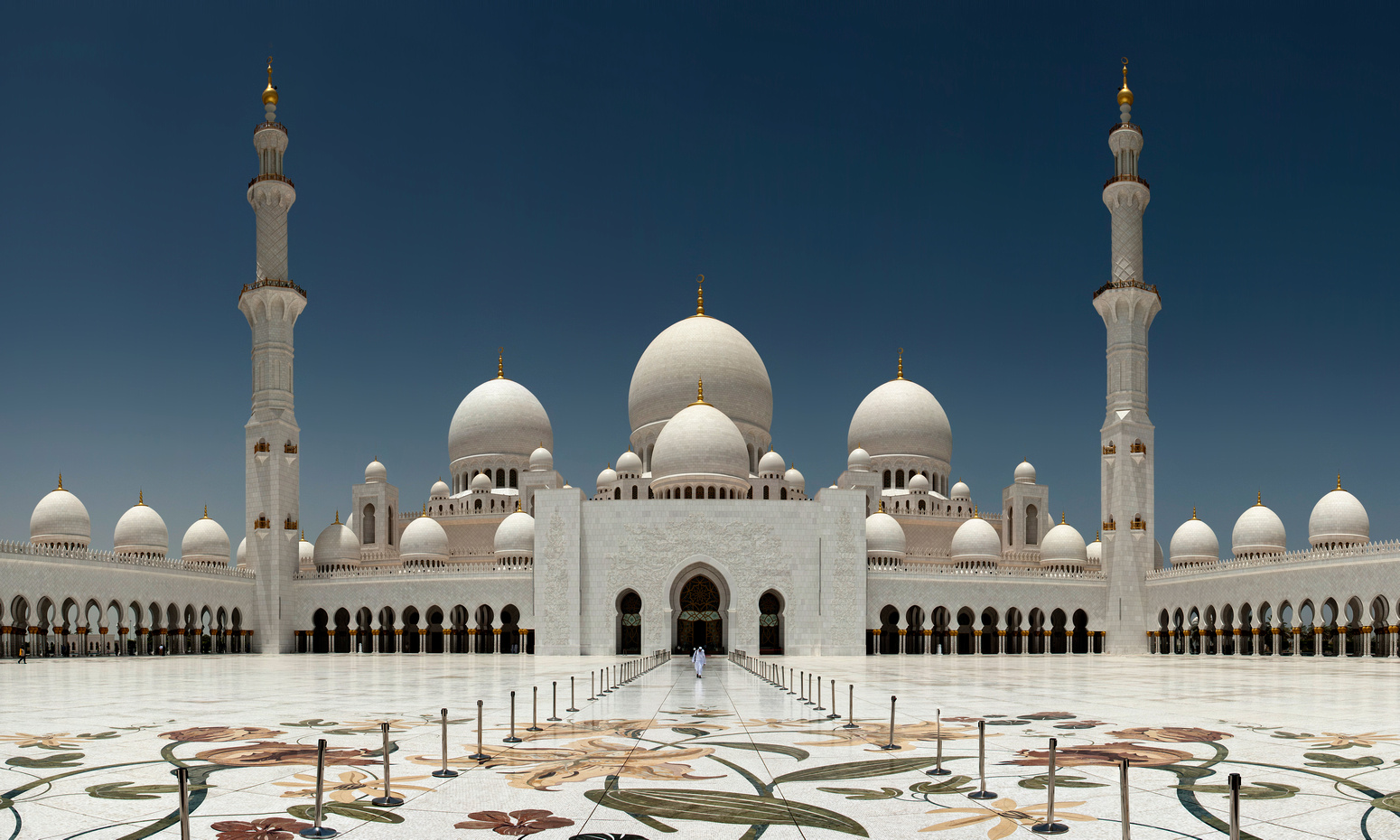
Holidays in Abu Dhabi do not omit Dubai’s tendency to offer the biggest, tallest, richest and most dramatic structures. The capital is home to the world’s largest port, and one of the most thrilling formula one circuits in the world. In keeping with Dubai’s penchant for bling, chefs are unafraid of coating their cuisine in gold. Whilst it is possible for earthy tourists to enjoy more authentic holidays in Abu Dhabi, the city’s character cannot be experienced in its entirety without coming head to head with some of its grandiose facets.
The Sheikh Zayed Mosque owns the biggest hand knotted carpet on the globe, but it is its domes and courtyards that create the most dramatic impression. The building can house 40 000 worshippers, and when it is at its fullest, the courtyards come alive with the buzz that naturally comes with grand hordes. The building's palettes of gold and ivory transform at night when the lunar lighting takes over.
Destination: Resort Tourism

Whilst the capital doesn’t try to contend with the seven star luxury of Dubai, it does offer a five star Abu Dhabi hotel that has its own Formula 1 racing track. The Yas hotel Abu Dhabi is an attraction in itself, bringing in travelers curious to discover the thrill of its world class Grand Prix circuit, which can be observed with all the home comforts your private room offers. The track is huddled within the futuristic Yas Island, which takes you into a fantastical world worthy of your wildest dreams.
The development offers 1700 hectares of amusement, entertainment and luxury. Waterworld provides you with 43 ways to get the adrenaline pumping through watery rides built according to the theme of a local legend. Spiral, plunge and coast along on slides, rides and roller coasters that cover 15 hectares of land. Yas Island attracts more than its fair share of musicians and rock stars, too.
When to visit Abu Dhabi
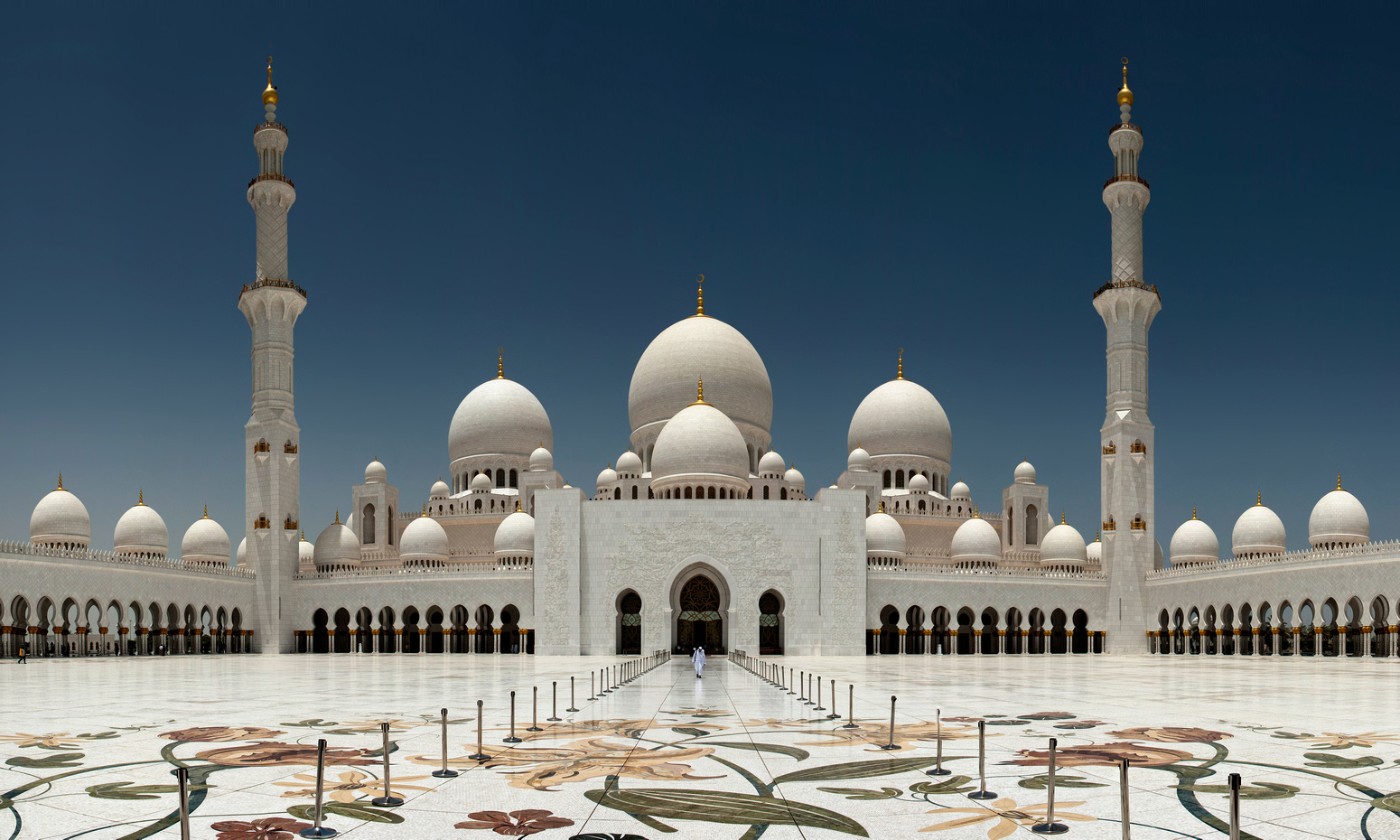
More than 90% of the capital is a desert biome, with populations gathering on only 30% of its land. Typical of this biome, the climate is arid and hot throughout the year.
Between June and September humidity and heat chase inhabitants indoors to their hotels in Abu Dhabi in search of cooler temperatures. In July temperatures climb to a maximum of 48 degrees Celsius. Sandstorms whip up the desert during these months. Between November and March the winter pushes temperatures down to an average of 35 degrees, and humidity drops.
When to visit: Spring Heritage
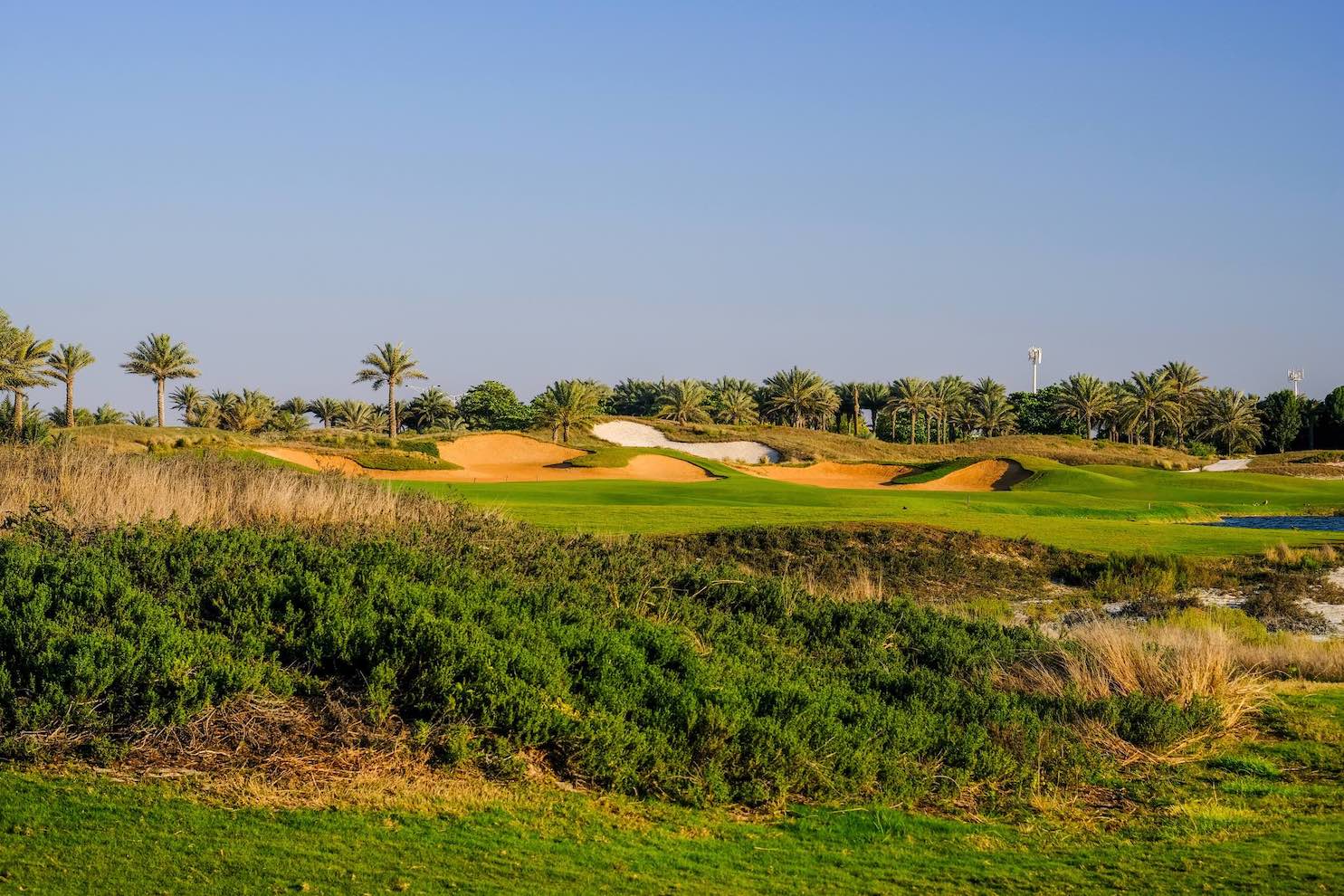
Spring comes with temperatures tolerable enough for outdoor activities , so tourists hit the streets in search of Abu Dhabi's authentic character, which can be found in its heritage and the contemporary lifestyles of its citizens. The capital's essence is starkly demonstrated through the annual camel beauty pageant held in Madinat Zayed.
A flurry of trucks, tanks and 4x4s bring the show stopping stars to the encampment. Whilst the main event takes place in December, it is the smaller contests held throughout the year that create the greatest spectacle. The ultimate camel beauty queen has straight ears, floppy lips and tall legs. With her flawless features, the top stunner wins her owner $1 million.
When to visit: Arts and Architecture

On your summer holiday in Abu Dhabi you will be treated to magnificent examples of modern architecture striking enough to amaze even the most seasoned Dubai traveler. The capital’s economy may be oil-centred, but its local art communities are carving their own place next to the world’s most eclectic capitals, such as Paris and New York.
The Saadiyat Cultural District is the hub of Abu Dhabi’s cultural identity, representing the global arts world through exhibitions, museums and architecture which offer some welcome indoor cultural tourism opportunities for those evading midday temperatures. Air conditioned malls are a magnet for tourists and locals alike when the mercury rises.
When to visit: Autumn
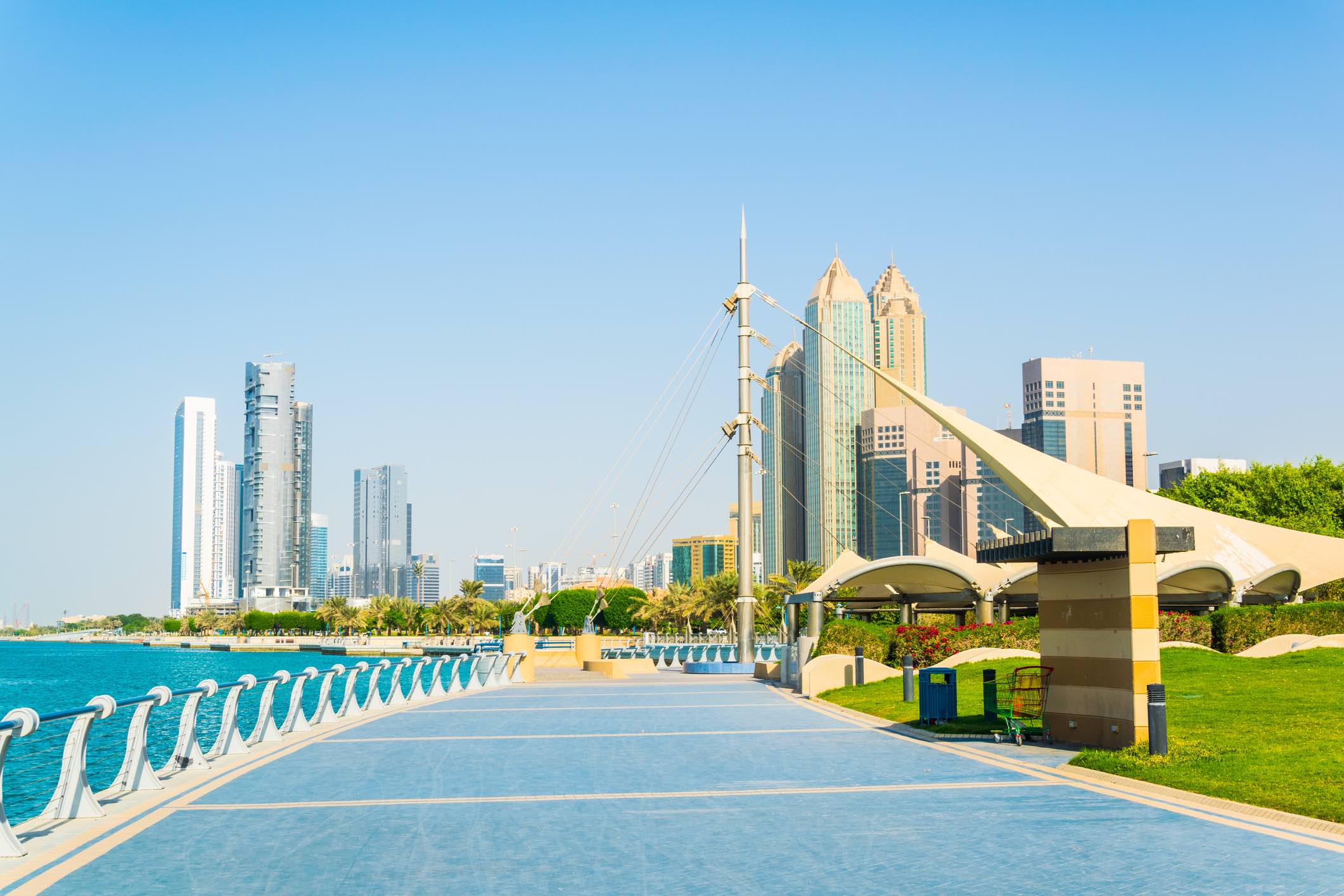
In October the weather begins to cool down, and locals congregate at the sandy beaches in the mornings. Even in winter, midday brings intense heat, which necessitates some water sports to cool down. A splash of jet skiing is the perfect midday pastime. When on an autumn holiday Abu Dhabi visitors are treated to leisurely trips through the city taken by foot and on double decker buses.
Gastronomers can find champagne and caviar at the Sayad, which serves cuisine fine enough to make committed foodies weep with joy. Those who have tasted truffles and know the meaning of joie gras feel at home with menus built on Pacific Rim and Asian flavours. Sayad is only one of Corniche road's many attractions. The eight kilometer stretch takes you past marinas, clubs and boardwalks which are traditionally traversed using pedal power. Rented bicycles cater for three passengers, and can be hired at various stations along the coast.
When to visit: Climbing the Social Ladder
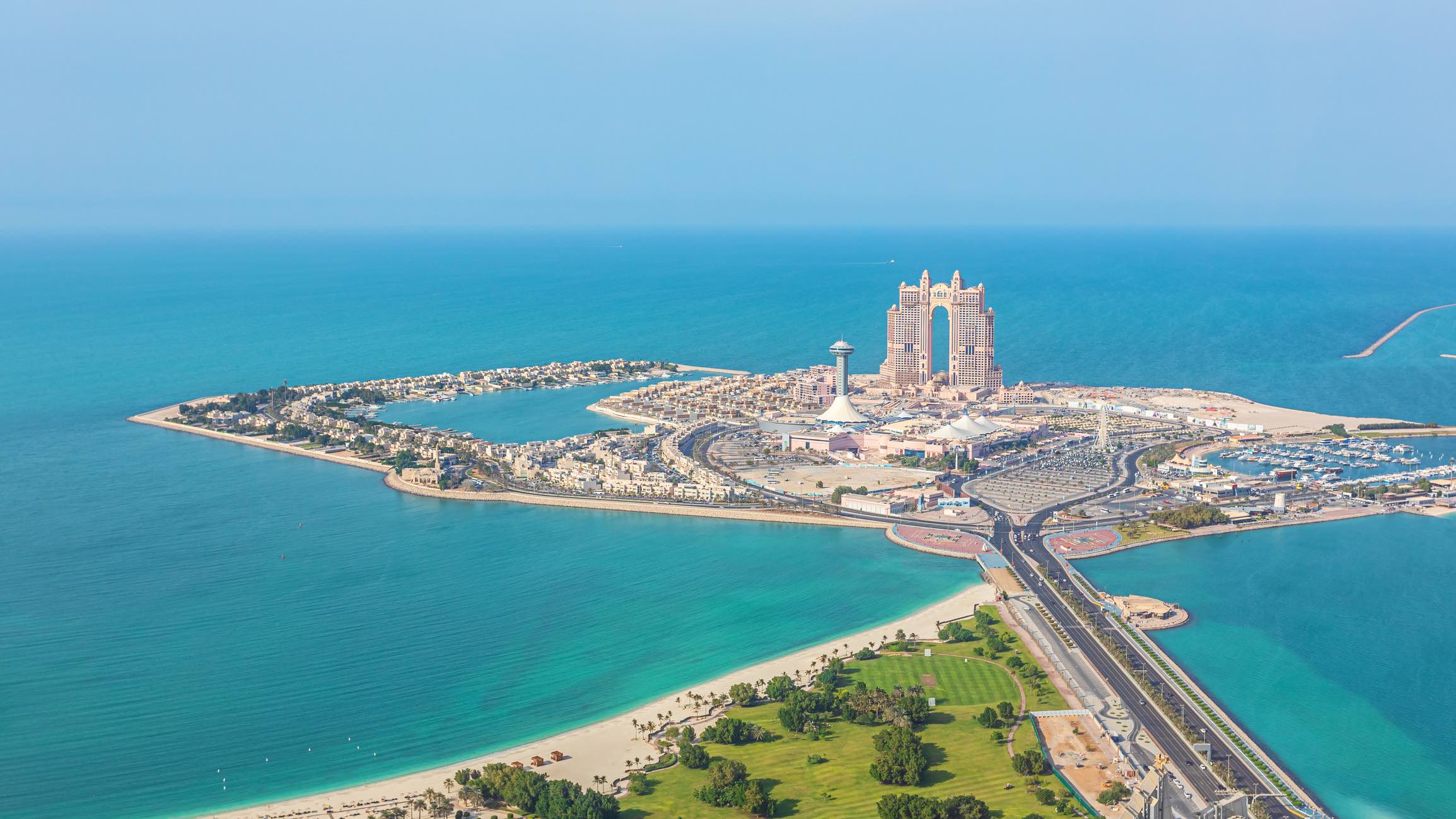
Your Abu Dhabi holiday in winter is the ideal opportunity to participate in the capital's climb to the top of the fashion calendar. Fashion week happens in March, bringing international and local designers together in a spectacular demonstration of the UAE's sophisticated design talent. This event has taken abayas onto international ramps as an iconic representation of the Middle East's couture renaissance. Families prefer booking into Abu Dhabi hotels during the winter because it allows them to get out and about without the intolerable heat the rest of the year brings.
The Formula 1 track is opened to runners and cyclists on Tuesday nights. The Zoo al Rahbah lets you approach animals up close. For a wilder experience, the Bu Tinah Nature Reserve has 4000 km of diverse biosphere to explore. Rare marine creatures such as the dunong and hawksbill turtle can be spotted in their natural habitat.
Location
The city of Abu Dhabi is located on an island in the Persian Gulf, off the Central West Coast. Most of the city and the Emirate reside on the mainland connected to the rest of the country. As of 2020, Abu Dhabi's urban area had an estimated population of 1.48 million, out of 2.9 million in the emirate of Abu Dhabi, as of 2016.
The city of Abu Dhabi is on the southeastern side of the Arabian Peninsula, adjoining the Persian Gulf. It is on an island less than 250 metres (820 ft) from the mainland and is joined to the mainland by the Maqta and Mussafah Bridges. A third, Sheikh Zayed Bridge, designed by Zaha Hadid, opened in late 2010. Abu Dhabi Island is also connected to Saadiyat Island by a five-lane motorway bridge. Al-Mafraq bridge connects the city to Reem Island and was completed in early 2011. This is a multi-layer interchange bridge and it has 27 lanes which allow roughly 25,000 automobiles to move per hour. There are three major bridges in the project, the largest has eight lanes, four leaving Abu Dhabi city and four coming in.
Most of Abu Dhabi city is located on the island itself, but it has many suburban districts on the mainland, for example, Khalifa City A, B, and C; Khalifa City Al Raha Beach; Al Bahia City A, B, and C; Al Shahama; Al Rahba; Between Two Bridges; Baniyas; Shamkha; AL Wathba and Mussafah Residential.
Climate & Weather
Abu Dhabi has a hot desert climate (Köppen climate classification BWh). Sunny blue skies can be expected throughout the year. The months of June through September are generally extremely hot and humid with maximum temperatures averaging above 41 °C (106 °F). During this time, sandstorms occur intermittently, in some cases reducing visibility to a few meters.
The cooler season is from November to March, which ranges between moderately hot to mild. This period also sees dense fog on some days and a few days of rain. On average, January is the coolest month of the year, while August is the hottest. Since the Tropic of Cancer passes through the emirate, the southern part falls within the Tropics. However, despite the coolest month having an 18.8 °C (65.8 °F) average, its climate is far too dry to be classed as tropical.
Clothing & Dress
Basically, it is not recommended to wear very revealing clothes in public places. But not because of any penalties (they do not exist) but simply because of the respect for the local people and customs.
In almost every mall in the Emirates, there are signboards that advise the visitor to wear "respectful" clothing. This means shoulders and knees should be covered but if you enter one of the many malls you will quickly realize that you are probably the only person who has read this information and obviously nobody cares about it.
The reason for this is quite simple: this "rule" is only used when someone complains about another person´s attire, which almost never happens. Even if it happens, the worst case will be that a very polite security will approach you and respectfully ask you to cover yourself. If you dont have a shawl or jacket, most of the malls will provide something.
There is no difference to Europe or other western countries. This means that women do NOT have to wear burkini here but can of course enjoy the Arabian sun in their bikini or bathing suit.
Topless sunbathing and nudity is not allowed all over the UAE.
It is recommended that you dress more conservatively during the holy month of Ramadan.
United Arab Emirates
30 years ago, not many people in Britain had ever heard of the United Arab Emirates.This is hardly surprising, as the country was tiny, and little more that a port and a place where the oil companies went. Today, the UAE may be still be a tiny country, but in the last ten years, it has become a powerhouse of tourism, with its reputation established across the world.
Map
General Information

Nestled in the Middle East, between the Persian Gulf and the Gulf of Oman, the United Arab Emirates are made up of seven very different emirates. The federal capital is Abu Dhabi, but it is Dubai that has become its economic centre, thanks to tourism and luxury shopping.For travellers who like modernity and anything on a large scale, visiting these two megacities are a must.
Unique combinations of palaces, shops, mosques, souks and skyscrapers that defy the laws of gravity, these two flagship regions of the country, Abu Dhabi and Dubai, bear witness to an unprecedented development that has taken place in only a matter of years. Ajman, Sharjah, Fujairah, Ras al-Khaimah and Umm al-Qaiwain: each of the five other emirates offers a wide range of treasures to explore.
Fancy an adventure and some starry skies? Liwa Desert, south of Abu Dhabi, is the perfect place to enjoy some trekking, either on foot or by camel. Fine sand, dunes as far as the eye can see, and an authentic atmosphere provide a balance to the dazzling bustle of the cities. The reefs off the Green Coast are a paradise for divers and anybody interested in marine life. The country is also packed with museums, so there’s plenty to satisfy those interested in culture and history. The cities of Sharjah and Fujairah are more traditional and also a lot less crowded, boasting a rich, well-preserved heritage to delight curious minds.
The United Arab Emirates are a multifaceted destination, where tradition and modernity live side by side in perfect harmony. The desert carries on happily alongside huge cities where development and wealth flourish thanks to the region’s oil. Discover this rich and exciting destination that can be summed up as follows: secular tradition based in a young, forward-thinking country with an incredible energy.
Culture

The UAE began as simple pearling villages, but has evolved into one of the most multicultural societies in the world. The population is predominantly Islamic and therefore many laws are respected. Emirati women wear a full-body abaya according to Islamic practices. Pork is not common, and in Sharjah, alcohol is prohibited. Nevertheless, in most parts of the UAE, tourists will find a liberal stance on Islamic culture. Alcohol can be purchased at licensed venues (mostly inside hotels), but outside of these, a permit must be obtained in advance. A strict dress code is also observed and wearing anything too revealing in public is frowned upon.
Currency

The AED (United Arab Emirates Dirham) is the currency abbreviation for the United Arab Emirates dirham, the official currency of Dubai and other Emirates. It is often presented with the symbol Dhs or DH. The United Arab Emirates Dirham has been used since 1973, when it replaced several currencies, such as the Dubai riyal and the Qatar riyal.
Basics of AED
The United Arab Emirates dirham is made up of 100 fuloos, which is plural for fils. A fils is also the sub-unit for the Kuwaiti dinars, Iraqi dinars, Bahraini dinars and the Yemeni rial. The dirham is available in denominations of 5, 10, 20, 50, 100, 200, 500 and 1,000. The 1 dirham unit exists in coin form only.
The Central Bank of the United Arab Emirates issues the country's banknotes. To combat counterfeiting, a watermark of the national emblem appears on the obverse of each note. The emblem is the Hawk of Quraish, a golden falcon with a disk surrounded by seven stars in its center and seven feathers to represent each of the Emirates.
Pegged to US Dollar
The UAE dirham is considered to be among the world’s most stable currencies in terms of exchange rate stability. It has been pegged to the United States dollar since 1973. Since 1997, it has been set at a rate of 1 U.S dollar to 3.6725 AED. For UK visitors, the exchange rate will be determined by the strength of the Pound against the Dollar.
Exchanging Money
All the Shopping Malls in the country will have multiple Foreign Exchange Bureaus. These offer much more competitive prices for exchanging cash when compared to forex bureaus in the UK. Credit cards (Visa, Mastercard and American Express) are widely accepted in shops, hotels and restaurants. There are cash machines at hotels, malls and various other on street outlets across the country. Most ATM machines are free to use, so you will only be charged the fees applicable to your account from your bank.
Language

Arabic is the official language of the UAE although you will find that English is spoken by almost everyone. Hindi is also widely spoken by the locals and expatritate workers from the Indian Sub Continent.
Arabic is the official language for both written and verbal communication in the UAE. Government offices and affairs are conducted in Arabic, and rules and laws are published in Arabic. Arabic is mainly spoken by the natives of the UAE, called Emiratis. You can get by with just speaking English in the UAE.
Passport & Visa

If you’re travelling on a British Citizen passport, you can get a visitor’s visa on arrival in the UAE. This visa allows visitors to stay in the UAE for up to 30 days. The visa terminates automatically on departure and a new visa is issued on arrival each time the visitor returns to the UAE.For a fee, visitors can extend their visa twice without leaving the country. Each extension is for an additional 30 days.
Your passport should be valid for a minimum period of 6 months from the date of entry into the UAE. If you hold a residence permit, your passport must be valid for at least 3 months in order to travel into the country.If you’re transiting the UAE (and not passing through Immigration) your passport only needs to have a minimum of 3 months validity from the date of transit.
Location
The United Arab Emirates is situated in Middle East, bordering the Gulf of Oman and the Persian Gulf, between Oman and Saudi Arabia; it is in a strategic location slightly south of the Strait of Hormuz, a vital transit point for world crude oil.
The UAE lies between 22°30' and 26°10' north latitude and between 51° and 56°25′ east longitude. It shares a 530-kilometre (330 mi) border with Saudi Arabia on the west, south, and southeast, and a 450-kilometre (280 mi) border with Oman on the southeast and northeast.
Cuisine
The traditional food of the Emirates has always been rice, fish and meat. The people of the United Arab Emirates have adopted most of their foods from other West and South Asian countries including Iran, Saudi Arabia, Pakistan, India and Oman. Seafood has been the mainstay of the Emirati diet for centuries. Meat and rice are other staple foods, with lamb and mutton preferred to goat and beef. Popular beverages are coffee and tea, which can be complemented with cardamom, saffron, or mint to give them a distinctive flavour.
Climate & Weather
The climate of the UAE is subtropical-arid with hot summers and warm winters. The climate is categorized as desert climate. The hottest months are July and August, when average maximum temperatures reach above 45 °C (113 °F) on the coastal plain. In the Al Hajar Mountains, temperatures are considerably lower, a result of increased elevation. Average minimum temperatures in January and February are between 10 and 14 °C (50 and 57 °F). During the late summer months, a humid southeastern wind known as Sharqi (i.e. "Easterner") makes the coastal region especially unpleasant. The average annual rainfall in the coastal area is less than 120 mm (4.7 in), but in some mountainous areas annual rainfall often reaches 350 mm (13.8 in). Rain in the coastal region falls in short, torrential bursts during the summer months, sometimes resulting in floods in ordinarily dry wadi beds. The region is prone to occasional, violent dust storms, which can severely reduce visibility.
Clothing & Dress
The UAE has a modest dress code, and is part of Dubai's criminal law. Most malls in the UAE have a dress code displayed at entrances. At Dubai's malls, women are encouraged to cover their shoulders and knees. Despite this, people are allowed to wear swimwear at pools and beaches.
People are also requested to wear modest clothing when entering mosques, such as the Sheikh Zayed Mosque in Abu Dhabi. Those mosques which are open to tourists provide modest clothing for men and women if needed.
-
Schedule
- Transfer
- Hotel
-
Destination
-
Countries
-
Map
Day 5
Day 5
-
Park Hyatt Abu DhabiPO Box 52007 Abu Dhabi, United Arab Emirates , Abu Dhabi, United Arab EmiratesRead more...Accommodation at Park Hyatt Abu Dhabi in Park Room, 2 pax - Breakfast Read less...
-
09:00to13:00Louvre Abu DhabiSaadiyat - جزيرة السعديات - Cultural District - أبو ظبي - United Arab EmiratesRead more...
Louvre Abu Dhabi is a new cultural beacon, bringing different cultures together to shine fresh light on the shared stories of humanity.
A pioneering cultural project
The origins of Louvre Abu Dhabi date back to March 2007. The UAE and France formed an unprecedented partnership for cultural exchange, and the highlight of this would be the establishment of Louvre Abu Dhabi on Saadiyat Island. The partnership would combine the UAE’s bold vision of cultural progression and openness, with France’s expertise in the world of art and museums. It would explore the shared themes that reveal and connect humanity.
The result is Louvre Abu Dhabi. It represents the dynamic nature of the contemporary Arab world while celebrating the region’s vibrant multicultural heritage. Agence France-Muséums – 17 of France’s most renowned cultural institutions – coordinates the loan of artworks to this UAE museum and provides management expertise.
Read less... -
12:00to12:30Abu Dhabi International AirportTransfers Private Car from Park Hyatt Abu Dhabi Hotel And Villas to Abu Dhabi International Airport Read less...
-
It’s only fitting that a city as extravagant as Abu Dhabi has a theme park to match its extravagance, and in this case, that theme park is Ferrari World Abu Dhabi. The race car-themed park features 20 rides and attractions—everything from the toddler-friendly carousel of Ferrari prototype cars to cutting-edge racing simulators that will please older children and teens.
Read less...
The largest indoor theme park in the world is also home to the world’s fastest roller coaster, the Formula Rossa, a hydraulic-powered thrill ride where you’re strapped into a Ferrari Formula One-like coaster car and launched at speeds up to 150 miles per hour (240 kilometers per hour).
Car enthusiasts shouldn’t miss the 1920s ode to Italian racing inside the Cinema Maranello or the Racing Legends, an exhibit featuring key moments in the history of Ferrari racing. Expect to dine on primarily Italian food if you choose to eat in the food court. -
14:45to19:30Cipriani Yas IslandCiprianiBuilding 1 Yas Marina, Yas Island - Yas Island - Abu Dhabi - United Arab EmiratesRead more...
Another worldwide chain to have found a home in Abu Dhabi, Cipriani comes from the stylish end of the Italian restaurant spectrum. That means stylish décor, stylish views, stylish waiting staff and, we’ve always noticed, stylish diners as well. Despite the Italian heritage – the brand started in Venice in the 1950s – the concept has updated to include a trendier range of dishes. For that read Japanese and whether you stick with more traditional offerings such as homemade veal tortellini and pumpkin risotto or dip a well-manicured toe in the Japanese menu one thing is for sure – the food will be stylish.
Read less... -
20:30to22:30Hakkasan Abu DhabiEmirates Palace - W Corniche Rd - Al Ras Al Akhdar - Abu Dhabi - United Arab EmiratesRead more...
Hakkasan Abu Dhabi brings Hakkasan’s award-winning cuisine to the landmark Emirates Palace. Comprising a restaurant, bar and lounge as well as four private dining rooms, the 16,000 sq ft space is separated by carved wooden screens and latticing that echo the rich interiors of the London flagship restaurant.
Long-time design partner Gilles & Boissier designed the space with the Hakkasan ethos of the modern ethnic, interpreting it for the United Arab Emirates. Embroidered furniture and marbled Chinese forms enrich the space, and the main dining area is crafted into a wooden cage surrounded by backlit blue glass and a stainless steel frame.
Most recently, Hakkasan Abu Dhabi has launched the new Hakkasan Terrace which is all set to top the list of this winter’s must-visit alfresco lounge spots. Overlooking the grounds of the majestic Emirates Palace, the new 108-seat terrace boasts a stylish bar area complete with bespoke cocktail menu and laid-back cabanas overlooking the city-skyline. A vibrant drinking and dining experience, guests can expect a roster of local and international DJ talent. Signature Hakkasan dishes like Peking Duck with Caviar and Crispy Duck Salad are served alongside a set of new dishes created especially for an Emirate clientele. Guests have a choice of two entrances by which to arrive at Hakkasan, either via the main Palace lobby's entrance or Hakkasan’s own private entrance which can be located by following the signs to the East Wing when driving into Emirates Palace. Both choices have a complimentary valet parking service.
Read less...
Park Hyatt Abu Dhabi
Park Hyatt Abu Dhabi Hotel in the United Arab Emirates is an exclusive sanctuary for the discerning business and leisure traveller, located on a nine-kilometre stretch of environmentally protected beach on Saadiyat Island. The resort is adjacent to the famous Saadiyat Beach Golf Club, minutes from the city’s prime business district, the Abu Dhabi Corniche, and 25 minutes from Abu Dhabi International Airport.
Louvre Abu Dhabi
Louvre Abu Dhabi is a new cultural beacon, bringing different cultures together to shine fresh light on the shared stories of humanity.
A pioneering cultural project
The origins of Louvre Abu Dhabi date back to March 2007. The UAE and France formed an unprecedented partnership for cultural exchange, and the highlight of this would be the establishment of Louvre Abu Dhabi on Saadiyat Island. The partnership would combine the UAE’s bold vision of cultural progression and openness, with France’s expertise in the world of art and museums. It would explore the shared themes that reveal and connect humanity.
The result is Louvre Abu Dhabi. It represents the dynamic nature of the contemporary Arab world while celebrating the region’s vibrant multicultural heritage. Agence France-Muséums – 17 of France’s most renowned cultural institutions – coordinates the loan of artworks to this UAE museum and provides management expertise.
Schedule |
Opening |
Closing |
|---|---|---|
| Sunday | 10:00 AM | 06:30 PM |
| Monday | 10:00 AM | 06:30 PM |
| Tuesday | 01:00 AM | 01:00 AM |
| Wednesday | 10:00 AM | 06:30 PM |
| Thursday | 10:00 AM | 06:30 PM |
| Friday | 10:00 AM | 06:30 PM |
| Saturday | 10:00 AM | 06:30 PM |
Ferrari World
It’s only fitting that a city as extravagant as Abu Dhabi has a theme park to match its extravagance, and in this case, that theme park is Ferrari World Abu Dhabi. The race car-themed park features 20 rides and attractions—everything from the toddler-friendly carousel of Ferrari prototype cars to cutting-edge racing simulators that will please older children and teens.
The largest indoor theme park in the world is also home to the world’s fastest roller coaster, the Formula Rossa, a hydraulic-powered thrill ride where you’re strapped into a Ferrari Formula One-like coaster car and launched at speeds up to 150 miles per hour (240 kilometers per hour).
Car enthusiasts shouldn’t miss the 1920s ode to Italian racing inside the Cinema Maranello or the Racing Legends, an exhibit featuring key moments in the history of Ferrari racing. Expect to dine on primarily Italian food if you choose to eat in the food court.
Cipriani Yas Island
Another worldwide chain to have found a home in Abu Dhabi, Cipriani comes from the stylish end of the Italian restaurant spectrum. That means stylish décor, stylish views, stylish waiting staff and, we’ve always noticed, stylish diners as well. Despite the Italian heritage – the brand started in Venice in the 1950s – the concept has updated to include a trendier range of dishes. For that read Japanese and whether you stick with more traditional offerings such as homemade veal tortellini and pumpkin risotto or dip a well-manicured toe in the Japanese menu one thing is for sure – the food will be stylish.
Schedule |
Opening |
Closing |
|---|---|---|
| Sunday | 06:00 PM | 11:15 PM |
| Monday | 06:00 PM | 11:15 PM |
| Tuesday | 06:00 PM | 11:15 PM |
| Wednesday | 06:00 PM | 11:15 PM |
| Thursday | 06:00 PM | 11:15 PM |
| Friday | 06:00 PM | 11:15 PM |
| Saturday | 06:00 PM | 11:15 PM |
Hakkasan Abu Dhabi
Hakkasan Abu Dhabi brings Hakkasan’s award-winning cuisine to the landmark Emirates Palace. Comprising a restaurant, bar and lounge as well as four private dining rooms, the 16,000 sq ft space is separated by carved wooden screens and latticing that echo the rich interiors of the London flagship restaurant.
Long-time design partner Gilles & Boissier designed the space with the Hakkasan ethos of the modern ethnic, interpreting it for the United Arab Emirates. Embroidered furniture and marbled Chinese forms enrich the space, and the main dining area is crafted into a wooden cage surrounded by backlit blue glass and a stainless steel frame.
Most recently, Hakkasan Abu Dhabi has launched the new Hakkasan Terrace which is all set to top the list of this winter’s must-visit alfresco lounge spots. Overlooking the grounds of the majestic Emirates Palace, the new 108-seat terrace boasts a stylish bar area complete with bespoke cocktail menu and laid-back cabanas overlooking the city-skyline. A vibrant drinking and dining experience, guests can expect a roster of local and international DJ talent. Signature Hakkasan dishes like Peking Duck with Caviar and Crispy Duck Salad are served alongside a set of new dishes created especially for an Emirate clientele. Guests have a choice of two entrances by which to arrive at Hakkasan, either via the main Palace lobby's entrance or Hakkasan’s own private entrance which can be located by following the signs to the East Wing when driving into Emirates Palace. Both choices have a complimentary valet parking service.
Schedule |
Opening |
Closing |
|---|---|---|
| Sunday | 12:00 PM 06:00 PM |
03:30 PM 11:30 PM |
| Monday | 06:00 PM | 11:30 PM |
| Tuesday | 06:00 PM | 11:30 PM |
| Wednesday | 06:00 PM | 11:30 PM |
| Thursday | 06:00 PM | 11:30 PM |
| Friday | 06:00 PM | 11:30 PM |
| Saturday | 06:00 PM | 11:30 PM |
Park Hyatt Abu Dhabi Hotel And Villas - Abu Dhabi International Airport
5th Feb 2022 12:00
5th Feb 2022 12:30
Abu Dhabi, United Arab Emirates
Rising from the flat desert sands of a Bedouin settlement, Abu Dhabi, the Emirates capital is now a soaring metropolis of steel and glass. While the traditions, historic buildings and desert landscapes remain. Abu Dhabi has a lot of new and exciting things to offer. Prepared to be charmed and surprised in equal measure as you visit Yas Island, take a trip to Ferrari World, marvel at the art in the new Louvre, visit the iconic Formula 1 Yas Marina Circuit and have fun in the indoor themepark Warner Bros World Abu Dhabi.
Map
Overview

Its history as a tiny fishing hamlet means that local lifestyles flourish around its oceanic core, bringing a welcome break from the economy-focused monetization the rest of the nation centres around.
The city is one of contrasts: Fish markets and coastlines are thrown up against endless miles of desert dunes. Its Arabian flare is best demonstrated through the ivory marbled architecture of its mosques. Many of its assets are unexpected—visitors will discover the artistic heart of the city through its niche European museums, which are inspired by their European counterparts. Abu Dhabi is currently constructing its own Louvre and Guggenheim in a colossal performing arts complex. The city also has a flair for naturalism, which it presents through its exotic Sir Bani Island. Whilst there is little of Dubai’s pretention in Abu Dhabi, it is not averse to displaying a little ostentation. This glitzy element is particularly predominant in the sprawling Emirates Palace, which is fronted by a seemingly infinite beach and accessorized with thousands of glinting Swarovski crystal chandeliers.
Destination: Arabian Nights

Extremists will find their fill of adventure and heritage in the desert, where dunes invite one of the most adrenaline generating 4x4 terrains in the world. The open landscape allows you to gather the kind of speed other territories disallow. Drivers are free to travel great distances at pulse-racing speeds. The challenge involved in combatting the dunes offers all the thrills a midlife crisis craves. If you prefer physical sports, sand boarding and camel rides let you race across the dunes from a more intimate distance. Within two hours, you will have navigated from the capital to Dubai. An overnight stop offers the chance to be painted with Henna and mesmerized by belly dancers.
Destination: The Jewel of the Emirates

Holidays in Abu Dhabi do not omit Dubai’s tendency to offer the biggest, tallest, richest and most dramatic structures. The capital is home to the world’s largest port, and one of the most thrilling formula one circuits in the world. In keeping with Dubai’s penchant for bling, chefs are unafraid of coating their cuisine in gold. Whilst it is possible for earthy tourists to enjoy more authentic holidays in Abu Dhabi, the city’s character cannot be experienced in its entirety without coming head to head with some of its grandiose facets.
The Sheikh Zayed Mosque owns the biggest hand knotted carpet on the globe, but it is its domes and courtyards that create the most dramatic impression. The building can house 40 000 worshippers, and when it is at its fullest, the courtyards come alive with the buzz that naturally comes with grand hordes. The building's palettes of gold and ivory transform at night when the lunar lighting takes over.
Destination: Resort Tourism

Whilst the capital doesn’t try to contend with the seven star luxury of Dubai, it does offer a five star Abu Dhabi hotel that has its own Formula 1 racing track. The Yas hotel Abu Dhabi is an attraction in itself, bringing in travelers curious to discover the thrill of its world class Grand Prix circuit, which can be observed with all the home comforts your private room offers. The track is huddled within the futuristic Yas Island, which takes you into a fantastical world worthy of your wildest dreams.
The development offers 1700 hectares of amusement, entertainment and luxury. Waterworld provides you with 43 ways to get the adrenaline pumping through watery rides built according to the theme of a local legend. Spiral, plunge and coast along on slides, rides and roller coasters that cover 15 hectares of land. Yas Island attracts more than its fair share of musicians and rock stars, too.
When to visit Abu Dhabi

More than 90% of the capital is a desert biome, with populations gathering on only 30% of its land. Typical of this biome, the climate is arid and hot throughout the year.
Between June and September humidity and heat chase inhabitants indoors to their hotels in Abu Dhabi in search of cooler temperatures. In July temperatures climb to a maximum of 48 degrees Celsius. Sandstorms whip up the desert during these months. Between November and March the winter pushes temperatures down to an average of 35 degrees, and humidity drops.
When to visit: Spring Heritage

Spring comes with temperatures tolerable enough for outdoor activities , so tourists hit the streets in search of Abu Dhabi's authentic character, which can be found in its heritage and the contemporary lifestyles of its citizens. The capital's essence is starkly demonstrated through the annual camel beauty pageant held in Madinat Zayed.
A flurry of trucks, tanks and 4x4s bring the show stopping stars to the encampment. Whilst the main event takes place in December, it is the smaller contests held throughout the year that create the greatest spectacle. The ultimate camel beauty queen has straight ears, floppy lips and tall legs. With her flawless features, the top stunner wins her owner $1 million.
When to visit: Arts and Architecture

On your summer holiday in Abu Dhabi you will be treated to magnificent examples of modern architecture striking enough to amaze even the most seasoned Dubai traveler. The capital’s economy may be oil-centred, but its local art communities are carving their own place next to the world’s most eclectic capitals, such as Paris and New York.
The Saadiyat Cultural District is the hub of Abu Dhabi’s cultural identity, representing the global arts world through exhibitions, museums and architecture which offer some welcome indoor cultural tourism opportunities for those evading midday temperatures. Air conditioned malls are a magnet for tourists and locals alike when the mercury rises.
When to visit: Autumn

In October the weather begins to cool down, and locals congregate at the sandy beaches in the mornings. Even in winter, midday brings intense heat, which necessitates some water sports to cool down. A splash of jet skiing is the perfect midday pastime. When on an autumn holiday Abu Dhabi visitors are treated to leisurely trips through the city taken by foot and on double decker buses.
Gastronomers can find champagne and caviar at the Sayad, which serves cuisine fine enough to make committed foodies weep with joy. Those who have tasted truffles and know the meaning of joie gras feel at home with menus built on Pacific Rim and Asian flavours. Sayad is only one of Corniche road's many attractions. The eight kilometer stretch takes you past marinas, clubs and boardwalks which are traditionally traversed using pedal power. Rented bicycles cater for three passengers, and can be hired at various stations along the coast.
When to visit: Climbing the Social Ladder

Your Abu Dhabi holiday in winter is the ideal opportunity to participate in the capital's climb to the top of the fashion calendar. Fashion week happens in March, bringing international and local designers together in a spectacular demonstration of the UAE's sophisticated design talent. This event has taken abayas onto international ramps as an iconic representation of the Middle East's couture renaissance. Families prefer booking into Abu Dhabi hotels during the winter because it allows them to get out and about without the intolerable heat the rest of the year brings.
The Formula 1 track is opened to runners and cyclists on Tuesday nights. The Zoo al Rahbah lets you approach animals up close. For a wilder experience, the Bu Tinah Nature Reserve has 4000 km of diverse biosphere to explore. Rare marine creatures such as the dunong and hawksbill turtle can be spotted in their natural habitat.
Location
The city of Abu Dhabi is located on an island in the Persian Gulf, off the Central West Coast. Most of the city and the Emirate reside on the mainland connected to the rest of the country. As of 2020, Abu Dhabi's urban area had an estimated population of 1.48 million, out of 2.9 million in the emirate of Abu Dhabi, as of 2016.
The city of Abu Dhabi is on the southeastern side of the Arabian Peninsula, adjoining the Persian Gulf. It is on an island less than 250 metres (820 ft) from the mainland and is joined to the mainland by the Maqta and Mussafah Bridges. A third, Sheikh Zayed Bridge, designed by Zaha Hadid, opened in late 2010. Abu Dhabi Island is also connected to Saadiyat Island by a five-lane motorway bridge. Al-Mafraq bridge connects the city to Reem Island and was completed in early 2011. This is a multi-layer interchange bridge and it has 27 lanes which allow roughly 25,000 automobiles to move per hour. There are three major bridges in the project, the largest has eight lanes, four leaving Abu Dhabi city and four coming in.
Most of Abu Dhabi city is located on the island itself, but it has many suburban districts on the mainland, for example, Khalifa City A, B, and C; Khalifa City Al Raha Beach; Al Bahia City A, B, and C; Al Shahama; Al Rahba; Between Two Bridges; Baniyas; Shamkha; AL Wathba and Mussafah Residential.
Climate & Weather
Abu Dhabi has a hot desert climate (Köppen climate classification BWh). Sunny blue skies can be expected throughout the year. The months of June through September are generally extremely hot and humid with maximum temperatures averaging above 41 °C (106 °F). During this time, sandstorms occur intermittently, in some cases reducing visibility to a few meters.
The cooler season is from November to March, which ranges between moderately hot to mild. This period also sees dense fog on some days and a few days of rain. On average, January is the coolest month of the year, while August is the hottest. Since the Tropic of Cancer passes through the emirate, the southern part falls within the Tropics. However, despite the coolest month having an 18.8 °C (65.8 °F) average, its climate is far too dry to be classed as tropical.
Clothing & Dress
Basically, it is not recommended to wear very revealing clothes in public places. But not because of any penalties (they do not exist) but simply because of the respect for the local people and customs.
In almost every mall in the Emirates, there are signboards that advise the visitor to wear "respectful" clothing. This means shoulders and knees should be covered but if you enter one of the many malls you will quickly realize that you are probably the only person who has read this information and obviously nobody cares about it.
The reason for this is quite simple: this "rule" is only used when someone complains about another person´s attire, which almost never happens. Even if it happens, the worst case will be that a very polite security will approach you and respectfully ask you to cover yourself. If you dont have a shawl or jacket, most of the malls will provide something.
There is no difference to Europe or other western countries. This means that women do NOT have to wear burkini here but can of course enjoy the Arabian sun in their bikini or bathing suit.
Topless sunbathing and nudity is not allowed all over the UAE.
It is recommended that you dress more conservatively during the holy month of Ramadan.
United Arab Emirates
30 years ago, not many people in Britain had ever heard of the United Arab Emirates.This is hardly surprising, as the country was tiny, and little more that a port and a place where the oil companies went. Today, the UAE may be still be a tiny country, but in the last ten years, it has become a powerhouse of tourism, with its reputation established across the world.
Map
General Information

Nestled in the Middle East, between the Persian Gulf and the Gulf of Oman, the United Arab Emirates are made up of seven very different emirates. The federal capital is Abu Dhabi, but it is Dubai that has become its economic centre, thanks to tourism and luxury shopping.For travellers who like modernity and anything on a large scale, visiting these two megacities are a must.
Unique combinations of palaces, shops, mosques, souks and skyscrapers that defy the laws of gravity, these two flagship regions of the country, Abu Dhabi and Dubai, bear witness to an unprecedented development that has taken place in only a matter of years. Ajman, Sharjah, Fujairah, Ras al-Khaimah and Umm al-Qaiwain: each of the five other emirates offers a wide range of treasures to explore.
Fancy an adventure and some starry skies? Liwa Desert, south of Abu Dhabi, is the perfect place to enjoy some trekking, either on foot or by camel. Fine sand, dunes as far as the eye can see, and an authentic atmosphere provide a balance to the dazzling bustle of the cities. The reefs off the Green Coast are a paradise for divers and anybody interested in marine life. The country is also packed with museums, so there’s plenty to satisfy those interested in culture and history. The cities of Sharjah and Fujairah are more traditional and also a lot less crowded, boasting a rich, well-preserved heritage to delight curious minds.
The United Arab Emirates are a multifaceted destination, where tradition and modernity live side by side in perfect harmony. The desert carries on happily alongside huge cities where development and wealth flourish thanks to the region’s oil. Discover this rich and exciting destination that can be summed up as follows: secular tradition based in a young, forward-thinking country with an incredible energy.
Culture

The UAE began as simple pearling villages, but has evolved into one of the most multicultural societies in the world. The population is predominantly Islamic and therefore many laws are respected. Emirati women wear a full-body abaya according to Islamic practices. Pork is not common, and in Sharjah, alcohol is prohibited. Nevertheless, in most parts of the UAE, tourists will find a liberal stance on Islamic culture. Alcohol can be purchased at licensed venues (mostly inside hotels), but outside of these, a permit must be obtained in advance. A strict dress code is also observed and wearing anything too revealing in public is frowned upon.
Currency

The AED (United Arab Emirates Dirham) is the currency abbreviation for the United Arab Emirates dirham, the official currency of Dubai and other Emirates. It is often presented with the symbol Dhs or DH. The United Arab Emirates Dirham has been used since 1973, when it replaced several currencies, such as the Dubai riyal and the Qatar riyal.
Basics of AED
The United Arab Emirates dirham is made up of 100 fuloos, which is plural for fils. A fils is also the sub-unit for the Kuwaiti dinars, Iraqi dinars, Bahraini dinars and the Yemeni rial. The dirham is available in denominations of 5, 10, 20, 50, 100, 200, 500 and 1,000. The 1 dirham unit exists in coin form only.
The Central Bank of the United Arab Emirates issues the country's banknotes. To combat counterfeiting, a watermark of the national emblem appears on the obverse of each note. The emblem is the Hawk of Quraish, a golden falcon with a disk surrounded by seven stars in its center and seven feathers to represent each of the Emirates.
Pegged to US Dollar
The UAE dirham is considered to be among the world’s most stable currencies in terms of exchange rate stability. It has been pegged to the United States dollar since 1973. Since 1997, it has been set at a rate of 1 U.S dollar to 3.6725 AED. For UK visitors, the exchange rate will be determined by the strength of the Pound against the Dollar.
Exchanging Money
All the Shopping Malls in the country will have multiple Foreign Exchange Bureaus. These offer much more competitive prices for exchanging cash when compared to forex bureaus in the UK. Credit cards (Visa, Mastercard and American Express) are widely accepted in shops, hotels and restaurants. There are cash machines at hotels, malls and various other on street outlets across the country. Most ATM machines are free to use, so you will only be charged the fees applicable to your account from your bank.
Language

Arabic is the official language of the UAE although you will find that English is spoken by almost everyone. Hindi is also widely spoken by the locals and expatritate workers from the Indian Sub Continent.
Arabic is the official language for both written and verbal communication in the UAE. Government offices and affairs are conducted in Arabic, and rules and laws are published in Arabic. Arabic is mainly spoken by the natives of the UAE, called Emiratis. You can get by with just speaking English in the UAE.
Passport & Visa

If you’re travelling on a British Citizen passport, you can get a visitor’s visa on arrival in the UAE. This visa allows visitors to stay in the UAE for up to 30 days. The visa terminates automatically on departure and a new visa is issued on arrival each time the visitor returns to the UAE.For a fee, visitors can extend their visa twice without leaving the country. Each extension is for an additional 30 days.
Your passport should be valid for a minimum period of 6 months from the date of entry into the UAE. If you hold a residence permit, your passport must be valid for at least 3 months in order to travel into the country.If you’re transiting the UAE (and not passing through Immigration) your passport only needs to have a minimum of 3 months validity from the date of transit.
Location
The United Arab Emirates is situated in Middle East, bordering the Gulf of Oman and the Persian Gulf, between Oman and Saudi Arabia; it is in a strategic location slightly south of the Strait of Hormuz, a vital transit point for world crude oil.
The UAE lies between 22°30' and 26°10' north latitude and between 51° and 56°25′ east longitude. It shares a 530-kilometre (330 mi) border with Saudi Arabia on the west, south, and southeast, and a 450-kilometre (280 mi) border with Oman on the southeast and northeast.
Cuisine
The traditional food of the Emirates has always been rice, fish and meat. The people of the United Arab Emirates have adopted most of their foods from other West and South Asian countries including Iran, Saudi Arabia, Pakistan, India and Oman. Seafood has been the mainstay of the Emirati diet for centuries. Meat and rice are other staple foods, with lamb and mutton preferred to goat and beef. Popular beverages are coffee and tea, which can be complemented with cardamom, saffron, or mint to give them a distinctive flavour.
Climate & Weather
The climate of the UAE is subtropical-arid with hot summers and warm winters. The climate is categorized as desert climate. The hottest months are July and August, when average maximum temperatures reach above 45 °C (113 °F) on the coastal plain. In the Al Hajar Mountains, temperatures are considerably lower, a result of increased elevation. Average minimum temperatures in January and February are between 10 and 14 °C (50 and 57 °F). During the late summer months, a humid southeastern wind known as Sharqi (i.e. "Easterner") makes the coastal region especially unpleasant. The average annual rainfall in the coastal area is less than 120 mm (4.7 in), but in some mountainous areas annual rainfall often reaches 350 mm (13.8 in). Rain in the coastal region falls in short, torrential bursts during the summer months, sometimes resulting in floods in ordinarily dry wadi beds. The region is prone to occasional, violent dust storms, which can severely reduce visibility.
Clothing & Dress
The UAE has a modest dress code, and is part of Dubai's criminal law. Most malls in the UAE have a dress code displayed at entrances. At Dubai's malls, women are encouraged to cover their shoulders and knees. Despite this, people are allowed to wear swimwear at pools and beaches.
People are also requested to wear modest clothing when entering mosques, such as the Sheikh Zayed Mosque in Abu Dhabi. Those mosques which are open to tourists provide modest clothing for men and women if needed.
-
Description
-
Schedule
- Hotel
- Attraction
- Transfer
-
Destination
-
Countries
-
Map
Day 6
-
14:50to15:15Abu Dhabi International Apt (AUH) via Etihad AirwaysDammam (DMM) via Etihad AirwaysFlight EY 327 departs AUH at 06/02/2022 14:50 arrives DMM at 06/02/2022 15:15 Read less...
-
16:00to16:45Abu Dhabi International AirportAbu Dhabi - United Arab EmiratesSofitel Al Khobar The CornicheTransfers Exclusive Private Car from Dammam Airport parking to Sofitel Al Khobar The Corniche Read less...
-
Accommodation at Sofitel Al Khobar the Corniche in SUPERIOR ROOM,1 Queen Size Bed, City View, 2 pax - Breakfast Read less...
Flight Information
Departure
AUH ‐ Abu Dhabi International Apt
Arrival
DMM ‐ Dammam
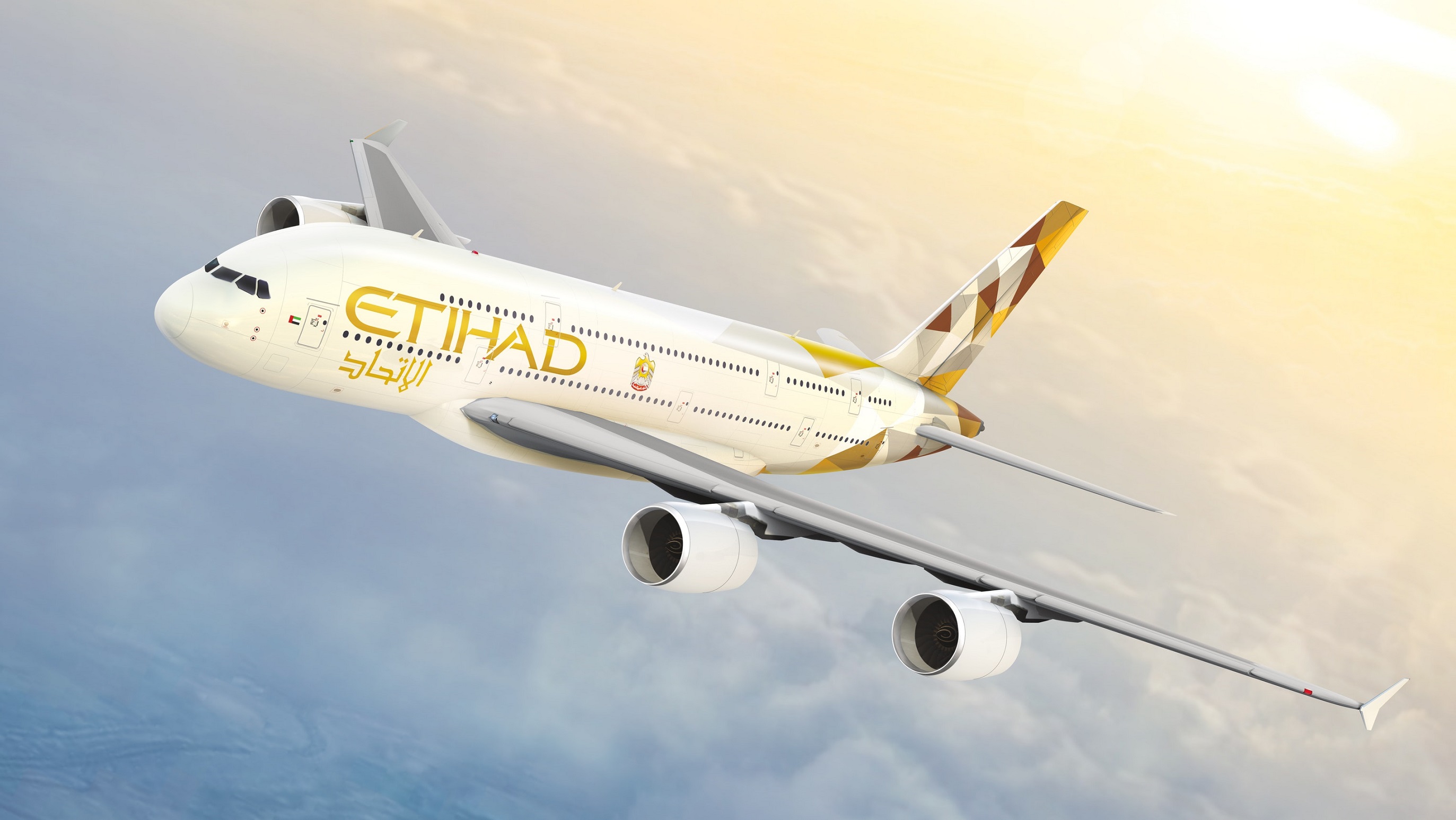
Etihad Airways

Dammam Airport Parking - Sofitel Al Khobar The Corniche
6th Feb 2022 16:00
6th Feb 2022 16:45
Sofitel Al Khobar the Corniche
Stroll along the seafront in Al Khobar Saudi Arabia and spot the gleaming façade of Sofitel Al Khobar The Corniche. The modern 5-star luxury hotel gazes over the Arabian Gulf blending French elegance with Saudi spirit.
Al Khobar, Saudi Arabia
The newest of the Dammam-Dhahran-Khobar trio, Khobar is generally considered the most pleasant of the bunch, thanks to its seaside location and beachside Corniche. Besides, Khobar is most organised and has the best pedestrian friendly walk ways, and women have fewer restrictions (in terms of wearing a hijab) compared to other eastern cities.
Location
Saudi Arabia
In travel terms, there are few that would consider Saudi Arabia as a touristic destination. There is however far more to Saudi Arabia than just Makkah and Medina. From the ruined city of the Nabateans in Madain Saleh and the archaeological heritage of Najran to the Red Sea beaches in Jeddah and the resorts sitting on the Arabian Gulf in Al Khobar, Saudi Arabia is a tourist destination waiting to be discovered
Map
General Information
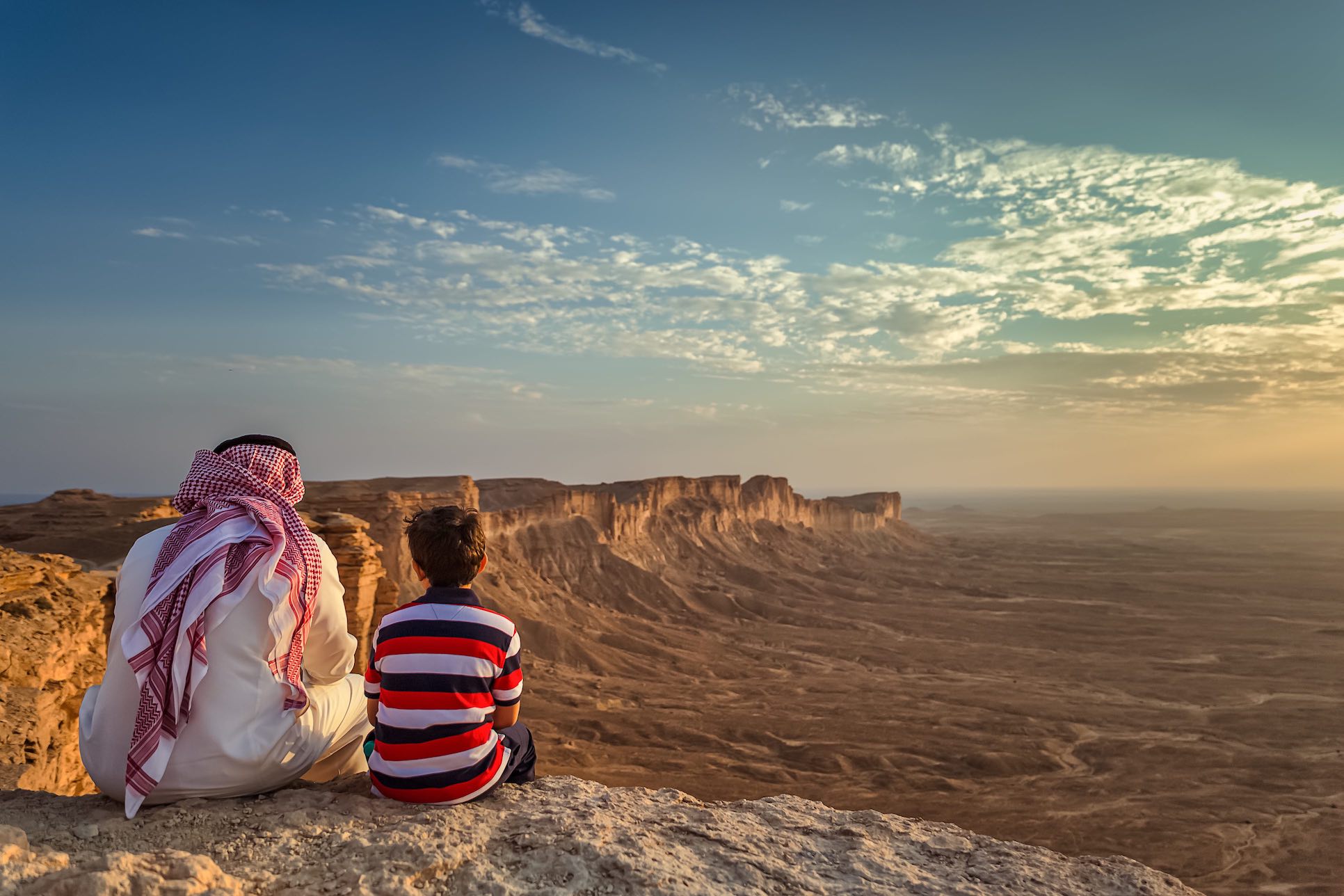
Even today, despite the extraordinary variety and the unique beauty of its landscapes, the stereotype of vast monotonous extend of sand remains the only image that comes to mind when speaking about Saudi Arabia. But be sure that to the curious-minded people willing to see over the stereotypes the Kingdom of Saudi Arabia reveals its hidden treasures. And they are plenty. Indeed, nobody will be surprised that Saudi Arabia hosts the largest sand dunes desert in the world, the mythical Rub' Al-Khali.
On the west of this immense desert stand the high plateaus of Aseer and Al-Bahah that reach 3000 meters of altitude and overlook the coastal plain of the Tihamah from the top of of vertiginous cliffs. There are Green hills and terraces in Aseer's countryside north of Abha. There are the impressive cliffs of the Sarawat mountains close to the village of Mohayil that carry countless of thousands-of-years old carvings including inscriptions using ancient scripts that have disappeared for more than a millennia.
Along those mountains that run through the whole country from the Yemen until Jordan are hundreds of volcanoes including rare white-color craters such as Wa'abah crater. Along the western shore of Saudi Arabia lay hundreds of kilometers of coral reefs displaying their flashy tones through the crystal clear waters of the Red Sea.
Saudi Arabia has dozens of kilometers of pristine beaches along such as the coral archipelago of Farasan populated by countless birds.
The Nabataean people who built Petra in today's Jordan had their second most important city, Hegra, in today's Saudi Arabia. The Nabatean tombs in the ancient site of Hegra (Maddain Saleh) was the first site of Saudi Arabia listed as UNESCO World Heritage
The iconic sandstone formations of the famous Jordanian desert of Wadi Rum spread 200 kilometers south of the border with Saudi Arabia where it is named Jibal Hisma. Some rock art of the northwest of the country which is over 10 000 years old depict a time when today's arid deserts were green savannas.
Culture
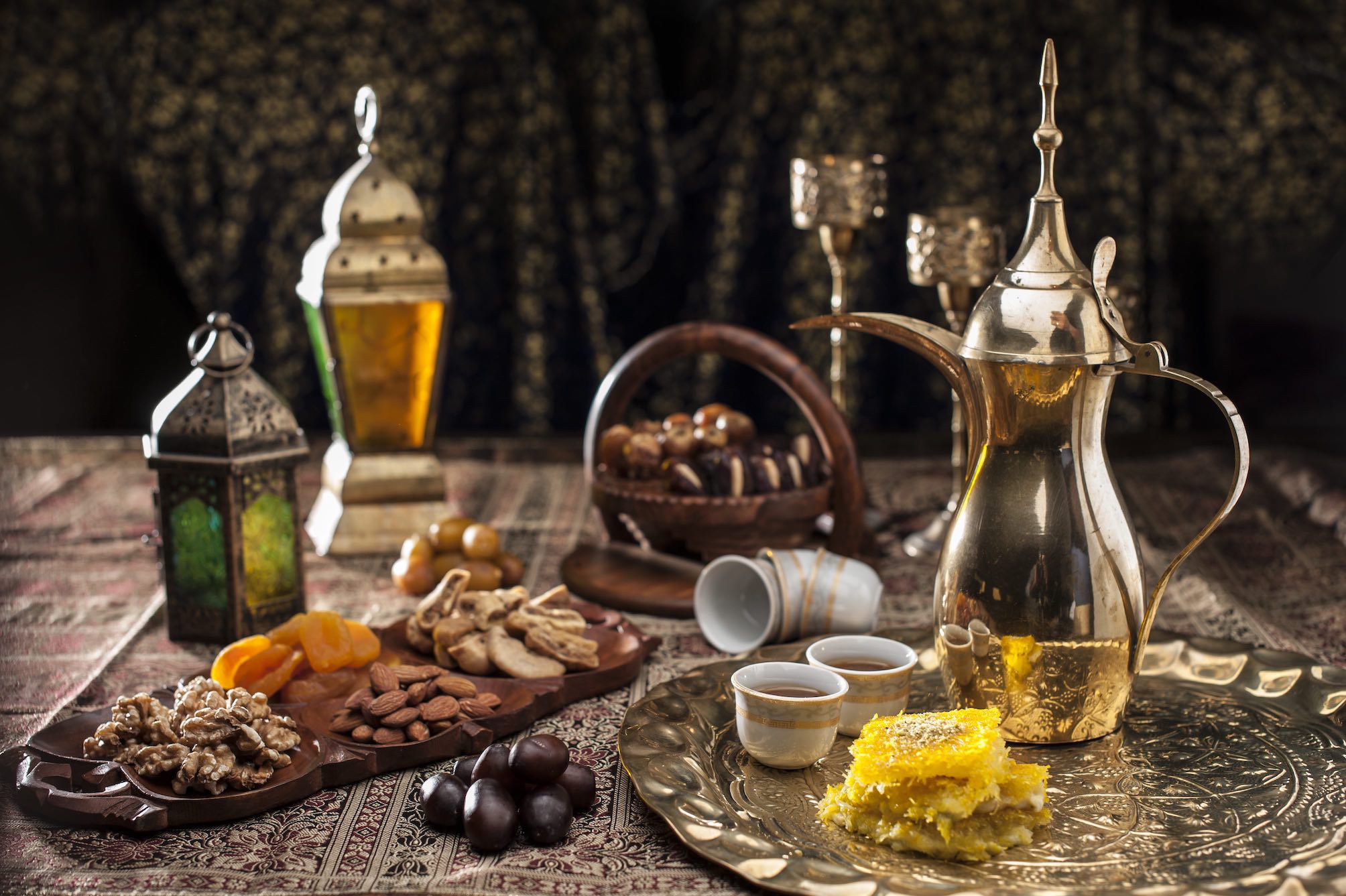
Saudi Arabia welcomes visitors from around the world to discover its blend of culture and history and experience the inherent hospitality of its people. Arabian values are rooted in universally shared principles, and generosity is an integral part of the DNA. The Arabian spirit is contagious; mixing with Saudis, you will soon find that mirroring local behaviour is encouraged and taken as a gesture of appreciation and heart openness.
Dress code is dependent on individual establishments, some casual, others keen on sophistication. Places of worship specifically do require you to dress modestly while visiting. As you roam around, you will organically get a sense of what works best.
Bad language, loud behavior, and encroaching on other people’s boundaries are considered disrespectful. Respectful public decorum is always advised. Using polite words in Arabic (e.g., Ahlan for Hi, Shokran for Thanks) is encouraged and viewed as a gesture of endearment.
Certain shops close briefly during prayer times to allow time for worship. During the holy month of Ramadan, the rhythm of the country changes into a mellow, spiritual one that allows savoring the revered month. Learn more about how to participate in Ramadan while in Saudi, whether you are visiting Jeddah or Riyadh.
The sale, purchase, and consumption of alcohol and drugs is illegal in Saudi Arabia.
Currency
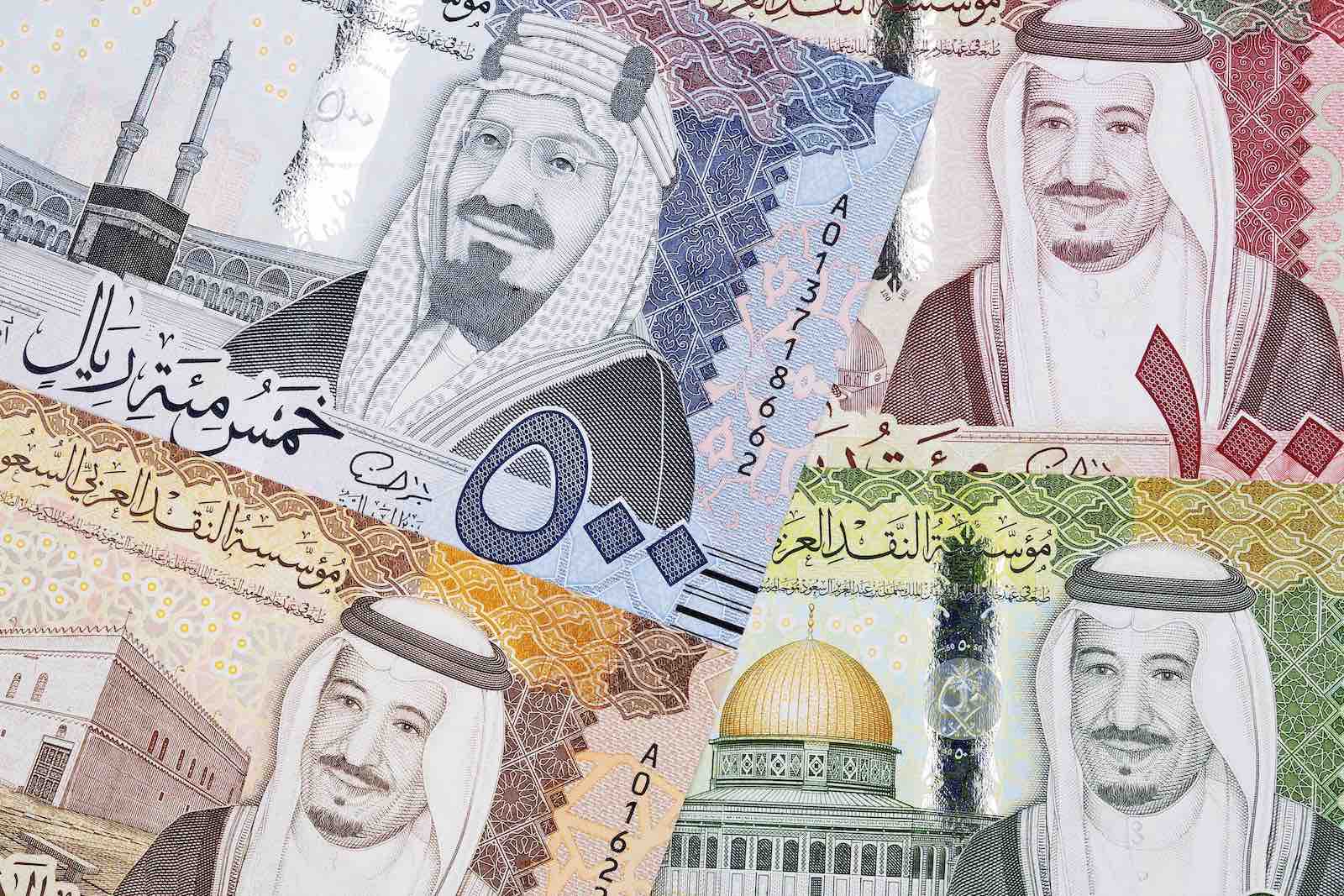
The Saudi Riyal is the name given to the official currency of Saudi Arabia. The Riyal has been the currency for the country since before the name Saudi Arabia existed. The Riyal was also used as the currency for The Kingdom of Hejaz from 1916-1925. The Riyal is currently pegged to the US Dollar at a rate of 1 USD = 3.75 SR.
Language
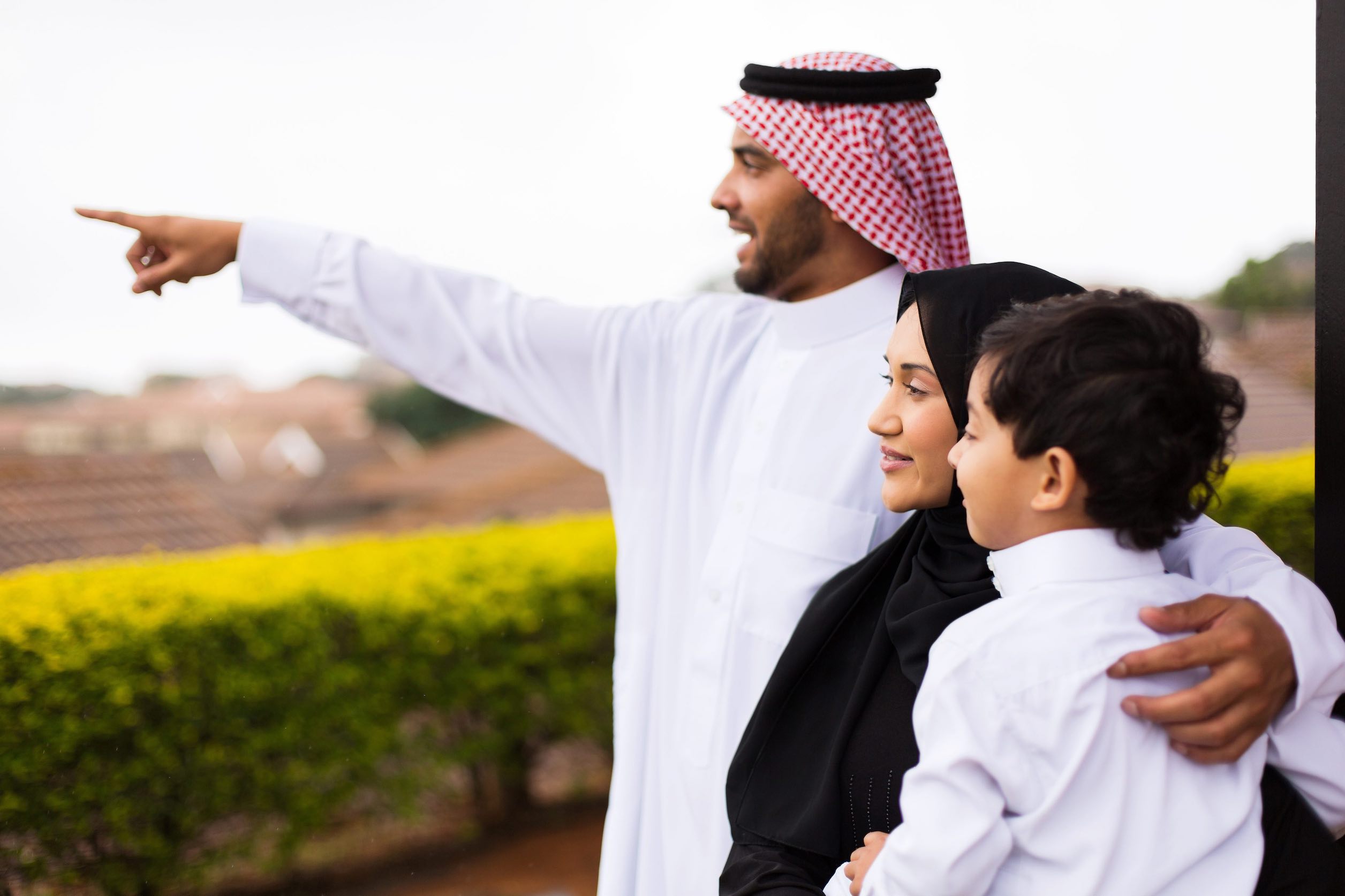
The official language of Saudi Arabia is Arabic which is used in business and other communication purposes. English is also widely spoken and is taught as a compulsory second language in schools. Though Arabic is the language spoken by a majority of the people, there are other minority languages spoken mainly by expatriates.
Arabic is the official language of Saudi Arabia, and the mother tongue for most of Saudi’s natives. The classical version of Arabic is hardly used in regular conversations and is mainly found in the Quran and other classical works, poetry, and is used by religious scholars. Classical Arabian is considered an exclusive written language rather than a spoken one. Modern Standard Arabic is the most widely spoken version which is used in media, schools as a second foreign language, and published works. In Saudi Arabia, there are three standard dialects of spoken Arabic including Najdi Arabic, Hejazi, and Gulf or Khaliji Arabic.
Najdi Arabic is used as the first language in the central region of Saudi Arabia with a total of about 8 million speakers. Najdi has four major sub-dialects, which include Northern Najdi, Central Najdi, Southern Najdi, and Badawi Najdi. Northern Najdi is spoken in Qaseem, Jabal Shamaar, and Zufi regions in Saudi Najd. Central Najdi is an urban dialect spoken in Saudi Arabia’s capital. Southern Najdi is spoken in south-central Saudi in the city of Kharj and towns and villages surrounding it. Badawi Najdi is spoken by the nomadic people of Najd region of Saudi.
Hejazi or Western Arabian Arabic is spoken predominantly in the western region of Saudi Arabia by approximately 8 million of the population. Hejazi is in two main dialects; the rural dialect spoken by the rural Bedouin population and the urban dialect mainly spoken in Mecca, Yanbu, Jeddah, and Medina cities of Saudi.
Gulf Arabic or Khaliji Arabic is spoken along the shores of the Persian Gulf in Saudi Arabia. The dialect is similar to the other Gulf Arabic dialects in other countries except for a few differences.
Saudi Arabia has a large foreign population attracted by the lucrative oil business. The foreigners speak their native languages making up part of the languages spoken in the country. Some of the common languages in this category include:
Passport & Visa
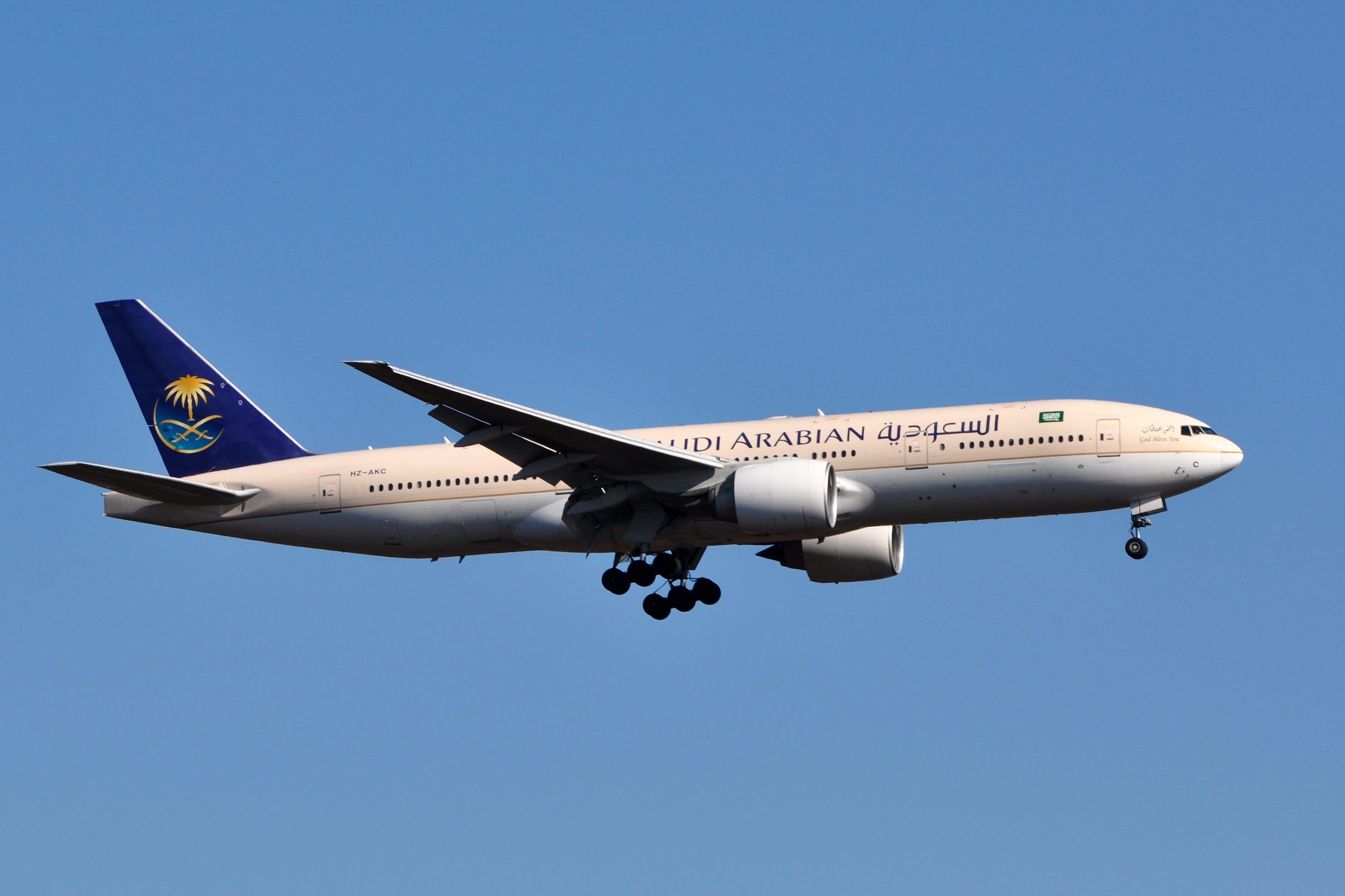
All visitors, including pilgrims, need a visa to enter Saudi Arabia.
You can apply for a tourist visa online or on arrival at any of Saudi Arabia’s international airports. Muslim tourists may perform Umrah on a tourist visa, but a separate visa is needed for Hajj. See separate guidance in the Pilgrimage section
Tourist visas are valid for 360 days from the date of issue and can be used for visits of up to 90 days, and for a total of no more than 180 days in a single year. A daily fine will be levied if you overstay your visa.
If you’re travelling for any other purpose, you should apply for a visa through visa agencies accredited to the Royal Embassy of Saudi Arabia. If you overstay your visa you will be fined and deported.
Your passport should be valid for a minimum period of 6 months from the date of entry into Saudi Arabia.
Location
The Kingdom of Saudi Arabia is a country situated in Southwest Asia, the largest country of Arabia, by the Arabian Peninsula, bordering the Persian Gulf and the Red Sea, north of Yemen. Its extensive coastlines on the Persian Gulf and Red Sea provide great leverage on shipping (especially crude oil) through the Persian Gulf and the Suez Canal. The kingdom occupies 80% of the Arabian Peninsula. Most of the country's boundaries with the United Arab Emirates (UAE), Oman, and the Republic of Yemen (formerly two separate countries: the Yemen Arab Republic or North Yemen; and the People's Democratic Republic of Yemen or South Yemen) are undefined, so the exact size of the country remains unknown. The Saudi government estimate is at 2,217,949 square kilometres, while other reputable estimates vary between 2,149,690 and 2,240,000 sq. kilometres. Less than 7% of the total area is suitable for cultivation, and in the early 1960s, population distribution varied greatly among the towns of the eastern and western coastal areas, the densely populated interior oases, and the vast, almost empty deserts.
Cuisine
Saudi Arabia food culture has developed largely from surrounding regions, so visitors to the Kingdom have a pleasant variety of both local dishes and international cuisine to explore. While traditional culinary experiences are best enjoyed with locals, popular tourist destinations like Riyadh and Jeddah ensure that guests to the Kingdom can dine on authentic Saudi food yet still have international restaurants and fast food favorites around every corner.
Climate & Weather
There are three climatic zones in the kingdom: (1) desert almost everywhere, (2) steppe along the western highlands, forming a strip less than 100 miles (160 km) wide in the north but becoming almost 300 miles (480 km) wide at the latitude of Mecca, and (3) a small area of humid and mild temperature conditions, with long summers, in the highlands just north of Yemen.
In winter, cyclonic weather systems generally skirt north of the Arabian Peninsula, moving eastward from the Mediterranean Sea, though sometimes they reach eastern and central Arabia and the Persian Gulf. Some weather systems move southward along the Red Sea trough and provide winter precipitation as far south as Mecca and sometimes as far as Yemen. In March and April, some precipitation, normally torrential, falls. In summer, the highlands of Asir (ʿAsīr), southeast of Mecca, receive enough precipitation from the monsoonal winds to support a steppelike strip of land.
Winters, from December to February, are cool, and frost and snow may occur in the southern highlands. Average temperatures for the coolest months, December through February, are 74 °F (23 °C) at Jiddah, 58 °F (14 °C) at Riyadh, and 63 °F (17 °C) at Al-Dammām. Summers, from June to August, are hot, with daytime temperatures in the shade exceeding 100 °F (38 °C) in almost all of the country. Temperatures in the desert frequently rise as high as 130 °F (55 °C) in the summer. Humidity is low, except along the coasts, where it can be high and very oppressive. The level of precipitation is also low throughout the country, amounting to about 2.5 inches (65 mm) at Jiddah, a little more than 3 inches (75 mm) at Riyadh, and 3 inches at Al-Dammām. These figures, however, represent mean annual precipitation, and large variations are normal. In the highlands of Asir, more than 19 inches (480 mm) a year may be received, falling mostly between May and October when the summer monsoon winds prevail. In the Rubʿ al-Khali, a decade may pass with no precipitation at all.
Clothing & Dress
In 2019, in line with the introduction of new tourist visas, new public decency laws were unveiled which allowed more western style clothing to be worn by visitors to the Kingdom; this does not mean that you should wear what you think you can get away with. Most people are not accustomed to seeing any flesh in public and it is prudent to cover as much skin as possible to avoid gaining unwanted attention and offending local sensibilities. It is no longer compulsory for female tourists to wear an abaya (except when visiting religious sites) or a headscarf, although we would still recommend that you do (laws and attitudes on this topis still don’t always align).
Skirts below the knee are technically allowed for tourists, but we would still suggest wearing a long skirt or loose-fitting trousers. Blouses and tops should also be loose-fitting, with longer sleeves and high necklines. No underwear should be visible. All clothes should be made from opaque materials; anything that you can see light through will show the silhouette of your body which may get you into trouble.
You can wear jeans but you should ensure that whatever you are wearing on your top half is long enough to cover your bum. This is why, in many ways, it is just easier to wear an abaya or long kaftan over your clothes when out in public. If you cannot purchase an abaya before you travel, you can find them in any mall and even at the airport in KSA.
The dress code for men is less strict but when in public men should make sure that their legs and shoulders are completely covered. A long-sleeved shirt is advisable but shorter-sleeved shirts, polo shirts and a t-shirts are allowed. Shorts and vests are a no-no outside of the pool areas of resort hotels and western compounds. Wearing skinny jeans might also get you some funny looks so it’s best to go for some loose chinos.
-
Schedule
- Flight Information
- Transfer
- Hotel
-
Destination
-
Countries
-
Map
Day 7
-
13:00to14:30Heritage VillageCorniche Walk Way, Ash Shati Al Gharbi, Dammam 32411, Saudi Arabia
-
14:45to16:00Qaisariyat Alrashid75RH+CR4, Olaya, Al Khobar 34448, Saudi Arabia
-
Accommodation at Sofitel Al Khobar the Corniche in SUPERIOR ROOM,1 Queen Size Bed, City View, 2 pax - Breakfast Read less...
-
17:00to18:00Khobar Sea Front76VG+F55, Alkurnaish, Al Khobar 34414, Saudi Arabia
-
18:30to20:00Desert Designs3616 Custodian of The Two Holy Mosques Rd, Al Aqrabiyah, Al Khobar 34446, Saudi Arabia
-
Scitech869H+M5V, Alkurnaish, Al Khobar 31952, Saudi Arabia
-
Sultan bin Abdul Aziz Center for Science and TechnologyQPH4+WFR, Uthman Ibn Affan Branch Rd, At Taawun, Riyadh 12478, Saudi Arabia
Heritage Village
Schedule |
Opening |
Closing |
|---|---|---|
| Sunday | 12:00 PM | 12:00 AM |
| Monday | 01:00 AM | 01:00 AM |
| Tuesday | 12:00 PM | 12:00 AM |
| Wednesday | 12:00 PM | 12:00 AM |
| Thursday | 12:00 PM | 12:00 AM |
| Friday | 12:00 PM | 01:00 AM |
| Saturday | 12:00 PM | 01:00 AM |
Qaisariyat Alrashid
Schedule |
Opening |
Closing |
|---|---|---|
| Sunday | 08:00 AM | 11:00 PM |
| Monday | 08:00 AM | 11:00 PM |
| Tuesday | 08:00 AM | 11:00 PM |
| Wednesday | 08:00 AM | 11:00 PM |
| Thursday | 08:00 AM | 11:00 PM |
| Friday | 08:00 AM | 11:00 PM |
| Saturday | 08:00 AM | 11:00 PM |
Khobar Sea Front
Schedule |
Opening |
Closing |
|---|---|---|
| Sunday | Open 24 hours | |
| Monday | Open 24 hours | |
| Tuesday | Open 24 hours | |
| Wednesday | Open 24 hours | |
| Thursday | Open 24 hours | |
| Friday | Open 24 hours | |
| Saturday | Open 24 hours |
Desert Designs
Schedule |
Opening |
Closing |
|---|---|---|
| Sunday | 09:00 AM 09:00 PM |
03:00 PM 12:00 AM |
| Monday | 09:00 AM | 03:00 PM |
| Tuesday | 09:00 PM 09:00 AM |
12:00 AM 03:00 PM |
| Wednesday | 09:00 AM 09:00 PM |
03:00 PM 12:00 AM |
| Thursday | 09:00 AM 09:00 PM |
03:00 PM 12:00 AM |
| Friday | 09:00 AM 09:00 PM |
03:00 PM 12:00 AM |
| Saturday | 09:00 PM | 12:00 AM |
Scitech
Schedule |
Opening |
Closing |
|---|---|---|
| Sunday | 09:00 AM 04:00 PM |
12:00 PM 10:00 PM |
| Monday | 09:00 AM 04:00 PM |
12:00 PM 10:00 PM |
| Tuesday | 09:00 AM 04:00 PM |
12:00 PM 10:00 PM |
| Wednesday | 09:00 AM 04:00 PM |
12:00 PM 10:00 PM |
| Thursday | 09:00 AM 04:00 PM |
12:00 PM 10:00 PM |
| Friday | 09:00 AM 04:00 PM |
12:00 PM 10:00 PM |
| Saturday | 04:00 PM | 10:00 PM |
Sultan bin Abdul Aziz Center for Science and Technology
Sofitel Al Khobar the Corniche
Stroll along the seafront in Al Khobar Saudi Arabia and spot the gleaming façade of Sofitel Al Khobar The Corniche. The modern 5-star luxury hotel gazes over the Arabian Gulf blending French elegance with Saudi spirit.
Al Khobar, Saudi Arabia
The newest of the Dammam-Dhahran-Khobar trio, Khobar is generally considered the most pleasant of the bunch, thanks to its seaside location and beachside Corniche. Besides, Khobar is most organised and has the best pedestrian friendly walk ways, and women have fewer restrictions (in terms of wearing a hijab) compared to other eastern cities.
Location
Saudi Arabia
In travel terms, there are few that would consider Saudi Arabia as a touristic destination. There is however far more to Saudi Arabia than just Makkah and Medina. From the ruined city of the Nabateans in Madain Saleh and the archaeological heritage of Najran to the Red Sea beaches in Jeddah and the resorts sitting on the Arabian Gulf in Al Khobar, Saudi Arabia is a tourist destination waiting to be discovered
Map
General Information

Even today, despite the extraordinary variety and the unique beauty of its landscapes, the stereotype of vast monotonous extend of sand remains the only image that comes to mind when speaking about Saudi Arabia. But be sure that to the curious-minded people willing to see over the stereotypes the Kingdom of Saudi Arabia reveals its hidden treasures. And they are plenty. Indeed, nobody will be surprised that Saudi Arabia hosts the largest sand dunes desert in the world, the mythical Rub' Al-Khali.
On the west of this immense desert stand the high plateaus of Aseer and Al-Bahah that reach 3000 meters of altitude and overlook the coastal plain of the Tihamah from the top of of vertiginous cliffs. There are Green hills and terraces in Aseer's countryside north of Abha. There are the impressive cliffs of the Sarawat mountains close to the village of Mohayil that carry countless of thousands-of-years old carvings including inscriptions using ancient scripts that have disappeared for more than a millennia.
Along those mountains that run through the whole country from the Yemen until Jordan are hundreds of volcanoes including rare white-color craters such as Wa'abah crater. Along the western shore of Saudi Arabia lay hundreds of kilometers of coral reefs displaying their flashy tones through the crystal clear waters of the Red Sea.
Saudi Arabia has dozens of kilometers of pristine beaches along such as the coral archipelago of Farasan populated by countless birds.
The Nabataean people who built Petra in today's Jordan had their second most important city, Hegra, in today's Saudi Arabia. The Nabatean tombs in the ancient site of Hegra (Maddain Saleh) was the first site of Saudi Arabia listed as UNESCO World Heritage
The iconic sandstone formations of the famous Jordanian desert of Wadi Rum spread 200 kilometers south of the border with Saudi Arabia where it is named Jibal Hisma. Some rock art of the northwest of the country which is over 10 000 years old depict a time when today's arid deserts were green savannas.
Culture

Saudi Arabia welcomes visitors from around the world to discover its blend of culture and history and experience the inherent hospitality of its people. Arabian values are rooted in universally shared principles, and generosity is an integral part of the DNA. The Arabian spirit is contagious; mixing with Saudis, you will soon find that mirroring local behaviour is encouraged and taken as a gesture of appreciation and heart openness.
Dress code is dependent on individual establishments, some casual, others keen on sophistication. Places of worship specifically do require you to dress modestly while visiting. As you roam around, you will organically get a sense of what works best.
Bad language, loud behavior, and encroaching on other people’s boundaries are considered disrespectful. Respectful public decorum is always advised. Using polite words in Arabic (e.g., Ahlan for Hi, Shokran for Thanks) is encouraged and viewed as a gesture of endearment.
Certain shops close briefly during prayer times to allow time for worship. During the holy month of Ramadan, the rhythm of the country changes into a mellow, spiritual one that allows savoring the revered month. Learn more about how to participate in Ramadan while in Saudi, whether you are visiting Jeddah or Riyadh.
The sale, purchase, and consumption of alcohol and drugs is illegal in Saudi Arabia.
Currency

The Saudi Riyal is the name given to the official currency of Saudi Arabia. The Riyal has been the currency for the country since before the name Saudi Arabia existed. The Riyal was also used as the currency for The Kingdom of Hejaz from 1916-1925. The Riyal is currently pegged to the US Dollar at a rate of 1 USD = 3.75 SR.
Language

The official language of Saudi Arabia is Arabic which is used in business and other communication purposes. English is also widely spoken and is taught as a compulsory second language in schools. Though Arabic is the language spoken by a majority of the people, there are other minority languages spoken mainly by expatriates.
Arabic is the official language of Saudi Arabia, and the mother tongue for most of Saudi’s natives. The classical version of Arabic is hardly used in regular conversations and is mainly found in the Quran and other classical works, poetry, and is used by religious scholars. Classical Arabian is considered an exclusive written language rather than a spoken one. Modern Standard Arabic is the most widely spoken version which is used in media, schools as a second foreign language, and published works. In Saudi Arabia, there are three standard dialects of spoken Arabic including Najdi Arabic, Hejazi, and Gulf or Khaliji Arabic.
Najdi Arabic is used as the first language in the central region of Saudi Arabia with a total of about 8 million speakers. Najdi has four major sub-dialects, which include Northern Najdi, Central Najdi, Southern Najdi, and Badawi Najdi. Northern Najdi is spoken in Qaseem, Jabal Shamaar, and Zufi regions in Saudi Najd. Central Najdi is an urban dialect spoken in Saudi Arabia’s capital. Southern Najdi is spoken in south-central Saudi in the city of Kharj and towns and villages surrounding it. Badawi Najdi is spoken by the nomadic people of Najd region of Saudi.
Hejazi or Western Arabian Arabic is spoken predominantly in the western region of Saudi Arabia by approximately 8 million of the population. Hejazi is in two main dialects; the rural dialect spoken by the rural Bedouin population and the urban dialect mainly spoken in Mecca, Yanbu, Jeddah, and Medina cities of Saudi.
Gulf Arabic or Khaliji Arabic is spoken along the shores of the Persian Gulf in Saudi Arabia. The dialect is similar to the other Gulf Arabic dialects in other countries except for a few differences.
Saudi Arabia has a large foreign population attracted by the lucrative oil business. The foreigners speak their native languages making up part of the languages spoken in the country. Some of the common languages in this category include:
Passport & Visa

All visitors, including pilgrims, need a visa to enter Saudi Arabia.
You can apply for a tourist visa online or on arrival at any of Saudi Arabia’s international airports. Muslim tourists may perform Umrah on a tourist visa, but a separate visa is needed for Hajj. See separate guidance in the Pilgrimage section
Tourist visas are valid for 360 days from the date of issue and can be used for visits of up to 90 days, and for a total of no more than 180 days in a single year. A daily fine will be levied if you overstay your visa.
If you’re travelling for any other purpose, you should apply for a visa through visa agencies accredited to the Royal Embassy of Saudi Arabia. If you overstay your visa you will be fined and deported.
Your passport should be valid for a minimum period of 6 months from the date of entry into Saudi Arabia.
Location
The Kingdom of Saudi Arabia is a country situated in Southwest Asia, the largest country of Arabia, by the Arabian Peninsula, bordering the Persian Gulf and the Red Sea, north of Yemen. Its extensive coastlines on the Persian Gulf and Red Sea provide great leverage on shipping (especially crude oil) through the Persian Gulf and the Suez Canal. The kingdom occupies 80% of the Arabian Peninsula. Most of the country's boundaries with the United Arab Emirates (UAE), Oman, and the Republic of Yemen (formerly two separate countries: the Yemen Arab Republic or North Yemen; and the People's Democratic Republic of Yemen or South Yemen) are undefined, so the exact size of the country remains unknown. The Saudi government estimate is at 2,217,949 square kilometres, while other reputable estimates vary between 2,149,690 and 2,240,000 sq. kilometres. Less than 7% of the total area is suitable for cultivation, and in the early 1960s, population distribution varied greatly among the towns of the eastern and western coastal areas, the densely populated interior oases, and the vast, almost empty deserts.
Cuisine
Saudi Arabia food culture has developed largely from surrounding regions, so visitors to the Kingdom have a pleasant variety of both local dishes and international cuisine to explore. While traditional culinary experiences are best enjoyed with locals, popular tourist destinations like Riyadh and Jeddah ensure that guests to the Kingdom can dine on authentic Saudi food yet still have international restaurants and fast food favorites around every corner.
Climate & Weather
There are three climatic zones in the kingdom: (1) desert almost everywhere, (2) steppe along the western highlands, forming a strip less than 100 miles (160 km) wide in the north but becoming almost 300 miles (480 km) wide at the latitude of Mecca, and (3) a small area of humid and mild temperature conditions, with long summers, in the highlands just north of Yemen.
In winter, cyclonic weather systems generally skirt north of the Arabian Peninsula, moving eastward from the Mediterranean Sea, though sometimes they reach eastern and central Arabia and the Persian Gulf. Some weather systems move southward along the Red Sea trough and provide winter precipitation as far south as Mecca and sometimes as far as Yemen. In March and April, some precipitation, normally torrential, falls. In summer, the highlands of Asir (ʿAsīr), southeast of Mecca, receive enough precipitation from the monsoonal winds to support a steppelike strip of land.
Winters, from December to February, are cool, and frost and snow may occur in the southern highlands. Average temperatures for the coolest months, December through February, are 74 °F (23 °C) at Jiddah, 58 °F (14 °C) at Riyadh, and 63 °F (17 °C) at Al-Dammām. Summers, from June to August, are hot, with daytime temperatures in the shade exceeding 100 °F (38 °C) in almost all of the country. Temperatures in the desert frequently rise as high as 130 °F (55 °C) in the summer. Humidity is low, except along the coasts, where it can be high and very oppressive. The level of precipitation is also low throughout the country, amounting to about 2.5 inches (65 mm) at Jiddah, a little more than 3 inches (75 mm) at Riyadh, and 3 inches at Al-Dammām. These figures, however, represent mean annual precipitation, and large variations are normal. In the highlands of Asir, more than 19 inches (480 mm) a year may be received, falling mostly between May and October when the summer monsoon winds prevail. In the Rubʿ al-Khali, a decade may pass with no precipitation at all.
Clothing & Dress
In 2019, in line with the introduction of new tourist visas, new public decency laws were unveiled which allowed more western style clothing to be worn by visitors to the Kingdom; this does not mean that you should wear what you think you can get away with. Most people are not accustomed to seeing any flesh in public and it is prudent to cover as much skin as possible to avoid gaining unwanted attention and offending local sensibilities. It is no longer compulsory for female tourists to wear an abaya (except when visiting religious sites) or a headscarf, although we would still recommend that you do (laws and attitudes on this topis still don’t always align).
Skirts below the knee are technically allowed for tourists, but we would still suggest wearing a long skirt or loose-fitting trousers. Blouses and tops should also be loose-fitting, with longer sleeves and high necklines. No underwear should be visible. All clothes should be made from opaque materials; anything that you can see light through will show the silhouette of your body which may get you into trouble.
You can wear jeans but you should ensure that whatever you are wearing on your top half is long enough to cover your bum. This is why, in many ways, it is just easier to wear an abaya or long kaftan over your clothes when out in public. If you cannot purchase an abaya before you travel, you can find them in any mall and even at the airport in KSA.
The dress code for men is less strict but when in public men should make sure that their legs and shoulders are completely covered. A long-sleeved shirt is advisable but shorter-sleeved shirts, polo shirts and a t-shirts are allowed. Shorts and vests are a no-no outside of the pool areas of resort hotels and western compounds. Wearing skinny jeans might also get you some funny looks so it’s best to go for some loose chinos.
-
Schedule
- Attraction
- Hotel
-
Destination
-
Countries
-
Map
Day 8
-
12:00to14:30Sofitel Bahrain Zallaq Thalassa sea & spaTransfers Private Car from Sofitel Al Khobar The Corniche to Sofitel Bahrain Zallaq Thalassa sea & spa Read less...
-
Accommodation atSofitel Bahrain Zallaq Thalassa Sea & Spa105 Zallaq Highway,Building 2015 Block 1055, Zallaq PO Box 5554 MANAMA BAHRAIN, Bahrain, BahrainRead more...Accommodation at Sofitel Bahrain Zallaq Thalassa Sea & Spa in Luxury Club Room, 2 pax - Half Board Read less...
Sofitel Al Khobar The Corniche - Sofitel Bahrain Zallaq Thalassa Sea & Spa
8th Feb 2022 12:00
8th Feb 2022 14:30
Sofitel Bahrain Zallaq Thalassa Sea & Spa
Perched on the pristine beaches of Zallaq overlooking the Arabian Gulf on Bahrains west coast this 5-star luxury hotel in Bahrain boasts the only Thalassa Sea and Spa in the GCC countries.
This spectacular new seawater spa hotel and resort blends French art de vivre with traditional Bahraini styles. 262 luxurious rooms and suites boast balconies and sea views.A stunning ballroom and private island host Magnifique corporate events and weddings.
Bahrain, Bahrain
Located in the Arabian Gulf, the Kingdom of Bahrain is and archipelago of 33 islands, the only island country in the Middle East. 4,500 years ago, it was the capital of the ancient Dilmun civilisation. Today, Bahrain’s astounding attractions extend to world class museums, three UNESCO world heritage sites, white sand beaches, untouched islands, amazing wildlife and the annual Formula 1 Grand Prix at the Bahrain International Circuit.
Map
Overview
Bahrain translates as ‘Two Seas’ in Arabic. It is an island nation meaning you’ll have miles upon miles of coastline to enjoy. Holidays are often centred around days spent near, on or in the water, whether it’s jet-skiing, diving or soaking up the rays on the sand but there are also a range of unique activities to take part in, from visiting camel farms, exploring historical wells and embarking on tours around a 16th-century colonial fort.
Bahrain is an archipelago centred on Bahrain Island, it is the only island nation in the Gulf. Many of the hotels and resorts have stunning private beachfronts and even private islands. Short boat trips away from the main island can also take visitors out to an array of secluded and pristine islands and some truly fantastic wildlife.
Destination: From pearls to sky scrappers
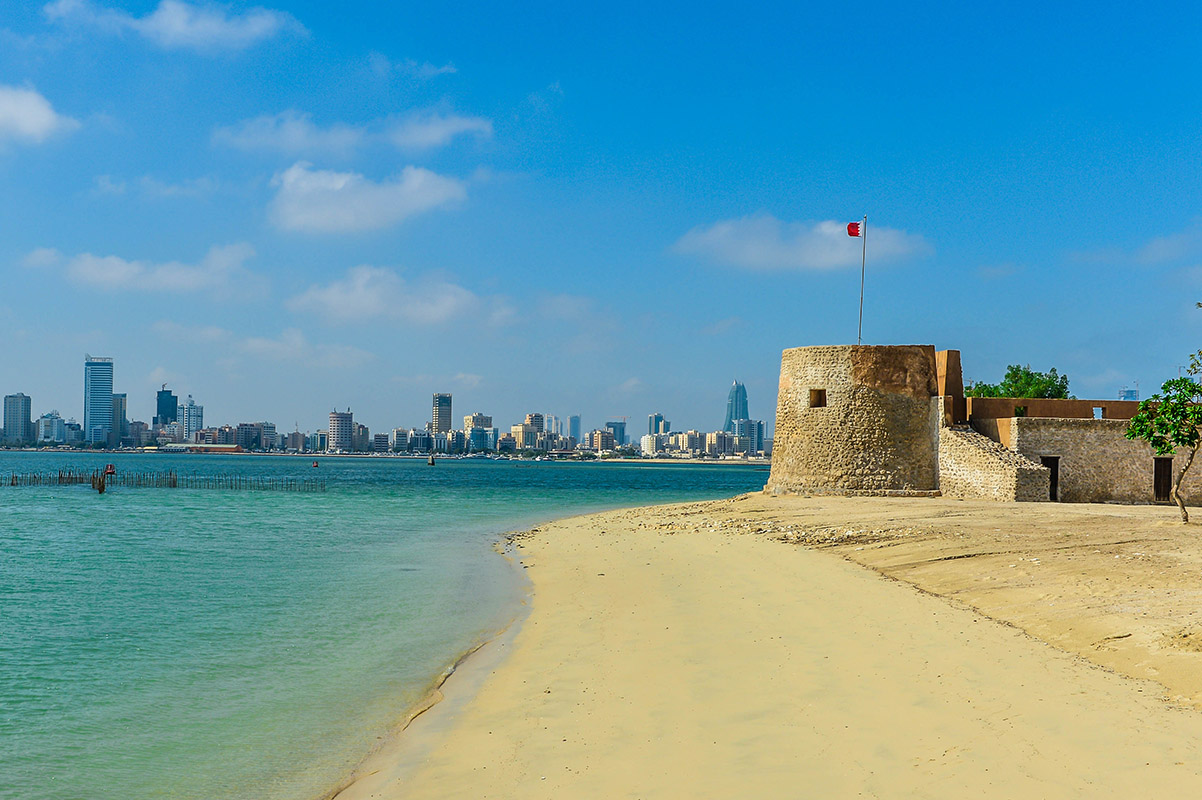
Once famed for trade in precious pearls, today the shores of Bahrain are being reclaimed for ambitious, high profile developments. With a multi-cultural, multi-ethnic and multi-denominational society, along with a low cost of living, excellent education facilities offering curricula from around the world and high-quality healthcare, Bahrain is an attractive destination for westerners. Boasting an archipelago of 33 islands, a cosmopolitan capital city, an attractive liberal lifestyle and a rich history and culture you can be sure that your Bahrain holiday will not disappoint.
Destination: A blend of history and contemporary Arabia
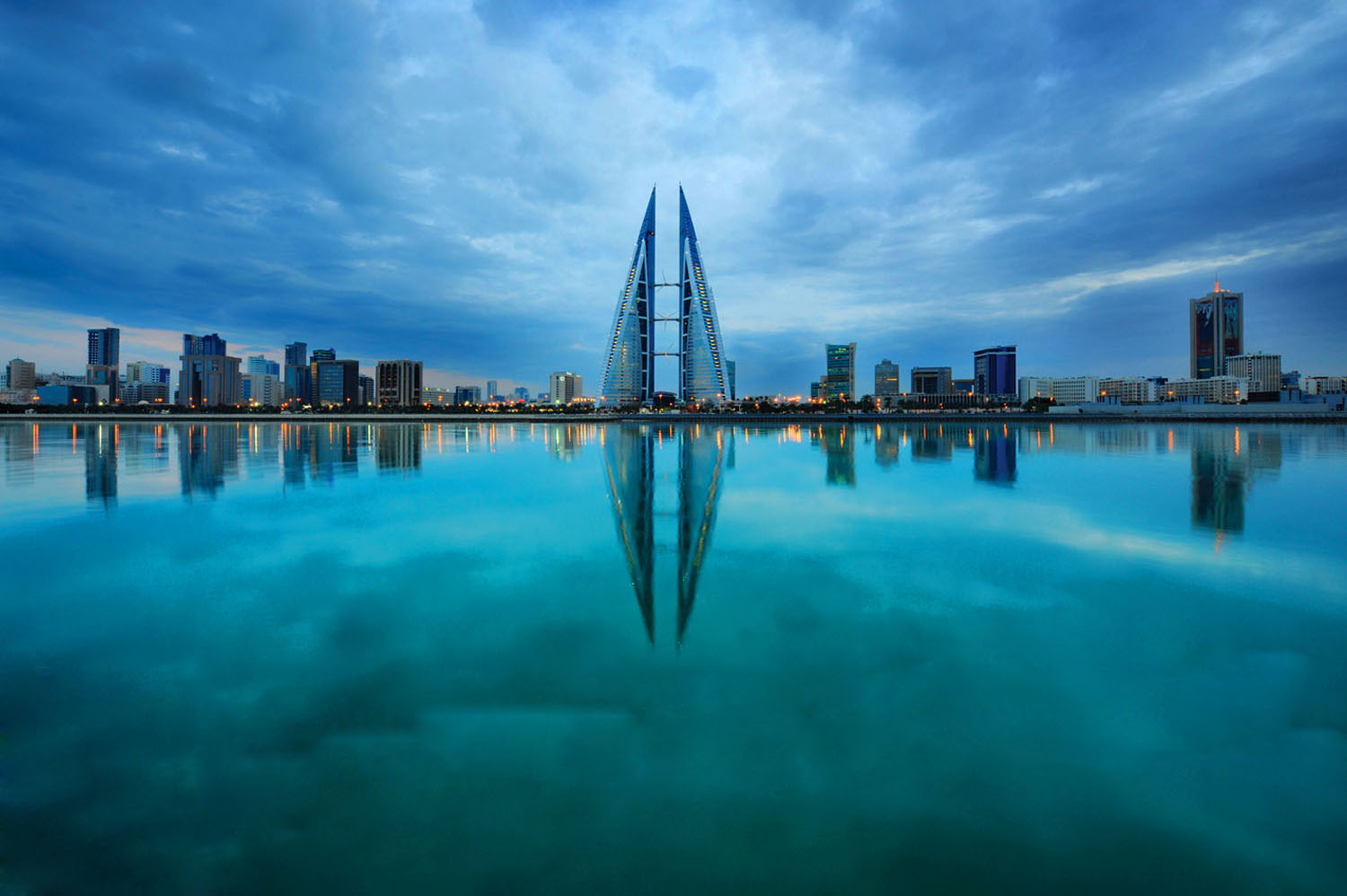
From historic monuments such as the Al Khamis Mosque, dating back to 692 A.D. to one of the most modern Formula One race-tracks in the world at the Bahrain International Circuit, a holiday in Bahrain will appeal to a diverse range of people. Water based activities include sailing, dolphin watching, fishing, scuba diving and kite surfing. On land, there are gyms, horse riding stables and sports clubs, including rugby, tennis, soccer, cricket and basketball. Furthermore, our Royal Golf Club, designed by international champion Colin Montgomerie, is a particular attraction.
When to visit Bahrain
Winter is the best time for your holiday to Bahrain. During the cooler months from November to April, conditions are perfect for beach days, activities and sightseeing. You can enjoy your time in the sun, without being too hot, as the temperatures range between 22°C and 30°C. April is also when the Formula One Grand Prix occurs – a vastly popular event, since it became the first edition to take place in the Middle East. In winter, you can also watch traditional dancing at the annual Heritage Festival, a celebration of the nation’s local history and culture.
It’s worth checking the dates of Ramadan before you book. This holy month moves slightly every year, and you’ll find that the opening hours of cafes and restaurants are more limited during this time, as a lot of Bahrain’s residents observe a fast during daylight hours.
The climate of Bahrain is an arid type; mean annual rainfall is small (70.8mm) and irregular. Broadly speaking, the year may be divided into two main climatic periods from June to September and from December to March, separated by two transitional periods April/May and October/November.
When to visit: The Winter Period
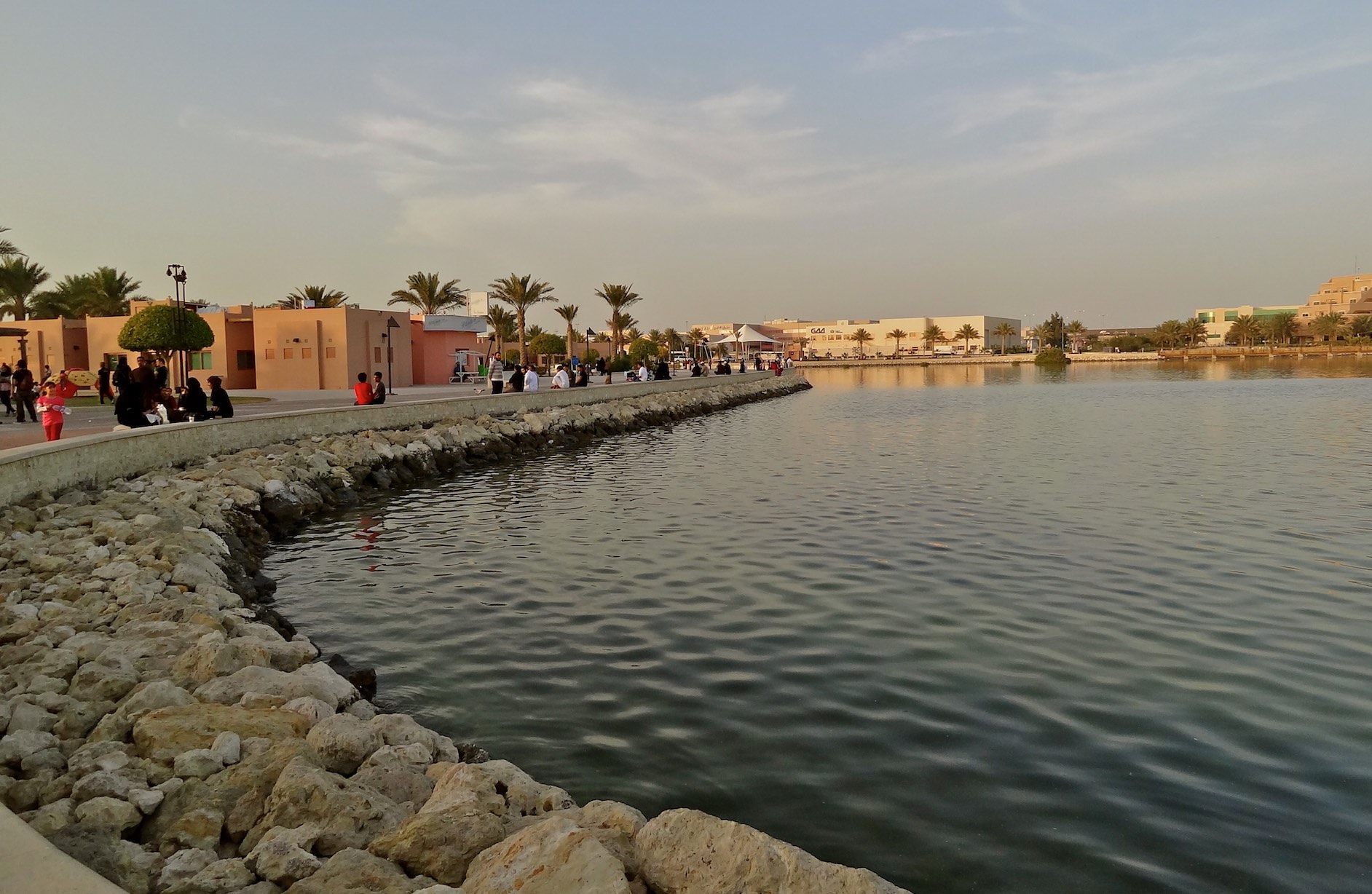
The winter period is the season of changeable weather when low pressure disturbances with their associated fronts transit the mid Gulf. Surface winds alternate mainly between south east ahead of these features and north west behind. The passage of the front and troughs may be accompanied by thunderstorms and squalls. Isolated severe storms can occur. Between these periods of "weather" a high pressure ridge over and good visibility.
When to visit: The Summer Period
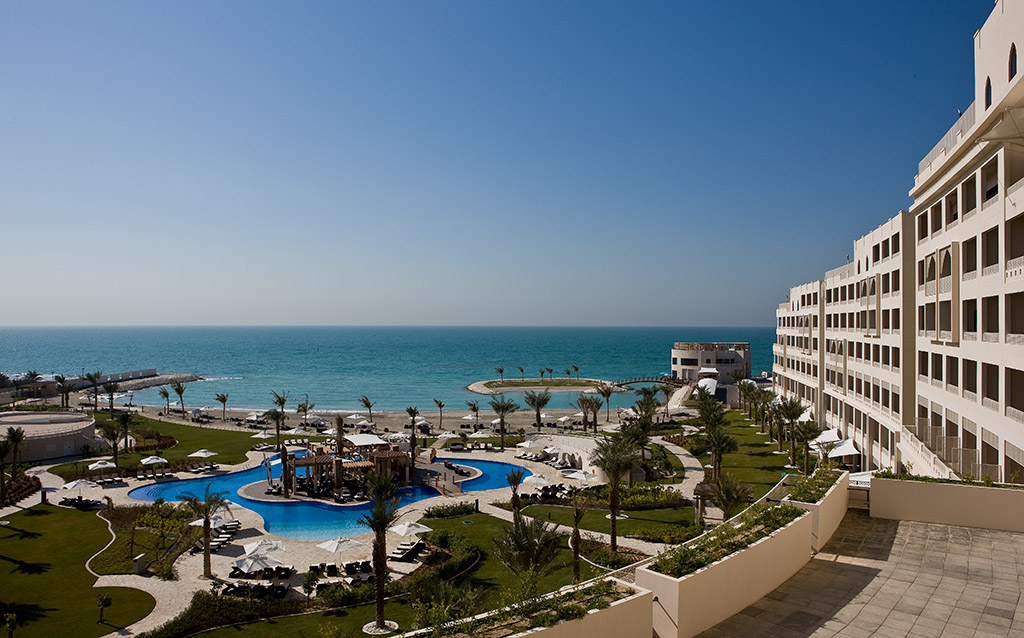
The summer period is one of mainly cloudless skies and persistently high temperatures. A shallow dome of relatively cool moist air over the Gulf is overlaid by hot dry air causing a marked temperature inversion in the first 1000 to 1500 feet of the order of 5 to 10 Degrees Centigrade. The seasonal rise in temperature peaks in August with a mean daily maximum of 38.0 Degrees Centigrade. The extreme maximum temperatures are observed however in May (46.7 C). During June and July a period of persistently strong north westerly winds known locally as the "summer shamal" occurs and arrests temporarily the seasonal rise in temperature.
This shamal which is part of the Indian monsoon circulation is related directly to a low level jet stream concentrated near 1000 feet. This causes marked wind shears at times in the boundary layer of the order of 5-8 knots per 100 feet. The shamal transports dust from Iraq and visibility at Bahrain on occasions is reduced to less than 1500 metres over this period mainly between 2000Z to 0600Z.
When to visit: The Transition Period
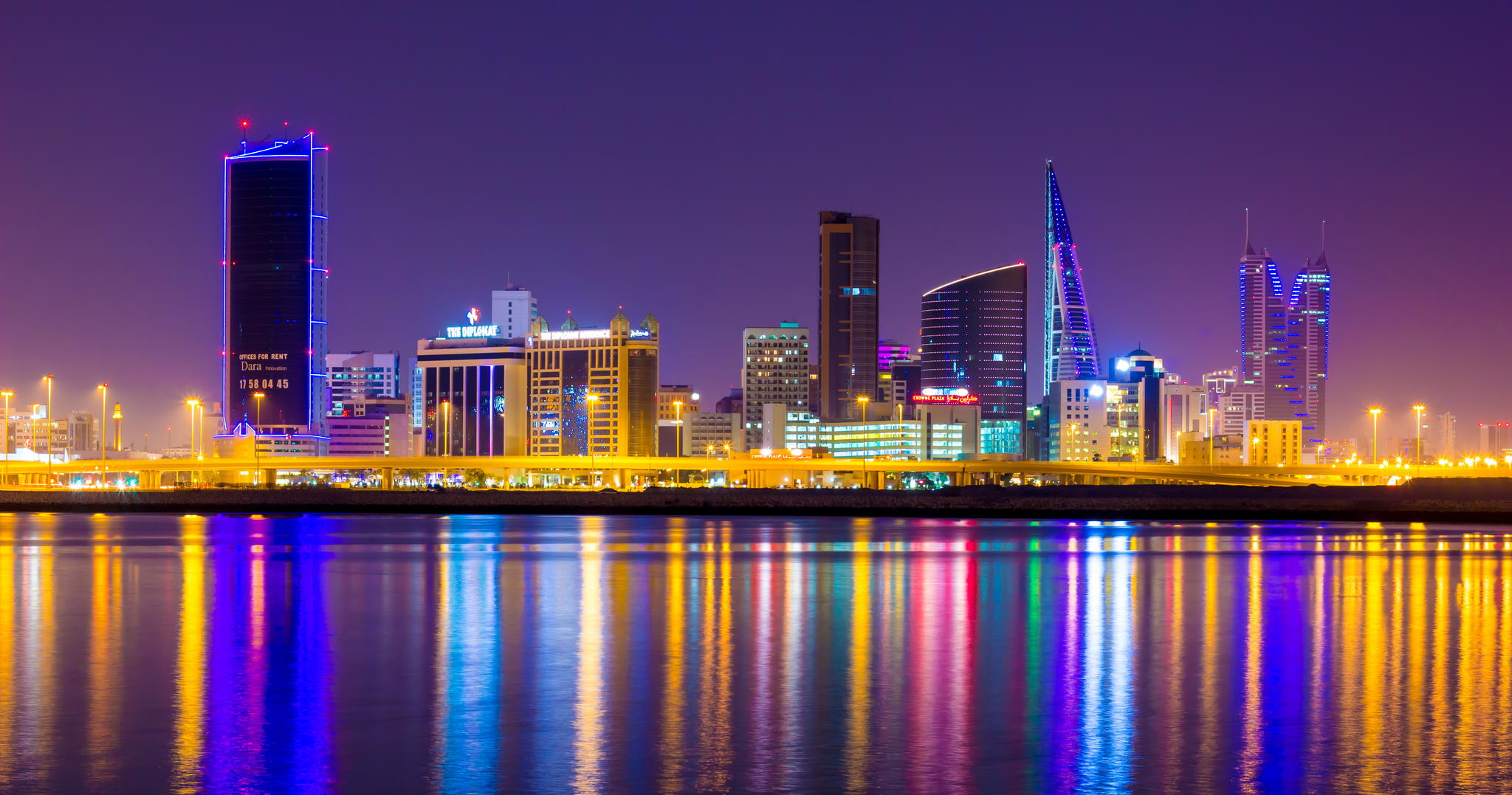
The transition periods are important in two respects, the first is the abruptness of the change during October/November when first incursions of cool air from the north west occur and replace the quiet conditions of late summer. The second, and more importantly, is the spring transition. This period is known as the sarrayat. Sudden changes in wind can occur, caused by relatively weak instability features, and low level wind shear has been observed with these sudden changes.
Location
Bahrain, officially the Kingdom of Bahrain, is a country in the Persian Gulf. The island nation comprises a small archipelago made up of 70 natural islands and an additional 33 artificial islands, centered around Bahrain Island which makes up around 83 percent of the country's landmass.
Cuisine
Bahrain has a thriving nightlife and restaurant culture, Block 338 is a charming quarter crammed with international restaurants, bars and small boutiques. Bahrain’s culinary scene is like its people, a mixing pot of different cultures and here you’ll find an array of local and international cuisines. Make sure you ask what’s on as you dine out as many of the restaurants host live music and dancing events on different nights.
Climate & Weather
Bahrain’s location in the Arabian Gulf allows it to enjoy year round sunshine. Enjoying average temperatures in the 20s throughout the winter it’s the perfect place to jet off for some much needed winter sun. Whether you like relaxing by the pool, exploring ancient forts or trying a new water sport, Bahrain’s climate is ideal.
Clothing & Dress
Men and women need to dress modestly. No matter where you go, make sure you don’t wear clothes that reveal too much skin or are too tight/body-fitting.
Women can wear outfits like trousers, jeans, palazzos, skirts, dresses, casual tops, shirts, t-shirts, kurtas, etc. as long as their shoulders, knees, stomach, and chest are covered (in case you were thinking of a full-sleeved crop top!).
Men can wear jeans, pants, trousers, jackets, shirts, t-shirts, kurtas, etc. as long as their shoulders and knees are covered.
There are no restrictions on what women and men can wear at the beach. So feel free to pack your favorite bikini or trunks and have a gala time at the beach!
Mosques have a strict dress code which everyone needs to follow. Women need to be completely covered from head to toe with loose-fitting clothes. In case you are not appropriately dressed, you will be given an abaya and hijab to cover yourself. Men need to cover themselves too. No shorts or sleeveless shirts are allowed. Men, you won’t get an abaya so make sure you dress appropriately or you may not be allowed to enter the mosque!
Bahrain
With a multi-cultural, multi-ethnic and multi-denominational society, along with a low cost of living, excellent education facilities offering curricula from around the world and high-quality healthcare, Bahrain is an attractive destination for westerners.
Map
General Information
A longtime escape for weekenders from neighboring Saudi Arabia, the tiny island nation of Bahrain is a hub of cultural curiosities. Ancient UNESCO World Heritage Sites rub up against still-bustling bazaars and carpet shops while skyscrapers housing high-end hotels dot the mosque-studded skyline.
With a recent push to vie for a place on the world’s luxury travel stage, this ancient port city in the Arabian Gulf now plays host to international events — such as Formula 1’s Bahrain Grand Prix — unique experiences and modern museums that make it worth putting atop your travel itinerary.
Well known for being the only Gulf state where you can legally buy alcohol, Bahrain is more liberal than most of its neighbours. Manama, which ironically means 'sleeping place', gets going after dark, with late night shopping, lively bars and nightclubs, as well as countless restaurants offering fine dining and the chance for a local tipple. Modern cafes can be found throughout the city, but be warned most 'coffee shops' are bars, and intended for men only.
As you'd expect from such a strategically placed island, Bahrain is peppered with relics from its past. For an overview, visit the excellent Bahrain National Museum before heading out to see the real thing. There are the Barbar Temples from the 2nd and 3rd millennia BC; the honeycomb of burial chambers at Saar; the 8th century mosque of Souq al-Khamis; and the Bahrain Fort, built by the Portuguese in the 16th century. Or for a modern attraction, check out the Oil Museum south of Awali, where you'll find the country's first oil well, constructed in 1932.
If the relentless heat doesn't sap your energy, there are a plethora of other activities to keep you busy. You can play golf on lozenges of green grass in the desert. Local dive companies operate dive trips to the abandoned pearl beds just off-shore. For a totally surreal experience, try the ice disco in the rink at the Funland Centre, where you can bust your coolest moves inside, while outside it's pushing 50 degrees.
Culture
The culture of Bahrain is part of the historical region of Eastern Arabia. Thus, Bahrain's culture is similar to that of its Arab neighbours in the Arabian Gulf region. Bahrain is known for its cosmopolitanism, Bahraini citizens are very ethnically diverse. Though the state religion is Islam, the country is tolerant towards other religions: Catholic and Orthodox churches, Hindu temples as well as a (now-defunct) Jewish synagogue are present on the island.
Bahraini people are ethnically diverse. There are at least 8–9 different ethnic groups of Bahraini citizens. Shia Bahraini citizens are divided into two main ethnic groups: Bahrani and Ajam. Most Shia Bahrainis are ethnic Baharna, the Baharna being descendants of the original pre-Islamic inhabitants of Bahrain. The Baharna speak a variety of Arabic known as Bahrani Arabic. The Ajam are ethnic Persian Shias. Bahraini Persians maintain a distinct culture and language, but have long since assimilated into Bahraini culture; they tend to identify themselves as Persian Bahrainis rather than Iranians.
Among Sunni Bahraini citizens, there are also many different ethnic groups. Sunni Bahrainis are mainly divided into two main ethnic groups: urban Arabs (al Arab) and Huwala. The urban Arabs are mostly descendants of Sunni Arabs from central Arabia who were (alongside the baharna) traditionally pearl-divers, merchants, sailors, traders and fishermen in the pre-oil era. The Huwala are descendants of Sunni Iranians; some of them are ethnic Persians, and others are ethnic Sunni Arabs.
In addition to these native Bahraini ethnic groups, there are also ethnic Afro-Arabs, and Balochis. Bahraini Balochis are descendants of ethnic Baloch from Baluchistan. Most Bahrainis of African origin come from east Africa and have traditionally lived in Muharraq island and Riffa. Indian Bahrainis are mostly descendants of wealthy Indian merchants from the pre-oil era, known as the Bania. A smaller group of Sunni Bahraini citizens are descendants of naturalized Palestinian refugees and other Levant Arab immigrants.
Just around half of the population are Arabs. Foreign-born inhabitants, comprising more than half of the population, are mostly from Iran, India, Pakistan, Philippines, Britain, and the United States. About three-fifths of the largely Asian labor force is foreign.
The population is mostly Muslim and includes both the Sunni and Shia sects. Bahrain also has the largest Christian minority within the Arab states of the Arabian Gulf. Thousand Christians hold Bahraini citizenship, with the next closest GCC country, Kuwait, only having approximately 400 Christian citizens. Arabic is the official language of Bahrain, however, English is widely used as a lingua franca. The Ajami dialect of Persian is widely spoken by Persian Bahraini citizens Ajam. Many Bahrainis have a working knowledge not only of English but Hindi and Urdu as well.
Football (soccer) is the most popular modern sport, while traditional pastimes such as horse riding, and gazelle and hare hunting are still practiced by wealthier Bahrainis.
Traditional handicraft industries enjoy state and popular support. The Bahrain National Museum in Manama contains local artifacts dating from antiquity, such as ivory figurines, pottery, copper articles, and gold rings, many of which reflect various cultural influences from outside Bahrain. There is also a small but flourishing avant-garde art community.
Currency
The Bahraini dinar was introduced in 1965, replacing the Gulf rupee at a rate of 10 rupees = 1 dinar. The dinar was worth 15 shillings sterling upon introduction. Bahraini coins and notes were introduced at that time. Initially, Abu Dhabi adopted the Bahraini dinar but changed to the dirham in 1973, with 1 dirham = 100 fils = 0.1 dinar.
In December 1980, the dinar was officially pegged to the IMF's special drawing rights (SDRs). In practice, it is fixed at $1 USD = 0.376 BHD, which translates to approximately 1 BHD = $2.65957 USD[1] and, consequently, almost 10 Saudi Arabian riyals. This rate was made official in 2001 and Saudi riyals are accepted in Bahrain at any point of sale, with the exception of the Saudi 500 riyal note which is only accepted in major supermarkets, airports and electronic shops.
Language
Arabic is the official language of Bahrain, but English is widely spoken. It is used in business and is a compulsory second language in schools. Among the non-Bahraini population, many people speak Farsi, the official language of Iran, or Urdu, the official language of Pakistan.
Passport & Visa
UK nationals: British citizens require a valid passport and an eVisa, obtainable online prior to their visit, or a three-month visa obtainable on arrival. British passport holders with endorsements other than 'British Citizen' should confirm official requirements before travel.
Location
Bahrain is a country in the Persian Gulf. The island nation comprises a small archipelago made up of 70 natural islands and an additional 33 artificial islands, centred around Bahrain Island which makes up around 83 percent of the country's landmass. The country is situated between the Qatari peninsula and the north eastern coast of Saudi Arabia to which it is connected by the 25-kilometre (16 mi) King Fahd Causeway.
Bahrain is a generally flat and arid archipelago in the Persian Gulf. It consists of a low desert plain rising gently to a low central escarpment with the highest point the 134 m (440 ft) Mountain of Smoke (Jabal ad Dukhan). Bahrain had a total area of 665 km2 (257 sq mi) but due to land reclamation, the area increased to 780 km2 (300 sq mi), which is slightly larger than Anglesey.
Often described as an archipelago of 33 islands, extensive land reclamation projects have changed this; by August 2008 the number of islands and island groups had increased to 84. Bahrain does not share a land boundary with another country but does have a 161 km (100 mi) coastline. The country also claims a further 22 km (12 nmi) of territorial sea and a 44 km (24 nmi) contiguous zone. Bahrain's largest islands are Bahrain Island, the Hawar Islands, Muharraq Island, Umm an Nasan, and Sitra. Bahrain has mild winters and very hot, humid summers. The country's natural resources include large quantities of oil and natural gas as well as fish in the offshore waters. Arable land constitutes only 2.82% of the total area.
Cuisine
Bahrain’s traditional food includes fish, meat, rice, and dates. One of the most famous Bahraini dishes is machboos, which is made up of meat or fish served with rice. Another known food is muhammar which is sweet rice served with dates or sugar.
Bahrainis also eat other Arabian food such as falafel, fried balls of chickpeas served in a bread, and shawarma, lamb or chicken carved from a rotating spit and wrapped in pita bread. Traditional snacks include samboosa and pastry. Balaleet is a sweet saffron noodles served with a savory omelet on top.
Another important part of the Bahraini diet is the fresh fish of the Gulf, of which the king is the Hamour (grouper), typically served grilled, fried, or steamed. Other popular local fish include Safi (rabbit fish), Chanad (mackerel), and Sobaity (see bream). Most of the time, fish is eaten with rice. A century of British rule in the Gulf has also made fish and chips popular in Bahrain.
Another delicacy is Qoozi (Ghoozi), which is grilled lamb stuffed with rice, boiled eggs, onions and spices. The traditional flatbread is called Khubz. It is a large flatbread baked in a special oven. Numerous Khubz bakeries dot the country.
Coffee, called Gahwa locally, is considered a part of the traditional welcome in Bahrain. It is usually poured into a coffee-pot, which is called dalla in Bahrain. It is served in a small cup made for coffee called finjan.
Climate & Weather
The Zagros Mountains across the Persian Gulf in Iran cause low-level winds to be directed toward Bahrain. Dust storms from Iraq and Saudi Arabia transported by northwesterly winds, locally called shamal wind, causing reduced visibility in the months of June and July.
Summers are very hot. The seas around Bahrain are very shallow, heating up quickly in the summer to produce very high humidity, especially at night. Summer temperatures may reach up to 50 °C (122 °F) under the right conditions. Rainfall in Bahrain is minimal and irregular. Precipitation mostly occurs in winter, with an average of 70.8mm of rainfall recorded annually.
Clothing & Dress
Men and women need to dress modestly. No matter where you go, make sure you don’t wear clothes that reveal too much skin or are too tight/body-fitting.
Women can wear outfits like trousers, jeans, palazzos, skirts, dresses, casual tops, shirts, t-shirts, kurtas, etc. as long as their shoulders, knees, stomach, and chest are covered (in case you were thinking of a full-sleeved crop top!).
Men can wear jeans, pants, trousers, jackets, shirts, t-shirts, kurtas, etc. as long as their shoulders and knees are covered.
There are no restrictions on what women and men can wear at the beach. So feel free to pack your favorite bikini or trunks and have a gala time at the beach!
Mosques have a strict dress code which everyone needs to follow. Women need to be completely covered from head to toe with loose-fitting clothes. In case you are not appropriately dressed, you will be given an abaya and hijab to cover yourself. Men need to cover themselves too. No shorts or sleeveless shirts are allowed. Men, you won’t get an abaya so make sure you dress appropriately or you may not be allowed to enter the mosque!
-
Schedule
- Transfer
- Hotel
-
Destination
-
Countries
-
Map
Day 9
-
09:00to09:35Al Fateh Grand MosqueAwal Avenue Corner Al Fatih Highway، 6H9X+H6F, Manama, BahrainRead more...
We’ll begin our tour at 9 AM at the e magnificent ‘Masjid al-Fatih’ or the Al Fateh Grand Mosque to gain a deeper insight into the Arabic culture and admire the beautiful Kulic calligraphy and fiberglass dome that ornaments the biggest mosque in the world. (photo stop on Fridays)
Read less... -
Next, we’ll continue our quest by making our way towards the Bahrain National Museum and immerse ourselves in the rich history and culture of Bahrain, which accounts for more than 6000 years. (closed on Tuesdays). Admission is included
Read less... -
11:15to11:30Muharraq SouqZUHOOR AL MUHARRAQ SWEETSشارع الشيخ حمد، Muharraq, BahrainRead more...
Next, we’ll head to the Muharraq Souq and have a taste of the delectable Bahraini ‘Halwa’. (photo stop on Fridays)
Read less... -
A 10-minute drive west of Manama, on an ancient tell (mound created by centuries of urban rebuilding), the majestic Bahrain Fort stares out across the Gulf. Built by the Portuguese in the 16th century, it is part of the Unesco World Heritage site believed to have been the capital of the ancient Dilmun Empire. As you wander the atmospheric excavations of residential, commercial, public, military and religious buildings, contemplate this: humans have continuously inhabited this site since 2300 BC. (closed on Mondays)
Read less... -
14:20to15:30Bahrain International CircuitGate 255, Gulf of Bahrain Avenue Umm Jidar, Sakhir، 1062, BahrainRead more...
Full of energy we’ll head off to the Bahrain International Circuit, where we will visit the souvenir shop & have an over look at the track, where the thrill and excitement will take over. We guarantee your heart will start racing!
Read less... -
All pumped up, we’ll head to Sakhir where we’ll say hello to the desert’s best friend – the camel –at the Camel Farm which houses the royal camels and falcons ( falcons during winter months only).
Read less... -
After greeting the friendly camels, we’ll move on to discover recent history at the 1st Oil Well.
Read less... -
17:00to17:15Tree of LifeOff the Musakar Highway, between Riffa and Awali, near Jebel Dukhan, Bahrain, XHVM+M62, Jebel Dukhan, BahrainRead more...
You’ll have a chance to take in all the wonders you saw and recollect at the Tree of life. The Tree of Life or Shajarat-al-Hayat, as it is called in the local language, is a mesquite lonely tree that stands in the heart of Bahrain’s desert for over 400 years.
Read less... -
Our tour will end with a stop for a well-deserved glimpse at traditional pottery crafts at A’Ali Pottery.
Read less... -
Sofitel Bahrain Zallaq Thalassa Sea & Spa105 Zallaq Highway,Building 2015 Block 1055, Zallaq PO Box 5554 MANAMA BAHRAIN, Bahrain, BahrainRead more...Accommodation at Sofitel Bahrain Zallaq Thalassa Sea & Spa in Luxury Club Room, 2 pax - Half Board Read less...
-
Next stop the Dilmun Burial Mounds. There are more than 100,000 Dilmun-era burial mounds scattered across Bahrain, but none come close to the magnificence of the royal mounds in the historic village of A'Ali. That this was an important place in antiquity is evident from the 17 royal mounds constructed nearly 4000 years ago.
Read less... -
Bab Al-BahrainBab AlBahrainROAD 475, 304 Bab Al Bahrain Ave, المنامة، Bahrain
Al Fateh Grand Mosque
We’ll begin our tour at 9 AM at the e magnificent ‘Masjid al-Fatih’ or the Al Fateh Grand Mosque to gain a deeper insight into the Arabic culture and admire the beautiful Kulic calligraphy and fiberglass dome that ornaments the biggest mosque in the world. (photo stop on Fridays)
Schedule |
Opening |
Closing |
|---|---|---|
| Sunday | 09:00 AM | 04:00 PM |
| Monday | 09:00 AM | 04:00 PM |
| Tuesday | 09:00 AM | 04:00 PM |
| Wednesday | 09:00 AM | 04:00 PM |
| Thursday | 09:00 AM | 04:00 PM |
| Friday | 09:00 AM | 04:00 PM |
| Saturday | 01:00 AM | 01:00 AM |
Bahrain National Museum
Next, we’ll continue our quest by making our way towards the Bahrain National Museum and immerse ourselves in the rich history and culture of Bahrain, which accounts for more than 6000 years. (closed on Tuesdays). Admission is included
Schedule |
Opening |
Closing |
|---|---|---|
| Sunday | 09:00 AM | 08:00 PM |
| Monday | 09:00 AM | 08:00 PM |
| Tuesday | 09:00 AM | 08:00 PM |
| Wednesday | 01:00 AM | 01:00 AM |
| Thursday | 09:00 AM | 08:00 PM |
| Friday | 09:00 AM | 08:00 PM |
| Saturday | 09:00 AM | 08:00 PM |
Muharraq Souq
Next, we’ll head to the Muharraq Souq and have a taste of the delectable Bahraini ‘Halwa’. (photo stop on Fridays)
Schedule |
Opening |
Closing |
|---|---|---|
| Sunday | 09:00 AM | 05:00 PM |
| Monday | 09:00 AM | 05:00 PM |
| Tuesday | 09:00 AM | 05:00 PM |
| Wednesday | 09:00 AM | 05:00 PM |
| Thursday | 09:00 AM | 05:00 PM |
| Friday | 09:00 AM | 05:00 PM |
| Saturday | 09:00 AM | 05:00 PM |
Bahrain Fort
A 10-minute drive west of Manama, on an ancient tell (mound created by centuries of urban rebuilding), the majestic Bahrain Fort stares out across the Gulf. Built by the Portuguese in the 16th century, it is part of the Unesco World Heritage site believed to have been the capital of the ancient Dilmun Empire. As you wander the atmospheric excavations of residential, commercial, public, military and religious buildings, contemplate this: humans have continuously inhabited this site since 2300 BC. (closed on Mondays)
Schedule |
Opening |
Closing |
|---|---|---|
| Sunday | 08:00 AM | 06:00 PM |
| Monday | 08:00 AM | 06:00 PM |
| Tuesday | 08:00 AM | 06:00 PM |
| Wednesday | 08:00 AM | 06:00 PM |
| Thursday | 08:00 AM | 06:00 PM |
| Friday | 08:00 AM | 06:00 PM |
| Saturday | 08:00 AM | 06:00 PM |
Bahrain International Circuit
Full of energy we’ll head off to the Bahrain International Circuit, where we will visit the souvenir shop & have an over look at the track, where the thrill and excitement will take over. We guarantee your heart will start racing!
Schedule |
Opening |
Closing |
|---|---|---|
| Sunday | 08:00 AM | 05:00 PM |
| Monday | 08:00 AM | 05:00 PM |
| Tuesday | 08:00 AM | 05:00 PM |
| Wednesday | 08:00 AM | 05:00 PM |
| Thursday | 08:00 AM | 05:00 PM |
| Friday | 08:00 AM | 05:00 PM |
| Saturday | 08:00 AM | 05:00 PM |
Royal Camel Farm
All pumped up, we’ll head to Sakhir where we’ll say hello to the desert’s best friend – the camel –at the Camel Farm which houses the royal camels and falcons ( falcons during winter months only).
Dar al-Naft Oil Museum
After greeting the friendly camels, we’ll move on to discover recent history at the 1st Oil Well.
Tree of Life
You’ll have a chance to take in all the wonders you saw and recollect at the Tree of life. The Tree of Life or Shajarat-al-Hayat, as it is called in the local language, is a mesquite lonely tree that stands in the heart of Bahrain’s desert for over 400 years.
Schedule |
Opening |
Closing |
|---|---|---|
| Sunday | Open 24 hours | |
| Monday | Open 24 hours | |
| Tuesday | Open 24 hours | |
| Wednesday | Open 24 hours | |
| Thursday | Open 24 hours | |
| Friday | Open 24 hours | |
| Saturday | Open 24 hours |
A'ali Pottery Workshop-alshugel pottery
Our tour will end with a stop for a well-deserved glimpse at traditional pottery crafts at A’Ali Pottery.
Schedule |
Opening |
Closing |
|---|---|---|
| Sunday | 08:00 AM | 06:00 PM |
| Monday | 08:00 AM | 06:00 PM |
| Tuesday | 08:00 AM | 06:00 PM |
| Wednesday | 08:00 AM | 06:00 PM |
| Thursday | 08:00 AM | 06:00 PM |
| Friday | 08:00 AM | 06:00 PM |
| Saturday | 01:00 AM | 01:00 AM |
Dilmun Burial Mounds
Next stop the Dilmun Burial Mounds. There are more than 100,000 Dilmun-era burial mounds scattered across Bahrain, but none come close to the magnificence of the royal mounds in the historic village of A'Ali. That this was an important place in antiquity is evident from the 17 royal mounds constructed nearly 4000 years ago.
Schedule |
Opening |
Closing |
|---|---|---|
| Sunday | 06:00 AM | 05:00 PM |
| Monday | 06:00 AM | 05:00 PM |
| Tuesday | 06:00 AM | 05:00 PM |
| Wednesday | 06:00 AM | 05:00 PM |
| Thursday | 06:00 AM | 05:00 PM |
| Friday | 06:00 AM | 05:00 PM |
| Saturday | 06:00 AM | 05:00 PM |
Bab Al-Bahrain
Schedule |
Opening |
Closing |
|---|---|---|
| Sunday | 09:00 AM 04:00 PM |
12:30 PM 08:00 PM |
| Monday | 09:00 AM 04:00 PM |
12:30 PM 08:00 PM |
| Tuesday | 09:00 AM 04:00 PM |
12:30 PM 08:00 PM |
| Wednesday | 09:00 AM 04:00 PM |
12:30 PM 08:00 PM |
| Thursday | 09:00 AM 04:00 PM |
12:30 PM 08:00 PM |
| Friday | 09:00 AM 04:00 PM |
12:30 PM 08:00 PM |
| Saturday | 09:00 AM 04:00 PM |
12:30 PM 09:00 PM |
Sofitel Bahrain Zallaq Thalassa Sea & Spa
Perched on the pristine beaches of Zallaq overlooking the Arabian Gulf on Bahrains west coast this 5-star luxury hotel in Bahrain boasts the only Thalassa Sea and Spa in the GCC countries.
This spectacular new seawater spa hotel and resort blends French art de vivre with traditional Bahraini styles. 262 luxurious rooms and suites boast balconies and sea views.A stunning ballroom and private island host Magnifique corporate events and weddings.
Bahrain, Bahrain
Located in the Arabian Gulf, the Kingdom of Bahrain is and archipelago of 33 islands, the only island country in the Middle East. 4,500 years ago, it was the capital of the ancient Dilmun civilisation. Today, Bahrain’s astounding attractions extend to world class museums, three UNESCO world heritage sites, white sand beaches, untouched islands, amazing wildlife and the annual Formula 1 Grand Prix at the Bahrain International Circuit.
Map
Overview
Bahrain translates as ‘Two Seas’ in Arabic. It is an island nation meaning you’ll have miles upon miles of coastline to enjoy. Holidays are often centred around days spent near, on or in the water, whether it’s jet-skiing, diving or soaking up the rays on the sand but there are also a range of unique activities to take part in, from visiting camel farms, exploring historical wells and embarking on tours around a 16th-century colonial fort.
Bahrain is an archipelago centred on Bahrain Island, it is the only island nation in the Gulf. Many of the hotels and resorts have stunning private beachfronts and even private islands. Short boat trips away from the main island can also take visitors out to an array of secluded and pristine islands and some truly fantastic wildlife.
Destination: From pearls to sky scrappers

Once famed for trade in precious pearls, today the shores of Bahrain are being reclaimed for ambitious, high profile developments. With a multi-cultural, multi-ethnic and multi-denominational society, along with a low cost of living, excellent education facilities offering curricula from around the world and high-quality healthcare, Bahrain is an attractive destination for westerners. Boasting an archipelago of 33 islands, a cosmopolitan capital city, an attractive liberal lifestyle and a rich history and culture you can be sure that your Bahrain holiday will not disappoint.
Destination: A blend of history and contemporary Arabia

From historic monuments such as the Al Khamis Mosque, dating back to 692 A.D. to one of the most modern Formula One race-tracks in the world at the Bahrain International Circuit, a holiday in Bahrain will appeal to a diverse range of people. Water based activities include sailing, dolphin watching, fishing, scuba diving and kite surfing. On land, there are gyms, horse riding stables and sports clubs, including rugby, tennis, soccer, cricket and basketball. Furthermore, our Royal Golf Club, designed by international champion Colin Montgomerie, is a particular attraction.
When to visit Bahrain
Winter is the best time for your holiday to Bahrain. During the cooler months from November to April, conditions are perfect for beach days, activities and sightseeing. You can enjoy your time in the sun, without being too hot, as the temperatures range between 22°C and 30°C. April is also when the Formula One Grand Prix occurs – a vastly popular event, since it became the first edition to take place in the Middle East. In winter, you can also watch traditional dancing at the annual Heritage Festival, a celebration of the nation’s local history and culture.
It’s worth checking the dates of Ramadan before you book. This holy month moves slightly every year, and you’ll find that the opening hours of cafes and restaurants are more limited during this time, as a lot of Bahrain’s residents observe a fast during daylight hours.
The climate of Bahrain is an arid type; mean annual rainfall is small (70.8mm) and irregular. Broadly speaking, the year may be divided into two main climatic periods from June to September and from December to March, separated by two transitional periods April/May and October/November.
When to visit: The Winter Period

The winter period is the season of changeable weather when low pressure disturbances with their associated fronts transit the mid Gulf. Surface winds alternate mainly between south east ahead of these features and north west behind. The passage of the front and troughs may be accompanied by thunderstorms and squalls. Isolated severe storms can occur. Between these periods of "weather" a high pressure ridge over and good visibility.
When to visit: The Summer Period

The summer period is one of mainly cloudless skies and persistently high temperatures. A shallow dome of relatively cool moist air over the Gulf is overlaid by hot dry air causing a marked temperature inversion in the first 1000 to 1500 feet of the order of 5 to 10 Degrees Centigrade. The seasonal rise in temperature peaks in August with a mean daily maximum of 38.0 Degrees Centigrade. The extreme maximum temperatures are observed however in May (46.7 C). During June and July a period of persistently strong north westerly winds known locally as the "summer shamal" occurs and arrests temporarily the seasonal rise in temperature.
This shamal which is part of the Indian monsoon circulation is related directly to a low level jet stream concentrated near 1000 feet. This causes marked wind shears at times in the boundary layer of the order of 5-8 knots per 100 feet. The shamal transports dust from Iraq and visibility at Bahrain on occasions is reduced to less than 1500 metres over this period mainly between 2000Z to 0600Z.
When to visit: The Transition Period

The transition periods are important in two respects, the first is the abruptness of the change during October/November when first incursions of cool air from the north west occur and replace the quiet conditions of late summer. The second, and more importantly, is the spring transition. This period is known as the sarrayat. Sudden changes in wind can occur, caused by relatively weak instability features, and low level wind shear has been observed with these sudden changes.
Location
Bahrain, officially the Kingdom of Bahrain, is a country in the Persian Gulf. The island nation comprises a small archipelago made up of 70 natural islands and an additional 33 artificial islands, centered around Bahrain Island which makes up around 83 percent of the country's landmass.
Cuisine
Bahrain has a thriving nightlife and restaurant culture, Block 338 is a charming quarter crammed with international restaurants, bars and small boutiques. Bahrain’s culinary scene is like its people, a mixing pot of different cultures and here you’ll find an array of local and international cuisines. Make sure you ask what’s on as you dine out as many of the restaurants host live music and dancing events on different nights.
Climate & Weather
Bahrain’s location in the Arabian Gulf allows it to enjoy year round sunshine. Enjoying average temperatures in the 20s throughout the winter it’s the perfect place to jet off for some much needed winter sun. Whether you like relaxing by the pool, exploring ancient forts or trying a new water sport, Bahrain’s climate is ideal.
Clothing & Dress
Men and women need to dress modestly. No matter where you go, make sure you don’t wear clothes that reveal too much skin or are too tight/body-fitting.
Women can wear outfits like trousers, jeans, palazzos, skirts, dresses, casual tops, shirts, t-shirts, kurtas, etc. as long as their shoulders, knees, stomach, and chest are covered (in case you were thinking of a full-sleeved crop top!).
Men can wear jeans, pants, trousers, jackets, shirts, t-shirts, kurtas, etc. as long as their shoulders and knees are covered.
There are no restrictions on what women and men can wear at the beach. So feel free to pack your favorite bikini or trunks and have a gala time at the beach!
Mosques have a strict dress code which everyone needs to follow. Women need to be completely covered from head to toe with loose-fitting clothes. In case you are not appropriately dressed, you will be given an abaya and hijab to cover yourself. Men need to cover themselves too. No shorts or sleeveless shirts are allowed. Men, you won’t get an abaya so make sure you dress appropriately or you may not be allowed to enter the mosque!
Bahrain
With a multi-cultural, multi-ethnic and multi-denominational society, along with a low cost of living, excellent education facilities offering curricula from around the world and high-quality healthcare, Bahrain is an attractive destination for westerners.
Map
General Information
A longtime escape for weekenders from neighboring Saudi Arabia, the tiny island nation of Bahrain is a hub of cultural curiosities. Ancient UNESCO World Heritage Sites rub up against still-bustling bazaars and carpet shops while skyscrapers housing high-end hotels dot the mosque-studded skyline.
With a recent push to vie for a place on the world’s luxury travel stage, this ancient port city in the Arabian Gulf now plays host to international events — such as Formula 1’s Bahrain Grand Prix — unique experiences and modern museums that make it worth putting atop your travel itinerary.
Well known for being the only Gulf state where you can legally buy alcohol, Bahrain is more liberal than most of its neighbours. Manama, which ironically means 'sleeping place', gets going after dark, with late night shopping, lively bars and nightclubs, as well as countless restaurants offering fine dining and the chance for a local tipple. Modern cafes can be found throughout the city, but be warned most 'coffee shops' are bars, and intended for men only.
As you'd expect from such a strategically placed island, Bahrain is peppered with relics from its past. For an overview, visit the excellent Bahrain National Museum before heading out to see the real thing. There are the Barbar Temples from the 2nd and 3rd millennia BC; the honeycomb of burial chambers at Saar; the 8th century mosque of Souq al-Khamis; and the Bahrain Fort, built by the Portuguese in the 16th century. Or for a modern attraction, check out the Oil Museum south of Awali, where you'll find the country's first oil well, constructed in 1932.
If the relentless heat doesn't sap your energy, there are a plethora of other activities to keep you busy. You can play golf on lozenges of green grass in the desert. Local dive companies operate dive trips to the abandoned pearl beds just off-shore. For a totally surreal experience, try the ice disco in the rink at the Funland Centre, where you can bust your coolest moves inside, while outside it's pushing 50 degrees.
Culture
The culture of Bahrain is part of the historical region of Eastern Arabia. Thus, Bahrain's culture is similar to that of its Arab neighbours in the Arabian Gulf region. Bahrain is known for its cosmopolitanism, Bahraini citizens are very ethnically diverse. Though the state religion is Islam, the country is tolerant towards other religions: Catholic and Orthodox churches, Hindu temples as well as a (now-defunct) Jewish synagogue are present on the island.
Bahraini people are ethnically diverse. There are at least 8–9 different ethnic groups of Bahraini citizens. Shia Bahraini citizens are divided into two main ethnic groups: Bahrani and Ajam. Most Shia Bahrainis are ethnic Baharna, the Baharna being descendants of the original pre-Islamic inhabitants of Bahrain. The Baharna speak a variety of Arabic known as Bahrani Arabic. The Ajam are ethnic Persian Shias. Bahraini Persians maintain a distinct culture and language, but have long since assimilated into Bahraini culture; they tend to identify themselves as Persian Bahrainis rather than Iranians.
Among Sunni Bahraini citizens, there are also many different ethnic groups. Sunni Bahrainis are mainly divided into two main ethnic groups: urban Arabs (al Arab) and Huwala. The urban Arabs are mostly descendants of Sunni Arabs from central Arabia who were (alongside the baharna) traditionally pearl-divers, merchants, sailors, traders and fishermen in the pre-oil era. The Huwala are descendants of Sunni Iranians; some of them are ethnic Persians, and others are ethnic Sunni Arabs.
In addition to these native Bahraini ethnic groups, there are also ethnic Afro-Arabs, and Balochis. Bahraini Balochis are descendants of ethnic Baloch from Baluchistan. Most Bahrainis of African origin come from east Africa and have traditionally lived in Muharraq island and Riffa. Indian Bahrainis are mostly descendants of wealthy Indian merchants from the pre-oil era, known as the Bania. A smaller group of Sunni Bahraini citizens are descendants of naturalized Palestinian refugees and other Levant Arab immigrants.
Just around half of the population are Arabs. Foreign-born inhabitants, comprising more than half of the population, are mostly from Iran, India, Pakistan, Philippines, Britain, and the United States. About three-fifths of the largely Asian labor force is foreign.
The population is mostly Muslim and includes both the Sunni and Shia sects. Bahrain also has the largest Christian minority within the Arab states of the Arabian Gulf. Thousand Christians hold Bahraini citizenship, with the next closest GCC country, Kuwait, only having approximately 400 Christian citizens. Arabic is the official language of Bahrain, however, English is widely used as a lingua franca. The Ajami dialect of Persian is widely spoken by Persian Bahraini citizens Ajam. Many Bahrainis have a working knowledge not only of English but Hindi and Urdu as well.
Football (soccer) is the most popular modern sport, while traditional pastimes such as horse riding, and gazelle and hare hunting are still practiced by wealthier Bahrainis.
Traditional handicraft industries enjoy state and popular support. The Bahrain National Museum in Manama contains local artifacts dating from antiquity, such as ivory figurines, pottery, copper articles, and gold rings, many of which reflect various cultural influences from outside Bahrain. There is also a small but flourishing avant-garde art community.
Currency
The Bahraini dinar was introduced in 1965, replacing the Gulf rupee at a rate of 10 rupees = 1 dinar. The dinar was worth 15 shillings sterling upon introduction. Bahraini coins and notes were introduced at that time. Initially, Abu Dhabi adopted the Bahraini dinar but changed to the dirham in 1973, with 1 dirham = 100 fils = 0.1 dinar.
In December 1980, the dinar was officially pegged to the IMF's special drawing rights (SDRs). In practice, it is fixed at $1 USD = 0.376 BHD, which translates to approximately 1 BHD = $2.65957 USD[1] and, consequently, almost 10 Saudi Arabian riyals. This rate was made official in 2001 and Saudi riyals are accepted in Bahrain at any point of sale, with the exception of the Saudi 500 riyal note which is only accepted in major supermarkets, airports and electronic shops.
Language
Arabic is the official language of Bahrain, but English is widely spoken. It is used in business and is a compulsory second language in schools. Among the non-Bahraini population, many people speak Farsi, the official language of Iran, or Urdu, the official language of Pakistan.
Passport & Visa
UK nationals: British citizens require a valid passport and an eVisa, obtainable online prior to their visit, or a three-month visa obtainable on arrival. British passport holders with endorsements other than 'British Citizen' should confirm official requirements before travel.
Location
Bahrain is a country in the Persian Gulf. The island nation comprises a small archipelago made up of 70 natural islands and an additional 33 artificial islands, centred around Bahrain Island which makes up around 83 percent of the country's landmass. The country is situated between the Qatari peninsula and the north eastern coast of Saudi Arabia to which it is connected by the 25-kilometre (16 mi) King Fahd Causeway.
Bahrain is a generally flat and arid archipelago in the Persian Gulf. It consists of a low desert plain rising gently to a low central escarpment with the highest point the 134 m (440 ft) Mountain of Smoke (Jabal ad Dukhan). Bahrain had a total area of 665 km2 (257 sq mi) but due to land reclamation, the area increased to 780 km2 (300 sq mi), which is slightly larger than Anglesey.
Often described as an archipelago of 33 islands, extensive land reclamation projects have changed this; by August 2008 the number of islands and island groups had increased to 84. Bahrain does not share a land boundary with another country but does have a 161 km (100 mi) coastline. The country also claims a further 22 km (12 nmi) of territorial sea and a 44 km (24 nmi) contiguous zone. Bahrain's largest islands are Bahrain Island, the Hawar Islands, Muharraq Island, Umm an Nasan, and Sitra. Bahrain has mild winters and very hot, humid summers. The country's natural resources include large quantities of oil and natural gas as well as fish in the offshore waters. Arable land constitutes only 2.82% of the total area.
Cuisine
Bahrain’s traditional food includes fish, meat, rice, and dates. One of the most famous Bahraini dishes is machboos, which is made up of meat or fish served with rice. Another known food is muhammar which is sweet rice served with dates or sugar.
Bahrainis also eat other Arabian food such as falafel, fried balls of chickpeas served in a bread, and shawarma, lamb or chicken carved from a rotating spit and wrapped in pita bread. Traditional snacks include samboosa and pastry. Balaleet is a sweet saffron noodles served with a savory omelet on top.
Another important part of the Bahraini diet is the fresh fish of the Gulf, of which the king is the Hamour (grouper), typically served grilled, fried, or steamed. Other popular local fish include Safi (rabbit fish), Chanad (mackerel), and Sobaity (see bream). Most of the time, fish is eaten with rice. A century of British rule in the Gulf has also made fish and chips popular in Bahrain.
Another delicacy is Qoozi (Ghoozi), which is grilled lamb stuffed with rice, boiled eggs, onions and spices. The traditional flatbread is called Khubz. It is a large flatbread baked in a special oven. Numerous Khubz bakeries dot the country.
Coffee, called Gahwa locally, is considered a part of the traditional welcome in Bahrain. It is usually poured into a coffee-pot, which is called dalla in Bahrain. It is served in a small cup made for coffee called finjan.
Climate & Weather
The Zagros Mountains across the Persian Gulf in Iran cause low-level winds to be directed toward Bahrain. Dust storms from Iraq and Saudi Arabia transported by northwesterly winds, locally called shamal wind, causing reduced visibility in the months of June and July.
Summers are very hot. The seas around Bahrain are very shallow, heating up quickly in the summer to produce very high humidity, especially at night. Summer temperatures may reach up to 50 °C (122 °F) under the right conditions. Rainfall in Bahrain is minimal and irregular. Precipitation mostly occurs in winter, with an average of 70.8mm of rainfall recorded annually.
Clothing & Dress
Men and women need to dress modestly. No matter where you go, make sure you don’t wear clothes that reveal too much skin or are too tight/body-fitting.
Women can wear outfits like trousers, jeans, palazzos, skirts, dresses, casual tops, shirts, t-shirts, kurtas, etc. as long as their shoulders, knees, stomach, and chest are covered (in case you were thinking of a full-sleeved crop top!).
Men can wear jeans, pants, trousers, jackets, shirts, t-shirts, kurtas, etc. as long as their shoulders and knees are covered.
There are no restrictions on what women and men can wear at the beach. So feel free to pack your favorite bikini or trunks and have a gala time at the beach!
Mosques have a strict dress code which everyone needs to follow. Women need to be completely covered from head to toe with loose-fitting clothes. In case you are not appropriately dressed, you will be given an abaya and hijab to cover yourself. Men need to cover themselves too. No shorts or sleeveless shirts are allowed. Men, you won’t get an abaya so make sure you dress appropriately or you may not be allowed to enter the mosque!
-
Schedule
- Attraction
- Hotel
-
Destination
-
Countries
-
Map
Day 10
-
13:00to13:30Bahrain International AirportRd 2404, Muharraq, BahrainTransfers Private Car from Sofitel Bahrain Zallaq Thalassa sea & spa to Bahrain International Airport Read less...
-
16:20to19:00Bahrain International Airport (BAH) via Oman AirMuscat (MCT) via Oman AirFlight WY 656 departs BAH at 10/02/2022 16:20 arrives MCT at 10/02/2022 19:00 Read less...
-
Accommodation atAl Bustan Palace, A Ritz Carlton HotelPO Box 1998, Muscat 114 Oman, Muscat, OmanRead more...Accommodation at Al Bustan Palace, A Ritz Carlton Hotel in Deluxe Room (PoolView), 2 pax - Half Board Read less...
Sofitel Bahrain Zallaq Thalassa Sea & Spa - Bahrain International Airport
10th Feb 2022 13:00
10th Feb 2022 13:30
Flight Information
Departure
BAH ‐ Bahrain International Airport
Arrival
MCT ‐ Muscat
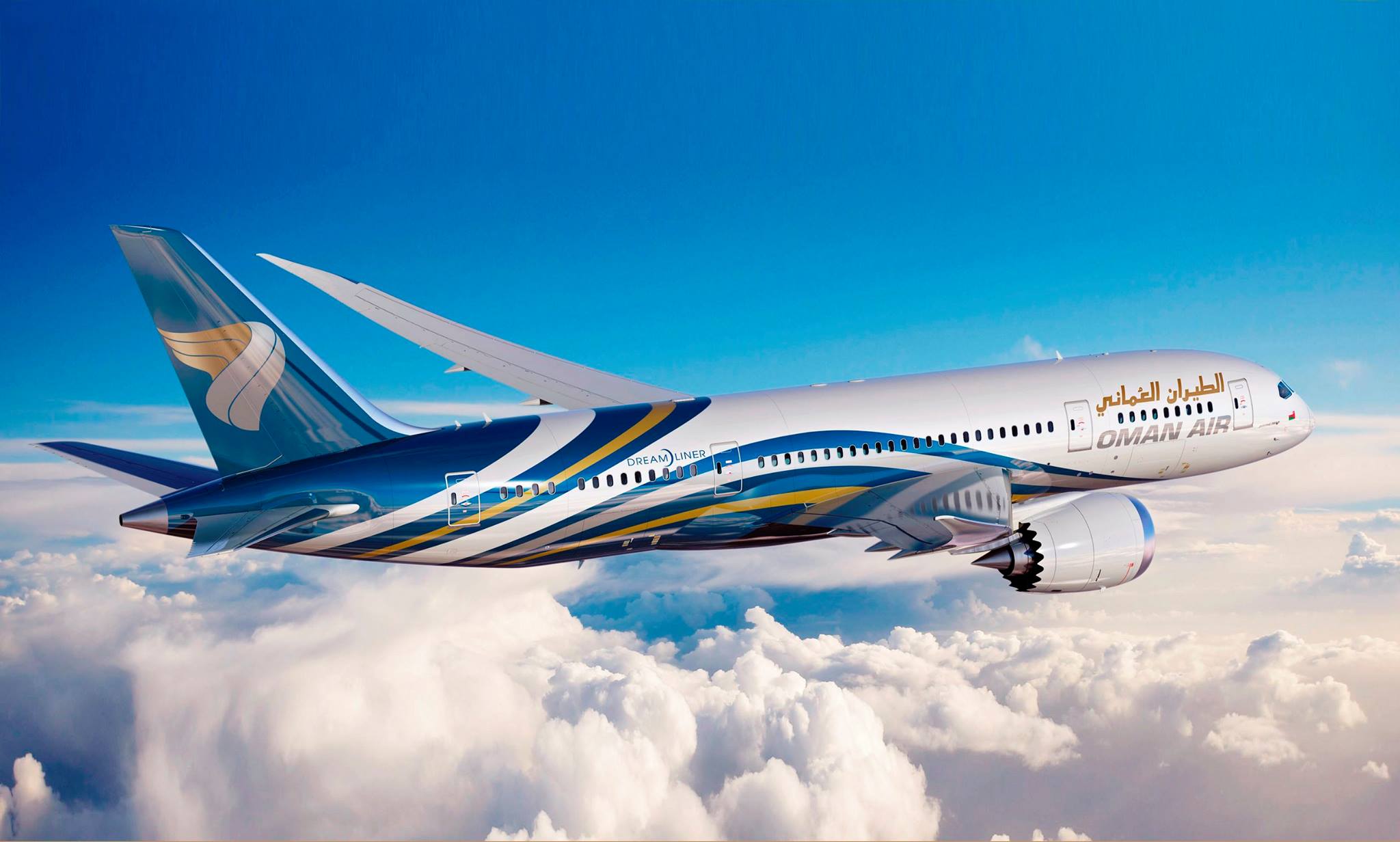
Oman Air

Al Bustan Palace, A Ritz Carlton Hotel
It is tradition to offer coffee when a guest enters an Oman home. So it is at Al Bustan Palace, one of the most elegant resorts in Muscat, where the act of welcome and friendship is performed by the “coffee man,” the cultural host of our Oman resort. His craft spans spice stalls and centuries to immerse guests in new experiences and the local way of life.
Muscat, Oman
In 2012, Lonely Planet named Muscat one of its top ten cities in the world. It ranked alongside a diverse group of stellar destinations including Bagalore, London and Stockholm.
After Oman's oil centred economy began to dry up, the city had to find a new way to attract international travellers. Like many Muslim countries that have gone before it, Muscat chose to focus on tourism by packing extra oomph into its cultural events, museums and resorts. The wealth of the capital has necessitated a world class shopping Mecca, whilst in Qurum, the heights of couture are reached through a cluster of designer boutiques packed against a coast line.
Map
Overview
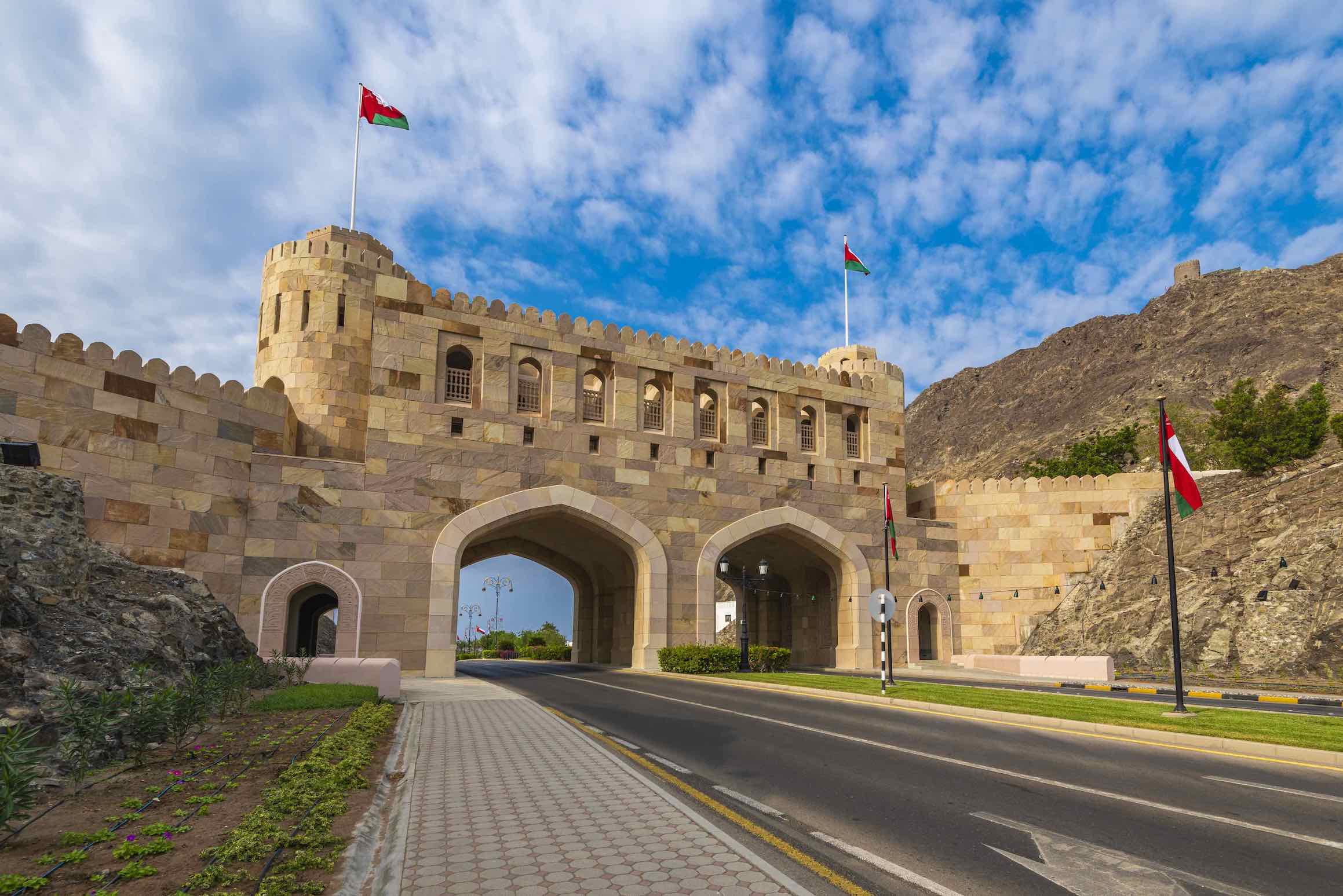
In 2012, Lonely Planet named Muscat one of its top ten cities in the world. It ranked alongside a diverse group of stellar destinations including Bagalore, London and Stockholm.
After Oman's oil centred economy began to dry up, the city had to find a new way to attract international travellers. Like many Muslim countries that have gone before it, Muscat chose to focus on tourism by packing extra oomph into its cultural events, museums and resorts.The wealth of the capital has necessitated a world class shopping Mecca, whilst in Qurum, the heights of couture are reached through a cluster of designer boutiques packed against a coast line. Seaside regions are alive with water sports and dotted with cultural destinations.
As a result of its massive economic goals, holidays in Muscat have been revolutionised to include all the splendour of Islamic architecture and tradition, which is casually flung against coastal biomes and five star resorts. The facet that Muscat excels at is creating a character that is utterly unlike any of the cities surrounding it. High rises, arabesque domes and historic ports make up its squeaky clean skyline, earning it its rank as the Arab Cultural Capital.
Destination: History on Foot
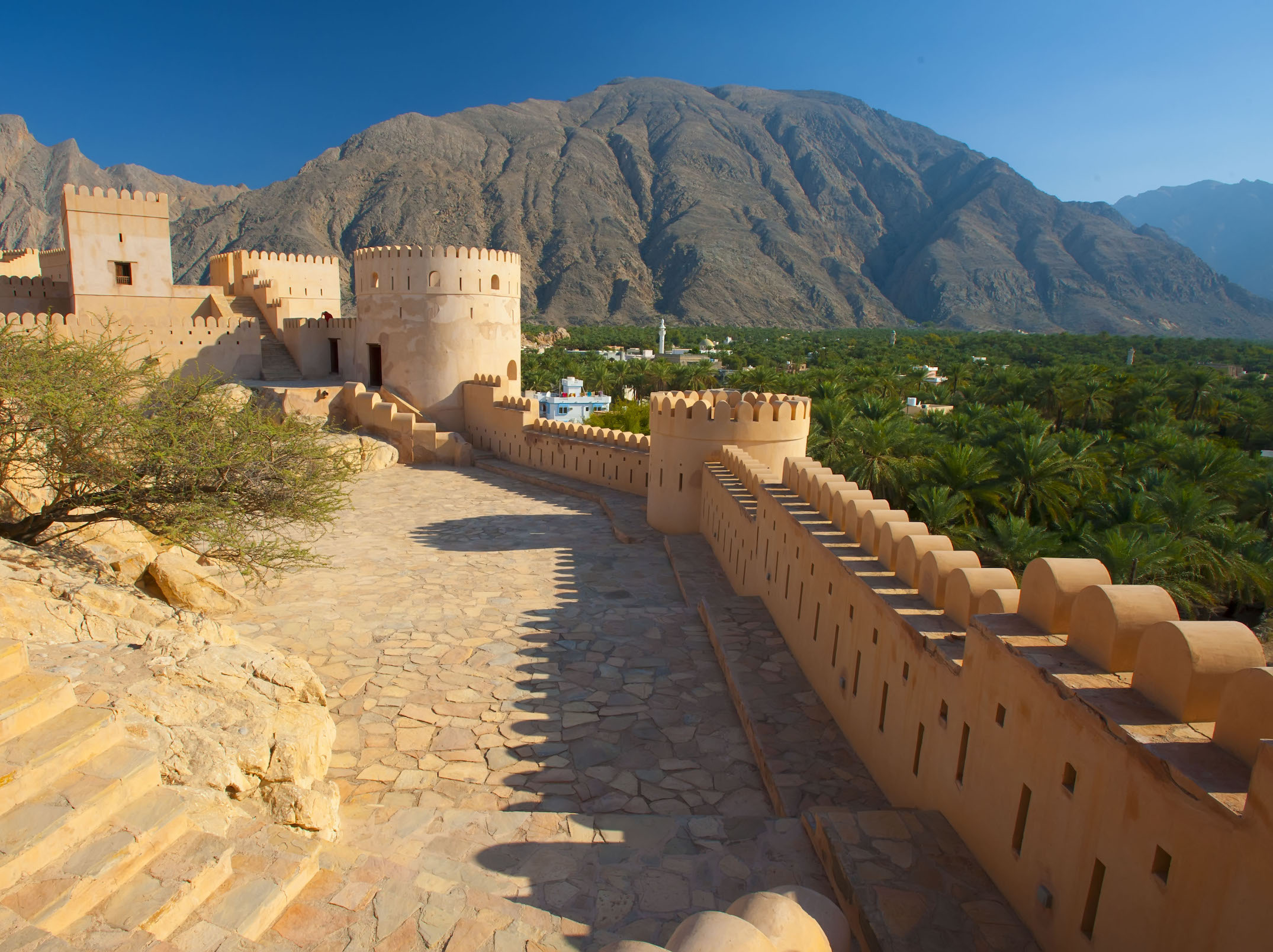
The Heritage Walk knits all of Muscat's most important stories together using a single trail. The rocks tell their own tales, which can be absorbed by exploring the city's outskirts, where towering limestone structures pave the way into the past. Wadi Mayh and Al Khayran are fascinating destinations for amateur geology fans.
The coastal region comes crammed with opportunities to enjoy the coastline from above and below the sea. Snorkelling is a revelatory experience for those who have never dived before. Oman is the perfect spot for seafaring folk seeking an alternative way to confront the ocean: Traditional dhows carry you around the Gulf, where you can dive and fish to your heart's content.
Novices find the best expeditions in the shallower waters surrounding the small Damaniyat islands. Sharks, sea horses and coral gardens are all on display for novices and experts alike. Those who want to venture beneath the sea without getting wet have the option of the Aquarium and Marine Science & Fisheries Centre. The country was founded on its maritime heritage, so its soul can only be experienced through its fishing villages, which are perfectly represented in Yeti and Sifah.
Destination: Adventures by Air, Land and Sea
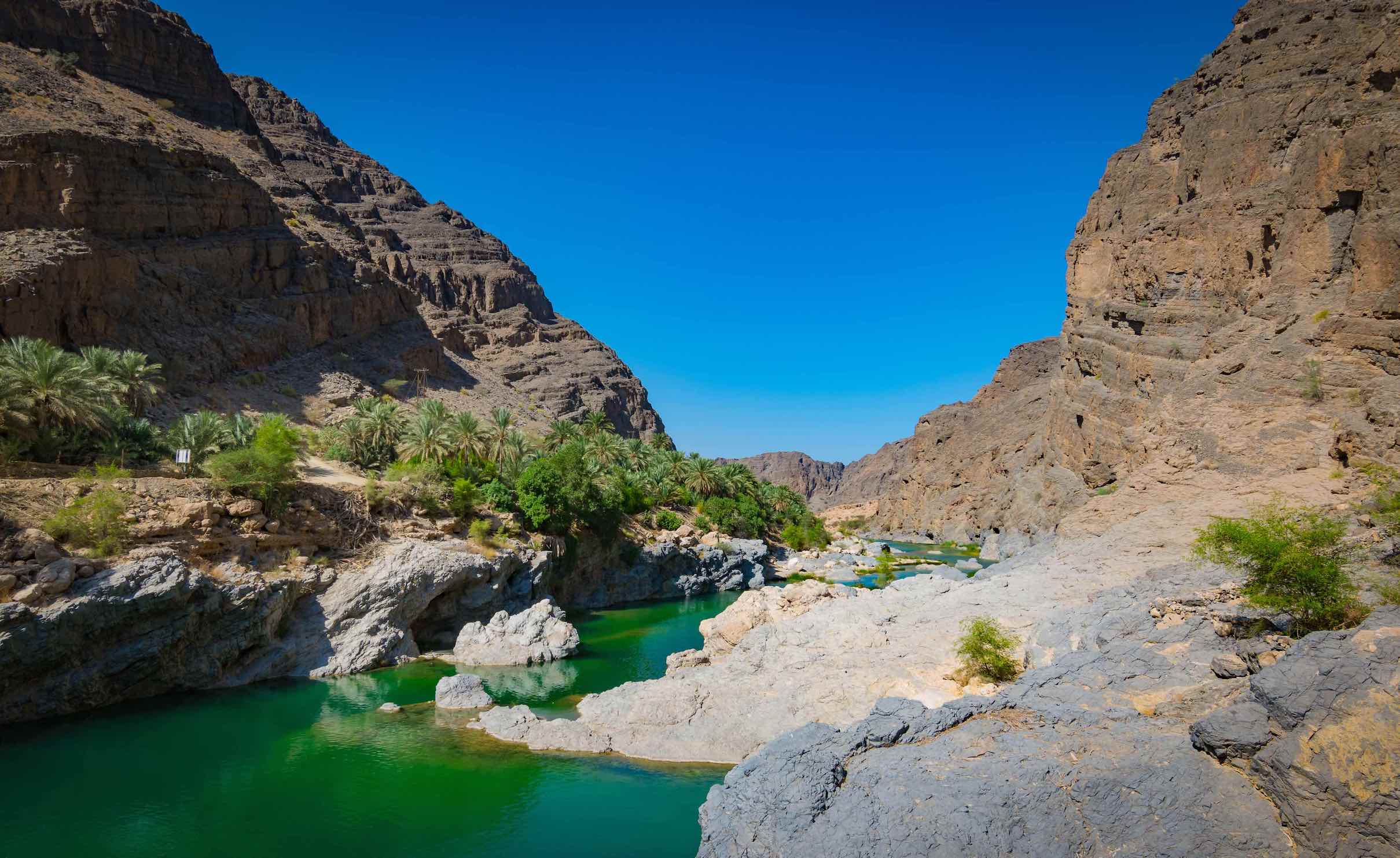
Safari enthusiasts are tempted to view The Wahiba Sands Desert solely in terms of the activities its dunes and endless terrain presents to adventurers who navigate in four wheel drives. A nomadic desert camp is hidden south of Al Wasil, far enough from the borders to allow for a lengthy jeep drive over the dunes. At the camp, visitors experience the original cuisine of the Bedouin.
When the morning sun begins to rise, a full day of camel riding begins, but no 4x4 fans will be entirely satisfied until they've risen above the desert in a hot air balloon. Adventurers will also be attracted to the vast expanse of Wadi Nakhr Canyon, which offers yet another opportunity for off road driving. Hikers prefer the balcony walk, which meanders around cliffs, through villages and across a titanic amphitheatre.
Destination: Arabian Charm

In the capital's centre, Muscat tosses the ancient together with the modern through sprawling coastlines and cleanly designed urban suburbs. The commercial core offers all the first world comforts of a luxurious Muscat Holiday. Rowdy live music bars are set besides traditional Arabian shows. The allure of top notch cocktail bars and clubs are most easily found in hotels in Muscat.
After dark, the sole clubs with dancing permits are the Copacabana and Rock Bottom Café. Muscat hotels are often used as temporary concert arenas housing musical acts from the world's most talented performers. Muttrah is the liveliest spot for weekend entertainment. The Royal Opera House supplies more refined presentations, and has acted as the stage for several legendary classical musicians. Its spectacular architecture vies for much of the audience's attention, and is often viewed as the magical element that brings performances to life.
When to visit Muscat
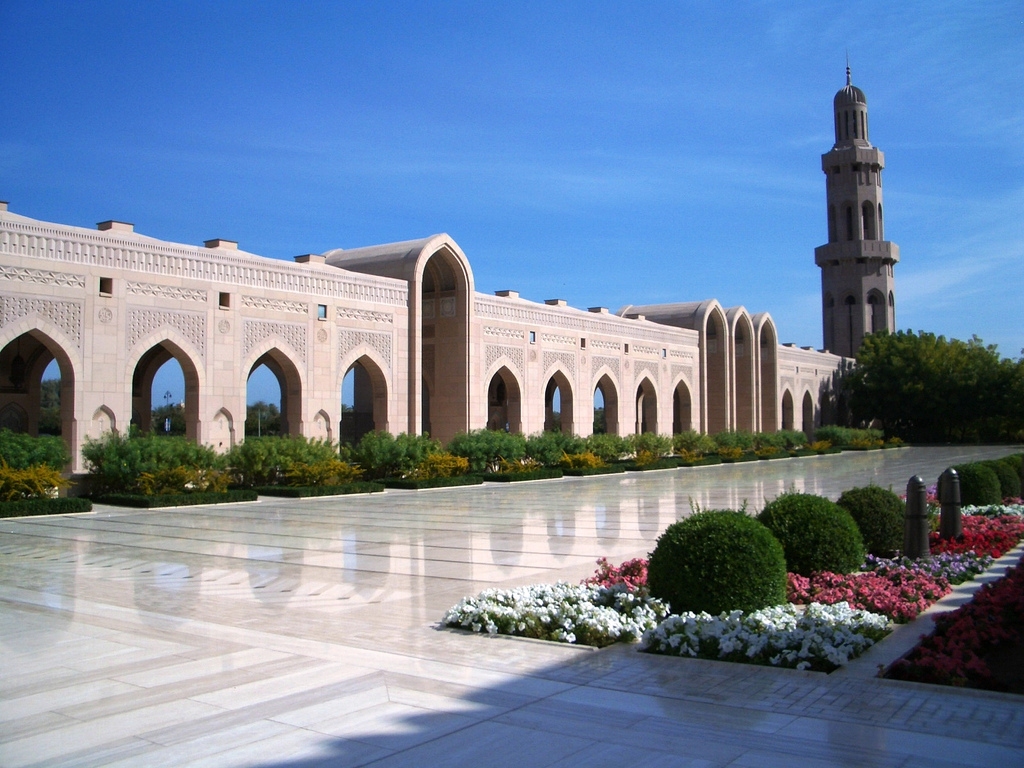
Holidays to Muscat are often accompanied by challenging weather conditions. Temperatures soar to a maximum of 49 degrees Celsius. Between May and July, the sun shines at its hottest, with temperatures that can be exhausting.
For this reason, most visitors choose to take Muscat holidays between December and March when winter temperatures are more moderate. Showers are a rare luxury, and happen during the winter months. Summer mornings typically come with dusty winds or sandstorms. Southwest Monsoons are isolated to Oman's Dhofar region, leaving the rest of the capital in drought. Cyclones spin the city into chaos every few years, bringing tropical storms in from the Arabian Sea.
When to visit: Cooling Down in Spring

When on a spring holiday to Muscat, the noon temperature spikes are only avoidable by taking to the sea or indoors. This is the ideal season to take in some of the most intimidating and spectacular buildings in the capital. Muscat is covered with palaces, Souqs and forts that tell of its historical Portuguese colonialism, religious heritage and royalty.
The Sultan's Palace can be found in Old Muscat, surrounded by a series of forts and temples. The palace complex houses both a mosque and an Anglican Church steeple. The grounds can be explored in solitude, since the area is free of commerce and tourists. Near to the grounds stands a museum with a collection of weaponry and shipping exhibits representative of French colonial life. The National Museum displays treasures of Islamic heritage, whilst families will find that the Children's museum offers a more entertaining way to while away sunny days. Interactive exhibits give children the opportunity to experiment with chemistry and science.
When to visit: Beneath the Sea
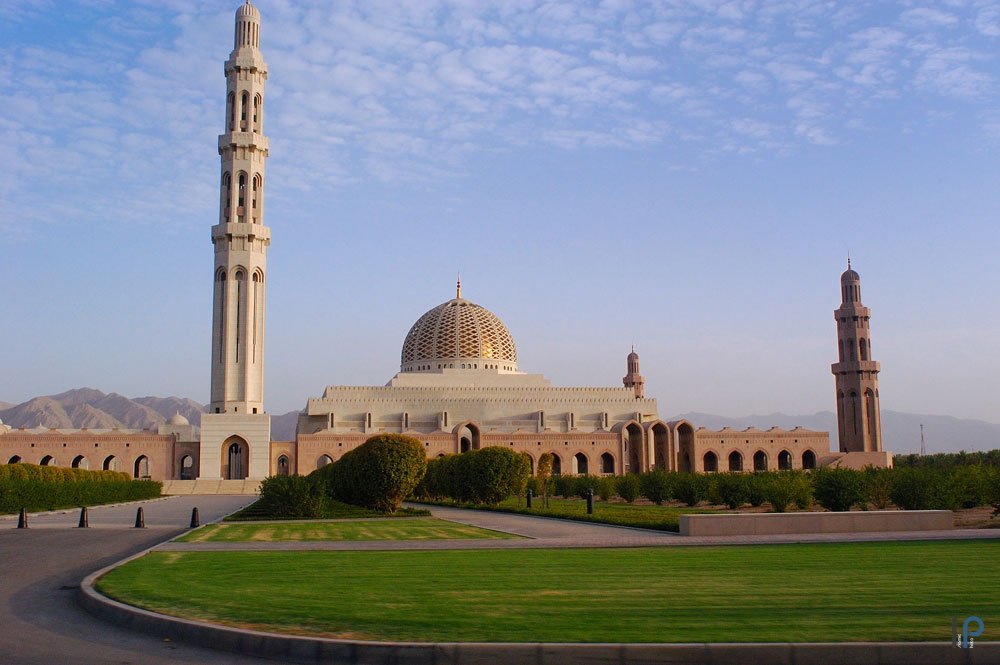
When the summer temperature spikes strike, the only relief to be found comes from the ocean. PADI courses are offered to novices wishing to take on scuba diving at the coastal sites of Bandar, Jussah and Fahal island. Lengthier boat trips allow for dolphin viewing, particularly when approaching the Daminayat Islands.
The waters surrounding this island are crammed with nutrients that attract the diver's holy grail: the whale shark. By travelling farther to sea, divers have more opportunities to observe larger marine species such as reef sharks, rays and turtles. The islands in the region sprawl across 20 km of ocean, offering a natural beauty that has made it a mainstay attraction for those on holiday in Muscat
When to visit: The Haggling Season
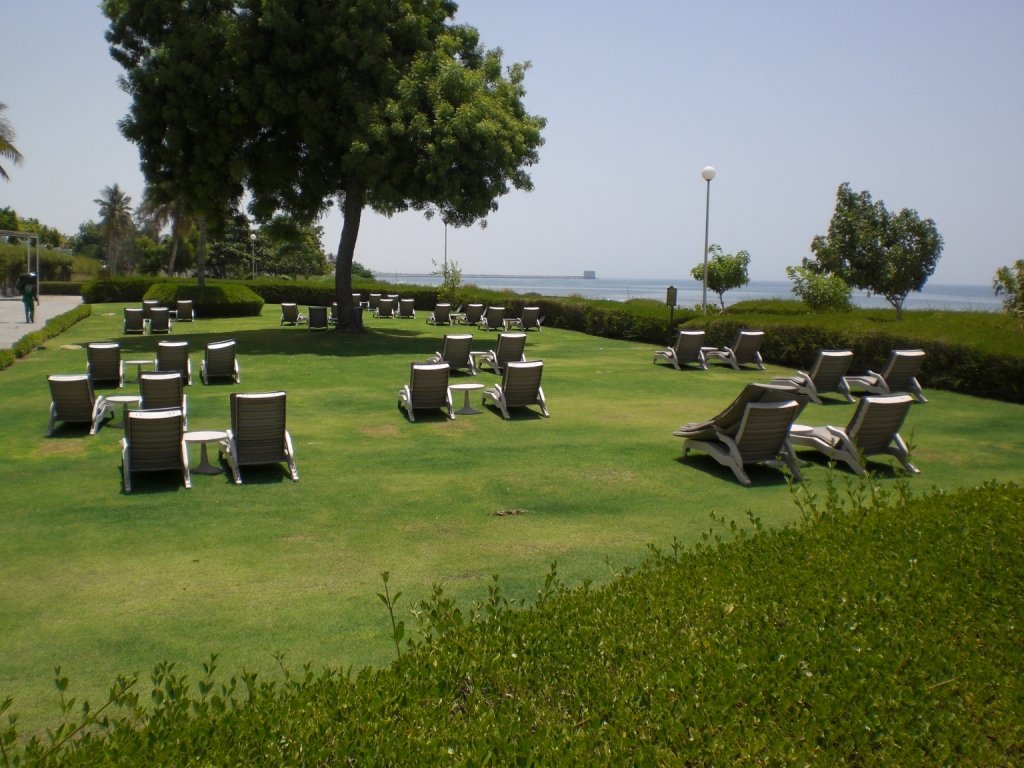
In autumn, Muscat becomes animated with an array of exotic products that unveil a little of the region's heritage. Wares from across the globe are displayed at the International exhibition centre. Those visiting for Muscat's primary trade event can stay at the Muscat hotel nearby. The fair offers the opportunity to sample fashion, cuisine and crafts from Saudi Arabia, but also from cities farther afield such as Singapore and Hong Kong.
The cool evenings and warm days of the lengthy dry season create the ideal environment for a gastronomic extravaganza: From your hotel in Muscat, you can easily reach many of the capital's award winning restaurants. Omani's traditional cuisine is spiced with cardamom, garlic and saffron. Zesty meat and fish dishes are nurtured over low heats for as many as two days. Omani's coffee is a must for connoisseurs. The potent, bitter drink is spiced up with brown sugar, cardamom and halwa.
When to visit: High Season
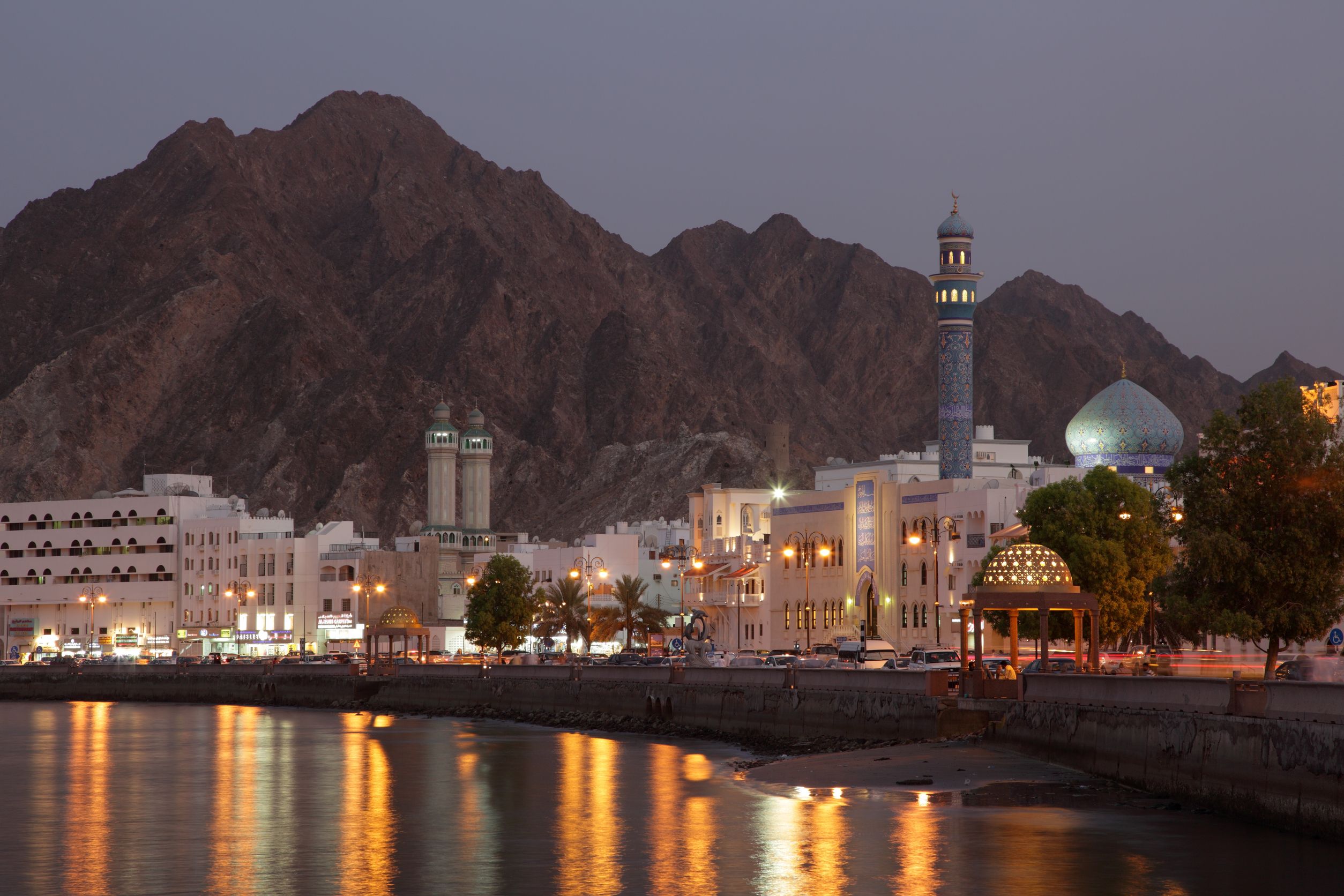
As winter approaches, hordes of tourists begin to make their way to the capital while the weather is temperate. The Batinah coastline boasts several rugged beaches, fishing villages and springs. The area is famous for its bull fighting, which pits prize bulls against one another without any blood shedding. The scarce green turtle is found at The Turtle Reserve on Masirah Island, where breeding happens throughout the year.
Overnight trips give you front row seats to this spectacular event. Females can be seen laying their eggs in the sand, and the truly fortunate will spy hatchlings emerging from their sandy holes, from which they instantly embark on a marine quest by night.
Location
The rocky Western Al Hajar Mountains dominate the landscape of Muscat. The city lies on the Arabian Sea along the Gulf of Oman and is in the proximity of the strategic Straits of Hormuz. Low-lying white buildings typify most of Muscat's urban landscape, while the port-district of Muttrah, with its corniche and harbour, form the north-eastern periphery of the city. Muscat's economy is dominated by trade, petroleum, liquified natural gas and porting.The rocky Western Al Hajar Mountains dominate the landscape of Muscat. The city lies on the Arabian Sea along the Gulf of Oman and is in the proximity of the strategic Straits of Hormuz. Low-lying white buildings typify most of Muscat's urban landscape, while the port-district of Muttrah, with its corniche and harbour, form the north-eastern periphery of the city. Muscat's economy is dominated by trade, petroleum, liquified natural gas and porting.
Muscat is located in northeast Oman. The Tropic of Cancer passes south of the area. It is bordered to its west by the plains of the Al Batinah Region and to its east by Ash Sharqiyah Region. The interior plains of Ad Dakhiliyah Region border Muscat to the south, while the Gulf of Oman forms the northern and western periphery of the city. The water along the coast of Muscat runs deep, forming two natural harbours, in Muttrah and Muscat. The Central Hajar Mountains run through the northern coastline of the city.
Cuisine
Omani cuisine is influenced by Arab, Iranian, Indian, Asian, Eastern Mediterranean, and African cuisine, reflecting Oman's position as a vast trading empire at the intersection of traditional spice trade routes. Dishes are often based on chicken, fish, and lamb, as well as the staple of rice. Most Omani dishes tend to contain a rich mixture of spices, herbs, and marinades.
Climate & Weather
Muscat features a hot, arid climate ( with long and very hot summers and warm "winters". Annual rainfall in Muscat is about 10 cm (4 in), falling mostly from December to April. In general, precipitation is scarce in Muscat, with several months on average seeing only a trace of rainfall. However, in recent years, heavy precipitation events from tropical systems originating in the Arabian Sea have affected the city. Cyclone Gonu in June 2007 and Cyclone Phet in June 2010 affected the city with damaging winds and rainfall amounts exceeding 100 mm (4 in) in just a single day. The climate generally is very hot and also very humid in the summer, with temperatures frequently reaching as high as 40 °C (104 °F) in the summer.
Clothing & Dress
Dressing appropriately is perhaps the single most important thing to remember. Women should wear loose clothing, with arms and shoulders covered. Skirts, if worn, should reach at least beneath the knee, although wearing trousers is probably a better option. It’s also useful to carry a shawl to cover your hair in more conservative areas. Dress codes are less crucial for men, although many Omanis will look rather askance at blokes dressed in tight or thigh-length shorts or singlets – below-the-knee shorts are probably OK, although it’s best to err on the side of caution and wear trousers, even if it means foregoing a tan.
For both men and women, it helps to dress conservatively, especially in rural areas. Ripped jeans, combat fatigues, dodgy T-shirts with inappropriate slogans or images and elaborate piercings are unlikely to play well in a rural village in deepest Sharqiya. Inside foreign-oriented tourist hotels more Western standards prevail, although it’s still polite not to wander around in a bikini away from the pool or beach.
Oman
Oman is the only country in the GCC group of Gulf Arab countries that has not yet been seduced by the skyscrapers that have over taken the rest of the region. The result is a country where tourists on holiday in Oman can enjoy all the mod cons and standards they would expect in the rest of the Arabian Gulf, but with the added benefit of being able to experience real Arabian hospitality, customs, architecture and cuisine.
Map
Culture
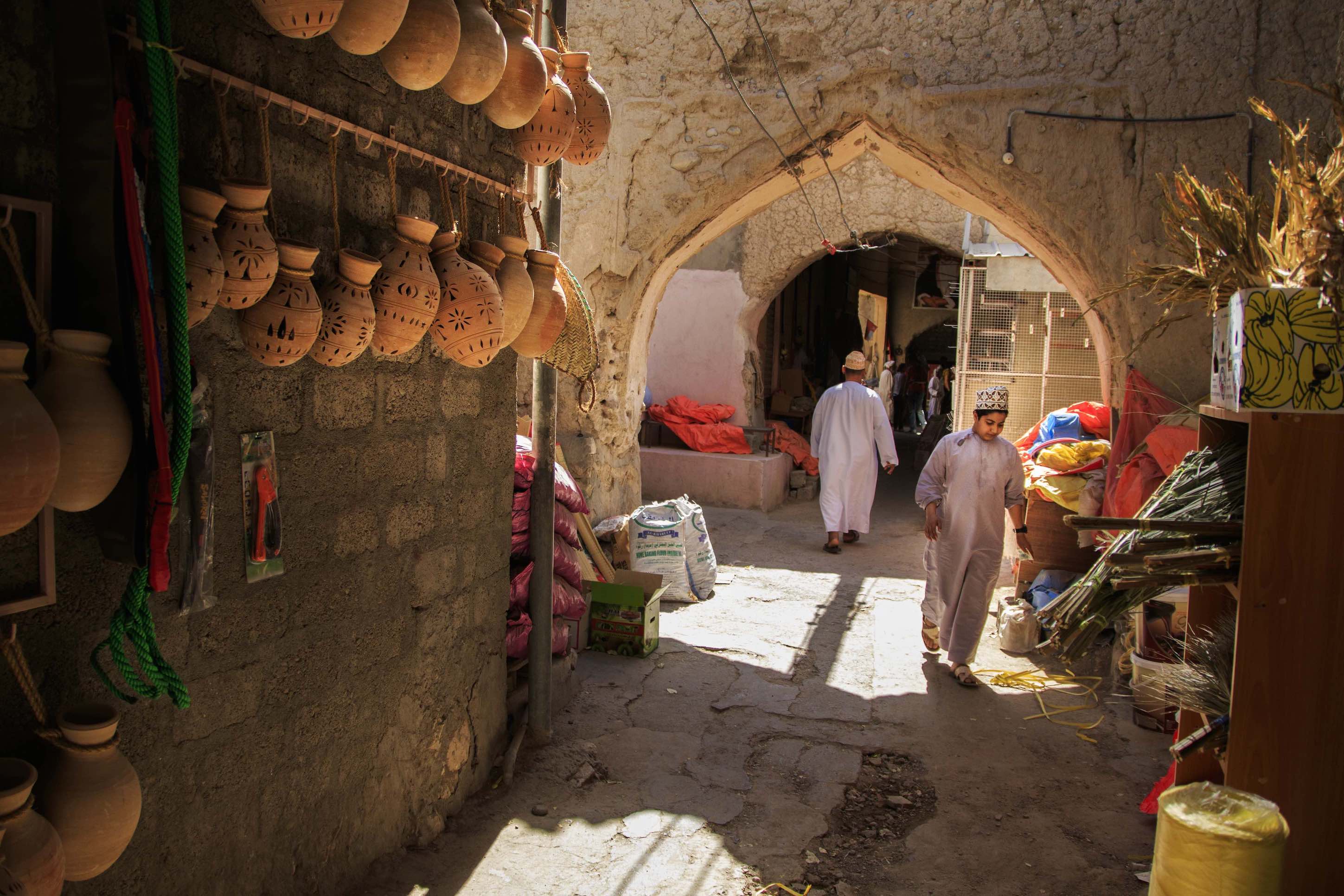
Omani are extremely welcoming people and they will always do their best to make sure their guests are comfortable. Daily life in Oman revolves around two main buildings: the mosque and the local market. But remember that here the division between the sexes is very present. Both markets, called souq, and mosques have different sections for women and men. The Muslim religion is at the core of everyday life and the days are marked by praying times. Make sure to visit some mosques, such as Sultan Qaboos Grand Mosque during your stay. The market is another fundamental social space in Oman. One of the most ancient markets can be found in the city of Sinaw where bedouins bring their own animals, such as camels and goats, to sell. Lastly, if you are planning to rent a car remember that in Oman cars drive on the right side of the road.
Currency
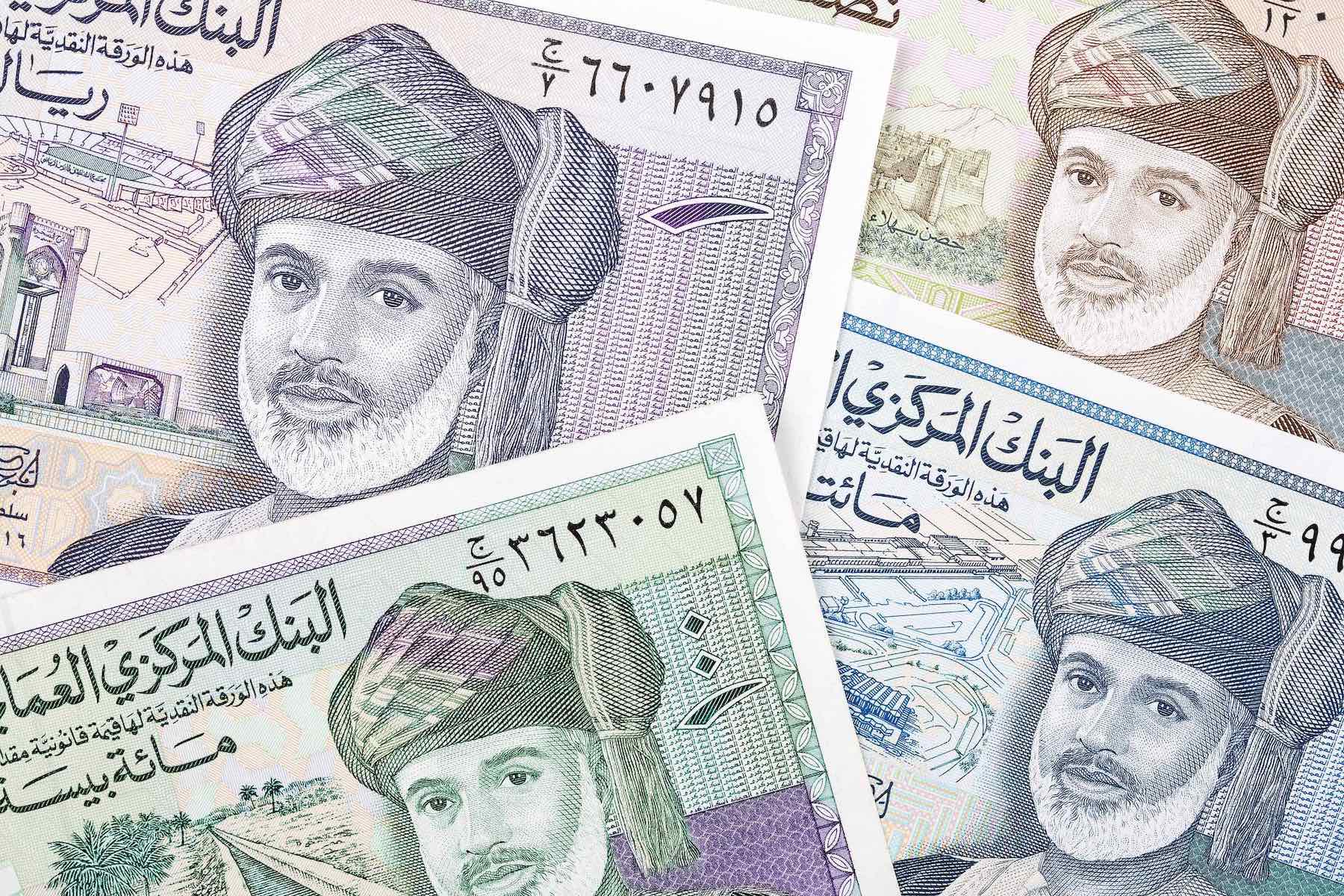
The currency of Oman is the Omani rial. One Omani rial is approximately 1.80 pounds. Oman can be quite expensive so make sure to bring enough money with you. First and foremost you need to take into account that public transport in the country is almost nonexistent. This means that, unless you’re going to stay in a resort, you will either have to rent a car or move around with a taxi, which can be expensive. Moreover, there are no hostels in the country, and prices for hotels range from affordable to expensive. In other words, unless you’re planning to camp outside every night, a trip to Oman is never cheap.
Language
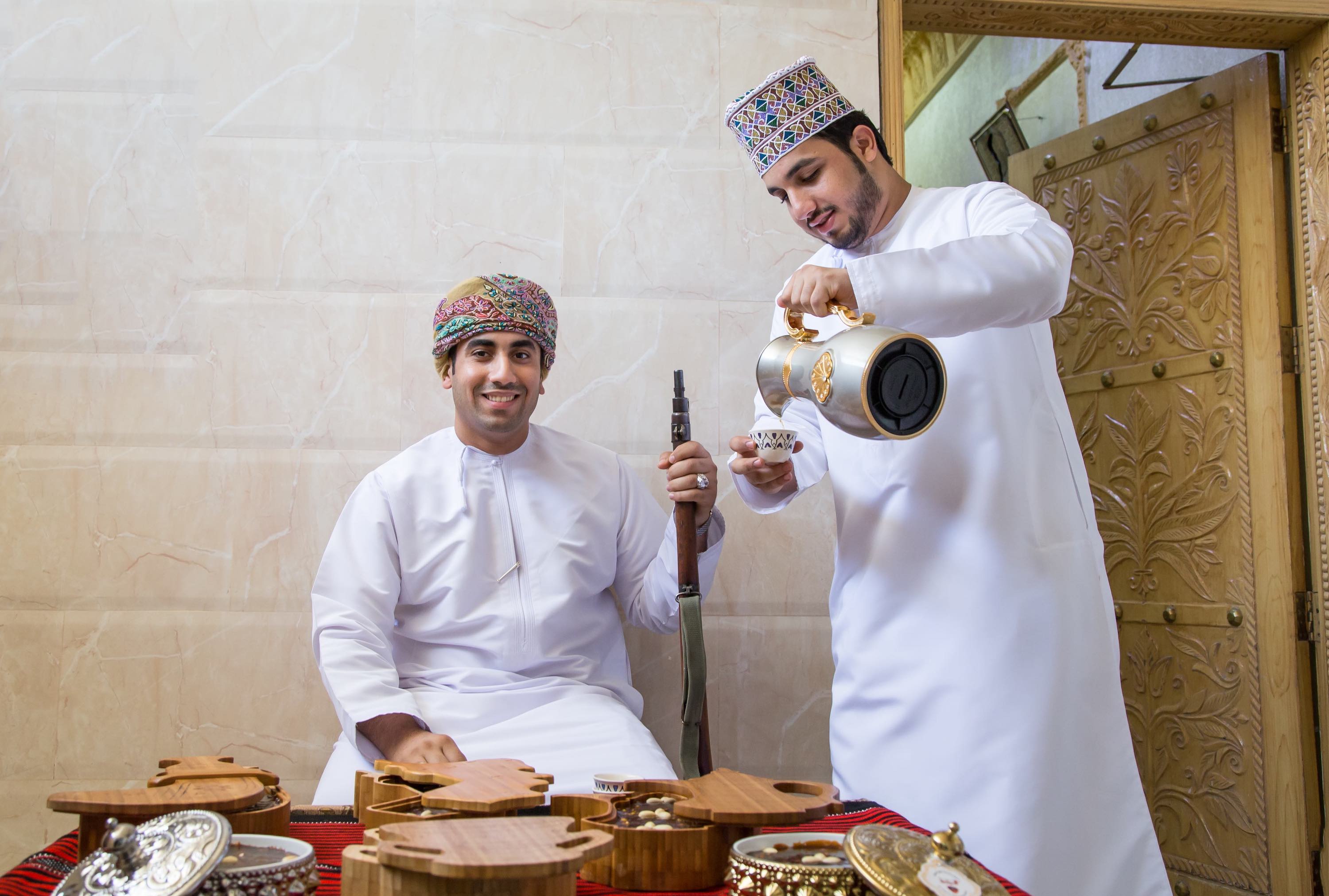
The official language of Oman is Arabic, but English is widely understood and road signs are often in both languages. If you’re staying in Muscat or the second biggest city in the country, Salalah, you shouldn’t worry too much. Even if you are trying to communicate with a person who doesn’t understand you, you will surely find someone nearby who knows English and will be happy to help. Anyway, trying to learn a few basic words or sentences in Arabic, such as ‘thanks’, ‘sorry’, ‘good morning’ and ‘goodbye’ is always a good idea! Other languages spoken in the area are Balochi, a form of Arabic typical of Iran, and Urdu, the primary language used in Pakistan.
Passport & Visa
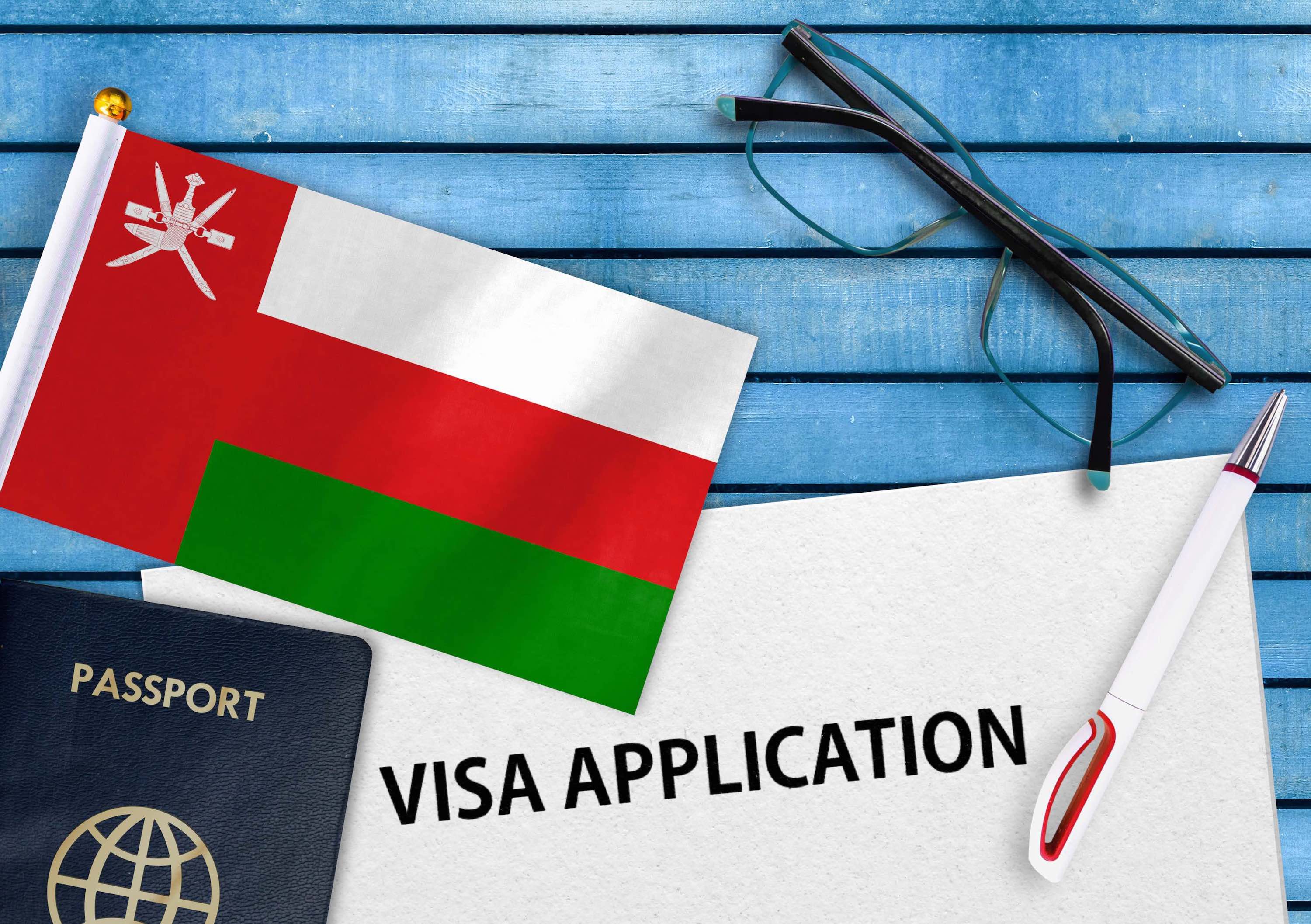
But let’s talk about some practicalities! If you have a UK passport you will be able to travel within Oman for a period of up to 10 days, however, if you wish to stay longer, you will have to apply for an online visa. The process of applying for an eViza is very fast and it will only take 24 hours to receive approval. During the online application, you will be asked questions such as passport details, travel itinerary and your education level. In order to apply, you will need a valid passport with at least six months validity, a recent digital photo and your email address. The eVisa will be valid for six months and it will allow you to stay in the country for 30 days. Unfortunately, it’s no longer possible to issue a visa request on arrival so make sure to get one before your departure.
Location
Situated on the southeastern coast of the Arab peninsula, Oman is a land dominated by the desert. It’s indeed one of the few countries in the world with no rivers. However, there are several watercourses with seasonal flows, called wadis, that form fresh oases in the middle of the desert where you will be able to swim. The capital, Muscat, is situated in the northeast of the country where the mountain chain of Al Hajar, with peaks of over 3000 meters, blends with the Arabian sea. Apart from a few big cities, Oman is characterised by its ancient small villages, the most picturesque are: Misfat Al Abriyeen, Kumzar Village and Balad Sayt. The country is also home to more than 500 ancient fortresses and the most known can be found in Nizwa, Jibreen, Nakhal and Khasab.
Cuisine
Omani cuisine is heavily based on meat and fish. Here you will be able to try some local specialities such as camel biryani, camel meat cooked with rice and vegetables. If trying camel meat is a bit too much for you, you can still order Majboos, a similar version with chicken, usually served with yoghurt or green salad on the side. If you prefer fish, you can’t miss Mashuai, grilled kingfish served with a savoury lemon sauce. In terms of sweets, you can try the typical Halva, a dessert made of sugar, honey, rose water and eggs. Of course, throughout the day you will also be offered the local coffee, Kahwa, served with cardamom and dates on the side.
Climate & Weather
Oman is a very warm country, with the average temperature during the winter being higher than the average temperature on a typical UK summer. Summers can be quite hot, with temperatures reaching the 50-degree celsius, so try to avoid travelling to Oman from June to September. The best period to visit the country is between November to March when temperatures are around 27 °C to 19 °C during the day. But beware, in November the risk of cyclones on the coast of the Arabian Sea can be high!
Clothing & Dress
The typical clothes worn by Omani are quite conservative. Men tend to wear a colourful hat called Kuma and a simple white tunic called dishdasha. Women typically wear a colourful dress with matching trousers, called sirwal. Bear in mind that Oman is an Arab country and that pieces of clothes that show too much skin may not be appropriate. On average, activewear is always a good choice. If you’re visiting Oman during the winter, bring light clothes for the day and a jacket for the night. If you’re visiting during the summer make sure to bring with you loose-fitting clothes made with natural material and something to protect yourself from the strong sun.
-
Schedule
- Transfer
- Flight Information
- Hotel
-
Destination
-
Countries
-
Map
Day 11
-
Overnight stay atAl Bustan Palace, A Ritz Carlton HotelPO Box 1998, Muscat 114 Oman, Muscat, OmanRead more...Accommodation at Al Bustan Palace, A Ritz Carlton Hotel in Deluxe Room (PoolView), 2 pax - Half Board Read less...
-
Nizwa FortNizwa,
-
Nizwa SouqWGJJ+WQ7, Nizwa, Oman
-
Al Hamra villageOld Al Hamra village47CM+36V, Al Hamra, Oman
-
Wadi ghul55FX+J66, Jabal Shams, Oman
-
Jebel ShamsJebel Shams, Jabal Shams, Oman
Al Bustan Palace, A Ritz Carlton Hotel
It is tradition to offer coffee when a guest enters an Oman home. So it is at Al Bustan Palace, one of the most elegant resorts in Muscat, where the act of welcome and friendship is performed by the “coffee man,” the cultural host of our Oman resort. His craft spans spice stalls and centuries to immerse guests in new experiences and the local way of life.
Nizwa Fort
Schedule |
Opening |
Closing |
|---|---|---|
| Sunday | 08:00 AM | 08:00 PM |
| Monday | 08:00 AM | 08:00 PM |
| Tuesday | 08:00 AM | 08:00 PM |
| Wednesday | 08:00 AM | 08:00 PM |
| Thursday | 08:00 AM | 08:00 PM |
| Friday | 08:00 AM | 08:00 PM |
| Saturday | 08:00 AM 01:30 PM |
11:30 AM 08:00 PM |
Nizwa Souq
Schedule |
Opening |
Closing |
|---|---|---|
| Sunday | 05:00 AM 04:00 PM |
01:00 PM 10:00 PM |
| Monday | 05:00 AM 04:00 PM |
01:00 PM 10:00 PM |
| Tuesday | 05:00 AM 04:00 PM |
01:00 PM 10:00 PM |
| Wednesday | 05:00 AM 04:00 PM |
01:00 PM 10:00 PM |
| Thursday | 05:00 AM 04:00 PM |
01:00 PM 10:00 PM |
| Friday | 05:00 AM 04:00 PM |
01:00 PM 10:00 PM |
| Saturday | 05:00 AM 04:00 PM |
11:30 AM 10:00 PM |
Al Hamra village
Schedule |
Opening |
Closing |
|---|---|---|
| Sunday | Open 24 hours | |
| Monday | Open 24 hours | |
| Tuesday | Open 24 hours | |
| Wednesday | Open 24 hours | |
| Thursday | Open 24 hours | |
| Friday | Open 24 hours | |
| Saturday | Open 24 hours |
Wadi ghul
Schedule |
Opening |
Closing |
|---|---|---|
| Sunday | Open 24 hours | |
| Monday | Open 24 hours | |
| Tuesday | Open 24 hours | |
| Wednesday | Open 24 hours | |
| Thursday | Open 24 hours | |
| Friday | Open 24 hours | |
| Saturday | Open 24 hours |
Jebel Shams
Muscat, Oman
In 2012, Lonely Planet named Muscat one of its top ten cities in the world. It ranked alongside a diverse group of stellar destinations including Bagalore, London and Stockholm.
After Oman's oil centred economy began to dry up, the city had to find a new way to attract international travellers. Like many Muslim countries that have gone before it, Muscat chose to focus on tourism by packing extra oomph into its cultural events, museums and resorts. The wealth of the capital has necessitated a world class shopping Mecca, whilst in Qurum, the heights of couture are reached through a cluster of designer boutiques packed against a coast line.
Map
Overview

In 2012, Lonely Planet named Muscat one of its top ten cities in the world. It ranked alongside a diverse group of stellar destinations including Bagalore, London and Stockholm.
After Oman's oil centred economy began to dry up, the city had to find a new way to attract international travellers. Like many Muslim countries that have gone before it, Muscat chose to focus on tourism by packing extra oomph into its cultural events, museums and resorts.The wealth of the capital has necessitated a world class shopping Mecca, whilst in Qurum, the heights of couture are reached through a cluster of designer boutiques packed against a coast line. Seaside regions are alive with water sports and dotted with cultural destinations.
As a result of its massive economic goals, holidays in Muscat have been revolutionised to include all the splendour of Islamic architecture and tradition, which is casually flung against coastal biomes and five star resorts. The facet that Muscat excels at is creating a character that is utterly unlike any of the cities surrounding it. High rises, arabesque domes and historic ports make up its squeaky clean skyline, earning it its rank as the Arab Cultural Capital.
Destination: History on Foot

The Heritage Walk knits all of Muscat's most important stories together using a single trail. The rocks tell their own tales, which can be absorbed by exploring the city's outskirts, where towering limestone structures pave the way into the past. Wadi Mayh and Al Khayran are fascinating destinations for amateur geology fans.
The coastal region comes crammed with opportunities to enjoy the coastline from above and below the sea. Snorkelling is a revelatory experience for those who have never dived before. Oman is the perfect spot for seafaring folk seeking an alternative way to confront the ocean: Traditional dhows carry you around the Gulf, where you can dive and fish to your heart's content.
Novices find the best expeditions in the shallower waters surrounding the small Damaniyat islands. Sharks, sea horses and coral gardens are all on display for novices and experts alike. Those who want to venture beneath the sea without getting wet have the option of the Aquarium and Marine Science & Fisheries Centre. The country was founded on its maritime heritage, so its soul can only be experienced through its fishing villages, which are perfectly represented in Yeti and Sifah.
Destination: Adventures by Air, Land and Sea

Safari enthusiasts are tempted to view The Wahiba Sands Desert solely in terms of the activities its dunes and endless terrain presents to adventurers who navigate in four wheel drives. A nomadic desert camp is hidden south of Al Wasil, far enough from the borders to allow for a lengthy jeep drive over the dunes. At the camp, visitors experience the original cuisine of the Bedouin.
When the morning sun begins to rise, a full day of camel riding begins, but no 4x4 fans will be entirely satisfied until they've risen above the desert in a hot air balloon. Adventurers will also be attracted to the vast expanse of Wadi Nakhr Canyon, which offers yet another opportunity for off road driving. Hikers prefer the balcony walk, which meanders around cliffs, through villages and across a titanic amphitheatre.
Destination: Arabian Charm

In the capital's centre, Muscat tosses the ancient together with the modern through sprawling coastlines and cleanly designed urban suburbs. The commercial core offers all the first world comforts of a luxurious Muscat Holiday. Rowdy live music bars are set besides traditional Arabian shows. The allure of top notch cocktail bars and clubs are most easily found in hotels in Muscat.
After dark, the sole clubs with dancing permits are the Copacabana and Rock Bottom Café. Muscat hotels are often used as temporary concert arenas housing musical acts from the world's most talented performers. Muttrah is the liveliest spot for weekend entertainment. The Royal Opera House supplies more refined presentations, and has acted as the stage for several legendary classical musicians. Its spectacular architecture vies for much of the audience's attention, and is often viewed as the magical element that brings performances to life.
When to visit Muscat

Holidays to Muscat are often accompanied by challenging weather conditions. Temperatures soar to a maximum of 49 degrees Celsius. Between May and July, the sun shines at its hottest, with temperatures that can be exhausting.
For this reason, most visitors choose to take Muscat holidays between December and March when winter temperatures are more moderate. Showers are a rare luxury, and happen during the winter months. Summer mornings typically come with dusty winds or sandstorms. Southwest Monsoons are isolated to Oman's Dhofar region, leaving the rest of the capital in drought. Cyclones spin the city into chaos every few years, bringing tropical storms in from the Arabian Sea.
When to visit: Cooling Down in Spring

When on a spring holiday to Muscat, the noon temperature spikes are only avoidable by taking to the sea or indoors. This is the ideal season to take in some of the most intimidating and spectacular buildings in the capital. Muscat is covered with palaces, Souqs and forts that tell of its historical Portuguese colonialism, religious heritage and royalty.
The Sultan's Palace can be found in Old Muscat, surrounded by a series of forts and temples. The palace complex houses both a mosque and an Anglican Church steeple. The grounds can be explored in solitude, since the area is free of commerce and tourists. Near to the grounds stands a museum with a collection of weaponry and shipping exhibits representative of French colonial life. The National Museum displays treasures of Islamic heritage, whilst families will find that the Children's museum offers a more entertaining way to while away sunny days. Interactive exhibits give children the opportunity to experiment with chemistry and science.
When to visit: Beneath the Sea

When the summer temperature spikes strike, the only relief to be found comes from the ocean. PADI courses are offered to novices wishing to take on scuba diving at the coastal sites of Bandar, Jussah and Fahal island. Lengthier boat trips allow for dolphin viewing, particularly when approaching the Daminayat Islands.
The waters surrounding this island are crammed with nutrients that attract the diver's holy grail: the whale shark. By travelling farther to sea, divers have more opportunities to observe larger marine species such as reef sharks, rays and turtles. The islands in the region sprawl across 20 km of ocean, offering a natural beauty that has made it a mainstay attraction for those on holiday in Muscat
When to visit: The Haggling Season

In autumn, Muscat becomes animated with an array of exotic products that unveil a little of the region's heritage. Wares from across the globe are displayed at the International exhibition centre. Those visiting for Muscat's primary trade event can stay at the Muscat hotel nearby. The fair offers the opportunity to sample fashion, cuisine and crafts from Saudi Arabia, but also from cities farther afield such as Singapore and Hong Kong.
The cool evenings and warm days of the lengthy dry season create the ideal environment for a gastronomic extravaganza: From your hotel in Muscat, you can easily reach many of the capital's award winning restaurants. Omani's traditional cuisine is spiced with cardamom, garlic and saffron. Zesty meat and fish dishes are nurtured over low heats for as many as two days. Omani's coffee is a must for connoisseurs. The potent, bitter drink is spiced up with brown sugar, cardamom and halwa.
When to visit: High Season

As winter approaches, hordes of tourists begin to make their way to the capital while the weather is temperate. The Batinah coastline boasts several rugged beaches, fishing villages and springs. The area is famous for its bull fighting, which pits prize bulls against one another without any blood shedding. The scarce green turtle is found at The Turtle Reserve on Masirah Island, where breeding happens throughout the year.
Overnight trips give you front row seats to this spectacular event. Females can be seen laying their eggs in the sand, and the truly fortunate will spy hatchlings emerging from their sandy holes, from which they instantly embark on a marine quest by night.
Location
The rocky Western Al Hajar Mountains dominate the landscape of Muscat. The city lies on the Arabian Sea along the Gulf of Oman and is in the proximity of the strategic Straits of Hormuz. Low-lying white buildings typify most of Muscat's urban landscape, while the port-district of Muttrah, with its corniche and harbour, form the north-eastern periphery of the city. Muscat's economy is dominated by trade, petroleum, liquified natural gas and porting.The rocky Western Al Hajar Mountains dominate the landscape of Muscat. The city lies on the Arabian Sea along the Gulf of Oman and is in the proximity of the strategic Straits of Hormuz. Low-lying white buildings typify most of Muscat's urban landscape, while the port-district of Muttrah, with its corniche and harbour, form the north-eastern periphery of the city. Muscat's economy is dominated by trade, petroleum, liquified natural gas and porting.
Muscat is located in northeast Oman. The Tropic of Cancer passes south of the area. It is bordered to its west by the plains of the Al Batinah Region and to its east by Ash Sharqiyah Region. The interior plains of Ad Dakhiliyah Region border Muscat to the south, while the Gulf of Oman forms the northern and western periphery of the city. The water along the coast of Muscat runs deep, forming two natural harbours, in Muttrah and Muscat. The Central Hajar Mountains run through the northern coastline of the city.
Cuisine
Omani cuisine is influenced by Arab, Iranian, Indian, Asian, Eastern Mediterranean, and African cuisine, reflecting Oman's position as a vast trading empire at the intersection of traditional spice trade routes. Dishes are often based on chicken, fish, and lamb, as well as the staple of rice. Most Omani dishes tend to contain a rich mixture of spices, herbs, and marinades.
Climate & Weather
Muscat features a hot, arid climate ( with long and very hot summers and warm "winters". Annual rainfall in Muscat is about 10 cm (4 in), falling mostly from December to April. In general, precipitation is scarce in Muscat, with several months on average seeing only a trace of rainfall. However, in recent years, heavy precipitation events from tropical systems originating in the Arabian Sea have affected the city. Cyclone Gonu in June 2007 and Cyclone Phet in June 2010 affected the city with damaging winds and rainfall amounts exceeding 100 mm (4 in) in just a single day. The climate generally is very hot and also very humid in the summer, with temperatures frequently reaching as high as 40 °C (104 °F) in the summer.
Clothing & Dress
Dressing appropriately is perhaps the single most important thing to remember. Women should wear loose clothing, with arms and shoulders covered. Skirts, if worn, should reach at least beneath the knee, although wearing trousers is probably a better option. It’s also useful to carry a shawl to cover your hair in more conservative areas. Dress codes are less crucial for men, although many Omanis will look rather askance at blokes dressed in tight or thigh-length shorts or singlets – below-the-knee shorts are probably OK, although it’s best to err on the side of caution and wear trousers, even if it means foregoing a tan.
For both men and women, it helps to dress conservatively, especially in rural areas. Ripped jeans, combat fatigues, dodgy T-shirts with inappropriate slogans or images and elaborate piercings are unlikely to play well in a rural village in deepest Sharqiya. Inside foreign-oriented tourist hotels more Western standards prevail, although it’s still polite not to wander around in a bikini away from the pool or beach.
Oman
Oman is the only country in the GCC group of Gulf Arab countries that has not yet been seduced by the skyscrapers that have over taken the rest of the region. The result is a country where tourists on holiday in Oman can enjoy all the mod cons and standards they would expect in the rest of the Arabian Gulf, but with the added benefit of being able to experience real Arabian hospitality, customs, architecture and cuisine.
Map
Culture

Omani are extremely welcoming people and they will always do their best to make sure their guests are comfortable. Daily life in Oman revolves around two main buildings: the mosque and the local market. But remember that here the division between the sexes is very present. Both markets, called souq, and mosques have different sections for women and men. The Muslim religion is at the core of everyday life and the days are marked by praying times. Make sure to visit some mosques, such as Sultan Qaboos Grand Mosque during your stay. The market is another fundamental social space in Oman. One of the most ancient markets can be found in the city of Sinaw where bedouins bring their own animals, such as camels and goats, to sell. Lastly, if you are planning to rent a car remember that in Oman cars drive on the right side of the road.
Currency

The currency of Oman is the Omani rial. One Omani rial is approximately 1.80 pounds. Oman can be quite expensive so make sure to bring enough money with you. First and foremost you need to take into account that public transport in the country is almost nonexistent. This means that, unless you’re going to stay in a resort, you will either have to rent a car or move around with a taxi, which can be expensive. Moreover, there are no hostels in the country, and prices for hotels range from affordable to expensive. In other words, unless you’re planning to camp outside every night, a trip to Oman is never cheap.
Language

The official language of Oman is Arabic, but English is widely understood and road signs are often in both languages. If you’re staying in Muscat or the second biggest city in the country, Salalah, you shouldn’t worry too much. Even if you are trying to communicate with a person who doesn’t understand you, you will surely find someone nearby who knows English and will be happy to help. Anyway, trying to learn a few basic words or sentences in Arabic, such as ‘thanks’, ‘sorry’, ‘good morning’ and ‘goodbye’ is always a good idea! Other languages spoken in the area are Balochi, a form of Arabic typical of Iran, and Urdu, the primary language used in Pakistan.
Passport & Visa

But let’s talk about some practicalities! If you have a UK passport you will be able to travel within Oman for a period of up to 10 days, however, if you wish to stay longer, you will have to apply for an online visa. The process of applying for an eViza is very fast and it will only take 24 hours to receive approval. During the online application, you will be asked questions such as passport details, travel itinerary and your education level. In order to apply, you will need a valid passport with at least six months validity, a recent digital photo and your email address. The eVisa will be valid for six months and it will allow you to stay in the country for 30 days. Unfortunately, it’s no longer possible to issue a visa request on arrival so make sure to get one before your departure.
Location
Situated on the southeastern coast of the Arab peninsula, Oman is a land dominated by the desert. It’s indeed one of the few countries in the world with no rivers. However, there are several watercourses with seasonal flows, called wadis, that form fresh oases in the middle of the desert where you will be able to swim. The capital, Muscat, is situated in the northeast of the country where the mountain chain of Al Hajar, with peaks of over 3000 meters, blends with the Arabian sea. Apart from a few big cities, Oman is characterised by its ancient small villages, the most picturesque are: Misfat Al Abriyeen, Kumzar Village and Balad Sayt. The country is also home to more than 500 ancient fortresses and the most known can be found in Nizwa, Jibreen, Nakhal and Khasab.
Cuisine
Omani cuisine is heavily based on meat and fish. Here you will be able to try some local specialities such as camel biryani, camel meat cooked with rice and vegetables. If trying camel meat is a bit too much for you, you can still order Majboos, a similar version with chicken, usually served with yoghurt or green salad on the side. If you prefer fish, you can’t miss Mashuai, grilled kingfish served with a savoury lemon sauce. In terms of sweets, you can try the typical Halva, a dessert made of sugar, honey, rose water and eggs. Of course, throughout the day you will also be offered the local coffee, Kahwa, served with cardamom and dates on the side.
Climate & Weather
Oman is a very warm country, with the average temperature during the winter being higher than the average temperature on a typical UK summer. Summers can be quite hot, with temperatures reaching the 50-degree celsius, so try to avoid travelling to Oman from June to September. The best period to visit the country is between November to March when temperatures are around 27 °C to 19 °C during the day. But beware, in November the risk of cyclones on the coast of the Arabian Sea can be high!
Clothing & Dress
The typical clothes worn by Omani are quite conservative. Men tend to wear a colourful hat called Kuma and a simple white tunic called dishdasha. Women typically wear a colourful dress with matching trousers, called sirwal. Bear in mind that Oman is an Arab country and that pieces of clothes that show too much skin may not be appropriate. On average, activewear is always a good choice. If you’re visiting Oman during the winter, bring light clothes for the day and a jacket for the night. If you’re visiting during the summer make sure to bring with you loose-fitting clothes made with natural material and something to protect yourself from the strong sun.
-
Schedule
- Hotel
- Attraction
-
Destination
-
Countries
-
Map
Day 12
-
Accommodation at Al Bustan Palace, A Ritz Carlton Hotel in Deluxe Room (PoolView), 2 pax - Half Board Read less...
Al Bustan Palace, A Ritz Carlton Hotel
It is tradition to offer coffee when a guest enters an Oman home. So it is at Al Bustan Palace, one of the most elegant resorts in Muscat, where the act of welcome and friendship is performed by the “coffee man,” the cultural host of our Oman resort. His craft spans spice stalls and centuries to immerse guests in new experiences and the local way of life.
Muscat, Oman
In 2012, Lonely Planet named Muscat one of its top ten cities in the world. It ranked alongside a diverse group of stellar destinations including Bagalore, London and Stockholm.
After Oman's oil centred economy began to dry up, the city had to find a new way to attract international travellers. Like many Muslim countries that have gone before it, Muscat chose to focus on tourism by packing extra oomph into its cultural events, museums and resorts. The wealth of the capital has necessitated a world class shopping Mecca, whilst in Qurum, the heights of couture are reached through a cluster of designer boutiques packed against a coast line.
Map
Overview

In 2012, Lonely Planet named Muscat one of its top ten cities in the world. It ranked alongside a diverse group of stellar destinations including Bagalore, London and Stockholm.
After Oman's oil centred economy began to dry up, the city had to find a new way to attract international travellers. Like many Muslim countries that have gone before it, Muscat chose to focus on tourism by packing extra oomph into its cultural events, museums and resorts.The wealth of the capital has necessitated a world class shopping Mecca, whilst in Qurum, the heights of couture are reached through a cluster of designer boutiques packed against a coast line. Seaside regions are alive with water sports and dotted with cultural destinations.
As a result of its massive economic goals, holidays in Muscat have been revolutionised to include all the splendour of Islamic architecture and tradition, which is casually flung against coastal biomes and five star resorts. The facet that Muscat excels at is creating a character that is utterly unlike any of the cities surrounding it. High rises, arabesque domes and historic ports make up its squeaky clean skyline, earning it its rank as the Arab Cultural Capital.
Destination: History on Foot

The Heritage Walk knits all of Muscat's most important stories together using a single trail. The rocks tell their own tales, which can be absorbed by exploring the city's outskirts, where towering limestone structures pave the way into the past. Wadi Mayh and Al Khayran are fascinating destinations for amateur geology fans.
The coastal region comes crammed with opportunities to enjoy the coastline from above and below the sea. Snorkelling is a revelatory experience for those who have never dived before. Oman is the perfect spot for seafaring folk seeking an alternative way to confront the ocean: Traditional dhows carry you around the Gulf, where you can dive and fish to your heart's content.
Novices find the best expeditions in the shallower waters surrounding the small Damaniyat islands. Sharks, sea horses and coral gardens are all on display for novices and experts alike. Those who want to venture beneath the sea without getting wet have the option of the Aquarium and Marine Science & Fisheries Centre. The country was founded on its maritime heritage, so its soul can only be experienced through its fishing villages, which are perfectly represented in Yeti and Sifah.
Destination: Adventures by Air, Land and Sea

Safari enthusiasts are tempted to view The Wahiba Sands Desert solely in terms of the activities its dunes and endless terrain presents to adventurers who navigate in four wheel drives. A nomadic desert camp is hidden south of Al Wasil, far enough from the borders to allow for a lengthy jeep drive over the dunes. At the camp, visitors experience the original cuisine of the Bedouin.
When the morning sun begins to rise, a full day of camel riding begins, but no 4x4 fans will be entirely satisfied until they've risen above the desert in a hot air balloon. Adventurers will also be attracted to the vast expanse of Wadi Nakhr Canyon, which offers yet another opportunity for off road driving. Hikers prefer the balcony walk, which meanders around cliffs, through villages and across a titanic amphitheatre.
Destination: Arabian Charm

In the capital's centre, Muscat tosses the ancient together with the modern through sprawling coastlines and cleanly designed urban suburbs. The commercial core offers all the first world comforts of a luxurious Muscat Holiday. Rowdy live music bars are set besides traditional Arabian shows. The allure of top notch cocktail bars and clubs are most easily found in hotels in Muscat.
After dark, the sole clubs with dancing permits are the Copacabana and Rock Bottom Café. Muscat hotels are often used as temporary concert arenas housing musical acts from the world's most talented performers. Muttrah is the liveliest spot for weekend entertainment. The Royal Opera House supplies more refined presentations, and has acted as the stage for several legendary classical musicians. Its spectacular architecture vies for much of the audience's attention, and is often viewed as the magical element that brings performances to life.
When to visit Muscat

Holidays to Muscat are often accompanied by challenging weather conditions. Temperatures soar to a maximum of 49 degrees Celsius. Between May and July, the sun shines at its hottest, with temperatures that can be exhausting.
For this reason, most visitors choose to take Muscat holidays between December and March when winter temperatures are more moderate. Showers are a rare luxury, and happen during the winter months. Summer mornings typically come with dusty winds or sandstorms. Southwest Monsoons are isolated to Oman's Dhofar region, leaving the rest of the capital in drought. Cyclones spin the city into chaos every few years, bringing tropical storms in from the Arabian Sea.
When to visit: Cooling Down in Spring

When on a spring holiday to Muscat, the noon temperature spikes are only avoidable by taking to the sea or indoors. This is the ideal season to take in some of the most intimidating and spectacular buildings in the capital. Muscat is covered with palaces, Souqs and forts that tell of its historical Portuguese colonialism, religious heritage and royalty.
The Sultan's Palace can be found in Old Muscat, surrounded by a series of forts and temples. The palace complex houses both a mosque and an Anglican Church steeple. The grounds can be explored in solitude, since the area is free of commerce and tourists. Near to the grounds stands a museum with a collection of weaponry and shipping exhibits representative of French colonial life. The National Museum displays treasures of Islamic heritage, whilst families will find that the Children's museum offers a more entertaining way to while away sunny days. Interactive exhibits give children the opportunity to experiment with chemistry and science.
When to visit: Beneath the Sea

When the summer temperature spikes strike, the only relief to be found comes from the ocean. PADI courses are offered to novices wishing to take on scuba diving at the coastal sites of Bandar, Jussah and Fahal island. Lengthier boat trips allow for dolphin viewing, particularly when approaching the Daminayat Islands.
The waters surrounding this island are crammed with nutrients that attract the diver's holy grail: the whale shark. By travelling farther to sea, divers have more opportunities to observe larger marine species such as reef sharks, rays and turtles. The islands in the region sprawl across 20 km of ocean, offering a natural beauty that has made it a mainstay attraction for those on holiday in Muscat
When to visit: The Haggling Season

In autumn, Muscat becomes animated with an array of exotic products that unveil a little of the region's heritage. Wares from across the globe are displayed at the International exhibition centre. Those visiting for Muscat's primary trade event can stay at the Muscat hotel nearby. The fair offers the opportunity to sample fashion, cuisine and crafts from Saudi Arabia, but also from cities farther afield such as Singapore and Hong Kong.
The cool evenings and warm days of the lengthy dry season create the ideal environment for a gastronomic extravaganza: From your hotel in Muscat, you can easily reach many of the capital's award winning restaurants. Omani's traditional cuisine is spiced with cardamom, garlic and saffron. Zesty meat and fish dishes are nurtured over low heats for as many as two days. Omani's coffee is a must for connoisseurs. The potent, bitter drink is spiced up with brown sugar, cardamom and halwa.
When to visit: High Season

As winter approaches, hordes of tourists begin to make their way to the capital while the weather is temperate. The Batinah coastline boasts several rugged beaches, fishing villages and springs. The area is famous for its bull fighting, which pits prize bulls against one another without any blood shedding. The scarce green turtle is found at The Turtle Reserve on Masirah Island, where breeding happens throughout the year.
Overnight trips give you front row seats to this spectacular event. Females can be seen laying their eggs in the sand, and the truly fortunate will spy hatchlings emerging from their sandy holes, from which they instantly embark on a marine quest by night.
Location
The rocky Western Al Hajar Mountains dominate the landscape of Muscat. The city lies on the Arabian Sea along the Gulf of Oman and is in the proximity of the strategic Straits of Hormuz. Low-lying white buildings typify most of Muscat's urban landscape, while the port-district of Muttrah, with its corniche and harbour, form the north-eastern periphery of the city. Muscat's economy is dominated by trade, petroleum, liquified natural gas and porting.The rocky Western Al Hajar Mountains dominate the landscape of Muscat. The city lies on the Arabian Sea along the Gulf of Oman and is in the proximity of the strategic Straits of Hormuz. Low-lying white buildings typify most of Muscat's urban landscape, while the port-district of Muttrah, with its corniche and harbour, form the north-eastern periphery of the city. Muscat's economy is dominated by trade, petroleum, liquified natural gas and porting.
Muscat is located in northeast Oman. The Tropic of Cancer passes south of the area. It is bordered to its west by the plains of the Al Batinah Region and to its east by Ash Sharqiyah Region. The interior plains of Ad Dakhiliyah Region border Muscat to the south, while the Gulf of Oman forms the northern and western periphery of the city. The water along the coast of Muscat runs deep, forming two natural harbours, in Muttrah and Muscat. The Central Hajar Mountains run through the northern coastline of the city.
Cuisine
Omani cuisine is influenced by Arab, Iranian, Indian, Asian, Eastern Mediterranean, and African cuisine, reflecting Oman's position as a vast trading empire at the intersection of traditional spice trade routes. Dishes are often based on chicken, fish, and lamb, as well as the staple of rice. Most Omani dishes tend to contain a rich mixture of spices, herbs, and marinades.
Climate & Weather
Muscat features a hot, arid climate ( with long and very hot summers and warm "winters". Annual rainfall in Muscat is about 10 cm (4 in), falling mostly from December to April. In general, precipitation is scarce in Muscat, with several months on average seeing only a trace of rainfall. However, in recent years, heavy precipitation events from tropical systems originating in the Arabian Sea have affected the city. Cyclone Gonu in June 2007 and Cyclone Phet in June 2010 affected the city with damaging winds and rainfall amounts exceeding 100 mm (4 in) in just a single day. The climate generally is very hot and also very humid in the summer, with temperatures frequently reaching as high as 40 °C (104 °F) in the summer.
Clothing & Dress
Dressing appropriately is perhaps the single most important thing to remember. Women should wear loose clothing, with arms and shoulders covered. Skirts, if worn, should reach at least beneath the knee, although wearing trousers is probably a better option. It’s also useful to carry a shawl to cover your hair in more conservative areas. Dress codes are less crucial for men, although many Omanis will look rather askance at blokes dressed in tight or thigh-length shorts or singlets – below-the-knee shorts are probably OK, although it’s best to err on the side of caution and wear trousers, even if it means foregoing a tan.
For both men and women, it helps to dress conservatively, especially in rural areas. Ripped jeans, combat fatigues, dodgy T-shirts with inappropriate slogans or images and elaborate piercings are unlikely to play well in a rural village in deepest Sharqiya. Inside foreign-oriented tourist hotels more Western standards prevail, although it’s still polite not to wander around in a bikini away from the pool or beach.
Oman
Oman is the only country in the GCC group of Gulf Arab countries that has not yet been seduced by the skyscrapers that have over taken the rest of the region. The result is a country where tourists on holiday in Oman can enjoy all the mod cons and standards they would expect in the rest of the Arabian Gulf, but with the added benefit of being able to experience real Arabian hospitality, customs, architecture and cuisine.
Map
Culture

Omani are extremely welcoming people and they will always do their best to make sure their guests are comfortable. Daily life in Oman revolves around two main buildings: the mosque and the local market. But remember that here the division between the sexes is very present. Both markets, called souq, and mosques have different sections for women and men. The Muslim religion is at the core of everyday life and the days are marked by praying times. Make sure to visit some mosques, such as Sultan Qaboos Grand Mosque during your stay. The market is another fundamental social space in Oman. One of the most ancient markets can be found in the city of Sinaw where bedouins bring their own animals, such as camels and goats, to sell. Lastly, if you are planning to rent a car remember that in Oman cars drive on the right side of the road.
Currency

The currency of Oman is the Omani rial. One Omani rial is approximately 1.80 pounds. Oman can be quite expensive so make sure to bring enough money with you. First and foremost you need to take into account that public transport in the country is almost nonexistent. This means that, unless you’re going to stay in a resort, you will either have to rent a car or move around with a taxi, which can be expensive. Moreover, there are no hostels in the country, and prices for hotels range from affordable to expensive. In other words, unless you’re planning to camp outside every night, a trip to Oman is never cheap.
Language

The official language of Oman is Arabic, but English is widely understood and road signs are often in both languages. If you’re staying in Muscat or the second biggest city in the country, Salalah, you shouldn’t worry too much. Even if you are trying to communicate with a person who doesn’t understand you, you will surely find someone nearby who knows English and will be happy to help. Anyway, trying to learn a few basic words or sentences in Arabic, such as ‘thanks’, ‘sorry’, ‘good morning’ and ‘goodbye’ is always a good idea! Other languages spoken in the area are Balochi, a form of Arabic typical of Iran, and Urdu, the primary language used in Pakistan.
Passport & Visa

But let’s talk about some practicalities! If you have a UK passport you will be able to travel within Oman for a period of up to 10 days, however, if you wish to stay longer, you will have to apply for an online visa. The process of applying for an eViza is very fast and it will only take 24 hours to receive approval. During the online application, you will be asked questions such as passport details, travel itinerary and your education level. In order to apply, you will need a valid passport with at least six months validity, a recent digital photo and your email address. The eVisa will be valid for six months and it will allow you to stay in the country for 30 days. Unfortunately, it’s no longer possible to issue a visa request on arrival so make sure to get one before your departure.
Location
Situated on the southeastern coast of the Arab peninsula, Oman is a land dominated by the desert. It’s indeed one of the few countries in the world with no rivers. However, there are several watercourses with seasonal flows, called wadis, that form fresh oases in the middle of the desert where you will be able to swim. The capital, Muscat, is situated in the northeast of the country where the mountain chain of Al Hajar, with peaks of over 3000 meters, blends with the Arabian sea. Apart from a few big cities, Oman is characterised by its ancient small villages, the most picturesque are: Misfat Al Abriyeen, Kumzar Village and Balad Sayt. The country is also home to more than 500 ancient fortresses and the most known can be found in Nizwa, Jibreen, Nakhal and Khasab.
Cuisine
Omani cuisine is heavily based on meat and fish. Here you will be able to try some local specialities such as camel biryani, camel meat cooked with rice and vegetables. If trying camel meat is a bit too much for you, you can still order Majboos, a similar version with chicken, usually served with yoghurt or green salad on the side. If you prefer fish, you can’t miss Mashuai, grilled kingfish served with a savoury lemon sauce. In terms of sweets, you can try the typical Halva, a dessert made of sugar, honey, rose water and eggs. Of course, throughout the day you will also be offered the local coffee, Kahwa, served with cardamom and dates on the side.
Climate & Weather
Oman is a very warm country, with the average temperature during the winter being higher than the average temperature on a typical UK summer. Summers can be quite hot, with temperatures reaching the 50-degree celsius, so try to avoid travelling to Oman from June to September. The best period to visit the country is between November to March when temperatures are around 27 °C to 19 °C during the day. But beware, in November the risk of cyclones on the coast of the Arabian Sea can be high!
Clothing & Dress
The typical clothes worn by Omani are quite conservative. Men tend to wear a colourful hat called Kuma and a simple white tunic called dishdasha. Women typically wear a colourful dress with matching trousers, called sirwal. Bear in mind that Oman is an Arab country and that pieces of clothes that show too much skin may not be appropriate. On average, activewear is always a good choice. If you’re visiting Oman during the winter, bring light clothes for the day and a jacket for the night. If you’re visiting during the summer make sure to bring with you loose-fitting clothes made with natural material and something to protect yourself from the strong sun.
-
Schedule
- Hotel
-
Destination
-
Countries
-
Map
Day 13
-
14:05to15:35Muscat (MCT) via Oman AirKuwait (KWI) via Oman AirFlight WY 645 departs MCT at 13/02/2022 14:05 arrives KWI at 13/02/2022 15:35 Read less...
-
Pick up16:00Kuwait International Airport6XRC+5CF Kuwait International Airport, طريق الغزالي, KuwaitKuwait International Airport6XRC+5CF Kuwait International Airport, طريق الغزالي, Kuwait- . Pick up from 13/02/2022 16:00 at Kuwait International Airport. Drop off to 14/02/2022 13:00 at Kuwait International Airport. Read less...
-
Accommodation atMovenpick Hotel & Resort Al Bida'aP.O. Box 7306, 22084 Salmiya | Kuwait, Kuwait, KuwaitRead more...Accommodation at Movenpick Hotel & Resort Al Bida'a in Room SUPERIOR KING BED, 2 pax - Breakfast Read less...
Flight Information
Departure
MCT ‐ Muscat
Arrival
KWI ‐ Kuwait

Oman Air

Kuwait International Airport - Kuwait International Airport
13th Feb 2022 16:00
14th Feb 2022 13:00
Movenpick Hotel & Resort Al Bida'a
Mövenpick Hotel & Resort Al Bida’a Kuwait is situated on a stunning beach with white sand merging into azure waters. Located just 15 minutes from Kuwait International Airport and ten minutes from Kuwait’s well-known shopping district in Salmiya, the hotel has a location that suits business and leisure travellers alike.
Kuwait, Kuwait
Holidays to Kuwait don’t spring to mind when thinking of a holiday to the Arabian Gulf. Kuwait is best remembered in the West as the country invaded by Iraq and the reason for the first Gulf War. This city state sits in the cradle of one of the most ancient and most-contested corners of the world and for centuries has been like a magnet attracting Bedouin people from the interior, in search of a sea breeze and escape from recurring drought.
Location
Overview
Holidays to Kuwait don’t spring to mind when thinking of a holiday to the Arabian Gulf. Kuwait is best remembered in the West as the country invaded by Iraq and the reason for the first Gulf War.
This city state sits in the cradle of one of the most ancient and most-contested corners of the world and for centuries has been like a magnet attracting Bedouin people from the interior, in search of a sea breeze and escape from recurring drought.
Destination: A blend of Islam and the West
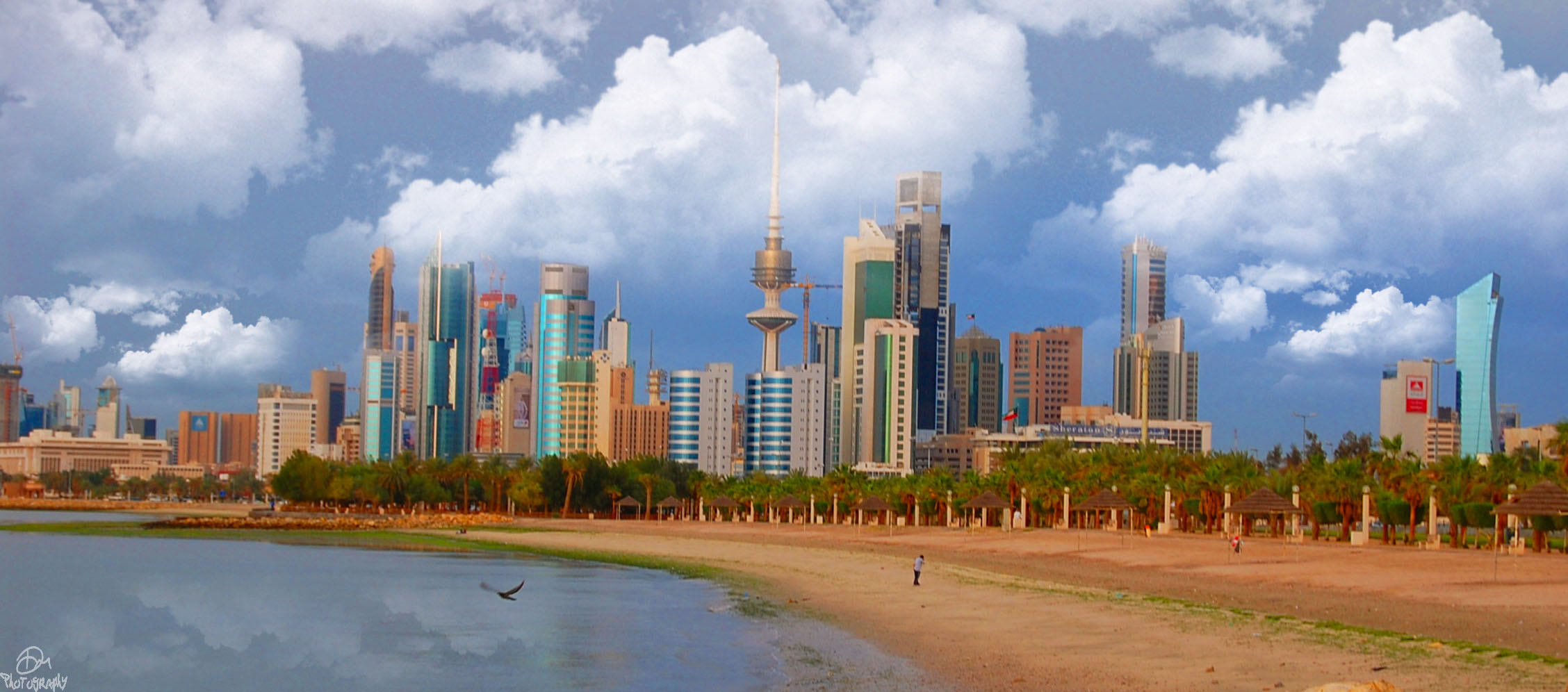
Kuwait holidays consitute a puzzling but intriguing mix of Western liberalism and strict Islam. Holidays in Kuwait City, the capital, take you to a bustling metropolis full of the high-rise buildings and luxury hotels. Yet the country is also host to elaborate and opulent mosques and palaces, and its religion is an integral part of its affairs.
Destination: A cultural and culinary oasis

A Kuwait holiday provides an oasis in a land of desert plains, but of the cultural and culinary kind. Excellent museums, a corniche of combed beaches and lively restaurants, malls and souqs mark the Kuwait City experience. Outside the capital there are few attractions other than coastal resorts. Oil excavation dominates the flat desert plains and there are few distinctive geographical features. That said, there is always something to see in a desert, with a bit of patience and an eye for detail; when it comes to the ritual camping expedition, Kuwaitis have plenty of both.
When to visit Kuwait
November to April is the best time to visit Kuwait when day temperatures come down to 18º C and nights are colder. If you are visiting in summer, it is important to stay away from direct sunlight as much as possible. Sunstroke, severe sunburn and dehydration are potential hazards.
Drink a lot of fluids to make up for the vital body salts you will lose through perspiration. Initially, you will feel fatigued and even drowsy on occasions until your body adjusts to Kuwait’s summer. A prickling sensation on the skin and abnormal fatigue usually means dehydration and must be treated immediately.
When to visit: Climate

Kuwait has a typical desert climate and summer (April, May, June, August and September) is very hot. Between July and October it can be very humid and unpleasant with the onset of the southeasterly winds. Occasional rain falls between November and April. Rainfall is light and about six inches on an average. It is quite pleasant in winter when day temperatures go down to 18º C and nights are cold. Kuwait has dust storms (called tauz) usually in spring and late summer. During the tauz season it is a good idea to keep your room and car doors closed. If you are visiting Kuwait in summer, stay away from direct sunlight as much as possible. Sunstrokes and severe burns may occur if you ignore this precaution. Onset of dehydration is characterized by abnormal fatigue, drowsiness and a prickly sensation on the skin. Take a lot of fluids to replace the body salts you will lose through excessive perspiration. Almost everyone will face fatigue and drowsiness till the body adjusts to the heat of Kuwait in summer.
Kuwait
Excellent museums, a corniche of combed beaches and lively restaurants, malls and souqs mark the Kuwait experience.
Map
-
Schedule
- Flight Information
- Car Hire
- Hotel
-
Destination
-
Countries
-
Map
Day 14
-
Drop off13:00Kuwait International Airport6XRC+5CF Kuwait International Airport, طريق الغزالي, KuwaitKuwait International Airport6XRC+5CF Kuwait International Airport, طريق الغزالي, Kuwait- . Pick up from 13/02/2022 16:00 at Kuwait International Airport. Drop off to 14/02/2022 13:00 at Kuwait International Airport. Read less...
-
15:00to16:25Kuwait (KWI) via Qatar AirwaysDoha (DOH) via Qatar AirwaysFlight QR 1079 departs KWI at 14/02/2022 15:00 arrives DOH at 14/02/2022 16:25 Read less...
-
Accommodation at Banana Island Resort Doha by Anantara in Double or Twin PREMIER, 2 pax - Breakfast Read less...
Kuwait International Airport - Kuwait International Airport
13th Feb 2022 16:00
14th Feb 2022 13:00
Flight Information
Departure
KWI ‐ Kuwait
Arrival
DOH ‐ Doha

Qatar Airways

Banana Island Resort Doha by Anantara
20 minutes from the heart of Qatar’s vibrant capital, a luxury yacht ferry crosses crystal clear water to reach a breathtaking island that feels a world away, while a private helicopter pad offers an exclusive arrival with a bird’s eye coastal view. Welcome to Banana Island Resort Doha by Anantara - a paradise sanctuary which respects local culture by offering an alcohol-free environment, with world class facilities and limitless activities providing relaxation and adventure, wellness and pure indulgence.
Doha, Qatar
The sovereign country of Qatar is one of the quickest developing countries in the world. Located in the Arab heart of South East Asia, and with great wealth, Qatar’s economy has been expanding rapidly to provide a very unique holiday experience. A holiday in Qatar sees soaring sky scrapers amongst beach resorts on islands of true paradise.
Location
Overview
The sovereign country of Qatar is one of the quickest developing countries in the world. Located in the Arab heart of South East Asia, and with great wealth, Qatar’s economy has been expanding rapidly to provide a very unique holiday experience. A holiday in Qatar sees soaring sky scrapers amongst beach resorts on islands of true paradise.
An amazingly multicultural country with over 2 million expatriates in comparison to the 278,000 Qatari citizens, Qatar promises a very diverse experience. Stay in the capital of Qatar, Doha, where you and the family can soak up everything that this country has to offer, all in the one place. Enjoy the heat of the desert in this growing country filled with impressive high rise masterpieces, overlooking heaven-like beaches.
Destination: A CITY FULL OF SURPRISES
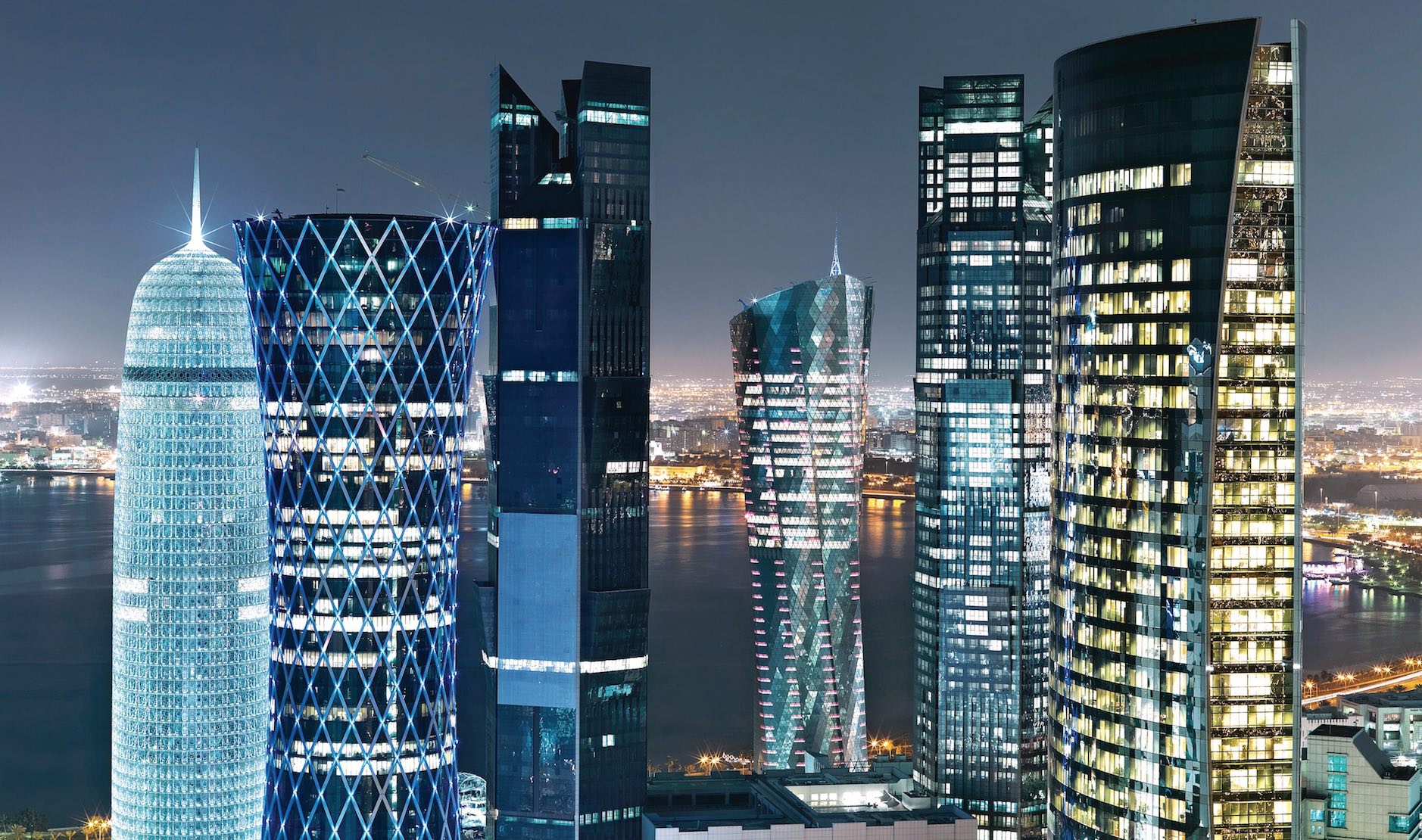
Qatar holidays are usually spent in the city of Doha. The capital boasts skyscrapers and uniquely structured buildings leaving you lost for words at every turn. Doha is home to the tallest building in Qatar, the Aspire Tower, where you can witness breathtaking views of the city and coastline. Doha is also home to various museums and galleries, showcasing Islamic art and royal treasures from the country’s history. The Sheikh Faisal Bin Qassim Al-Thani Museum is particularly spectacular, built with local stone and holding Sheikh Faisal’s possessions and artefacts, the museum is ripe with history and architecture. The Museum of Islamic Art also holds a beautiful must see collection and is located near the equally popular attraction, The State Grand Mosque.
Destination: ISLANDS BESIDE THE DESERT
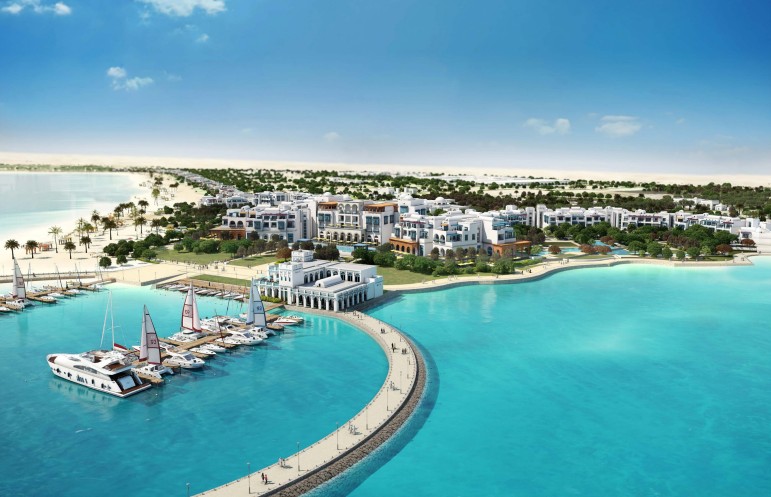
A holiday to Qatar is both a relaxing tropical style getaway, as much as it is a culture rich adventure in the sand dunes of the desert. Visitors will find themselves spending their days laying on the beaches beside the palm trees and walking along arguably the highlight of Doha, Al-Corniche. The Corniche is an esplanade along the coast where you can experience the best views of the country’s other jewel, the Palm Tree Islands. The artificial man-made islands were created to look in the shape of palm trees, connected to the beaches of Doha and comprising of luxury resorts. Of course, a trip out to the desert sands is imperative as a part of your Qatar holiday. Take a day trip or tour just out of the city to ride camels at sunset, exhilarate your senses dune bashing and finish the evening at an authentic desert camp to feast on the traditional foods of Qatar.
Destination: RESORT TOURISM
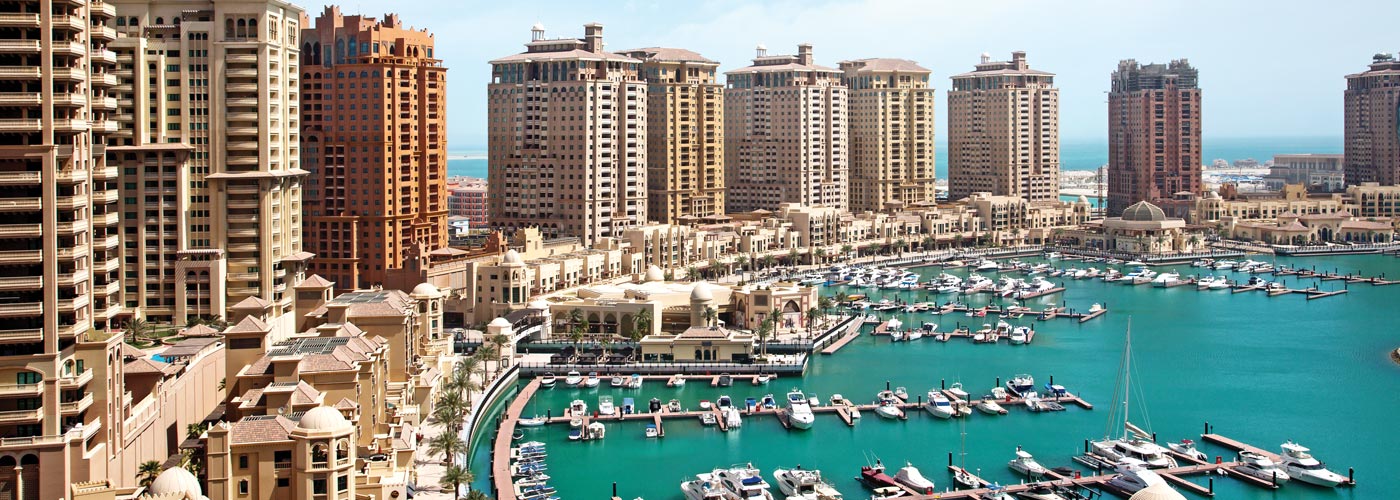
The resorts in Qatar are amongst the most prestigious and extravagant in the entire world. From private beaches to private islands, choosing where to stay can be the toughest part when planning holidays in Qatar. Doha is famous for its artificial man-made islands that are exclusive to the 5-star resorts that are built upon them. The Pearl is probably the most popular artificial island to visit as not only does it have luxury hotels, it is also open to the public to explore the unique architecture and canals, and is famous for its many designer shops. Possibly the most beautifully laid out resorts will be found on many of the private islands. The resorts are known world-wide for their villas stretching out from their individual islands, connected by boardwalks giving the most ambient and secluded stay in paradise.
When to visit Doha
Qatar typically experiences two very predictable seasons, summer and winter. The summer experiences hot desert temperatures that can sit at over 40°C, while the winter can get as low as 14°C.
Although the winter months seem undesirable for a beach resort holiday, the waters are actually quite warm and Qatar experiences sun shine throughout the daytime. The cooler months are also desirable for families with small children as sightseeing is easier and the various heated pools are still enjoyable year round. Overnight desert trips are more enjoyable during this time as the traditional tent campsites can get quite hot during summer, making for an uncomfortable sleep.
When to visit: SUNNY SAND DUNES
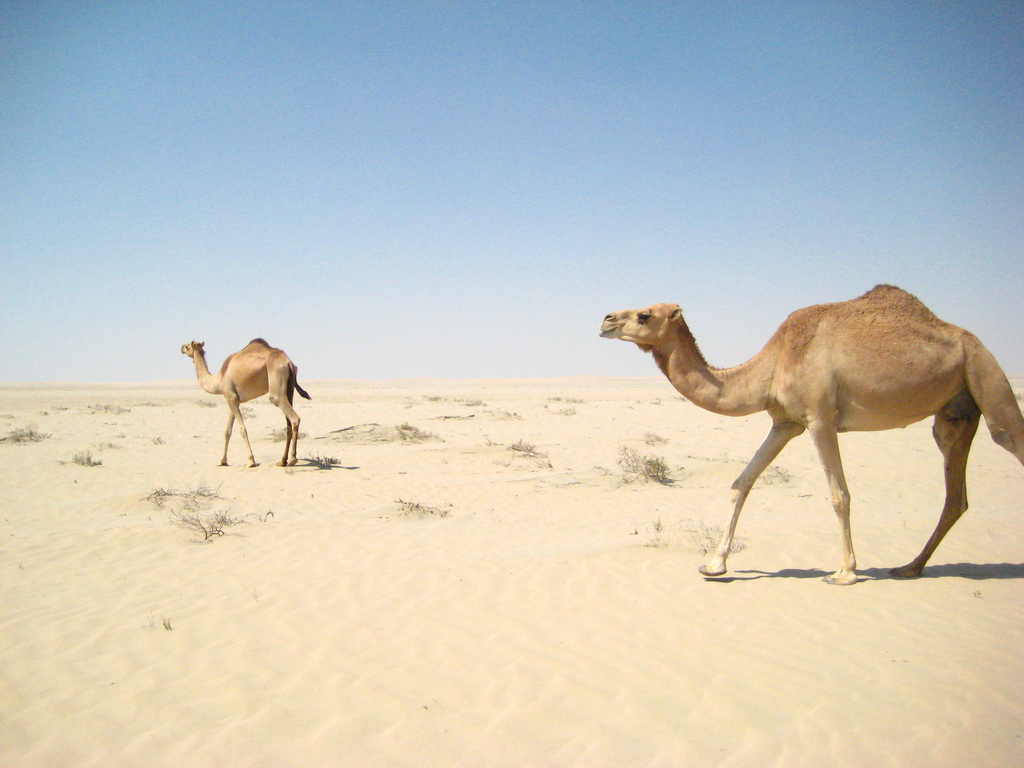
Holidays to Qatar in summer are filled with beach days and sun baking. May to the end of September are the hottest months experienced in Qatar, and therefore are the busiest. Visitors spend their days relaxing in resorts that before seeing them for yourself, you could only ever have dreamed of. Take the family to Katara Beach, one of the public beaches in Doha for all your water sport needs and to relax on the sands, and end the day at one of the many world ranked restaurants nearby. If you find yourself wanting to escape the heat, plan a trip to The Jungle Zone. The indoor amusement park is great for kids with animal themes, several rides and age varying entertainment.
When to visit: COOL RELIEF IN THE DESERT
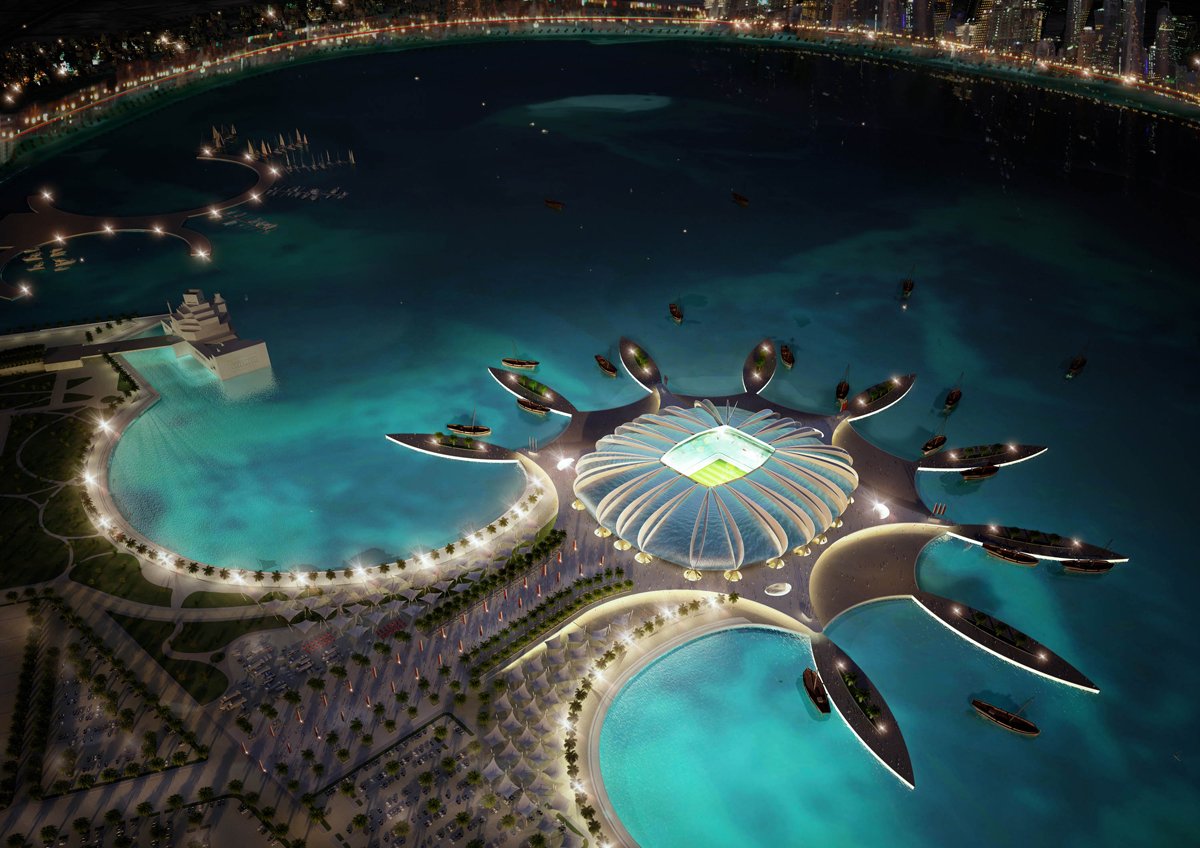
Winter time in Qatar is actually one of the easiest times to get around the country and see everything without the usual crowds. The months of December to March experience average temperatures below 25°C and can be great for wandering the city. Beaches are still warm and the waters are crystal clear for snorkelling and scuba diving. The Doha Cultural Festival is held during the month of March and boasts the traditional music, dance and authentic foods of Qatar, making this month particularly popular amongst tourists. Take advantage of the cooler climate and visit Al Shahaneya, a nature reserve where you can discover the native wildlife of Qatar and enjoy a traditional Arabic meal. Another great attraction for the family is the Katara Cultural Village. Filled with museums and other authentic attractions, the village gives visitors the chance to experience the country’s true culture during your holiday in Qatar.
Qatar
Qatar is a country which is in the process of rapid growth and Doha, the capital and main city, changes exponentially every month. Luxury hotels, spas, world class restaurants, malls and architecturally unusual buildings sprout up constantly. Sport, cultural offerings and leisure activities are the areas which are changing most rapidly, yet in the midst of this future-oriented change, there’s a strong push to retain a connection to the past. Qatar will host the FIFA World Cup, the first country in the Middle East to do so, in 2022. Alongside the cutting-edge modernity, there’s still a chance to shop in vibrant souqs and markets, explore fascinating heritage sites and attend top-class equestrian events.
Map
-
Schedule
- Car Hire
- Flight Information
- Hotel
-
Destination
-
Countries
-
Map
Day 15
-
Accommodation at Banana Island Resort Doha by Anantara in Double or Twin PREMIER, 2 pax - Breakfast Read less...
Banana Island Resort Doha by Anantara
20 minutes from the heart of Qatar’s vibrant capital, a luxury yacht ferry crosses crystal clear water to reach a breathtaking island that feels a world away, while a private helicopter pad offers an exclusive arrival with a bird’s eye coastal view. Welcome to Banana Island Resort Doha by Anantara - a paradise sanctuary which respects local culture by offering an alcohol-free environment, with world class facilities and limitless activities providing relaxation and adventure, wellness and pure indulgence.
Doha, Qatar
The sovereign country of Qatar is one of the quickest developing countries in the world. Located in the Arab heart of South East Asia, and with great wealth, Qatar’s economy has been expanding rapidly to provide a very unique holiday experience. A holiday in Qatar sees soaring sky scrapers amongst beach resorts on islands of true paradise.
Location
Overview
The sovereign country of Qatar is one of the quickest developing countries in the world. Located in the Arab heart of South East Asia, and with great wealth, Qatar’s economy has been expanding rapidly to provide a very unique holiday experience. A holiday in Qatar sees soaring sky scrapers amongst beach resorts on islands of true paradise.
An amazingly multicultural country with over 2 million expatriates in comparison to the 278,000 Qatari citizens, Qatar promises a very diverse experience. Stay in the capital of Qatar, Doha, where you and the family can soak up everything that this country has to offer, all in the one place. Enjoy the heat of the desert in this growing country filled with impressive high rise masterpieces, overlooking heaven-like beaches.
Destination: A CITY FULL OF SURPRISES

Qatar holidays are usually spent in the city of Doha. The capital boasts skyscrapers and uniquely structured buildings leaving you lost for words at every turn. Doha is home to the tallest building in Qatar, the Aspire Tower, where you can witness breathtaking views of the city and coastline. Doha is also home to various museums and galleries, showcasing Islamic art and royal treasures from the country’s history. The Sheikh Faisal Bin Qassim Al-Thani Museum is particularly spectacular, built with local stone and holding Sheikh Faisal’s possessions and artefacts, the museum is ripe with history and architecture. The Museum of Islamic Art also holds a beautiful must see collection and is located near the equally popular attraction, The State Grand Mosque.
Destination: ISLANDS BESIDE THE DESERT

A holiday to Qatar is both a relaxing tropical style getaway, as much as it is a culture rich adventure in the sand dunes of the desert. Visitors will find themselves spending their days laying on the beaches beside the palm trees and walking along arguably the highlight of Doha, Al-Corniche. The Corniche is an esplanade along the coast where you can experience the best views of the country’s other jewel, the Palm Tree Islands. The artificial man-made islands were created to look in the shape of palm trees, connected to the beaches of Doha and comprising of luxury resorts. Of course, a trip out to the desert sands is imperative as a part of your Qatar holiday. Take a day trip or tour just out of the city to ride camels at sunset, exhilarate your senses dune bashing and finish the evening at an authentic desert camp to feast on the traditional foods of Qatar.
Destination: RESORT TOURISM

The resorts in Qatar are amongst the most prestigious and extravagant in the entire world. From private beaches to private islands, choosing where to stay can be the toughest part when planning holidays in Qatar. Doha is famous for its artificial man-made islands that are exclusive to the 5-star resorts that are built upon them. The Pearl is probably the most popular artificial island to visit as not only does it have luxury hotels, it is also open to the public to explore the unique architecture and canals, and is famous for its many designer shops. Possibly the most beautifully laid out resorts will be found on many of the private islands. The resorts are known world-wide for their villas stretching out from their individual islands, connected by boardwalks giving the most ambient and secluded stay in paradise.
When to visit Doha
Qatar typically experiences two very predictable seasons, summer and winter. The summer experiences hot desert temperatures that can sit at over 40°C, while the winter can get as low as 14°C.
Although the winter months seem undesirable for a beach resort holiday, the waters are actually quite warm and Qatar experiences sun shine throughout the daytime. The cooler months are also desirable for families with small children as sightseeing is easier and the various heated pools are still enjoyable year round. Overnight desert trips are more enjoyable during this time as the traditional tent campsites can get quite hot during summer, making for an uncomfortable sleep.
When to visit: SUNNY SAND DUNES

Holidays to Qatar in summer are filled with beach days and sun baking. May to the end of September are the hottest months experienced in Qatar, and therefore are the busiest. Visitors spend their days relaxing in resorts that before seeing them for yourself, you could only ever have dreamed of. Take the family to Katara Beach, one of the public beaches in Doha for all your water sport needs and to relax on the sands, and end the day at one of the many world ranked restaurants nearby. If you find yourself wanting to escape the heat, plan a trip to The Jungle Zone. The indoor amusement park is great for kids with animal themes, several rides and age varying entertainment.
When to visit: COOL RELIEF IN THE DESERT

Winter time in Qatar is actually one of the easiest times to get around the country and see everything without the usual crowds. The months of December to March experience average temperatures below 25°C and can be great for wandering the city. Beaches are still warm and the waters are crystal clear for snorkelling and scuba diving. The Doha Cultural Festival is held during the month of March and boasts the traditional music, dance and authentic foods of Qatar, making this month particularly popular amongst tourists. Take advantage of the cooler climate and visit Al Shahaneya, a nature reserve where you can discover the native wildlife of Qatar and enjoy a traditional Arabic meal. Another great attraction for the family is the Katara Cultural Village. Filled with museums and other authentic attractions, the village gives visitors the chance to experience the country’s true culture during your holiday in Qatar.
Qatar
Qatar is a country which is in the process of rapid growth and Doha, the capital and main city, changes exponentially every month. Luxury hotels, spas, world class restaurants, malls and architecturally unusual buildings sprout up constantly. Sport, cultural offerings and leisure activities are the areas which are changing most rapidly, yet in the midst of this future-oriented change, there’s a strong push to retain a connection to the past. Qatar will host the FIFA World Cup, the first country in the Middle East to do so, in 2022. Alongside the cutting-edge modernity, there’s still a chance to shop in vibrant souqs and markets, explore fascinating heritage sites and attend top-class equestrian events.
Map
-
Schedule
- Hotel
-
Destination
-
Countries
-
Map
Day 16
-
07:00to07:30Kuwait International Airport6XRC+5CF Kuwait International Airport, طريق الغزالي, KuwaitDoha International AirportTransfers Private Car from Banana Island Resort Doha by Anantara to Doha International Airport Read less...
-
10:00to12:15Doha (DOH) viaDubai International Airport (DXB) viaFlight FZ 2 departs DOH at 16/02/2022 10:00 arrives DXB at 16/02/2022 12:15 Read less...
-
14:30to18:20Dubai International Airport (DXB) via Emirates AirlineLondon Heathrow (LHR) via Emirates AirlineFlight EK 3 departs DXB at 16/02/2022 14:30 arrives LHR at 16/02/2022 18:20 Read less...
Banana Island Resort Doha By Anantara - Doha International Airport
16th Feb 2022 07:00
16th Feb 2022 07:30
Flight Information
Departure
DOH ‐ Doha
Arrival
DXB ‐ Dubai International Airport
Departure
DXB ‐ Dubai International Airport
Arrival
LHR ‐ London Heathrow

Fly Dubai


Emirates

-
Schedule
- Transfer
- Flight Information
-
Map
Experience all 6 Gulf GCC countries
Standard View

 Jonny Orange Pink (Explorer Travel)
Jonny Orange Pink (Explorer Travel)
jonnypink@testtravel.com
07811 818 18
Experience all 6 Gulf GCC countries

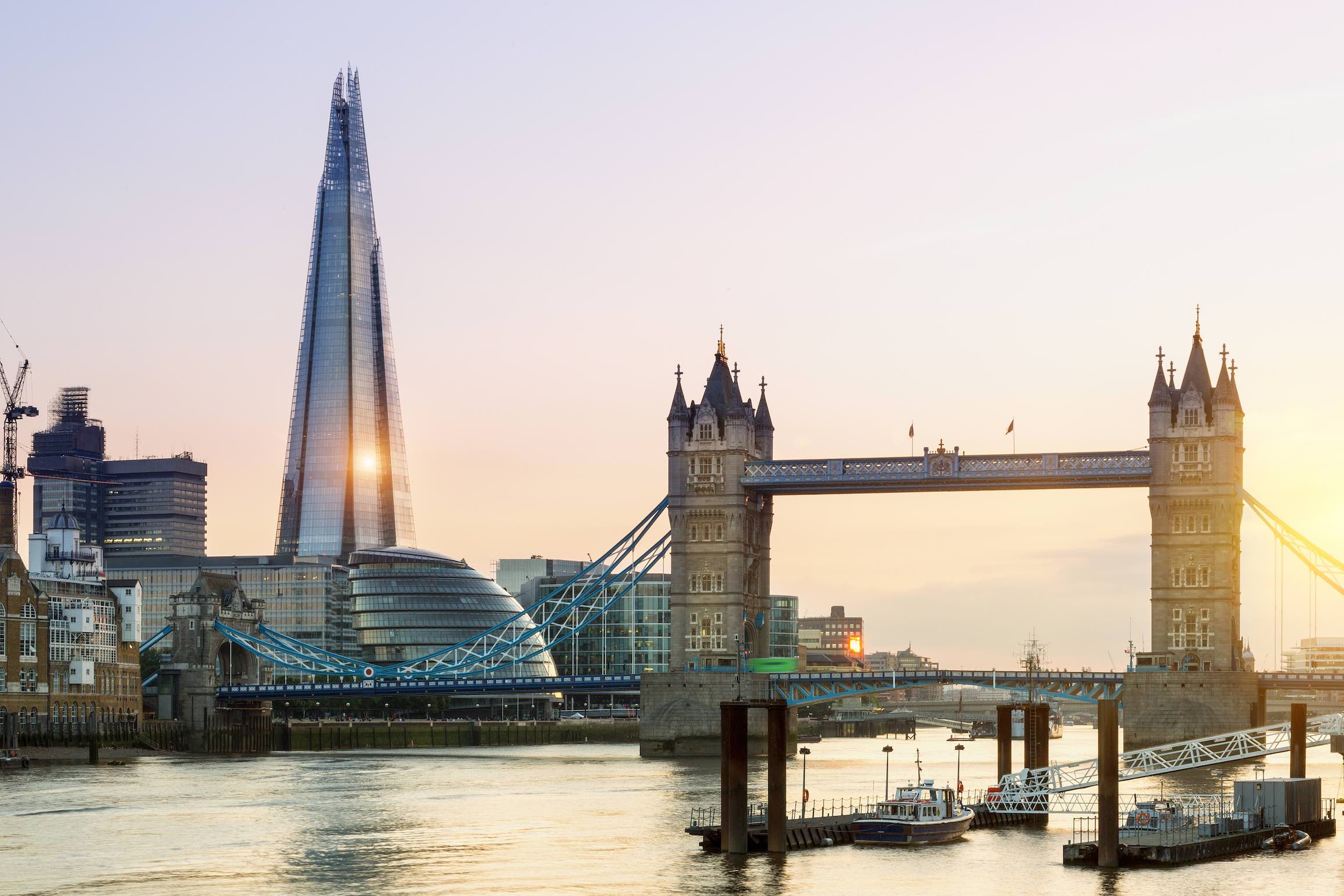
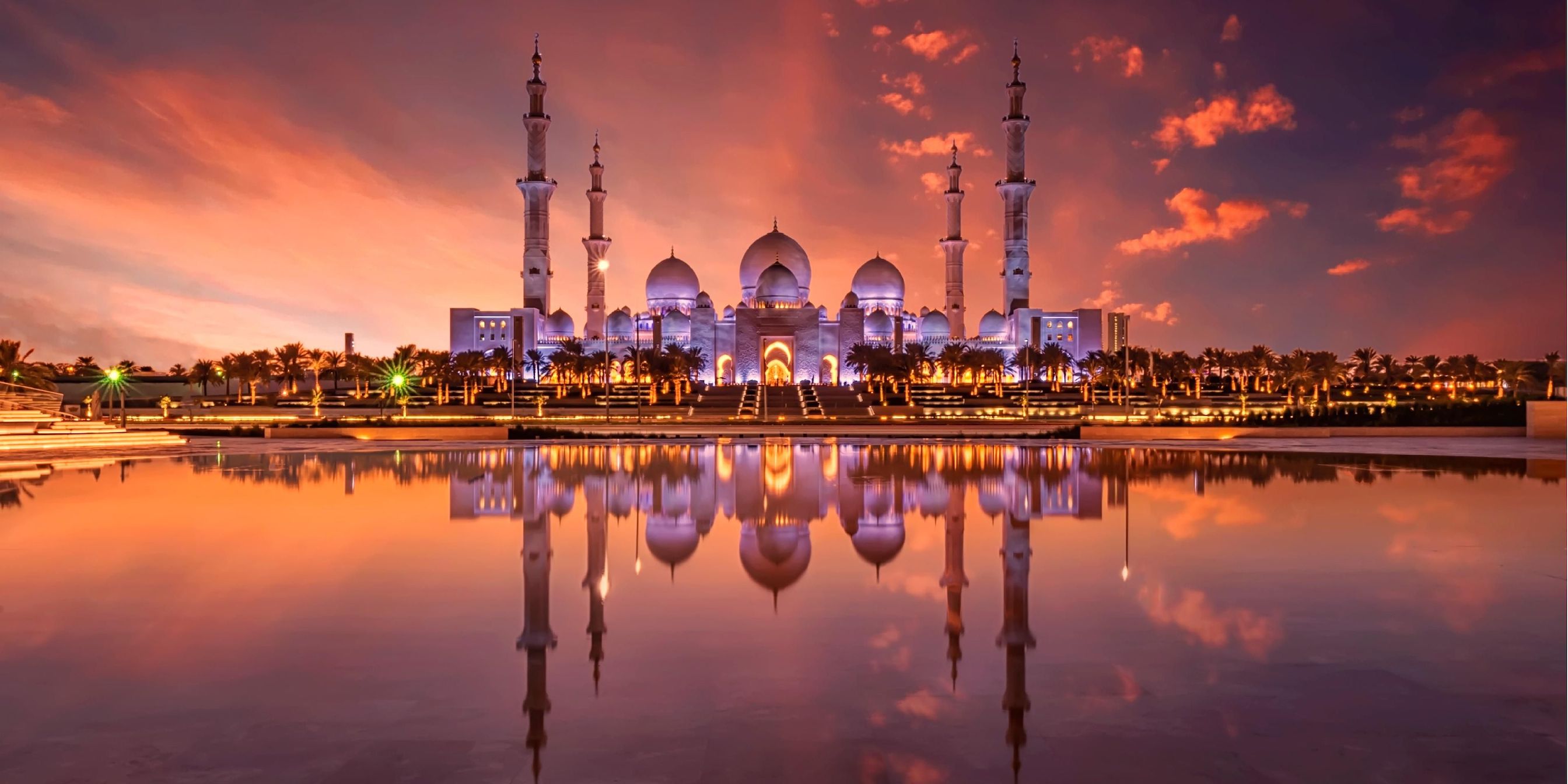

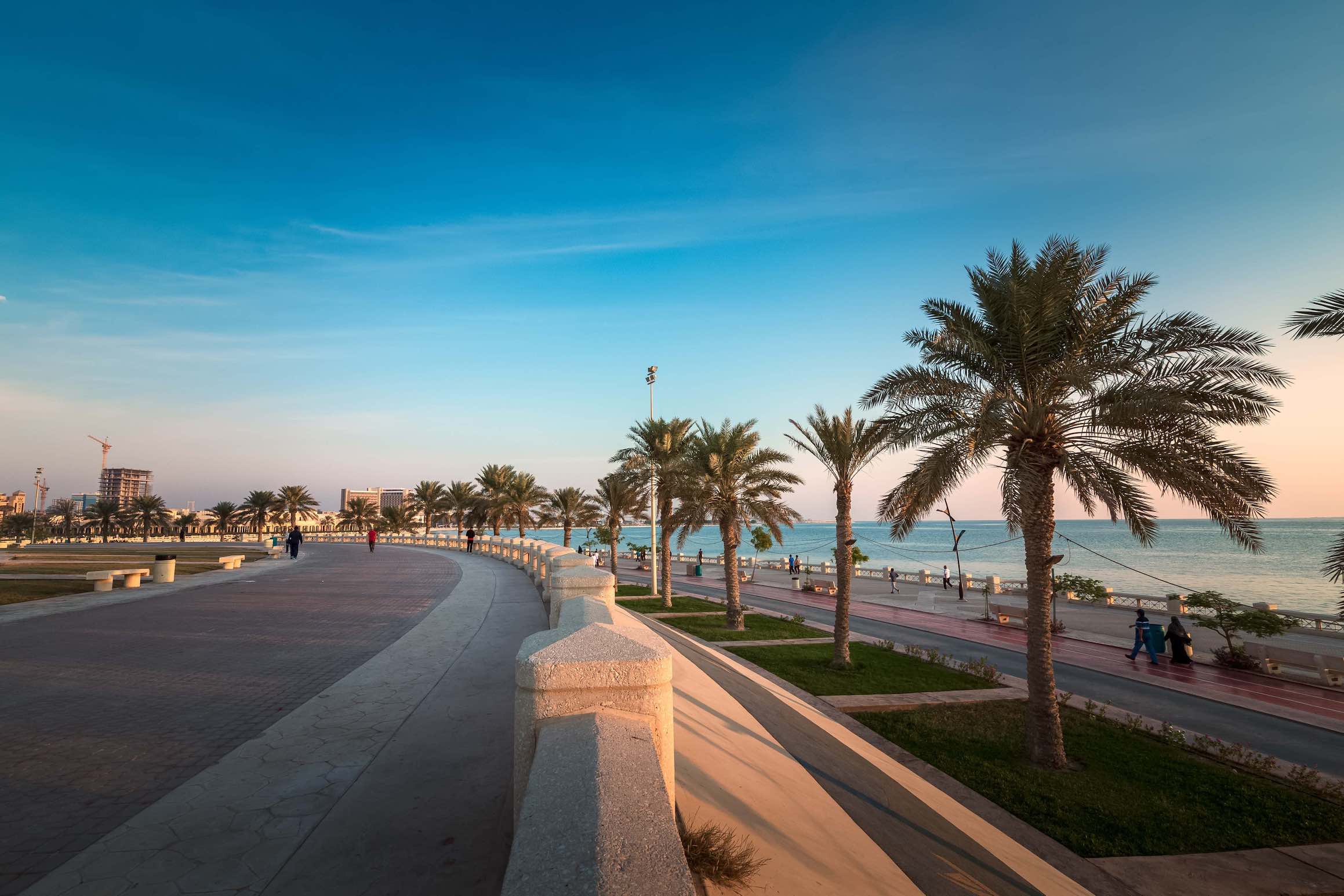
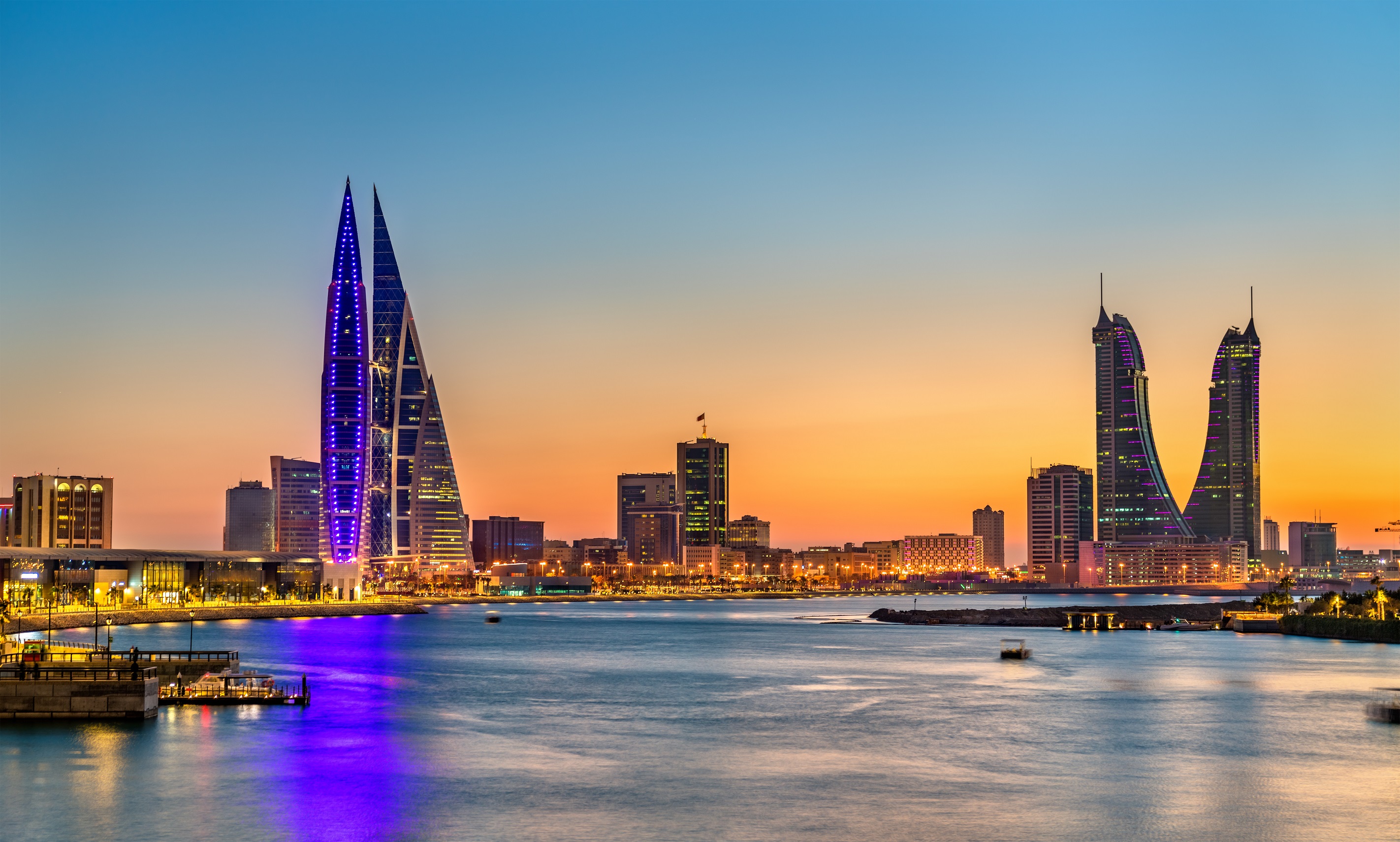
.jpg)
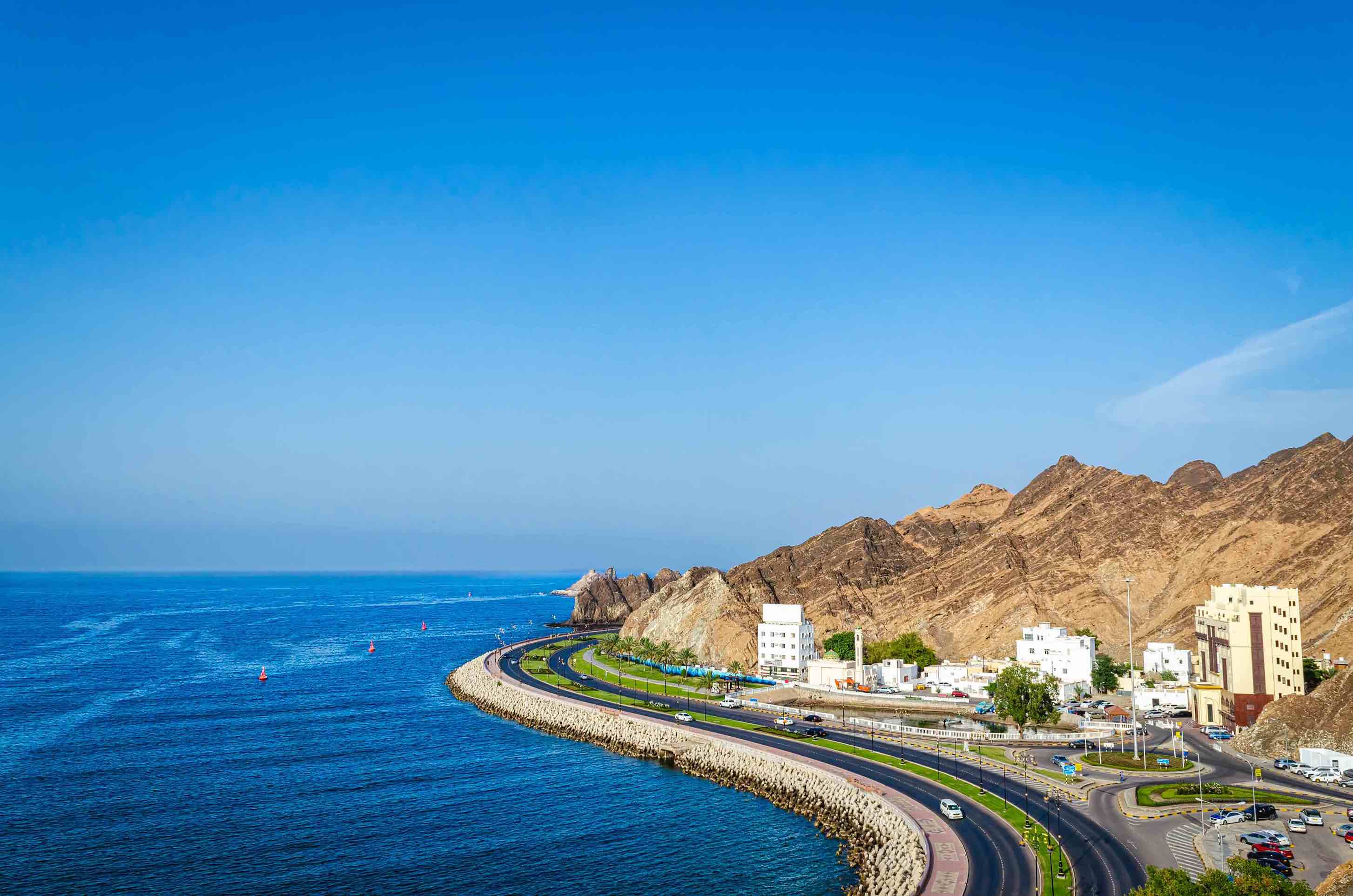
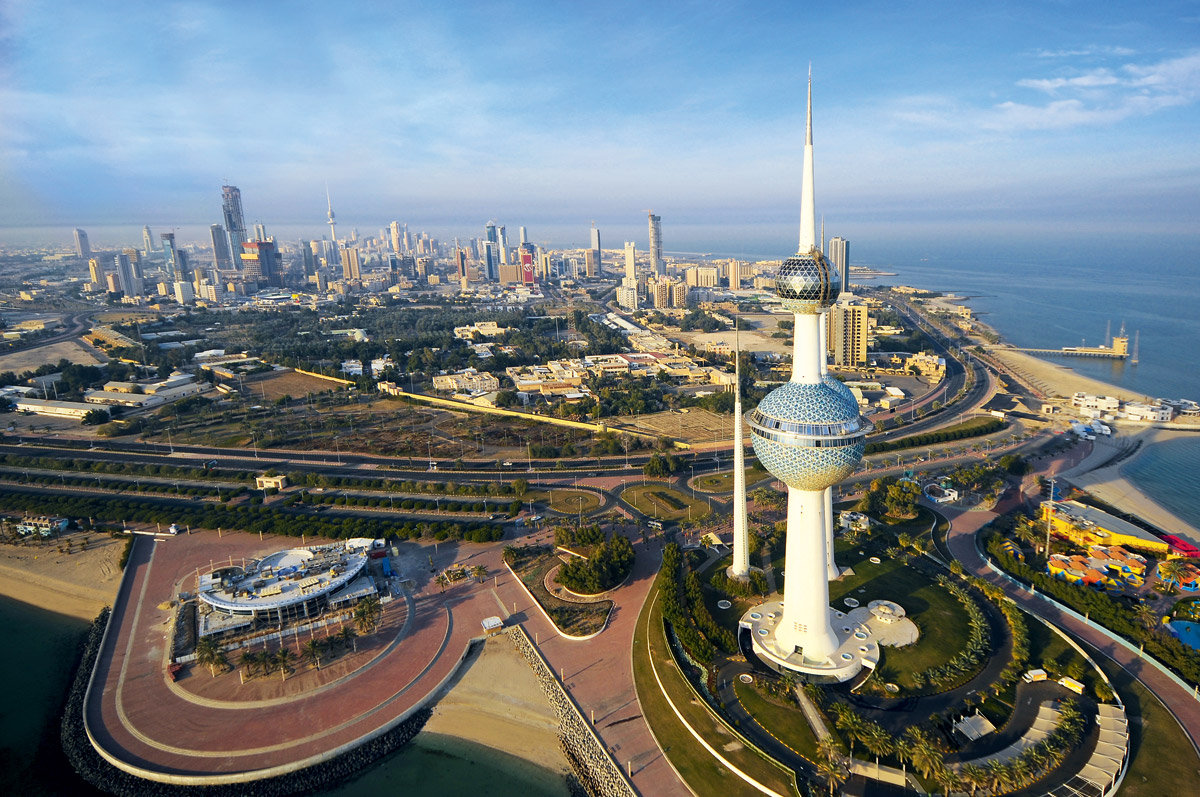
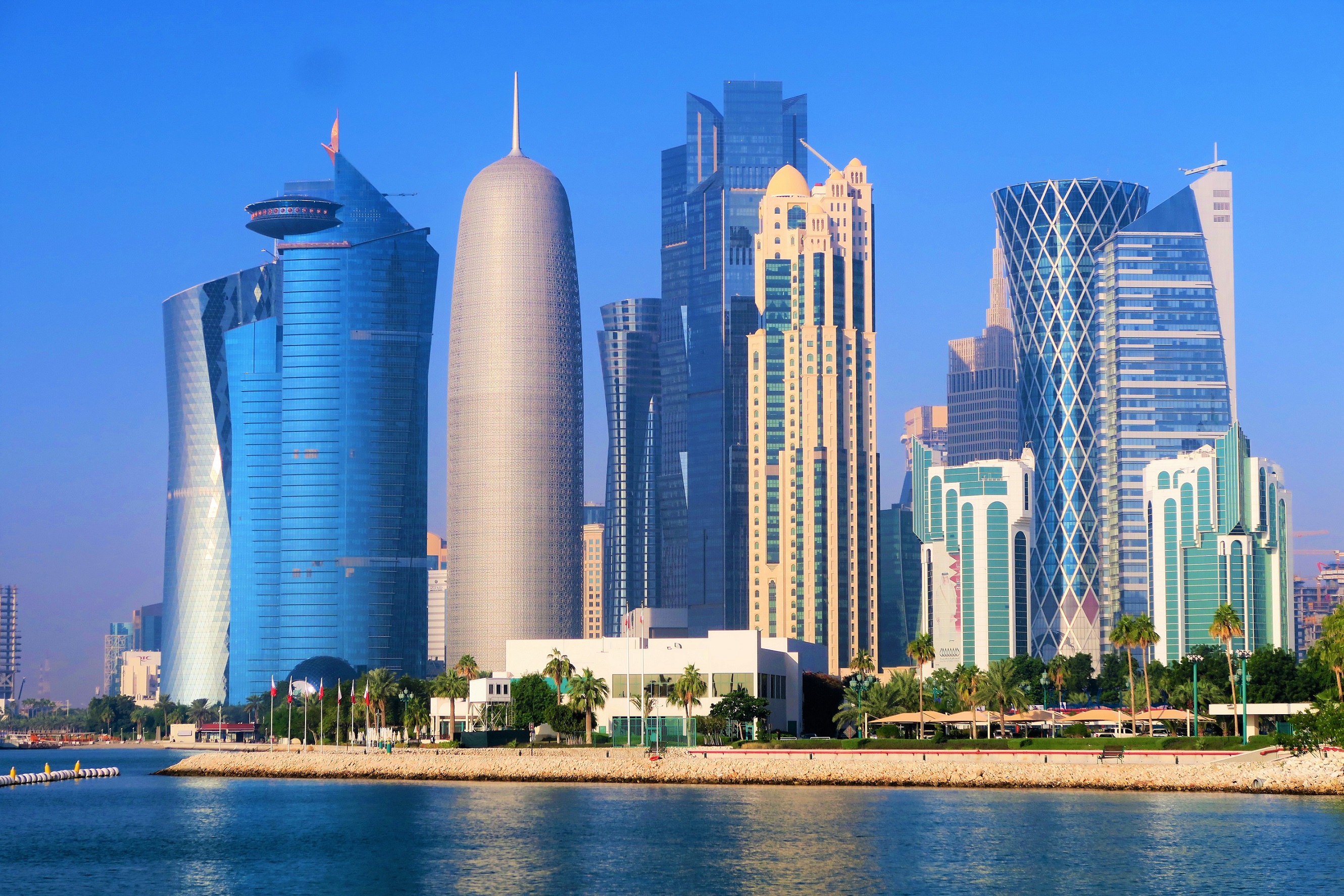
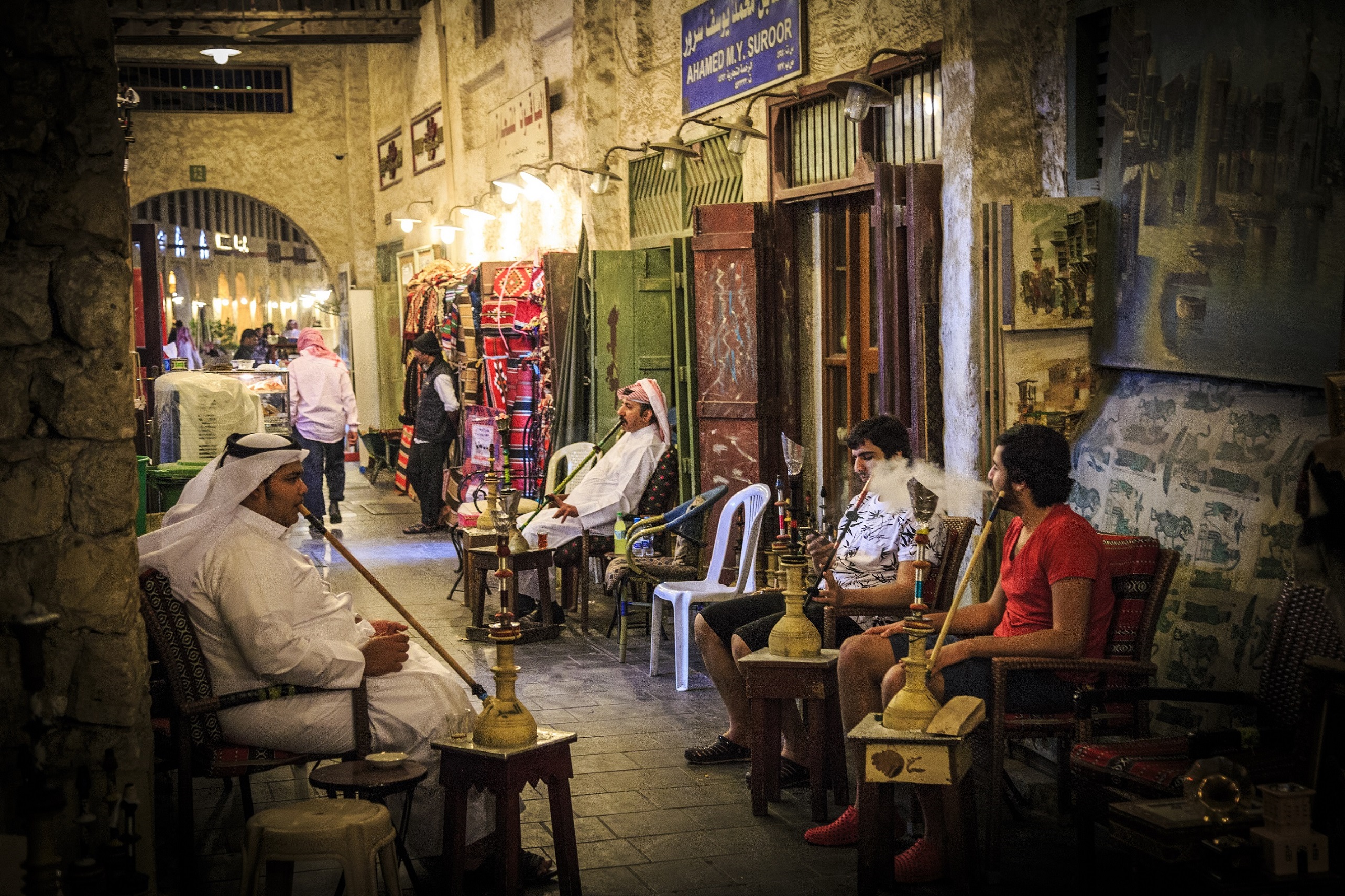
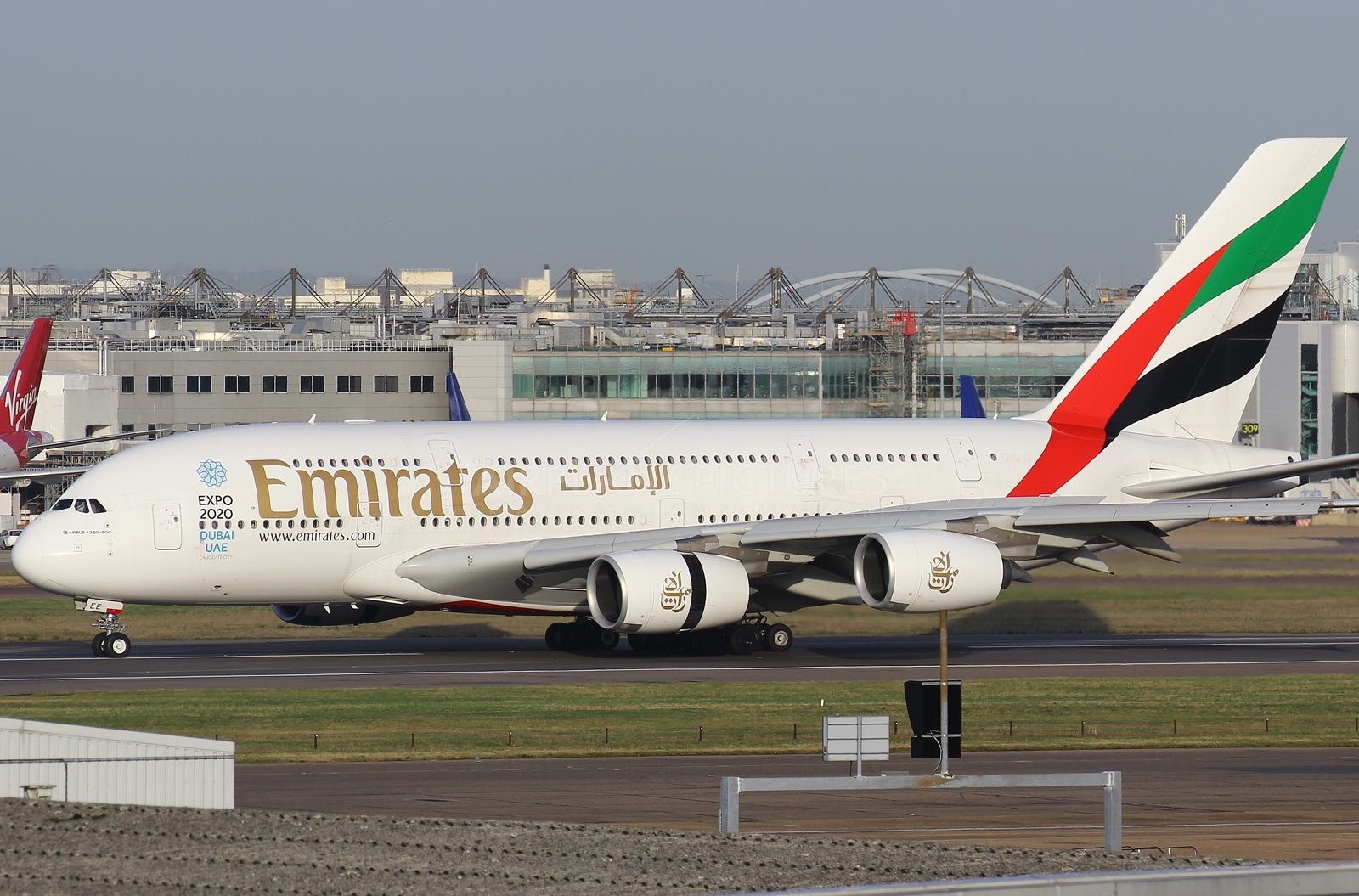





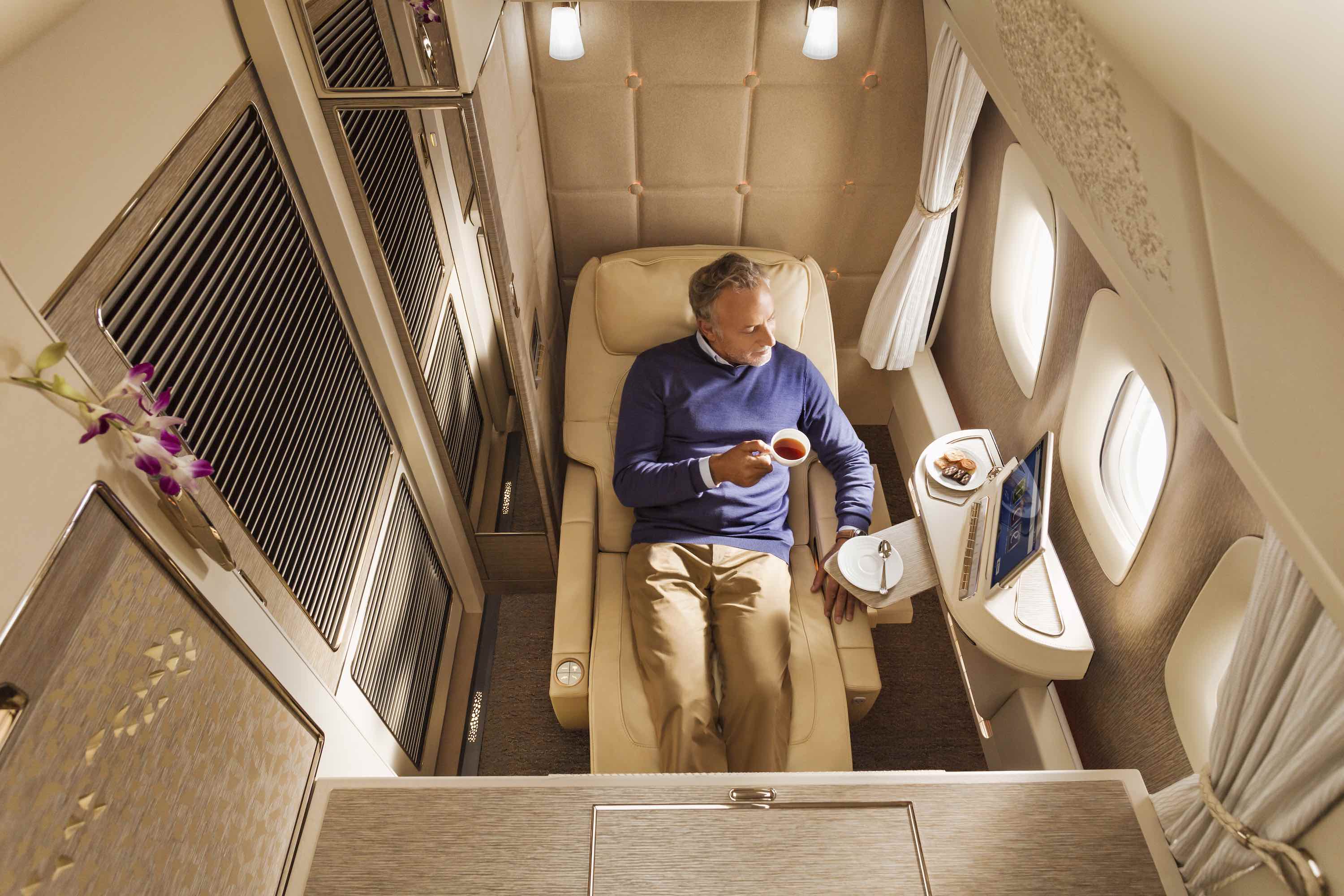
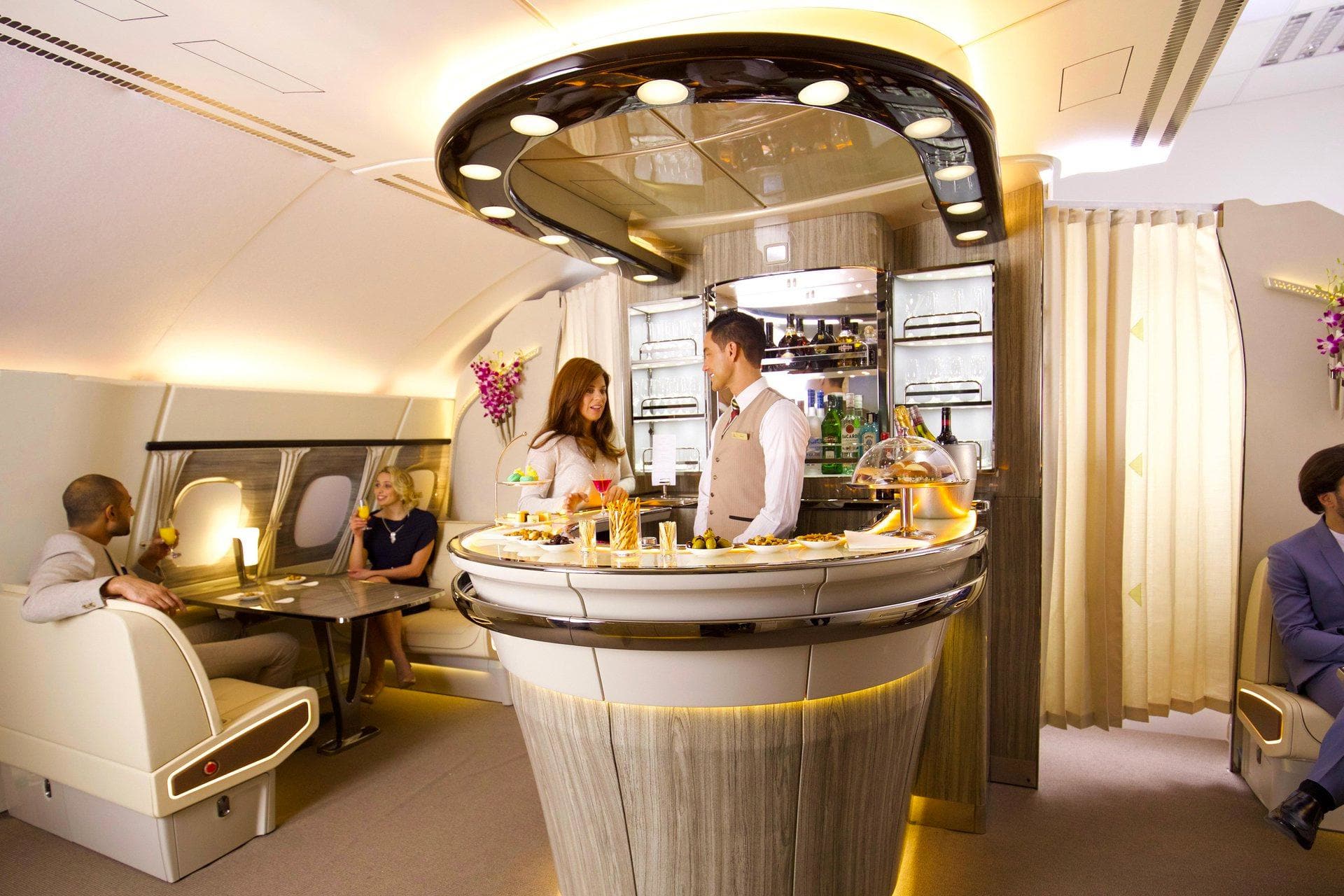
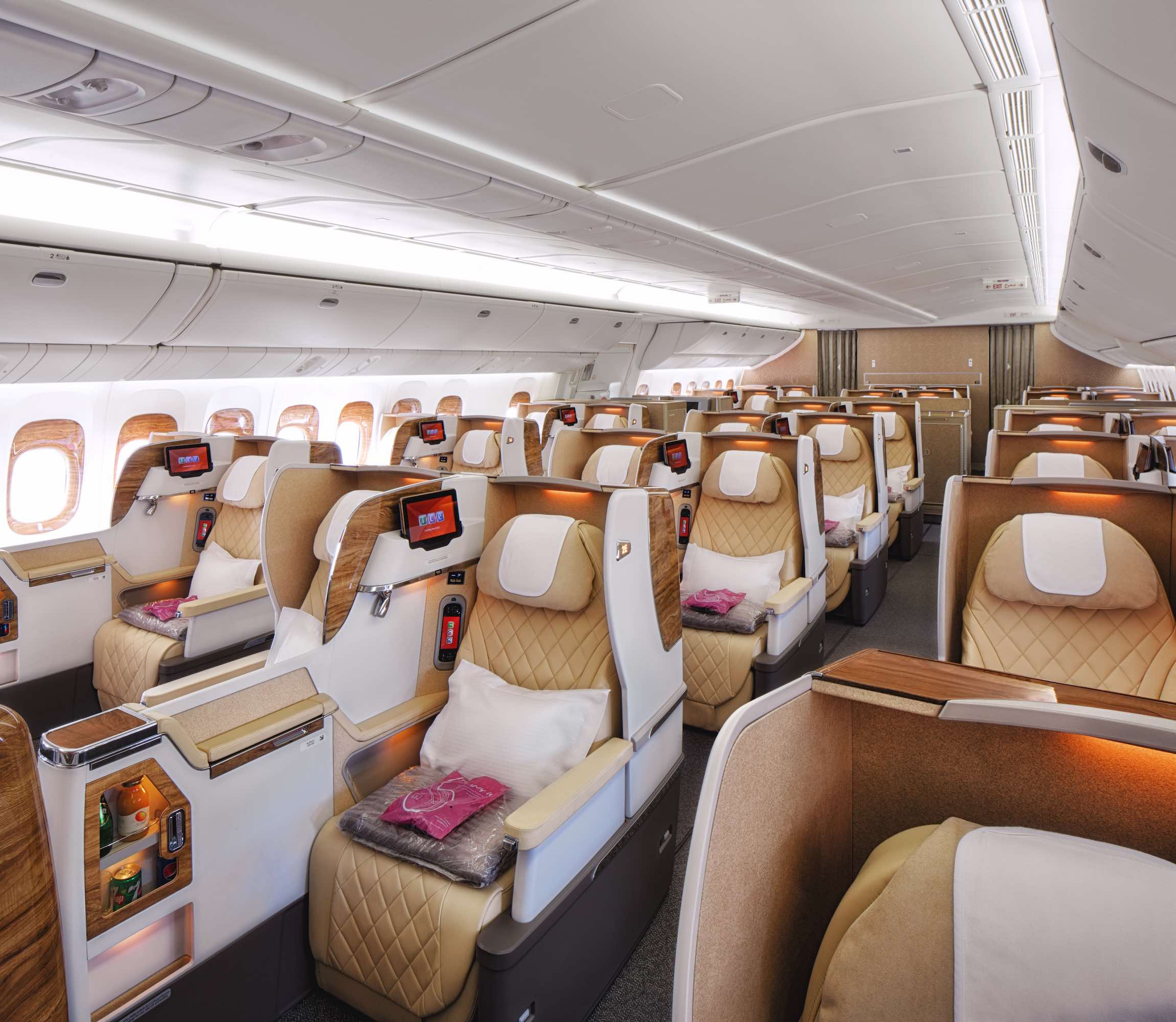
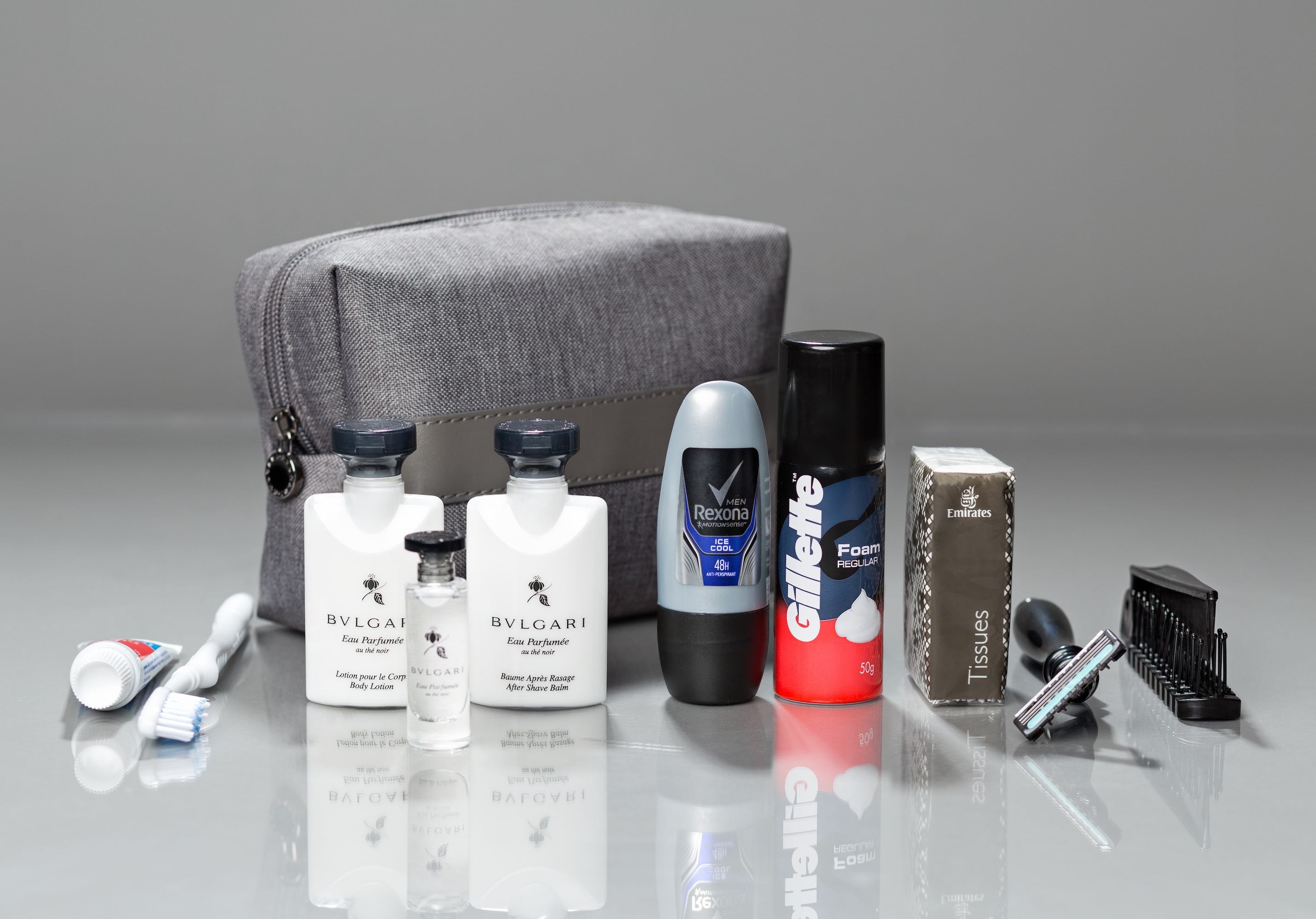
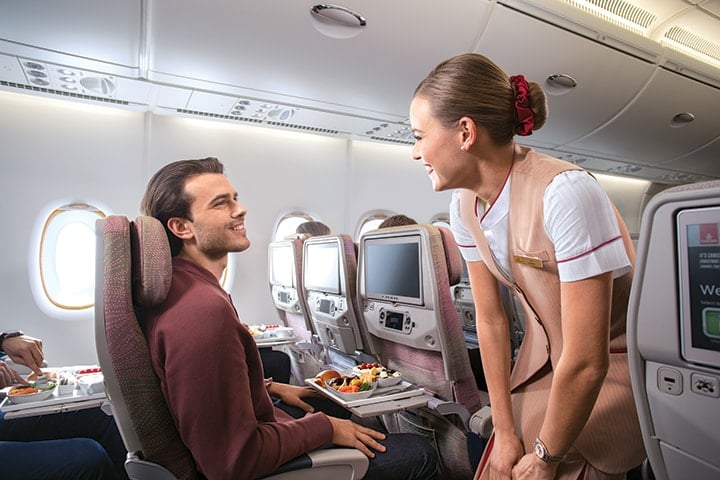
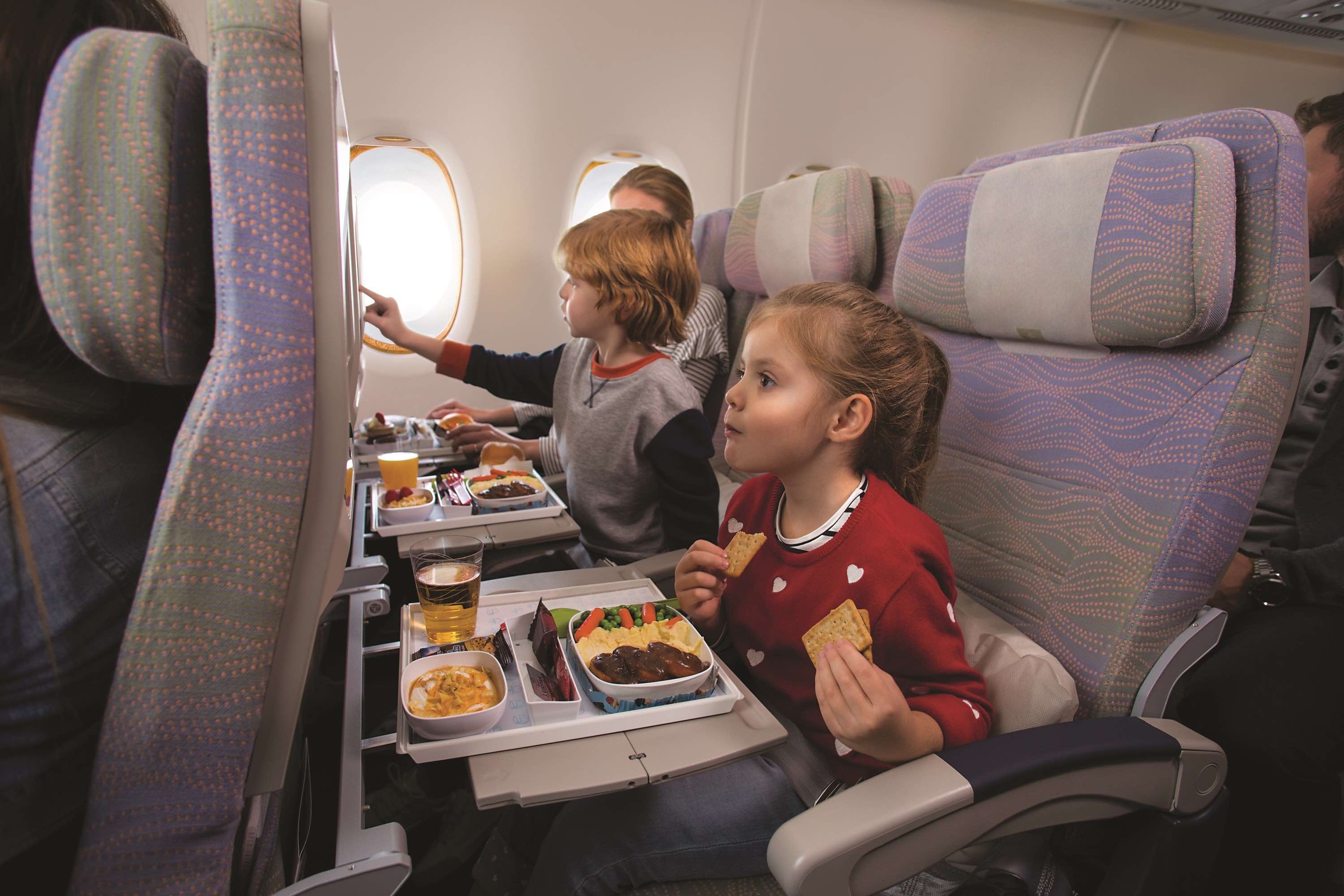
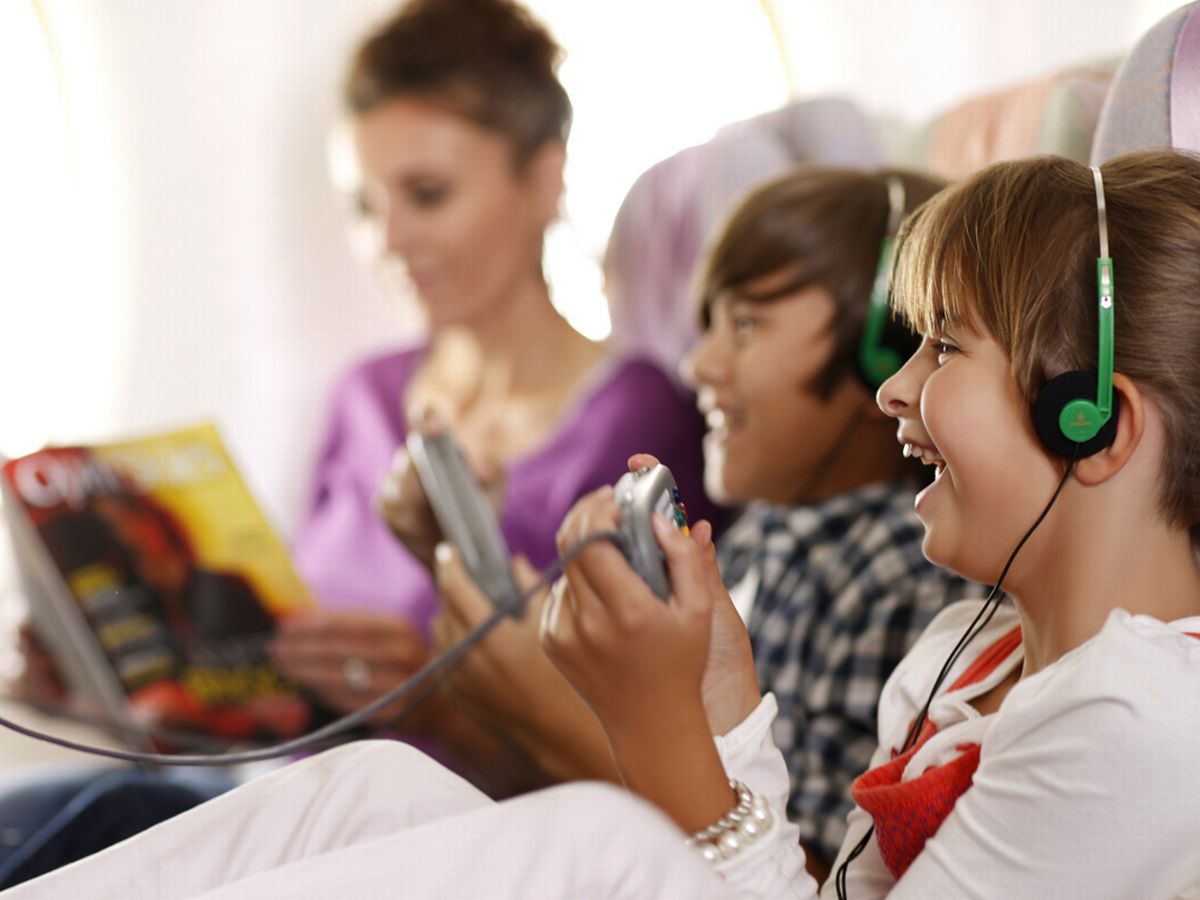
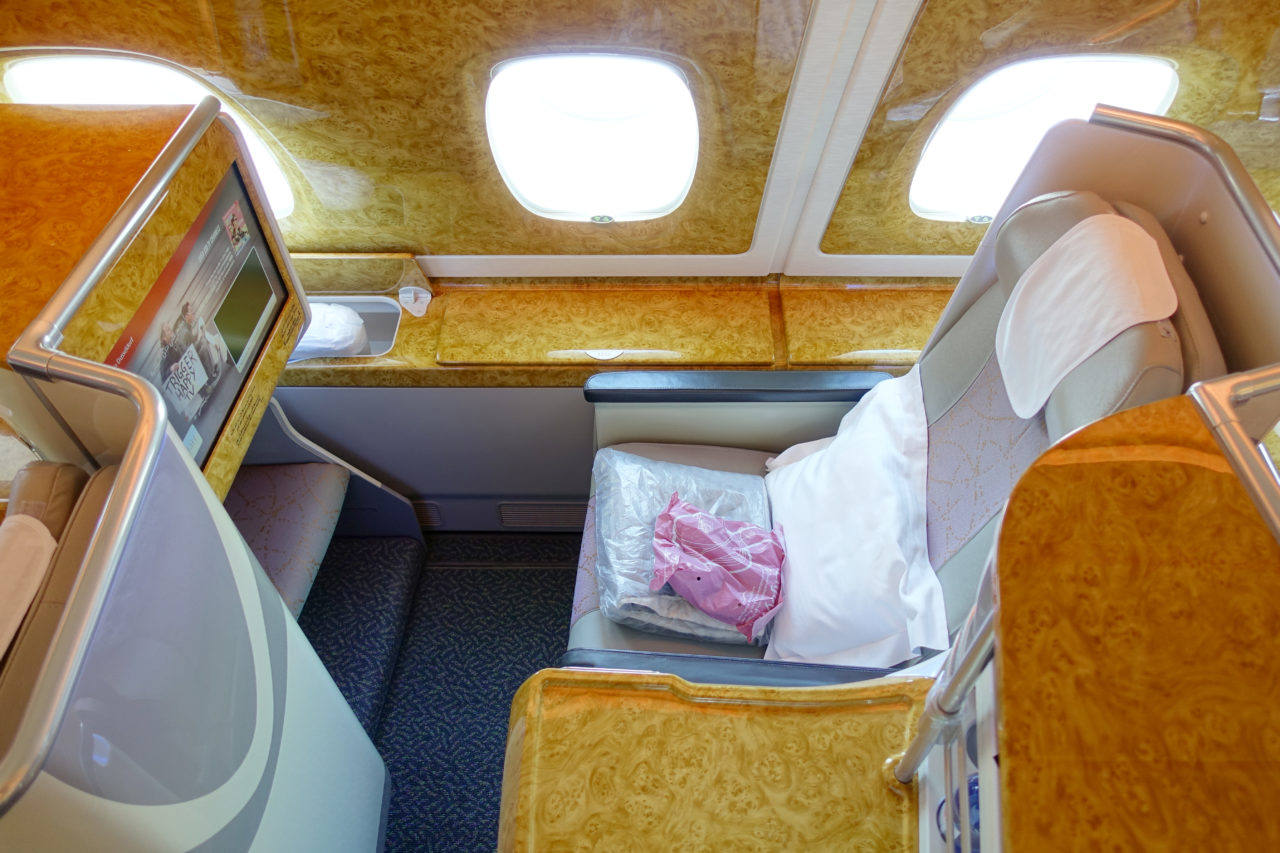
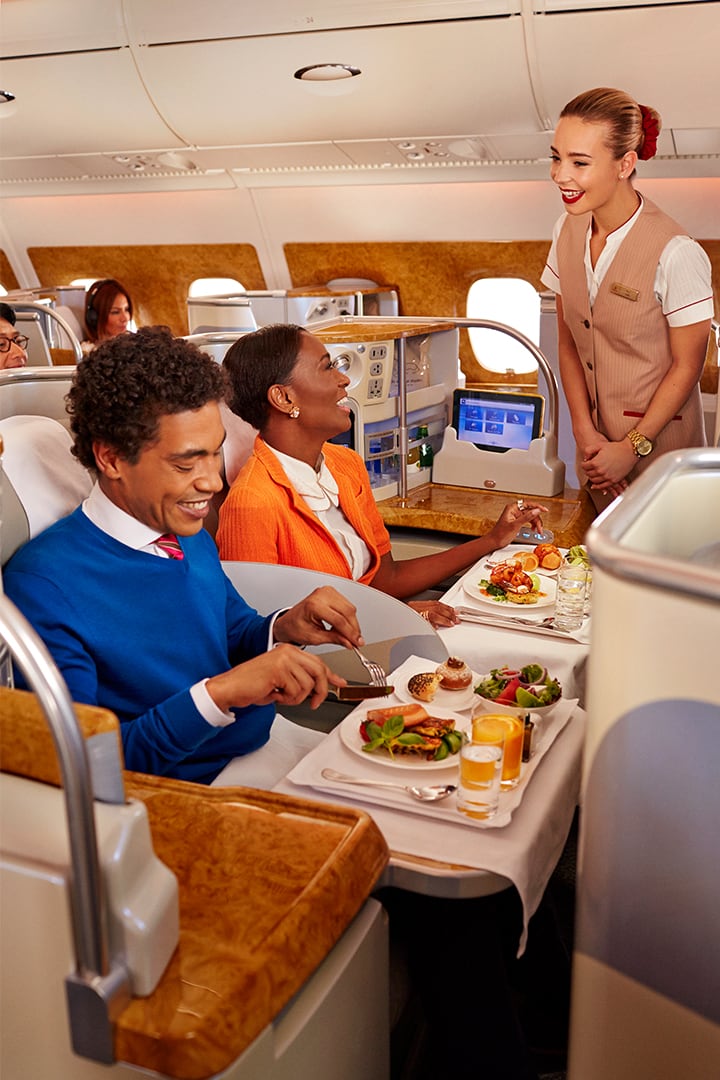
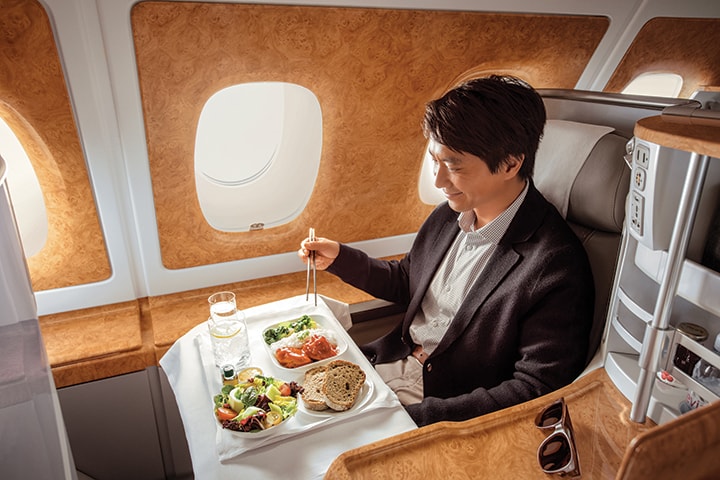
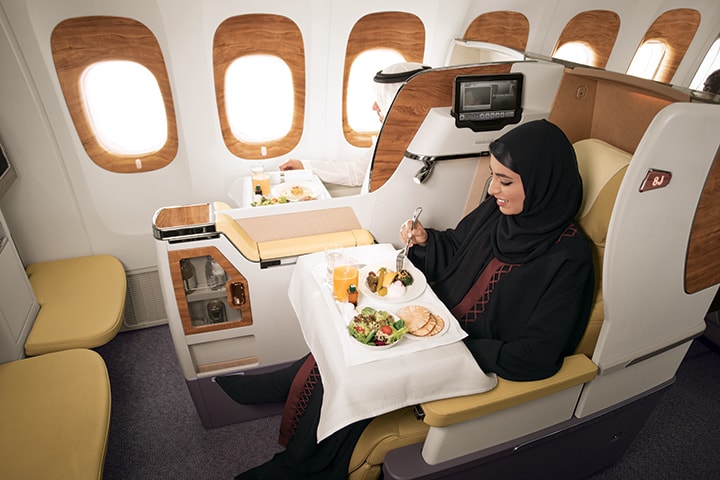

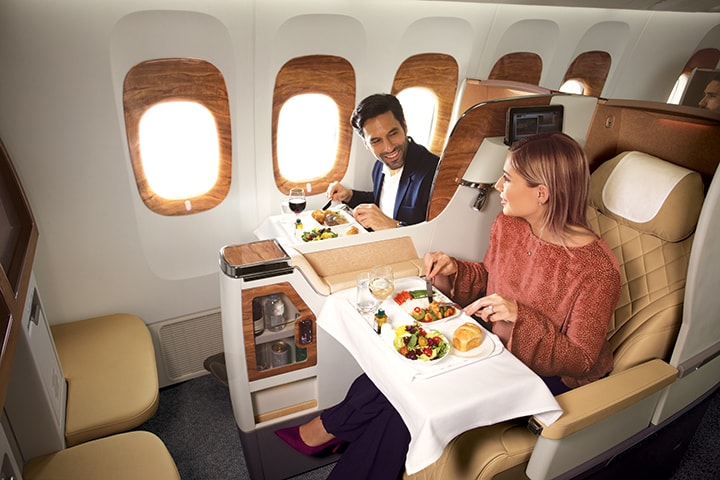
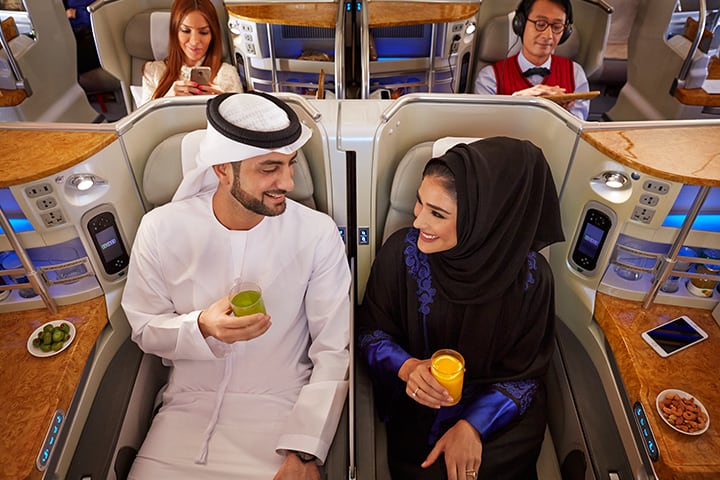
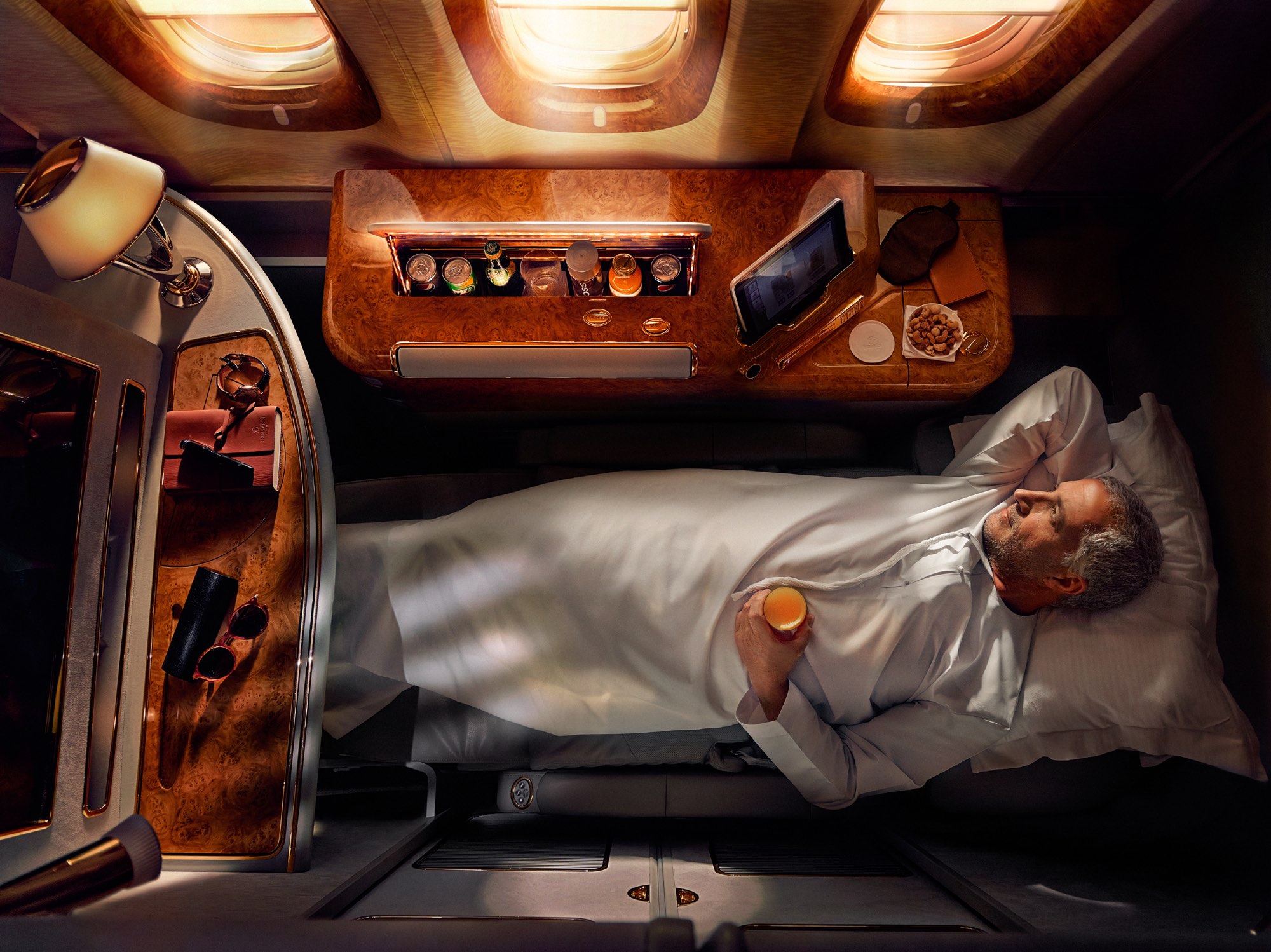

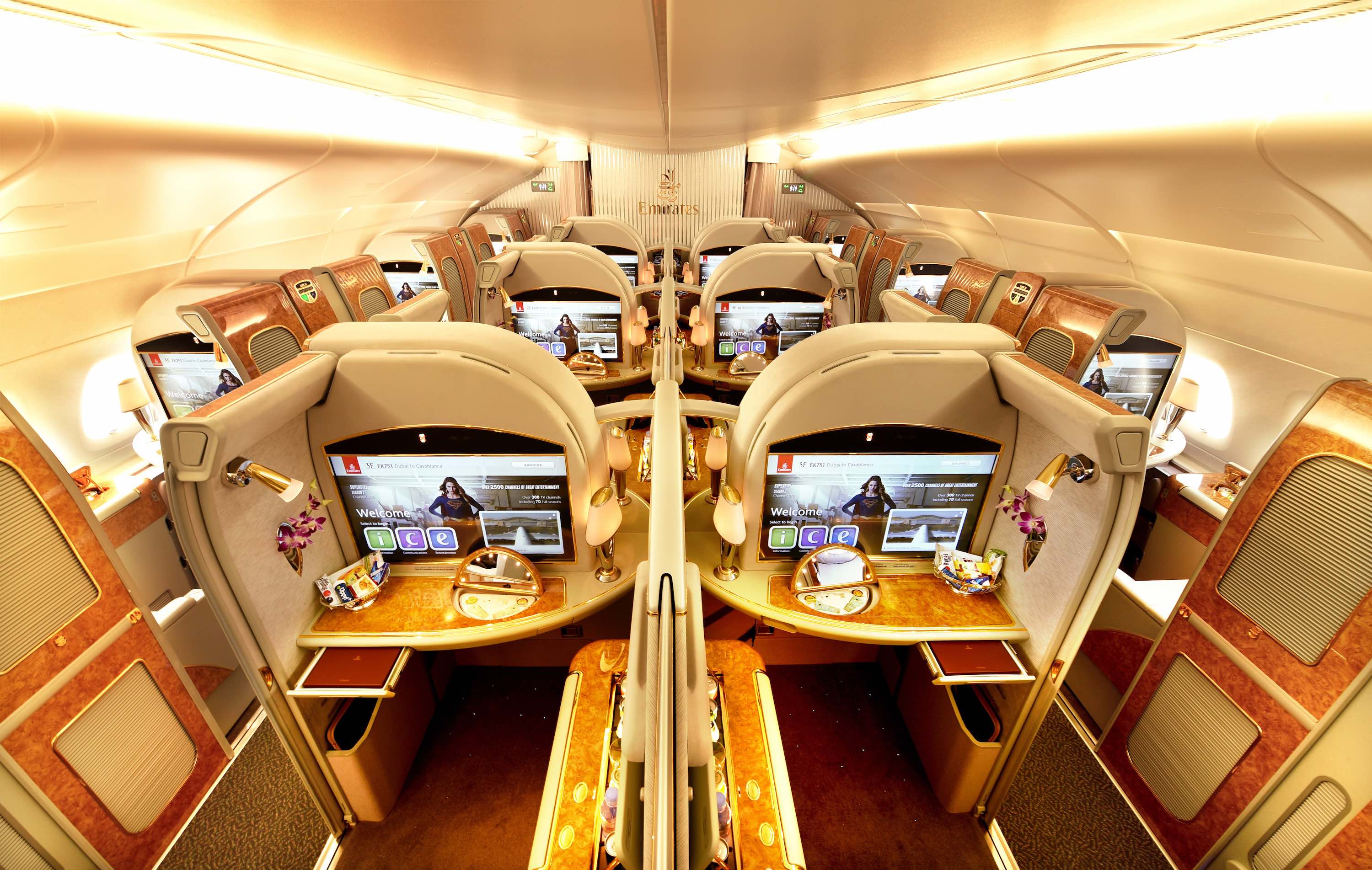
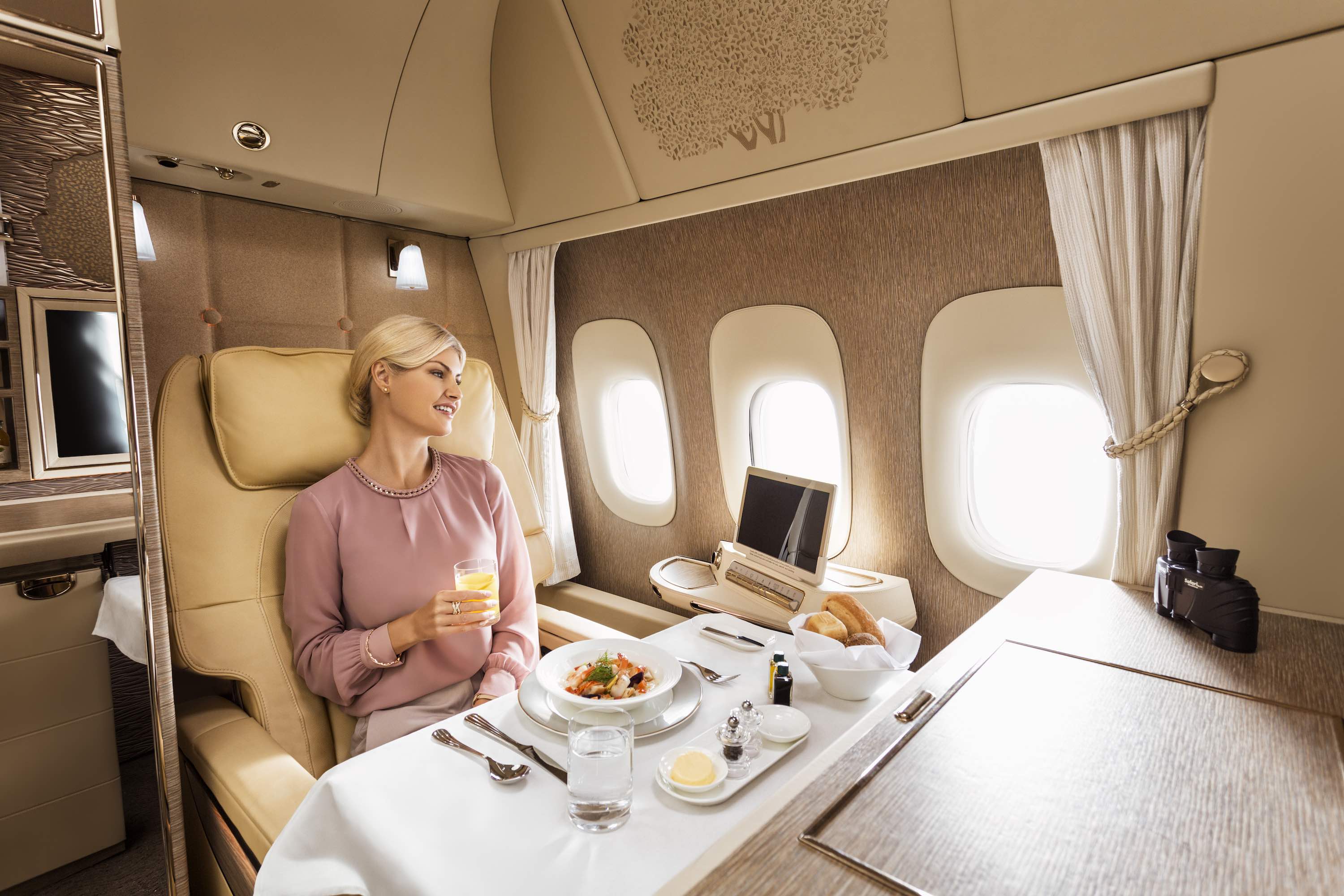
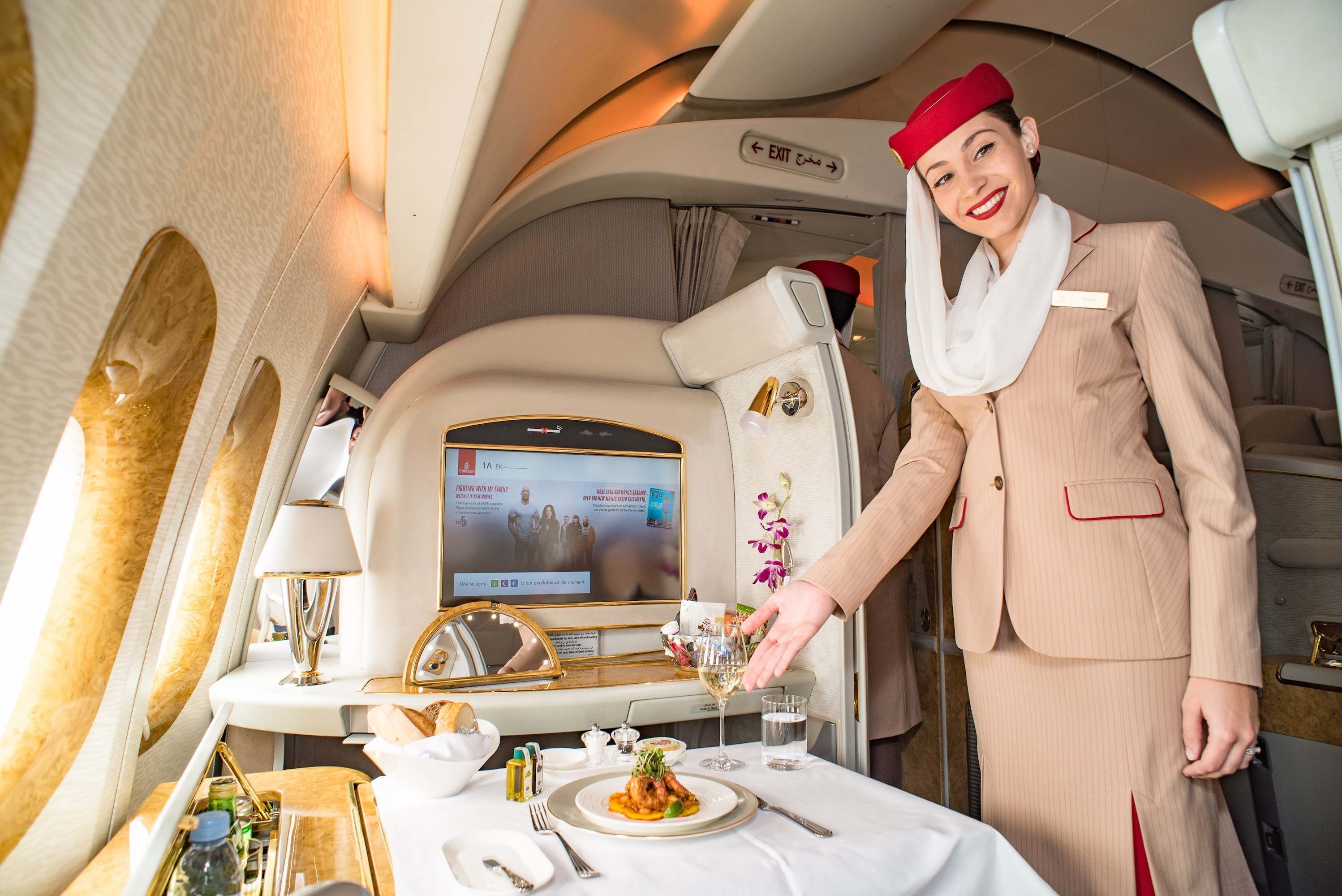
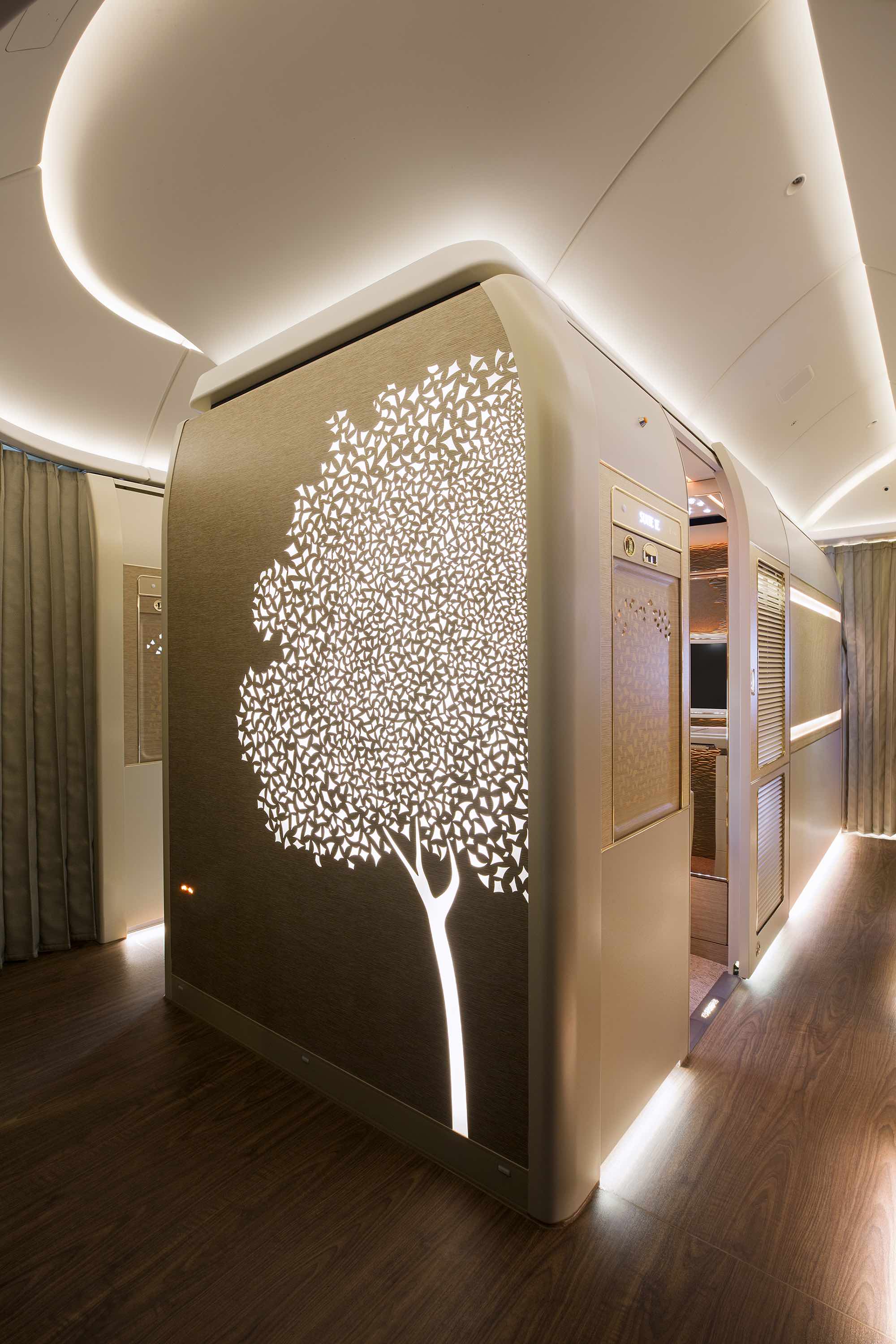
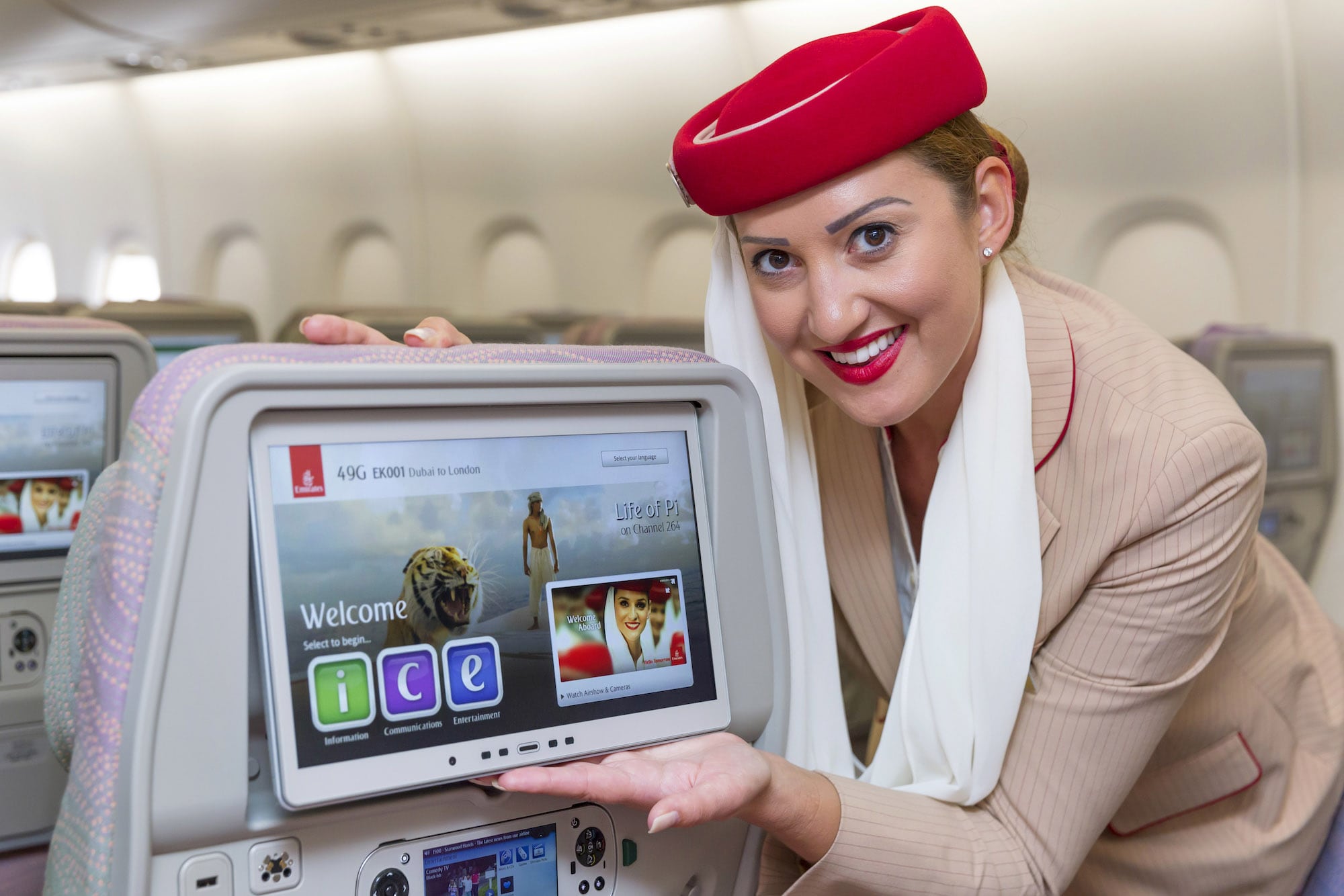
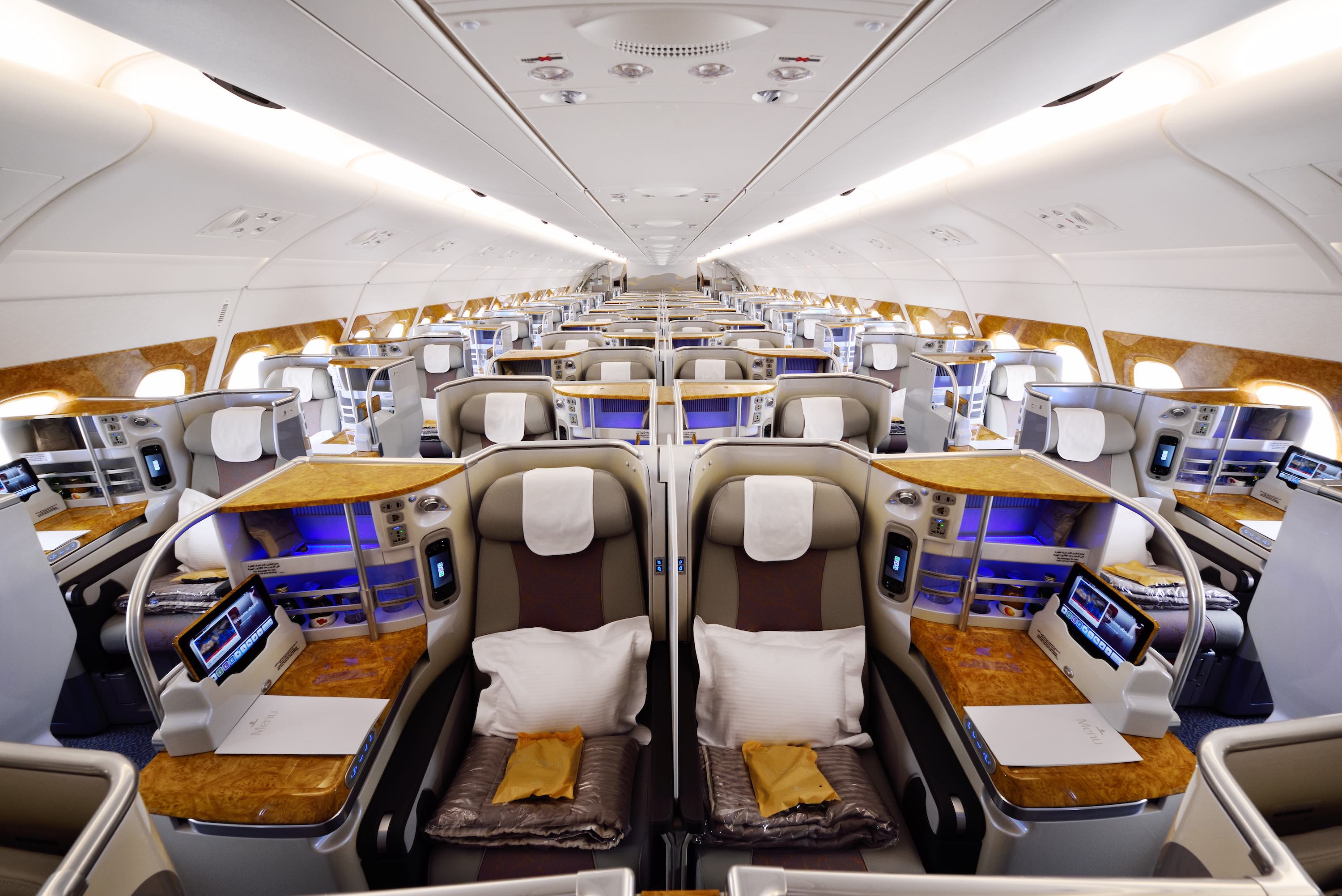
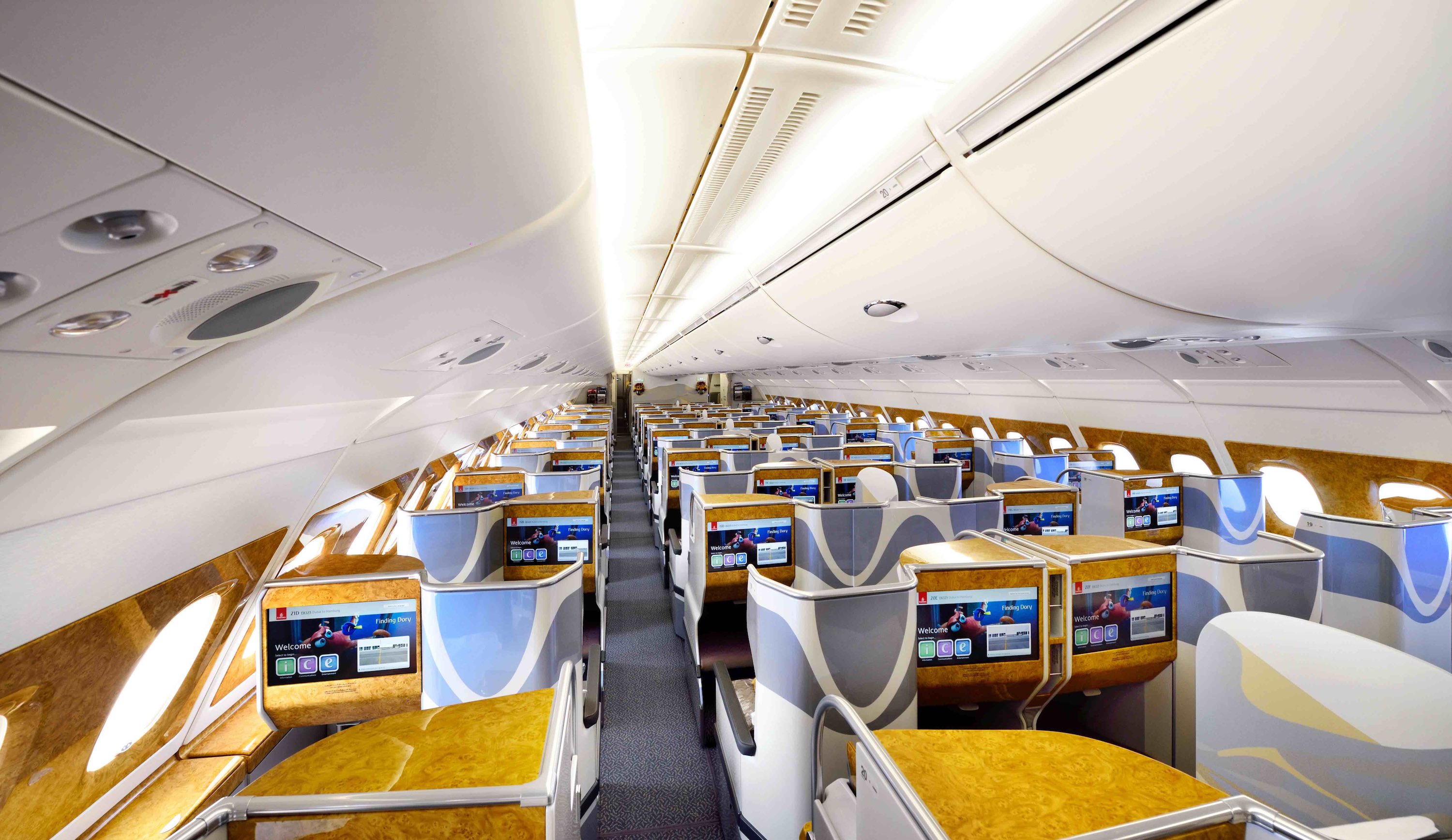
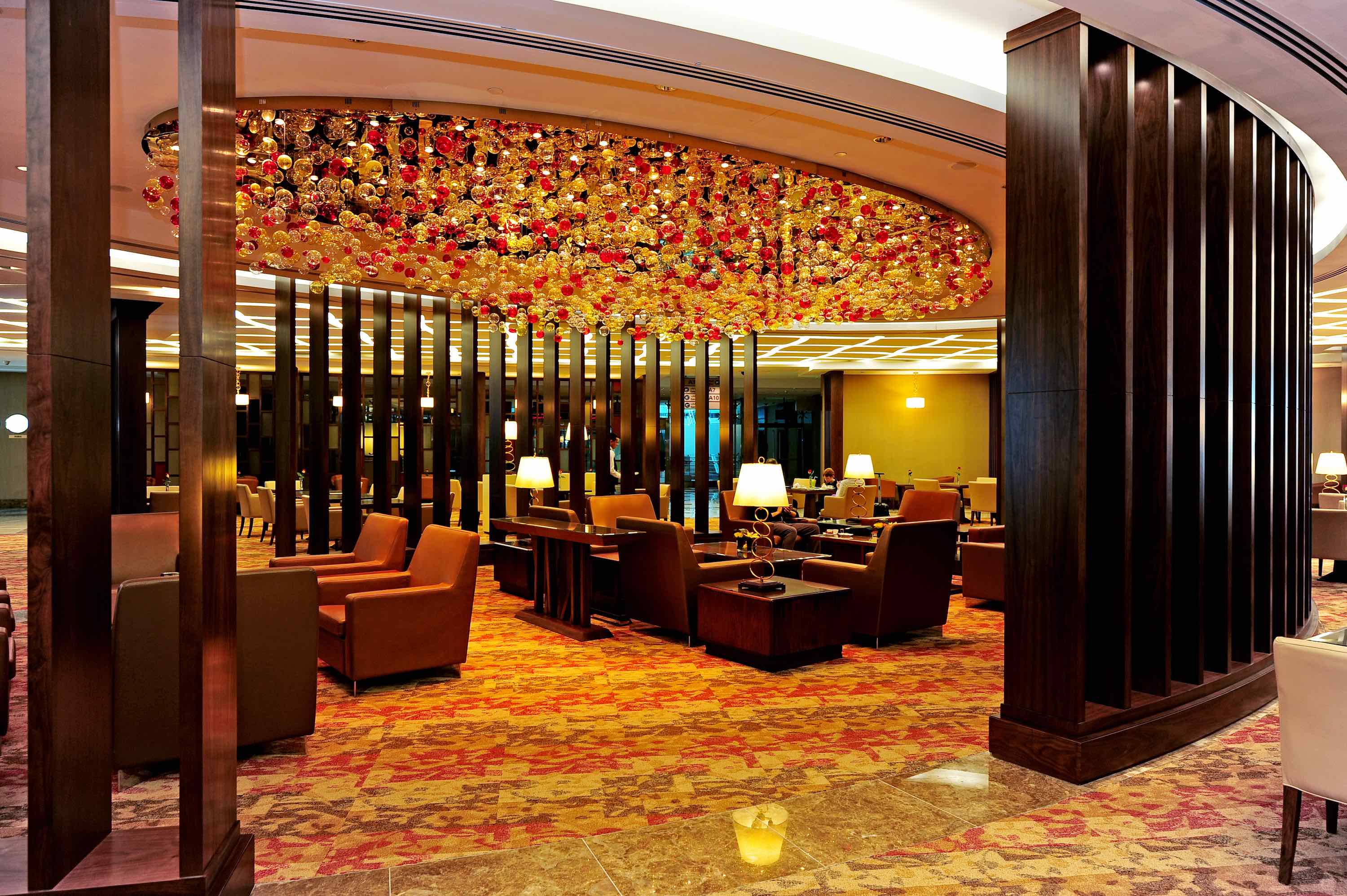
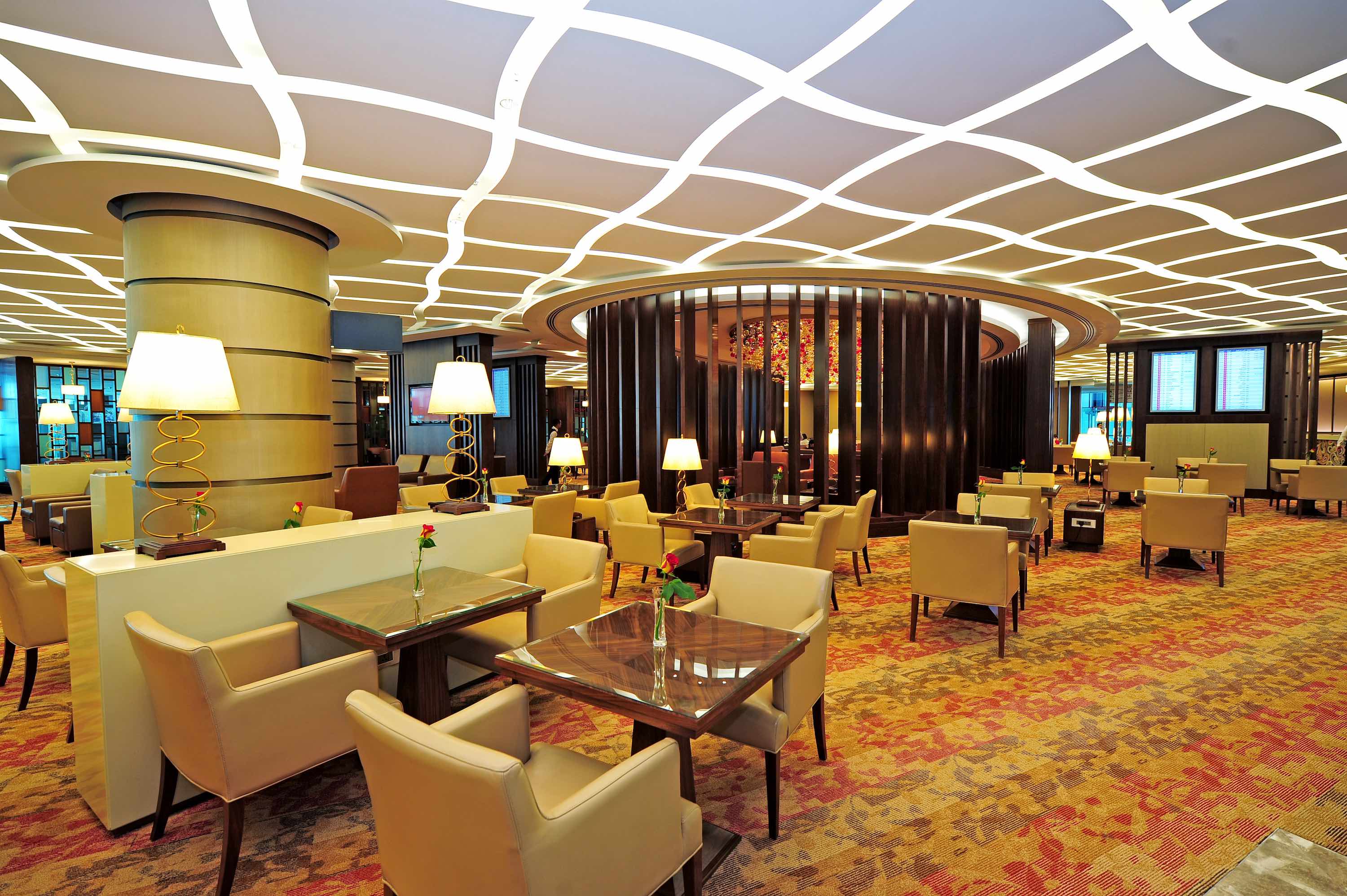
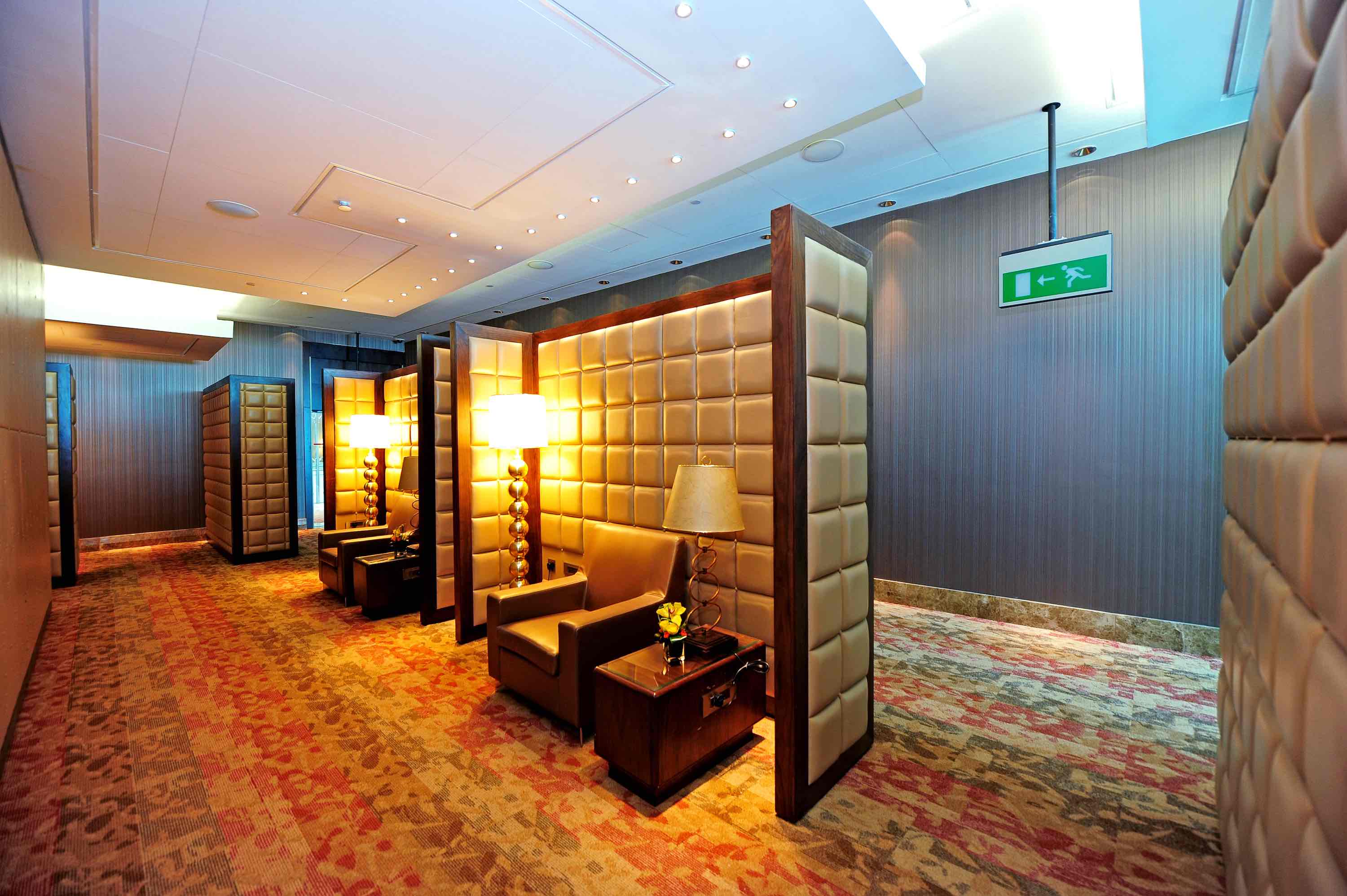
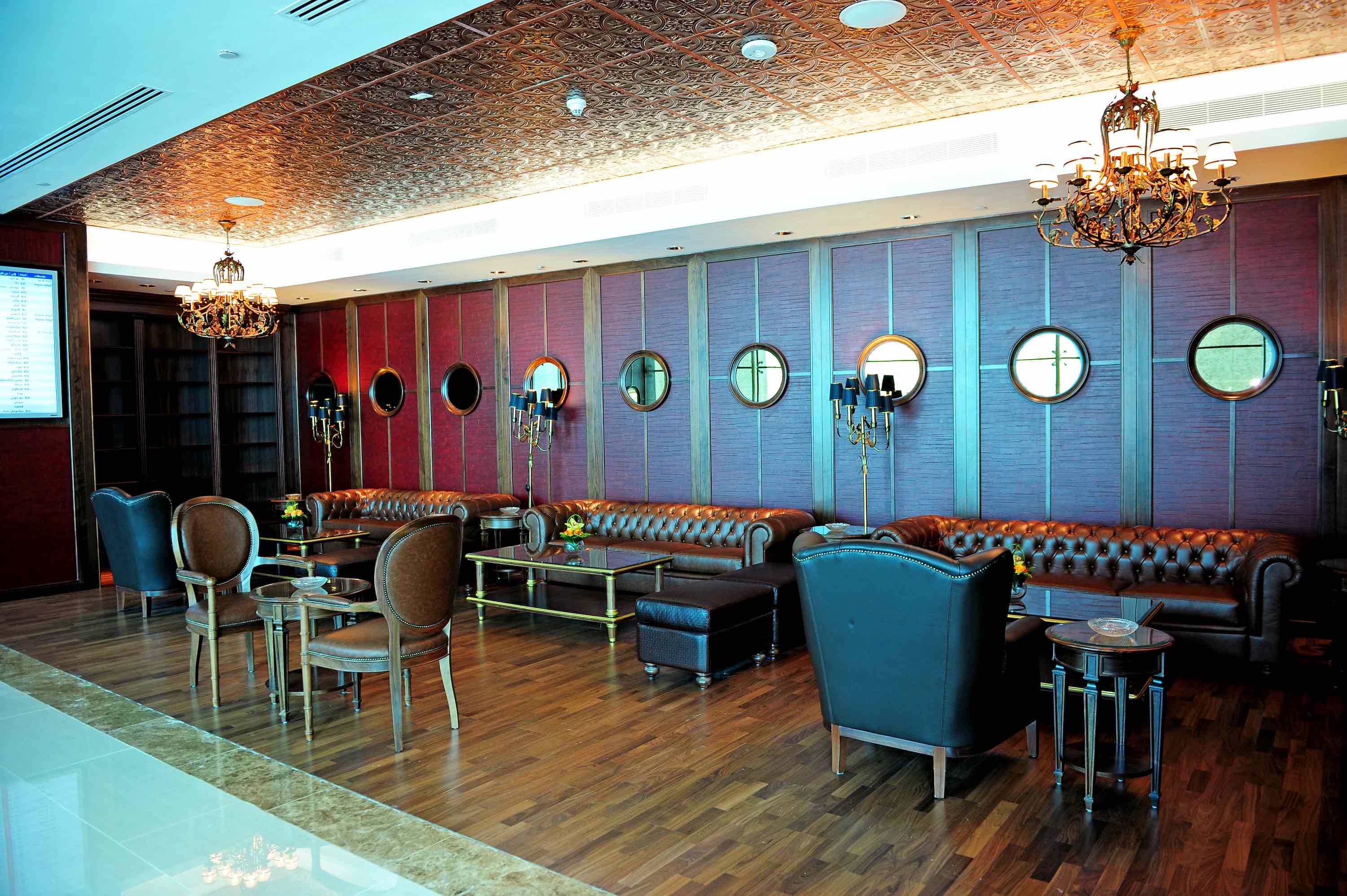
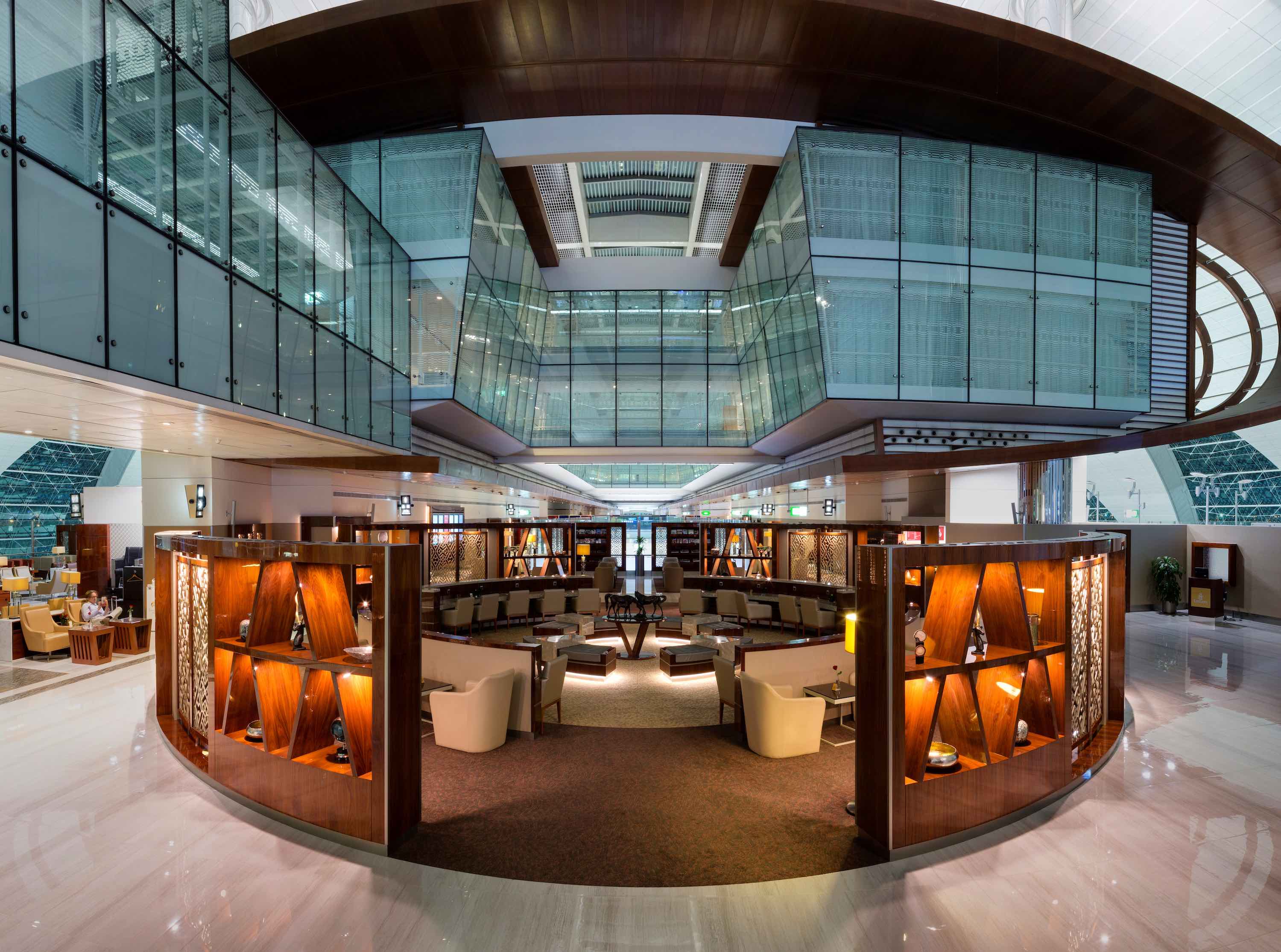
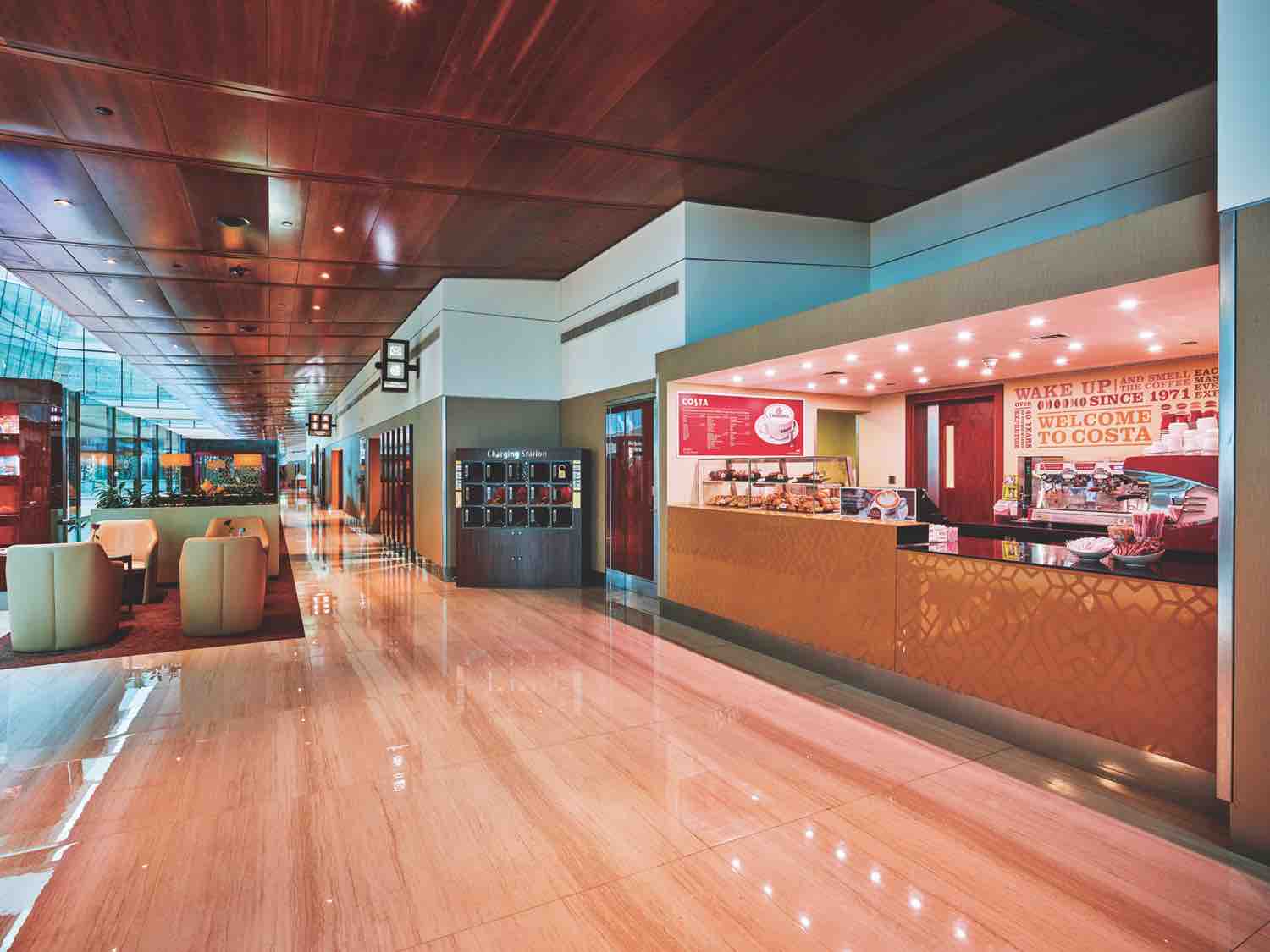

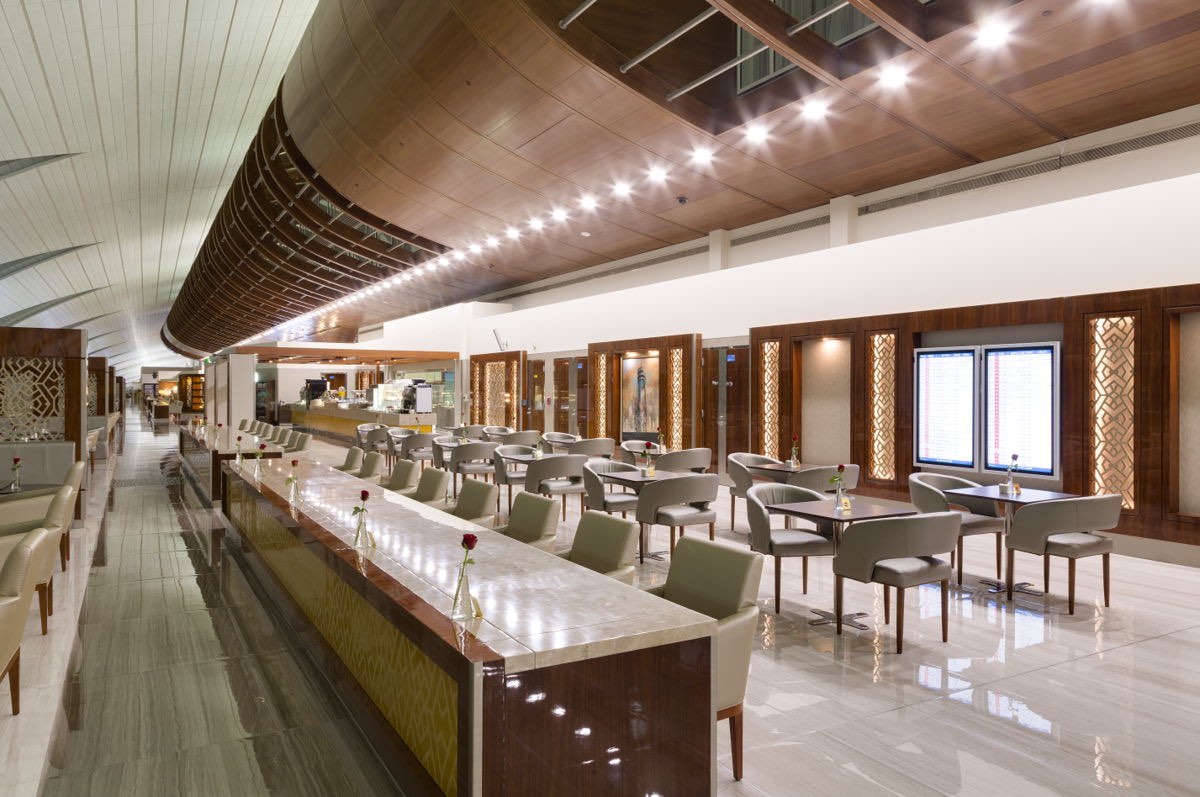
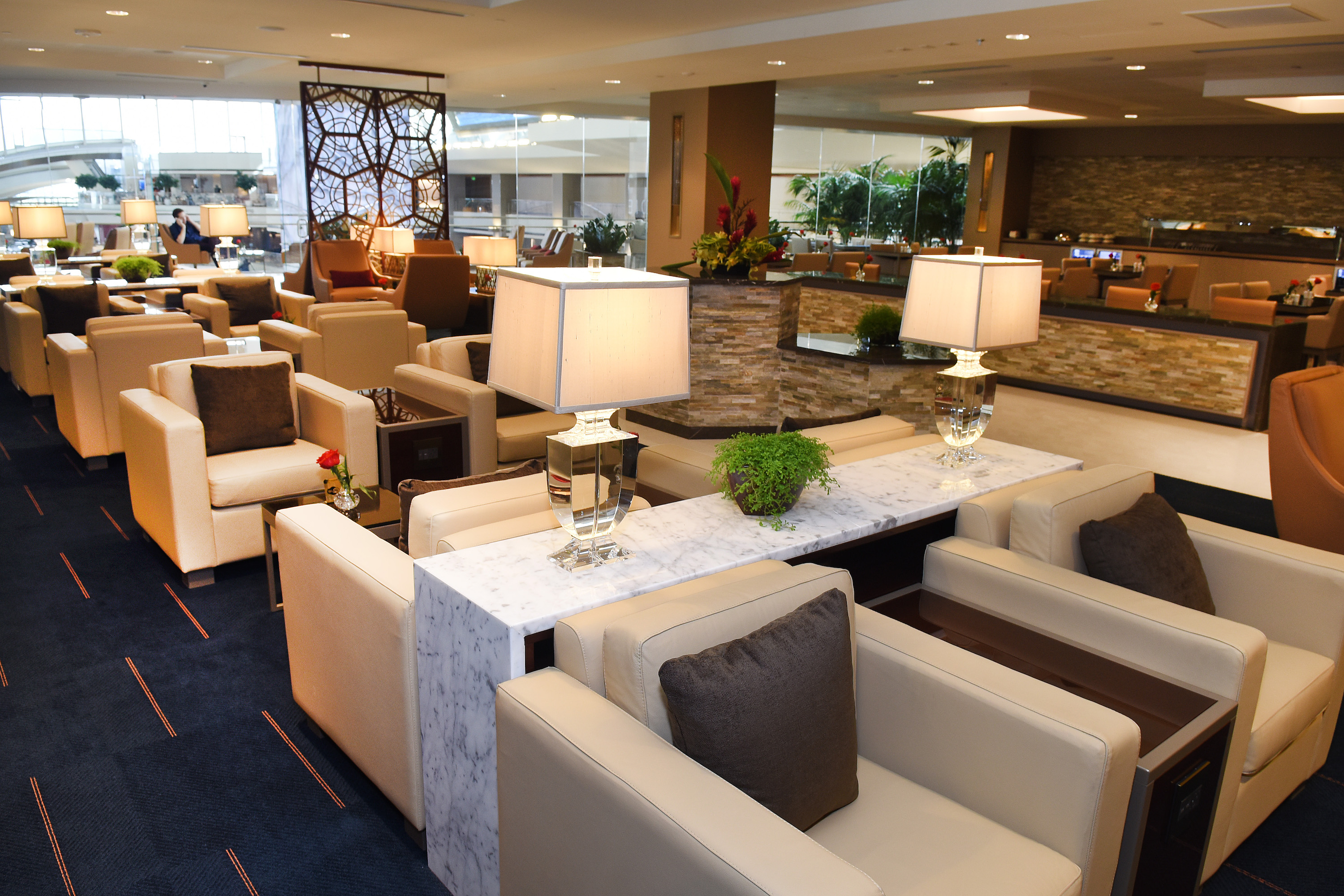
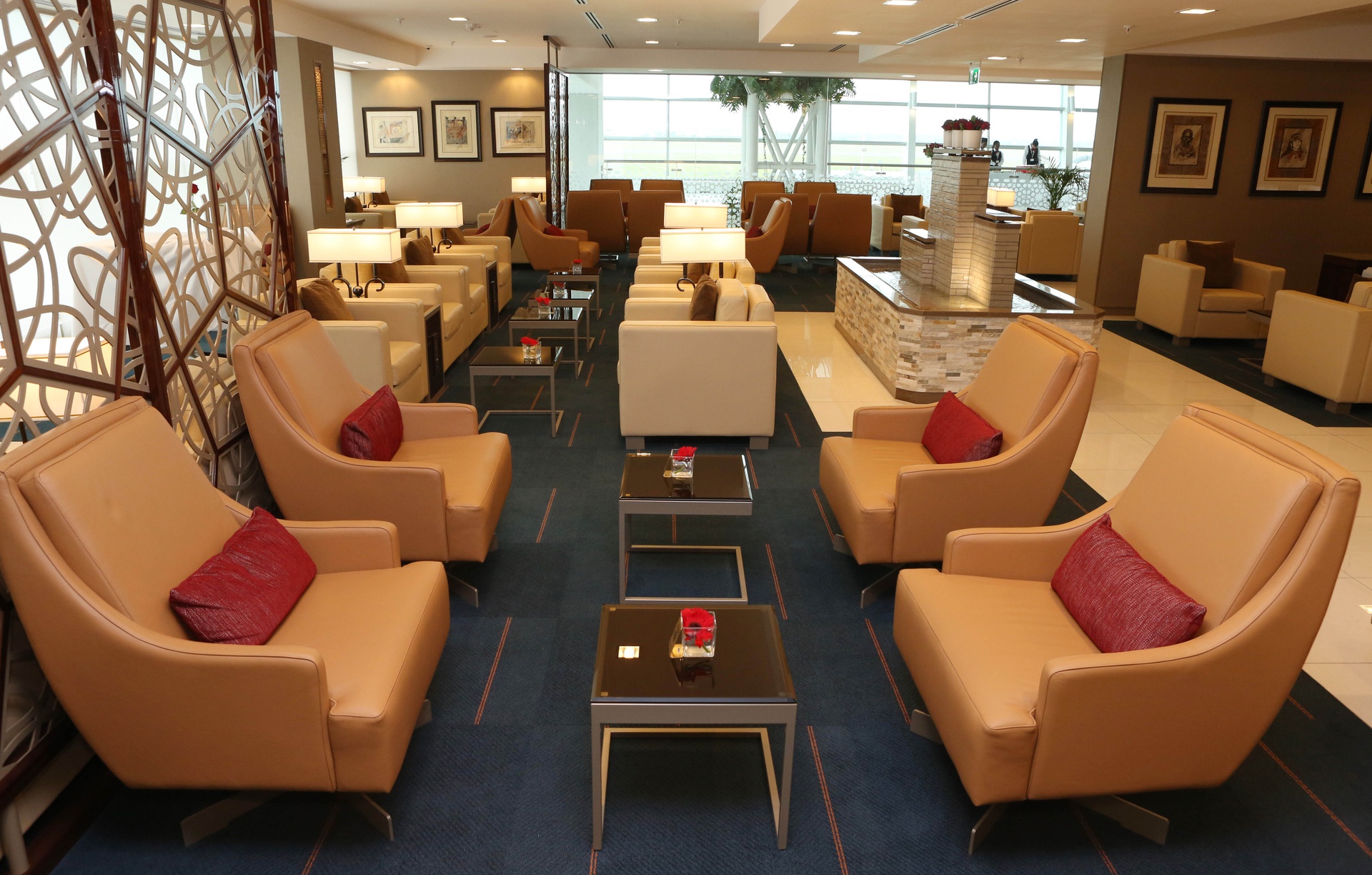
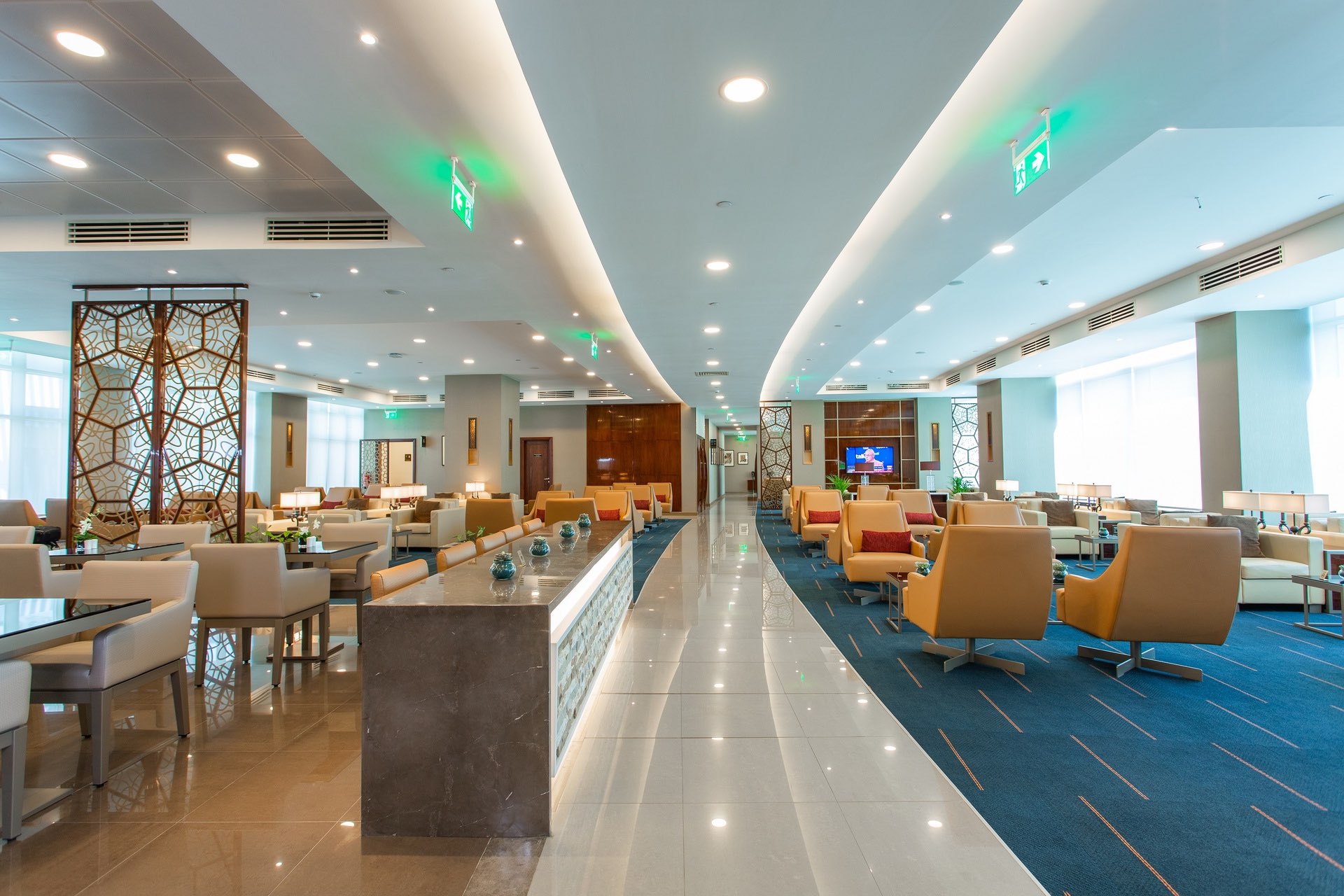
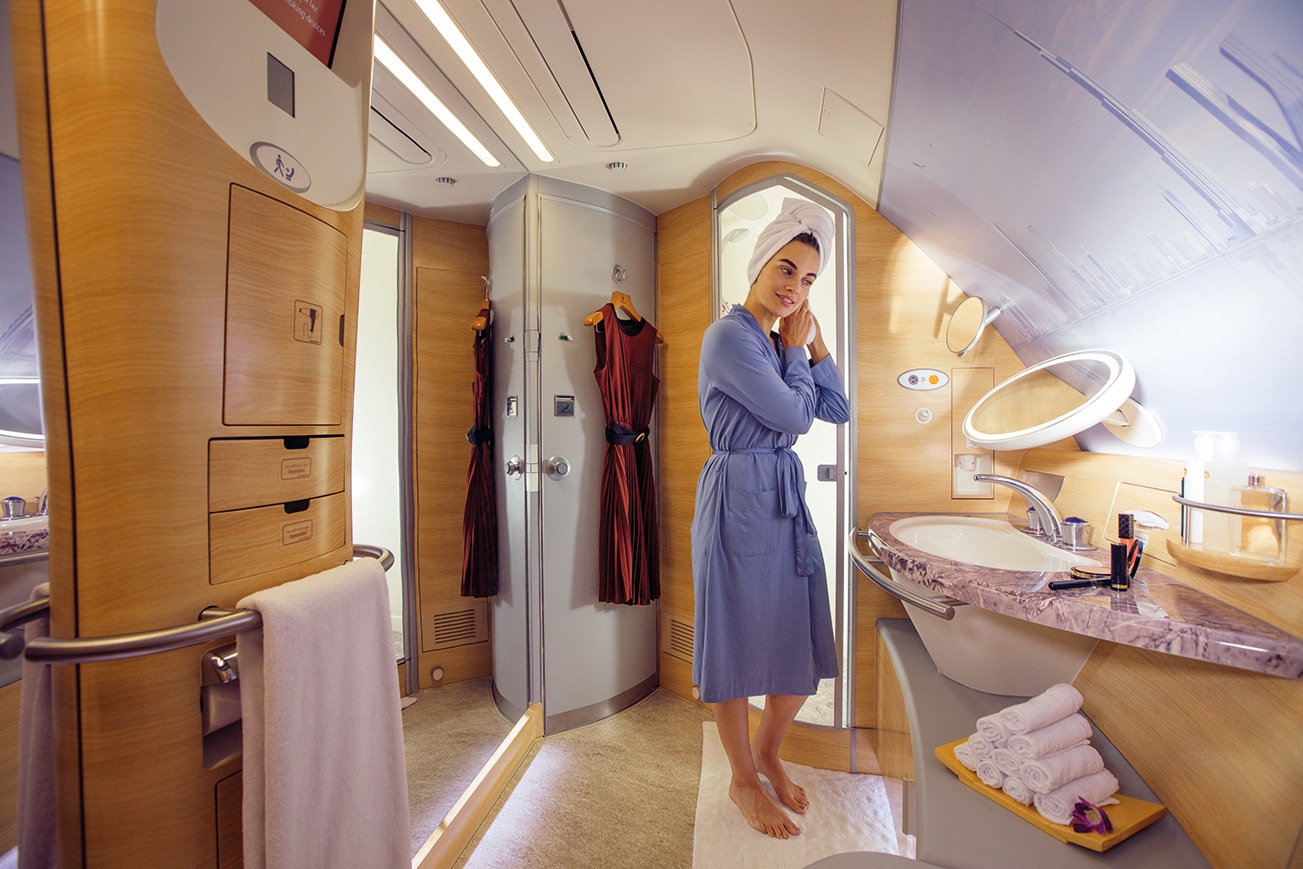




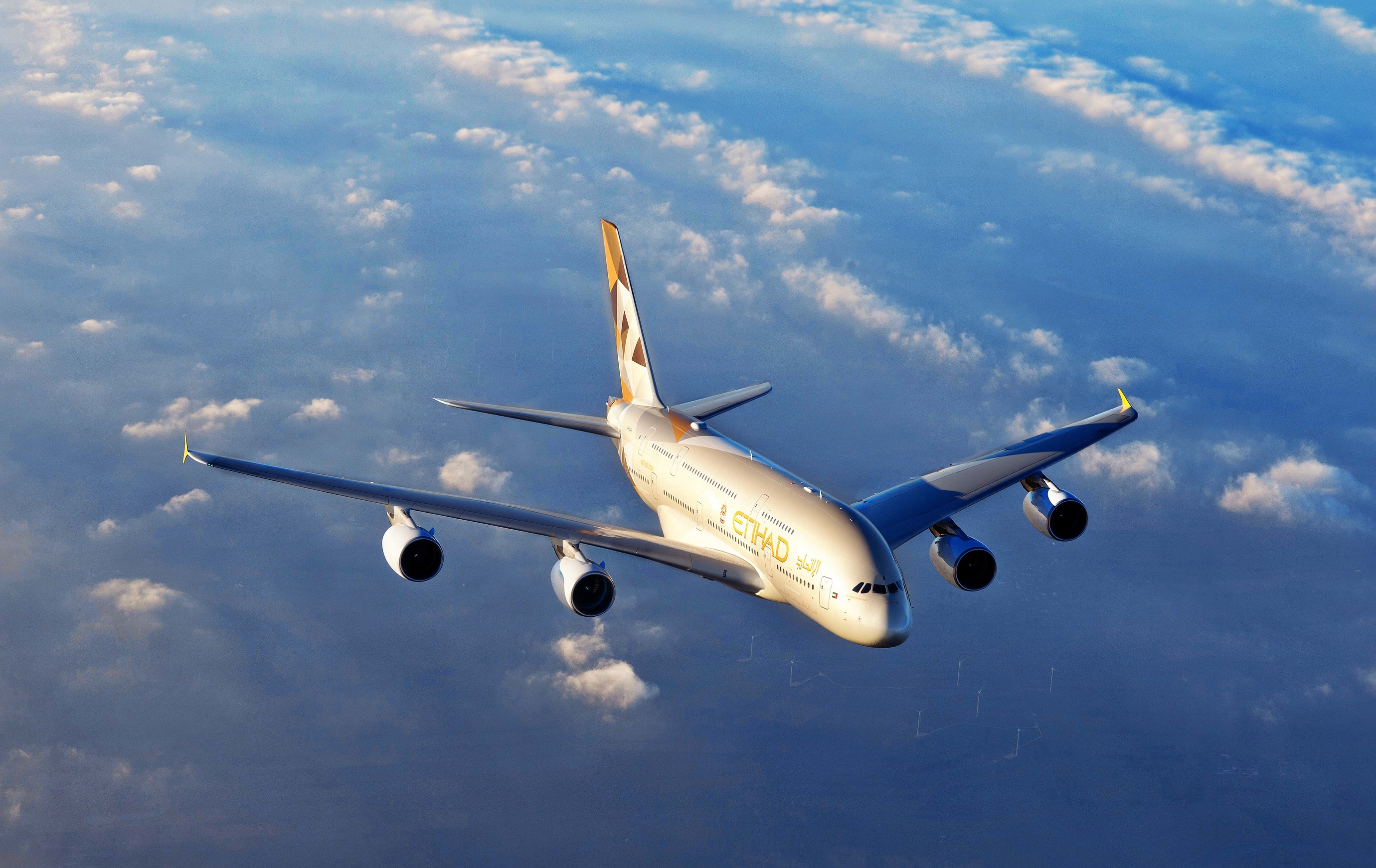

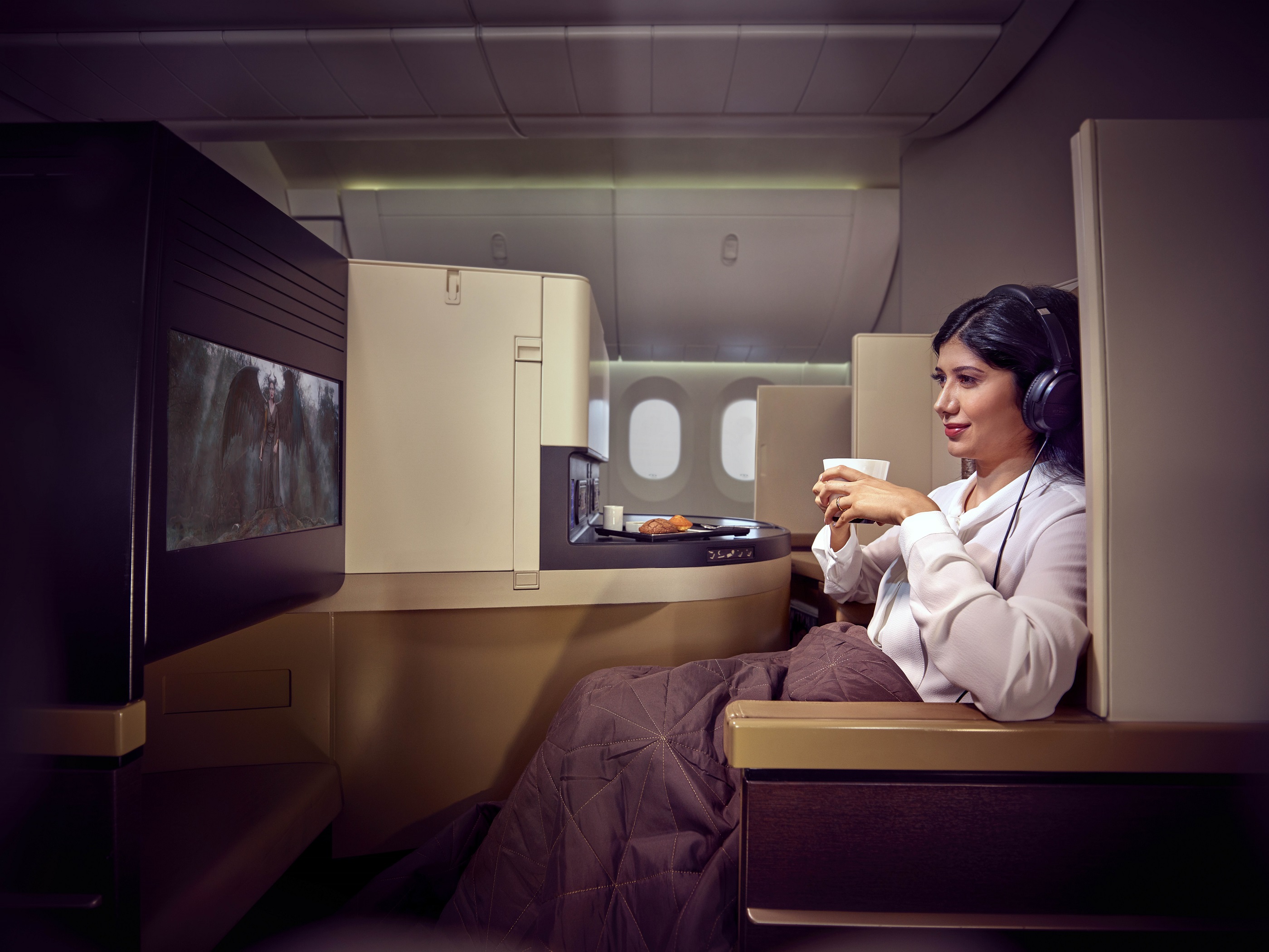
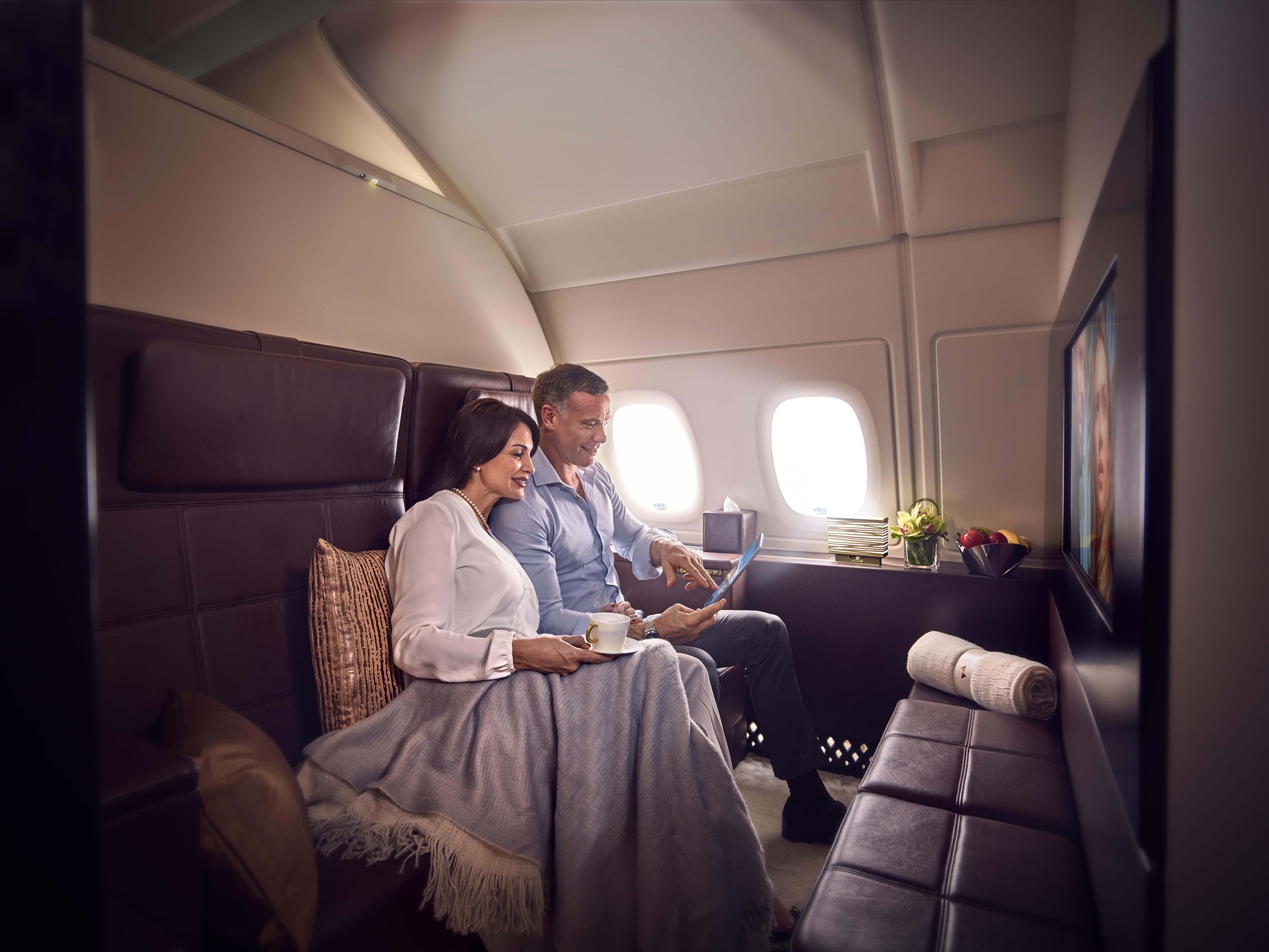
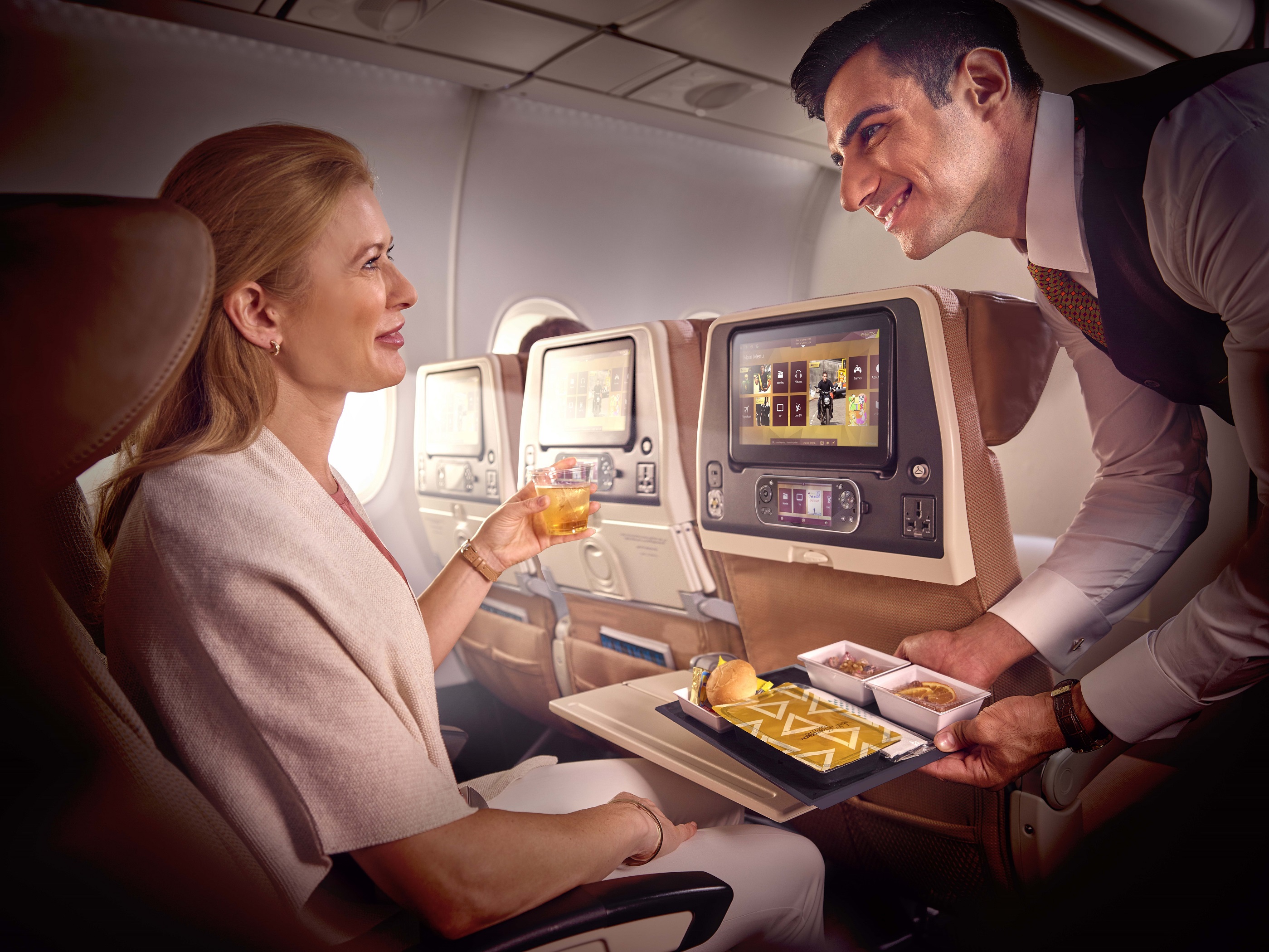
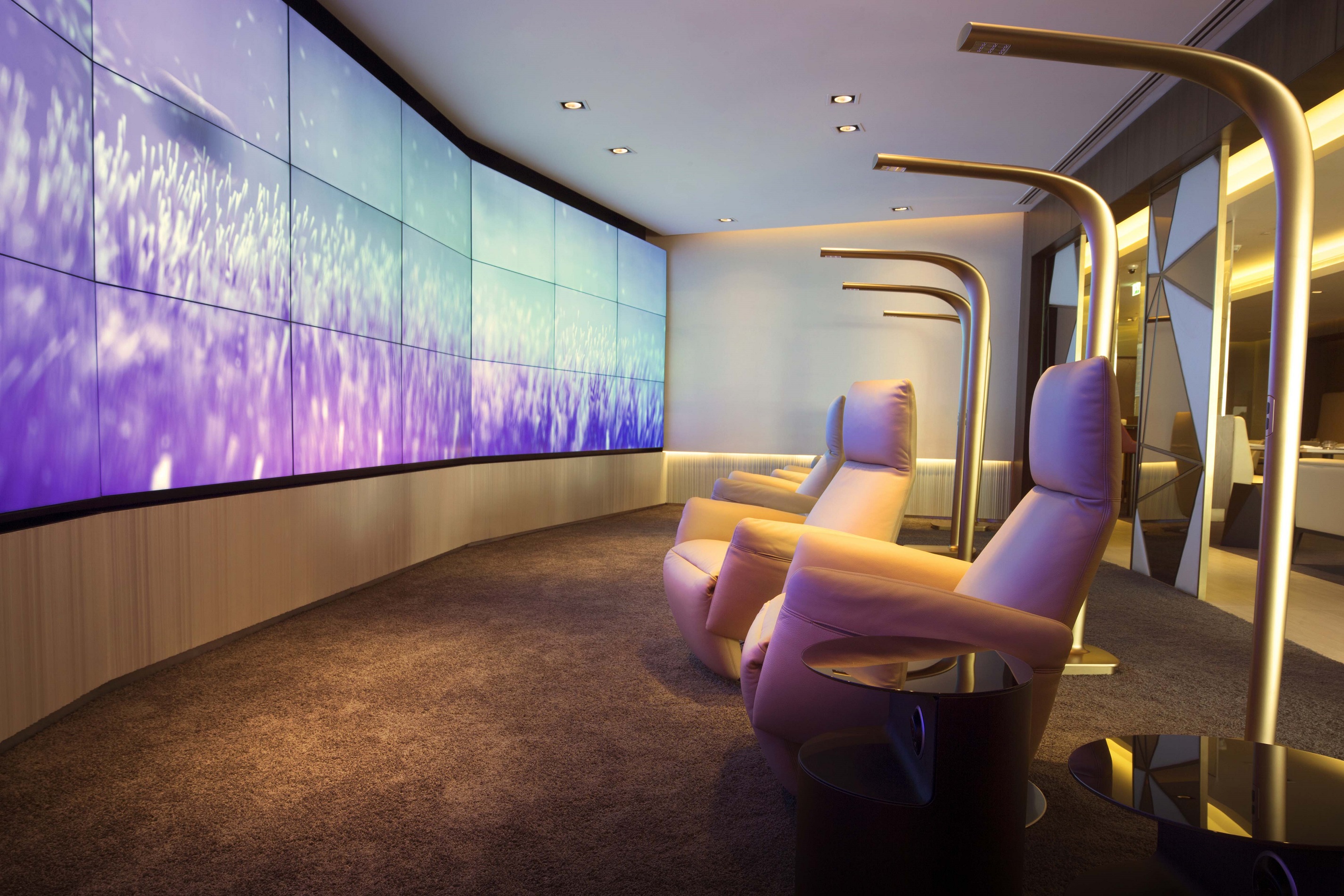
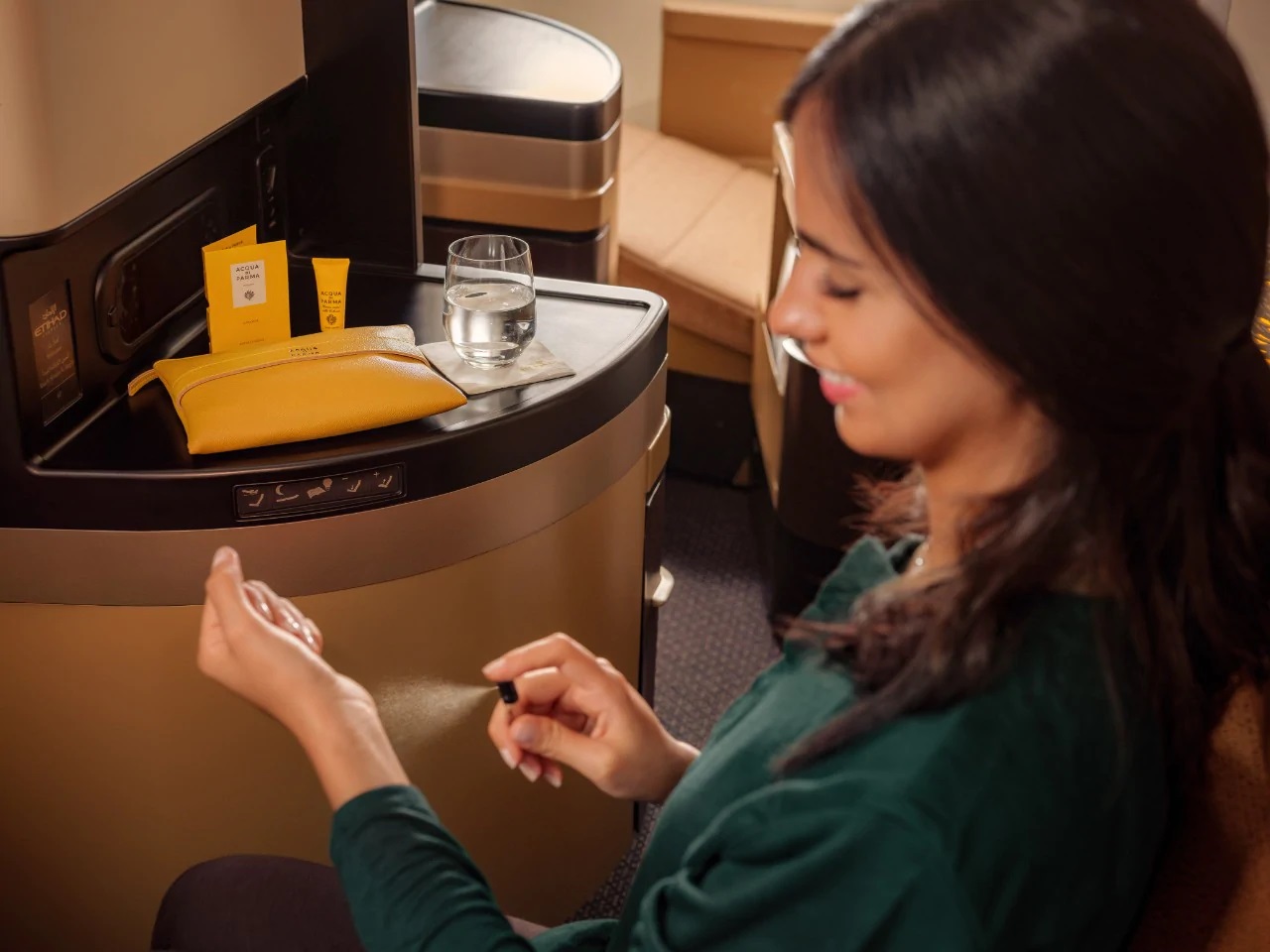


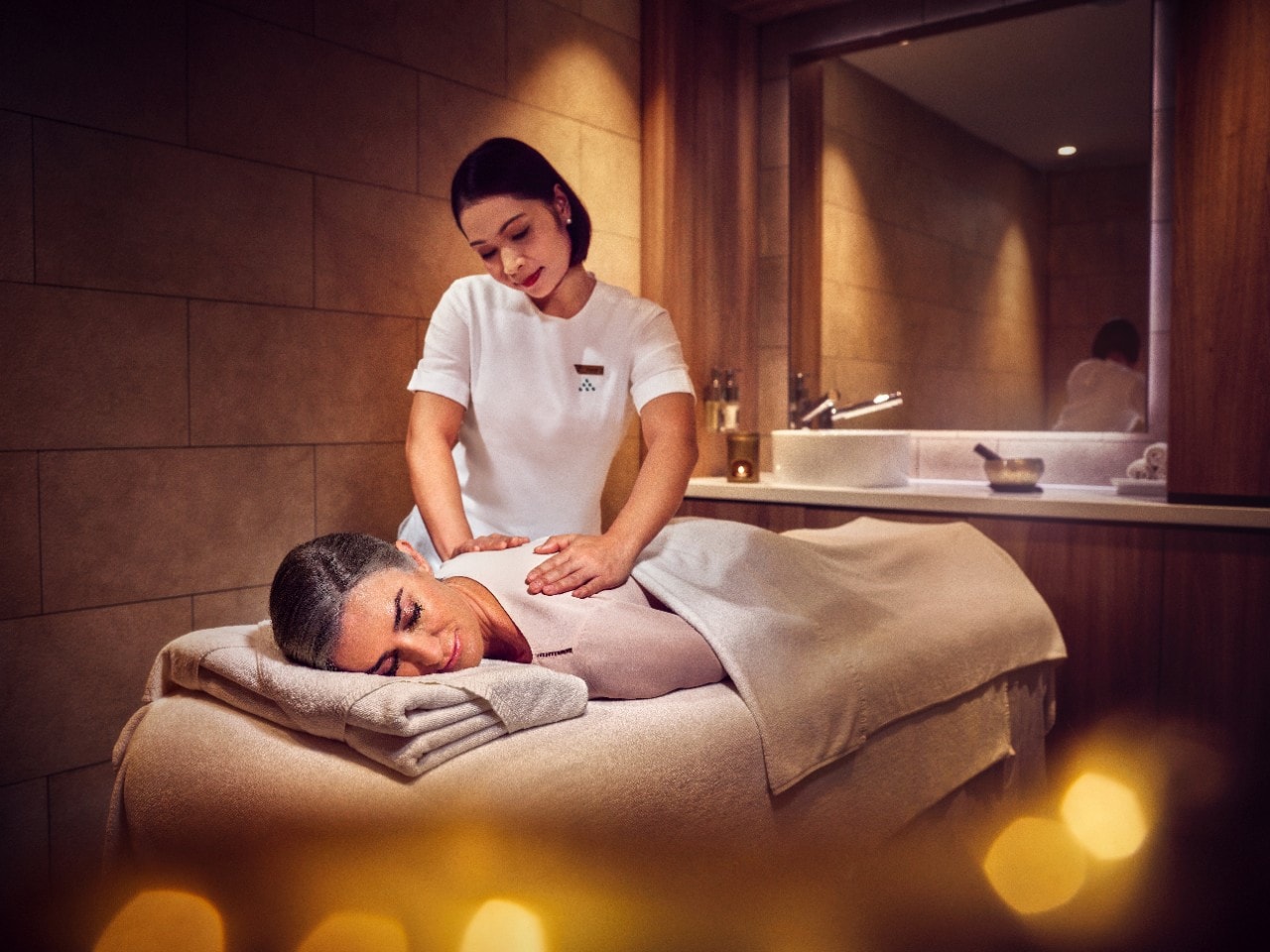


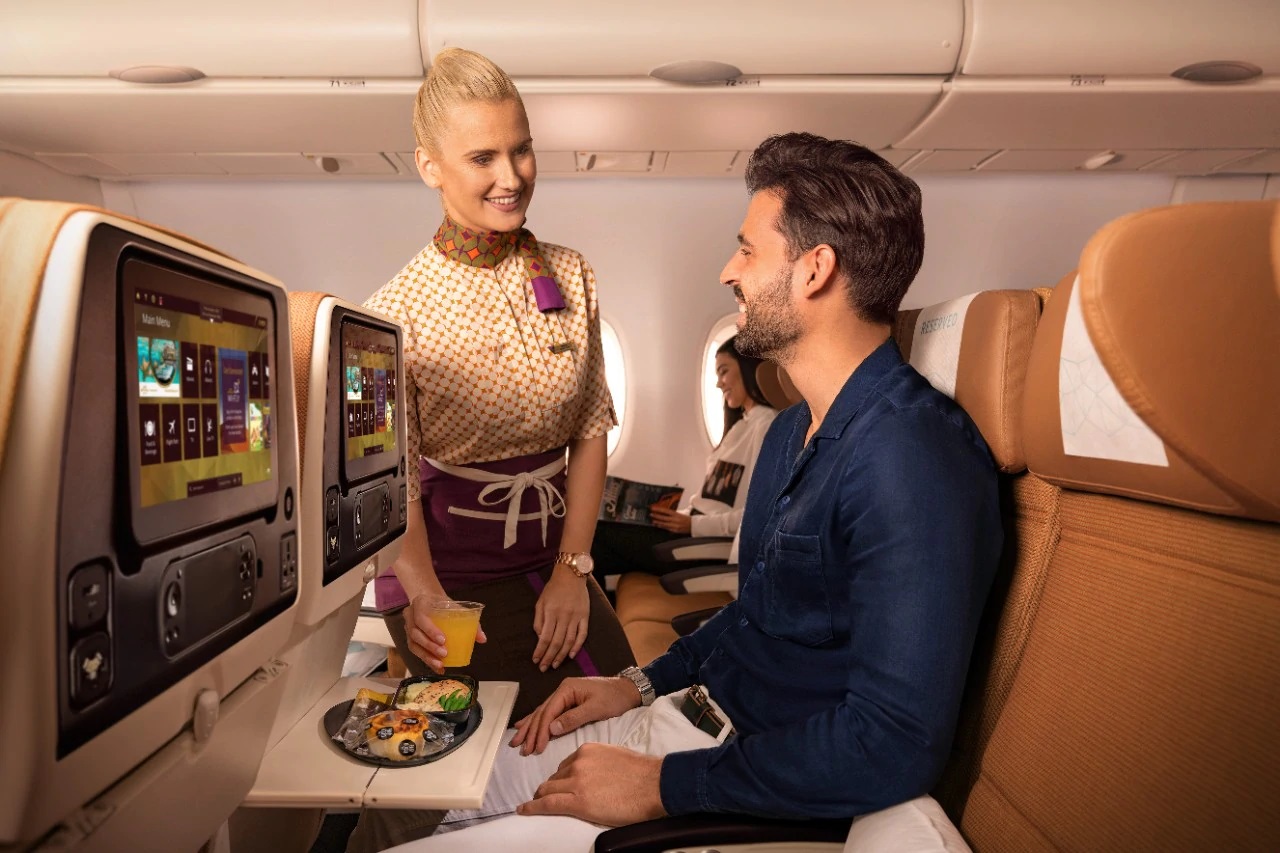
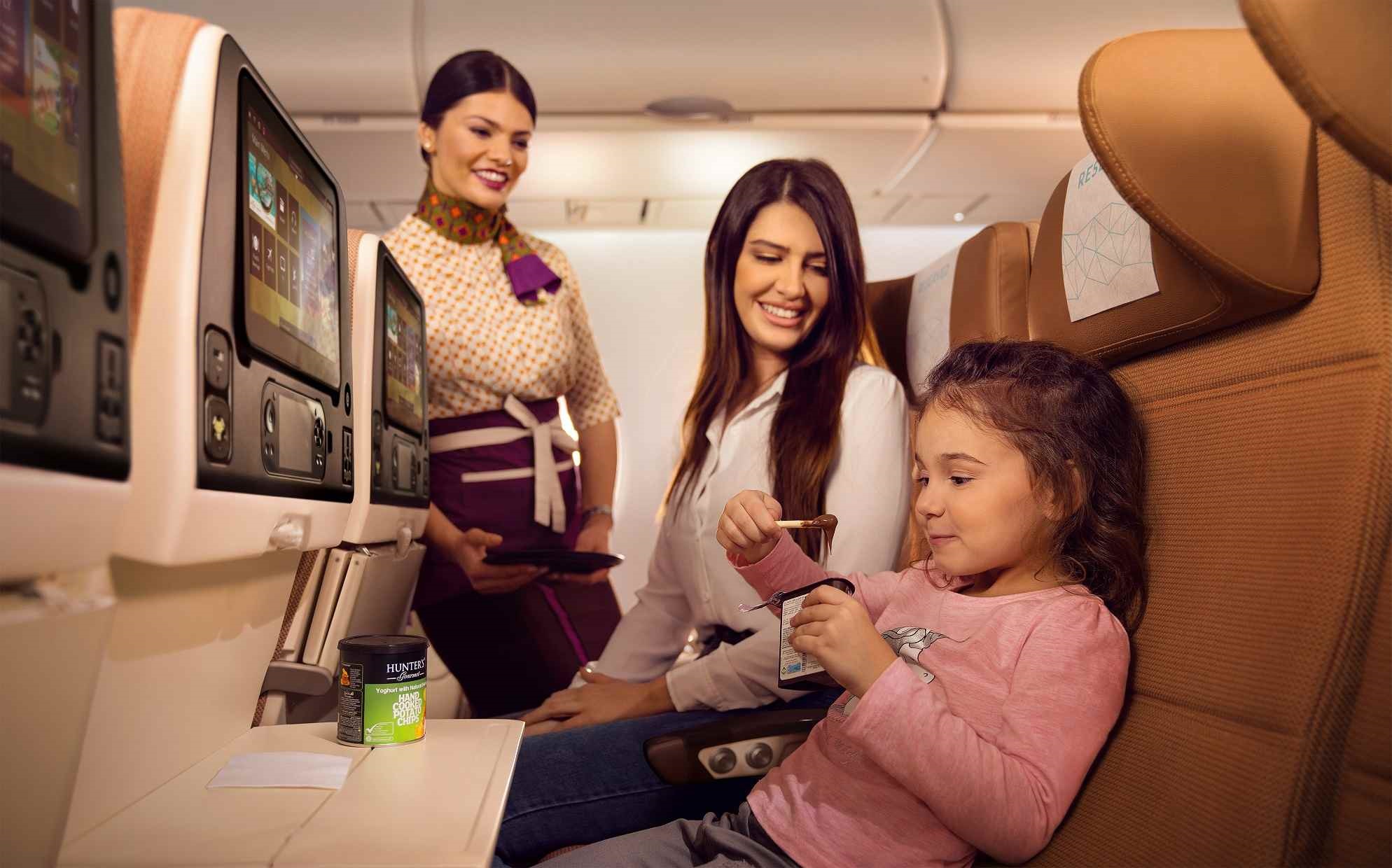
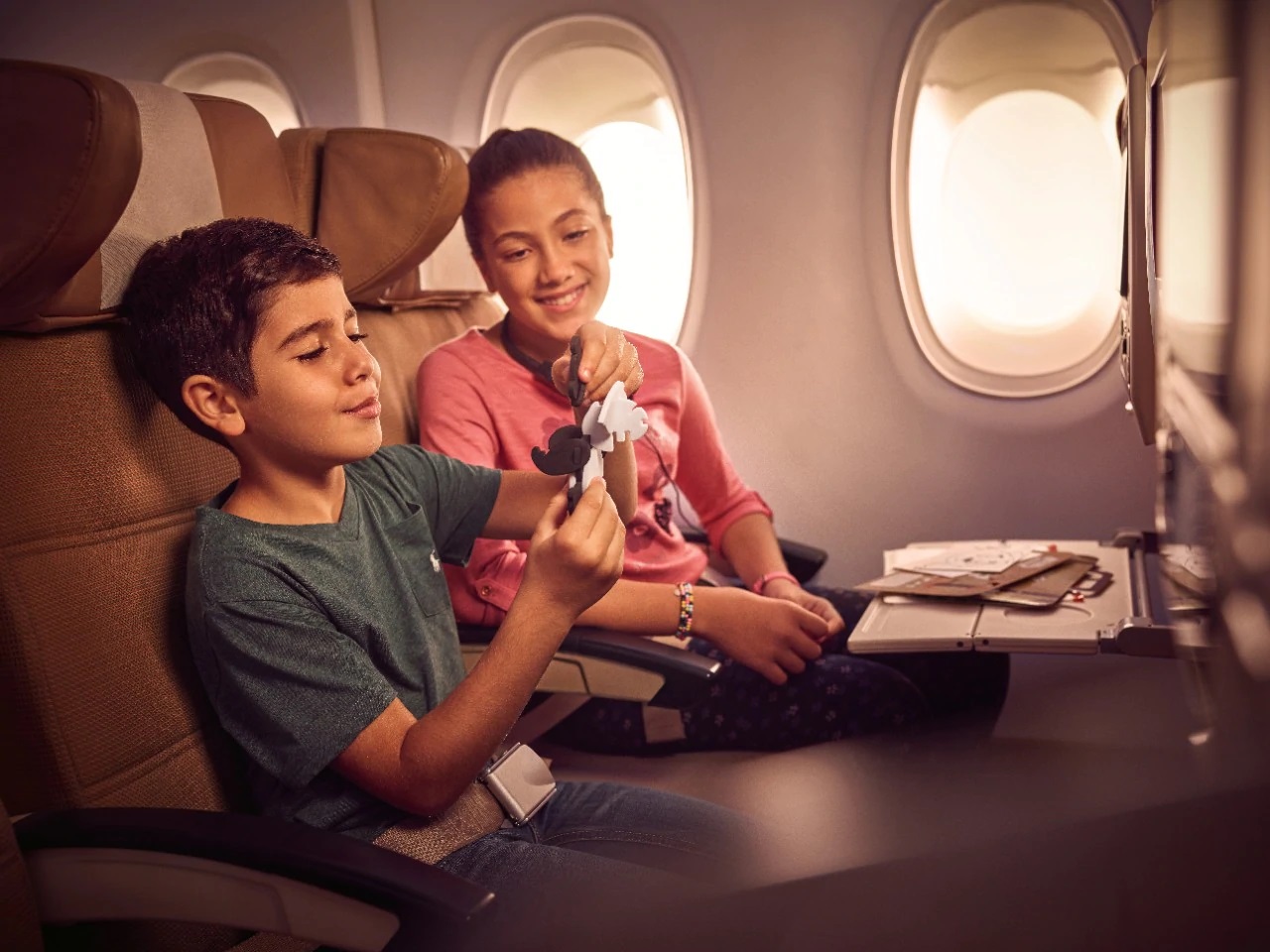
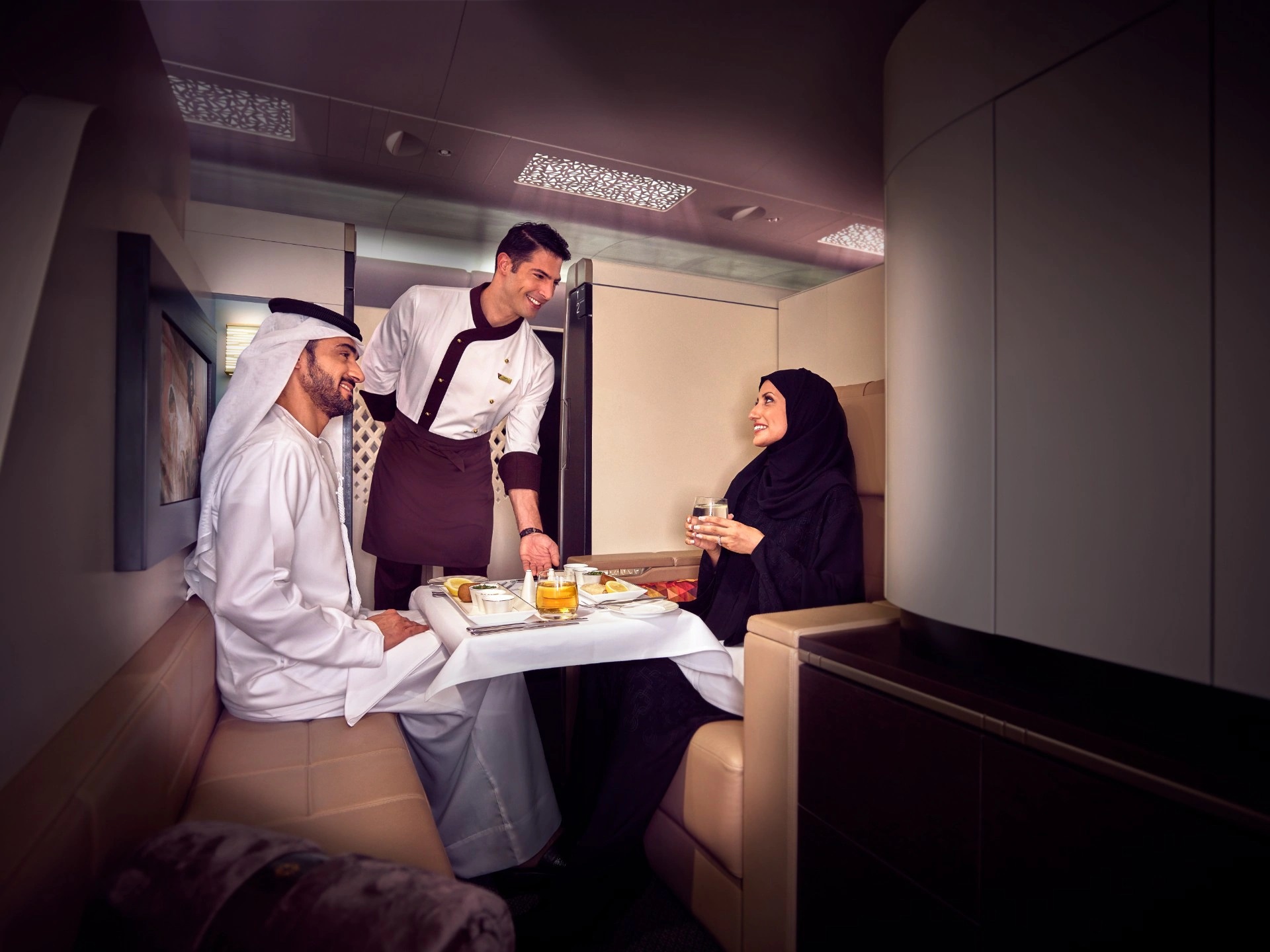


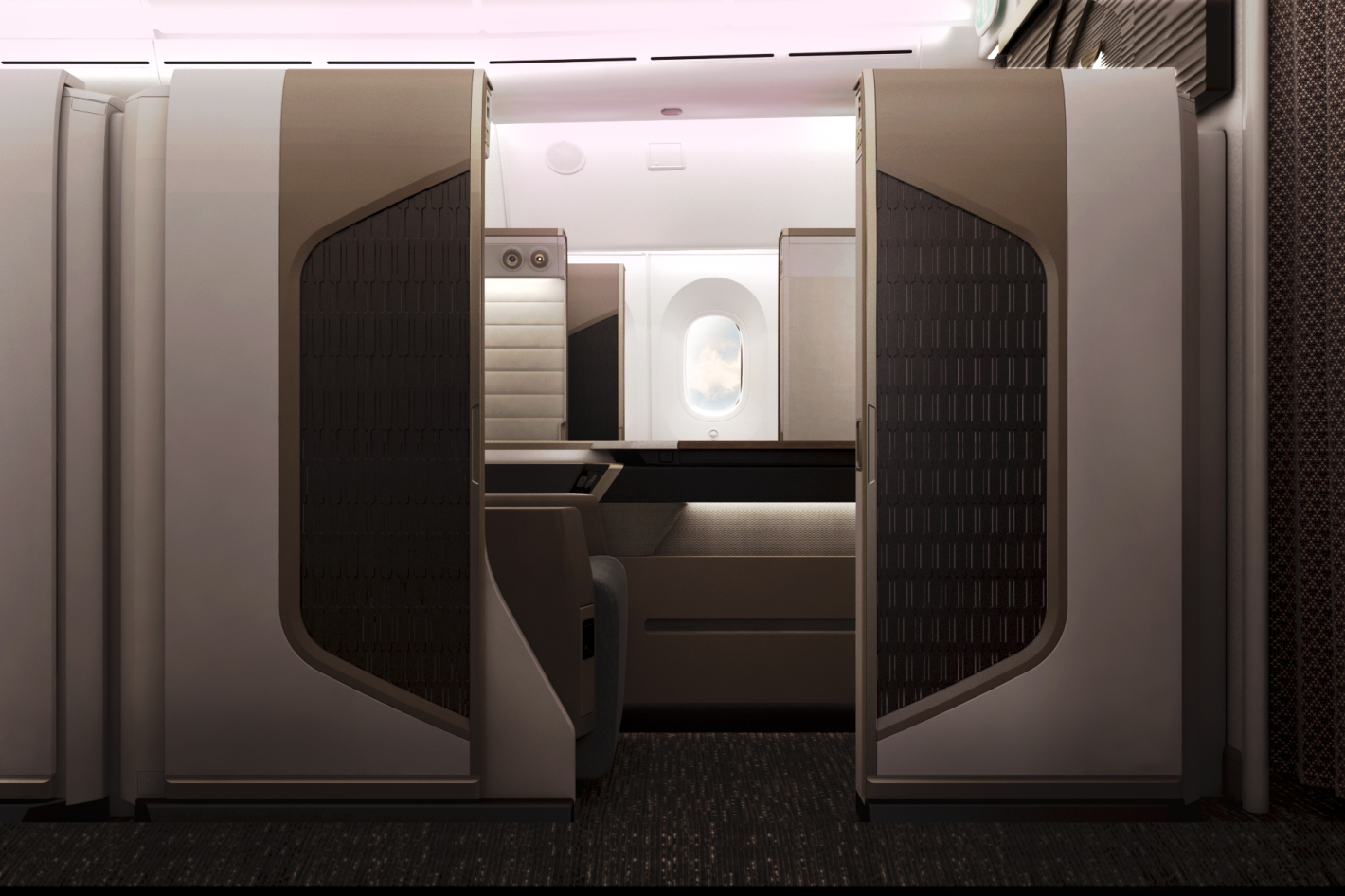
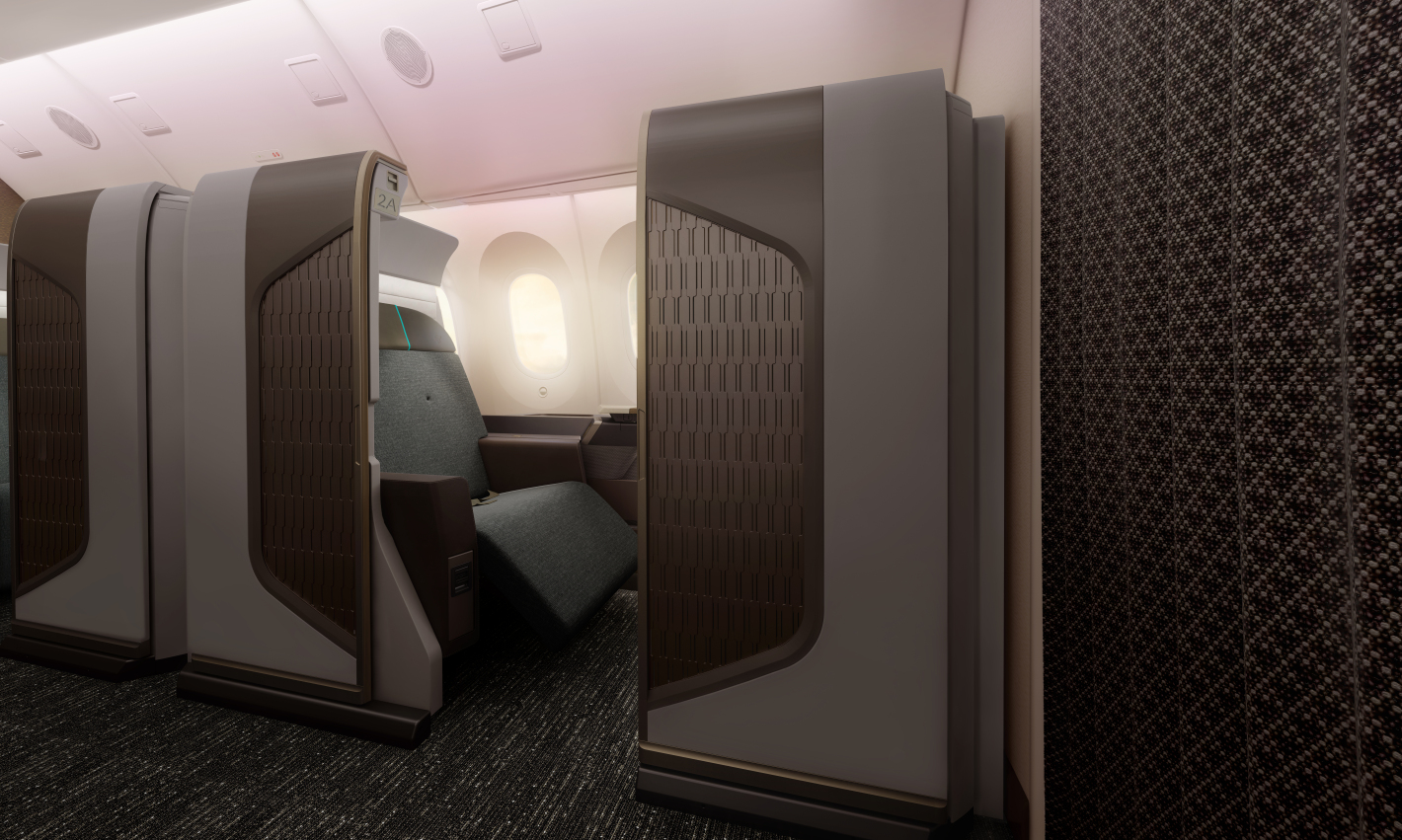
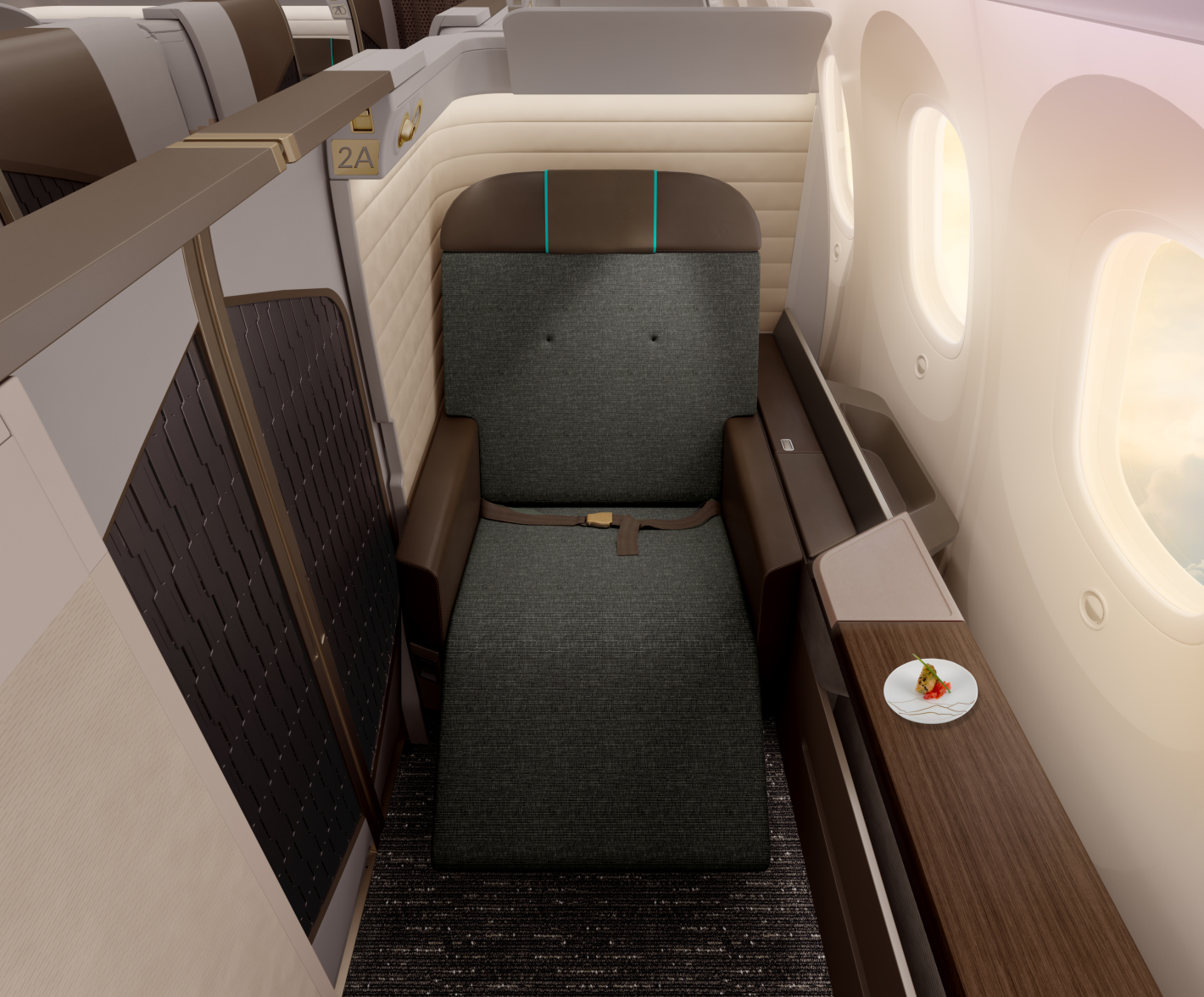
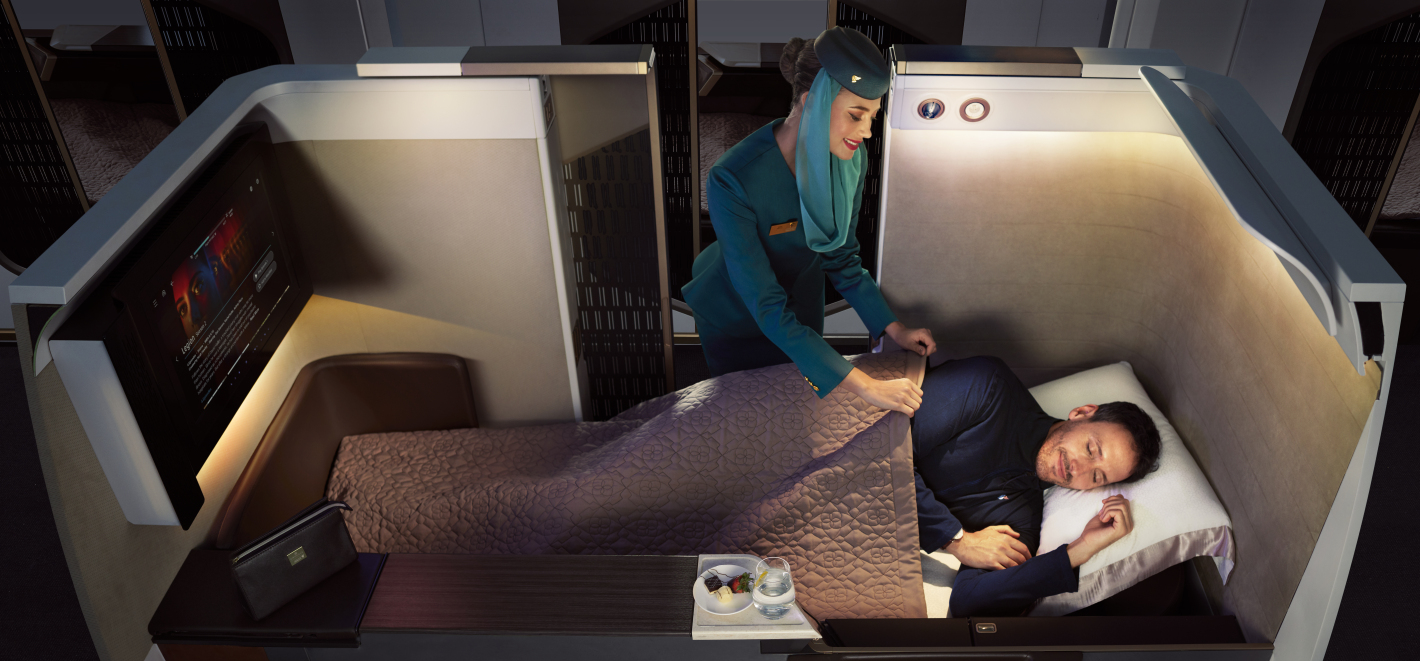
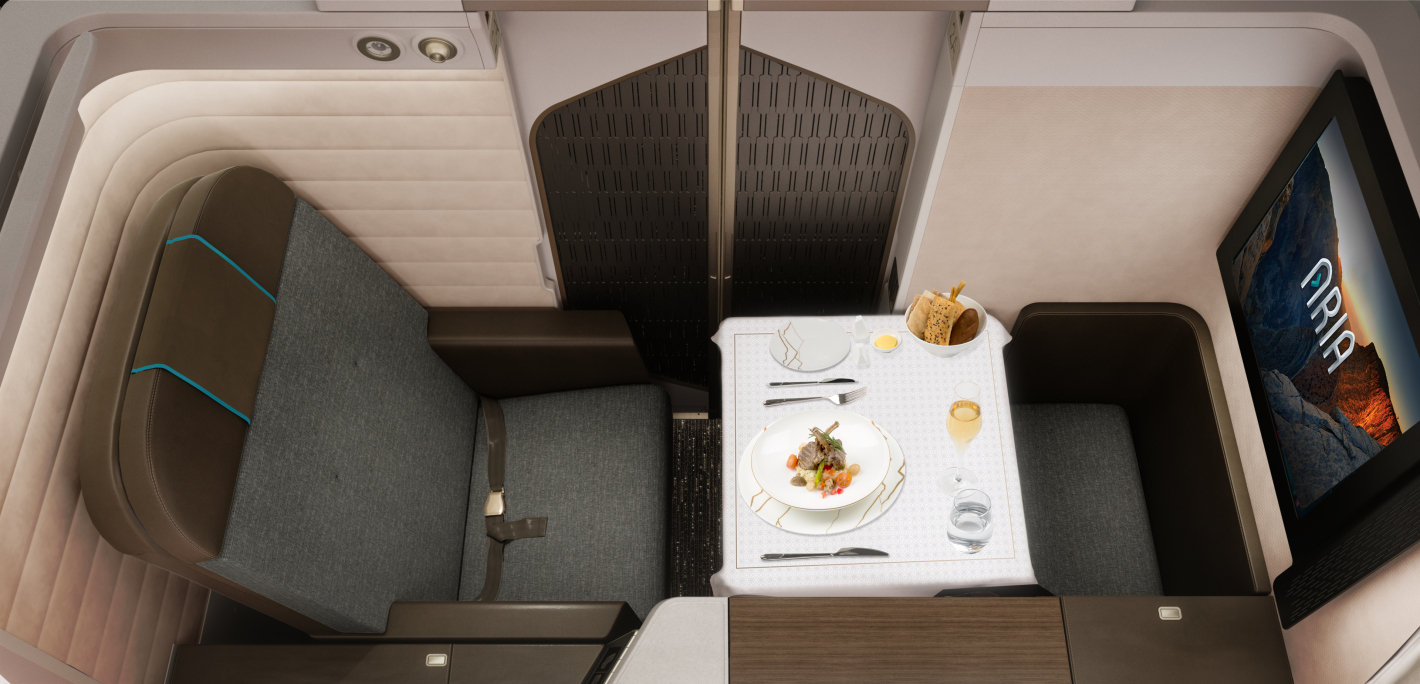
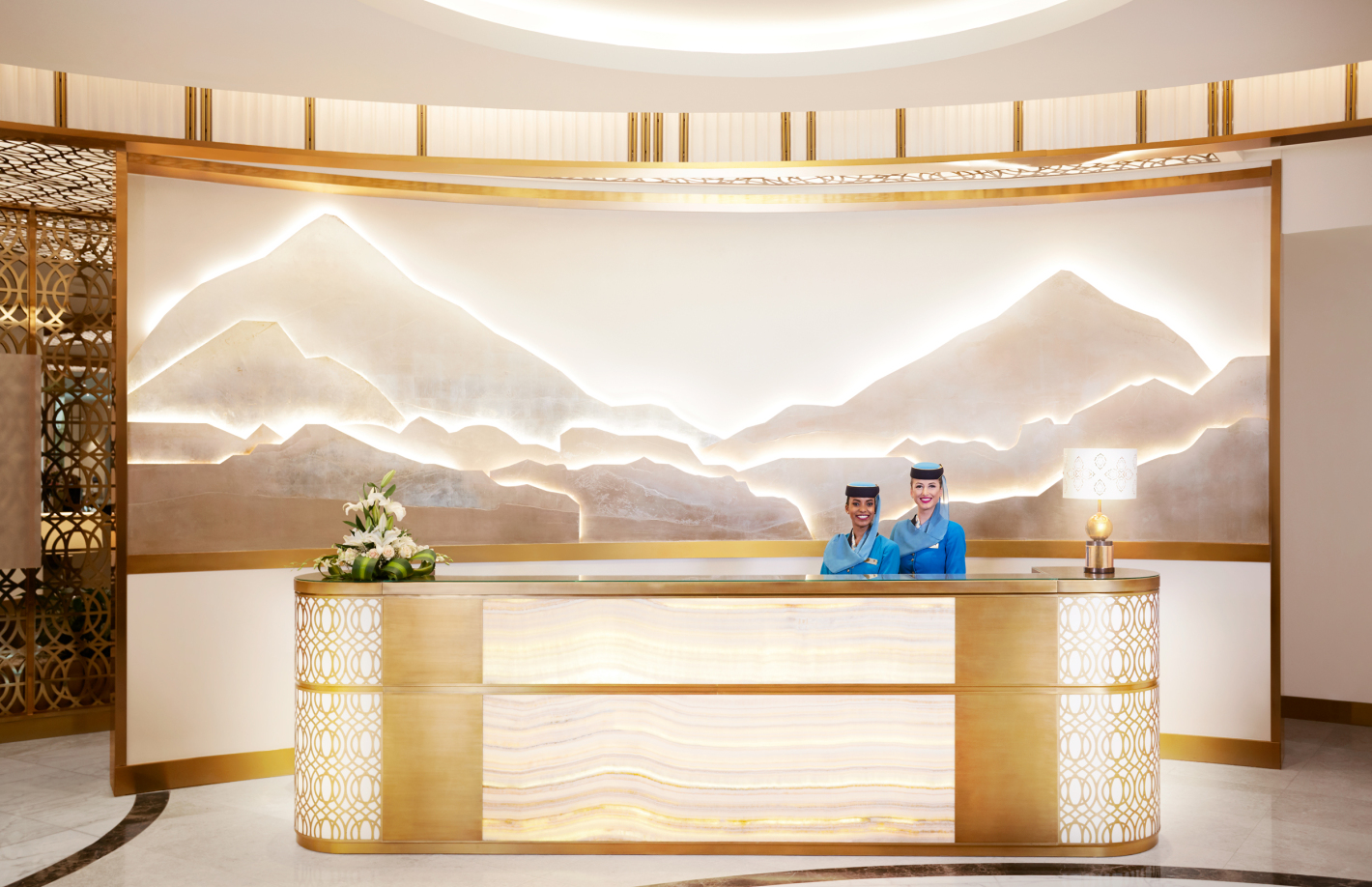

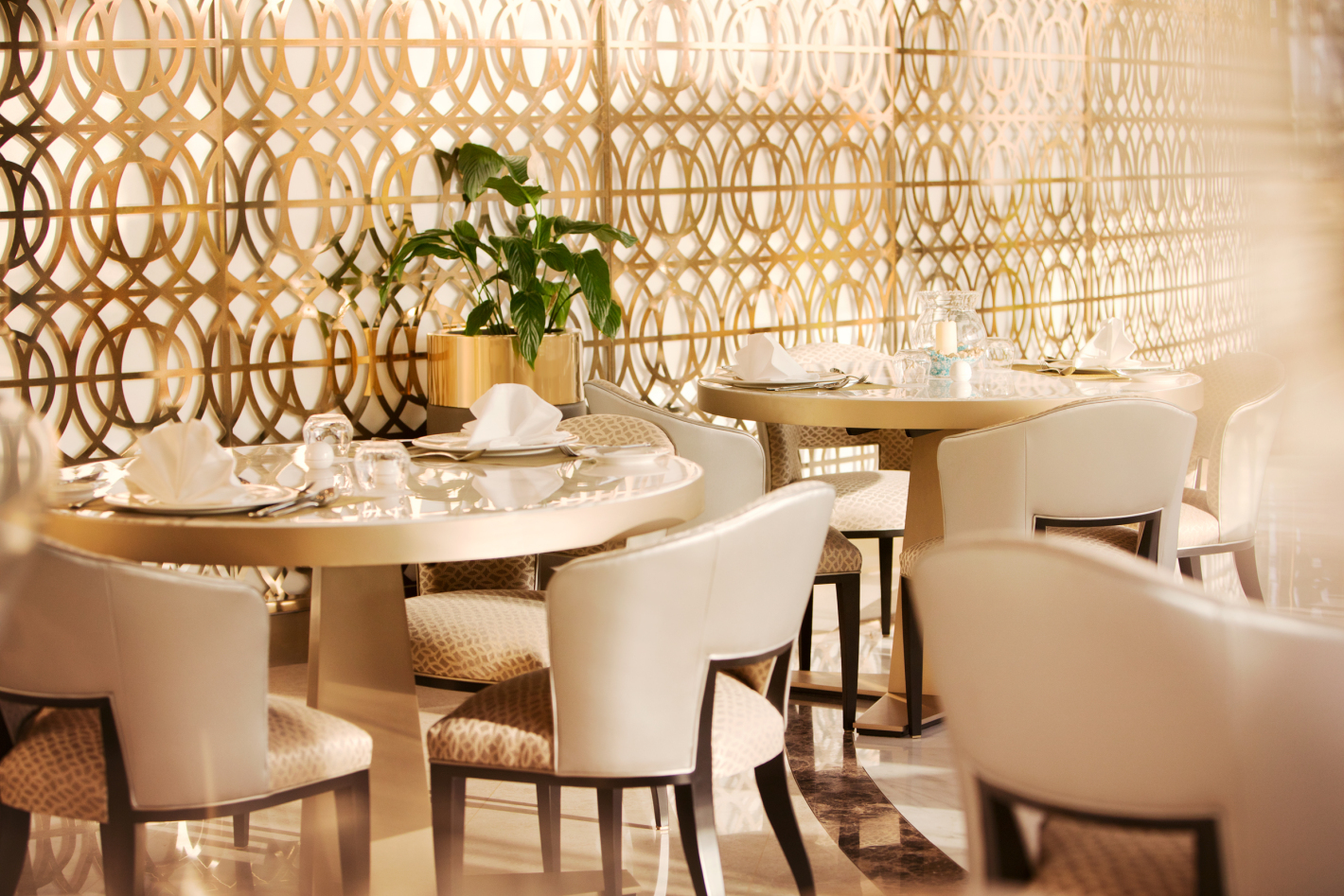
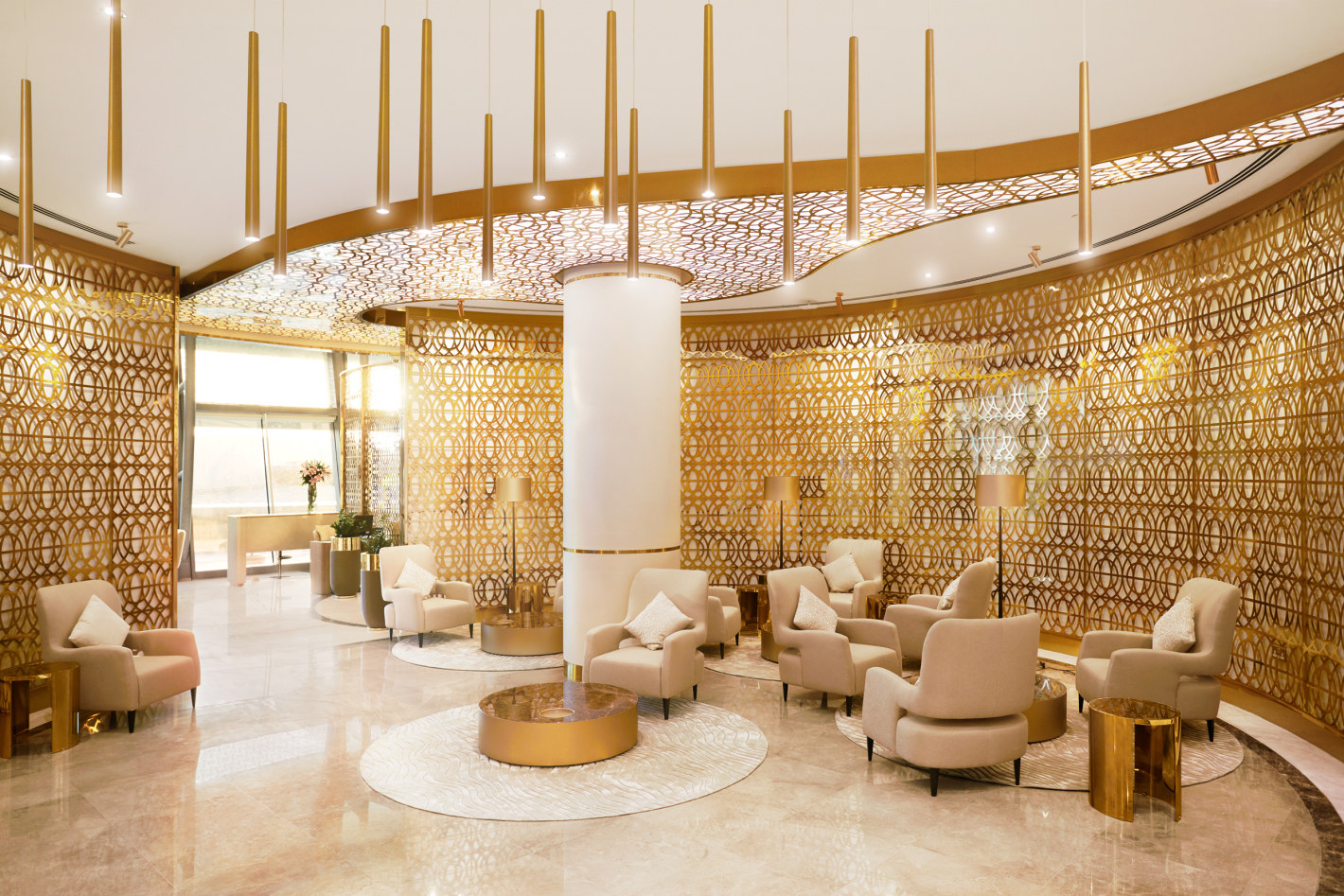

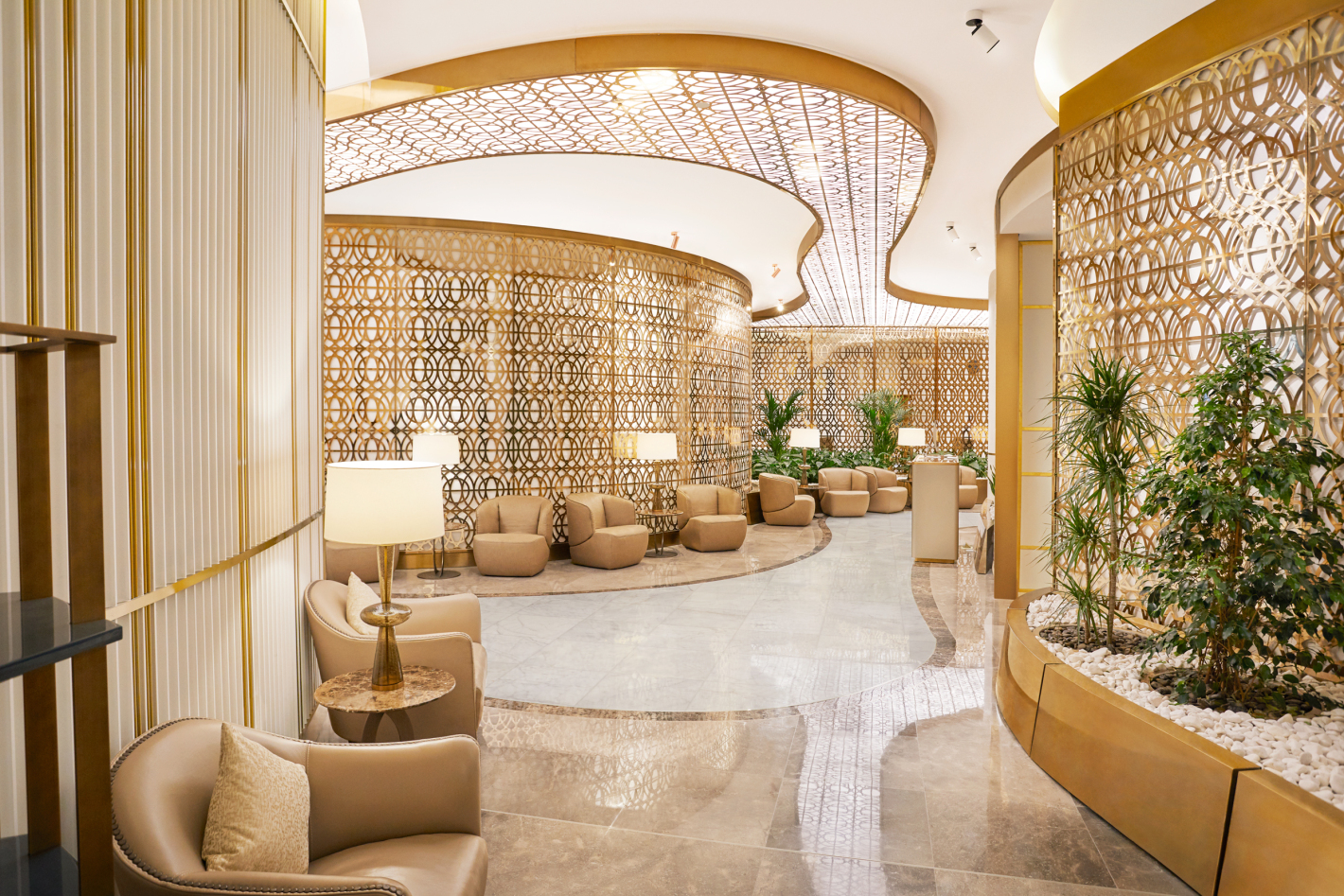




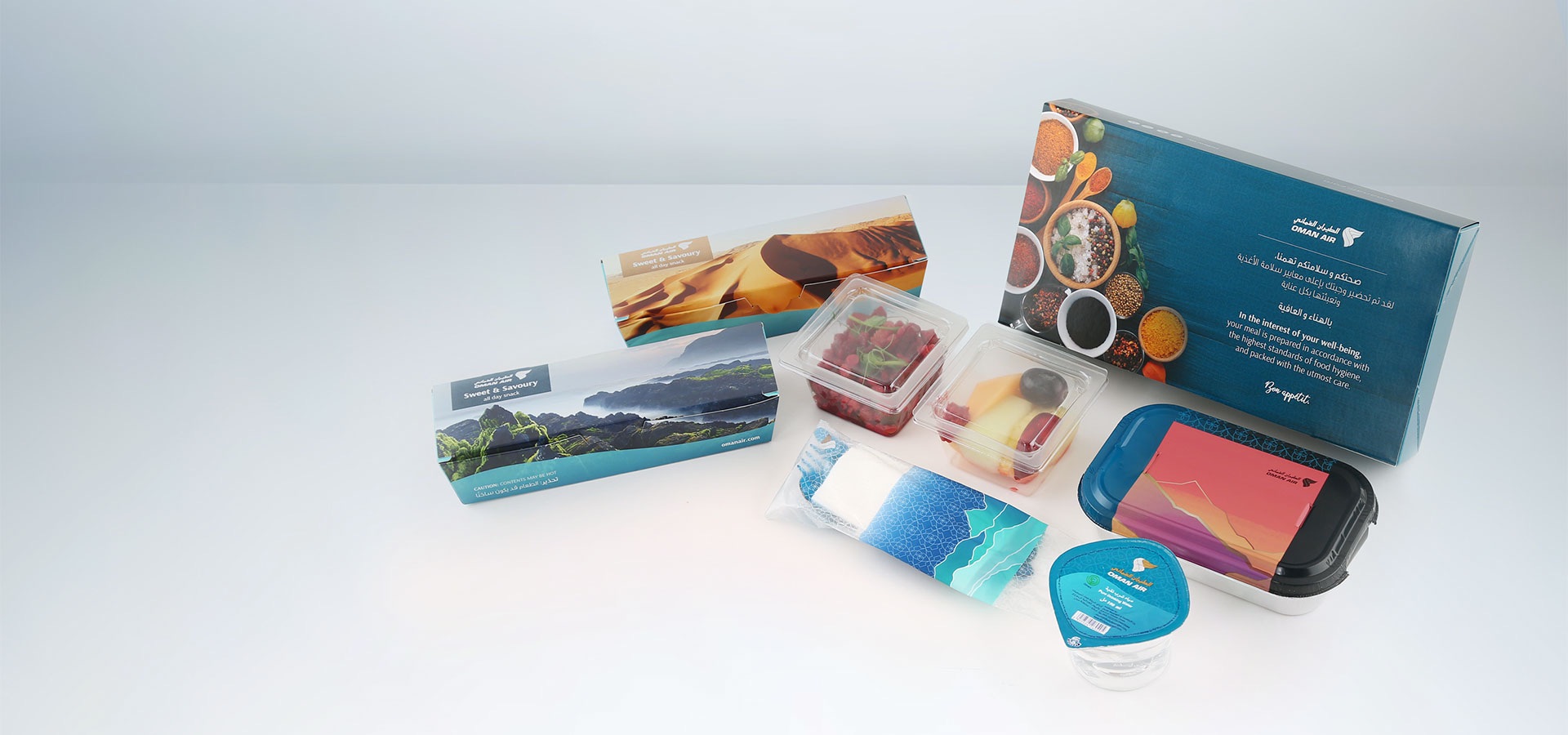


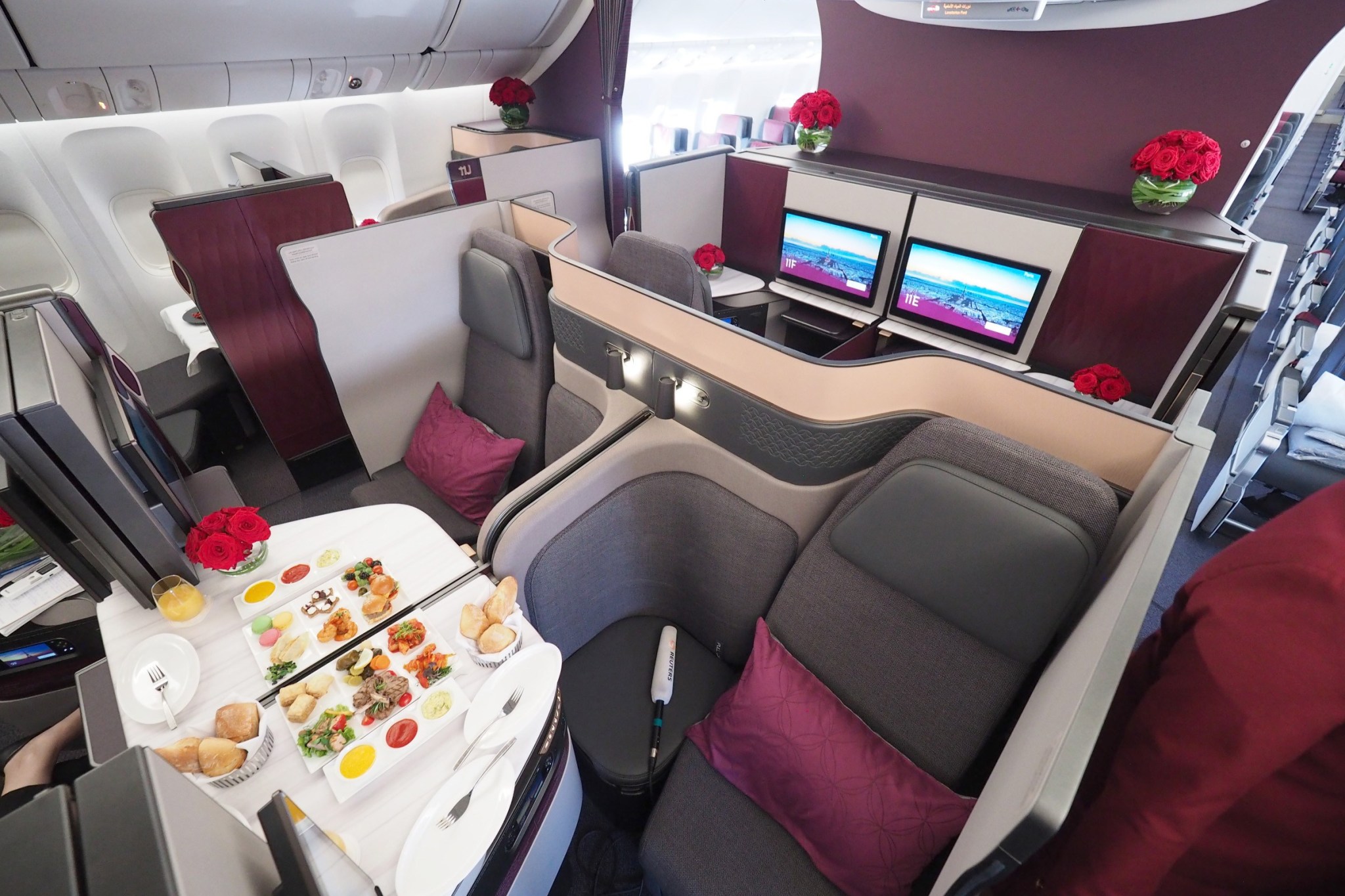
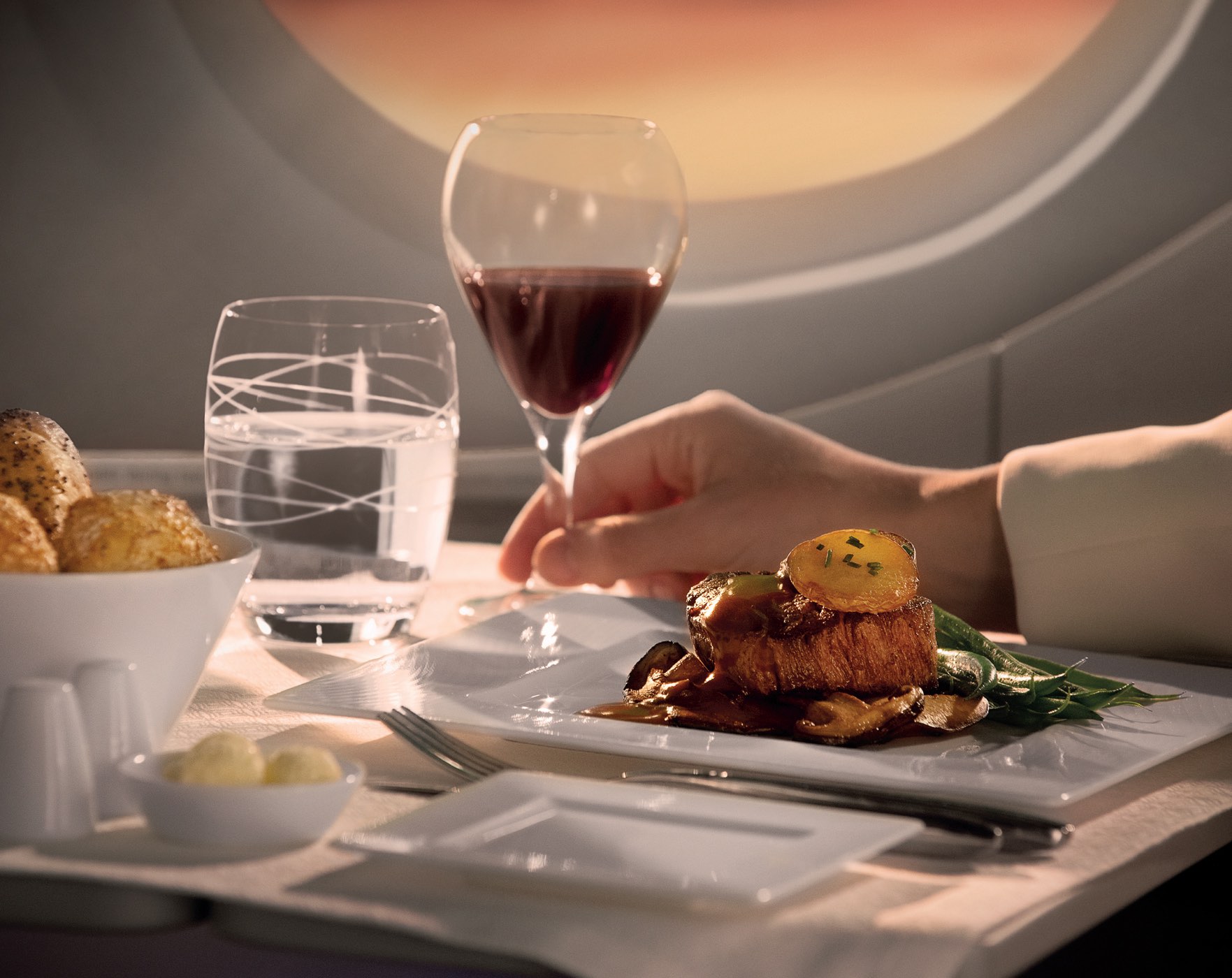
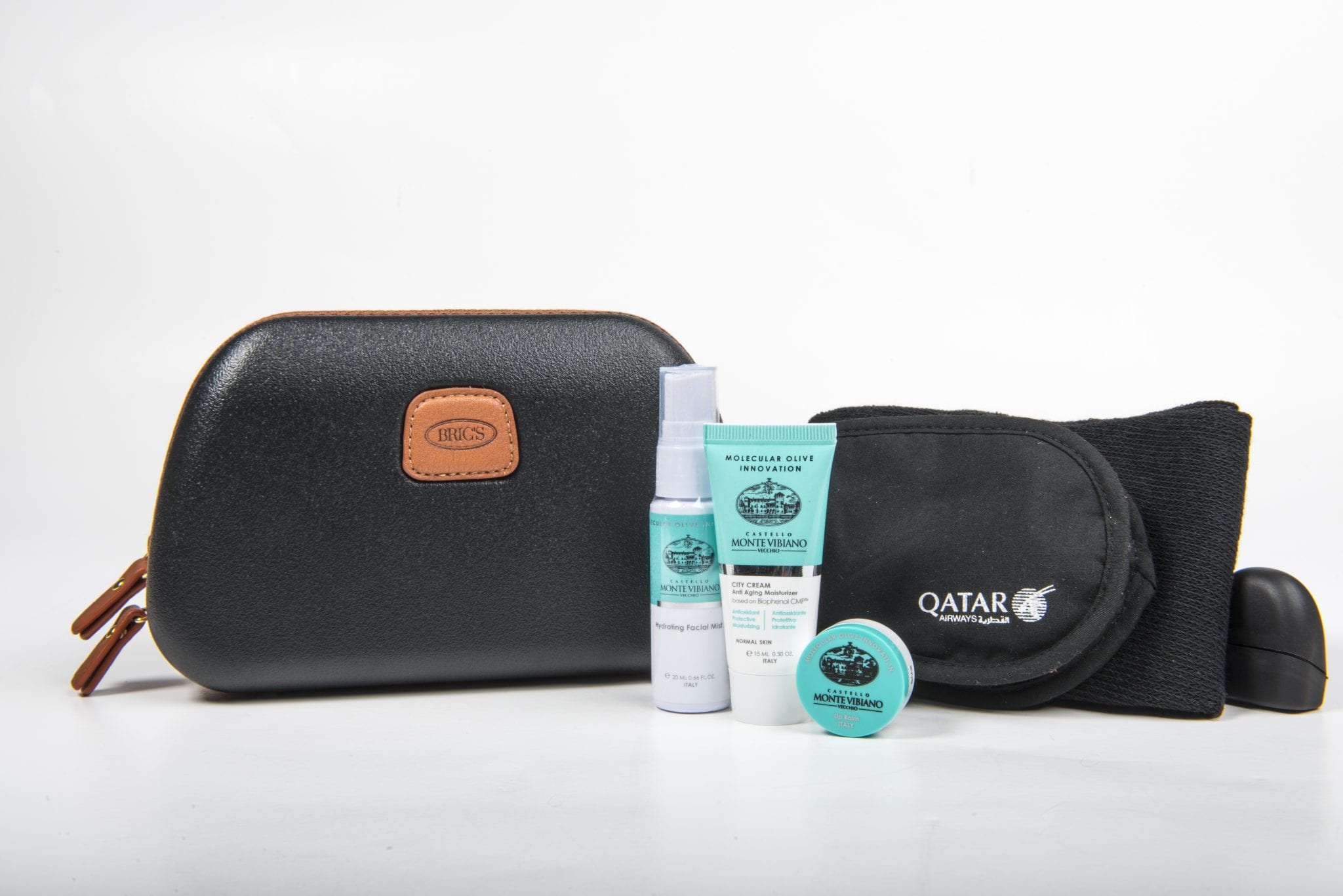
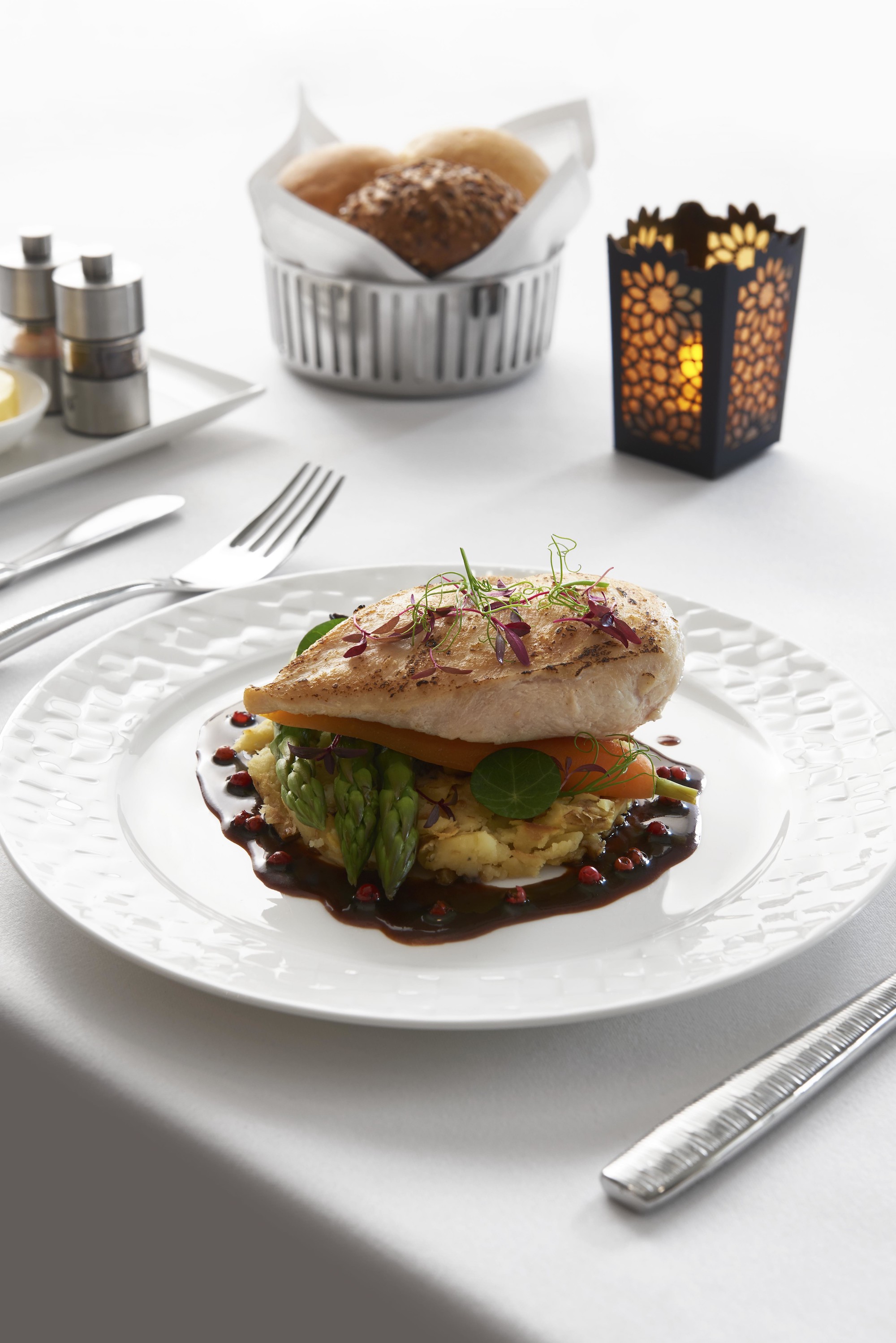

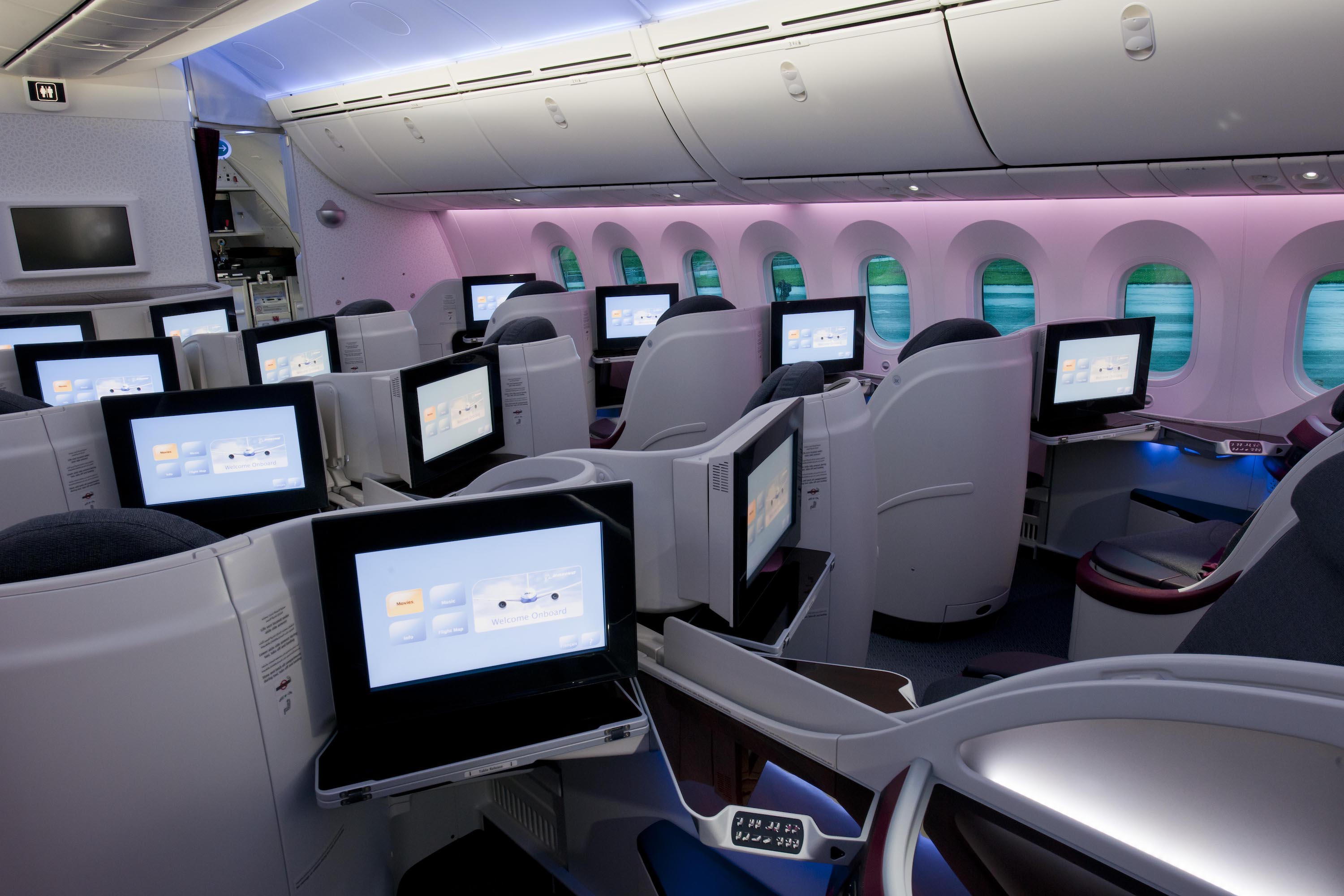
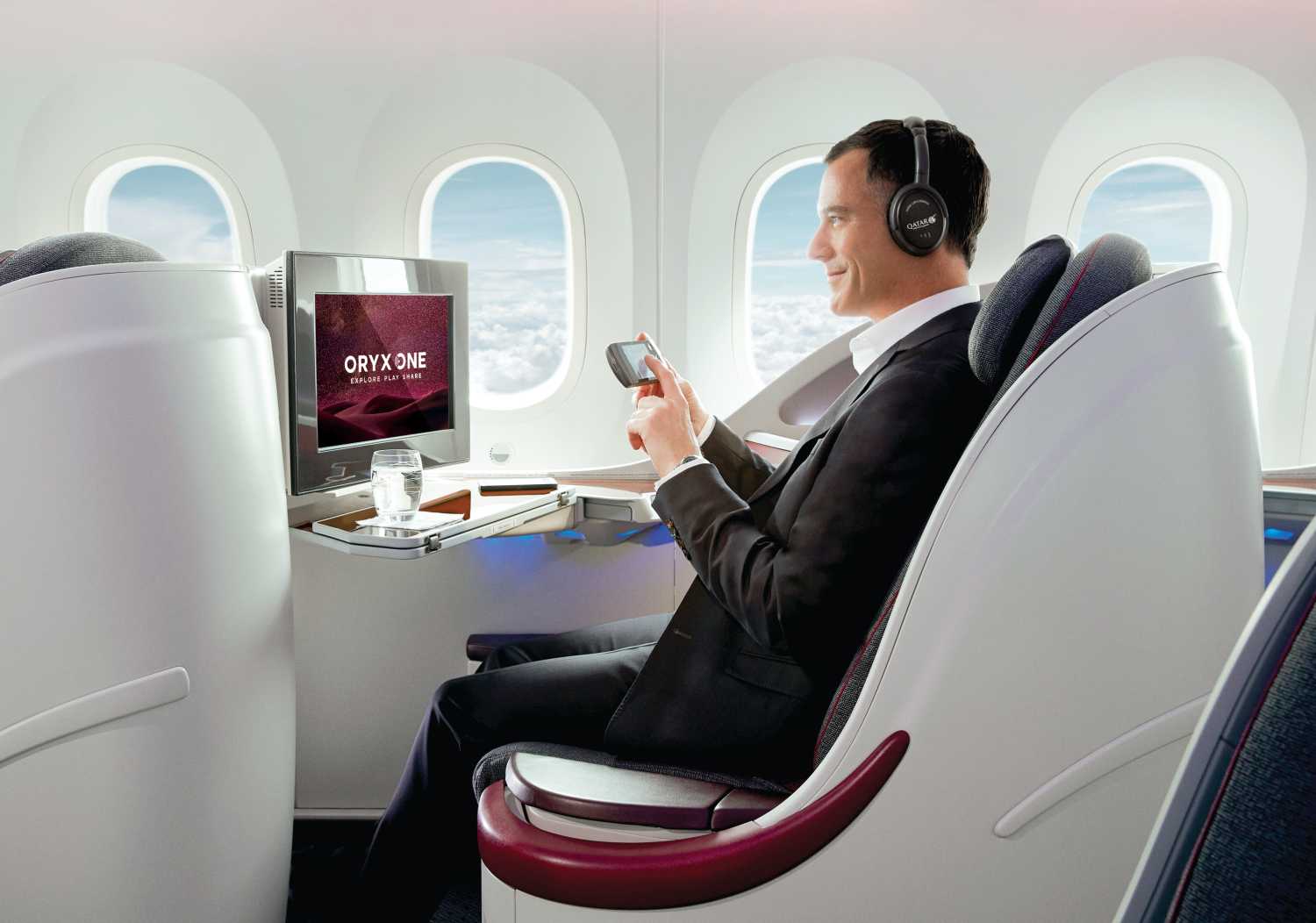
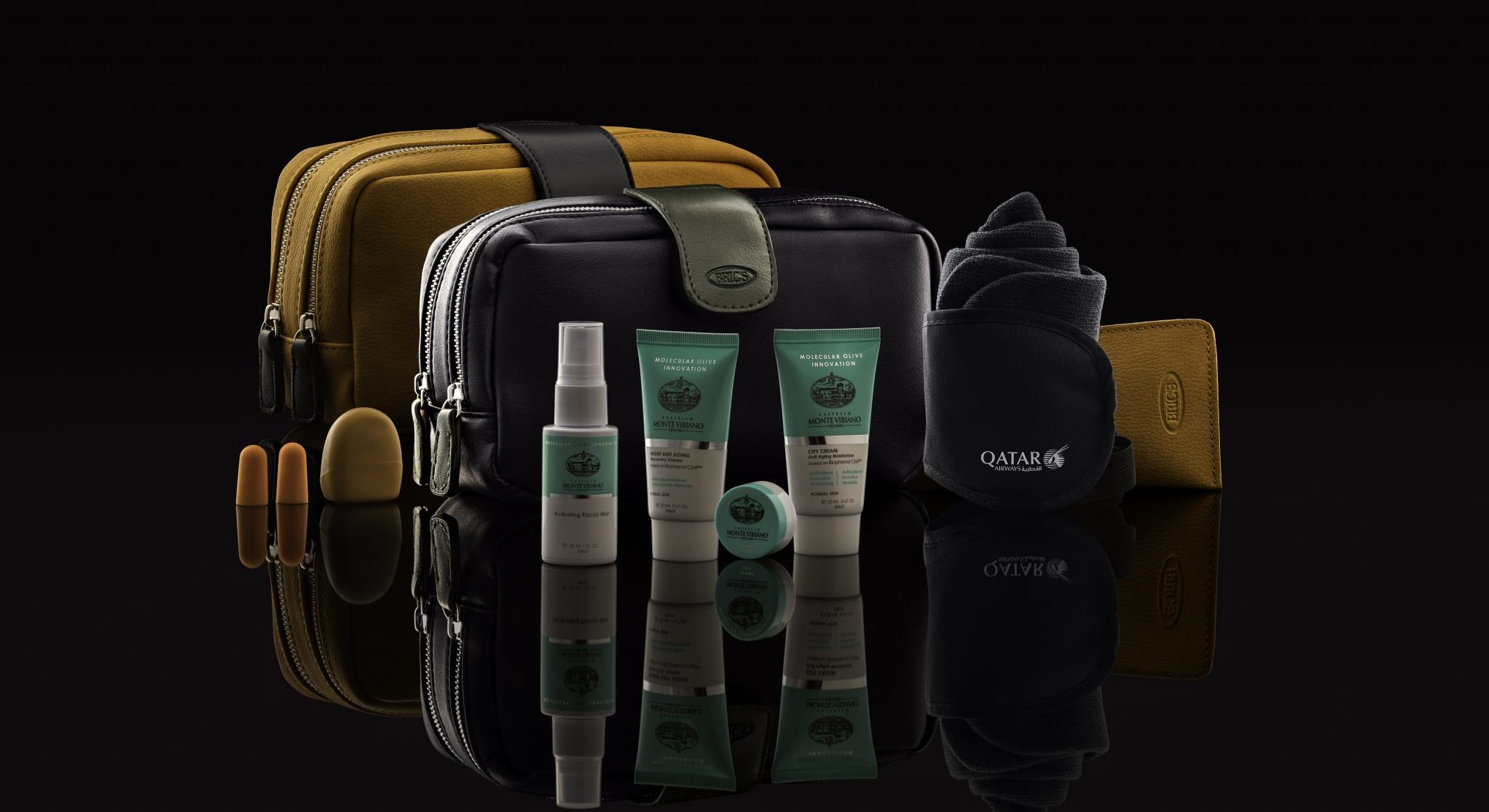
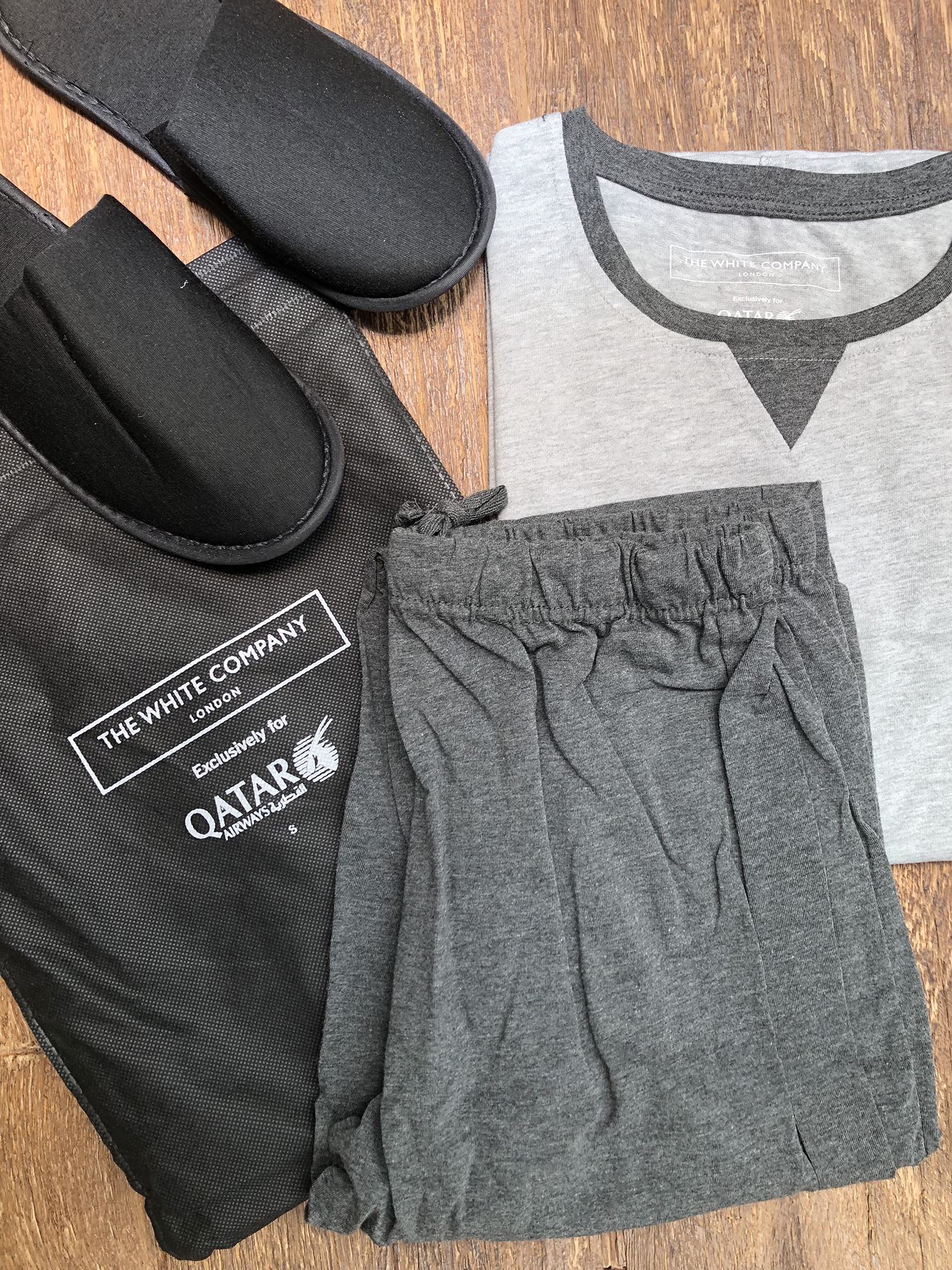
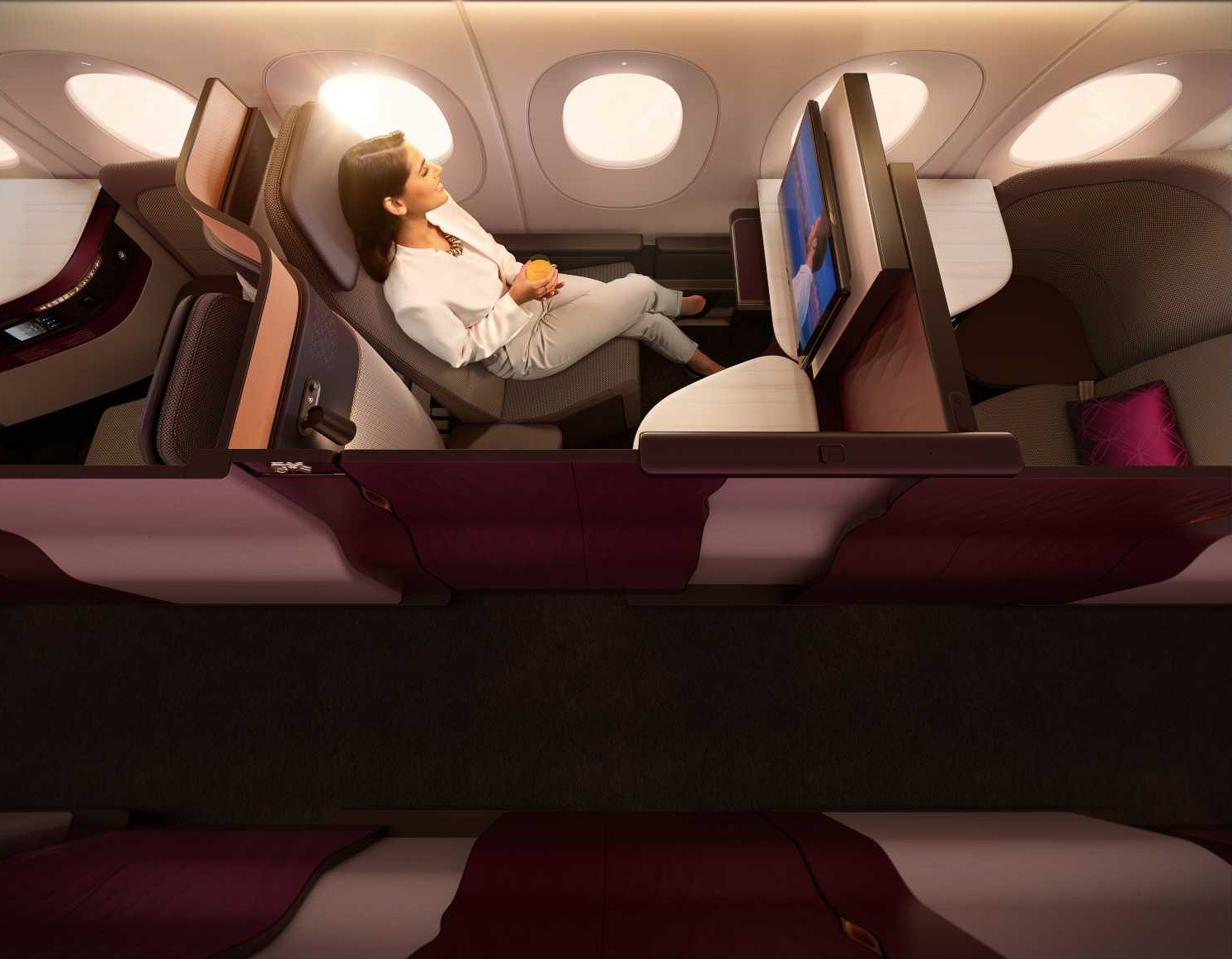
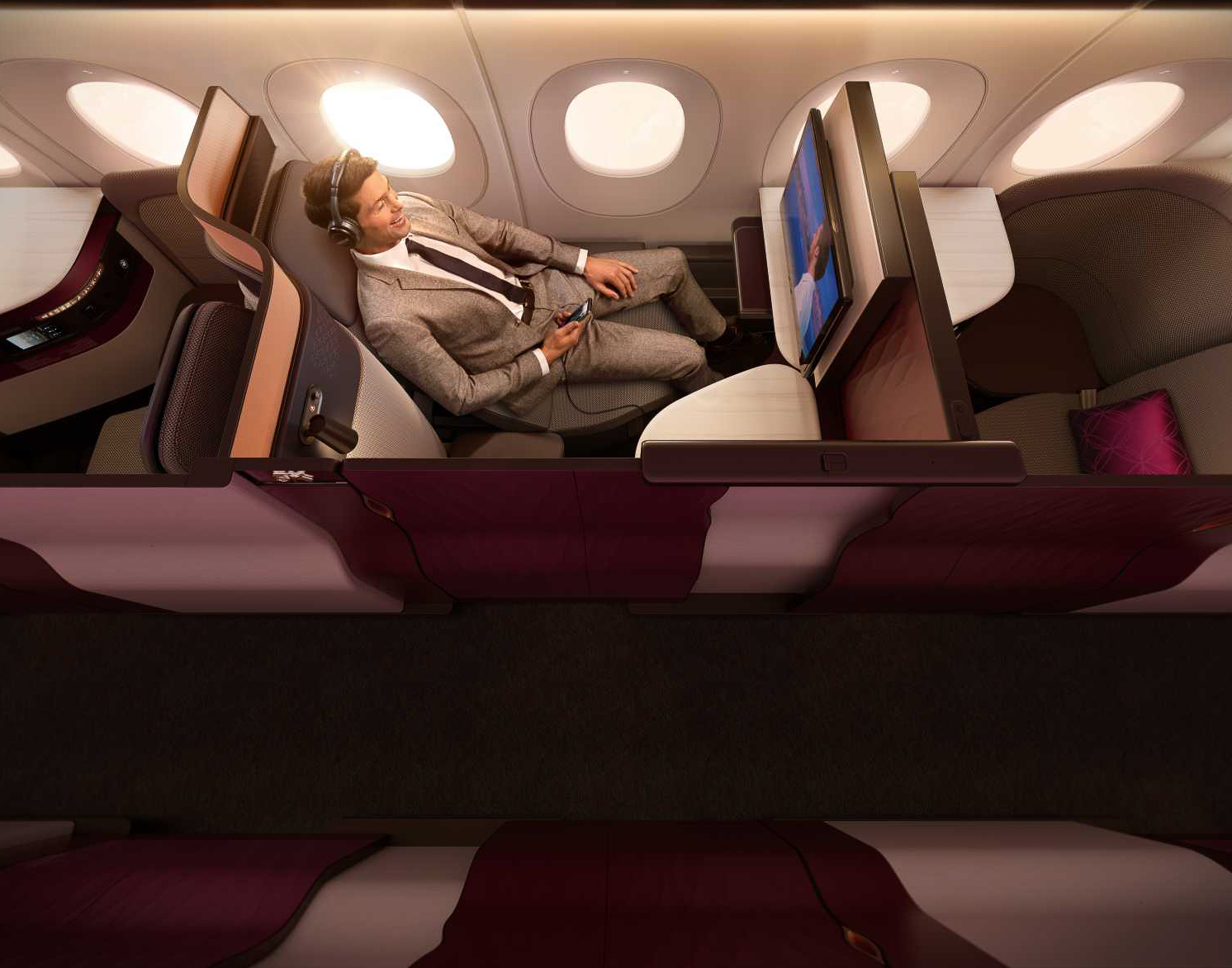
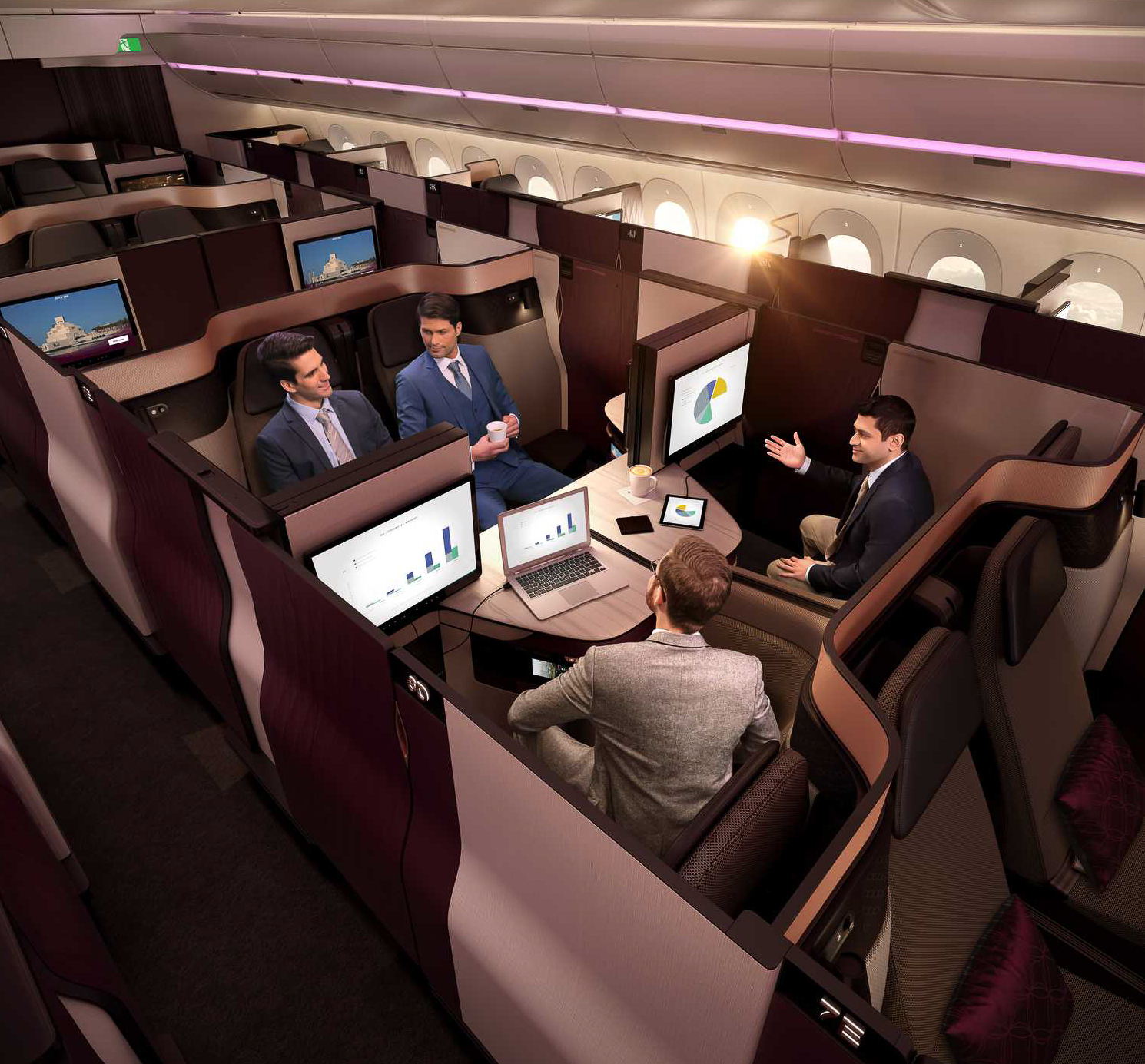



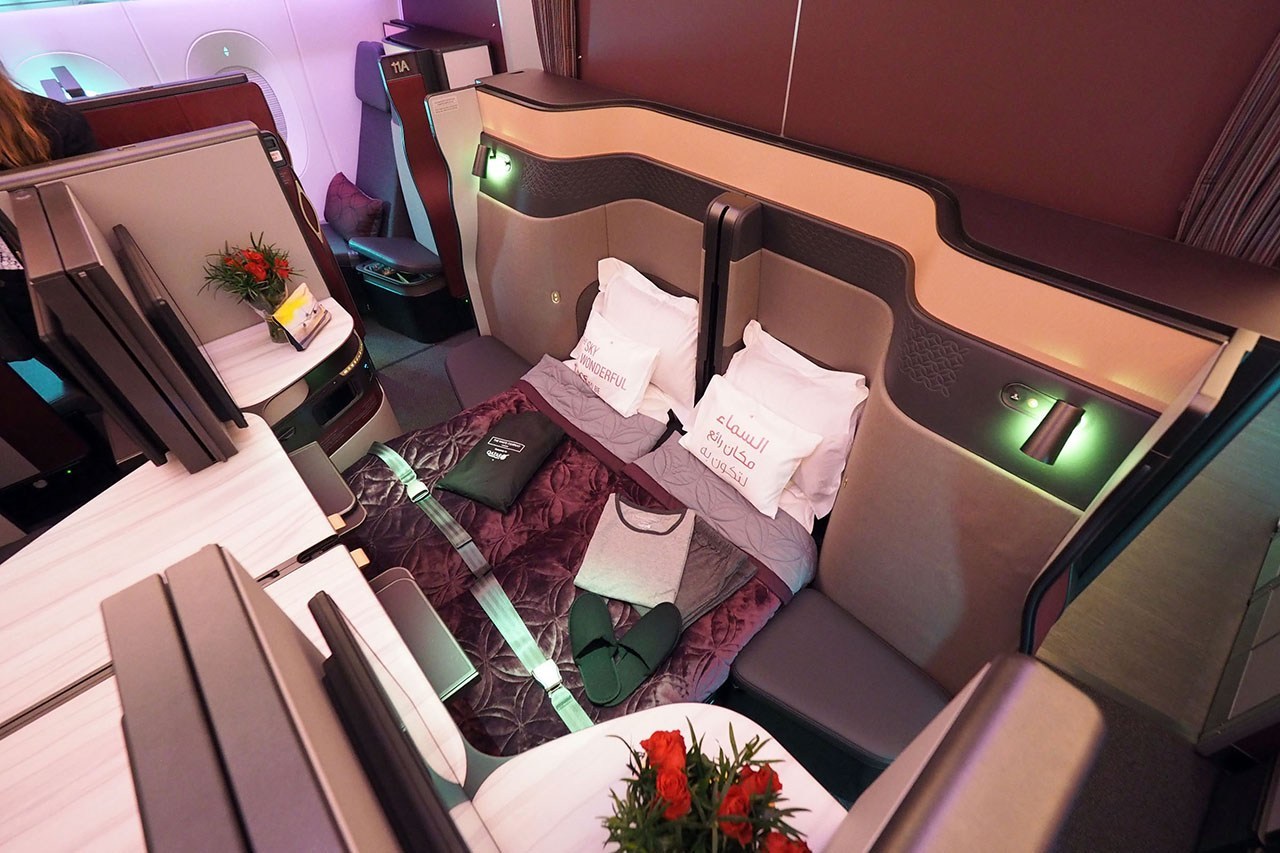
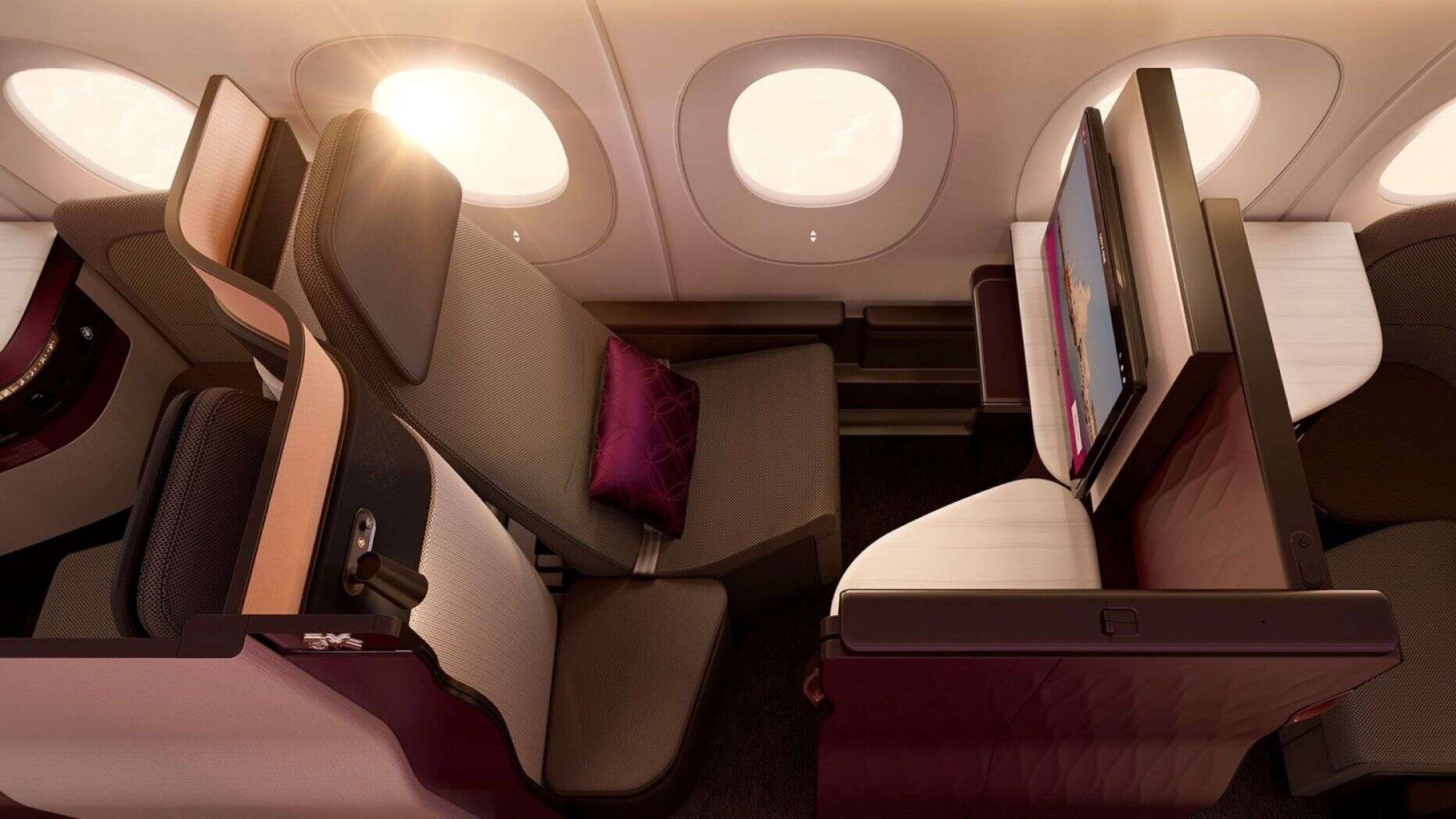
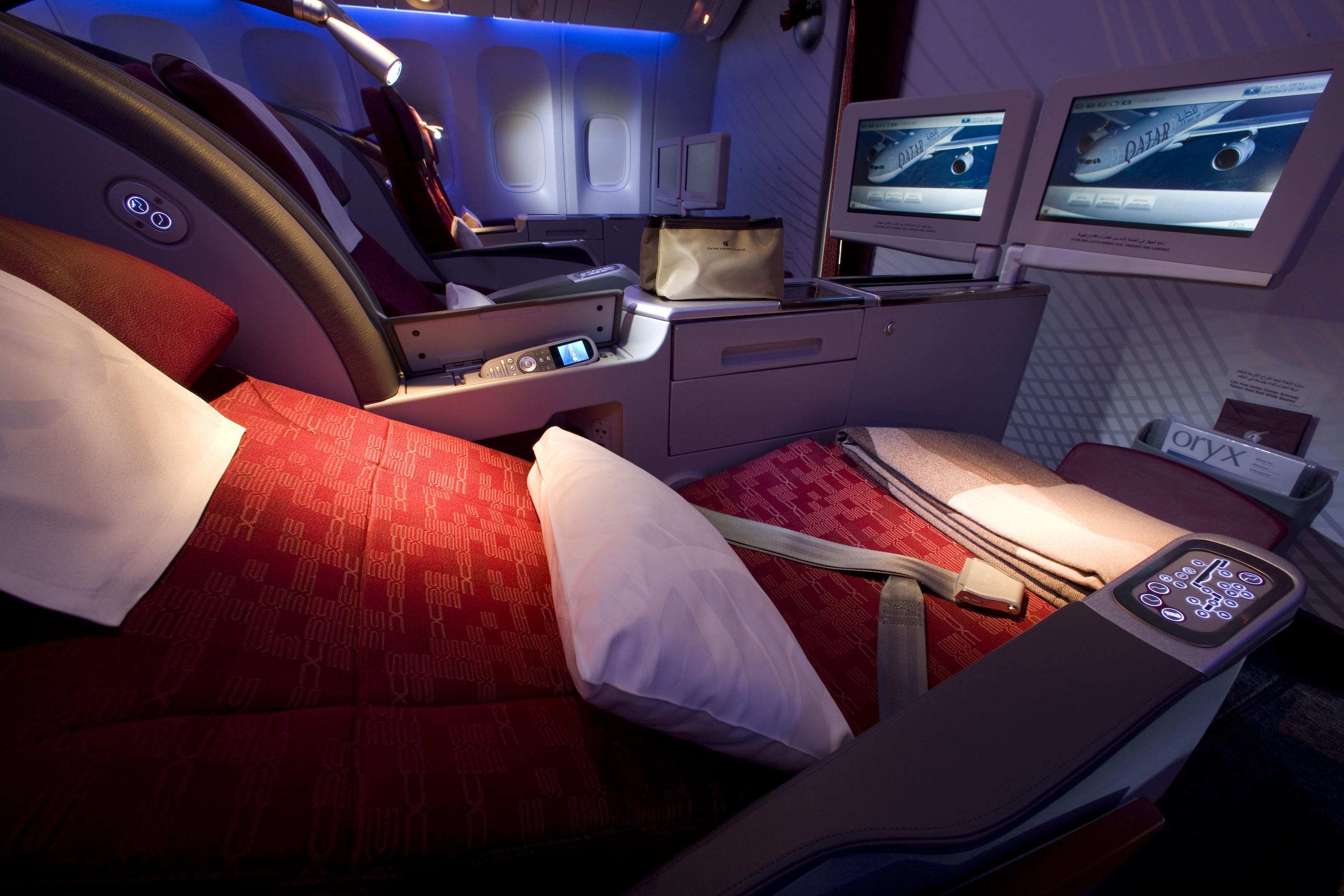
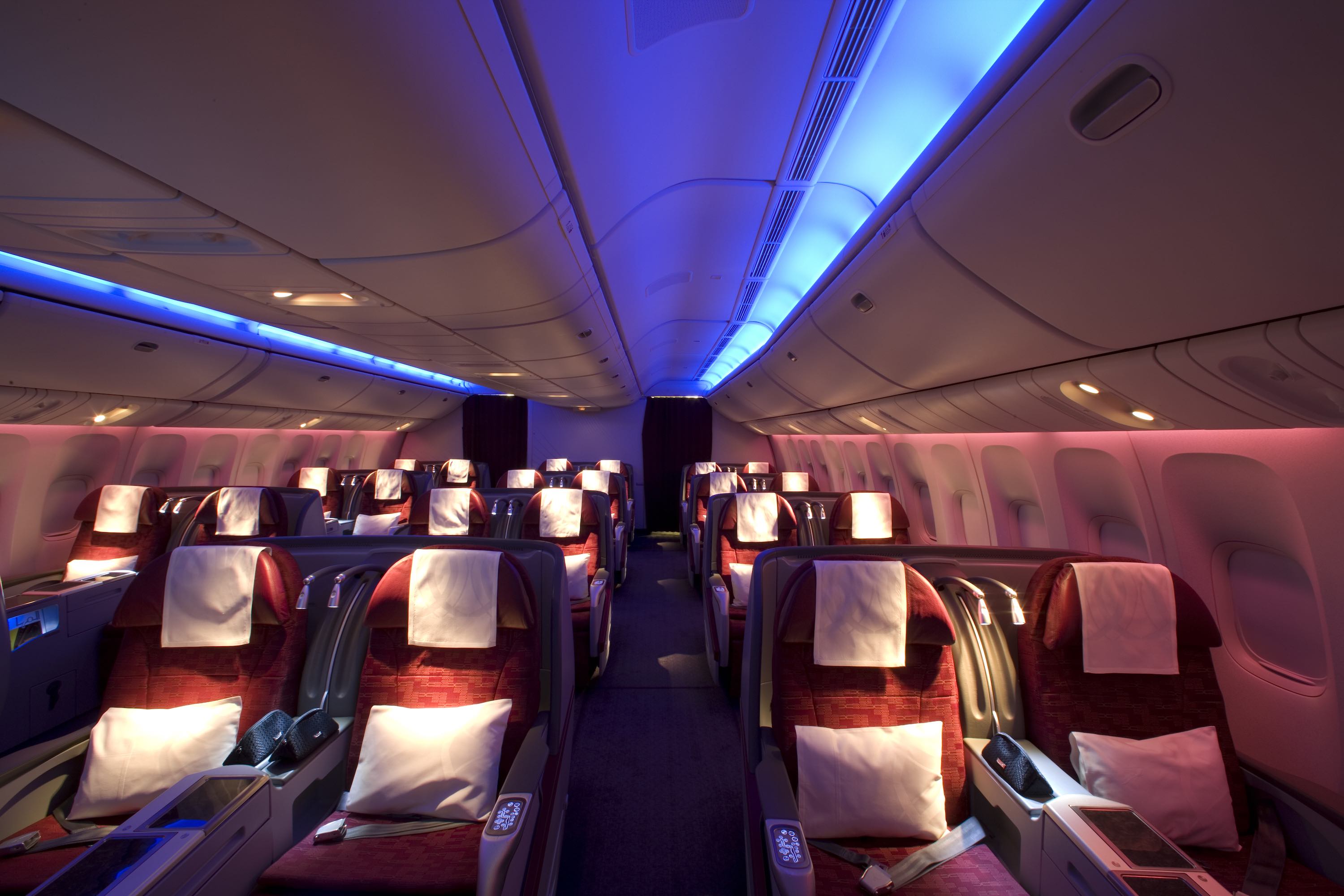
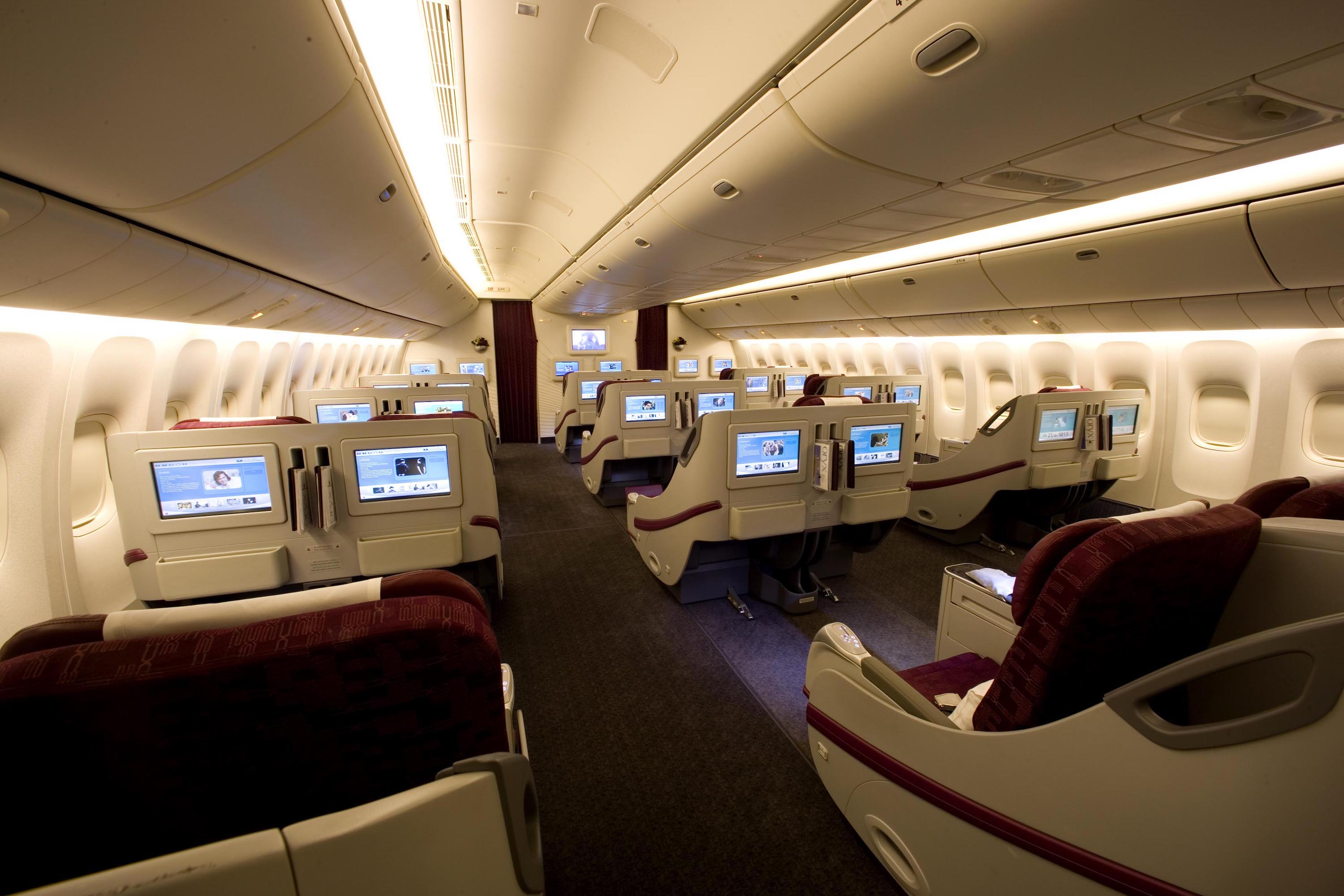
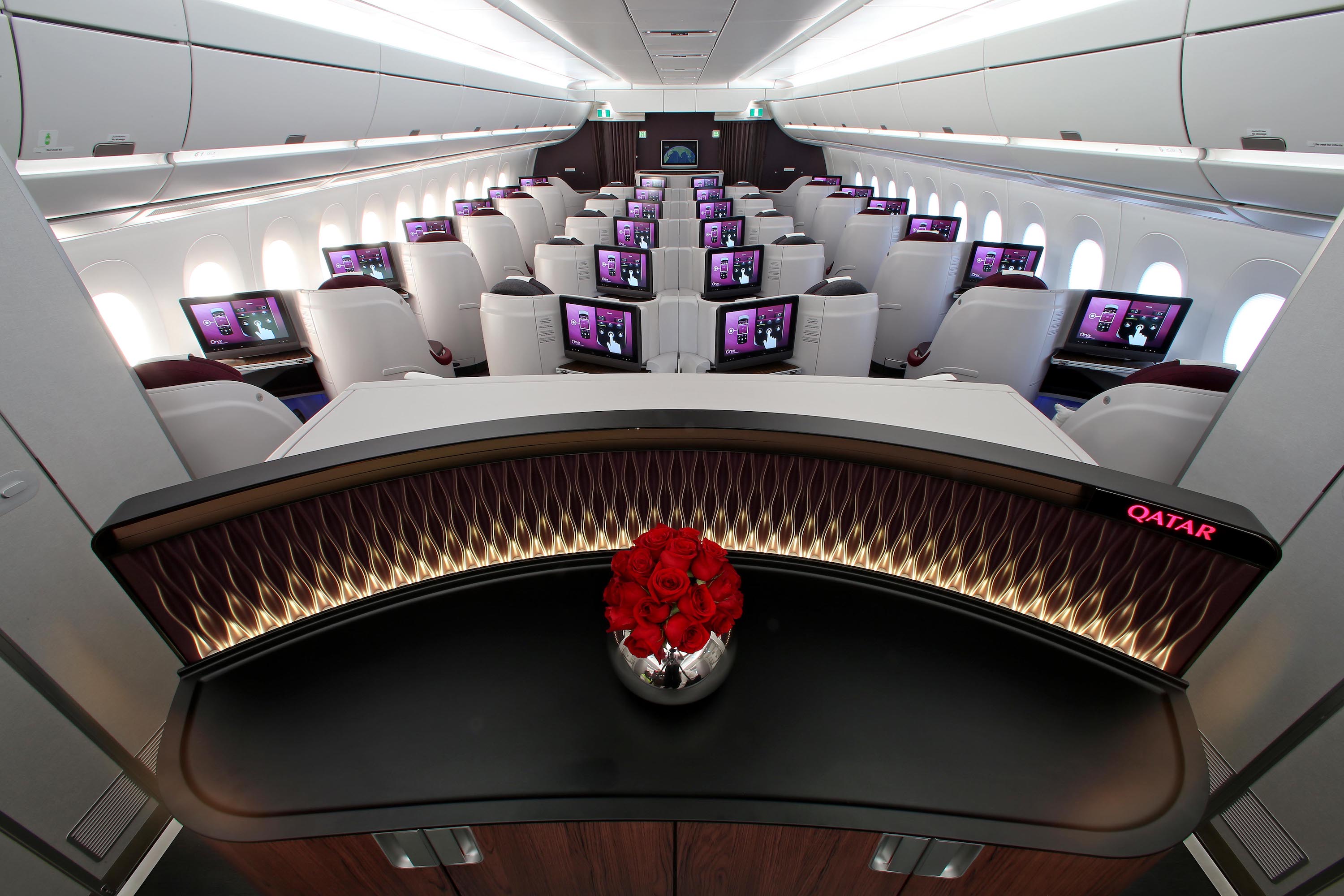
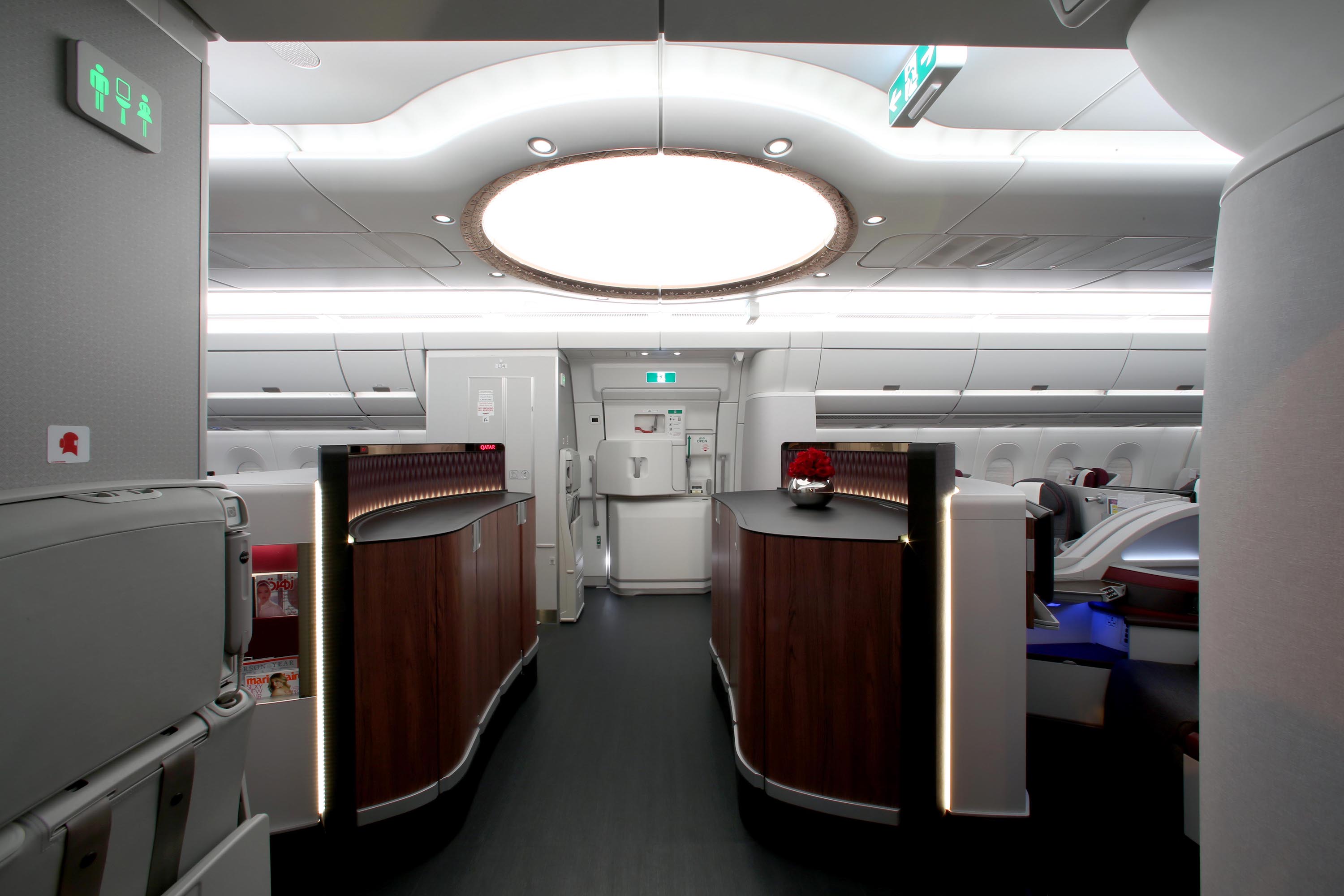
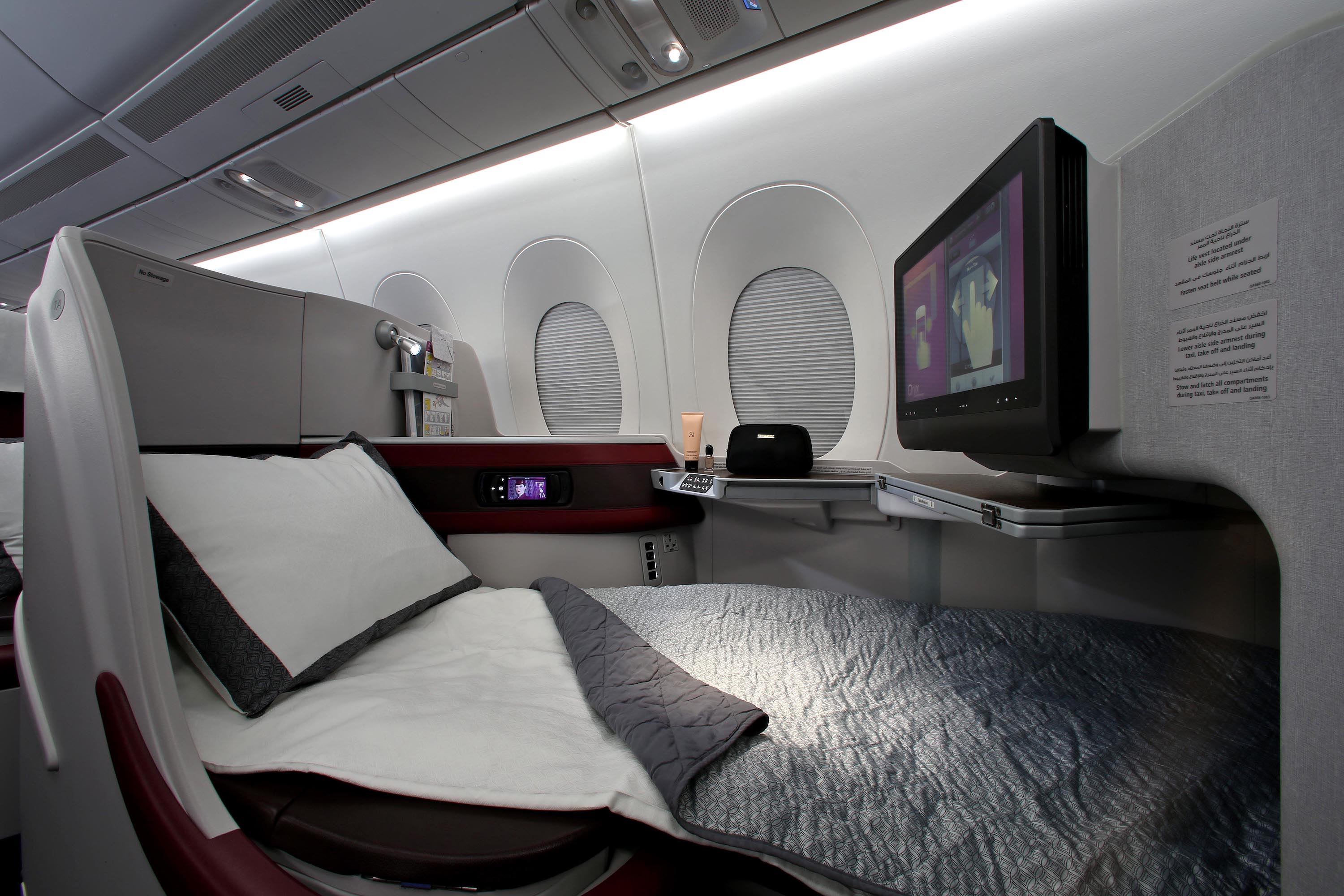
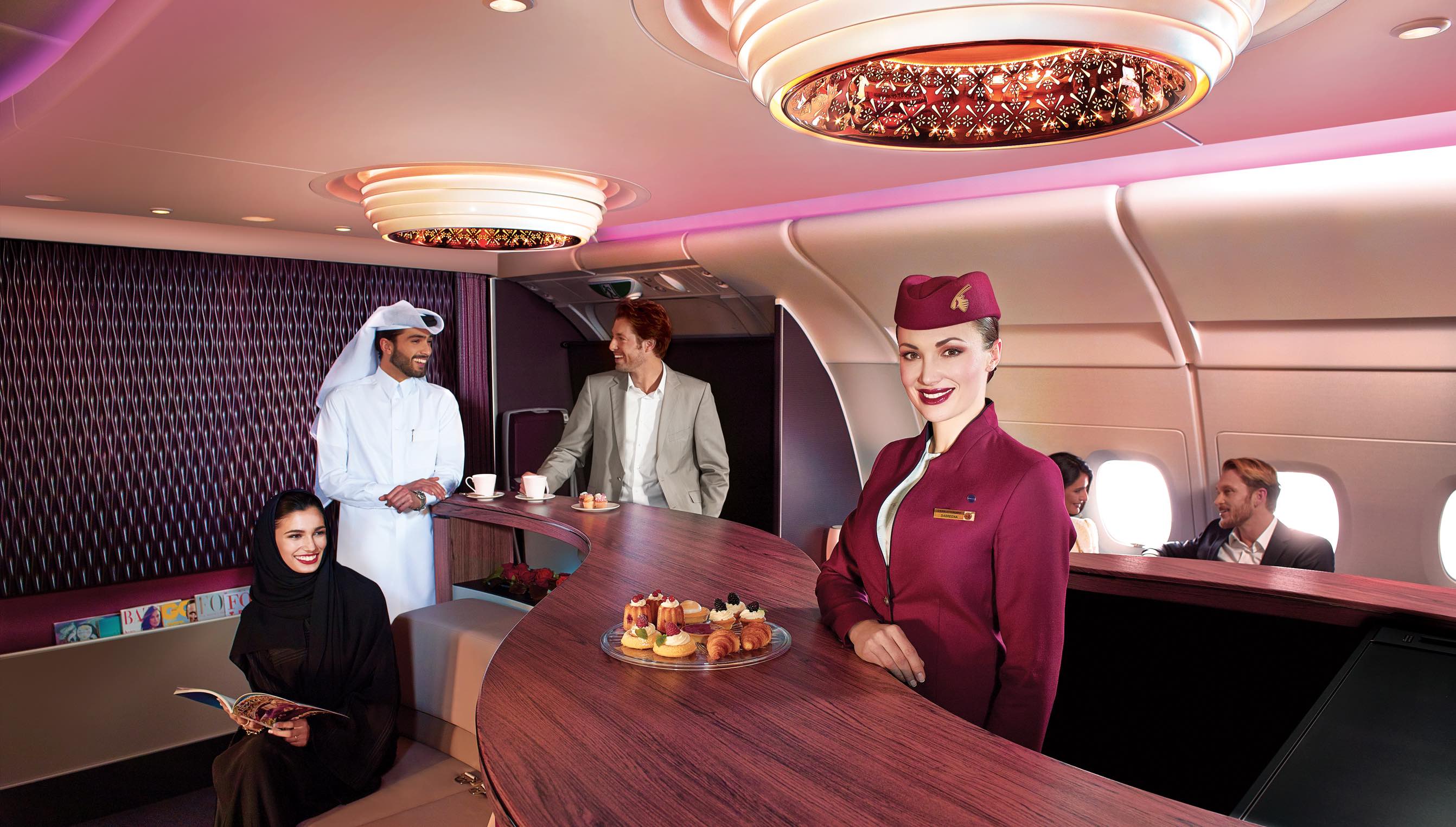
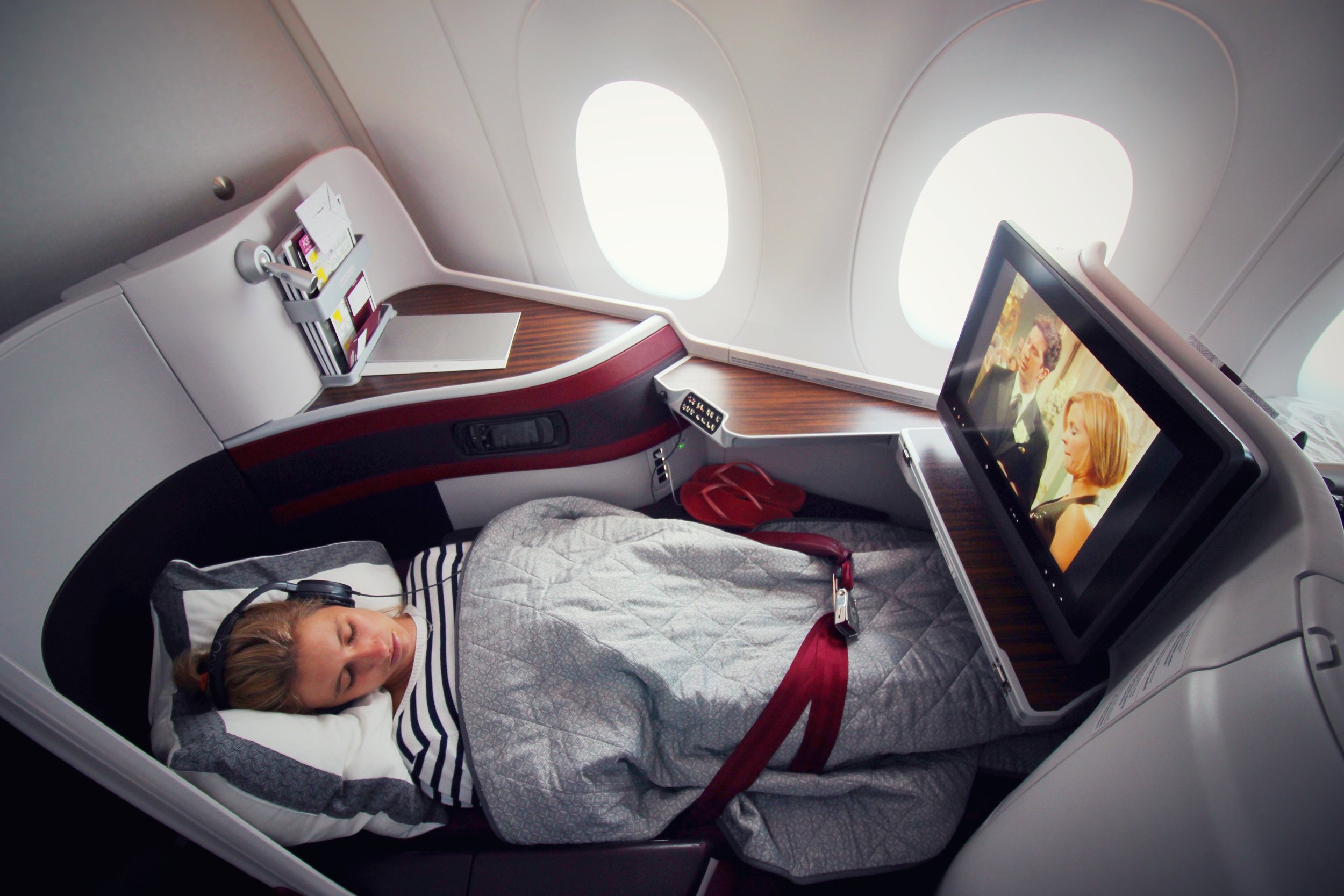
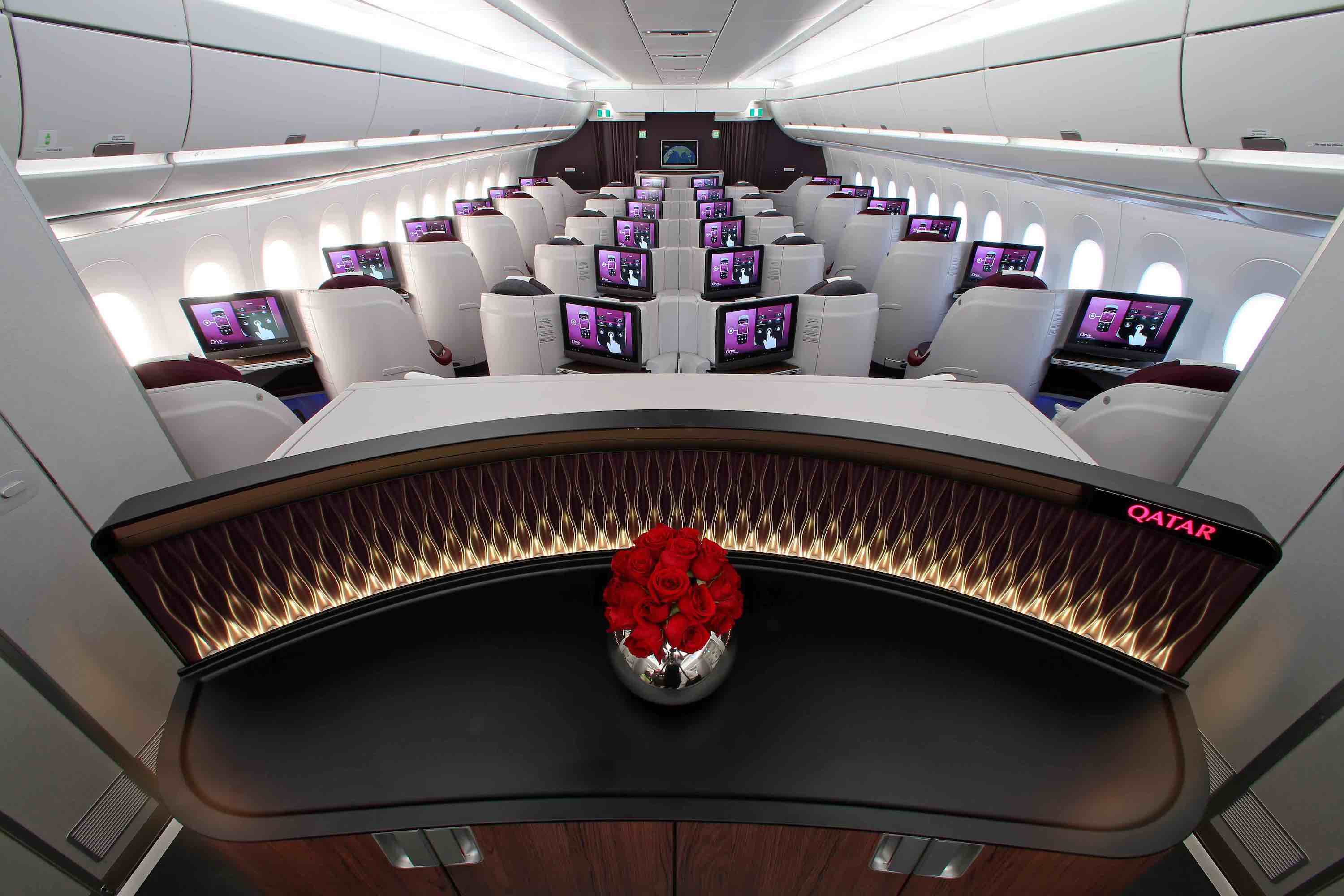
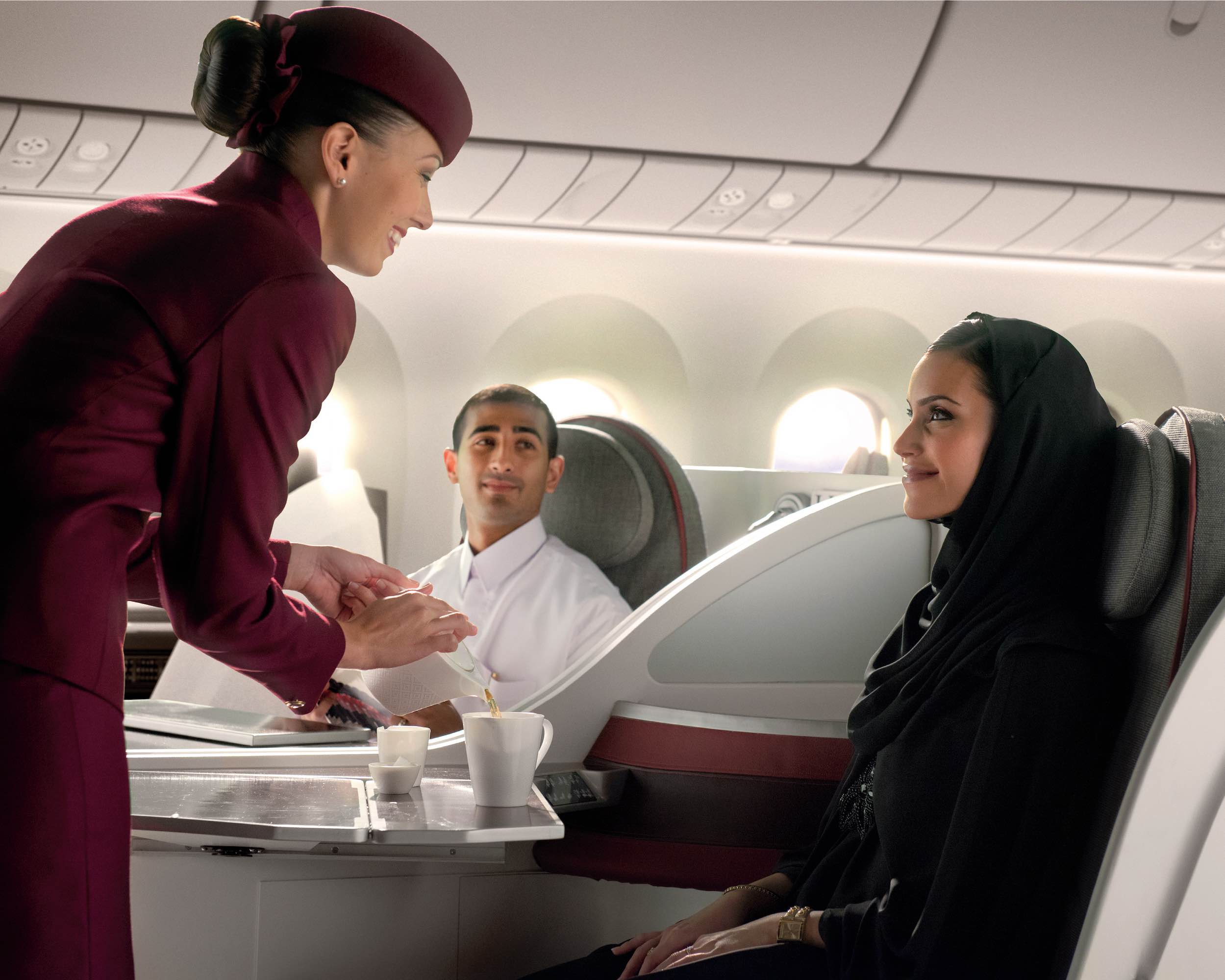
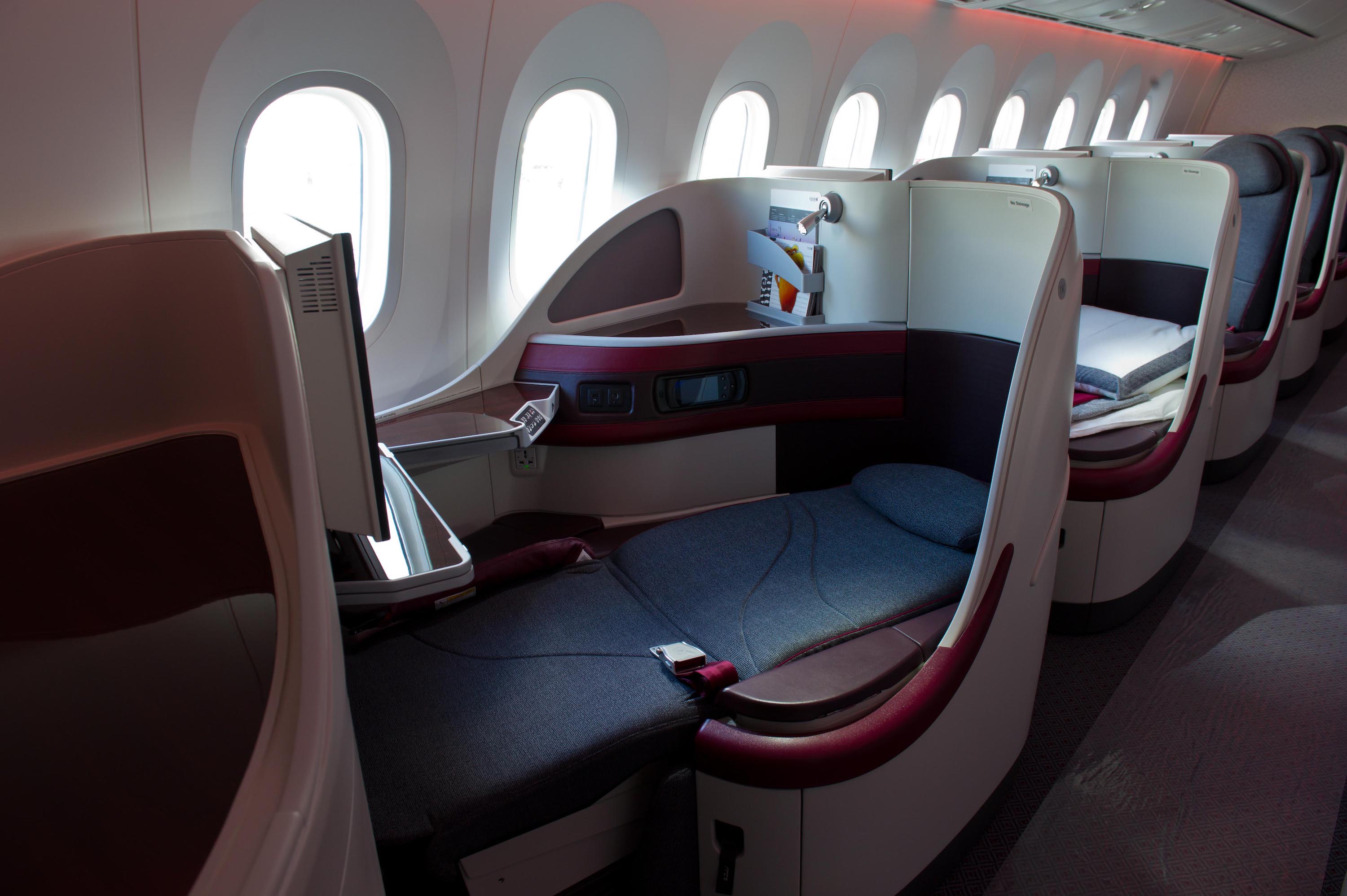
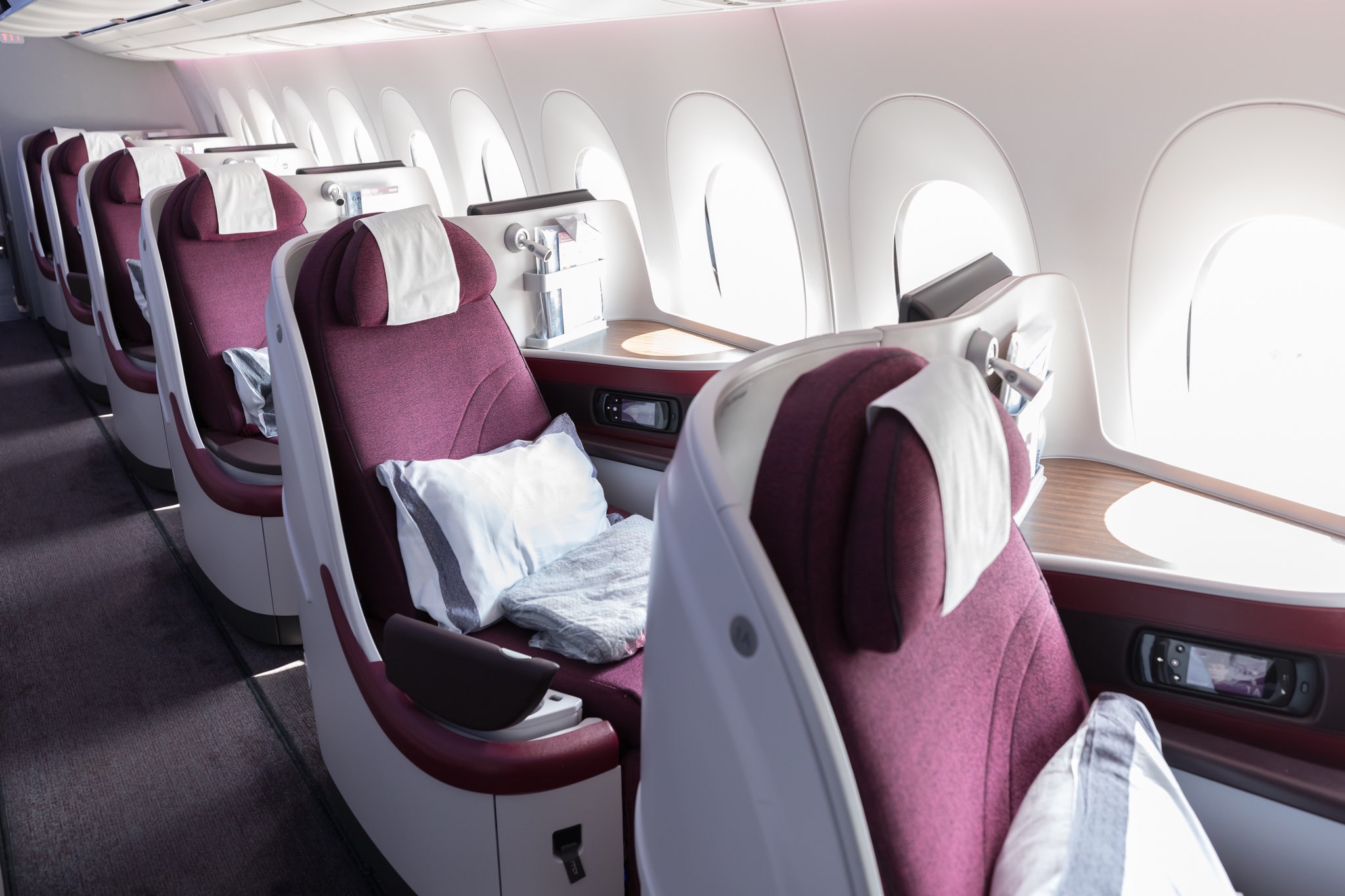
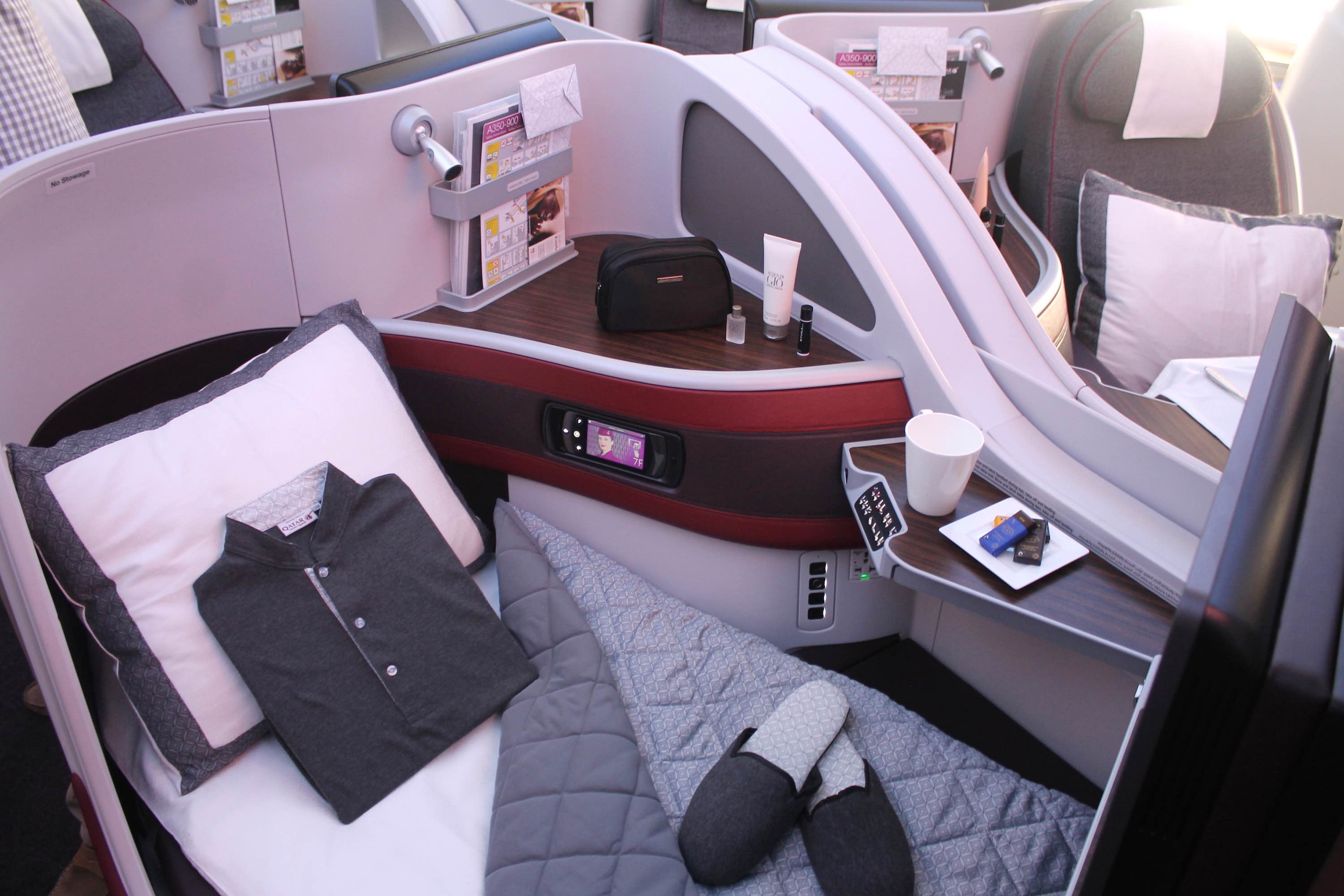
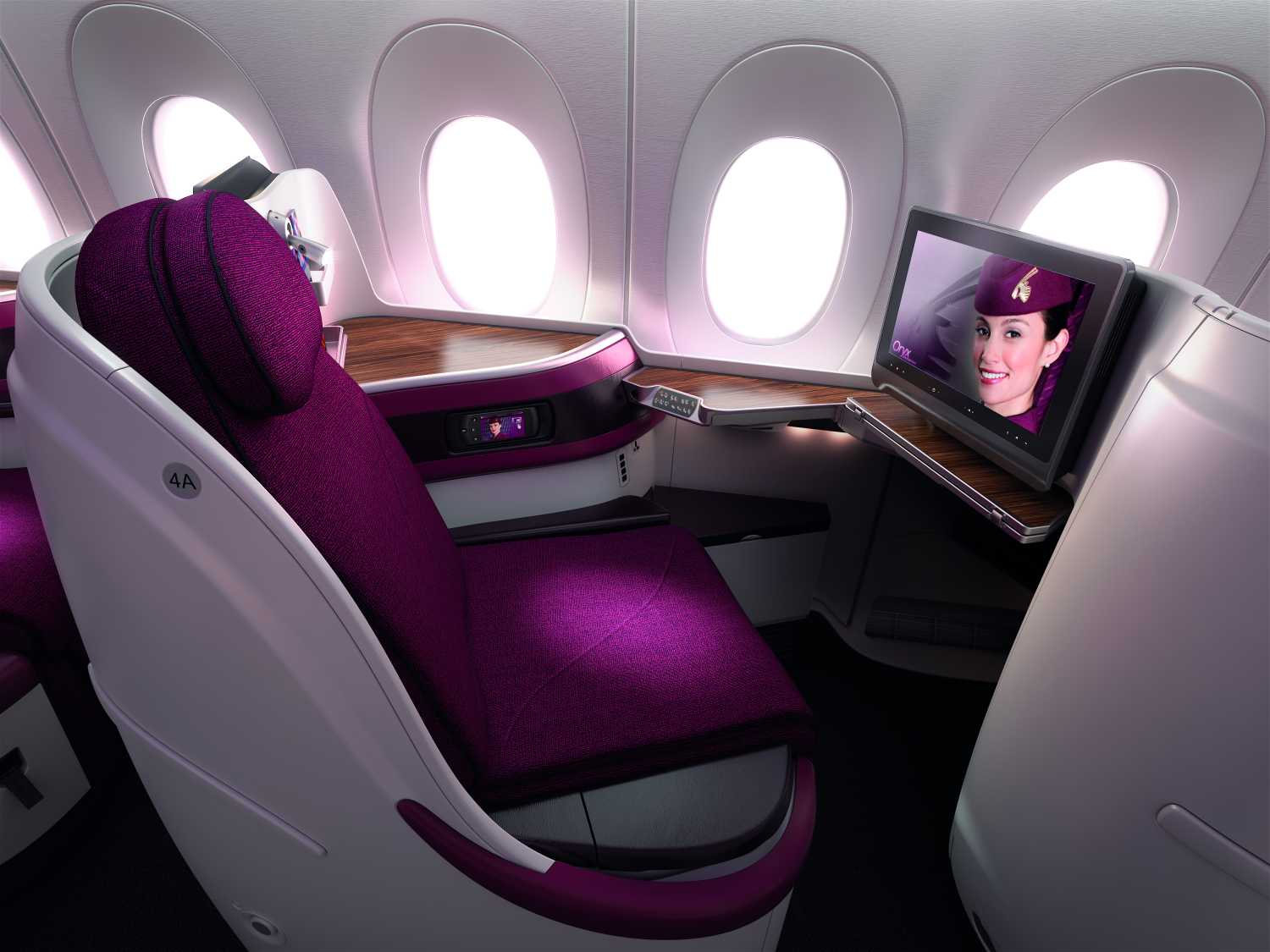




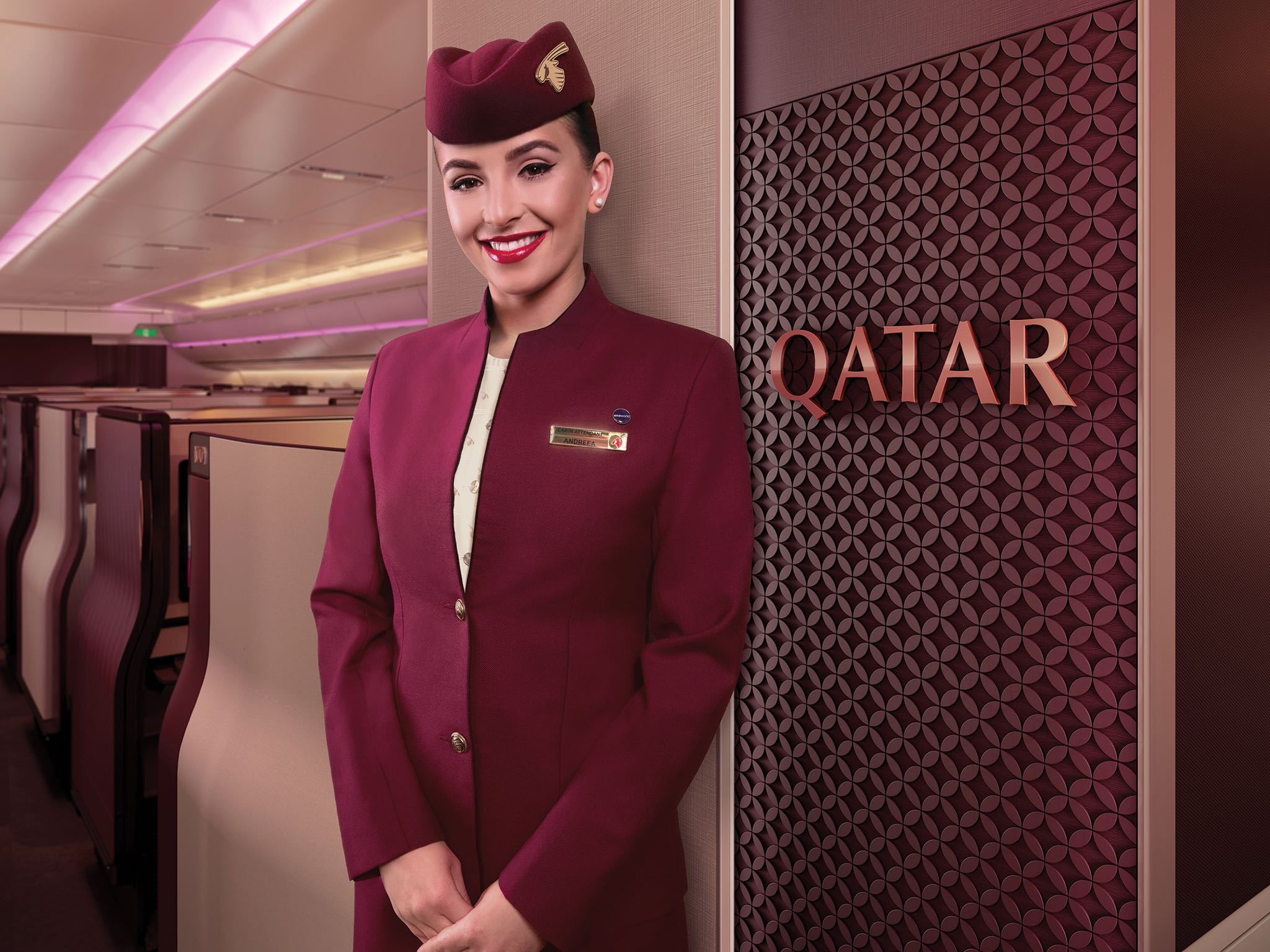
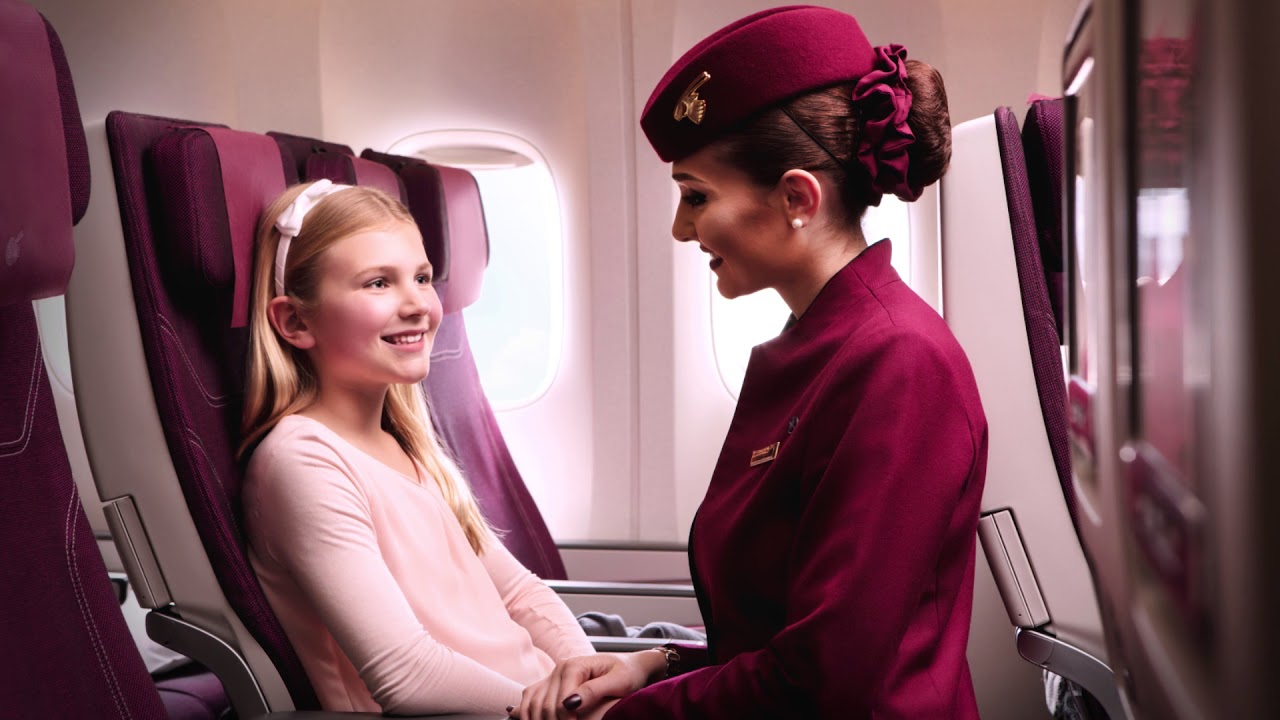
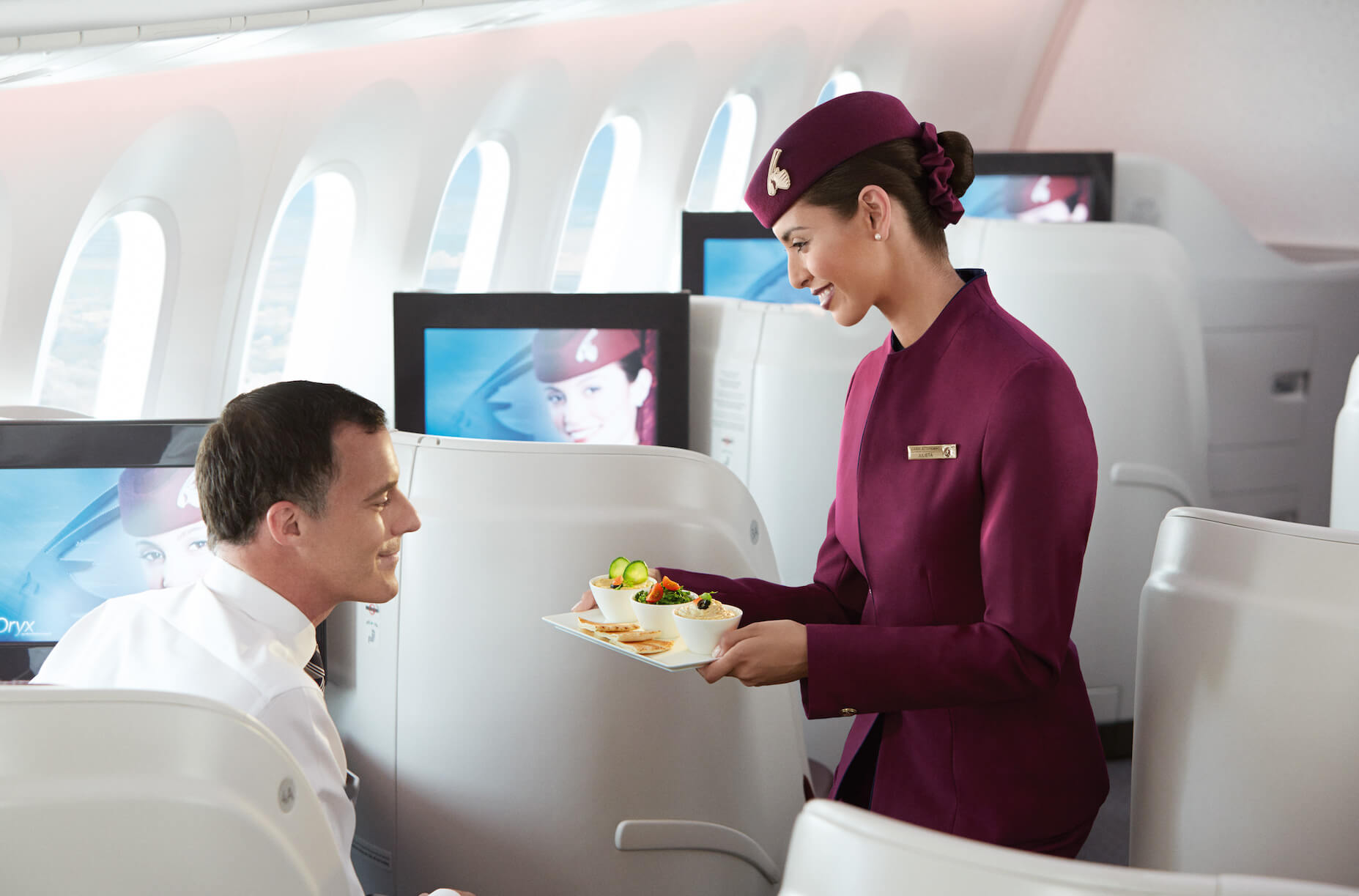
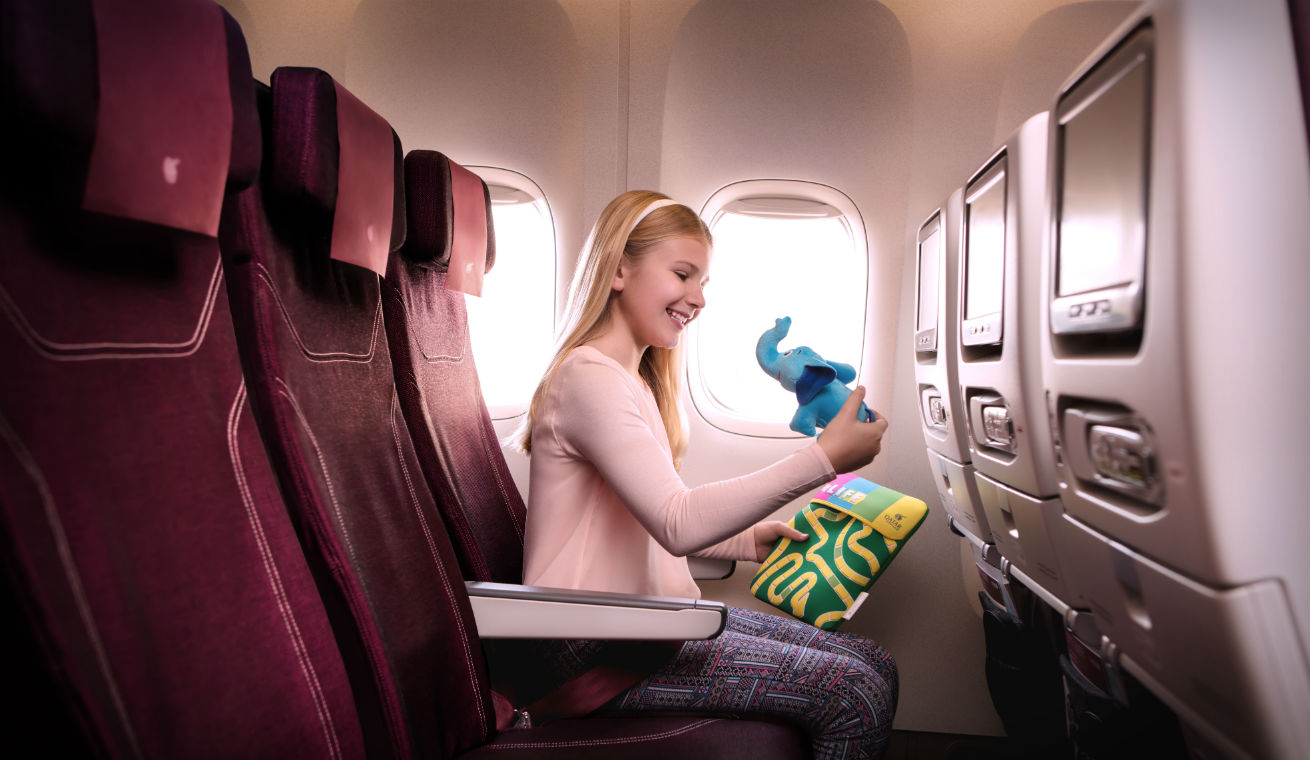
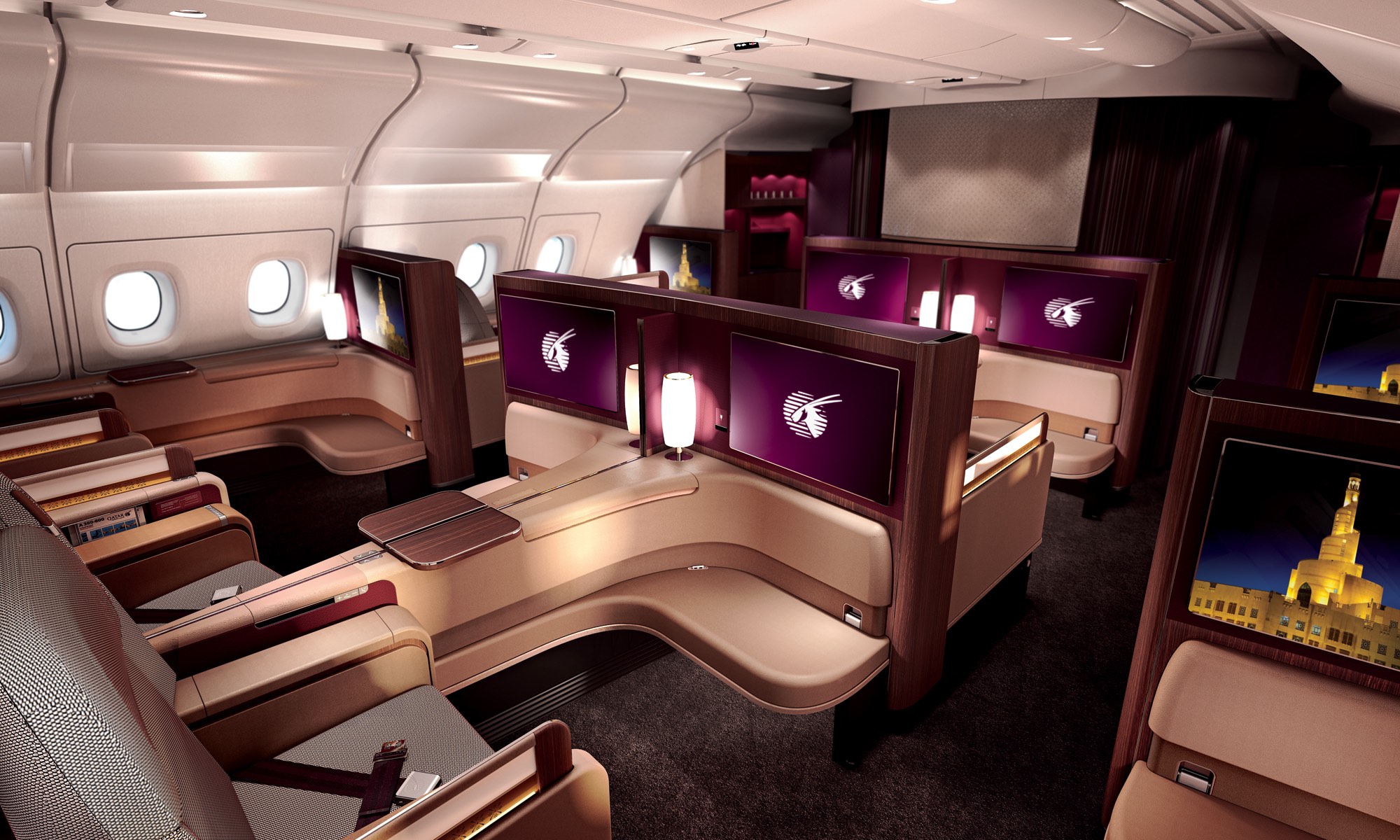
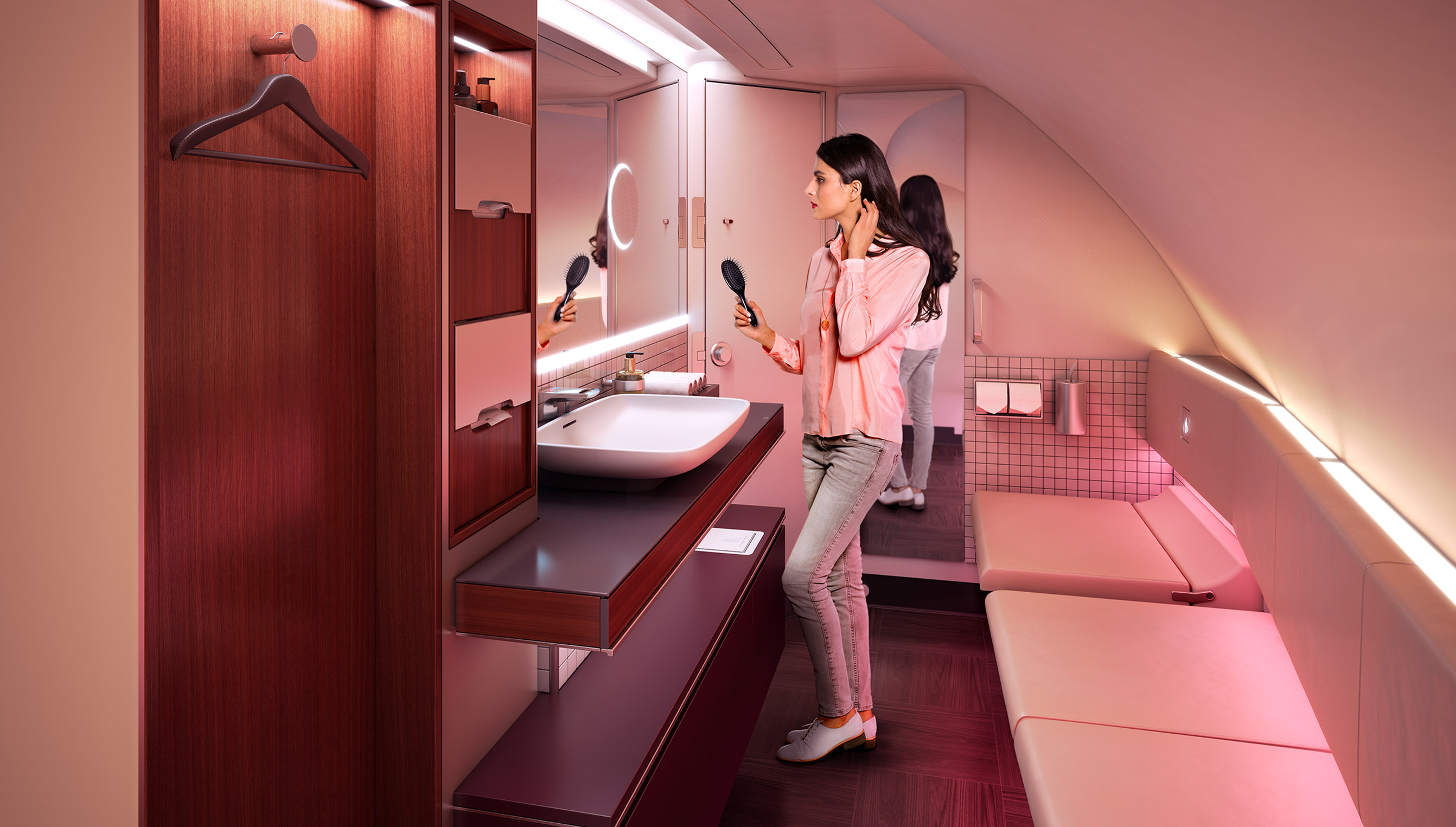


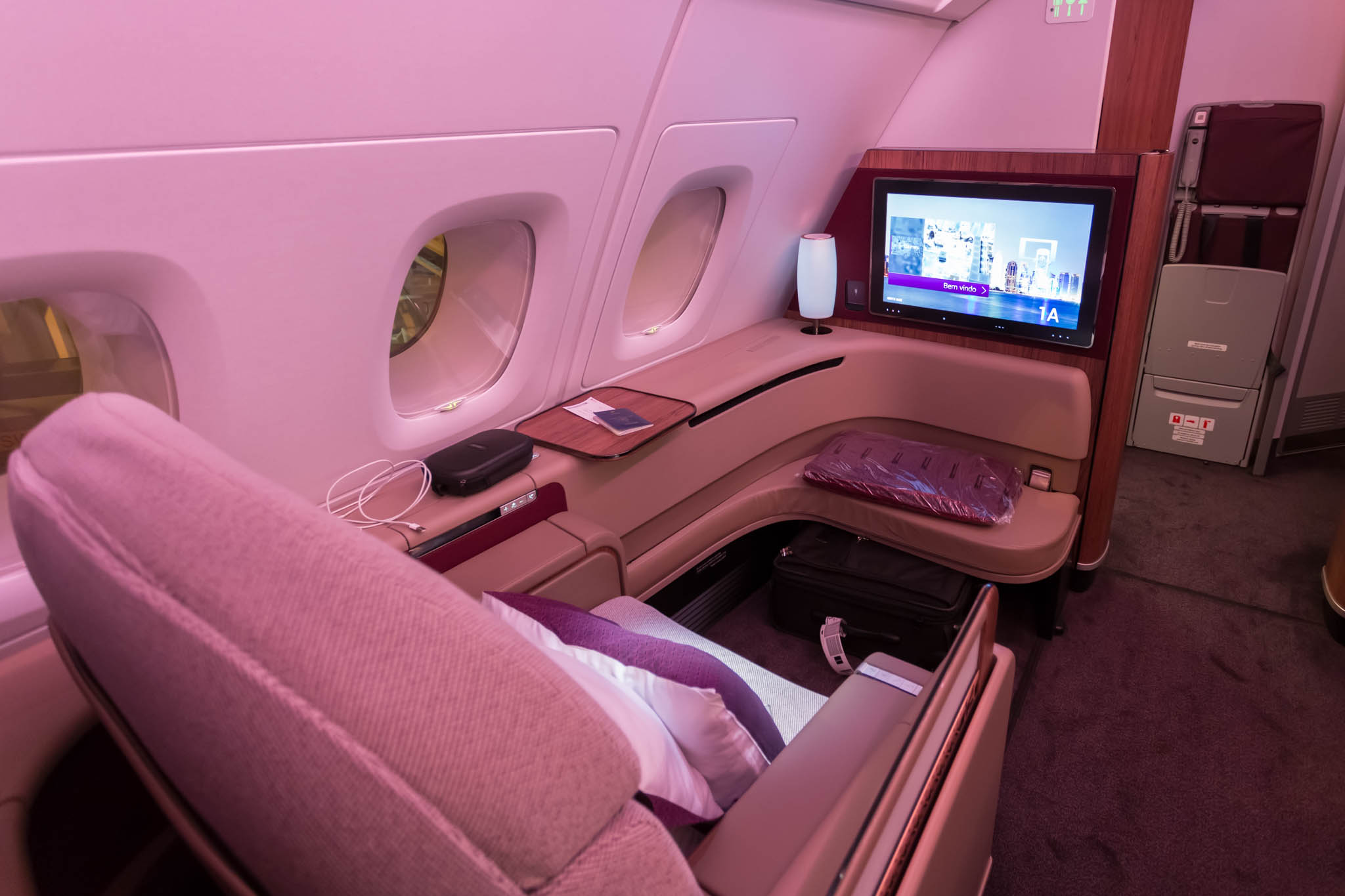
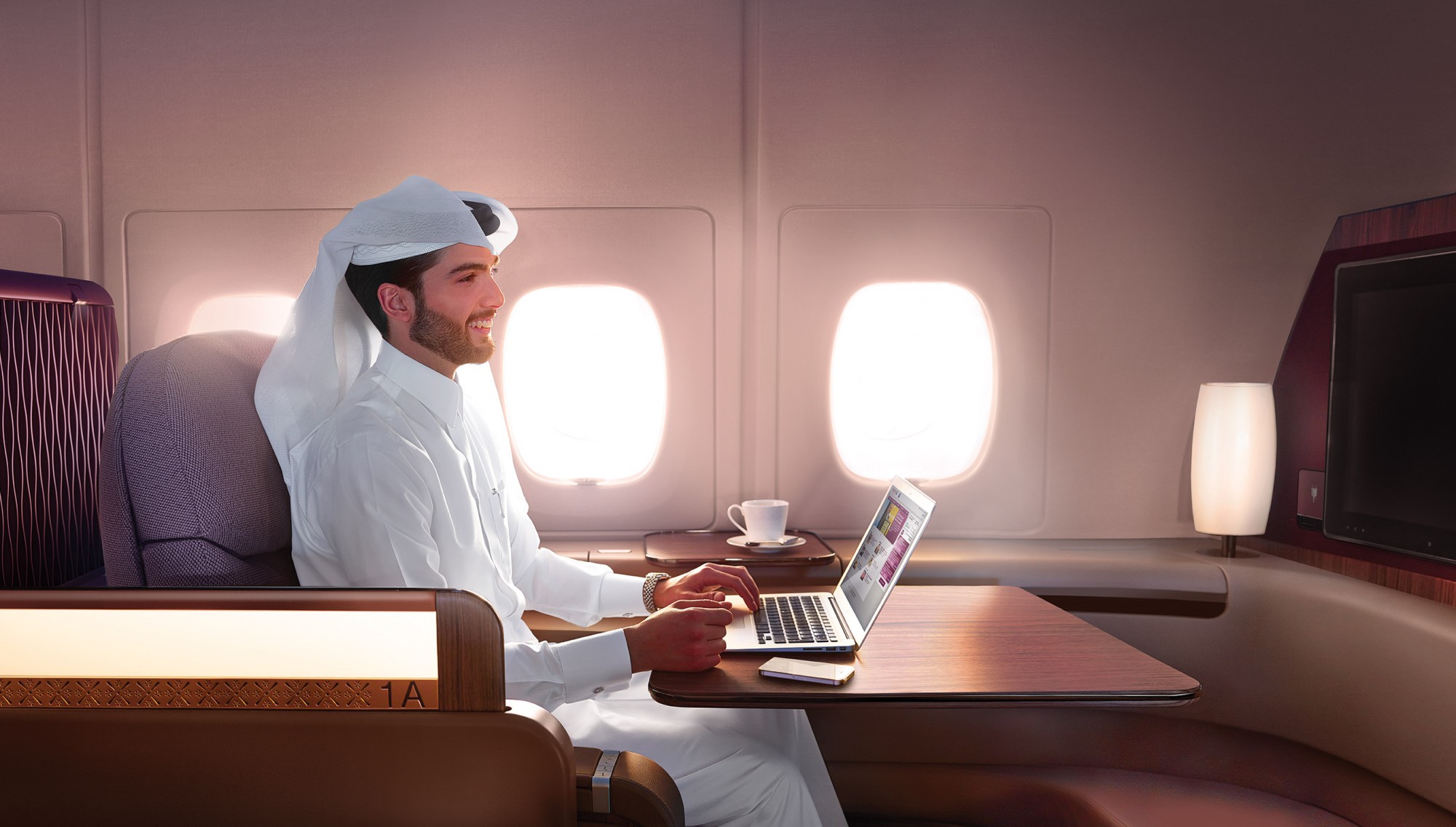
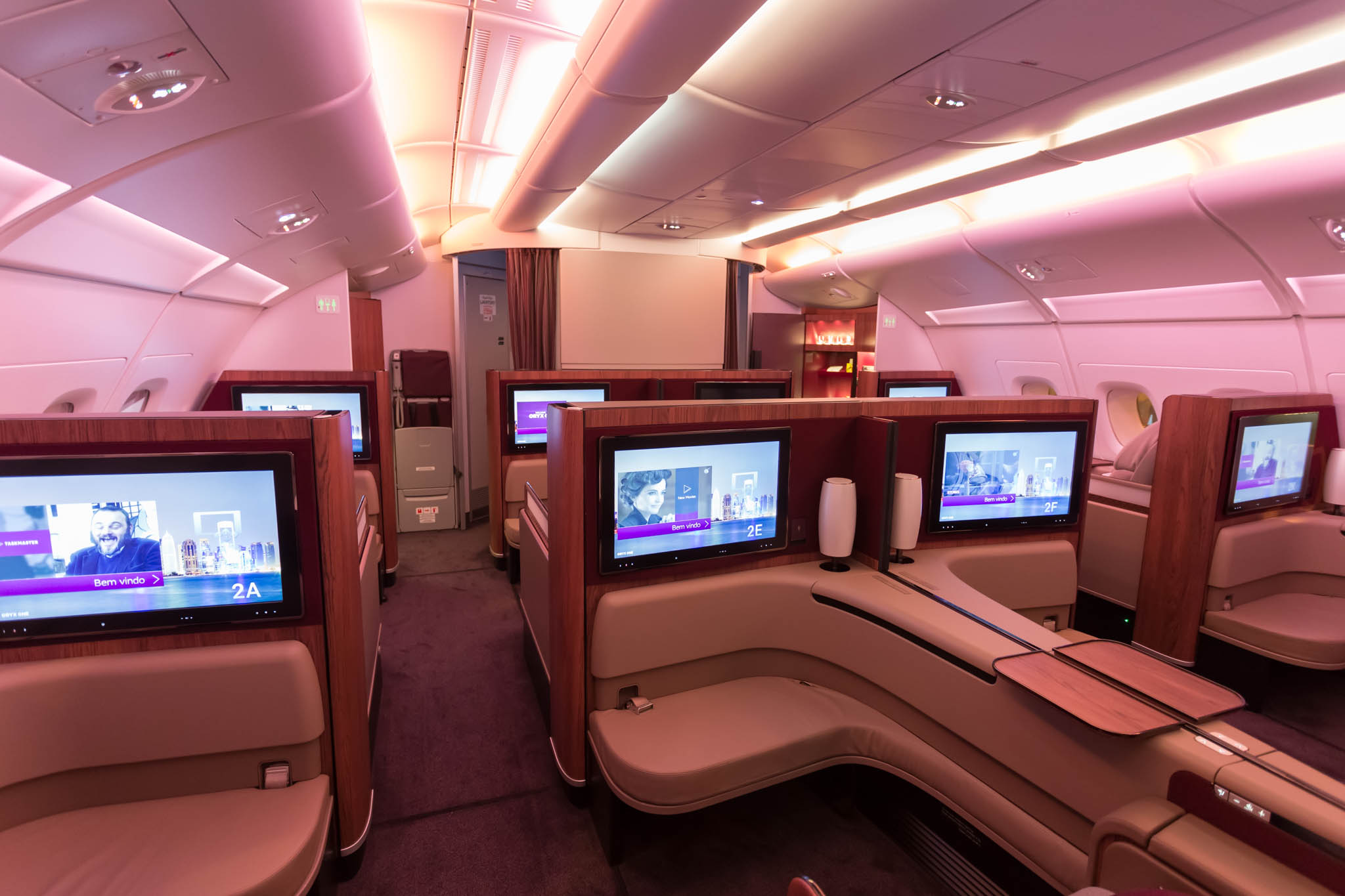
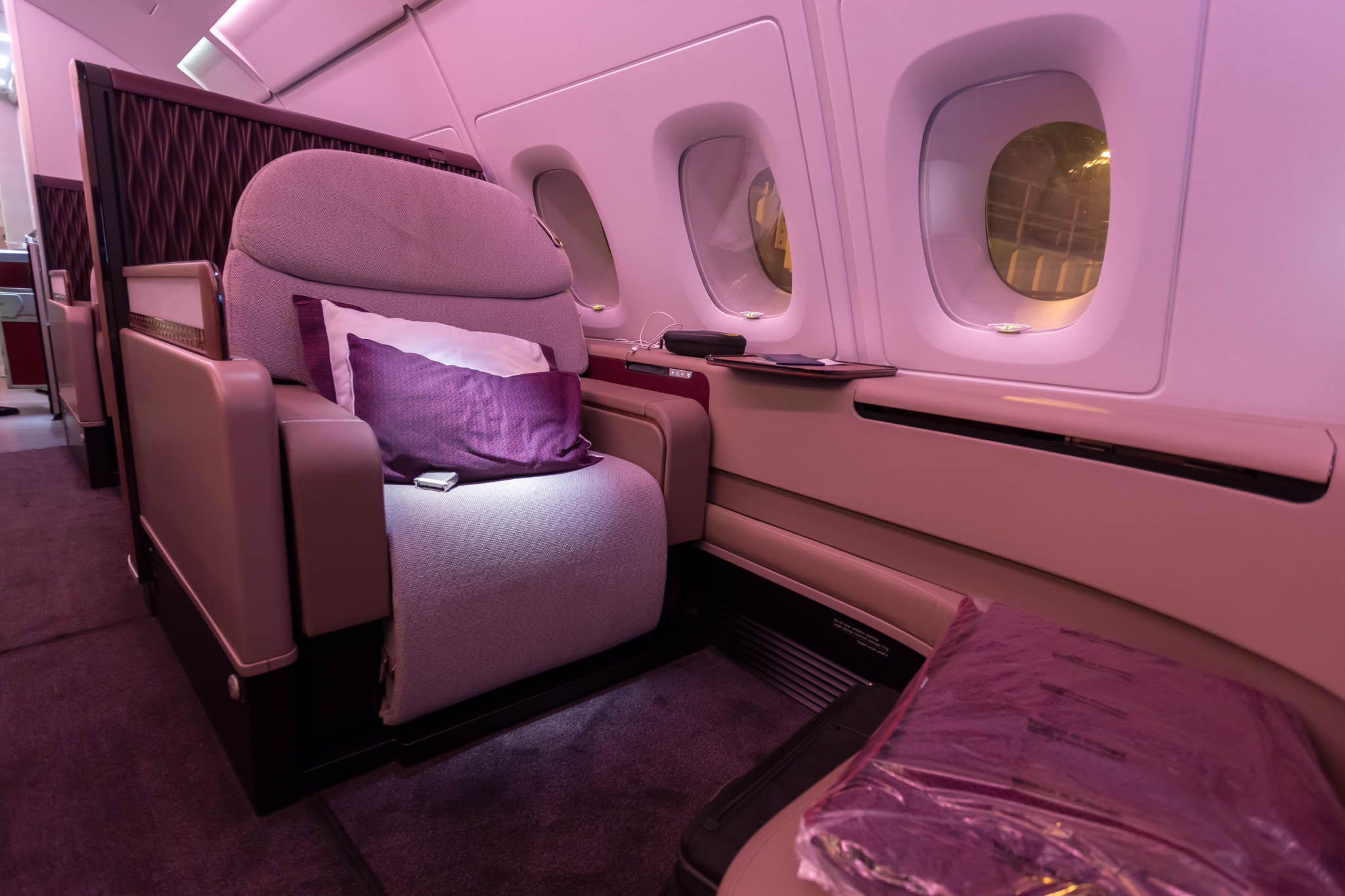

 Crescent Road
Crescent Road  +971 4 453 0000
+971 4 453 0000 
